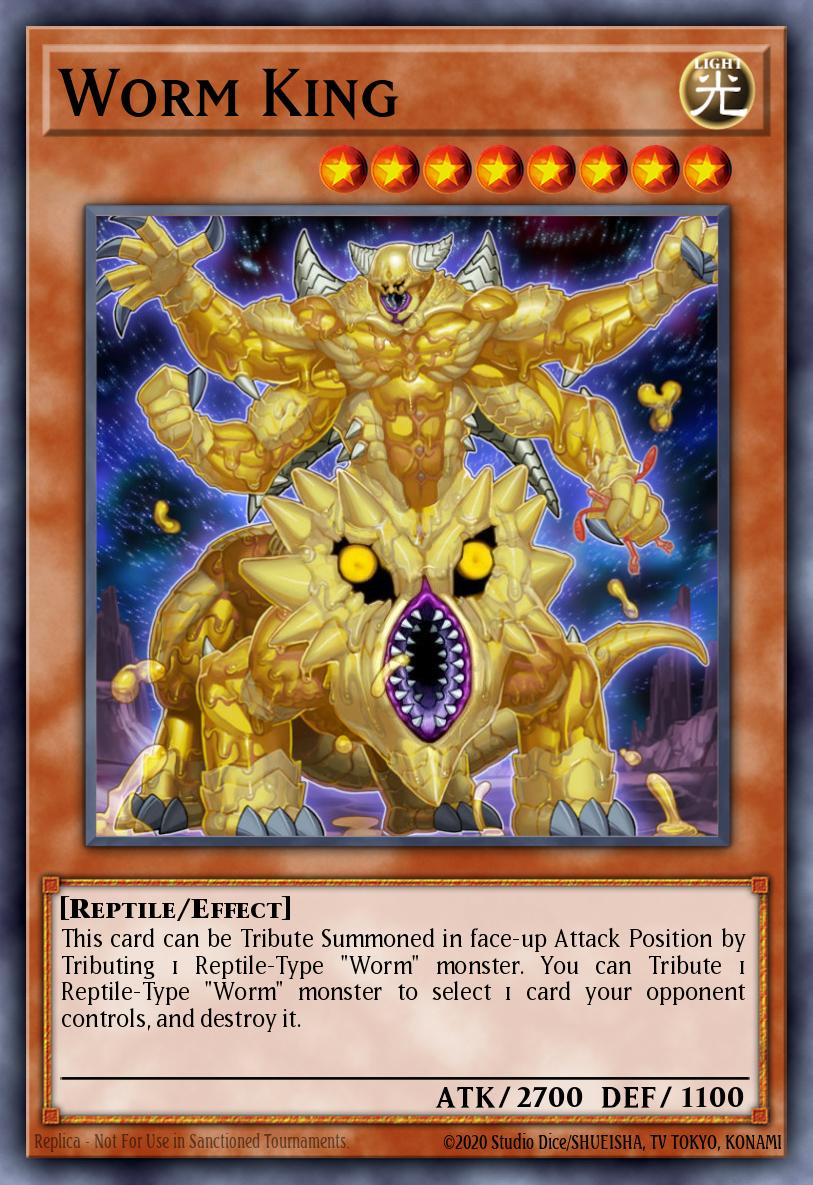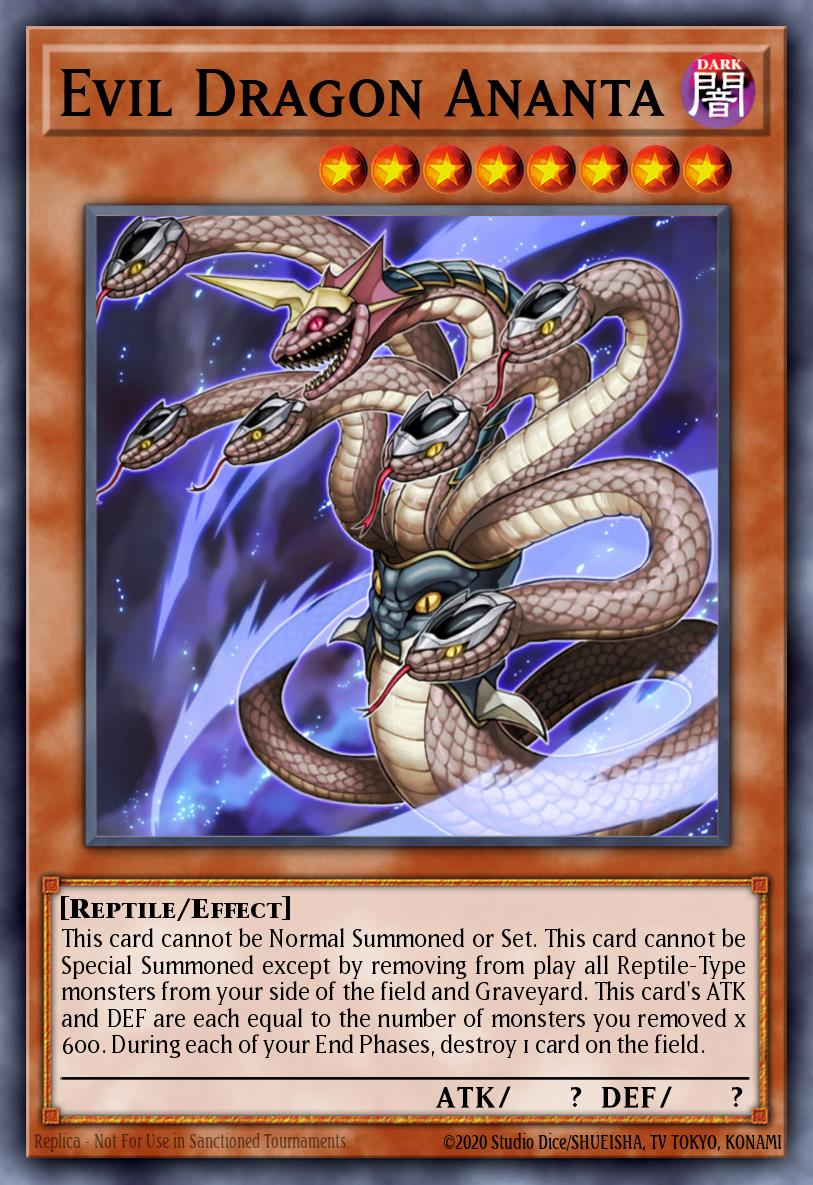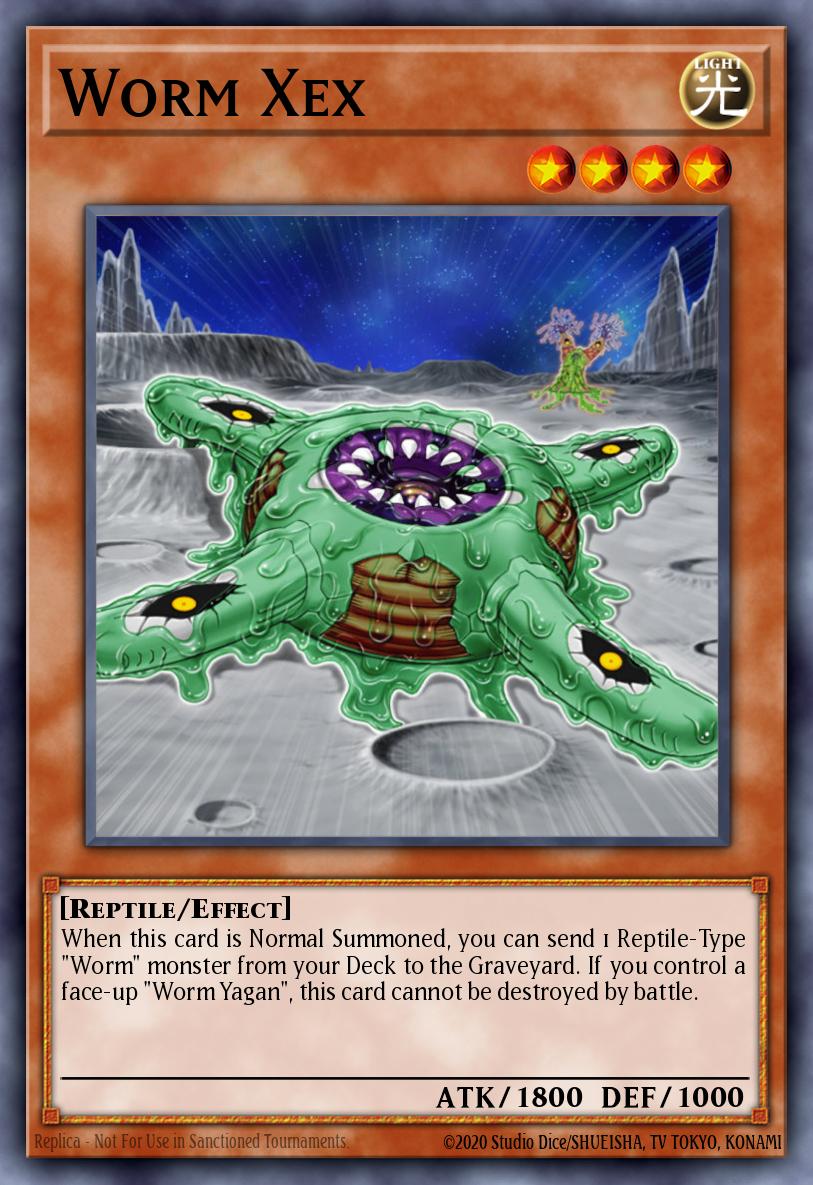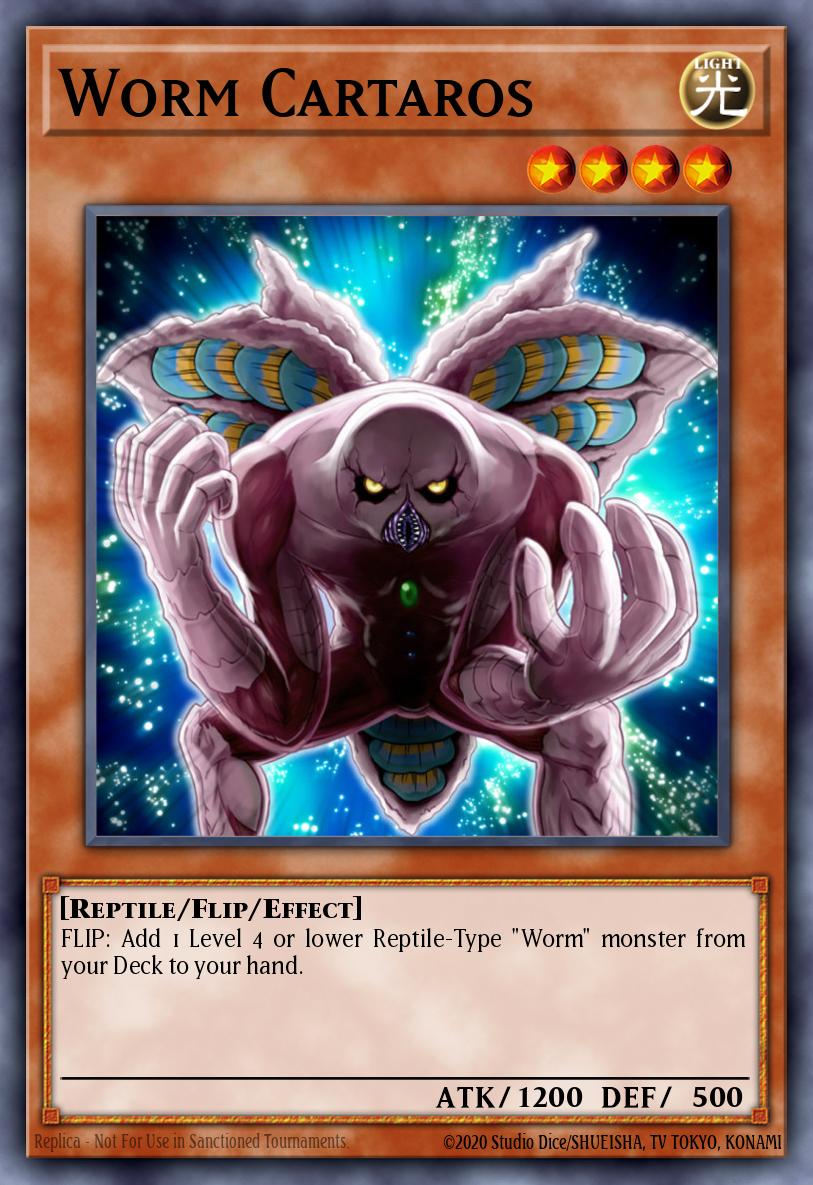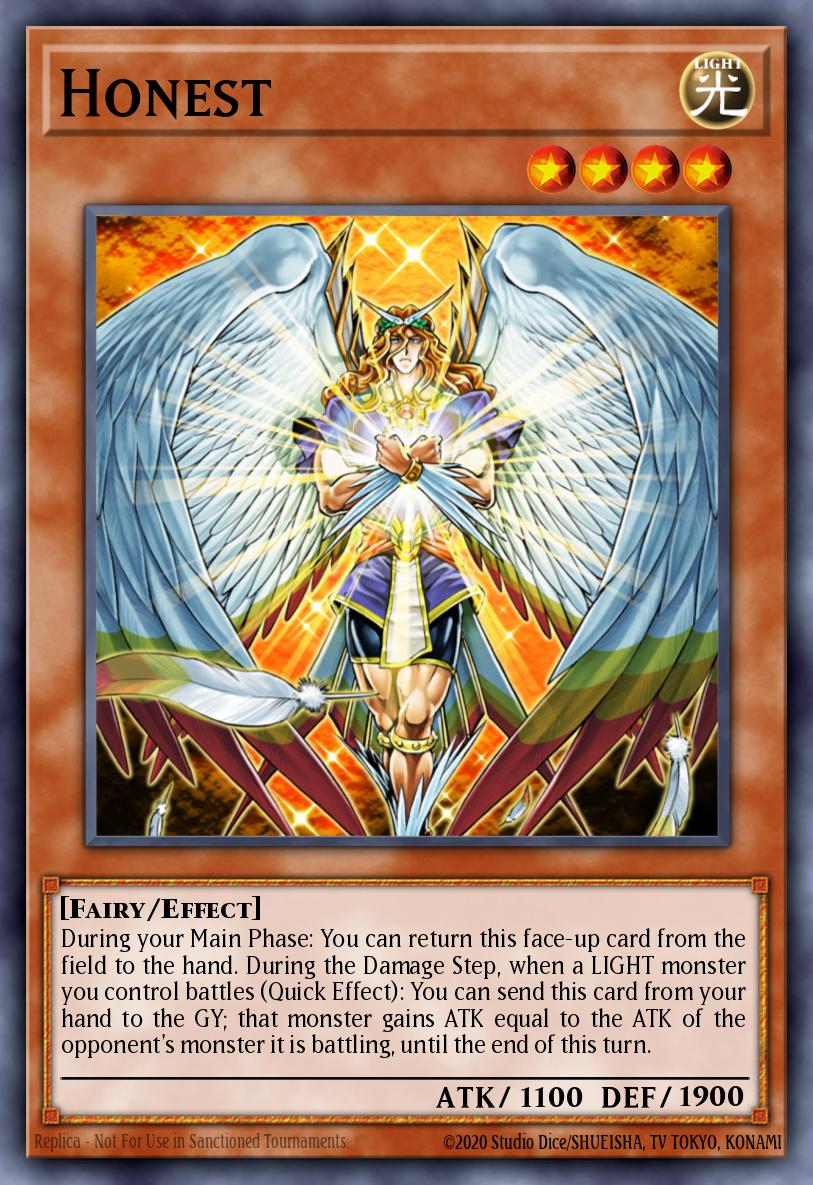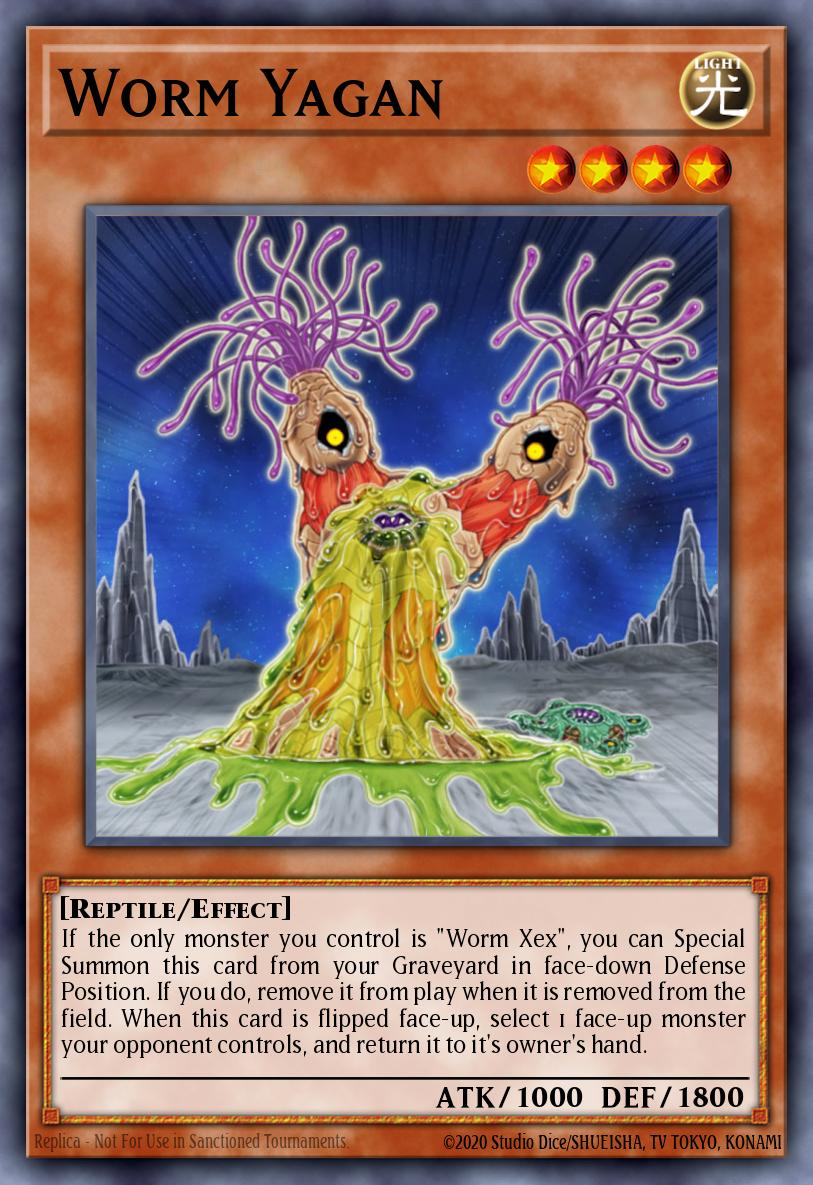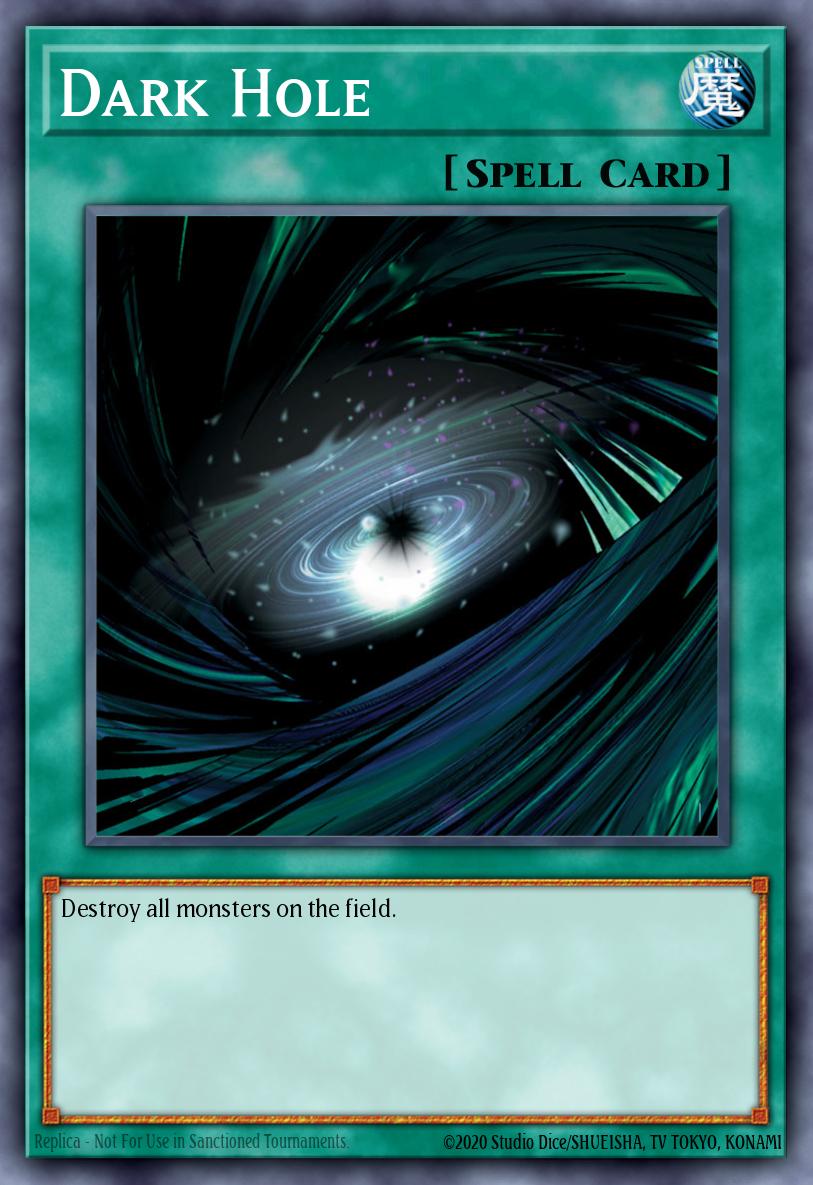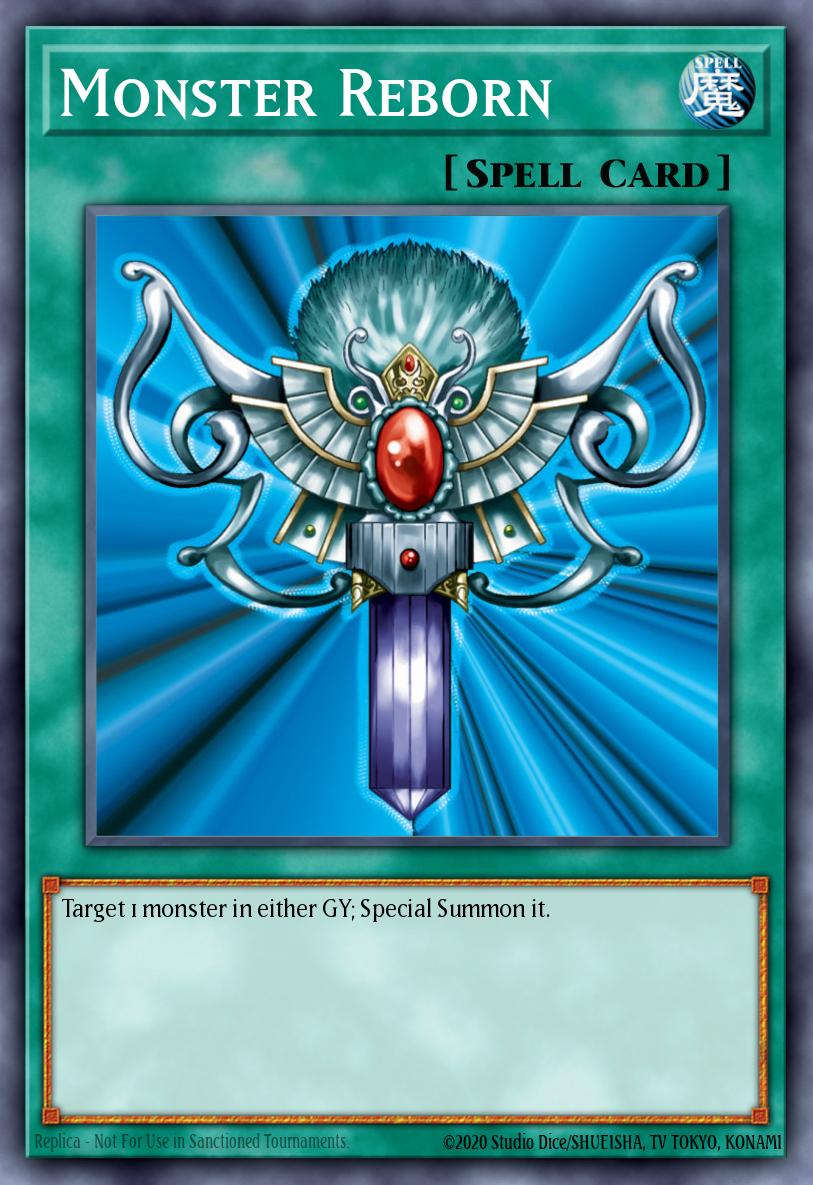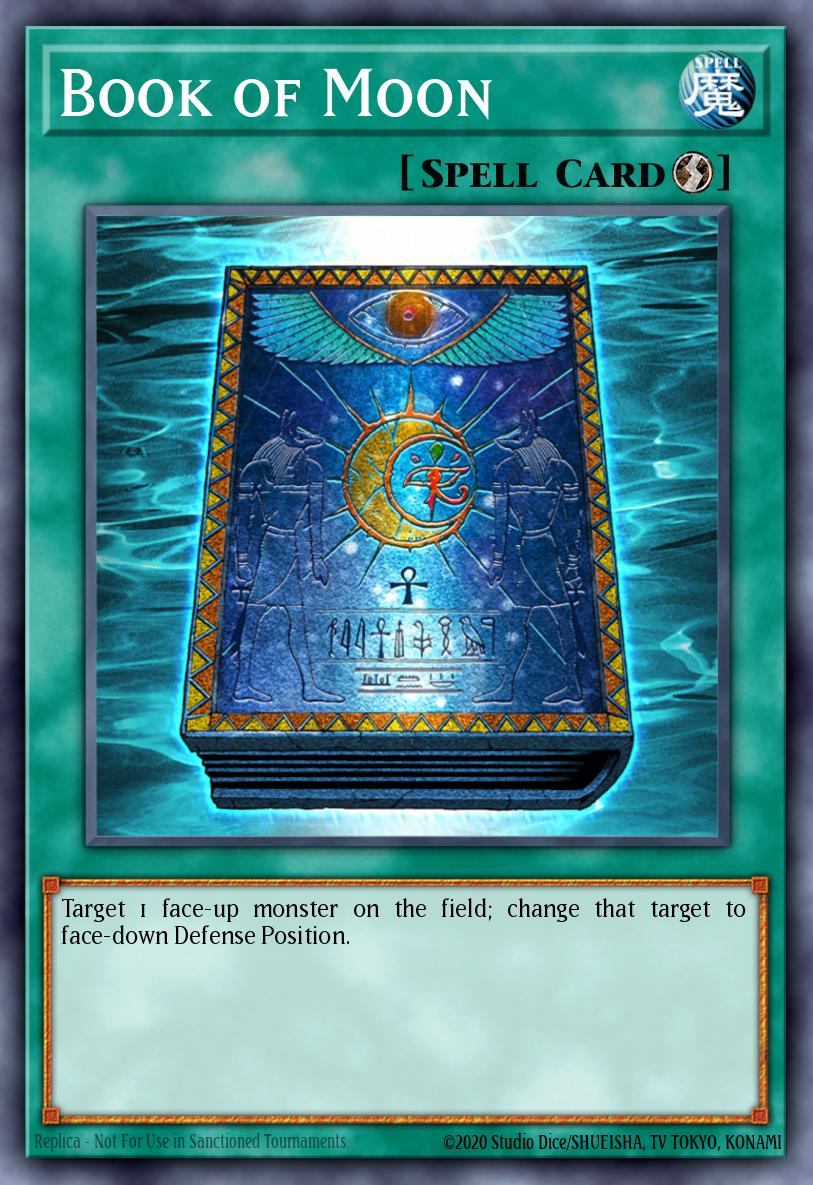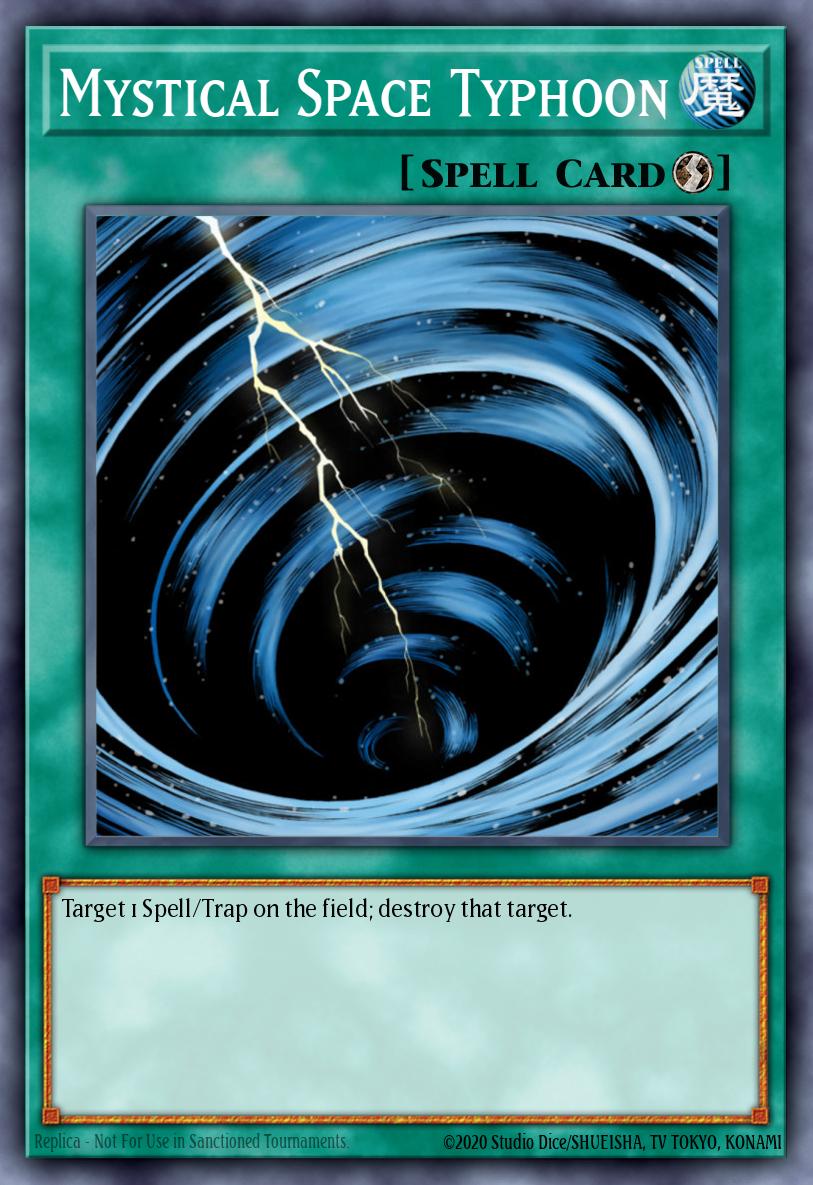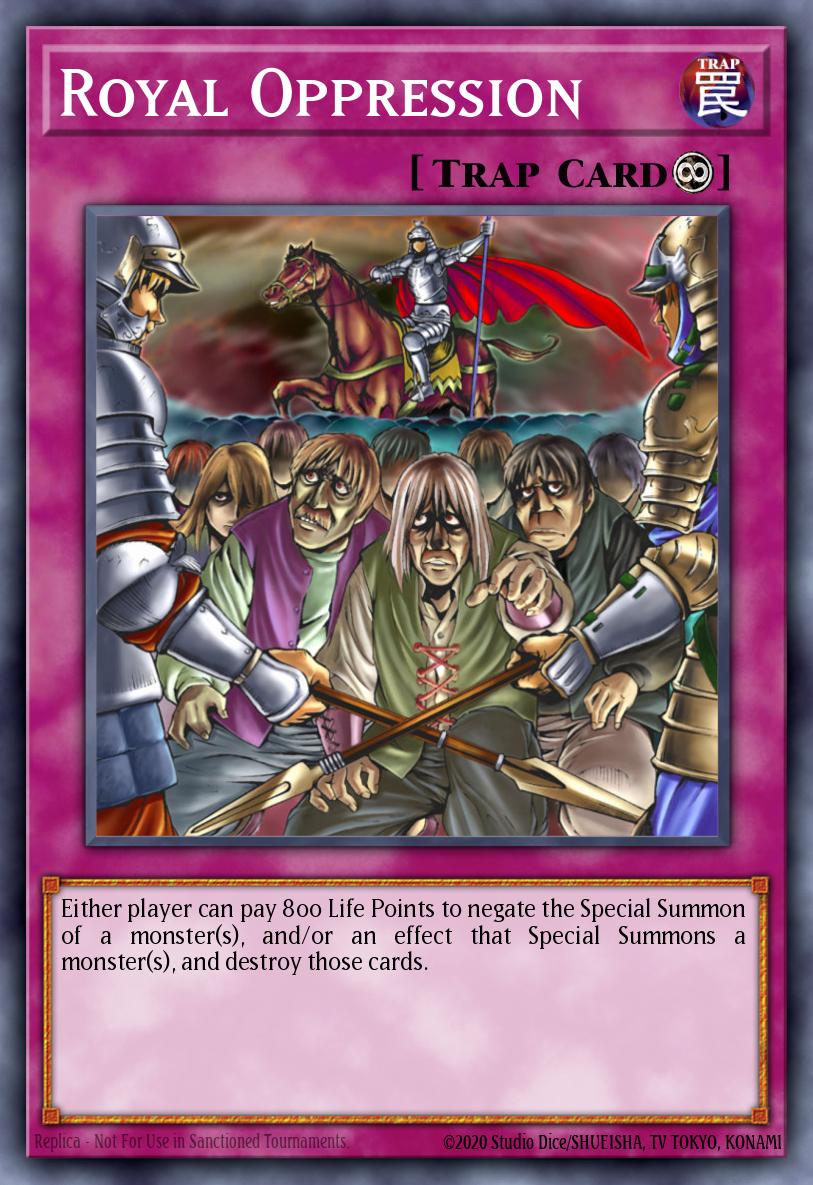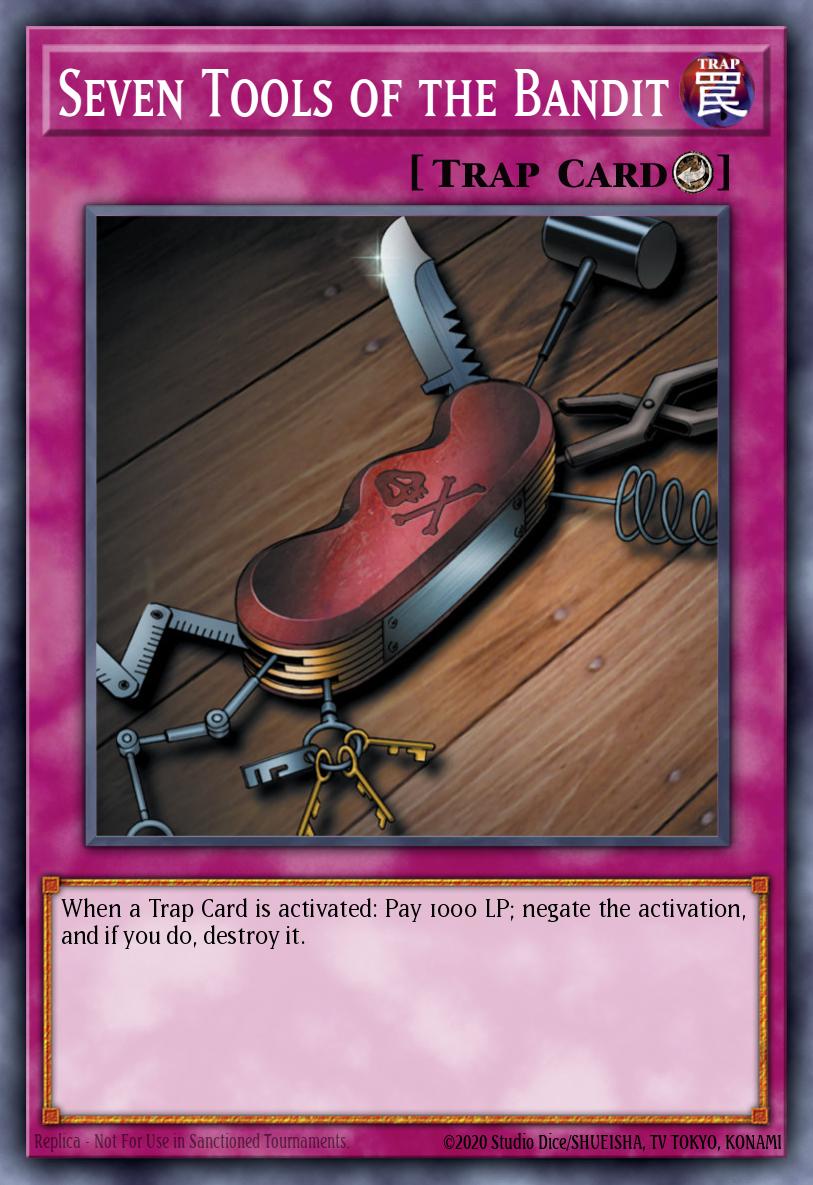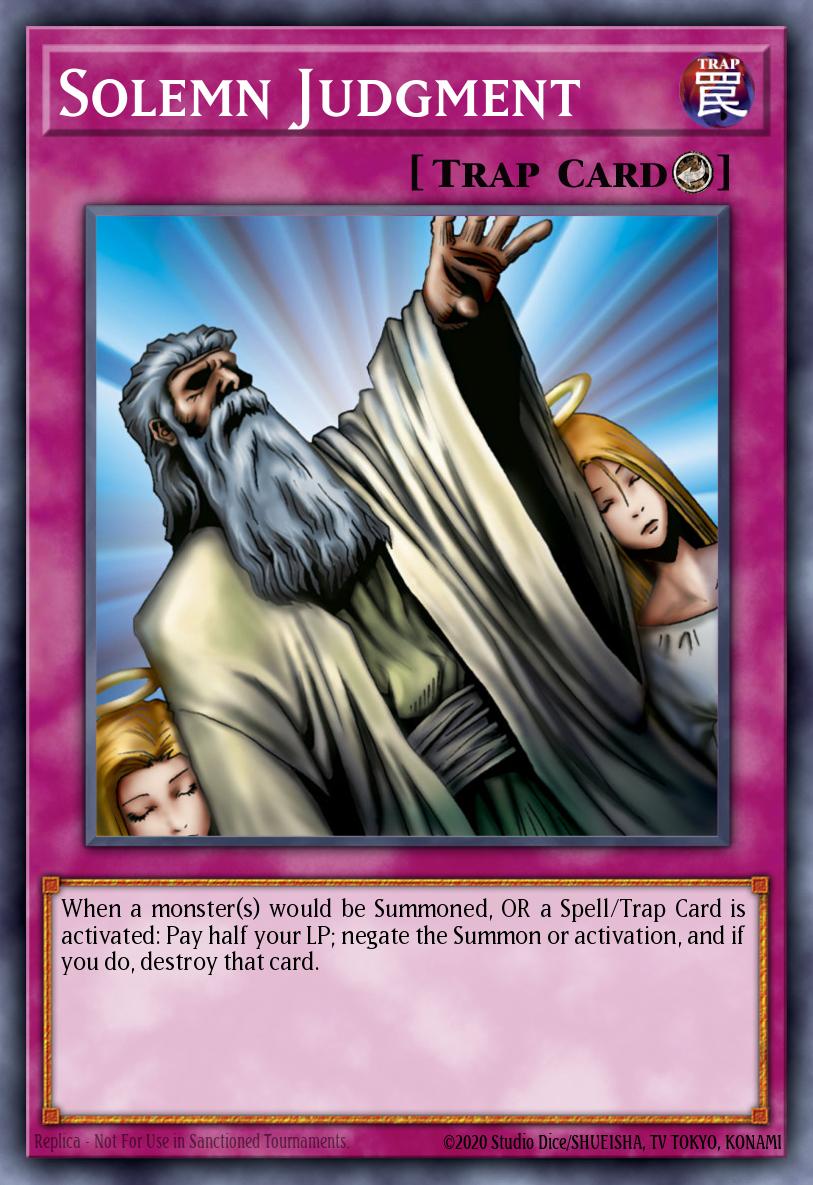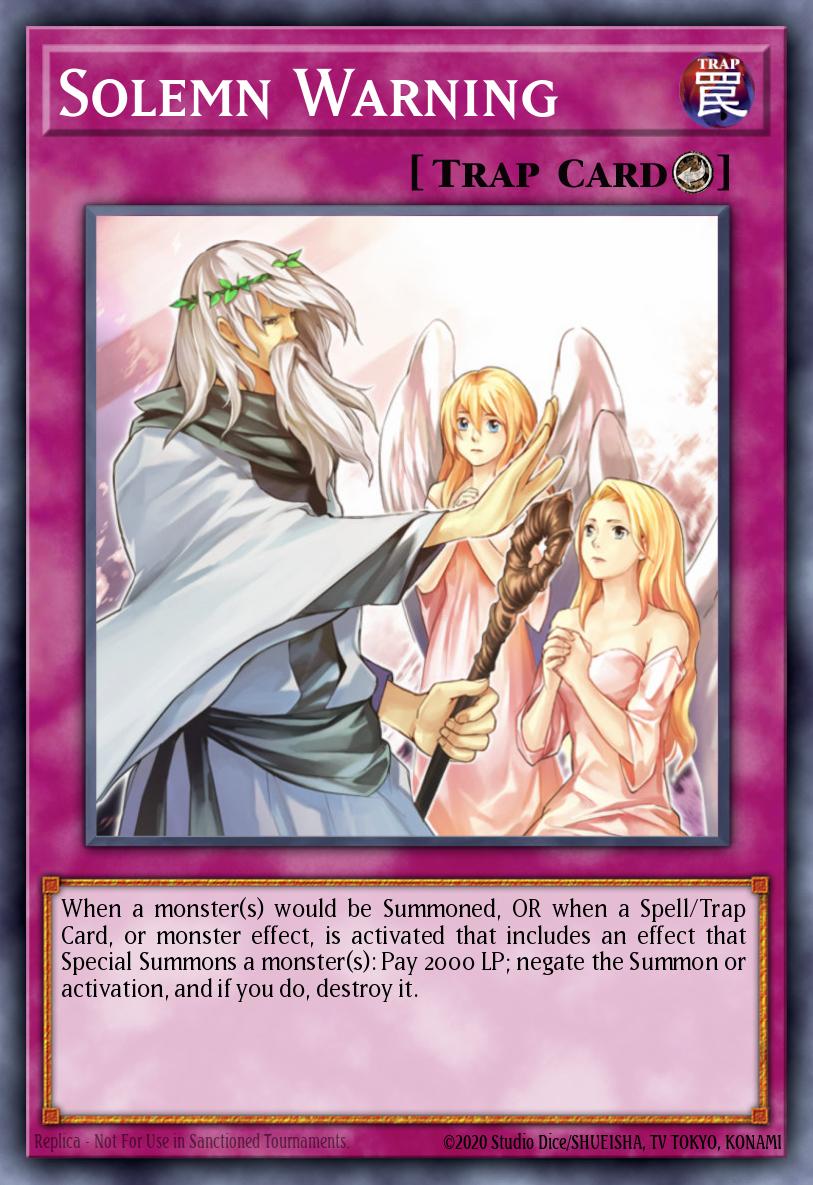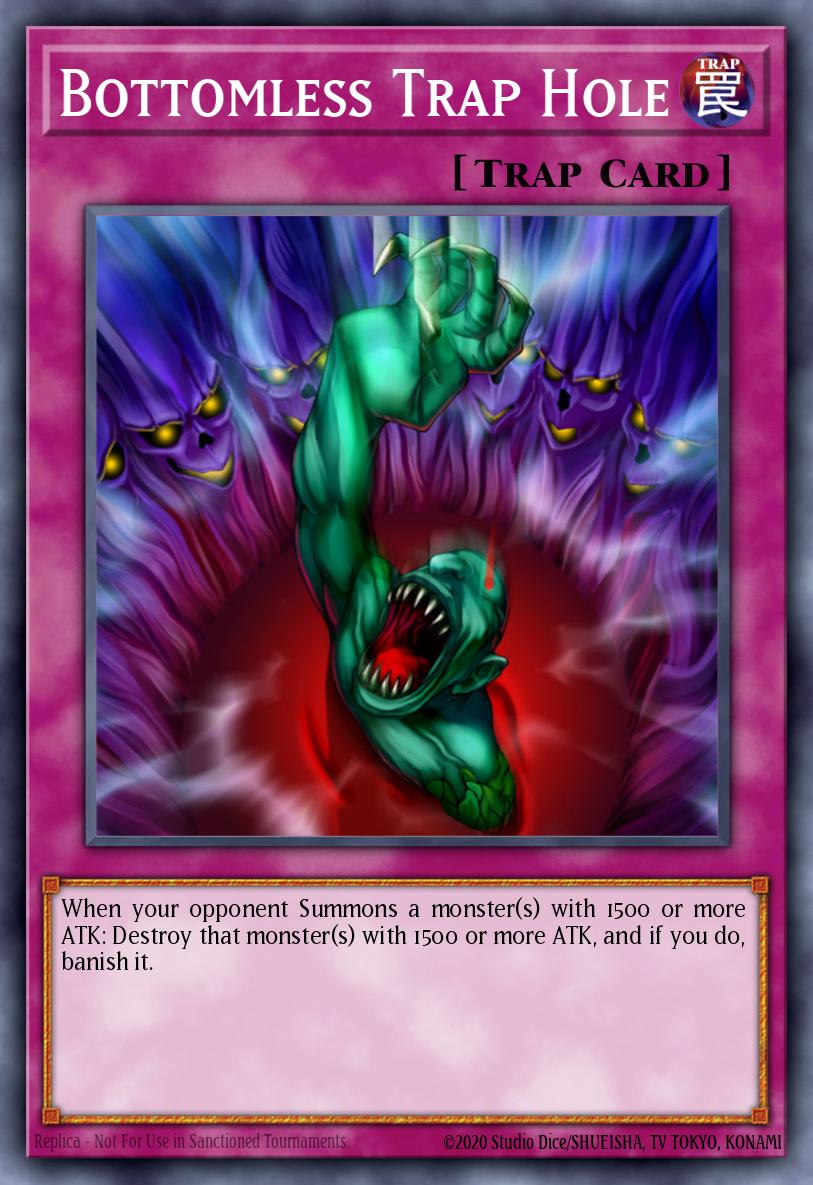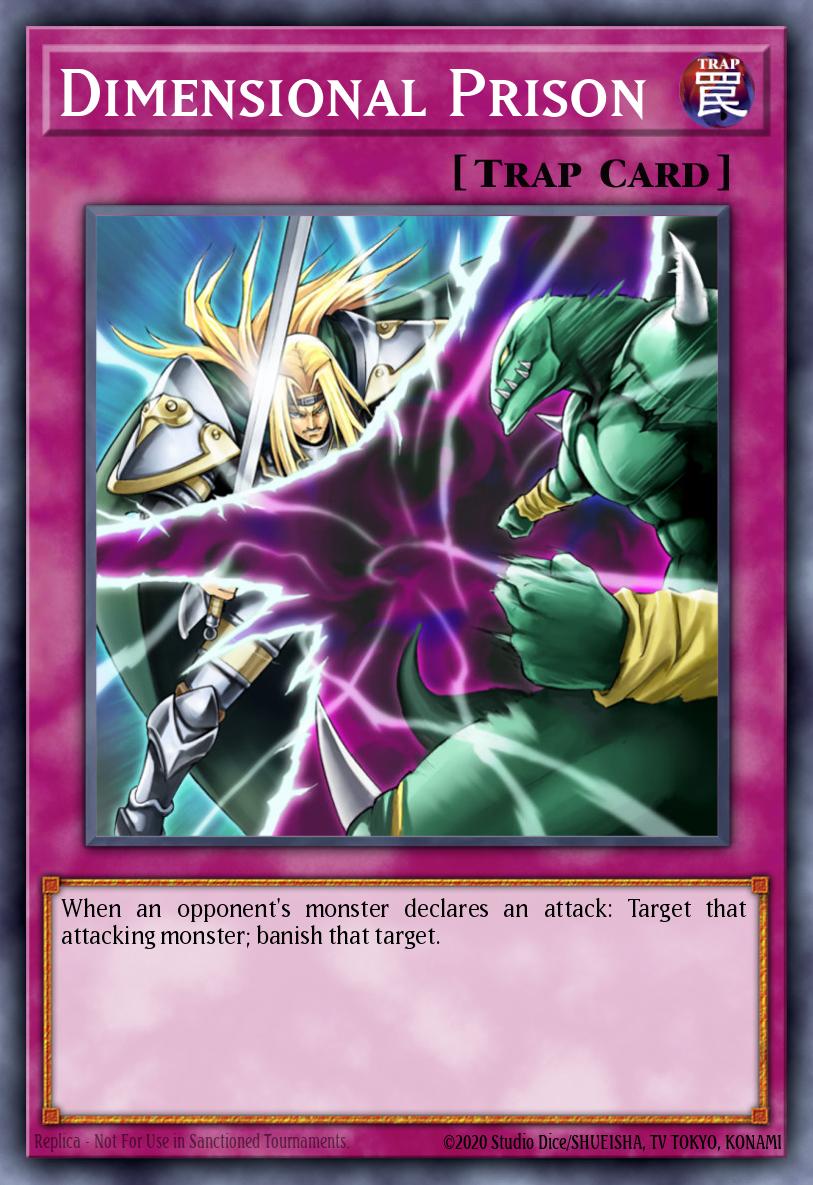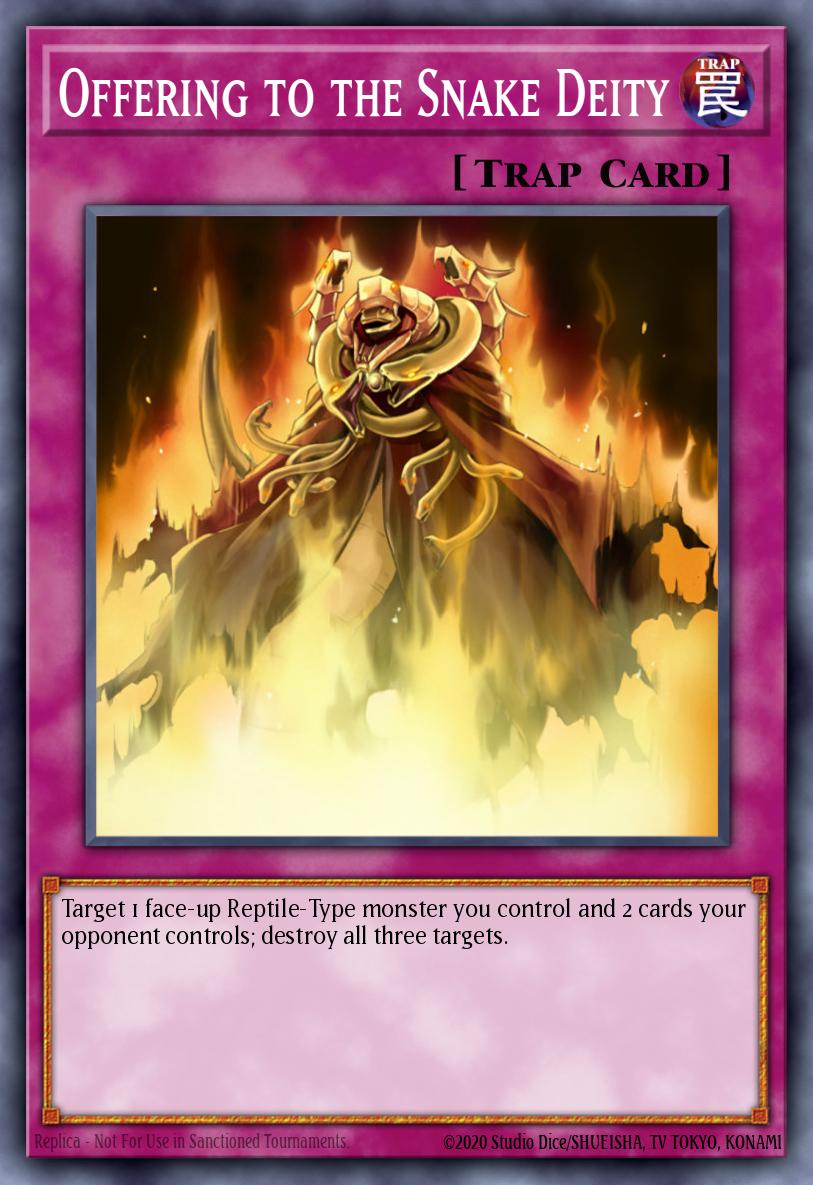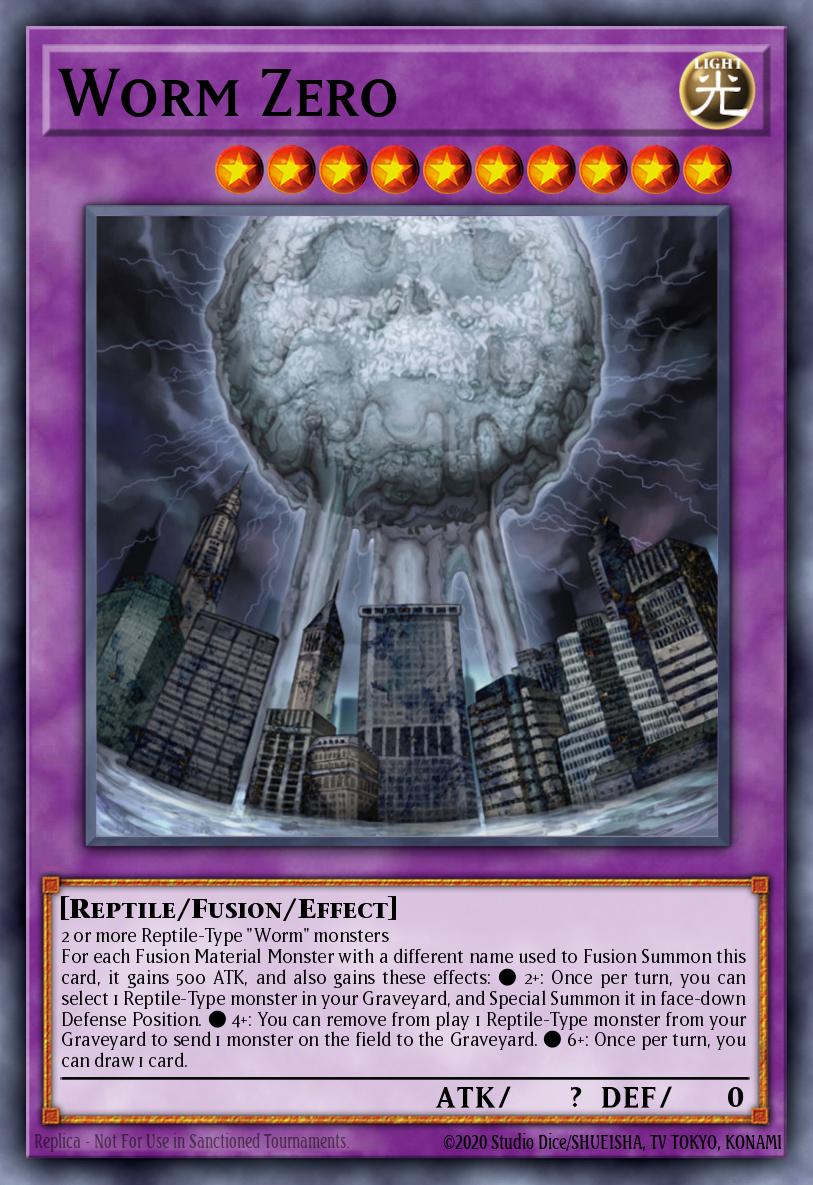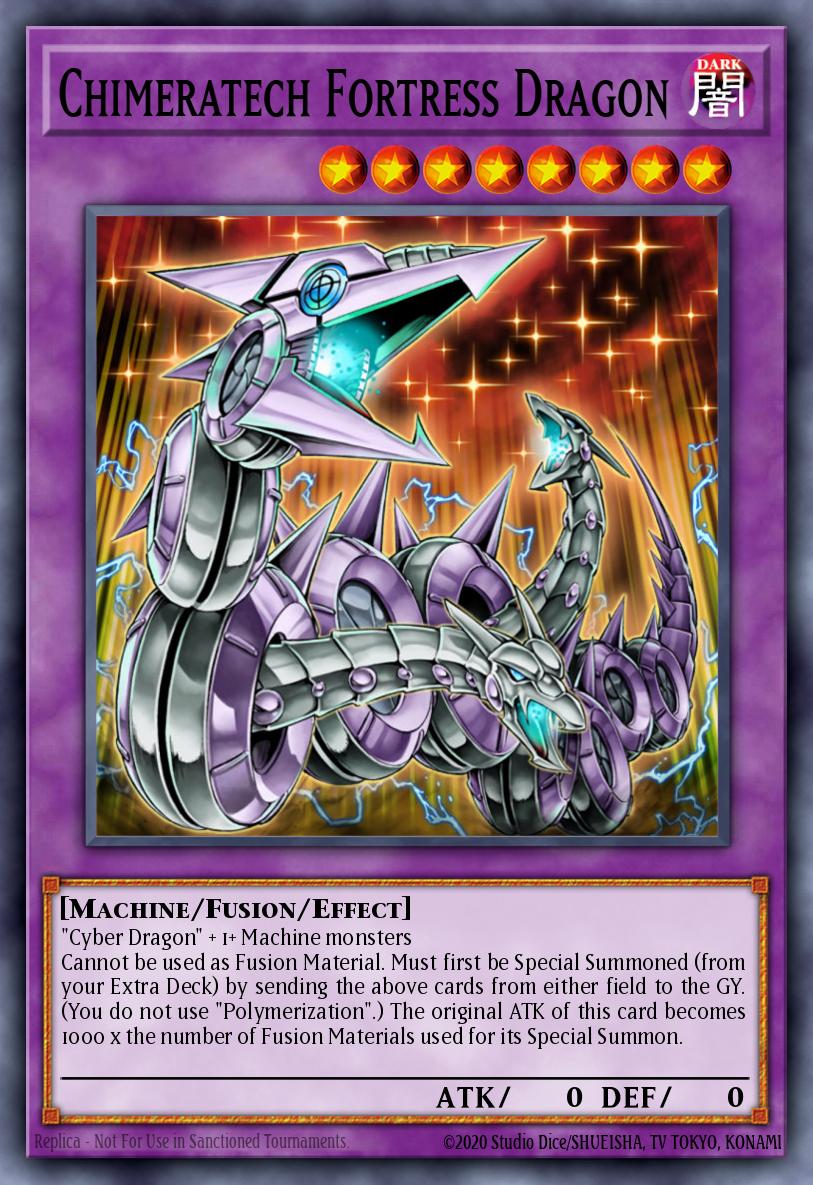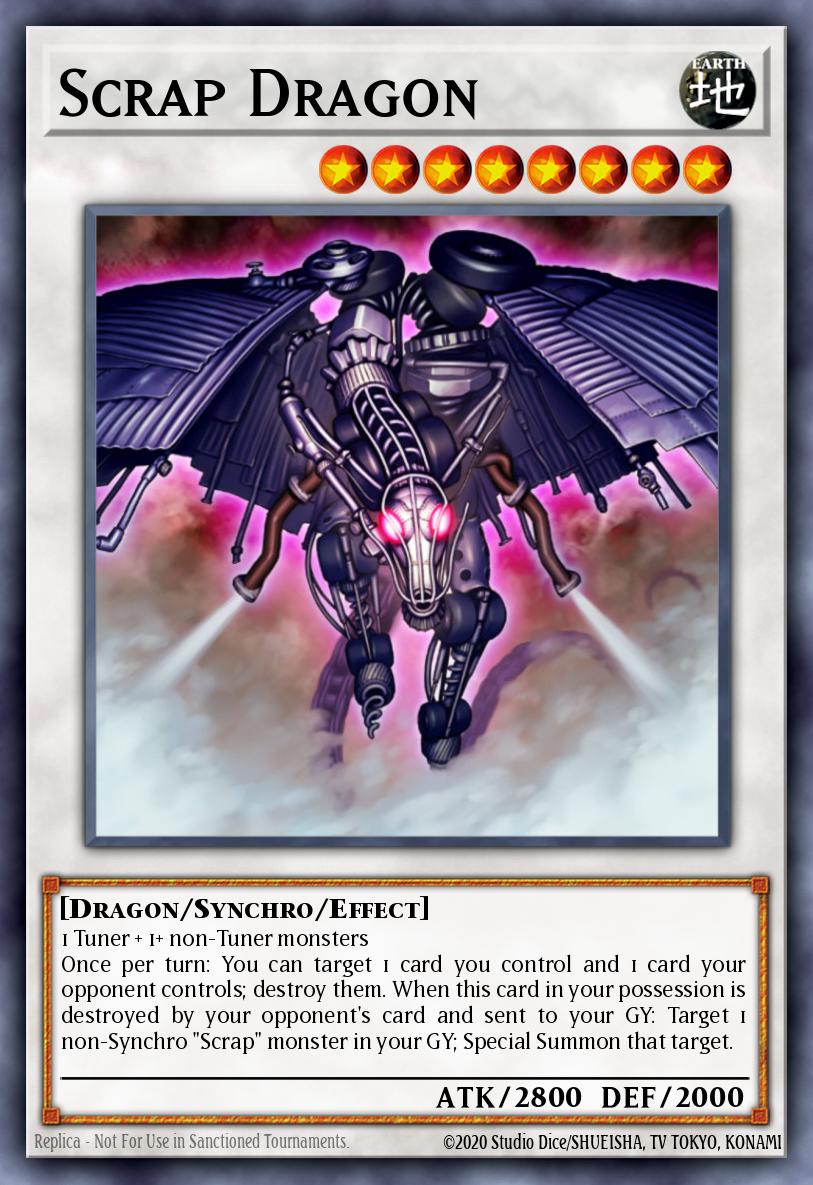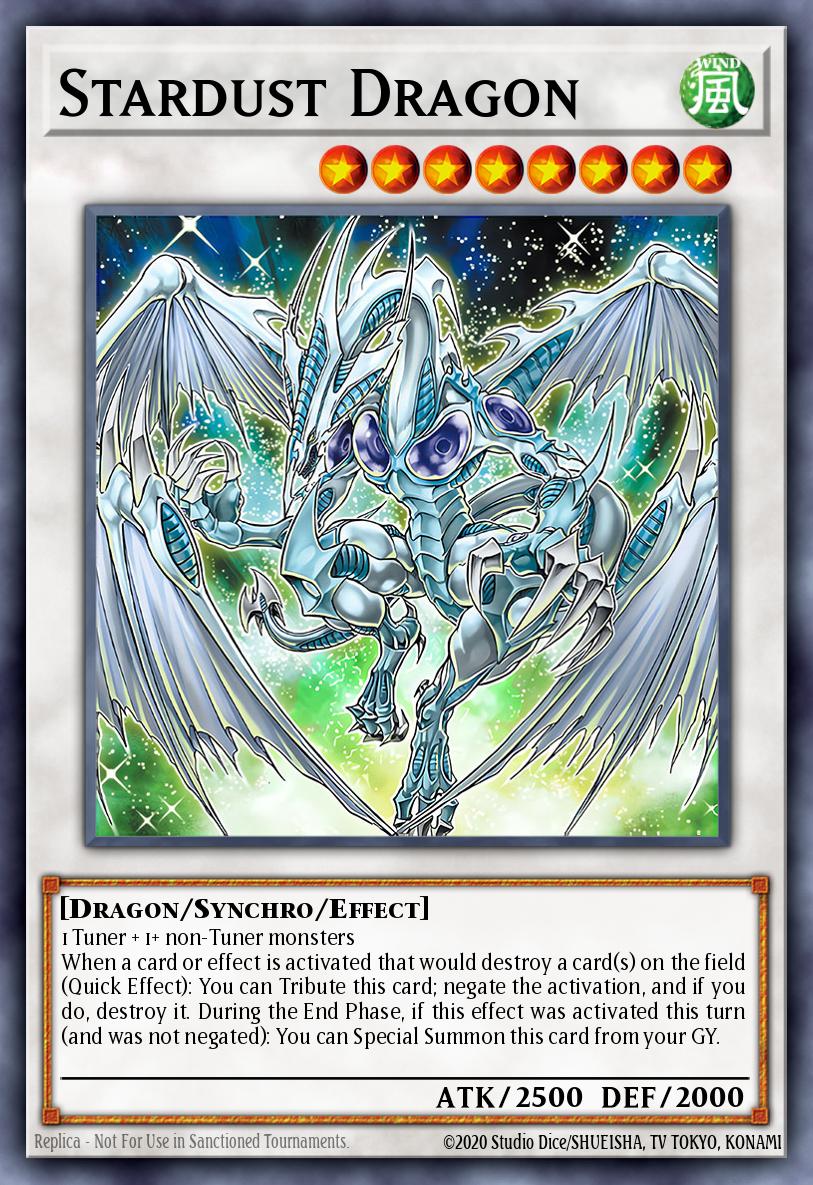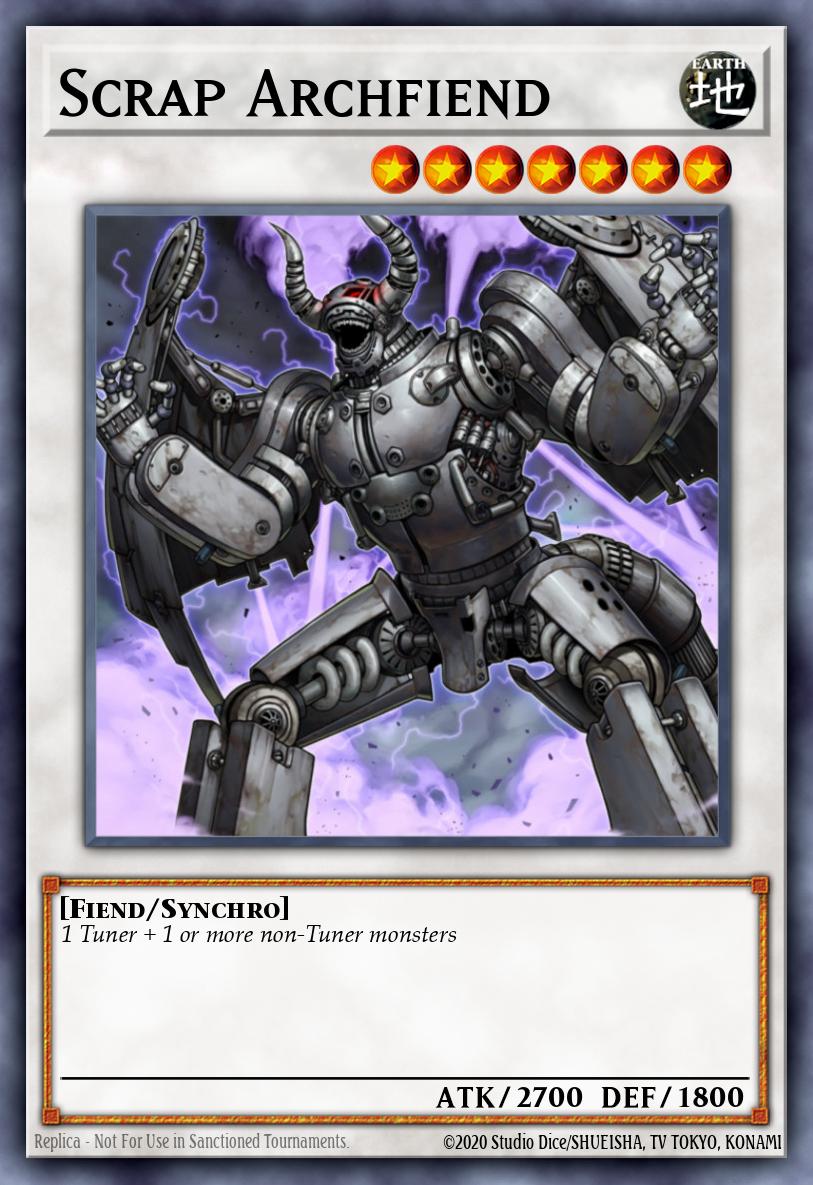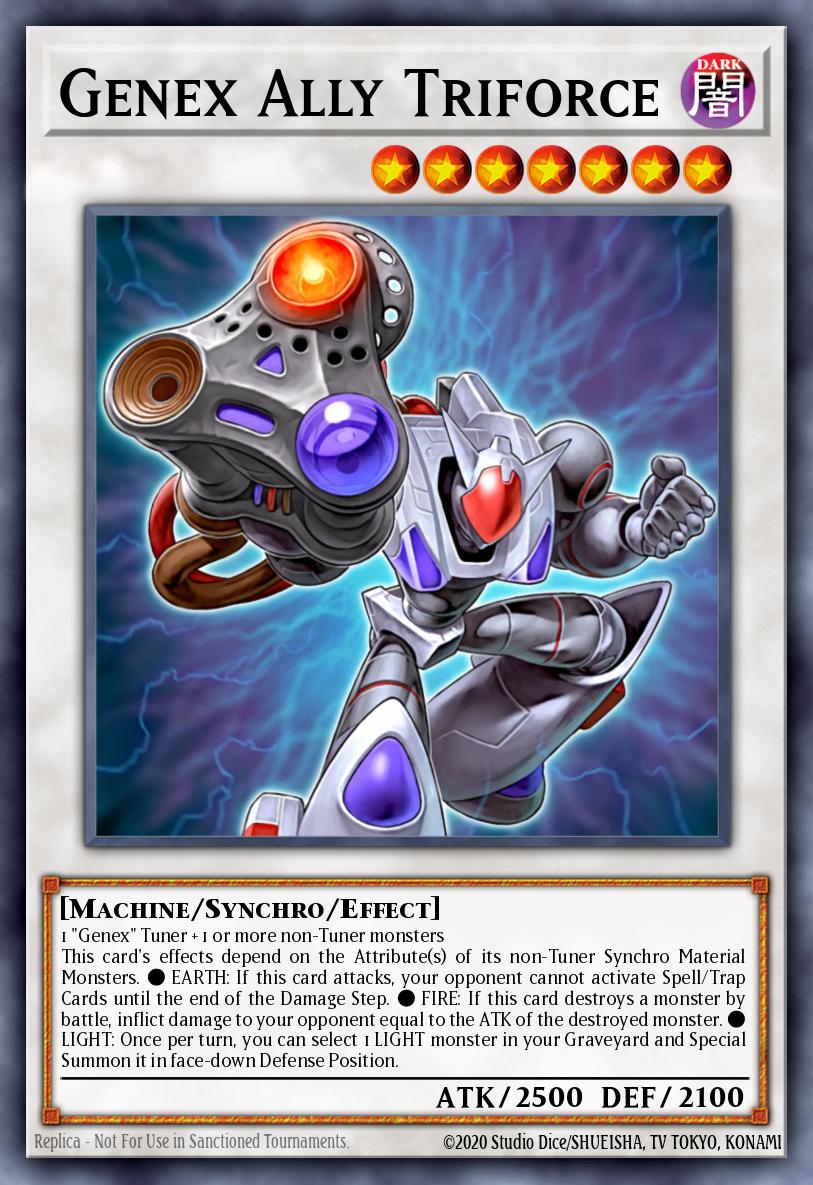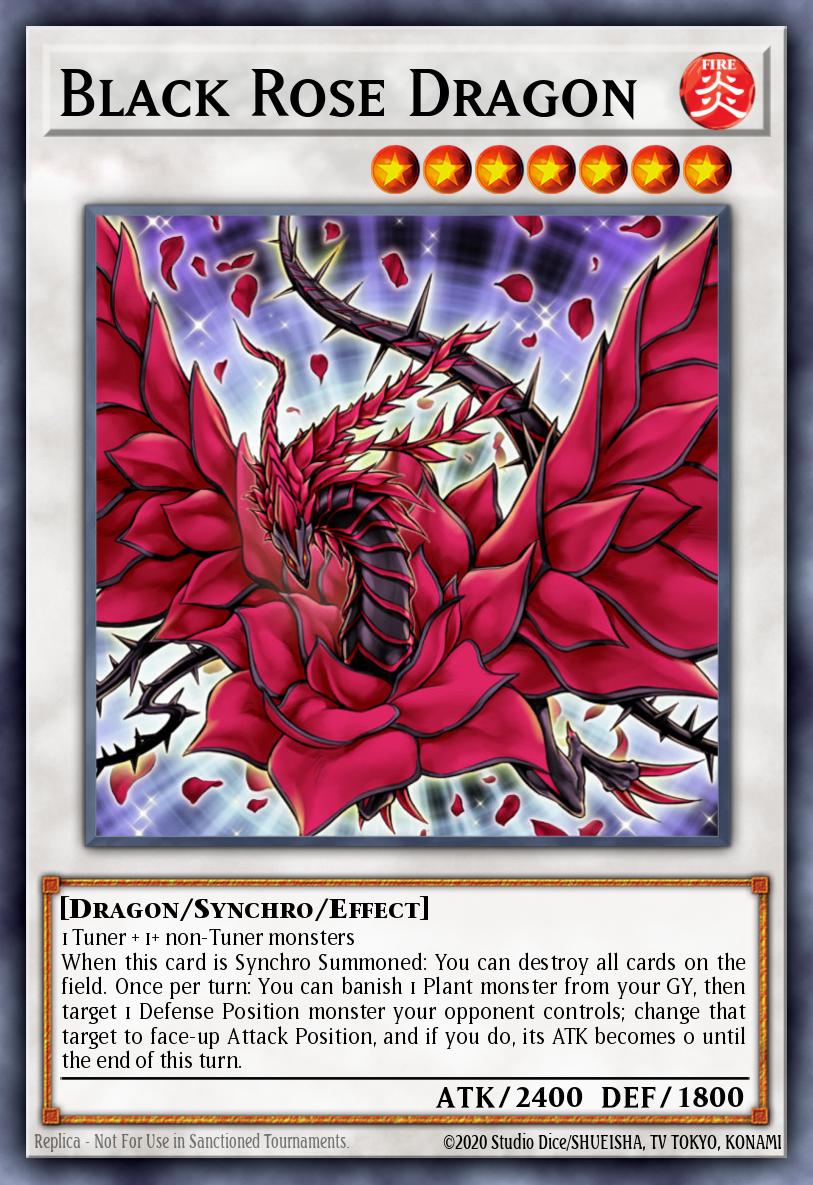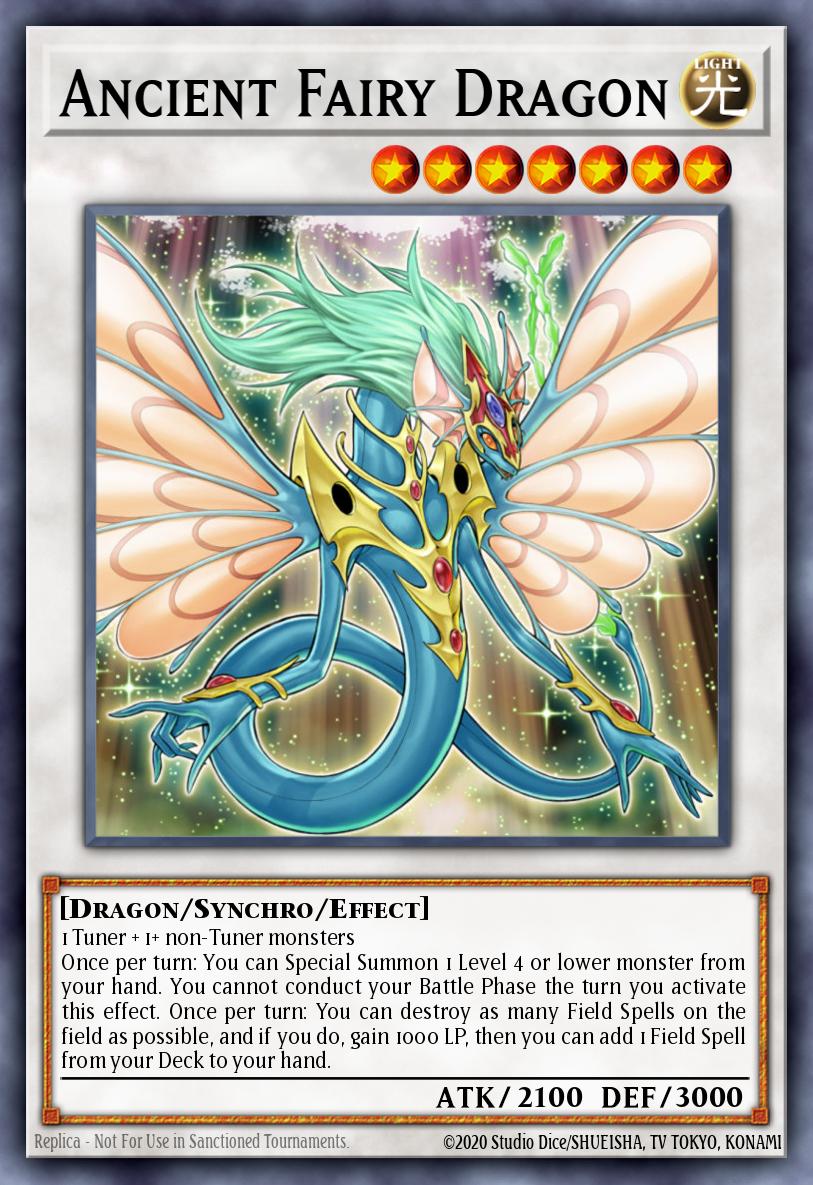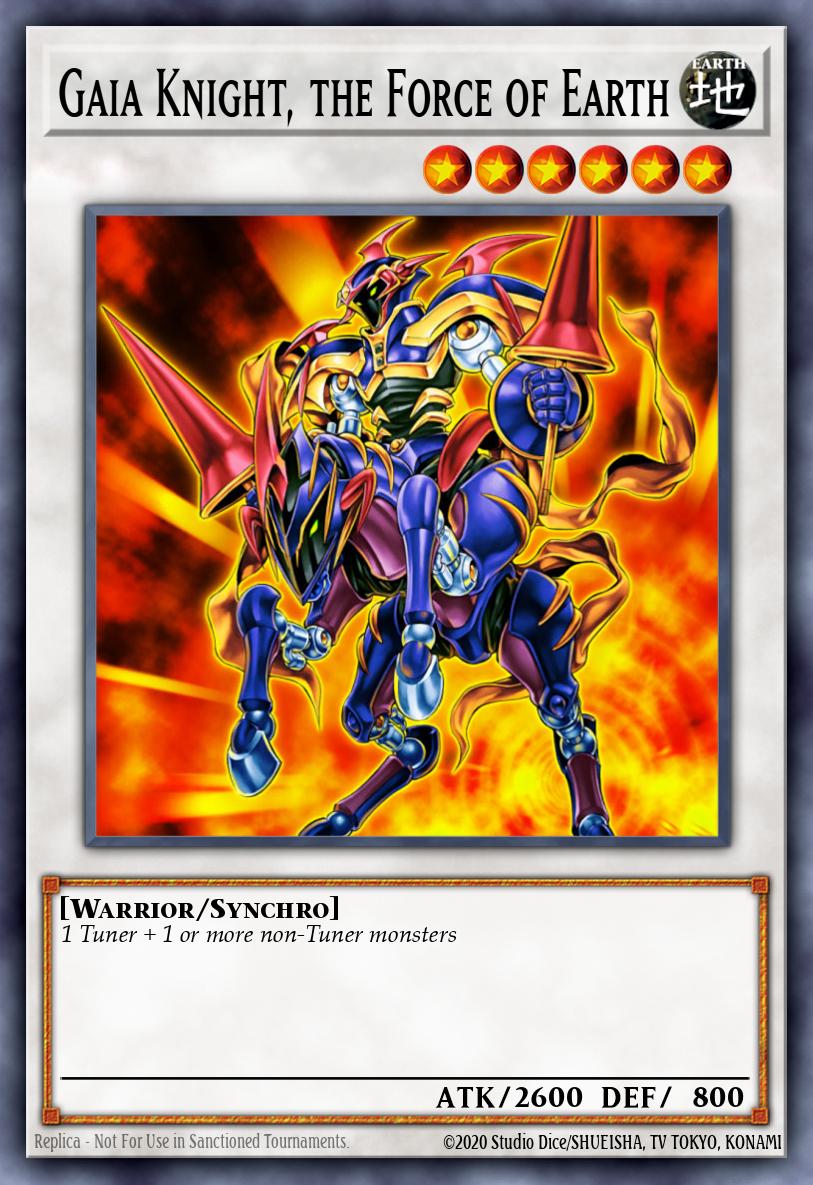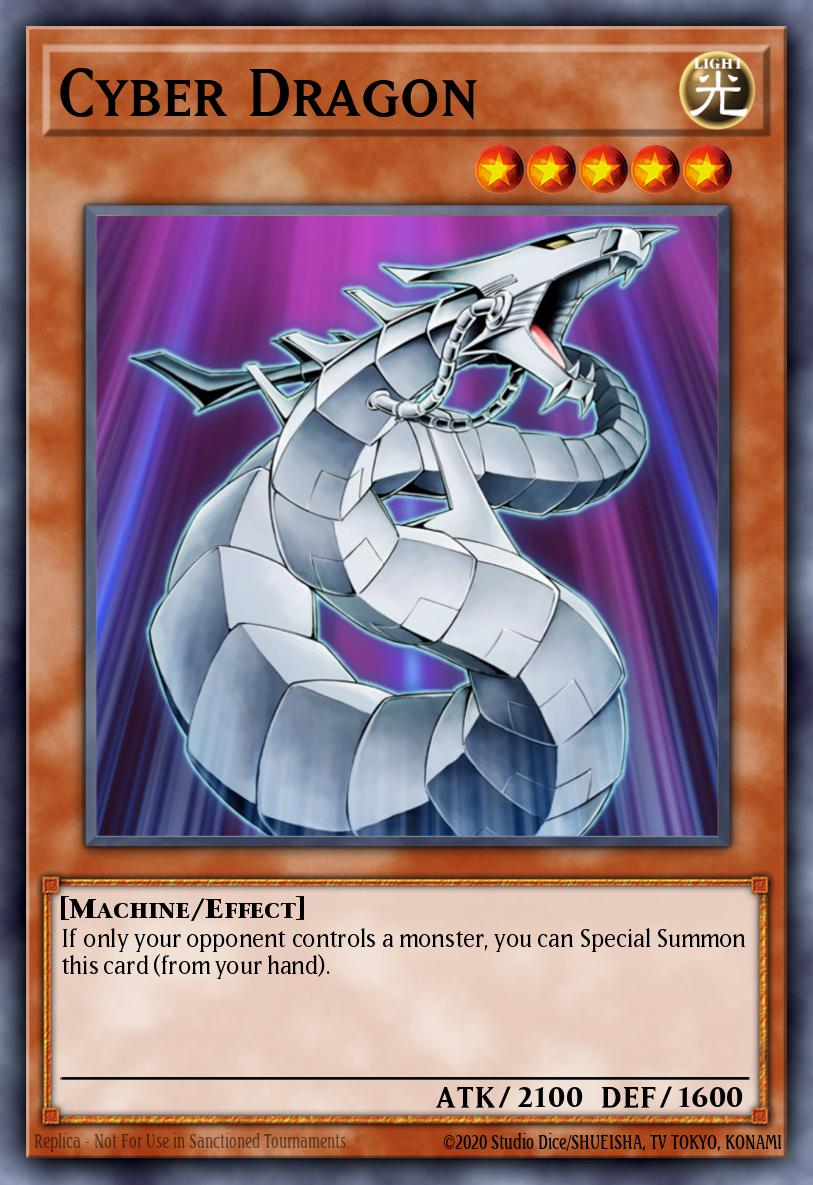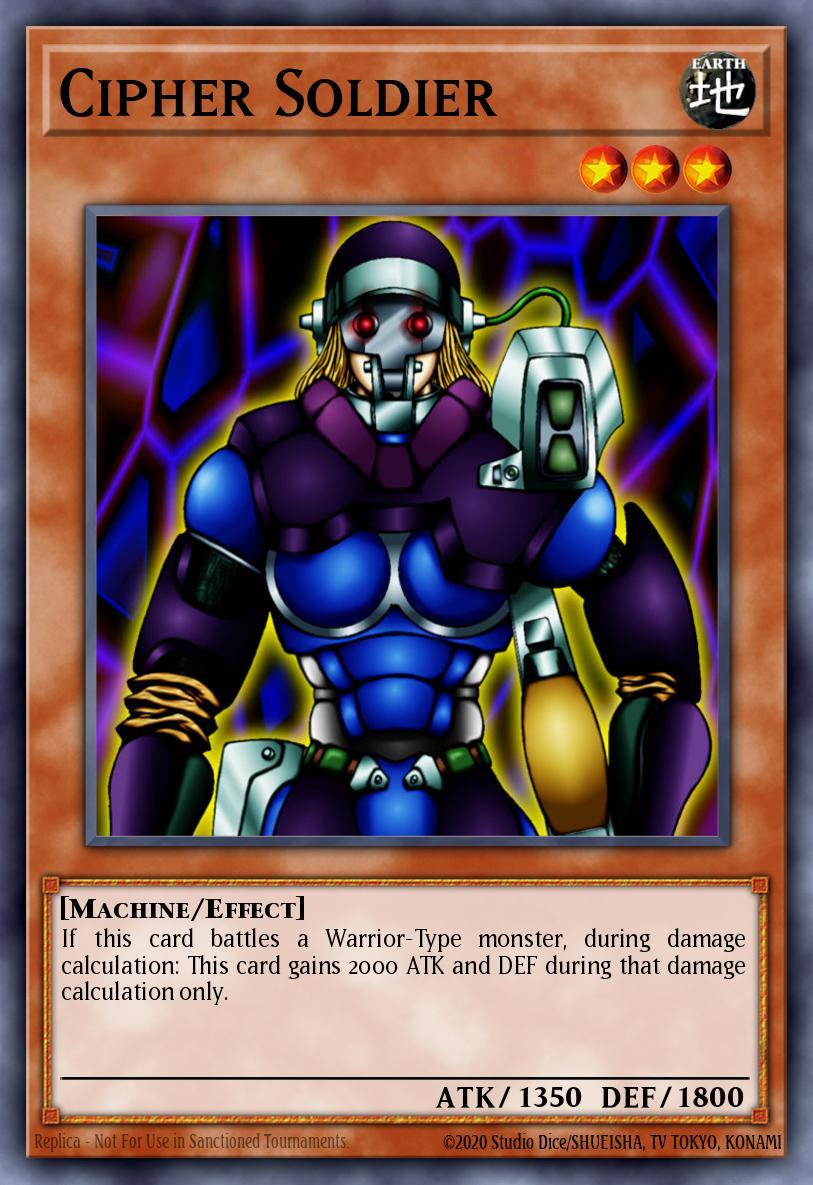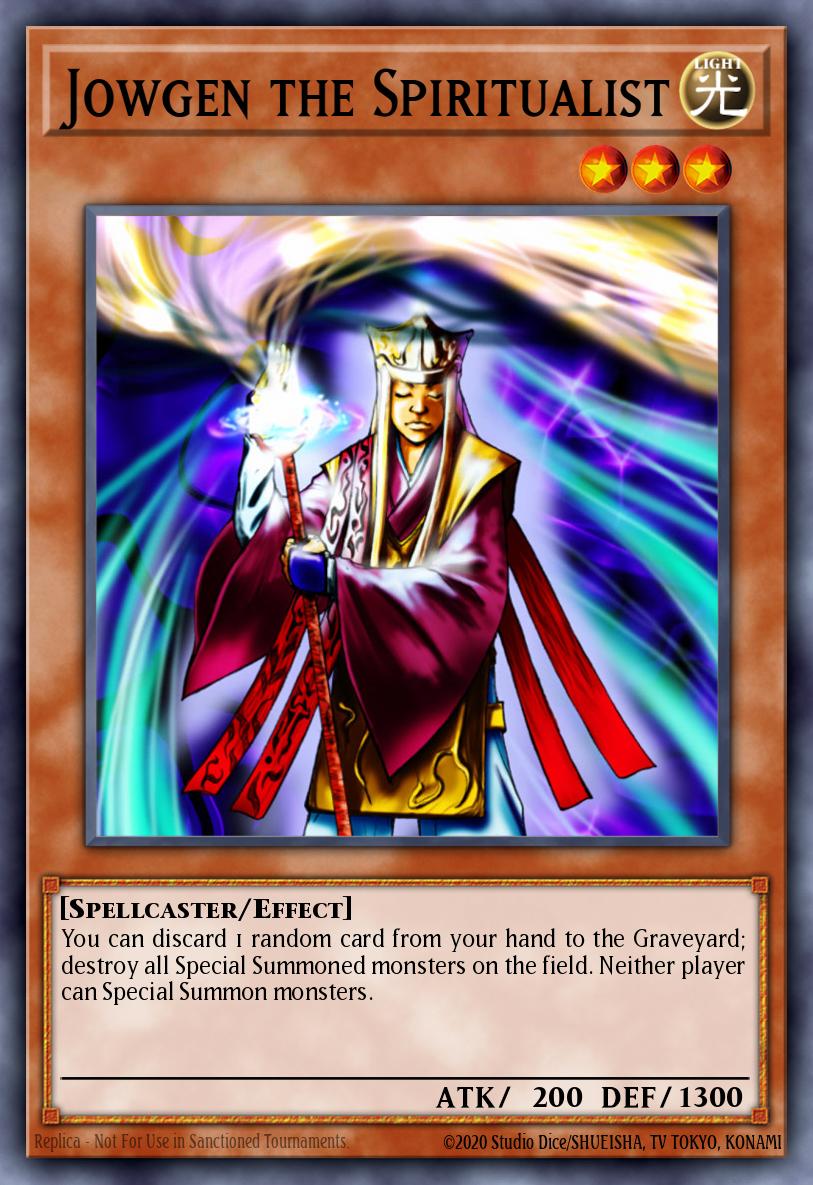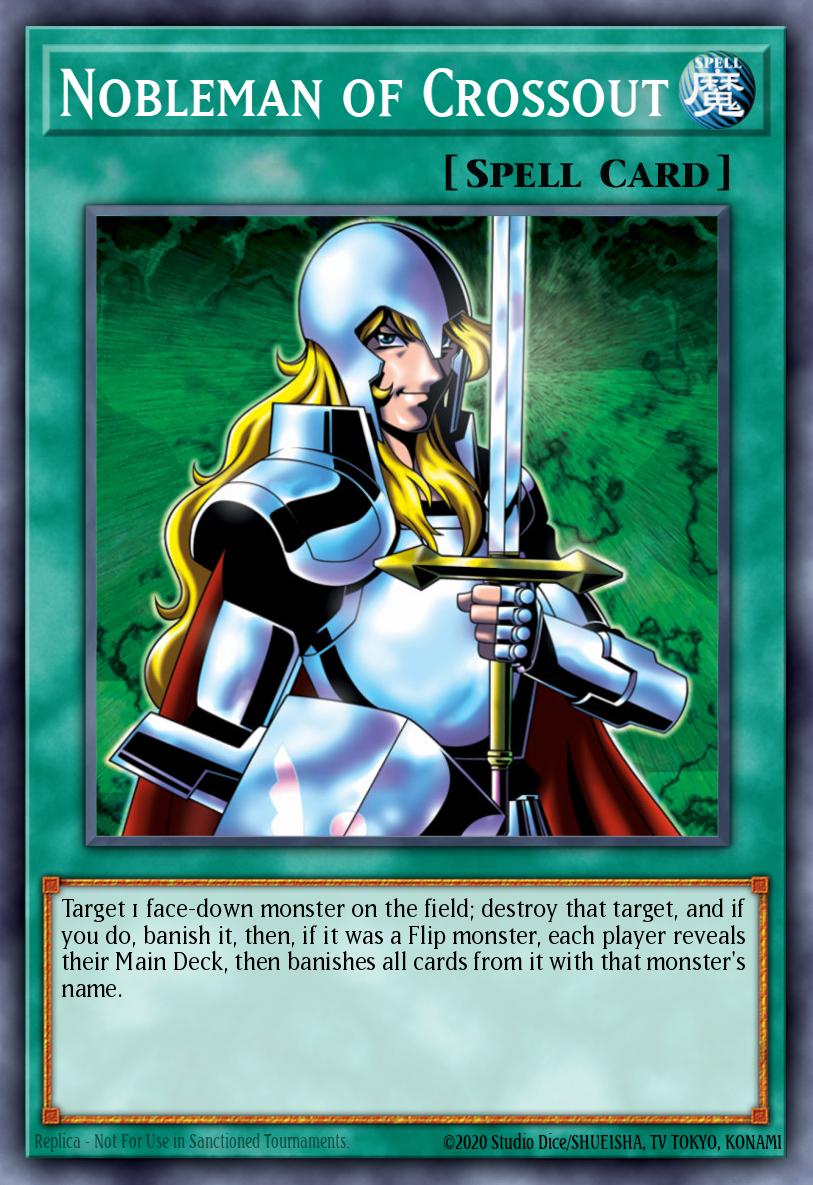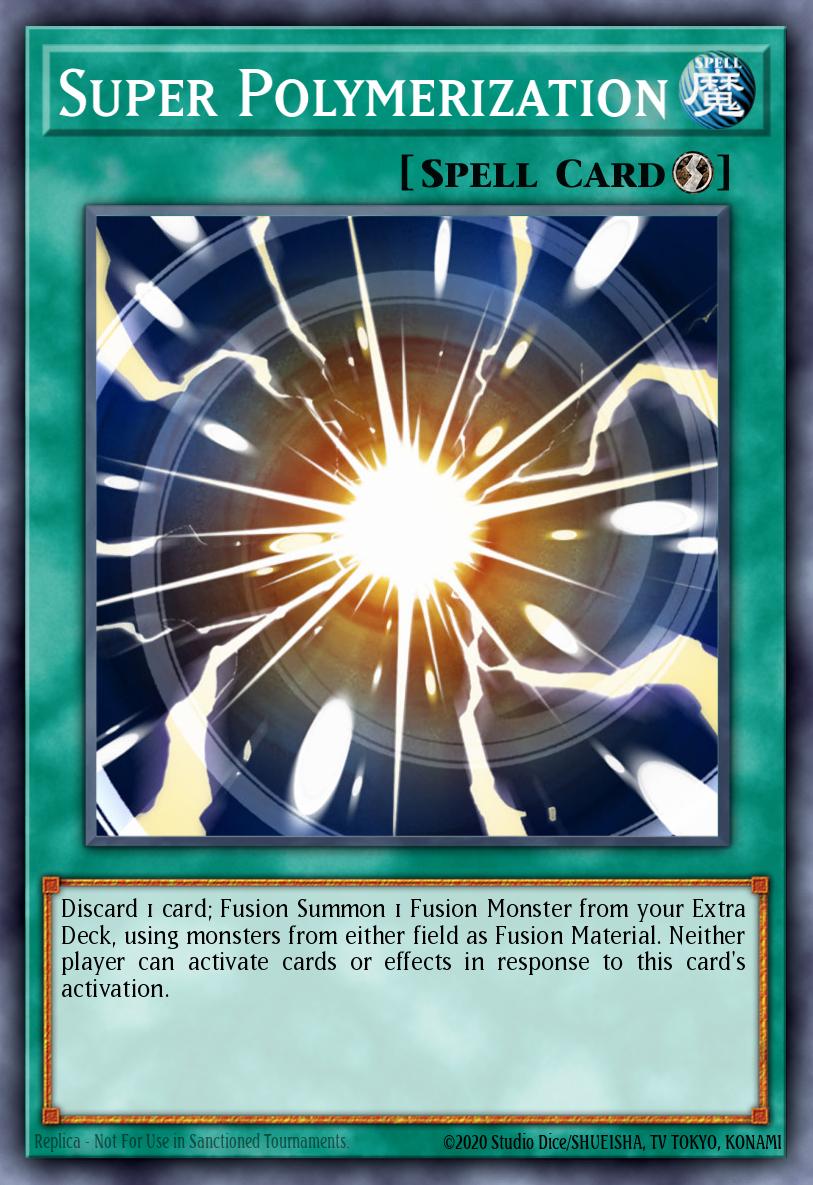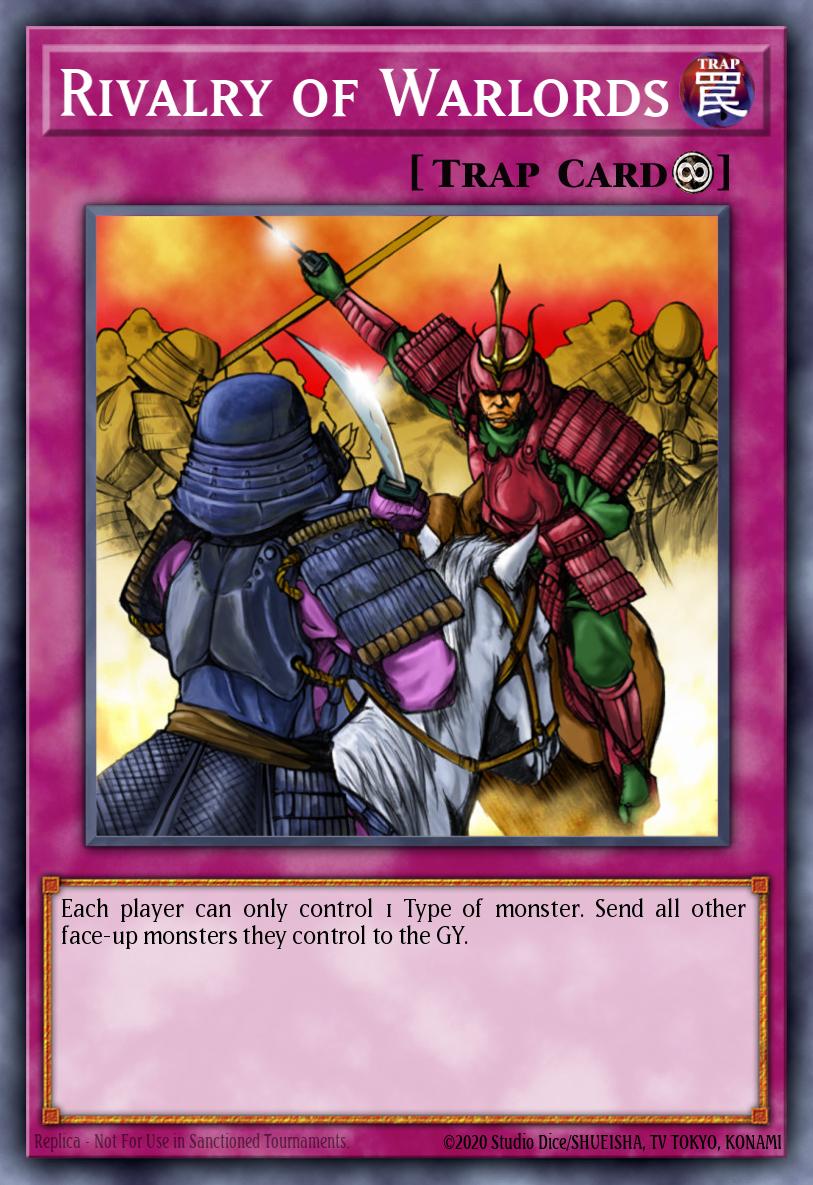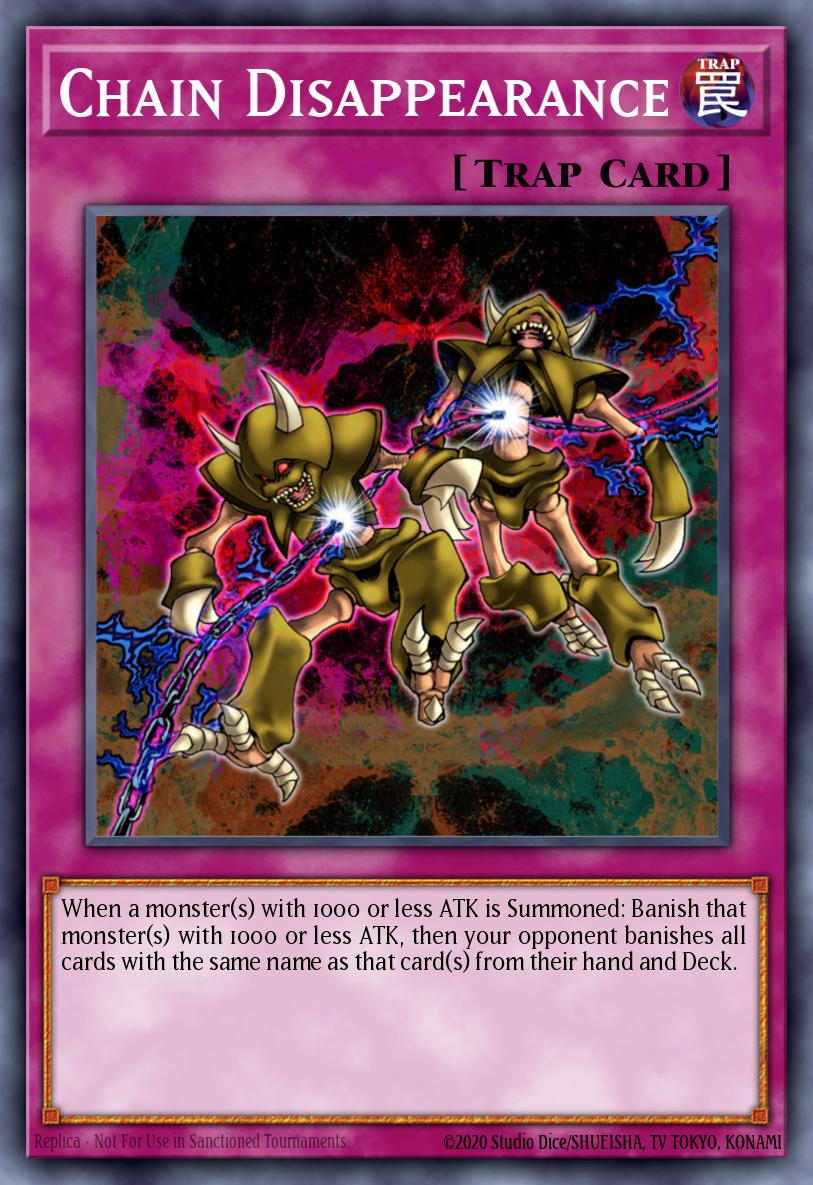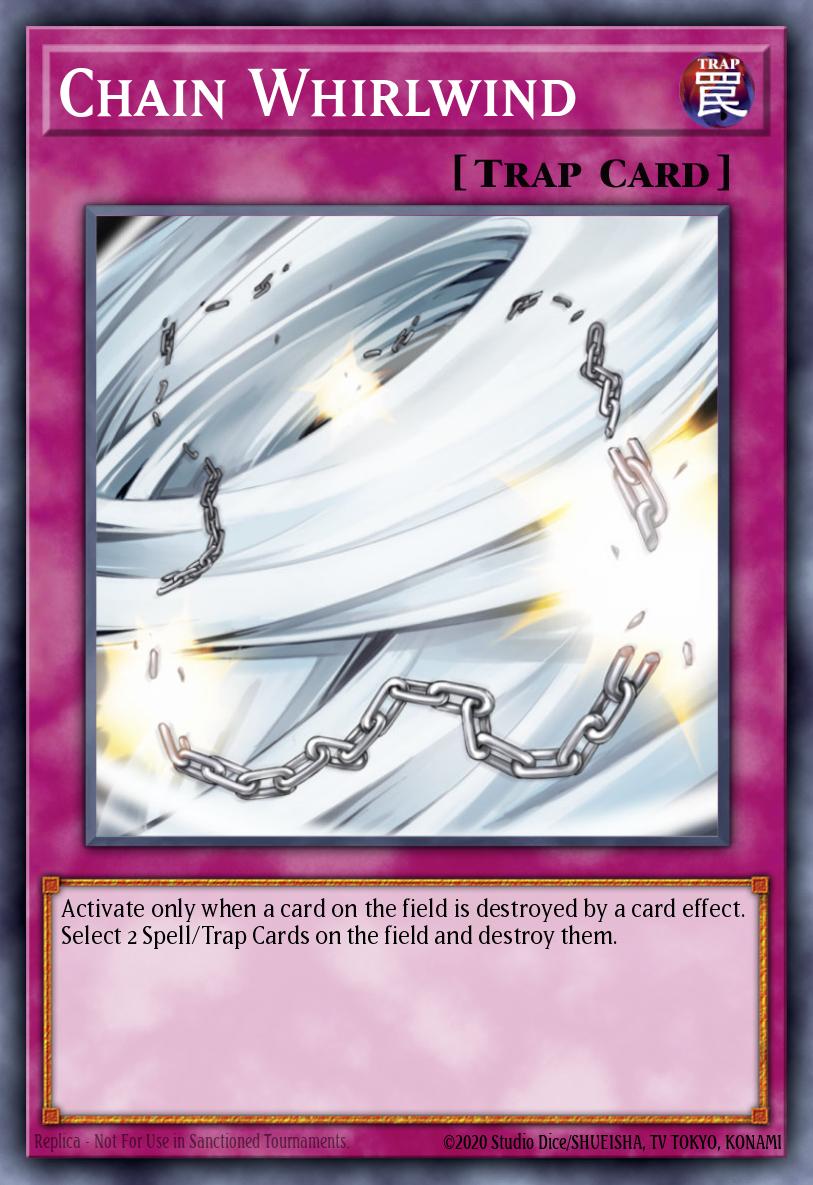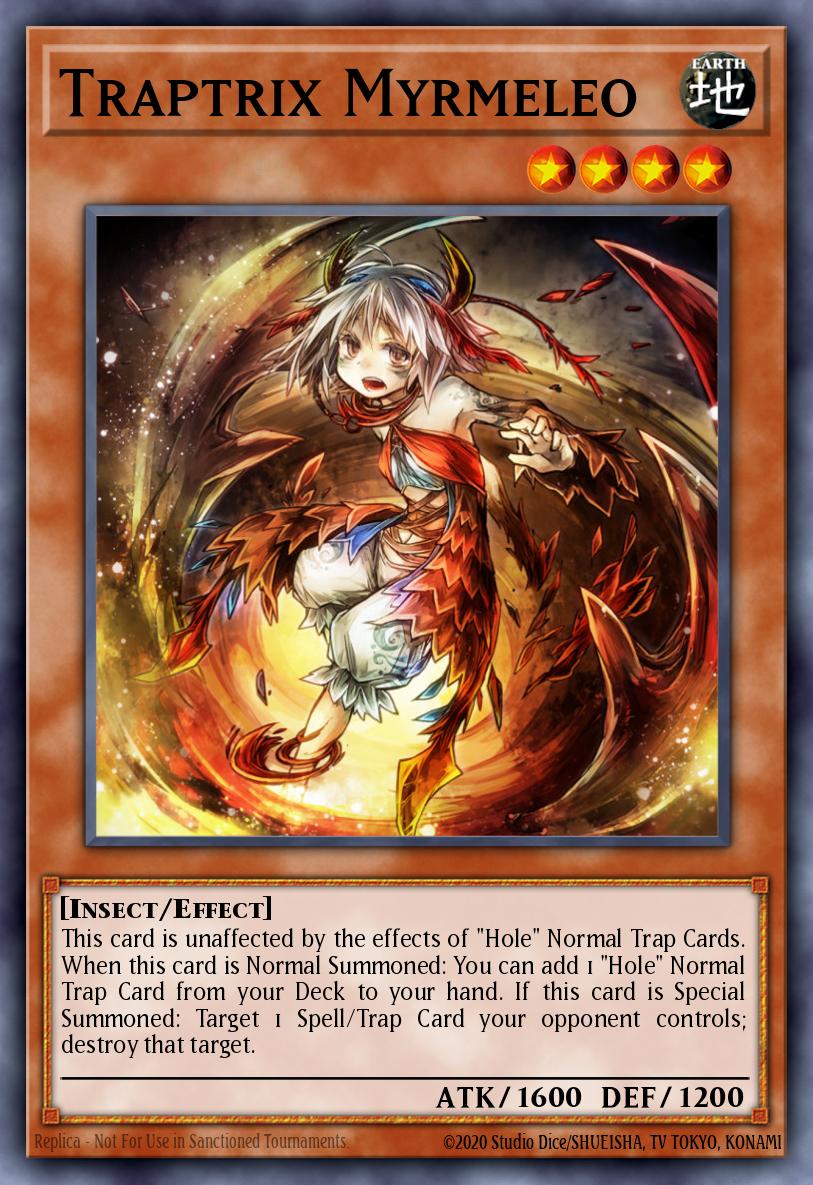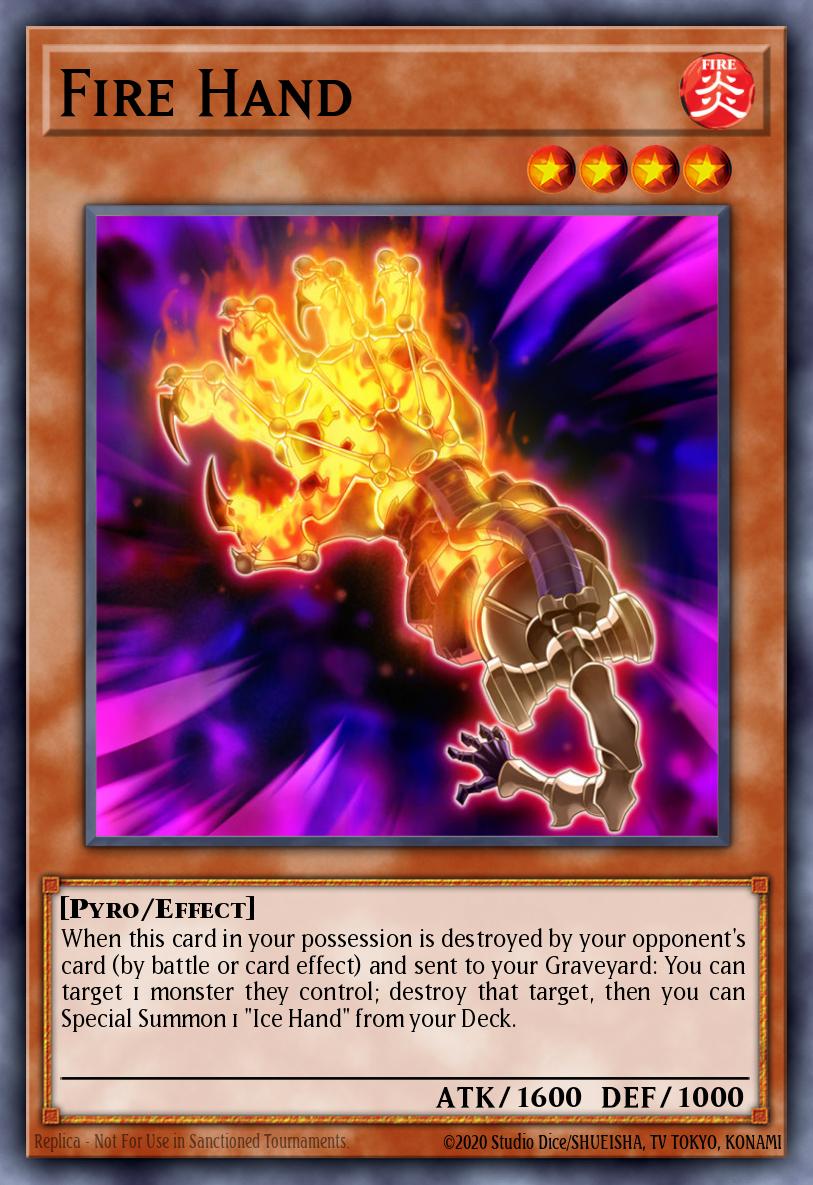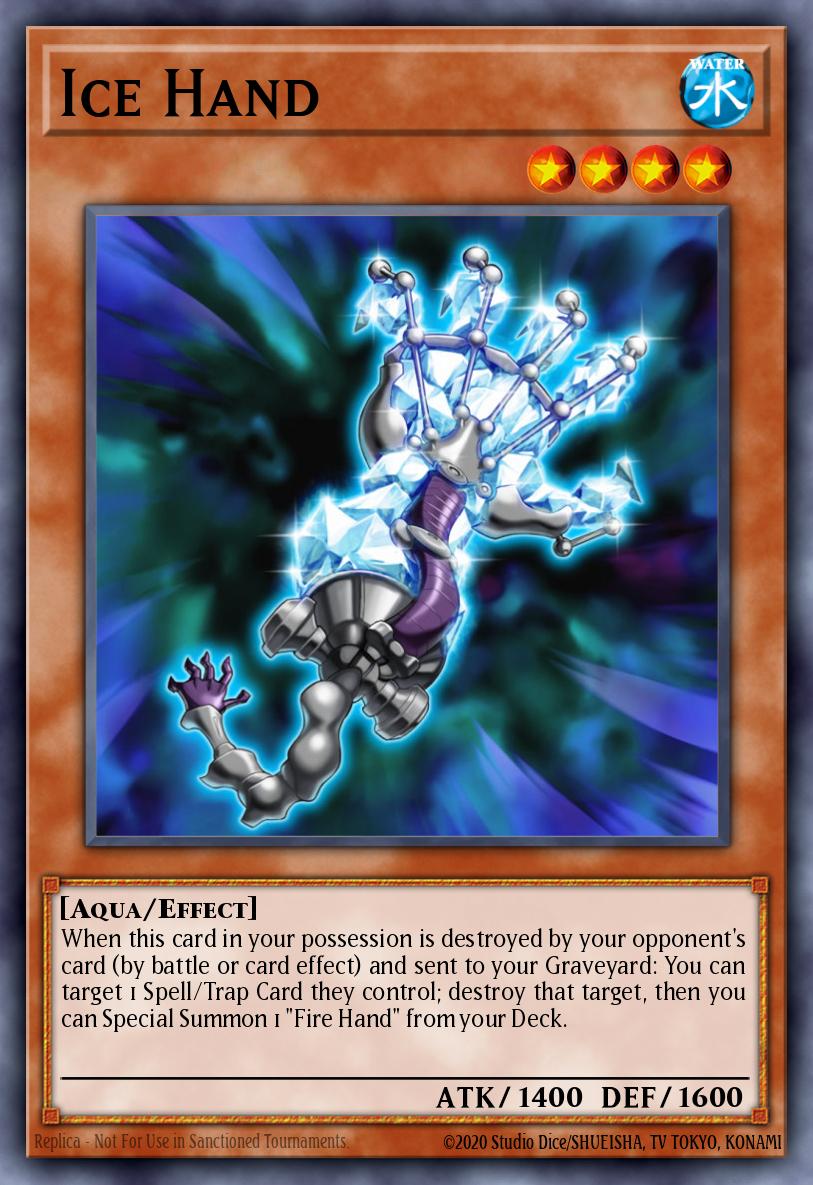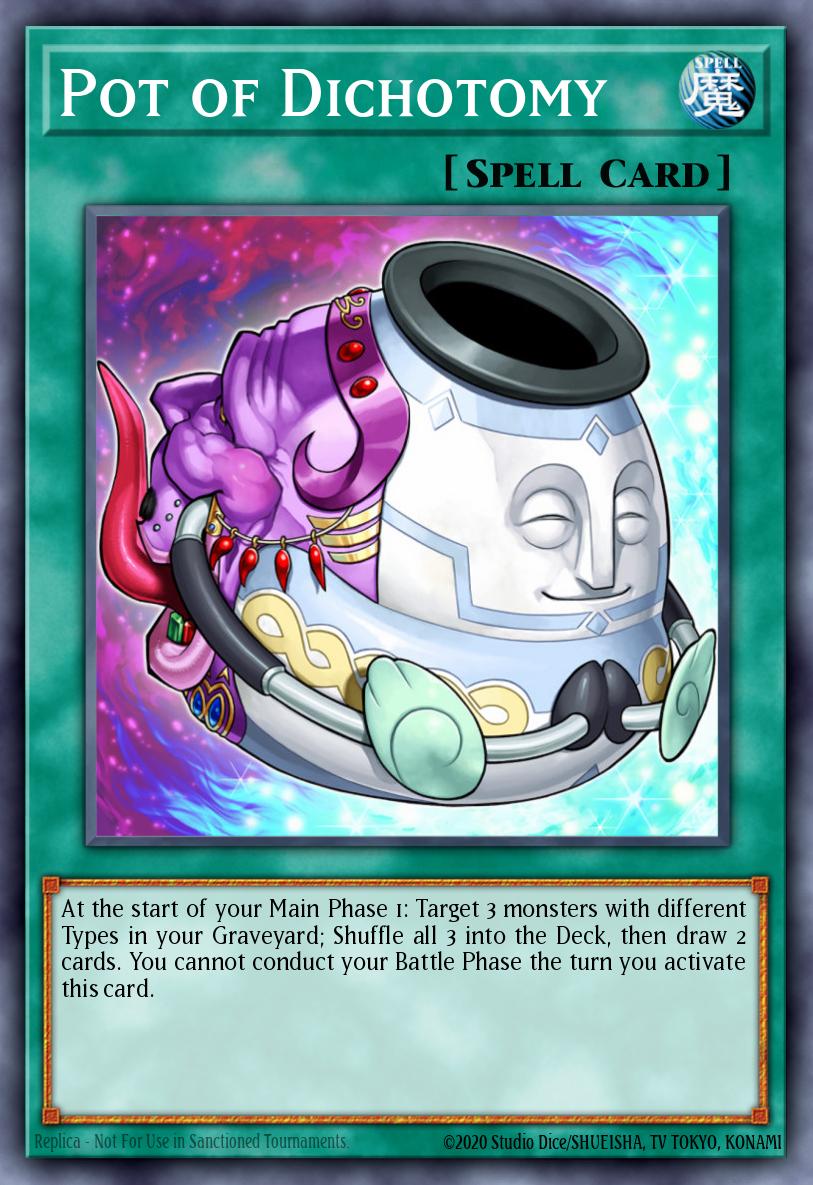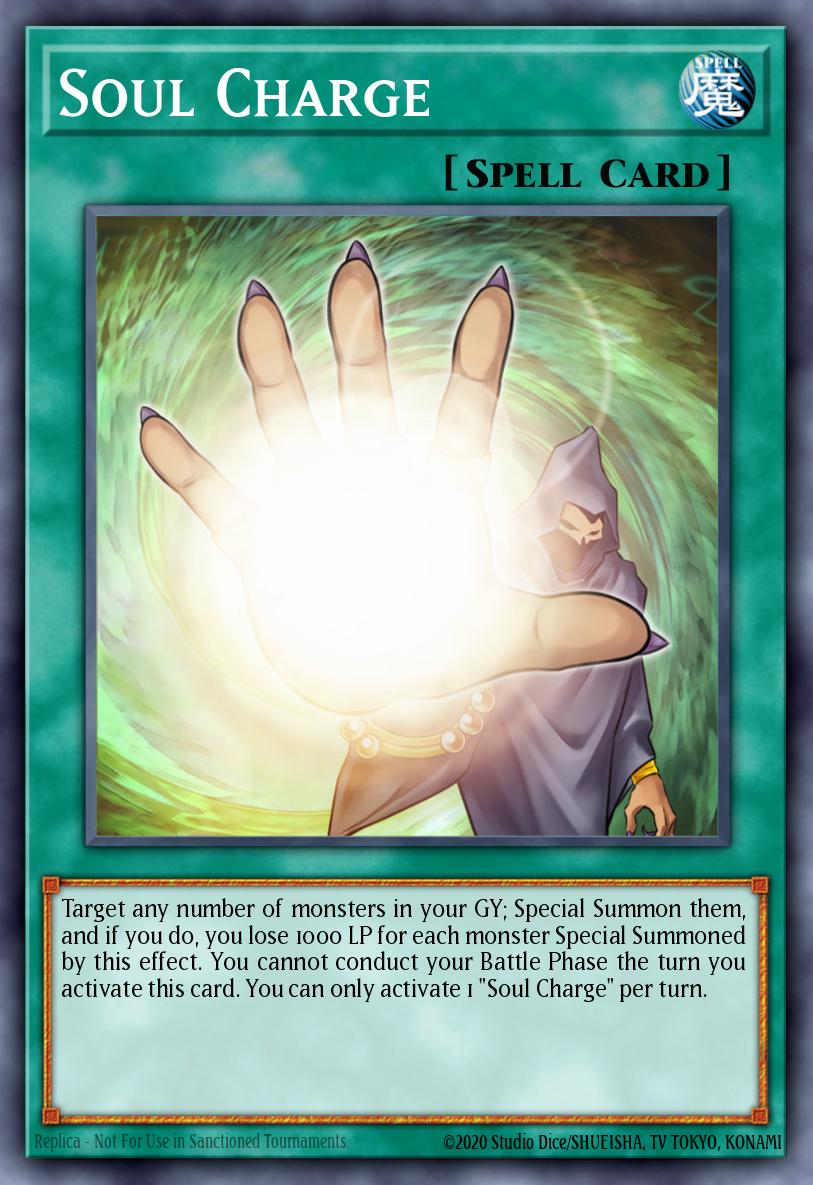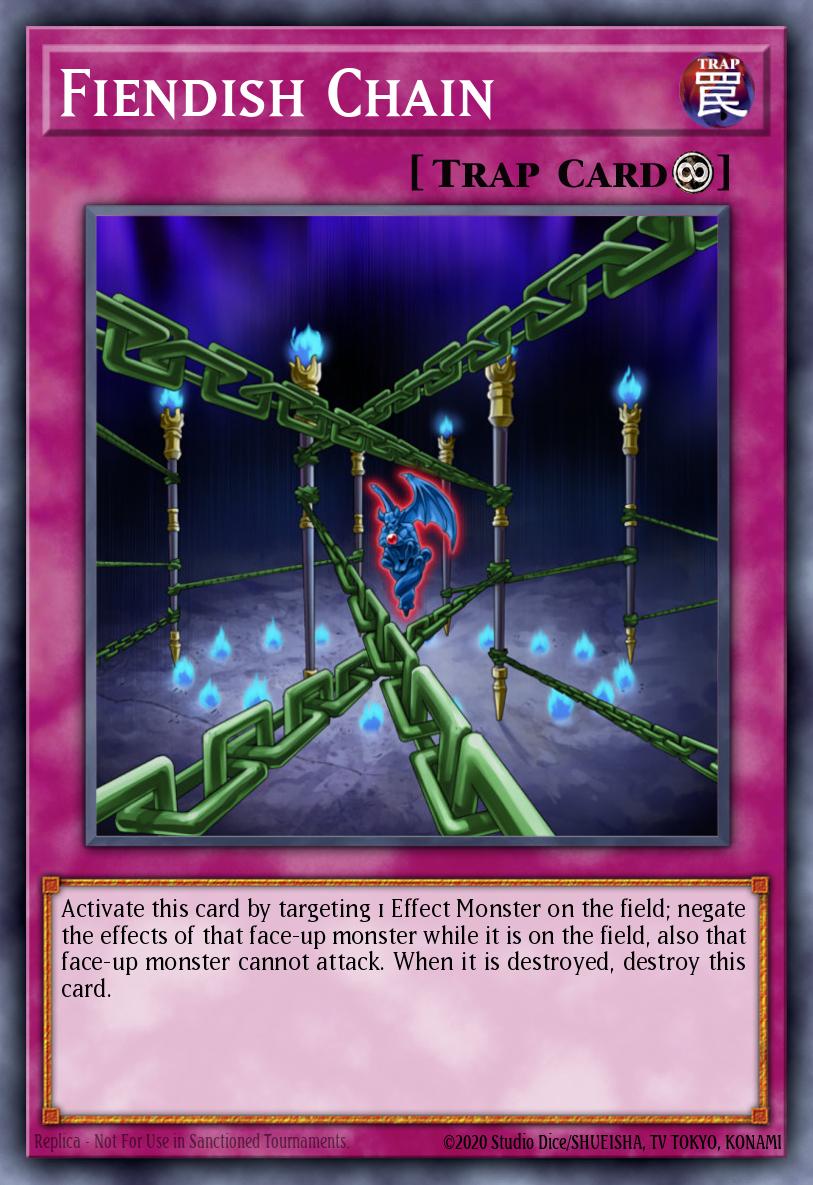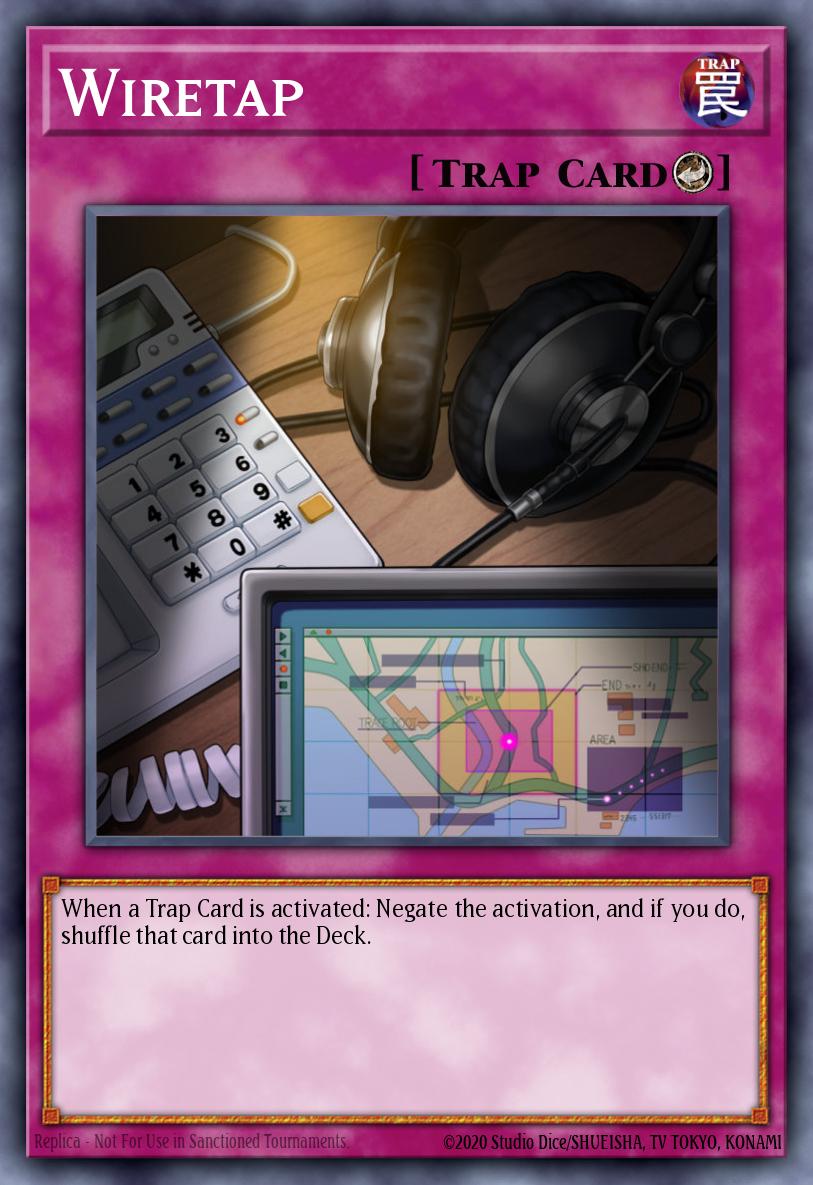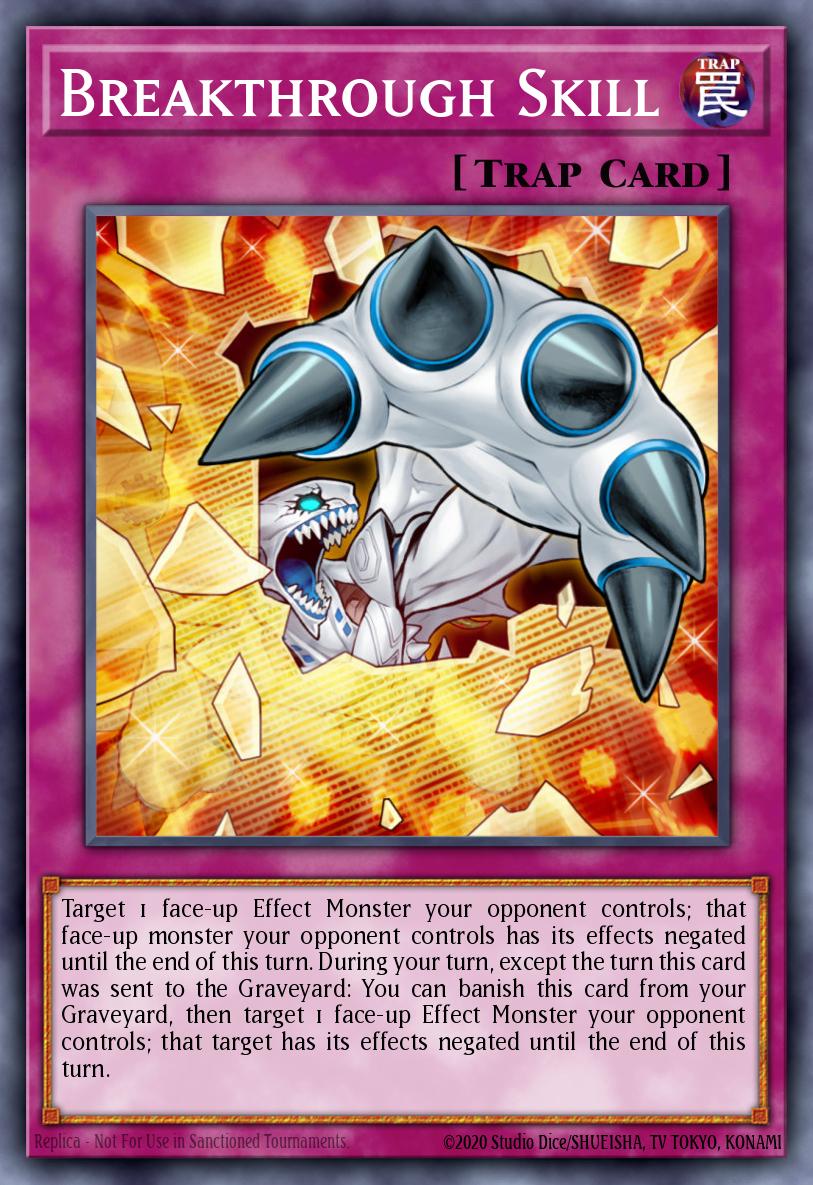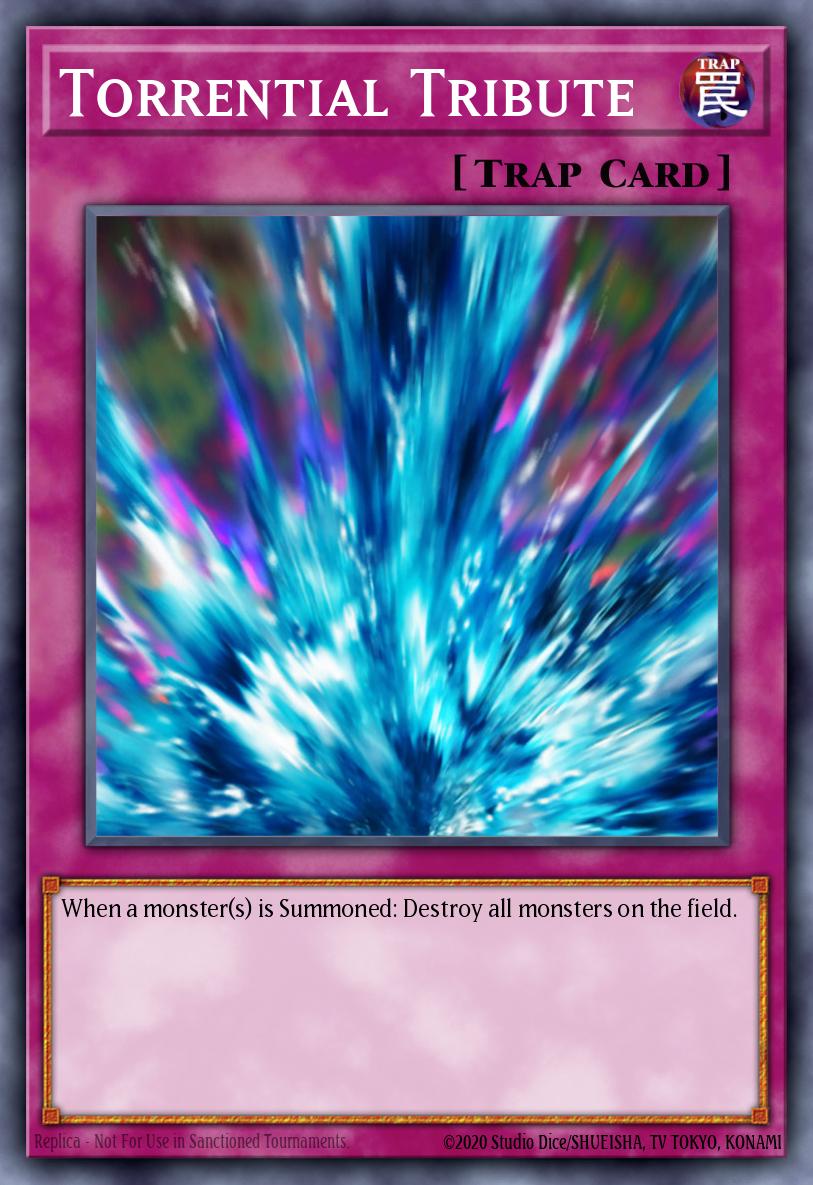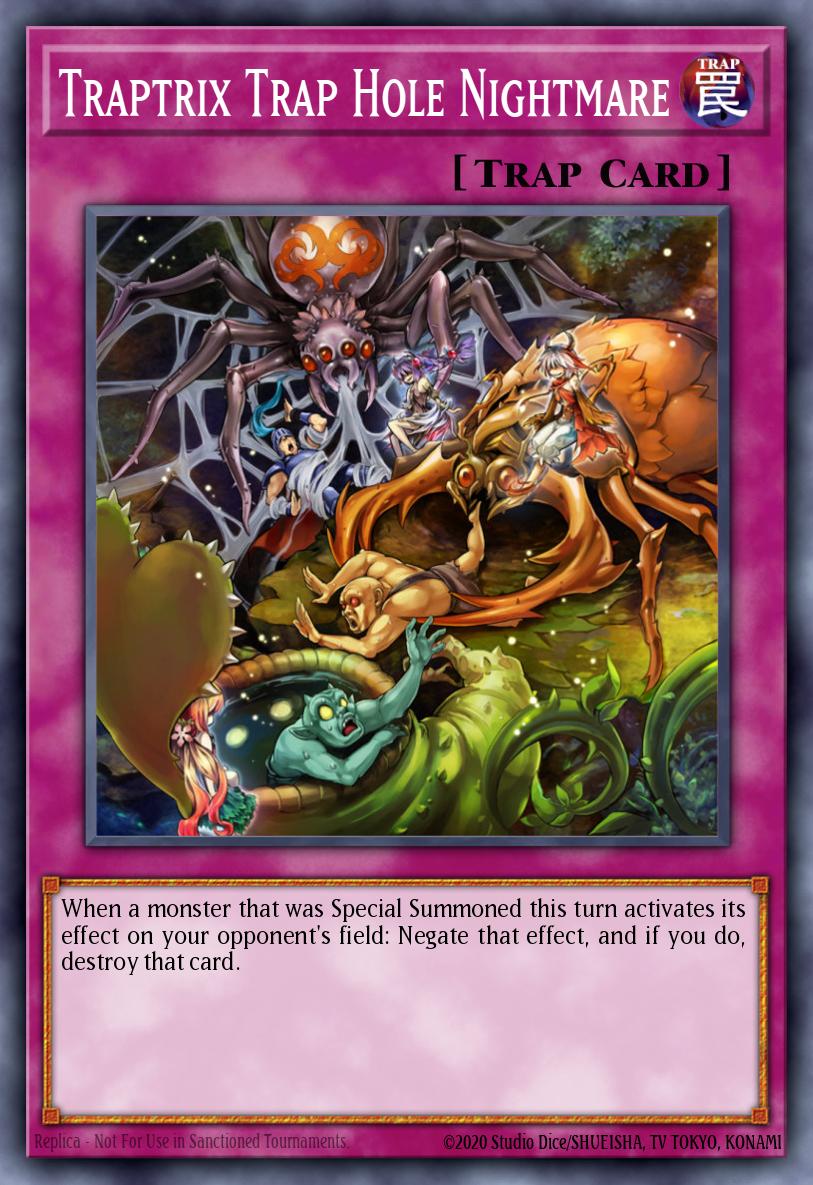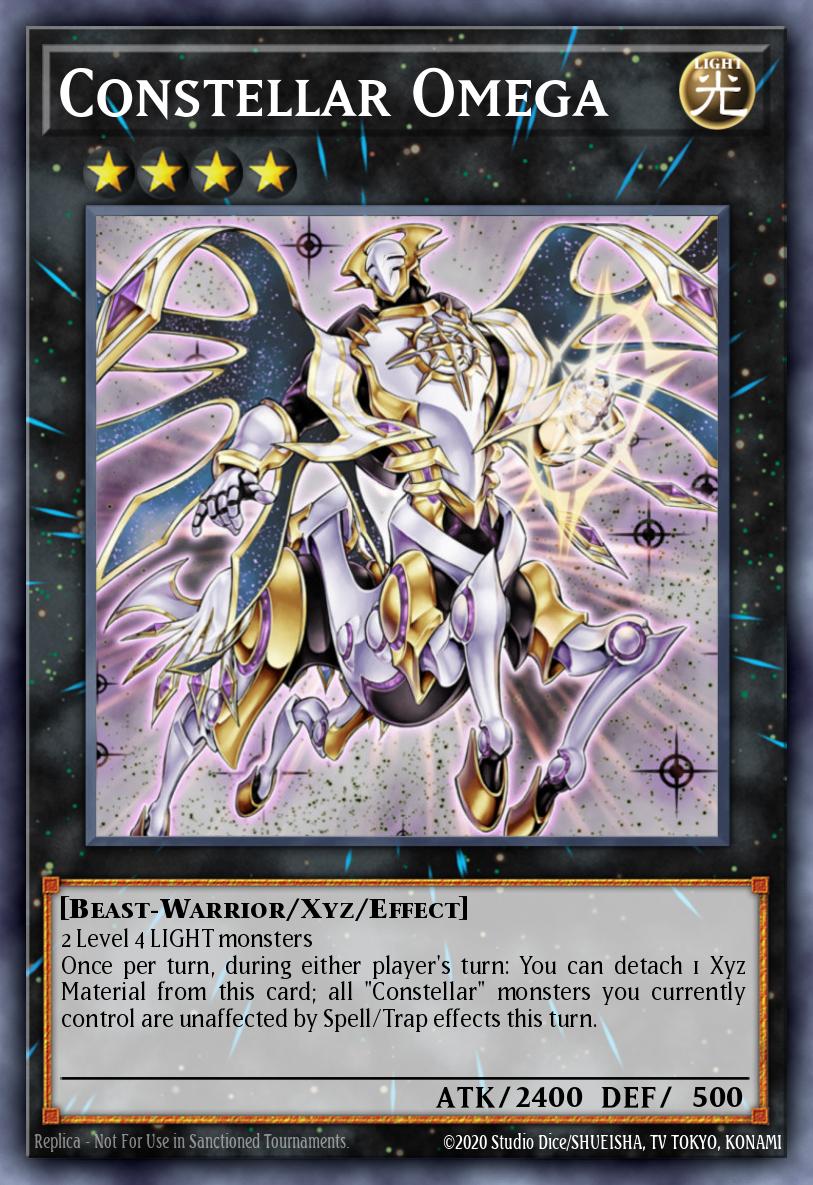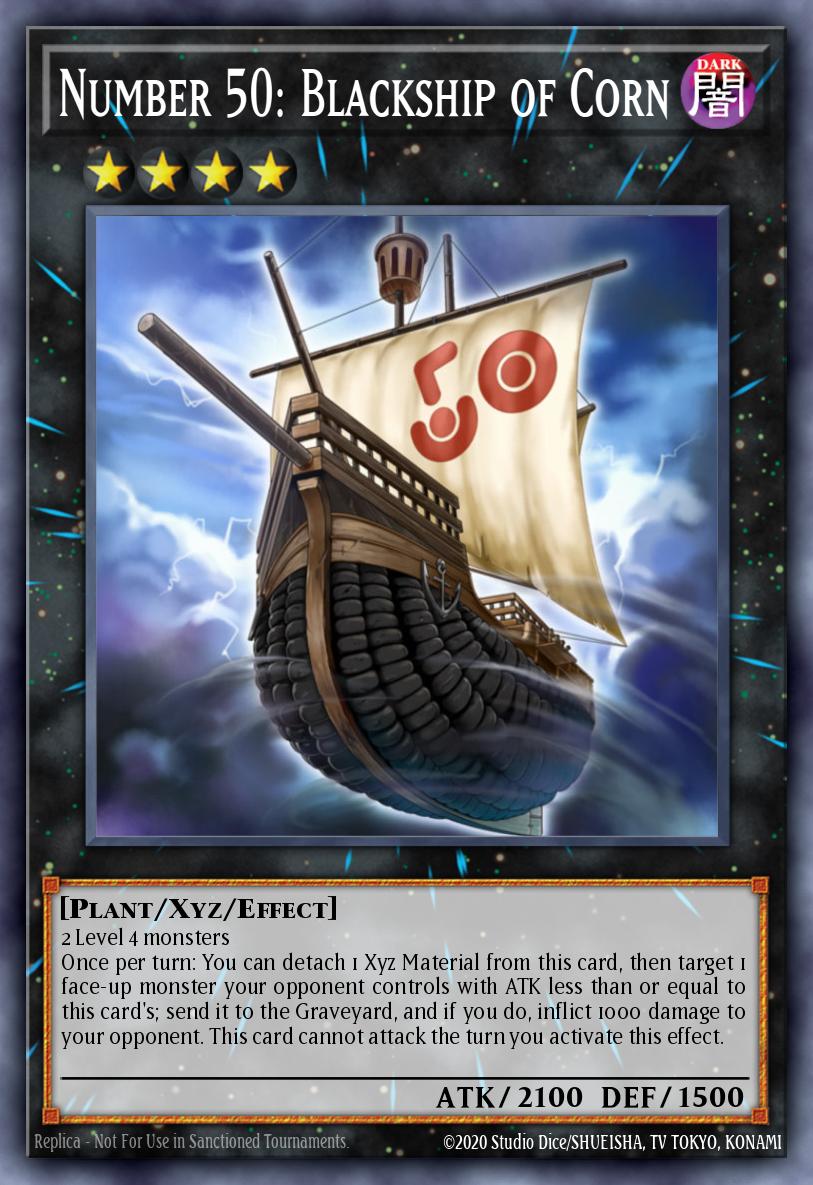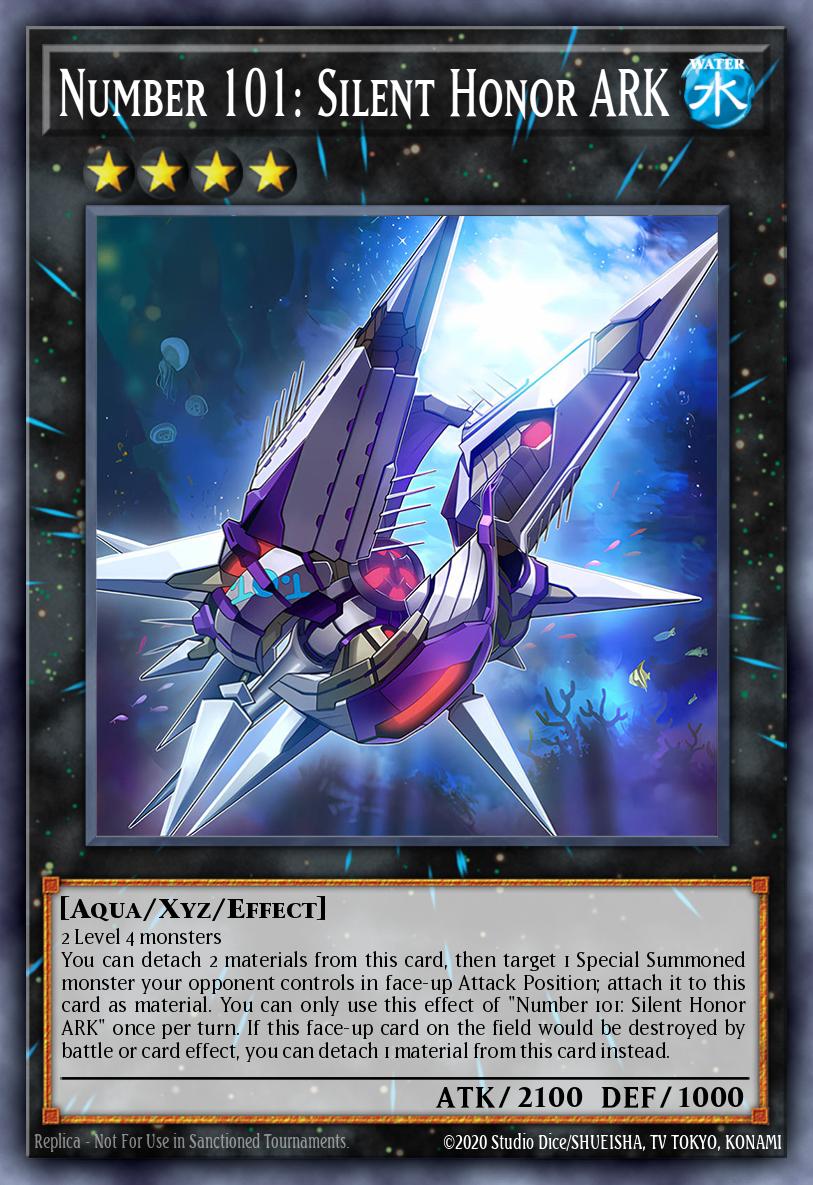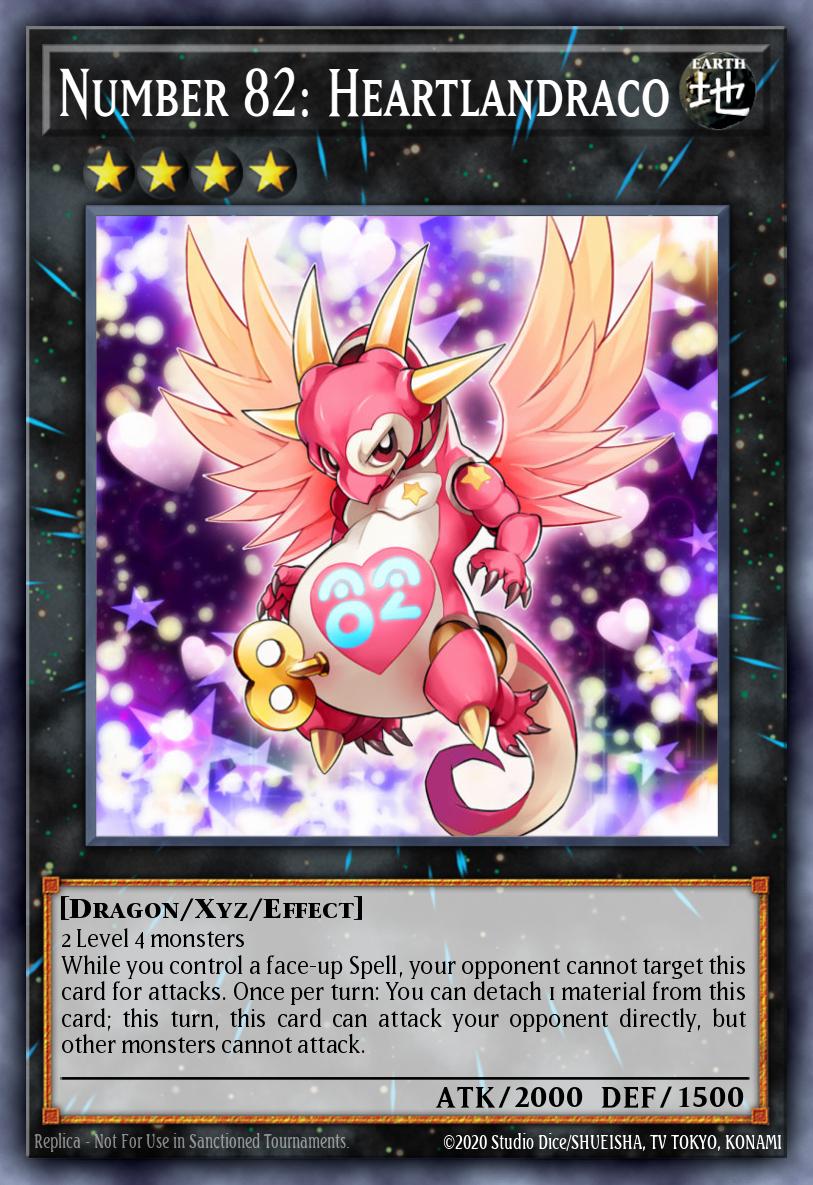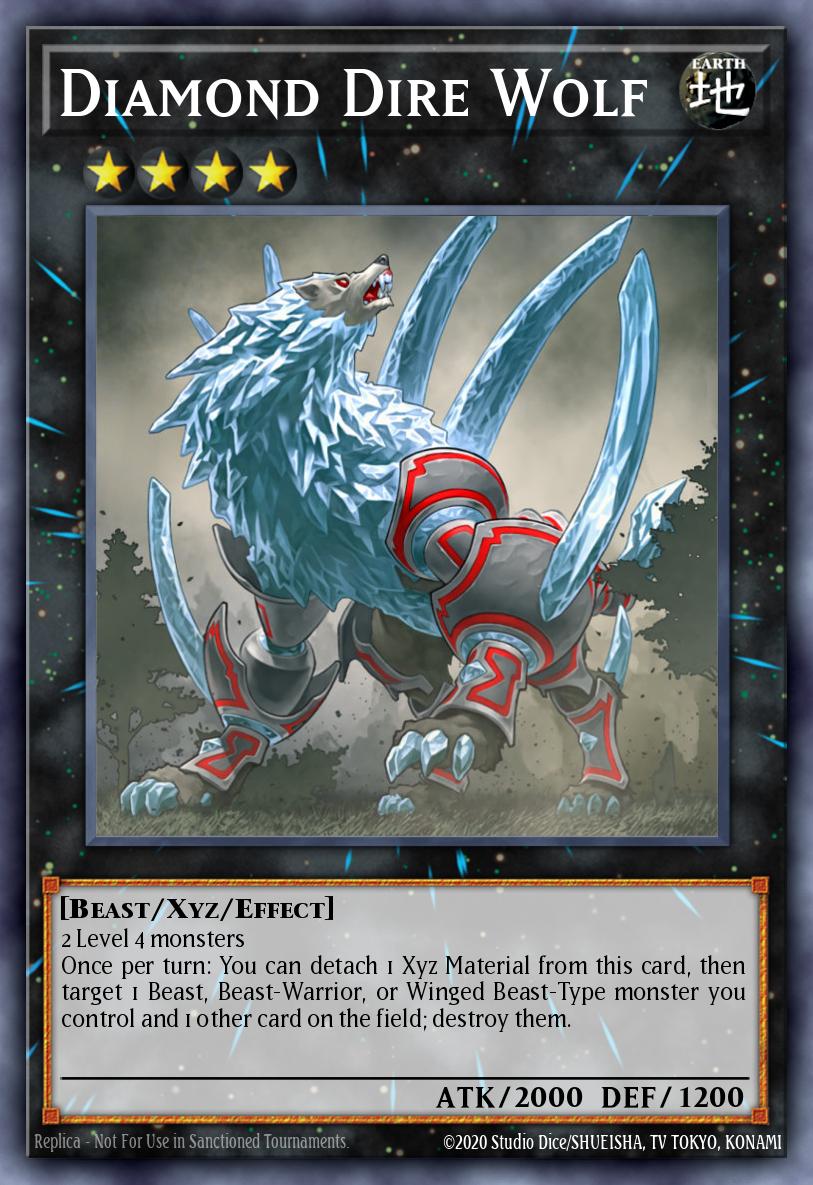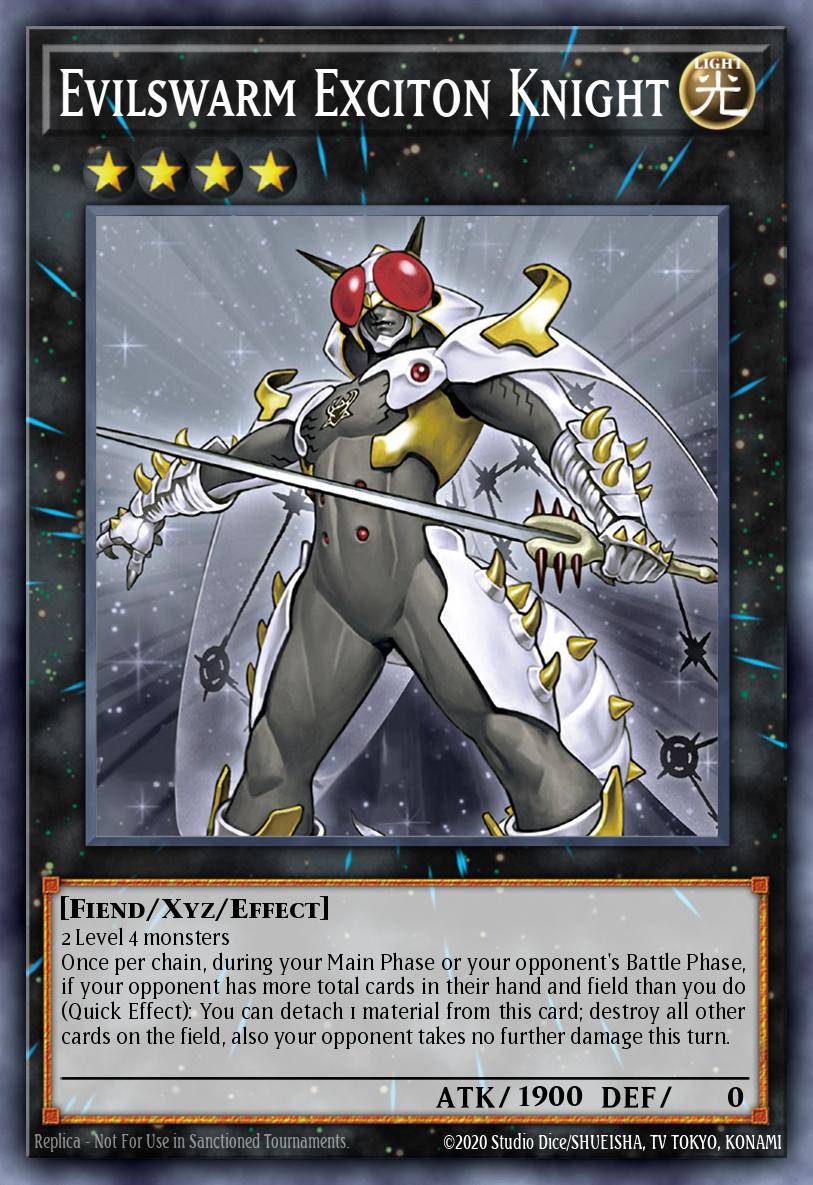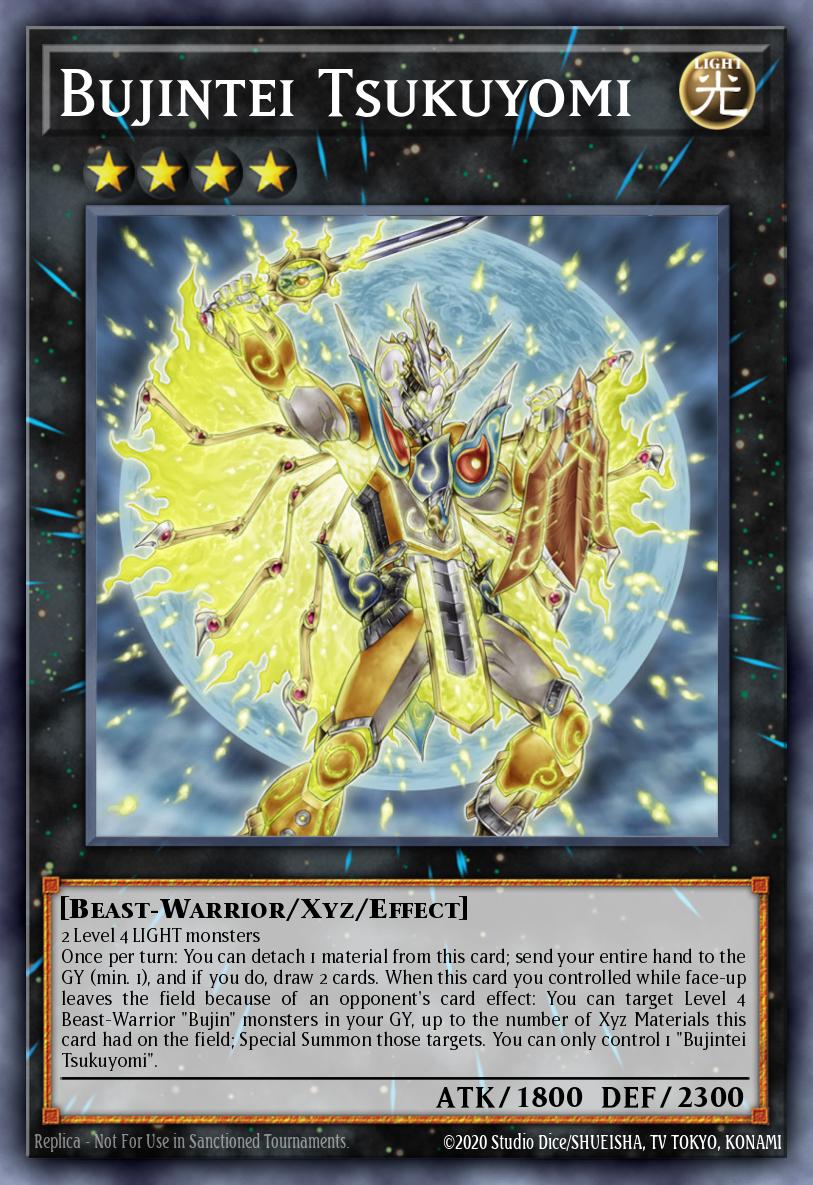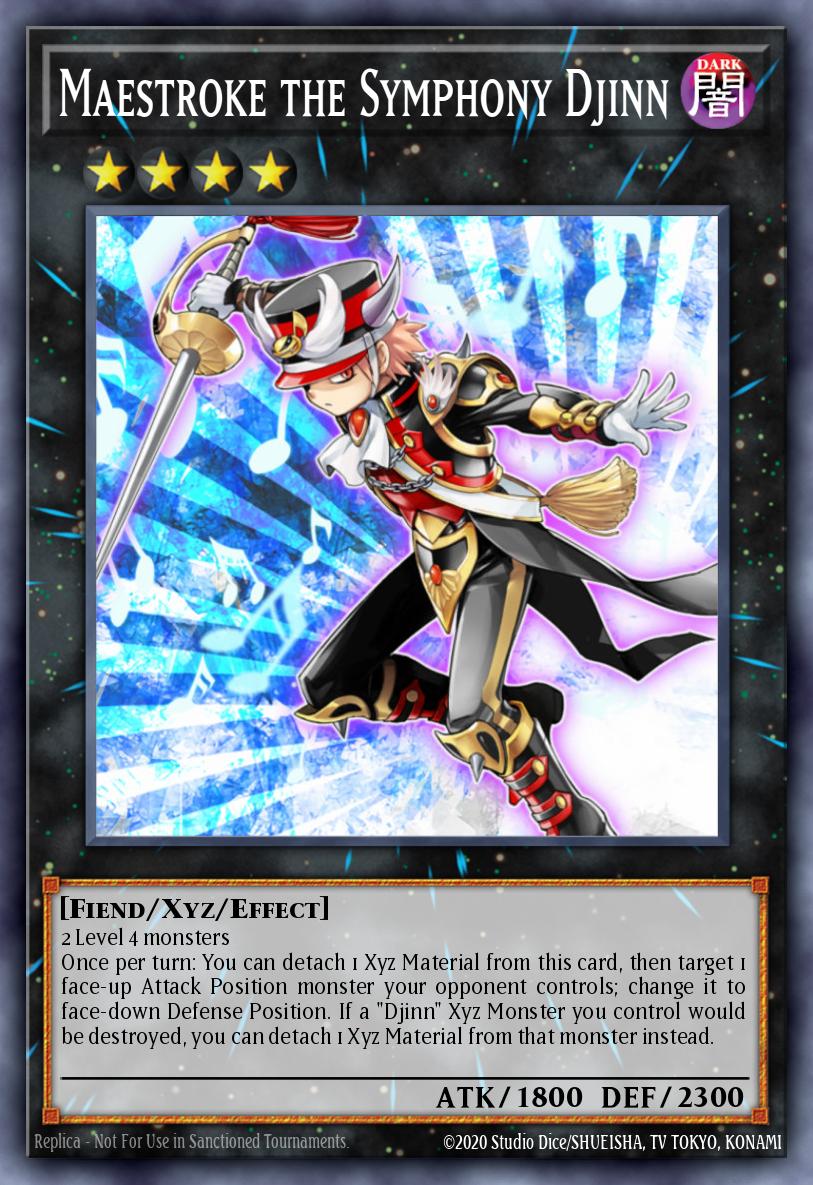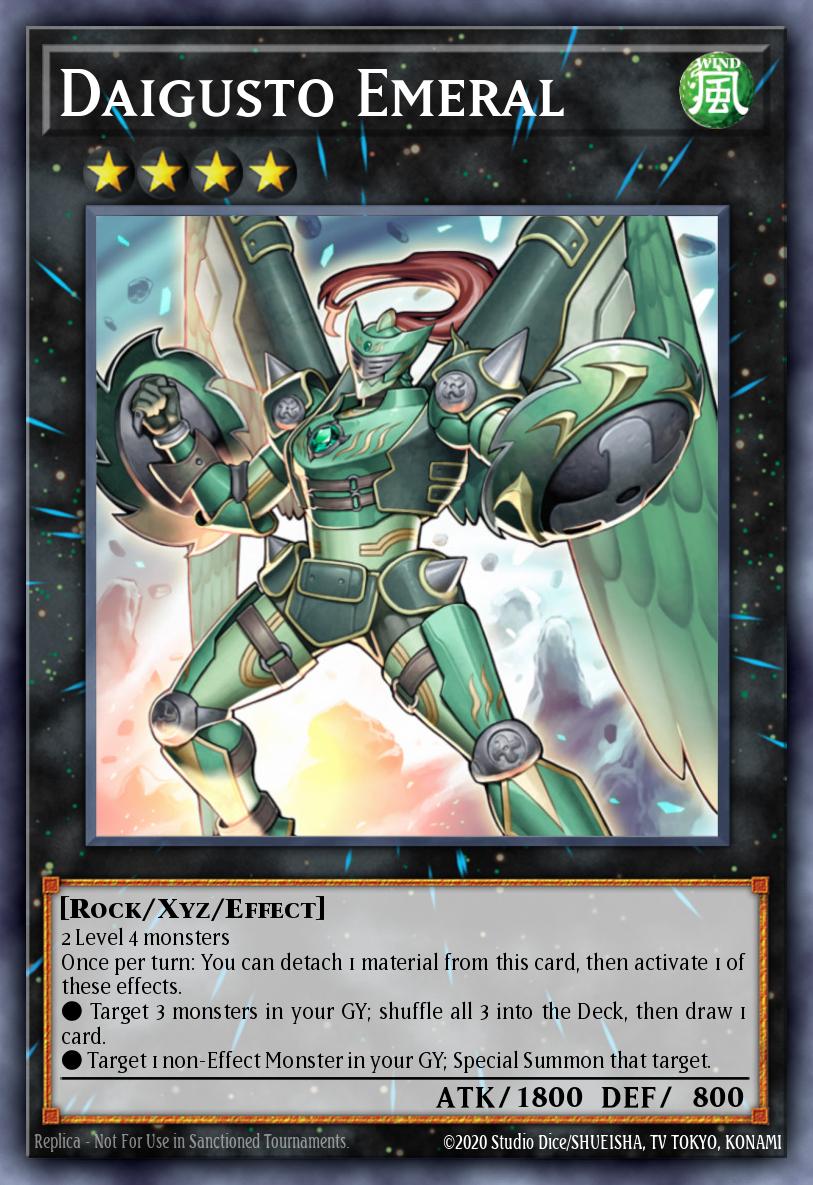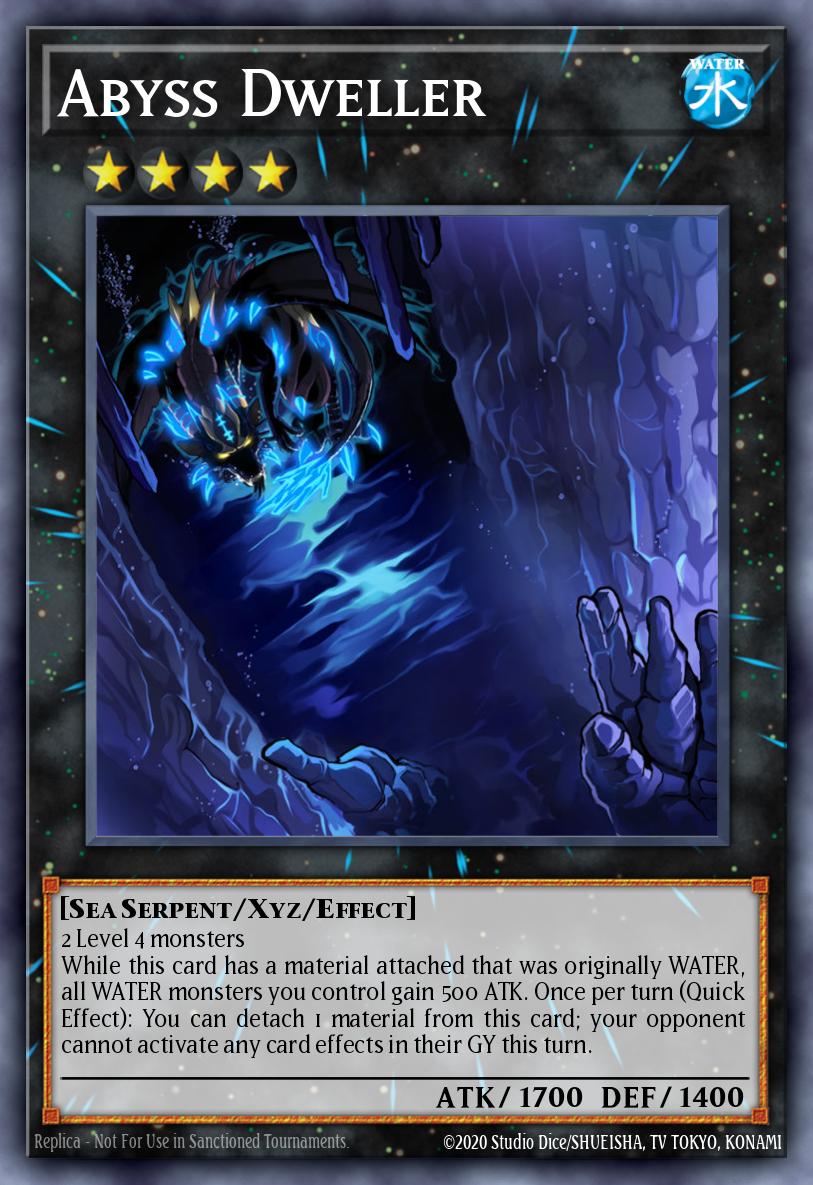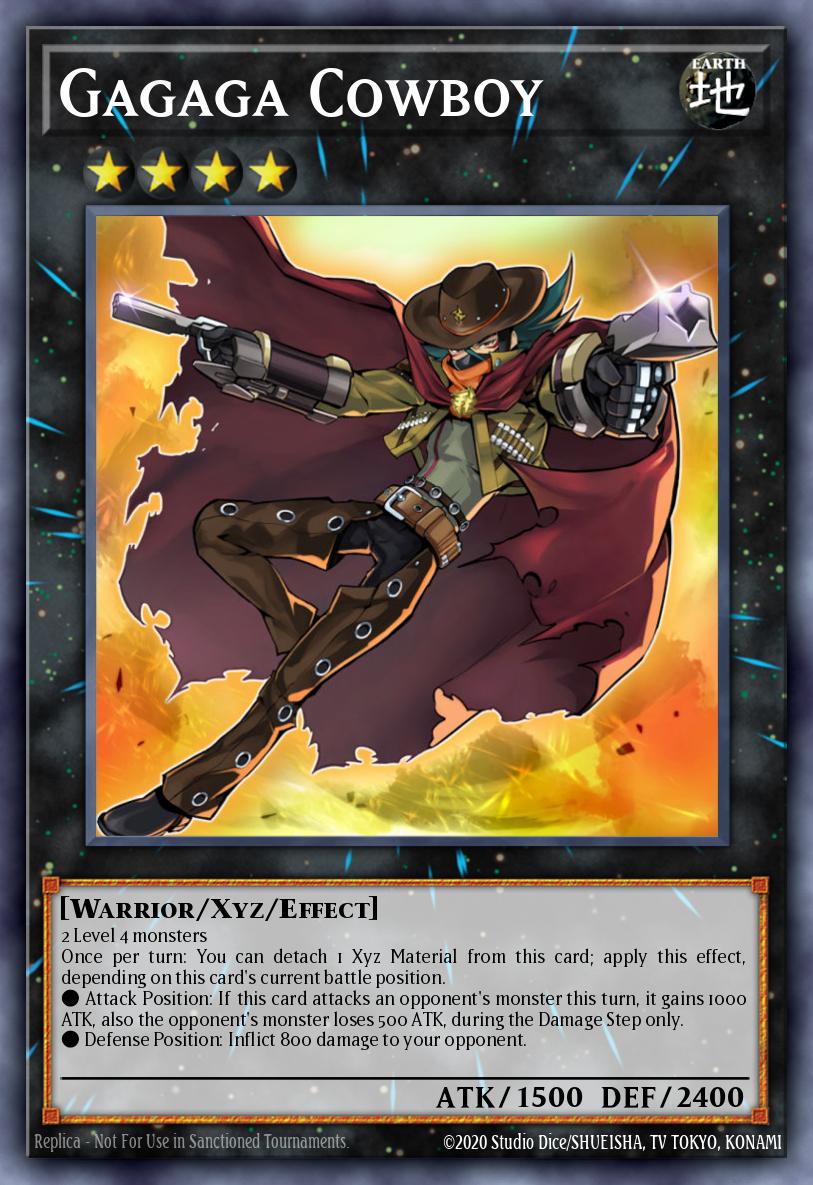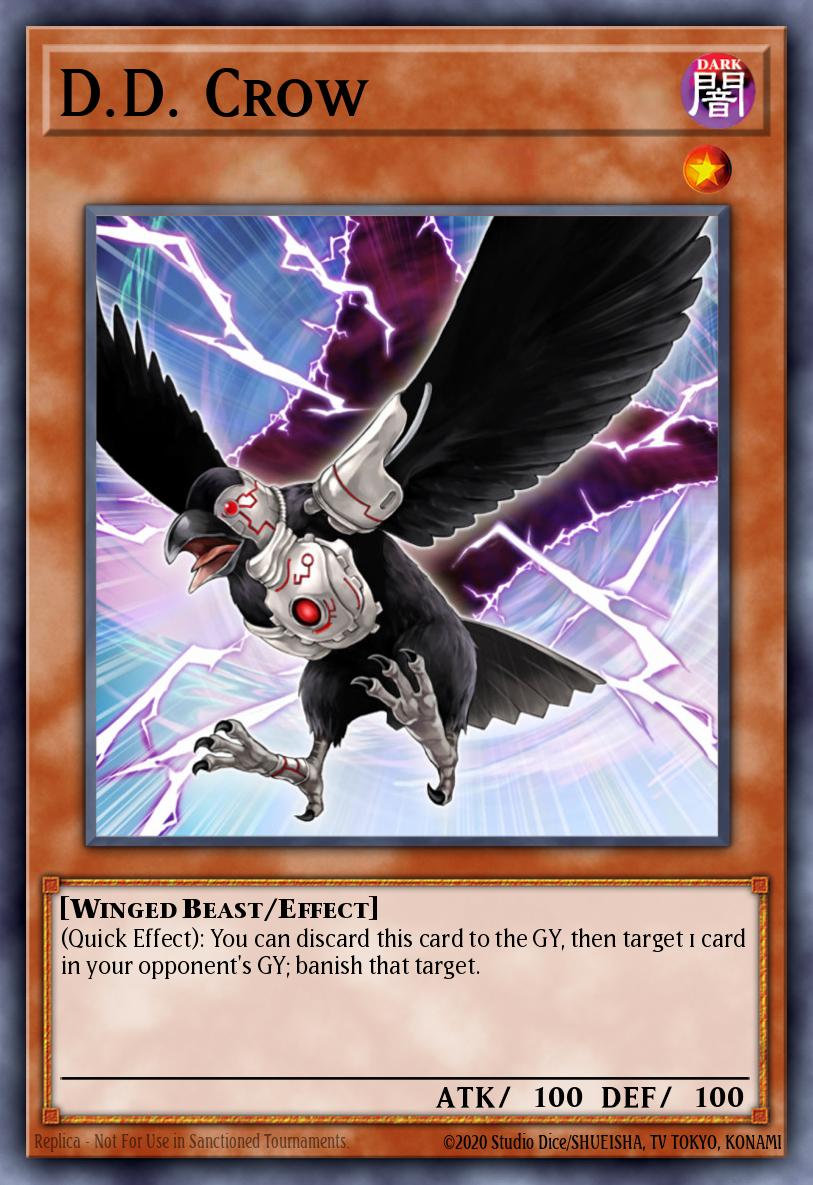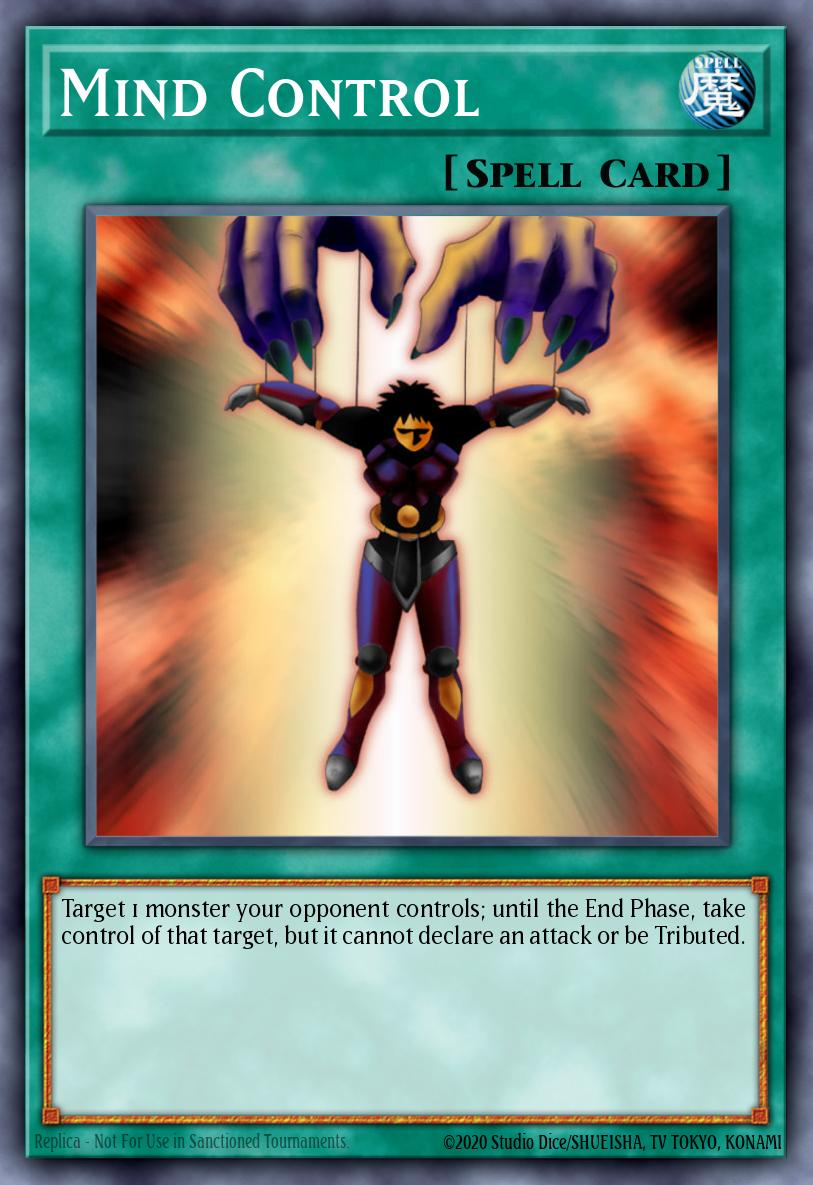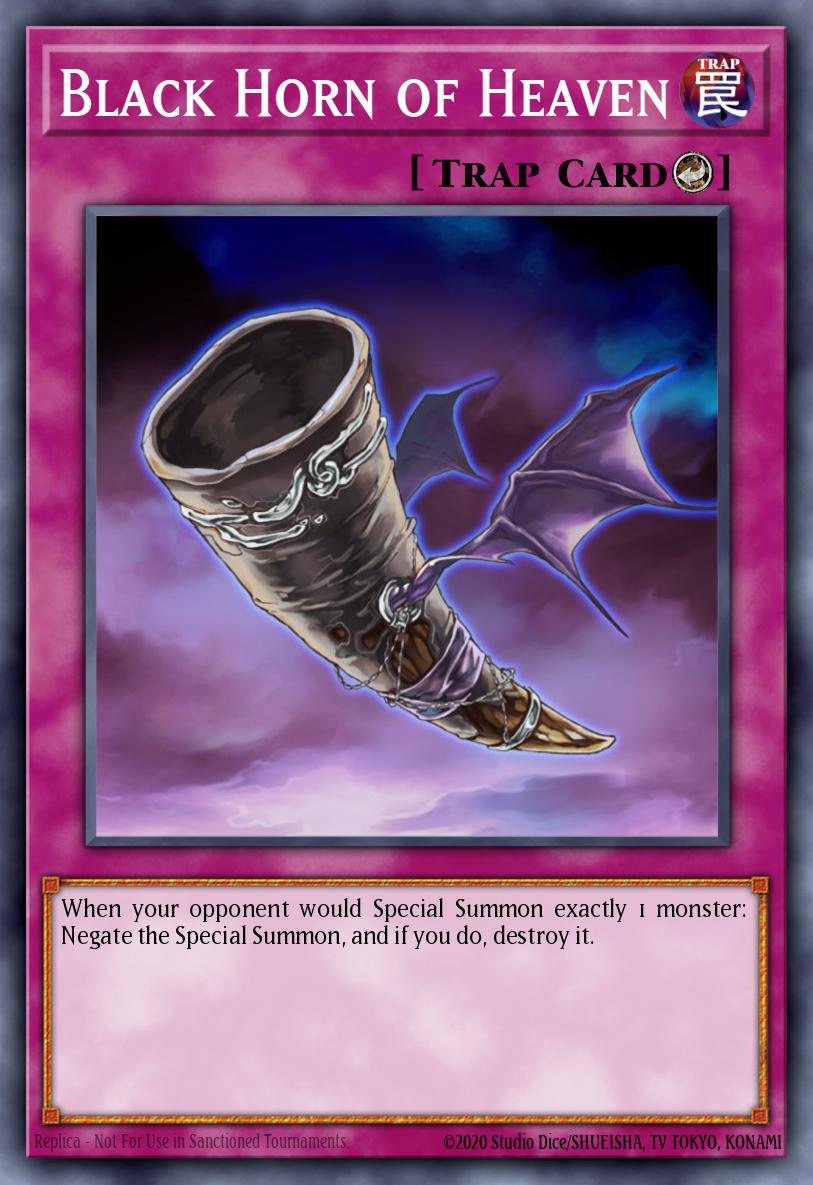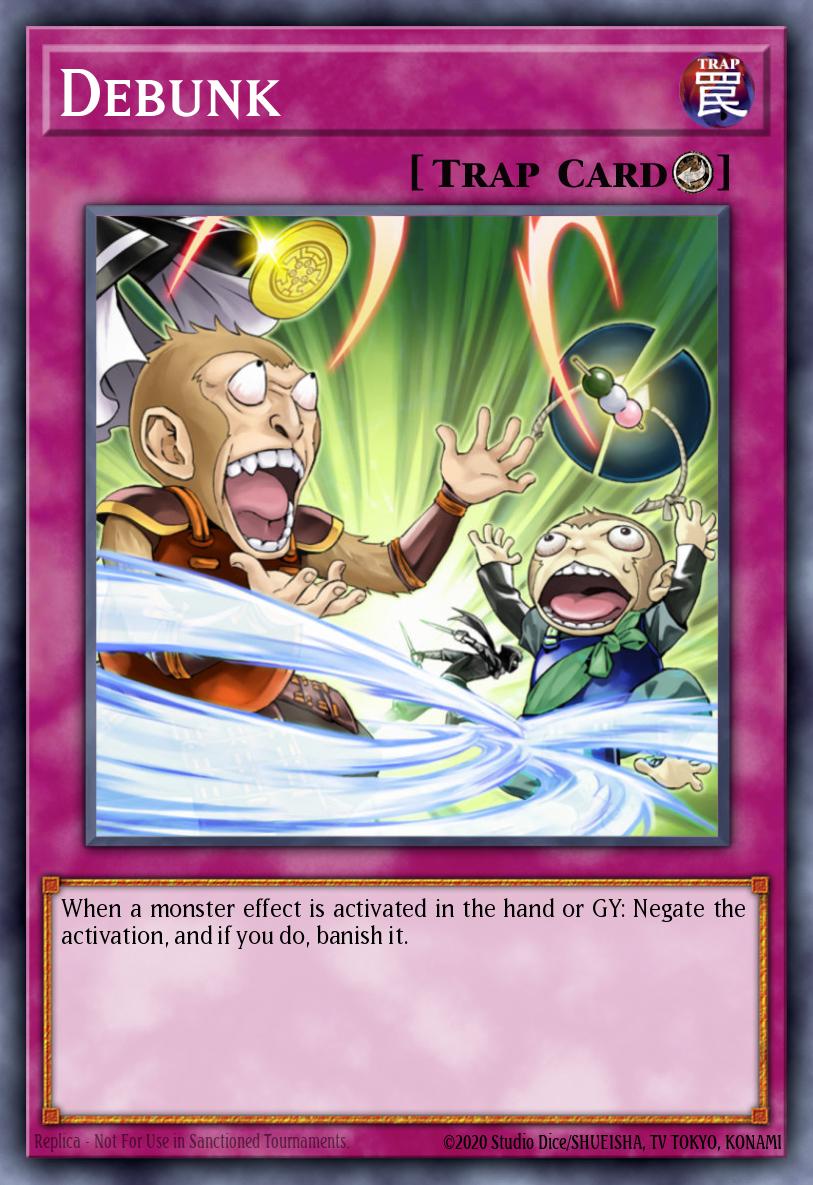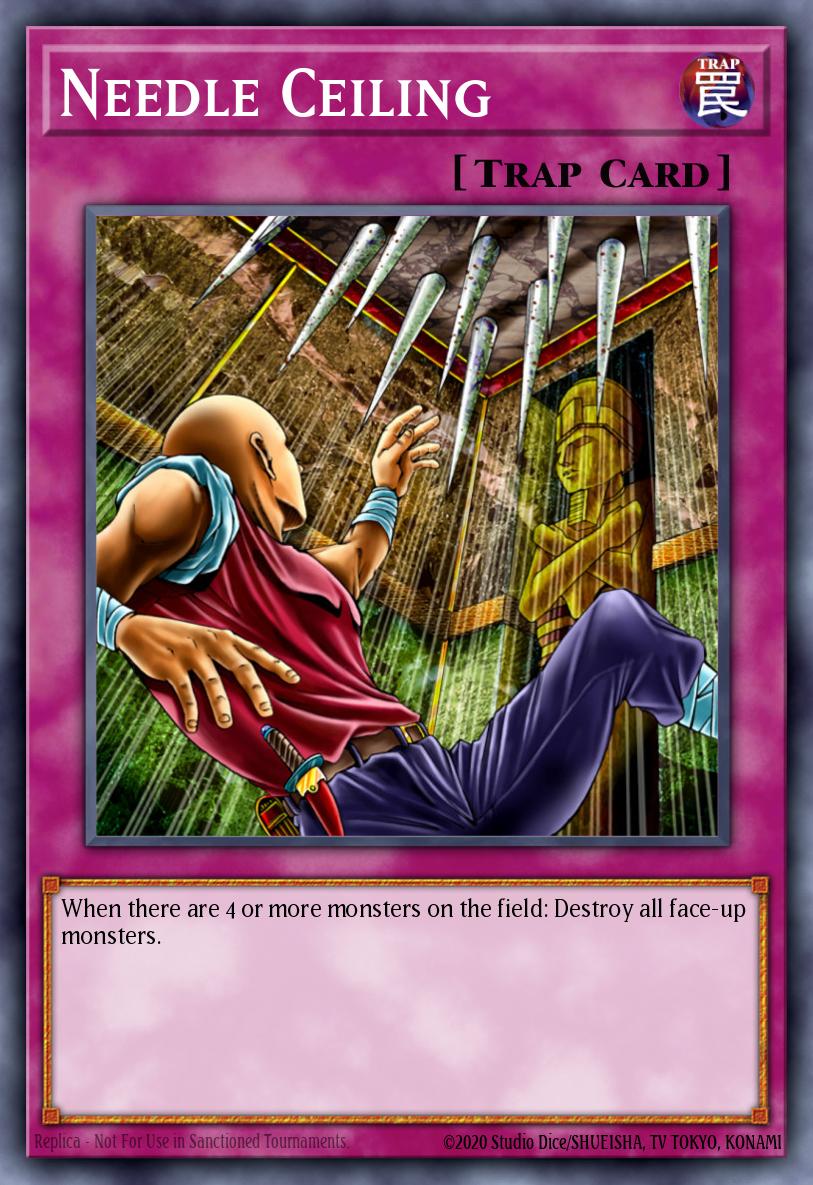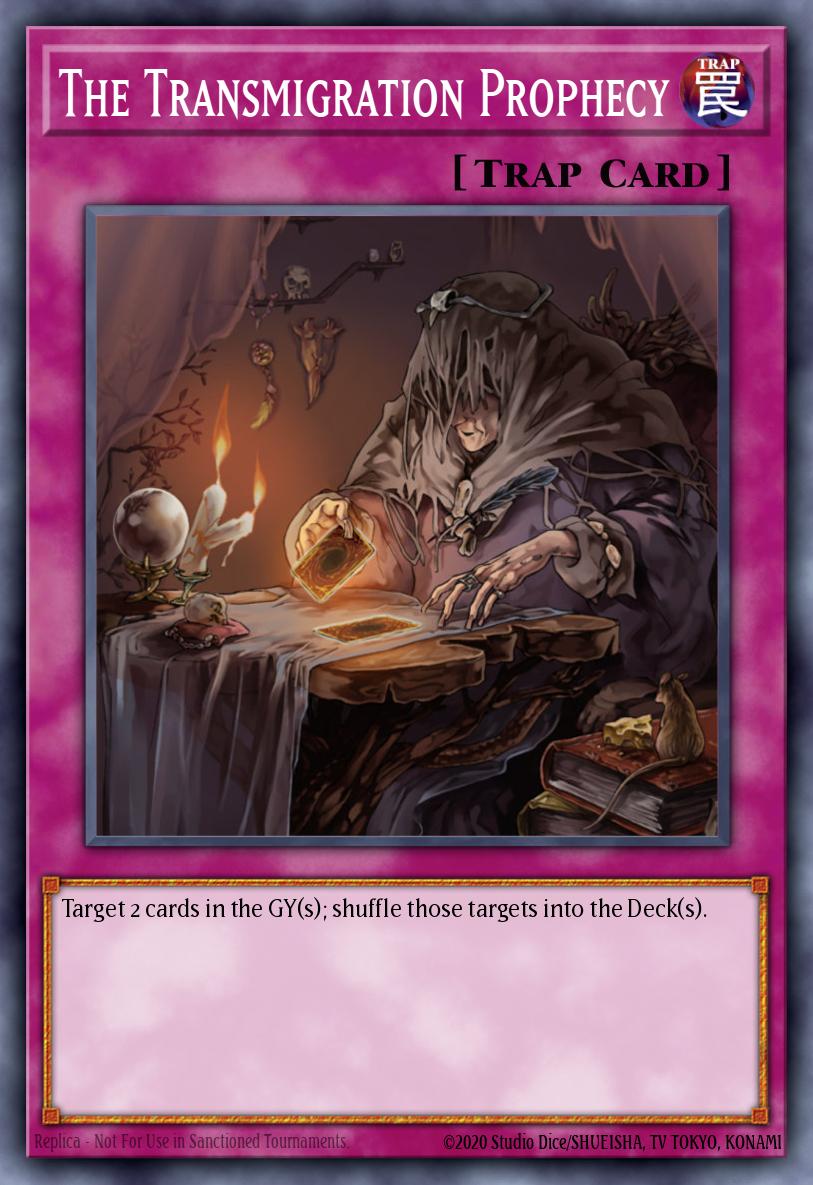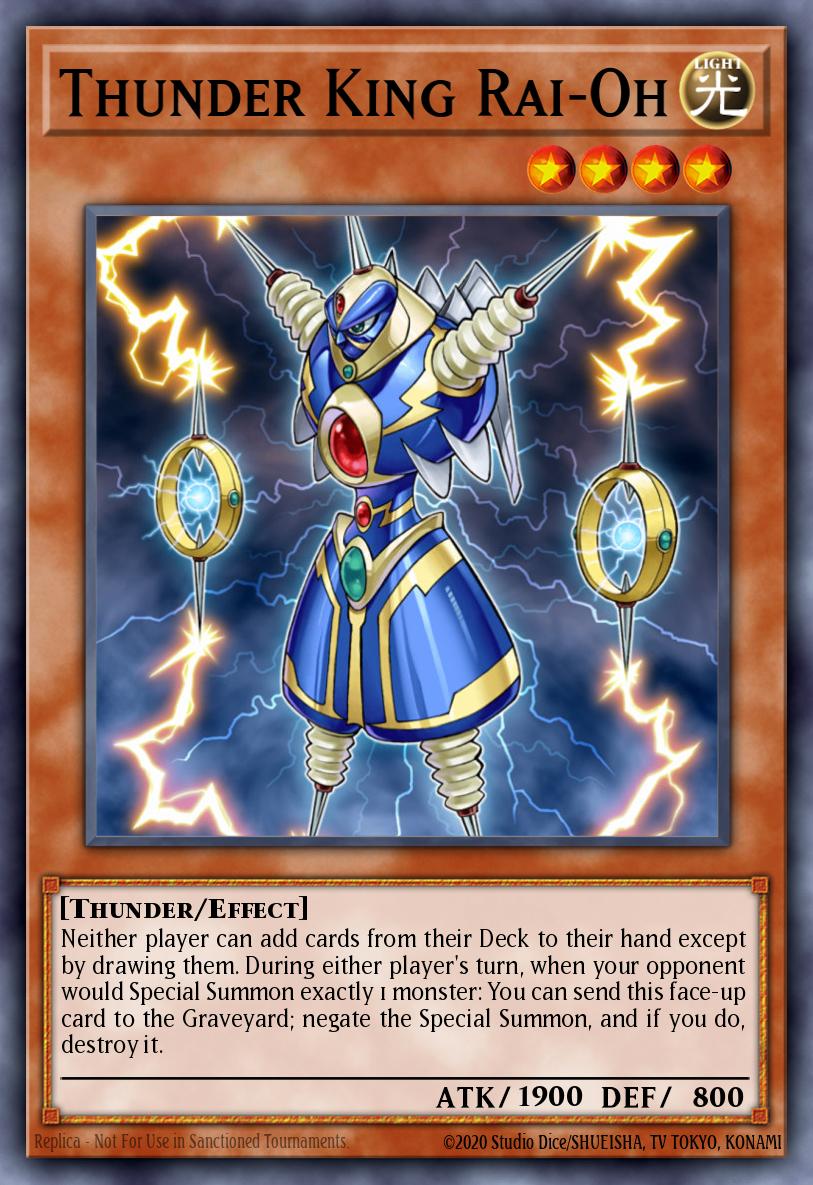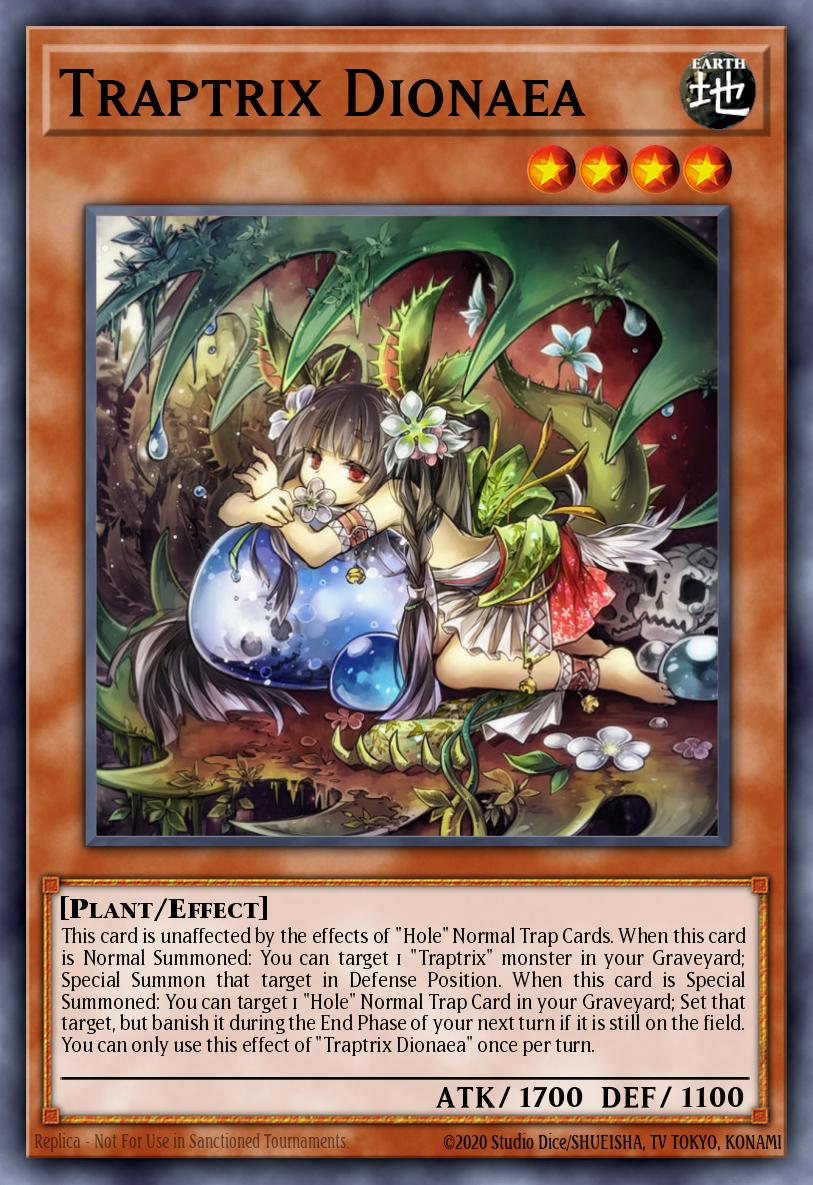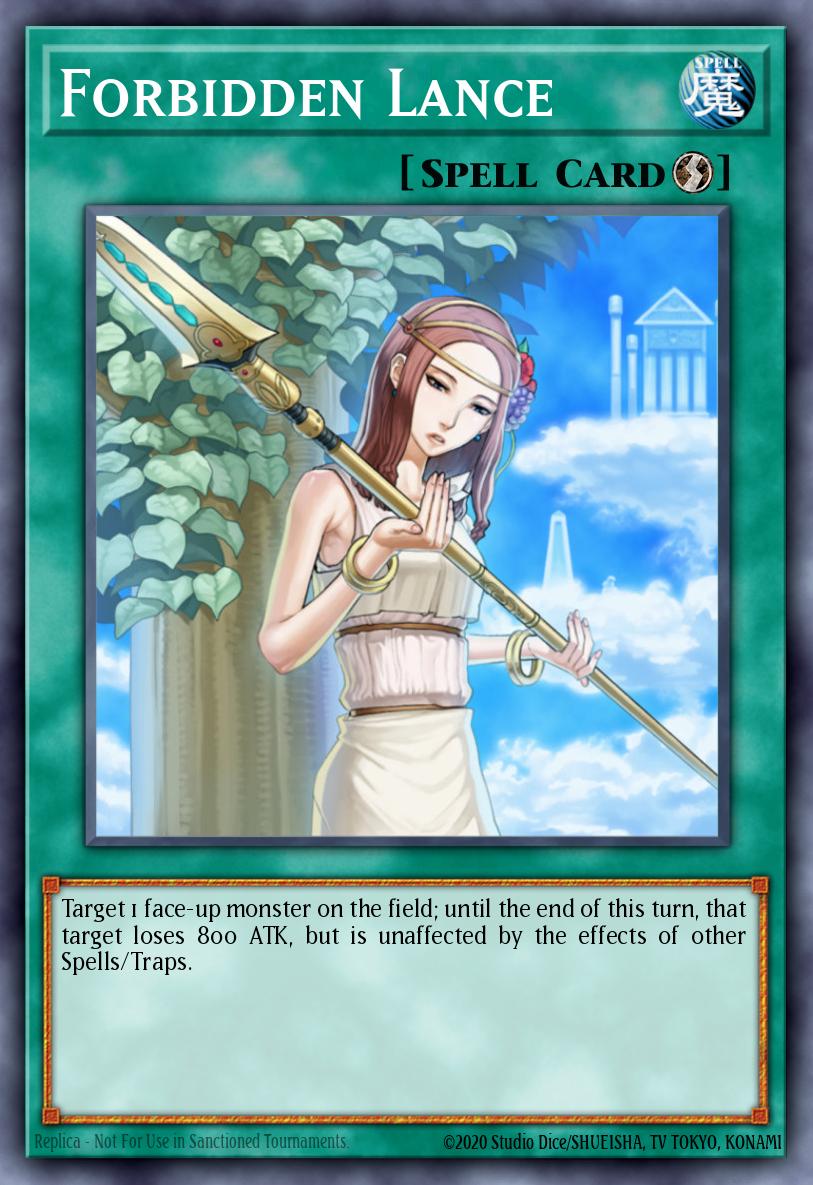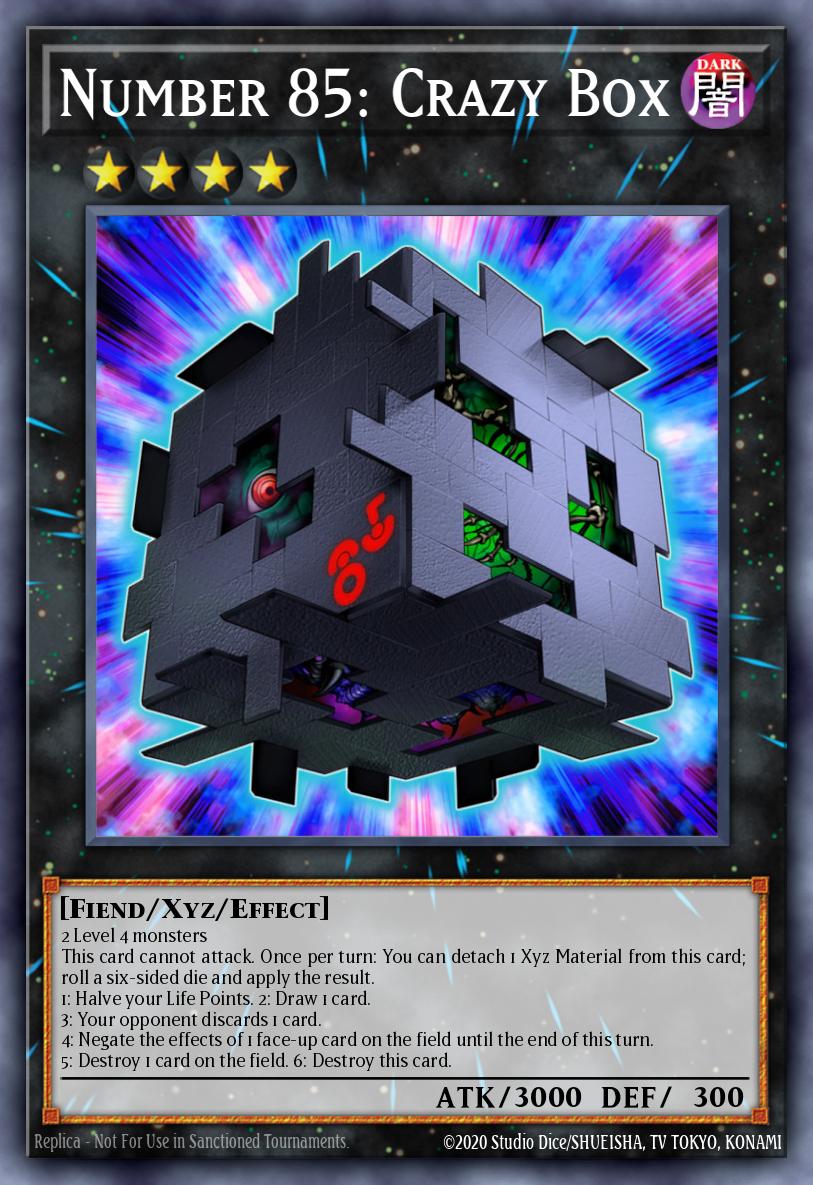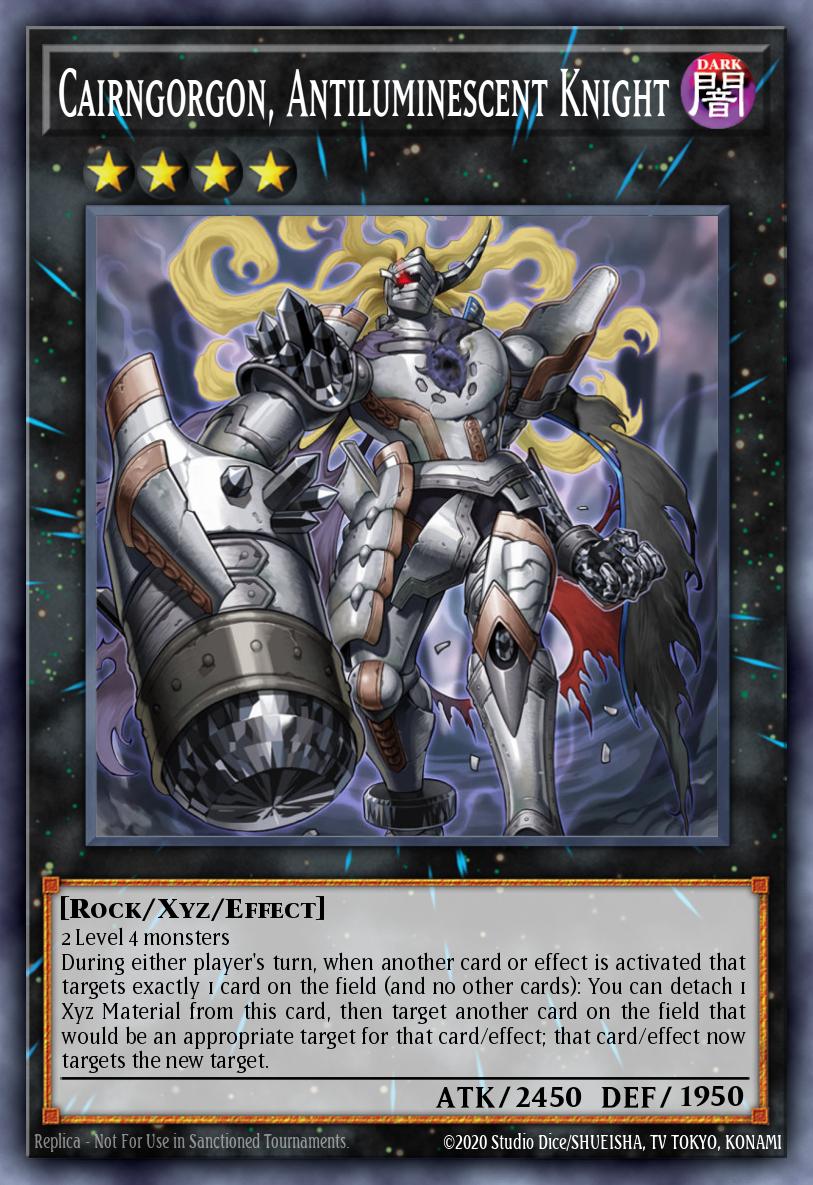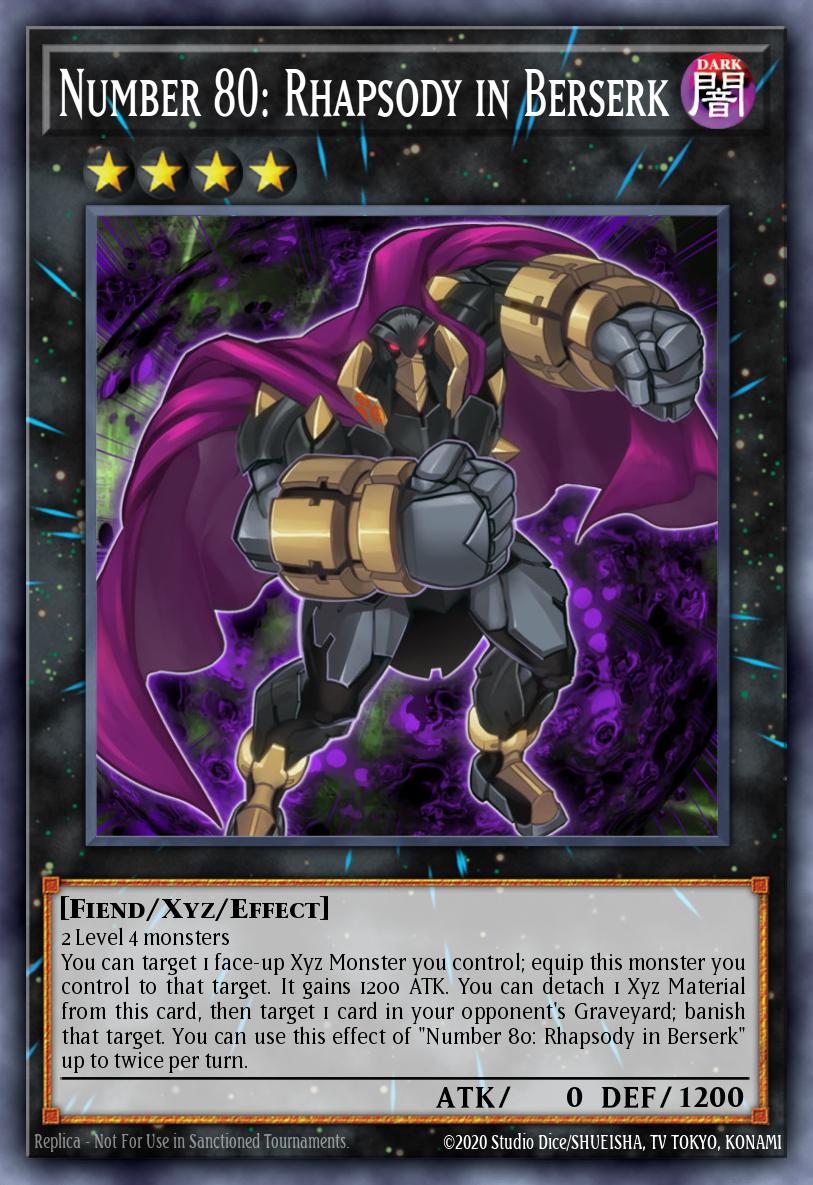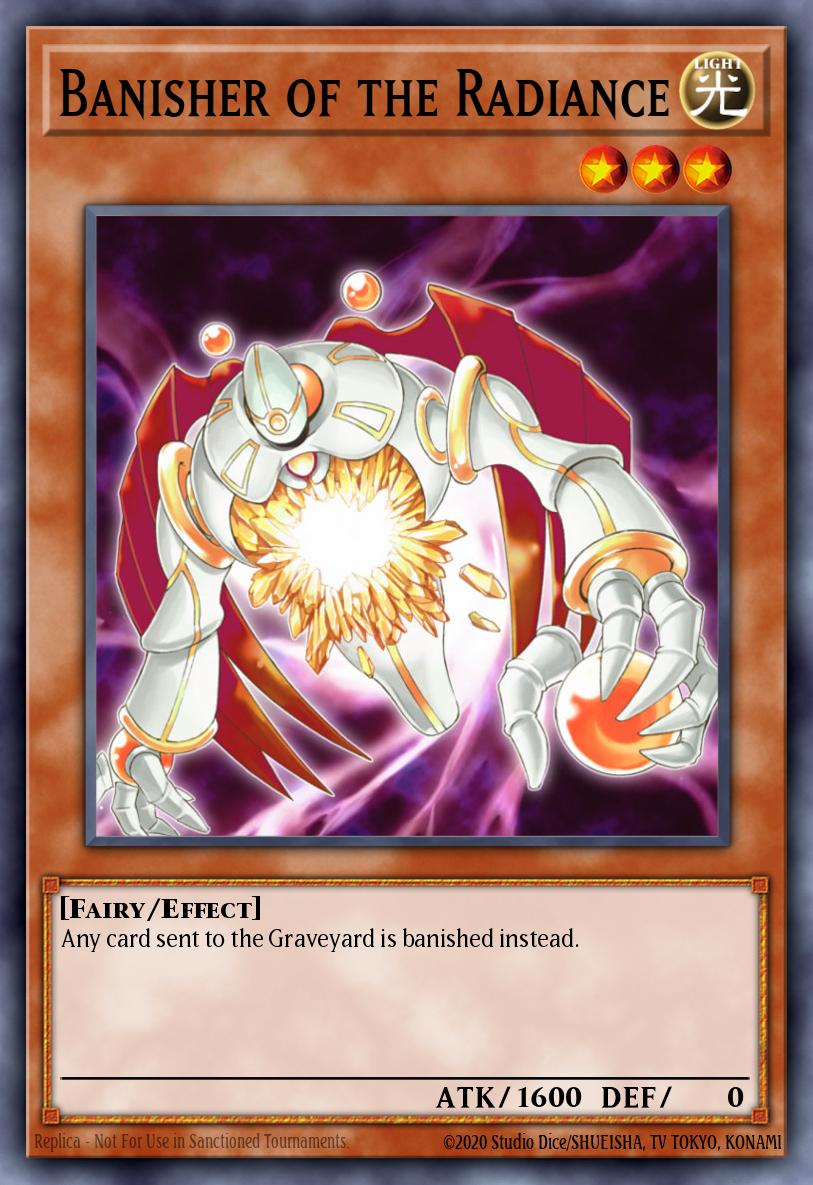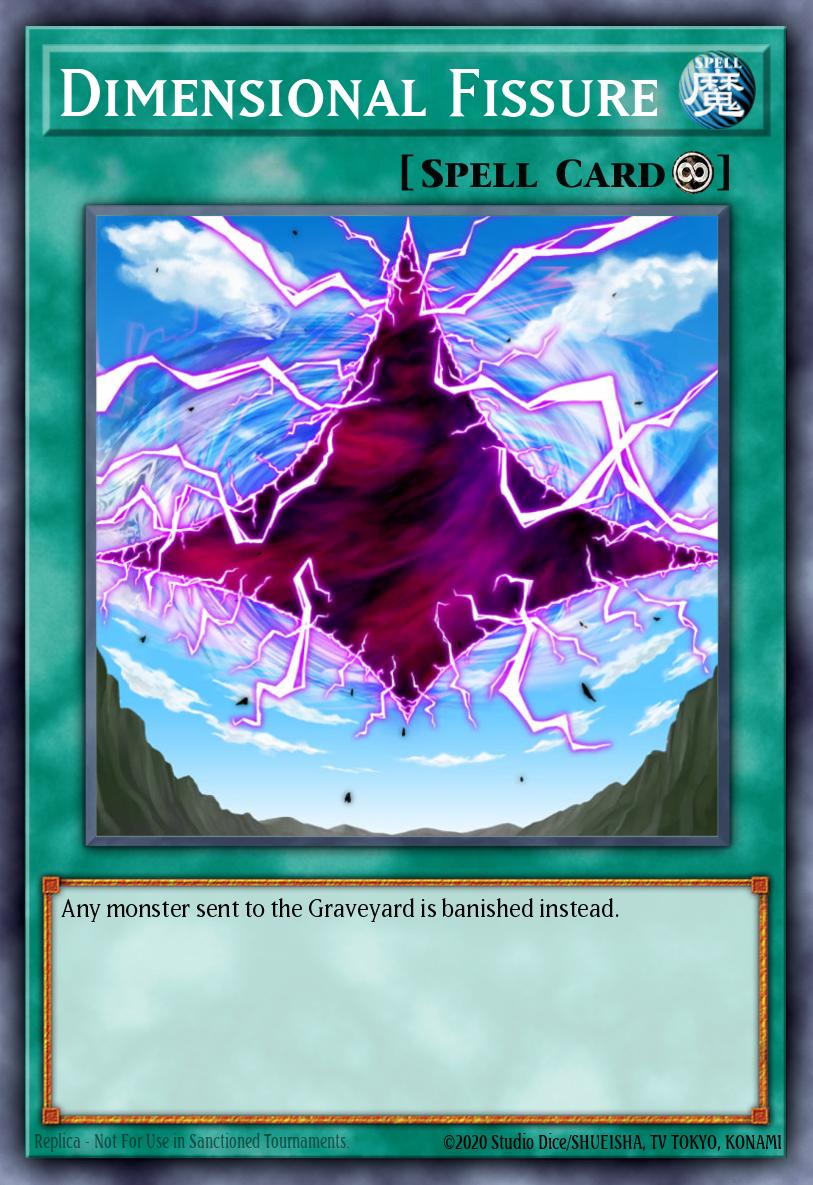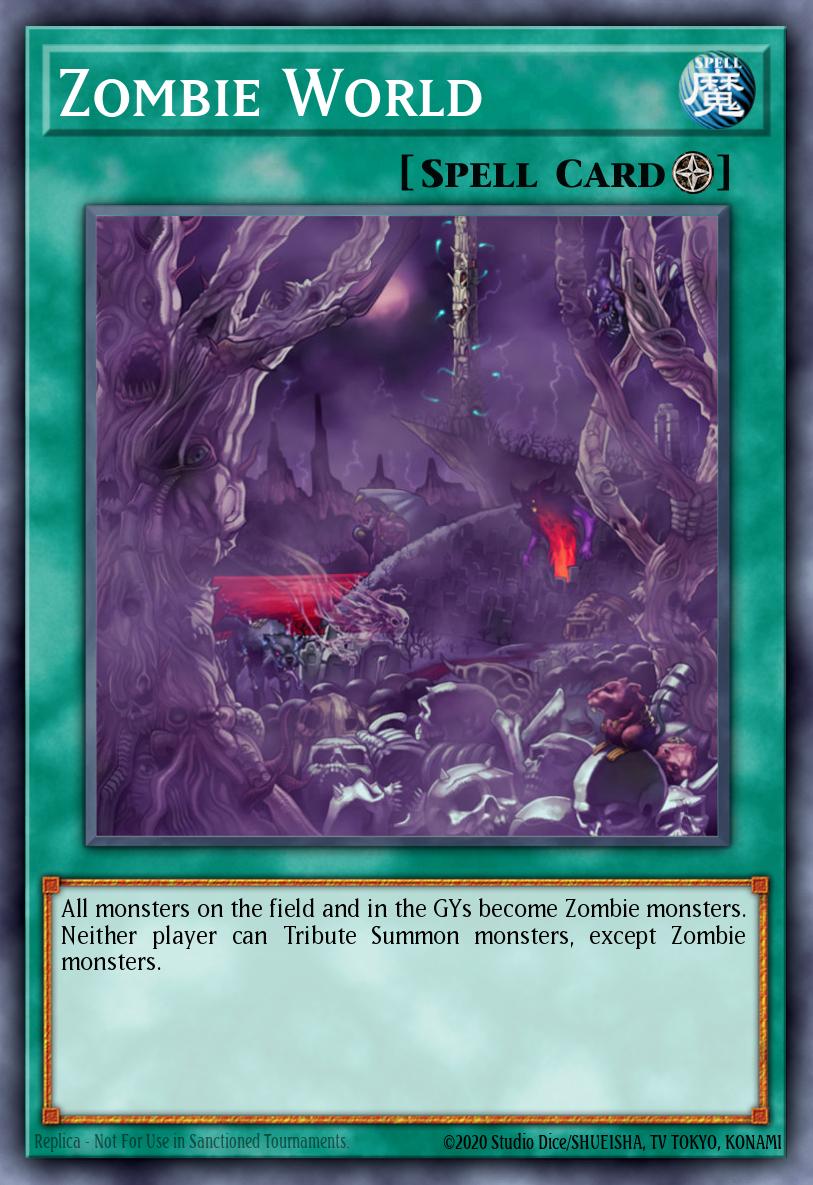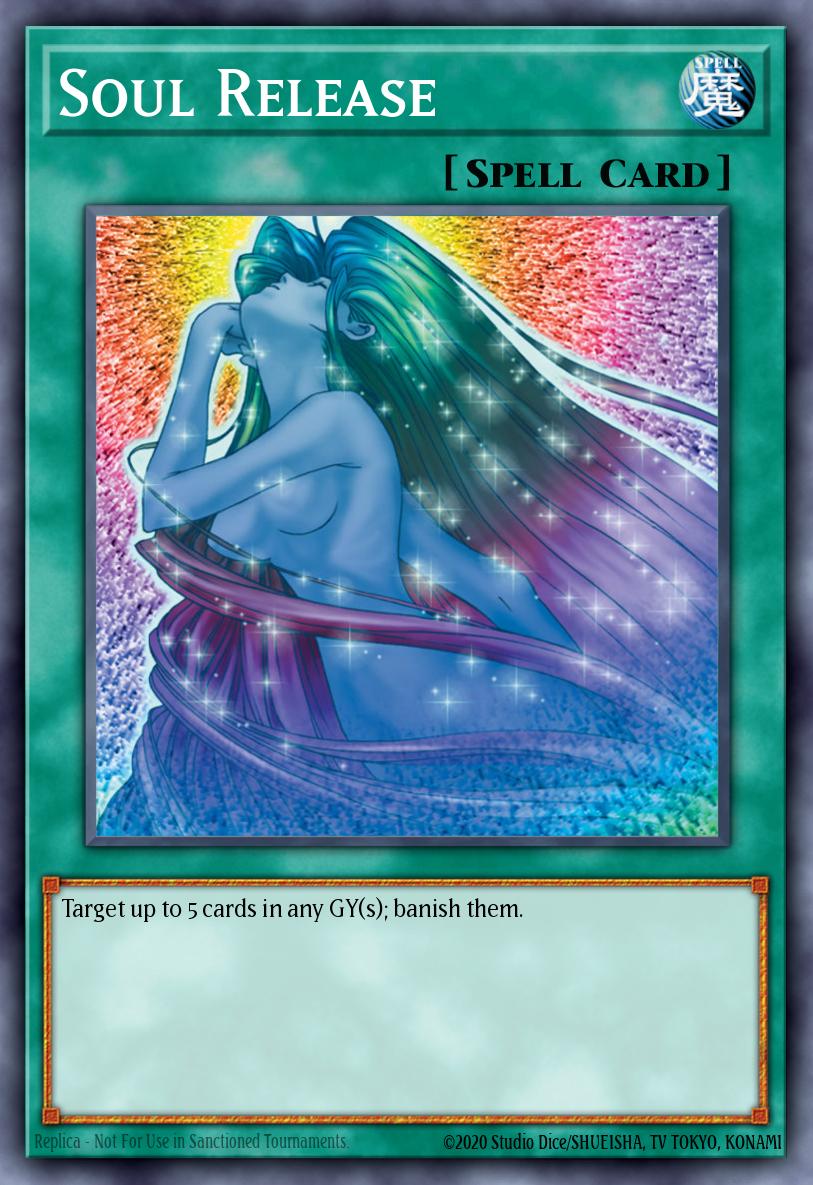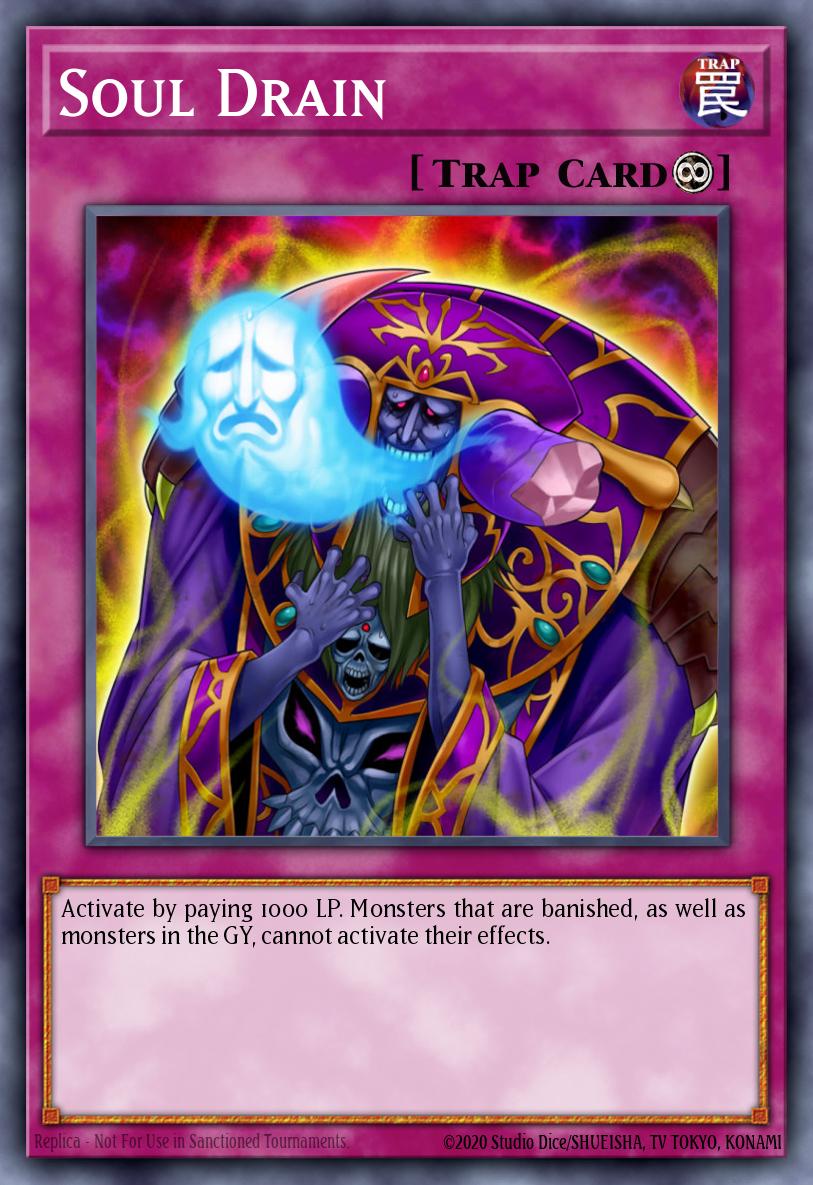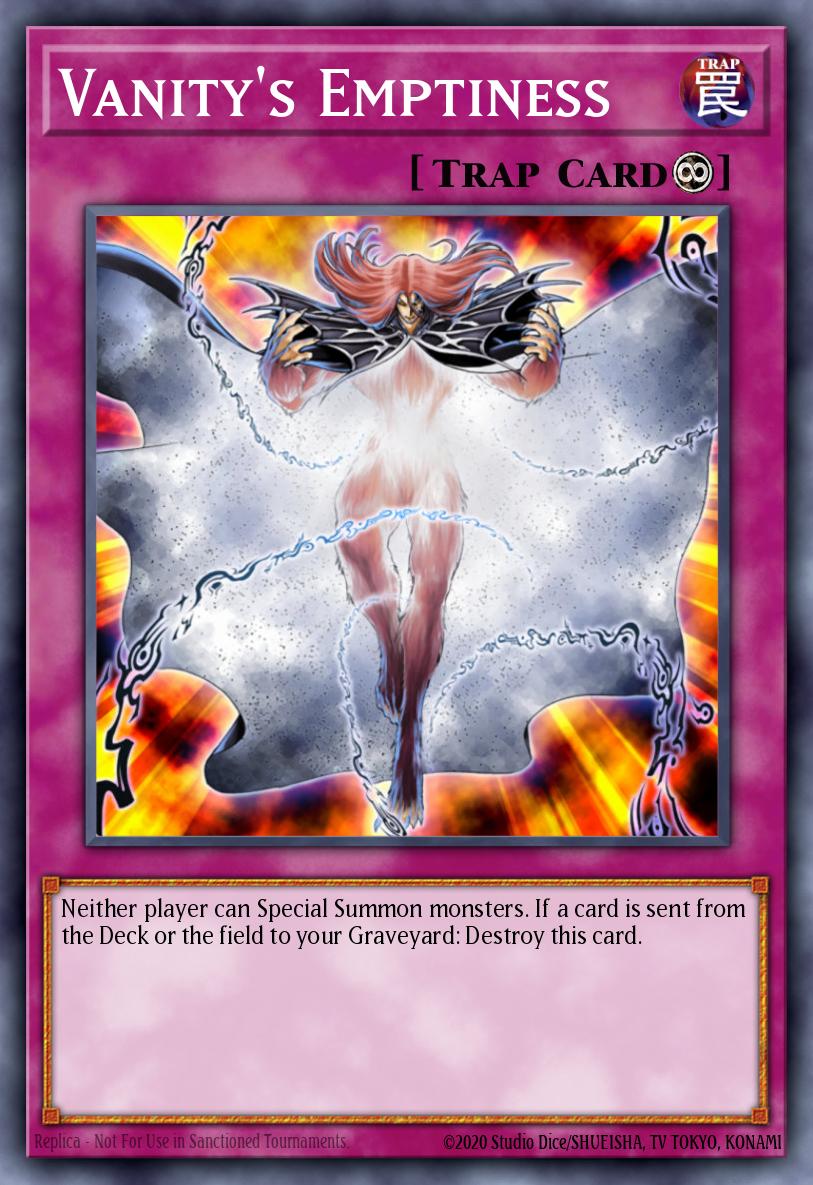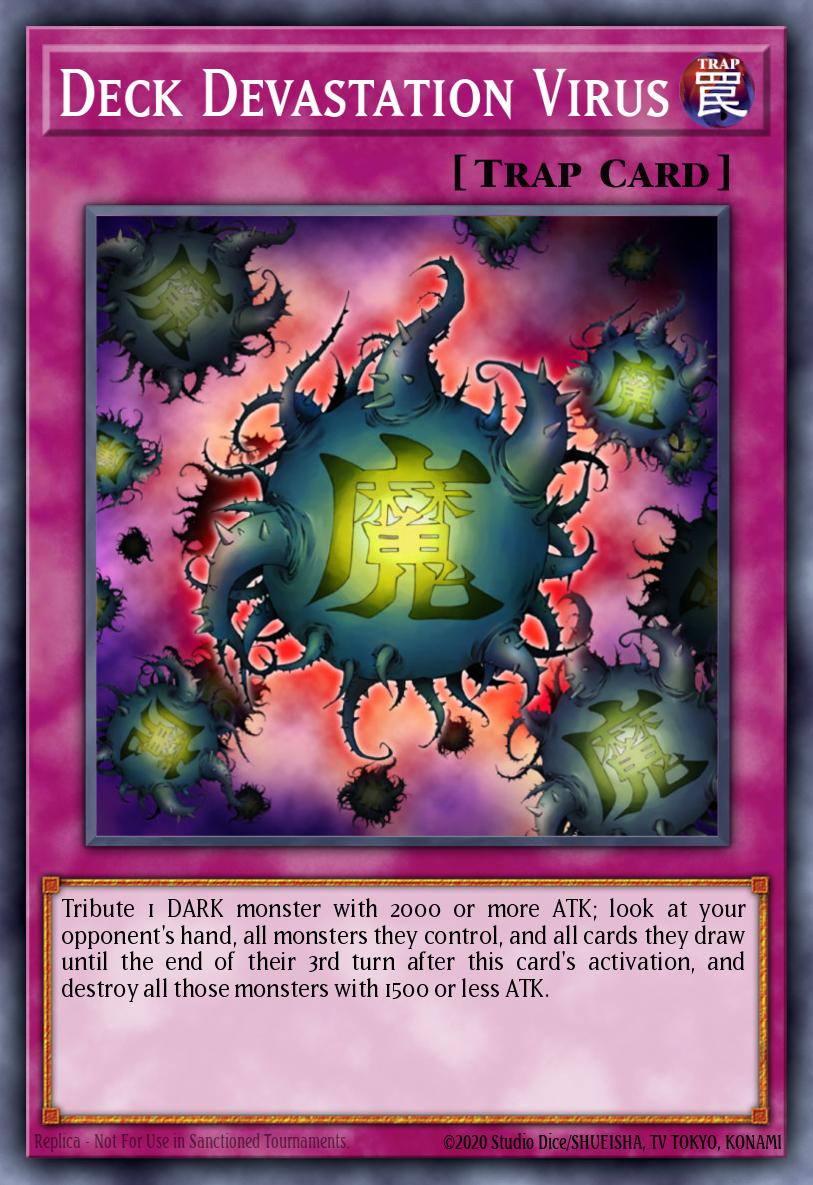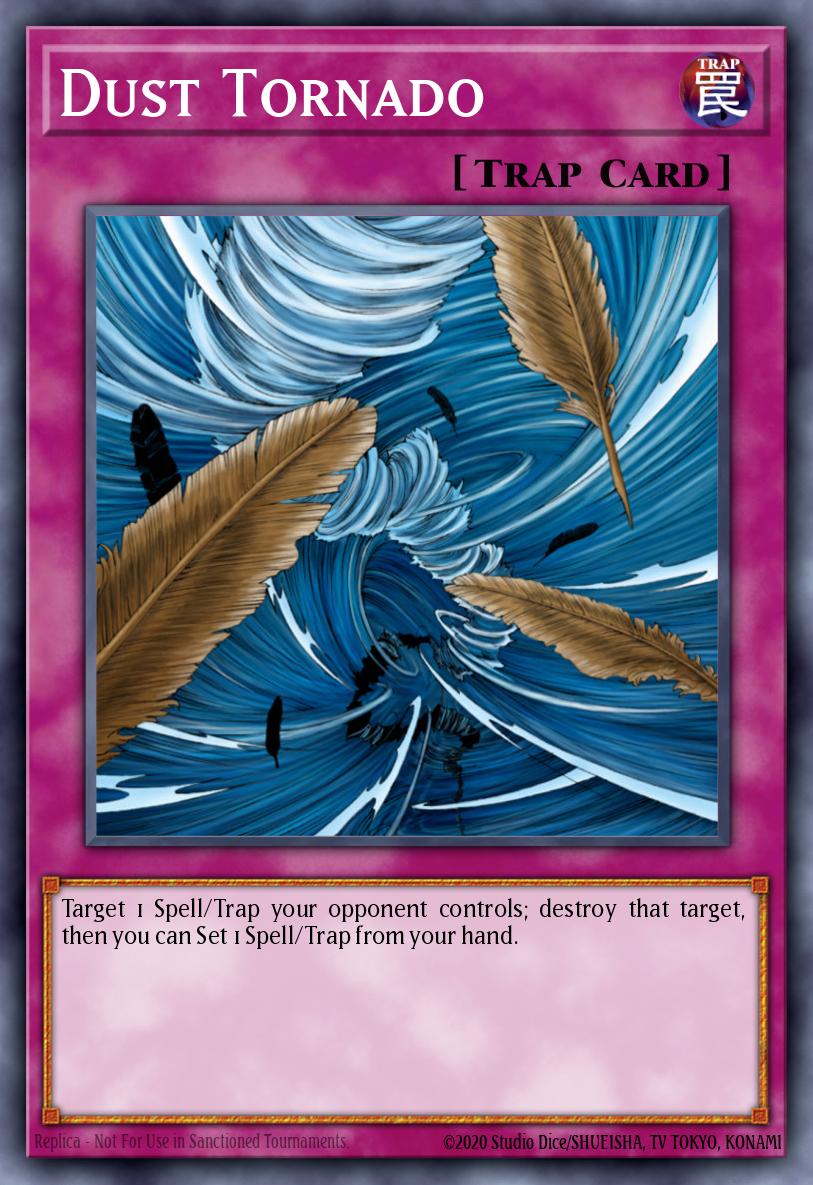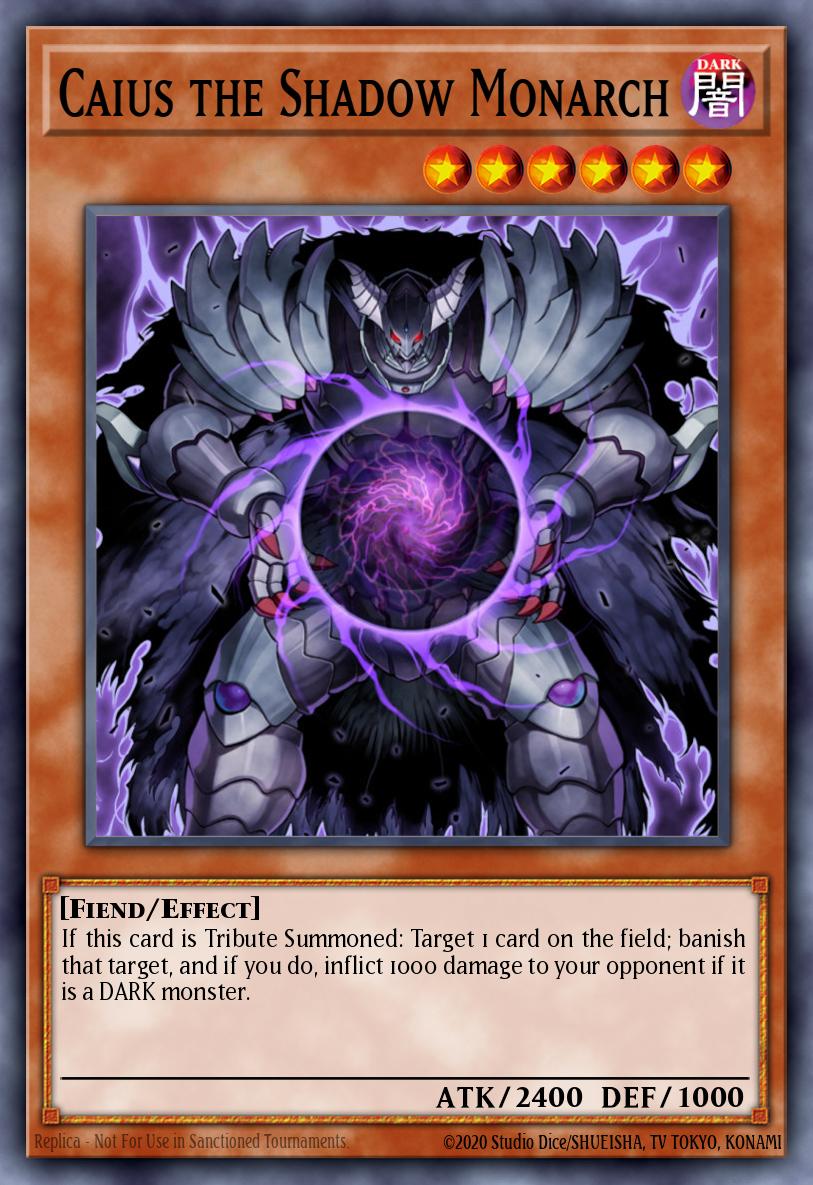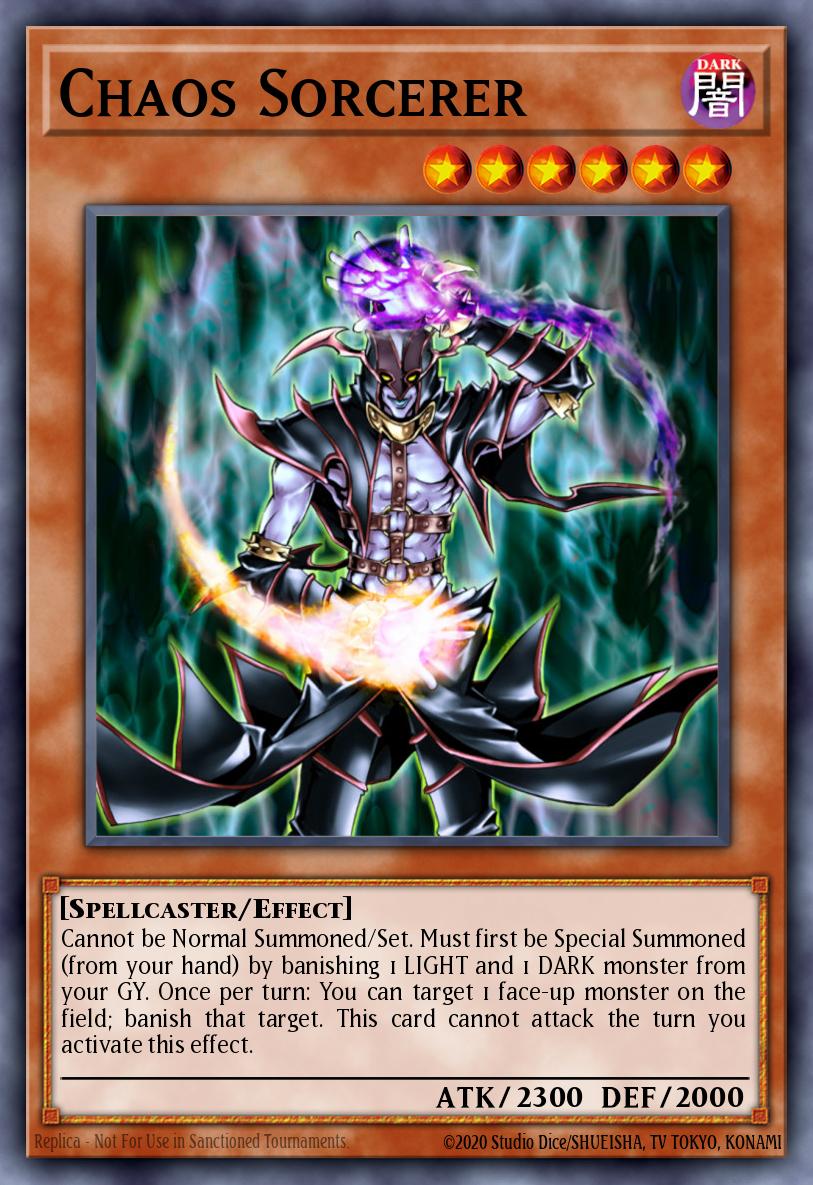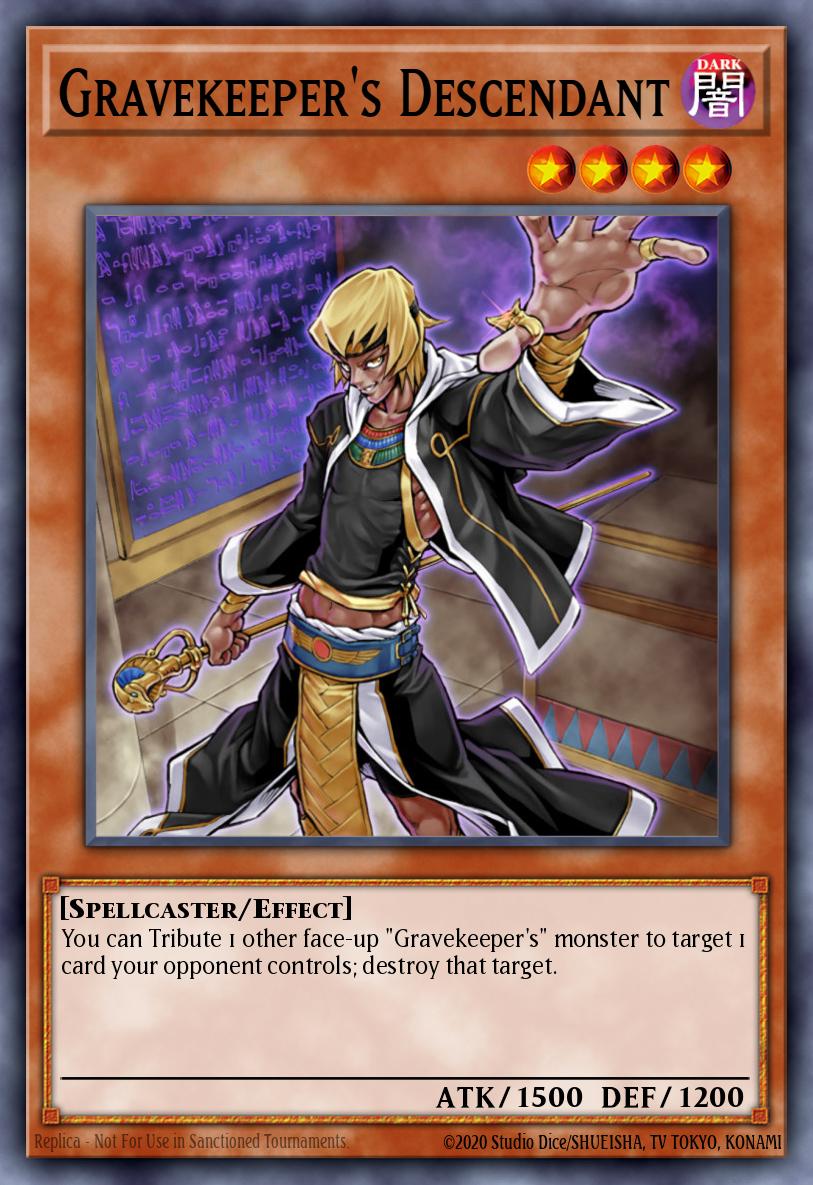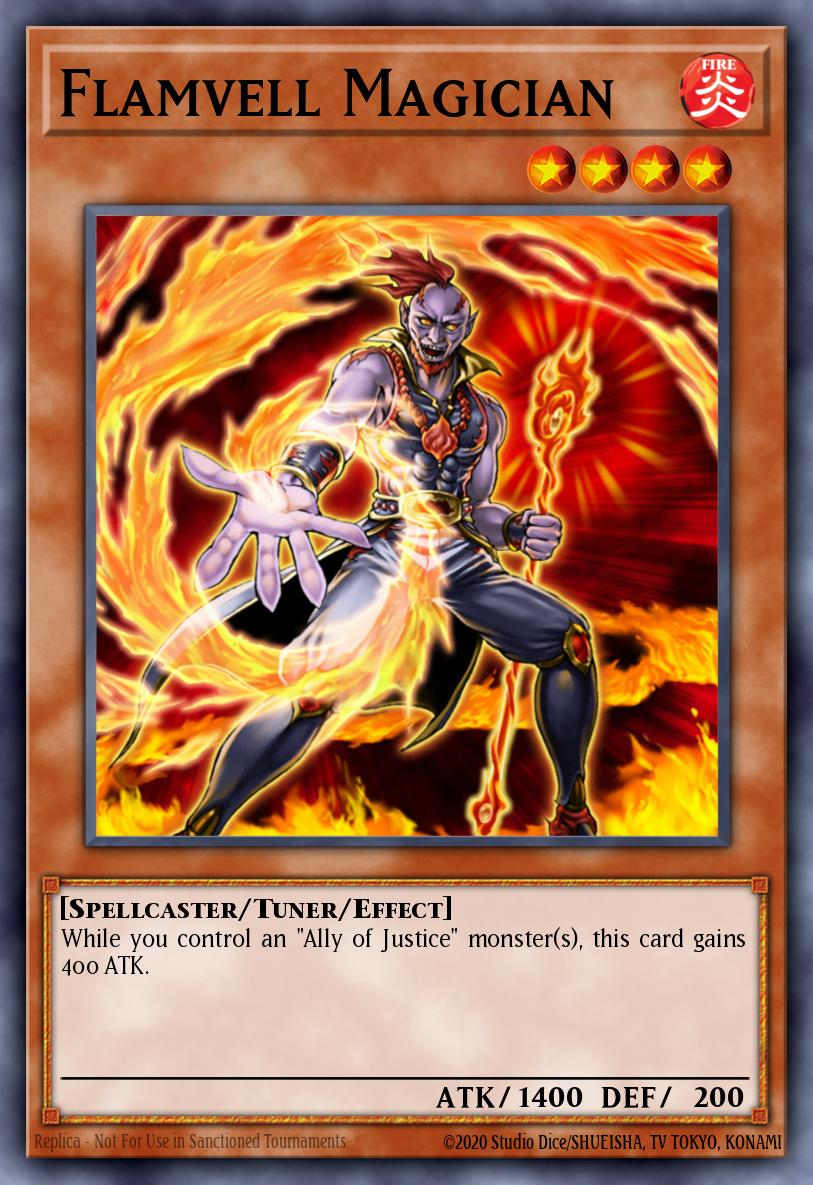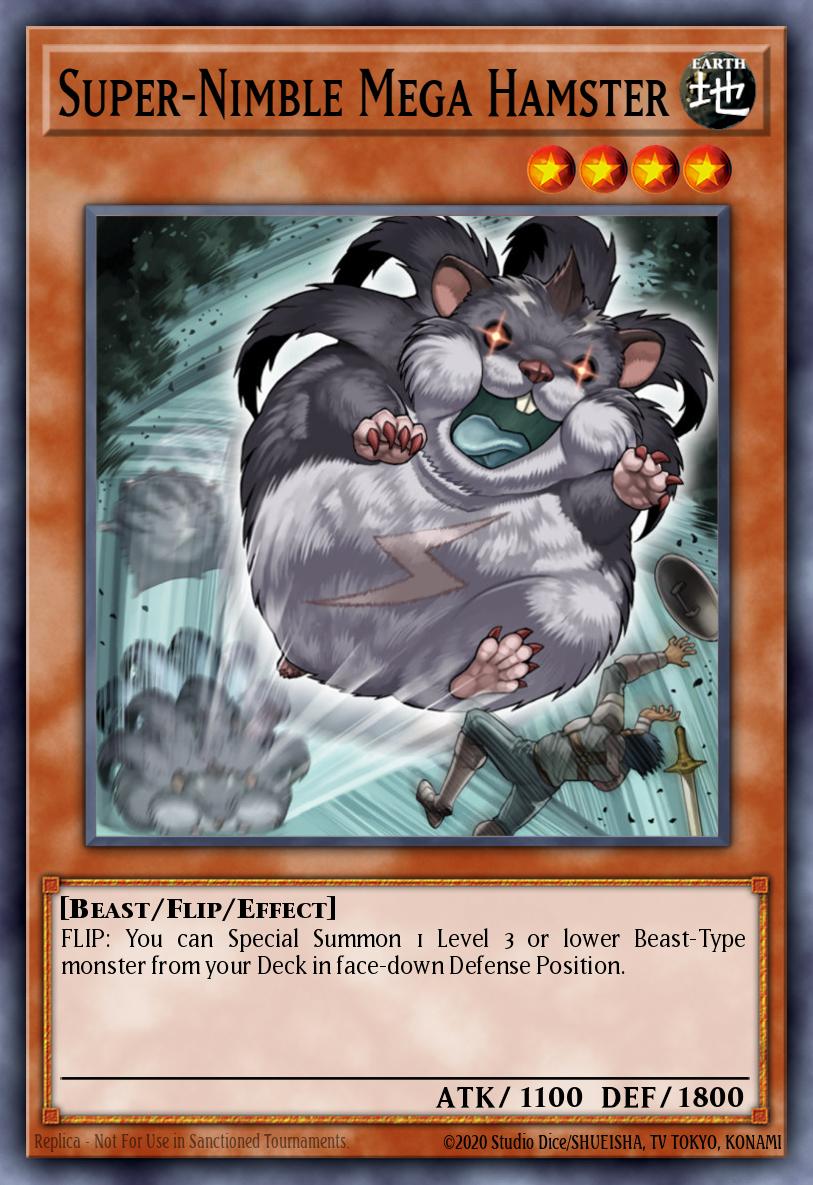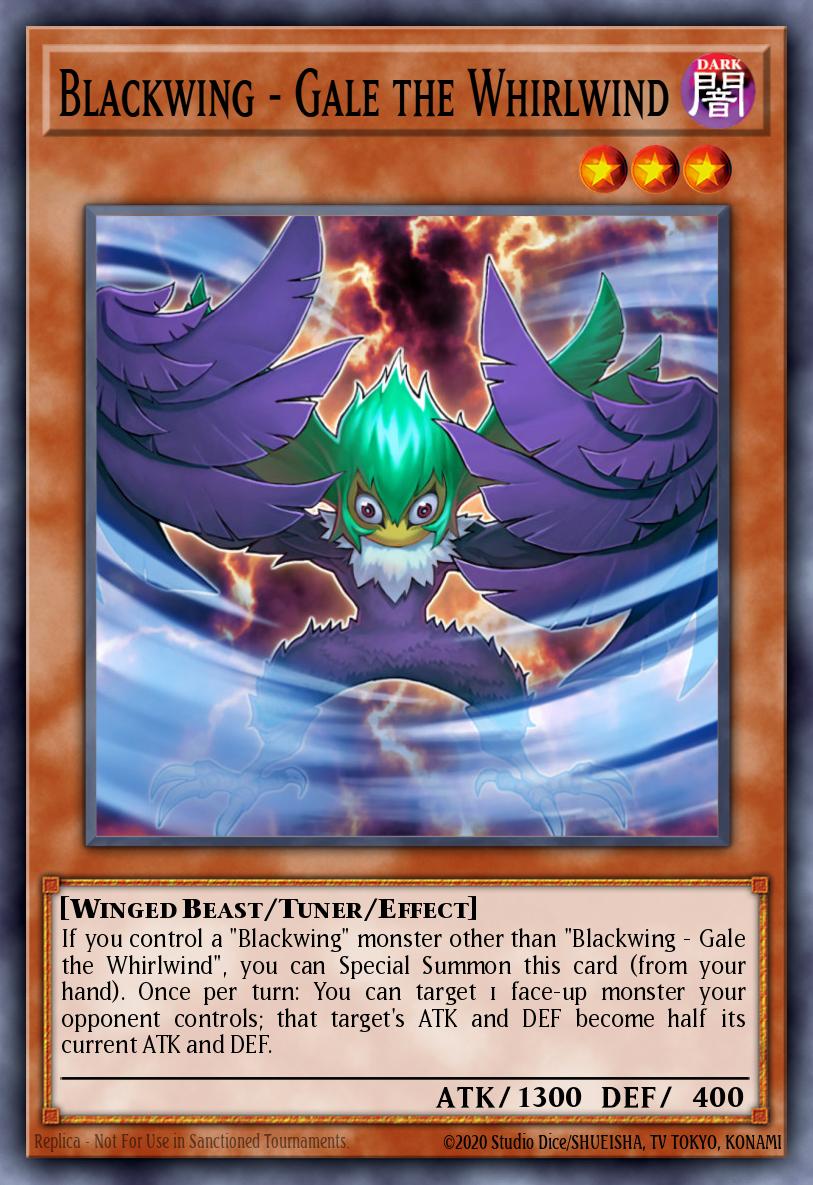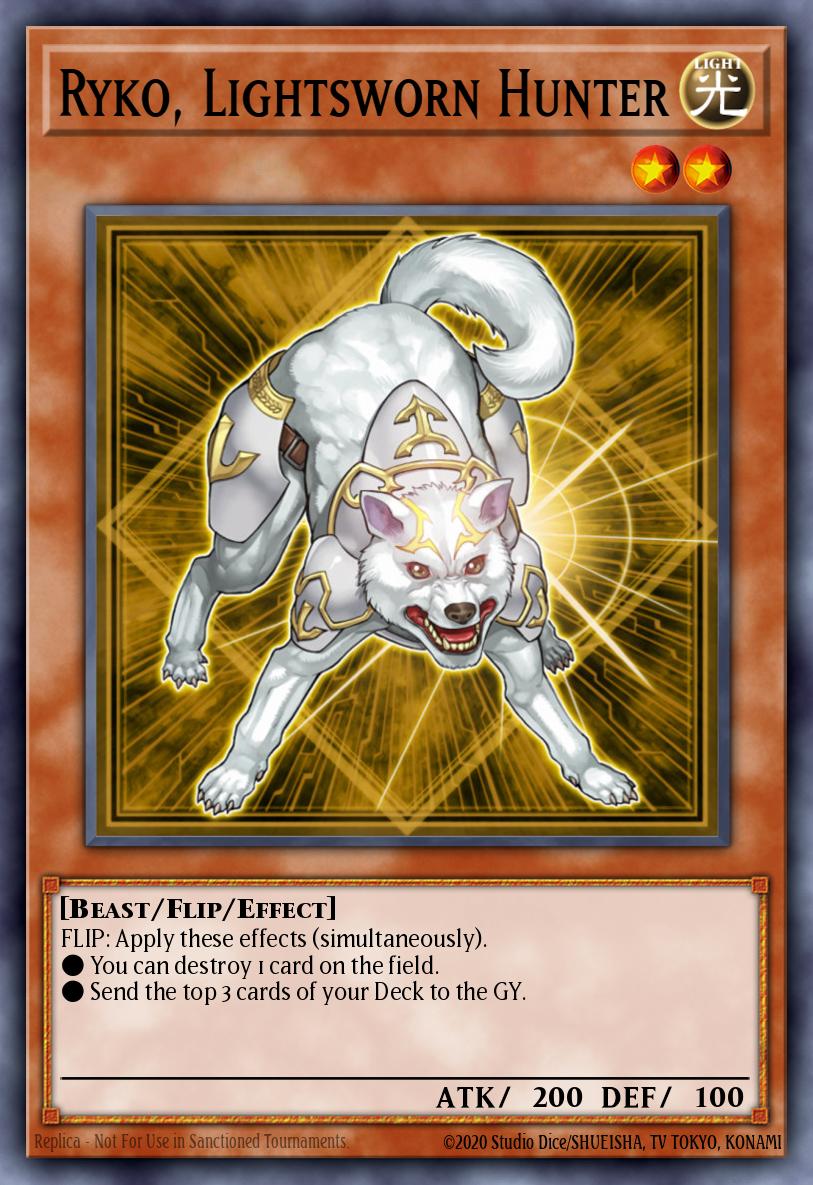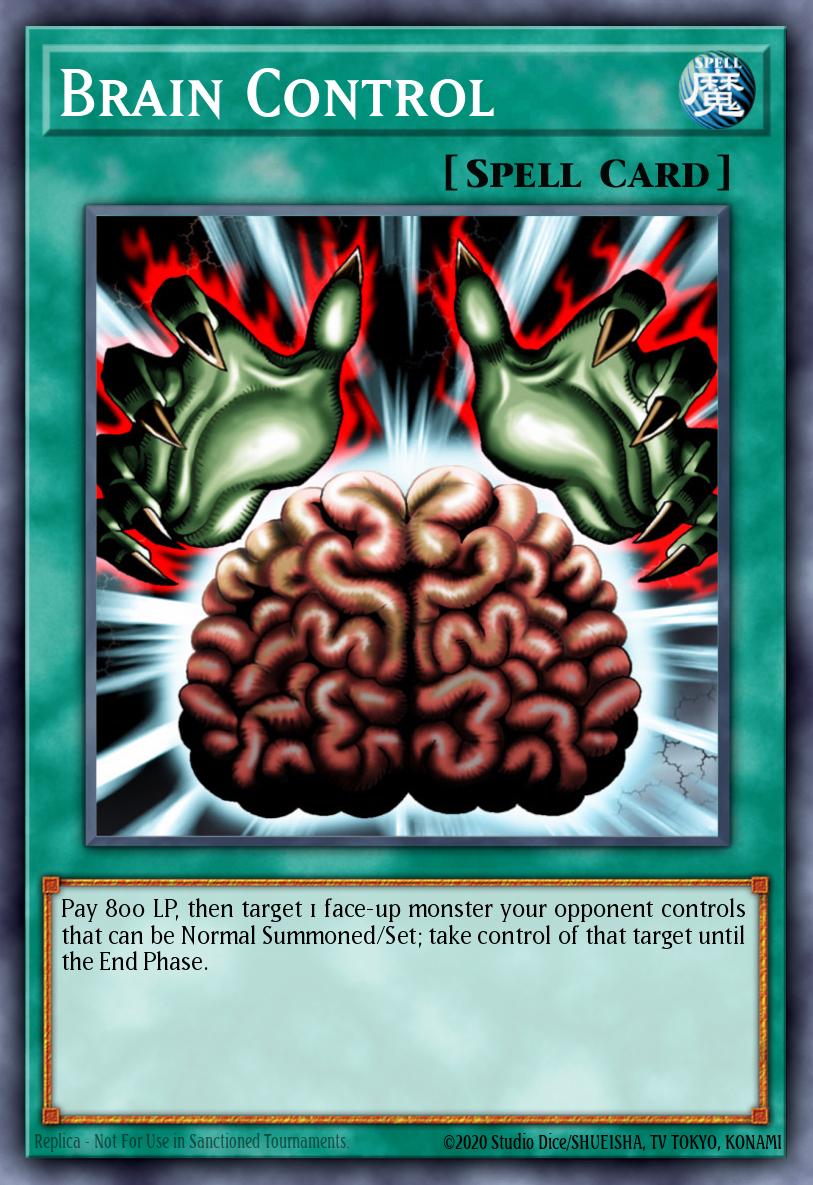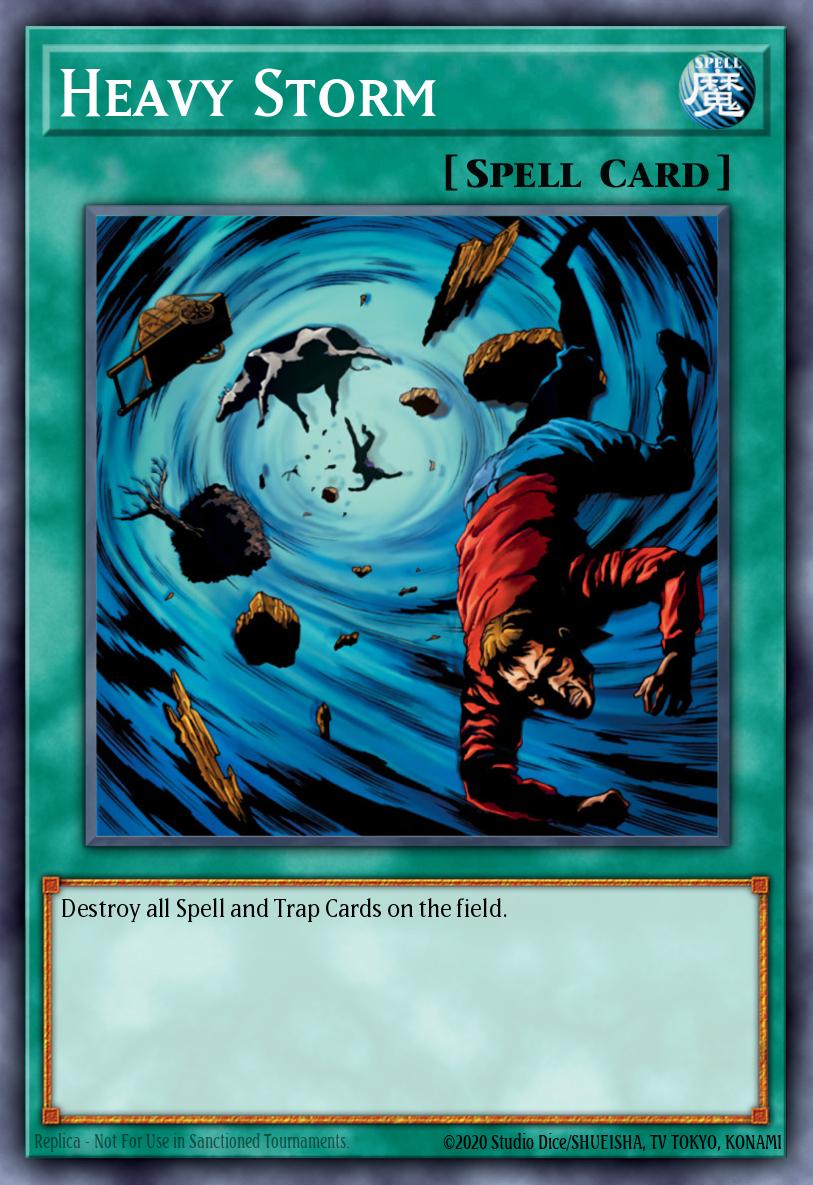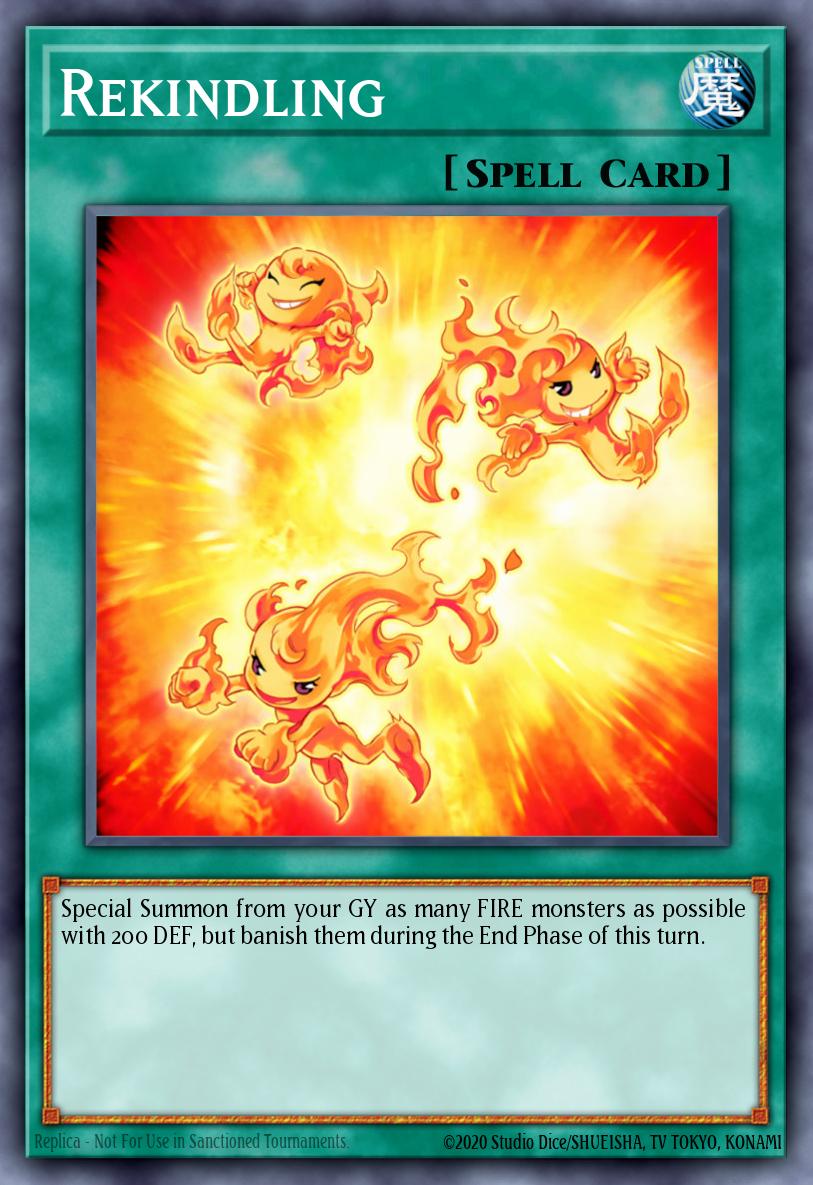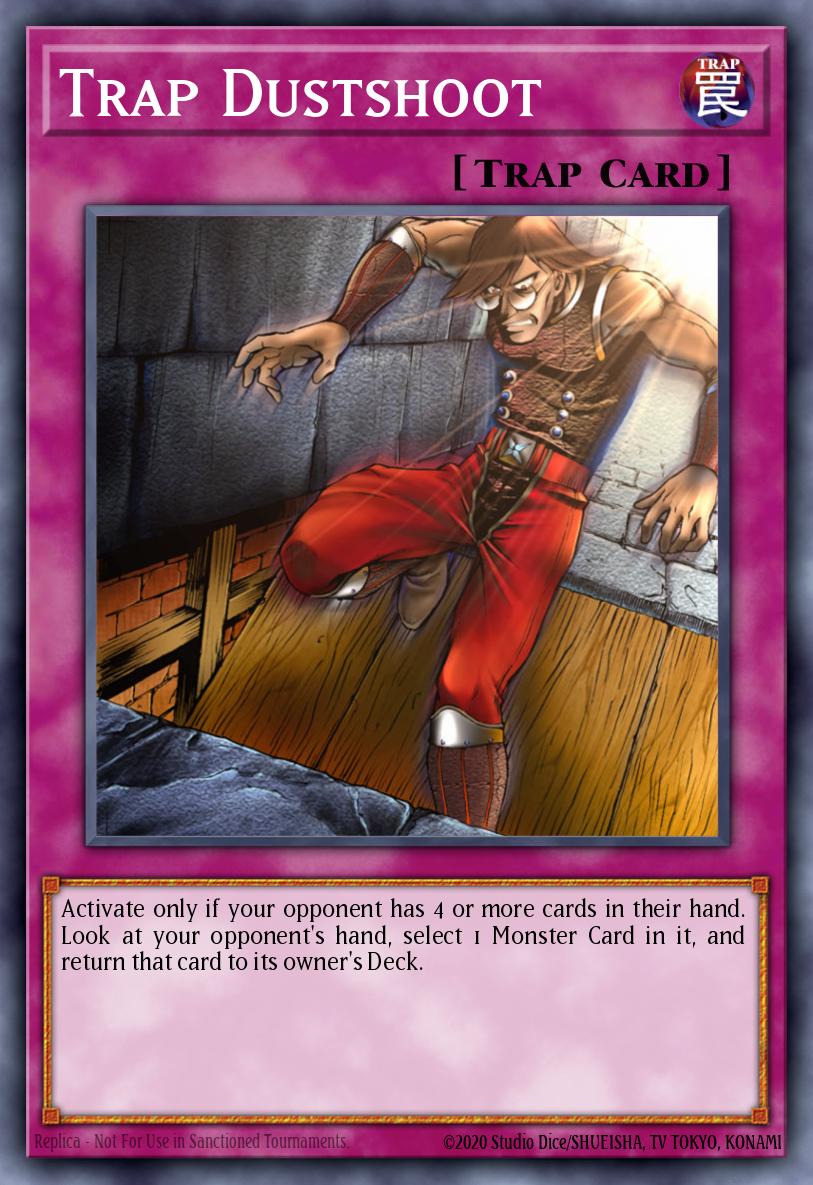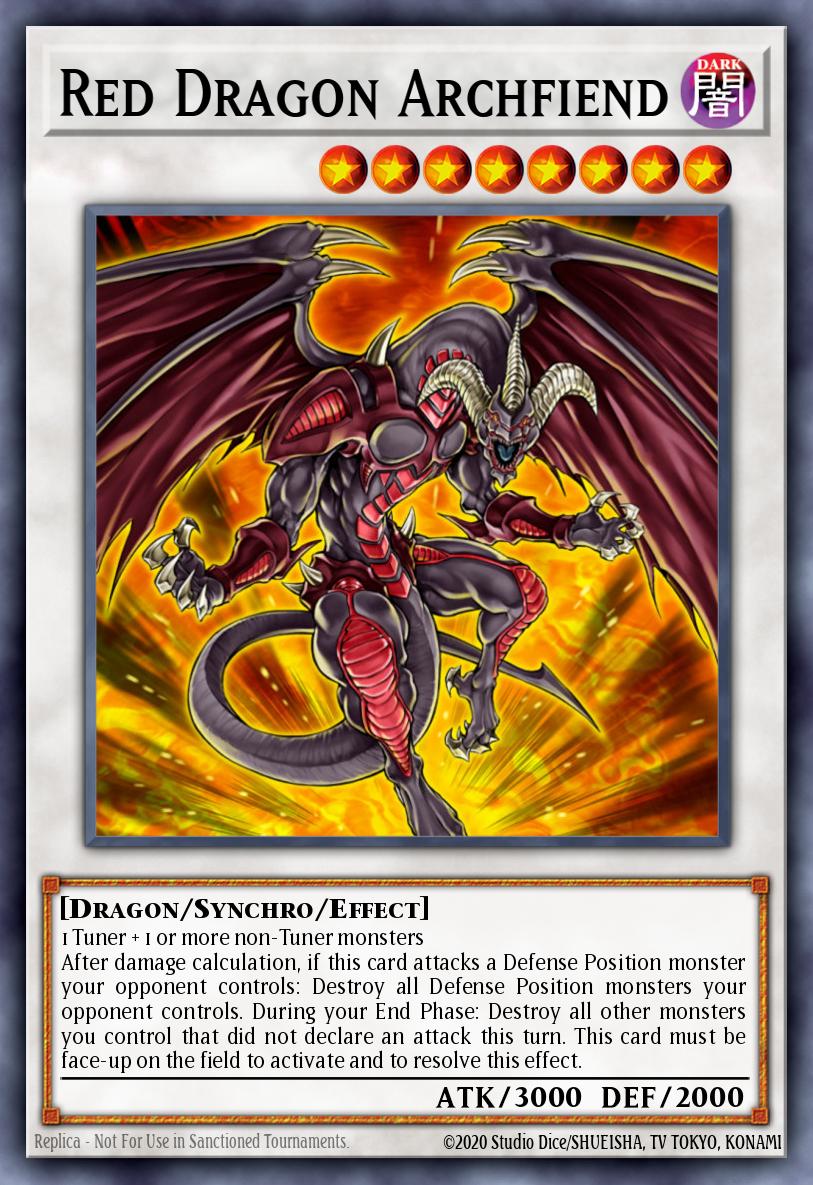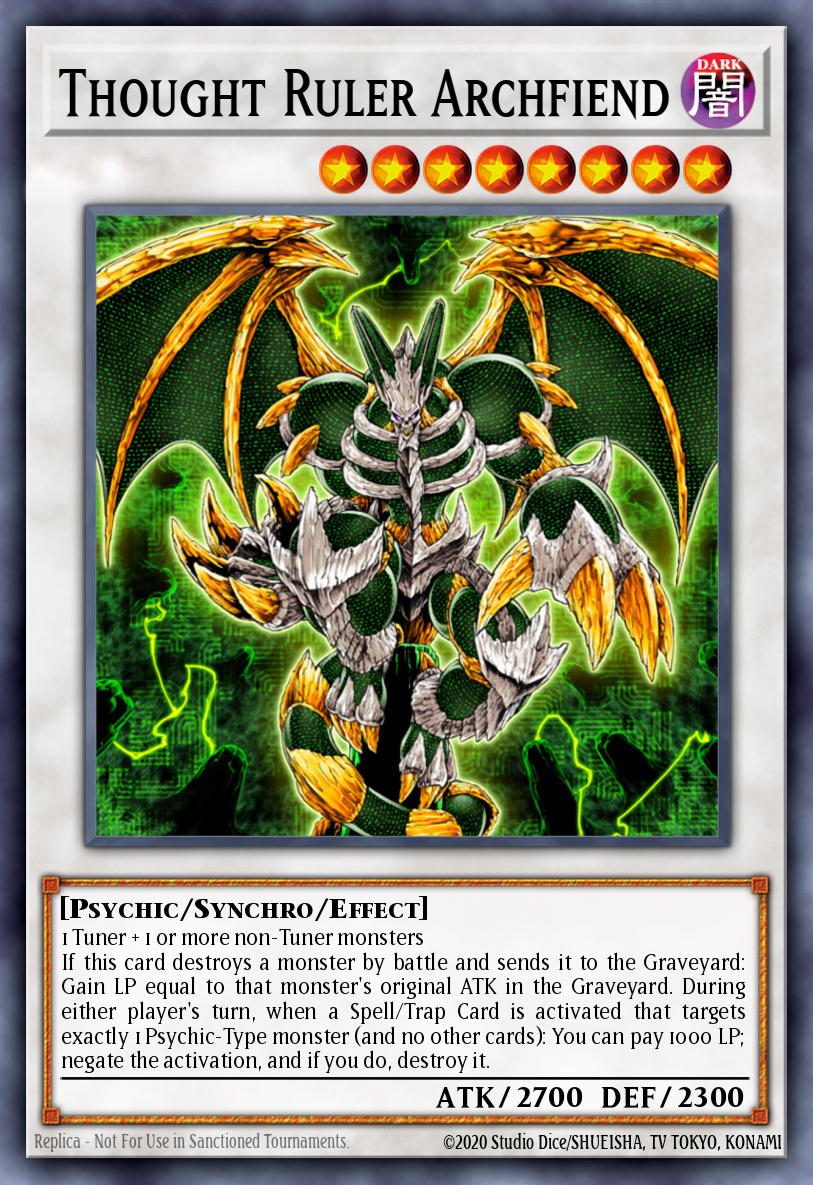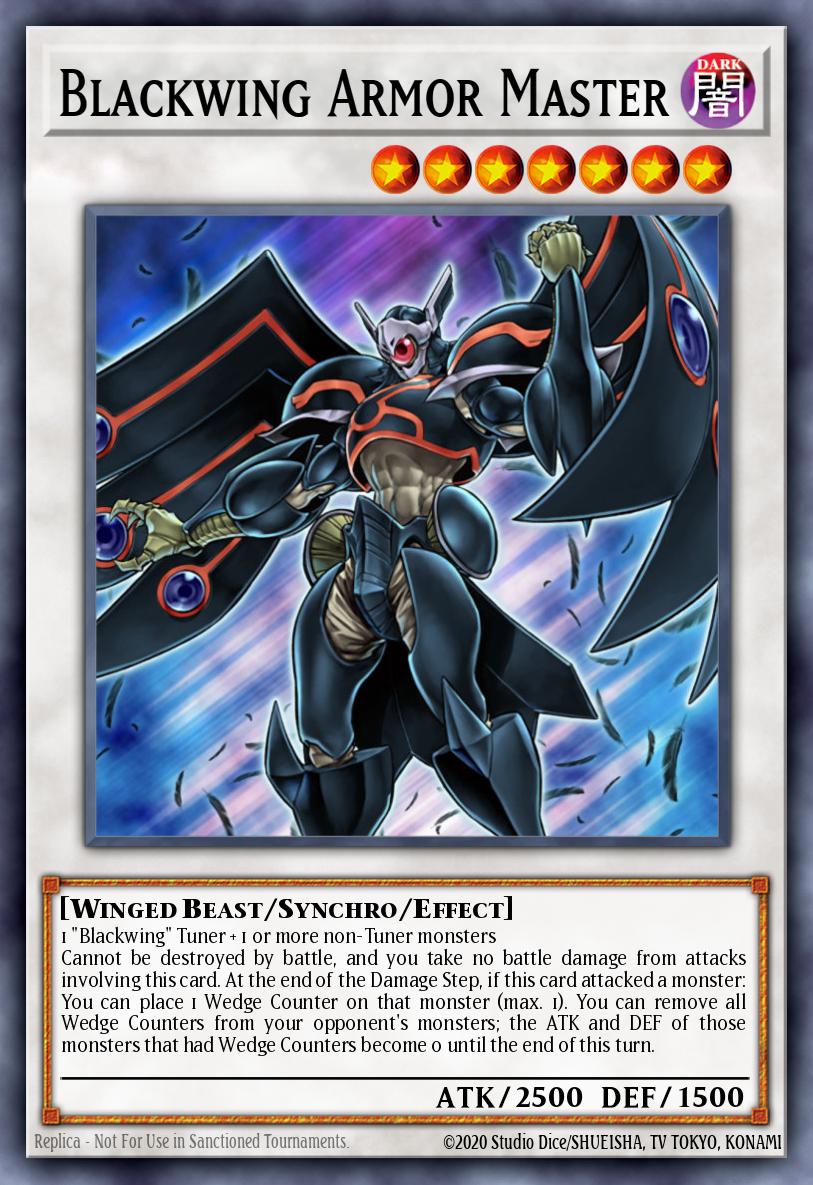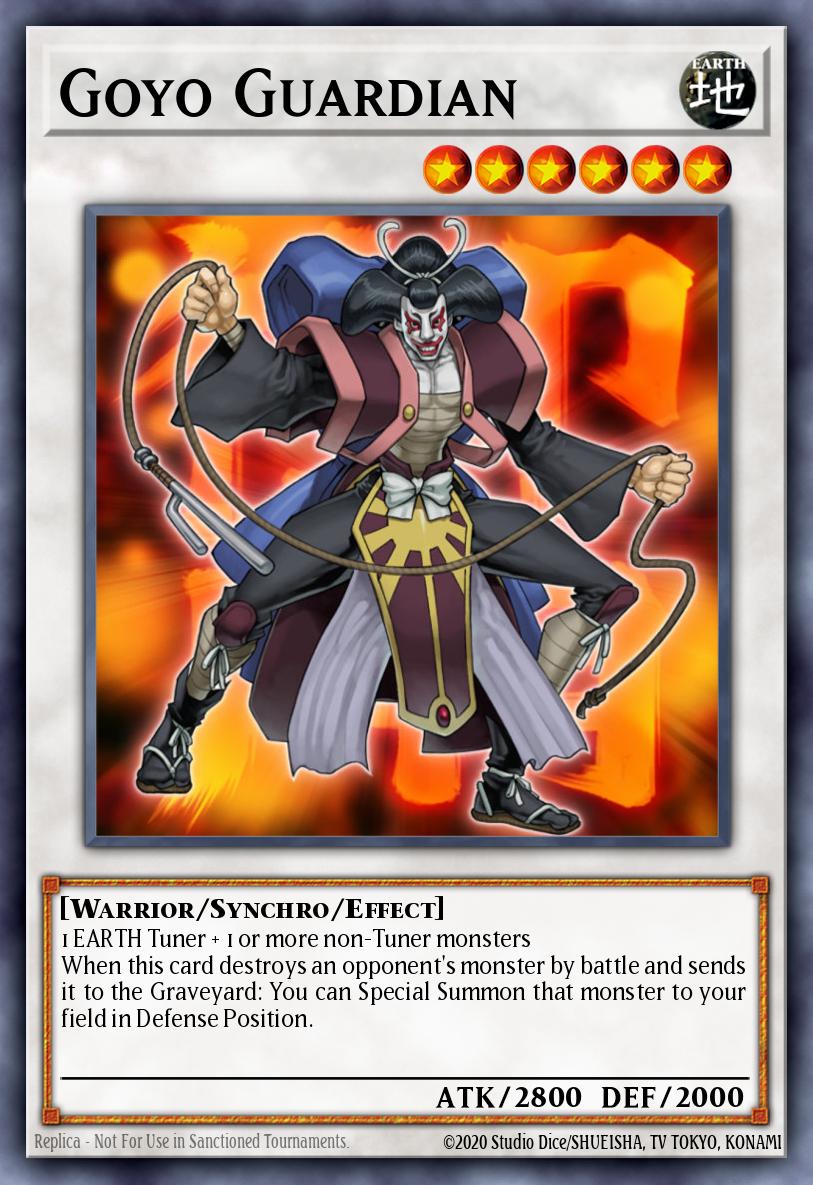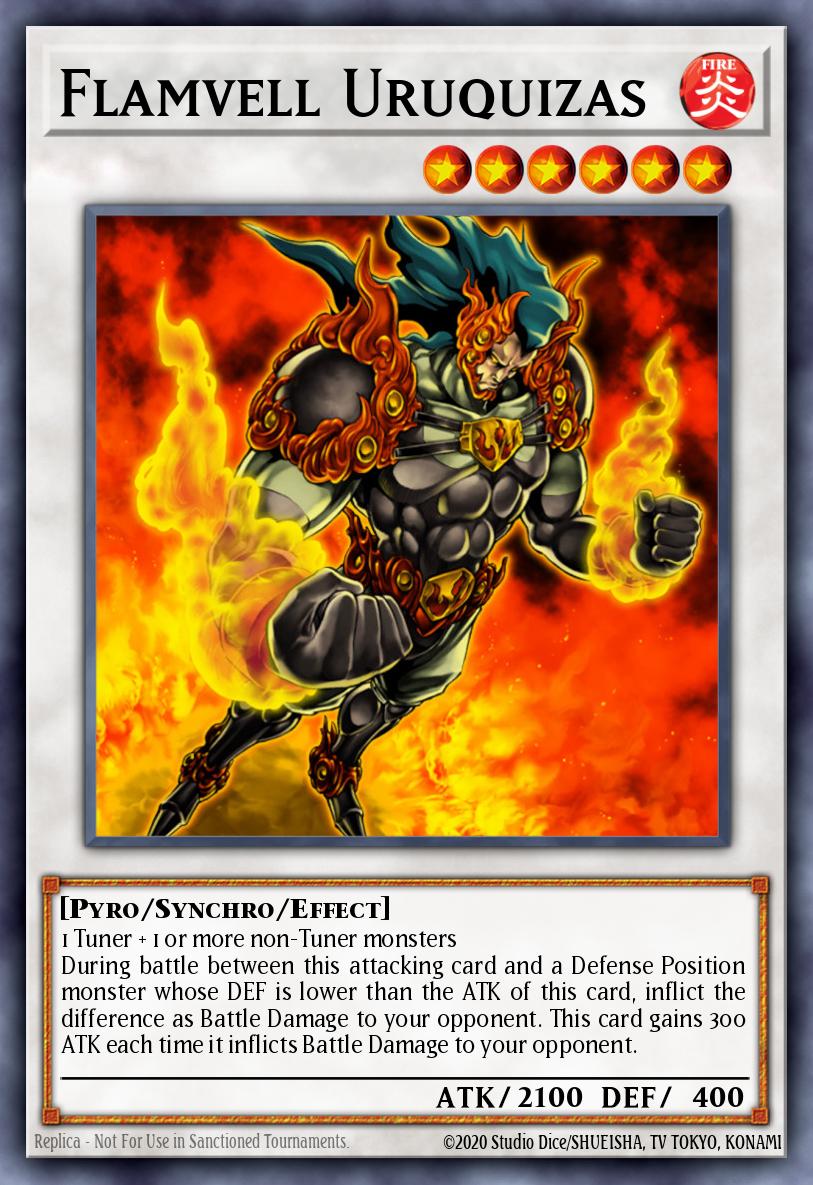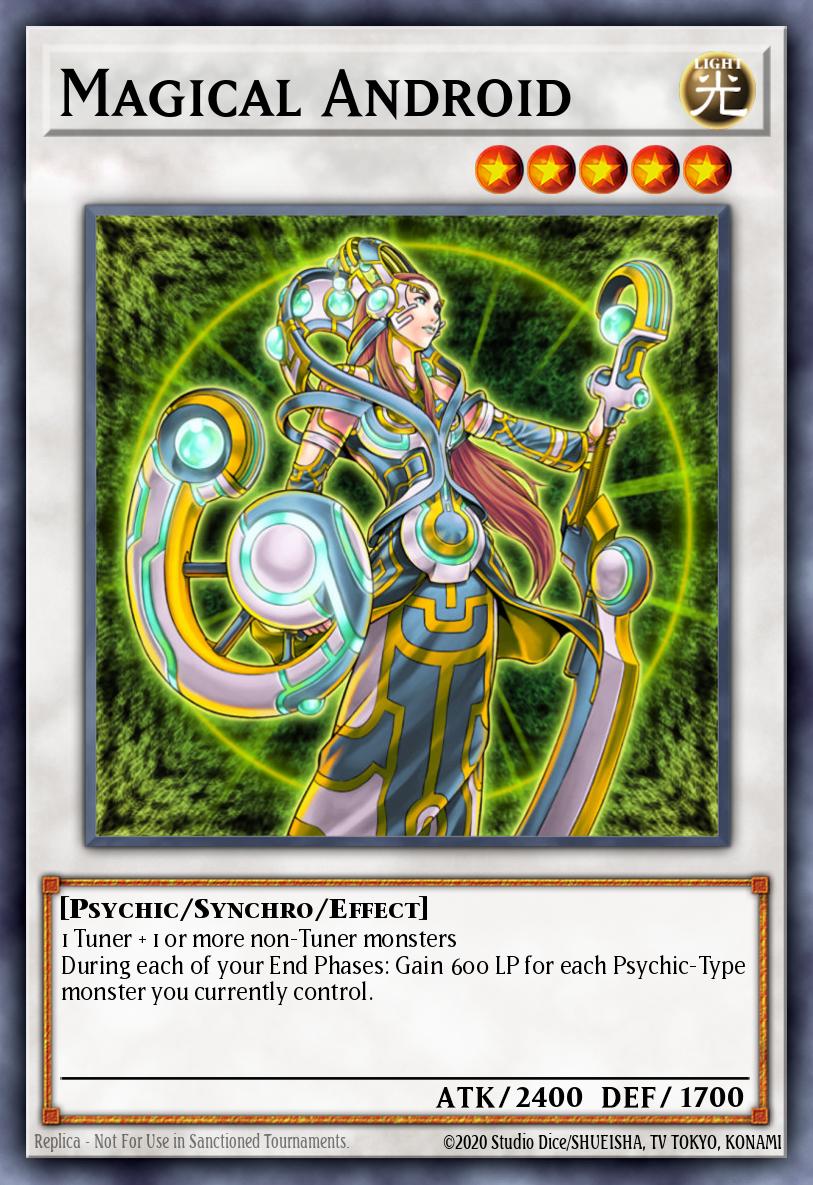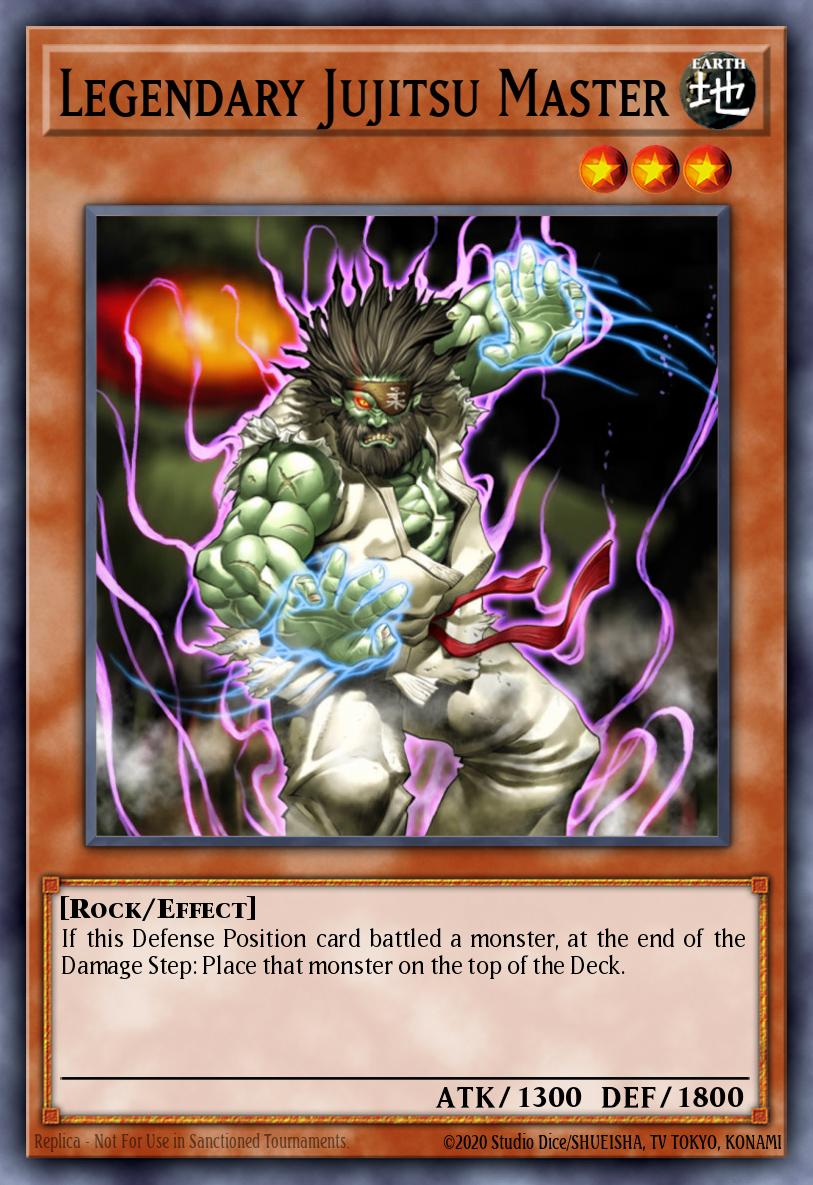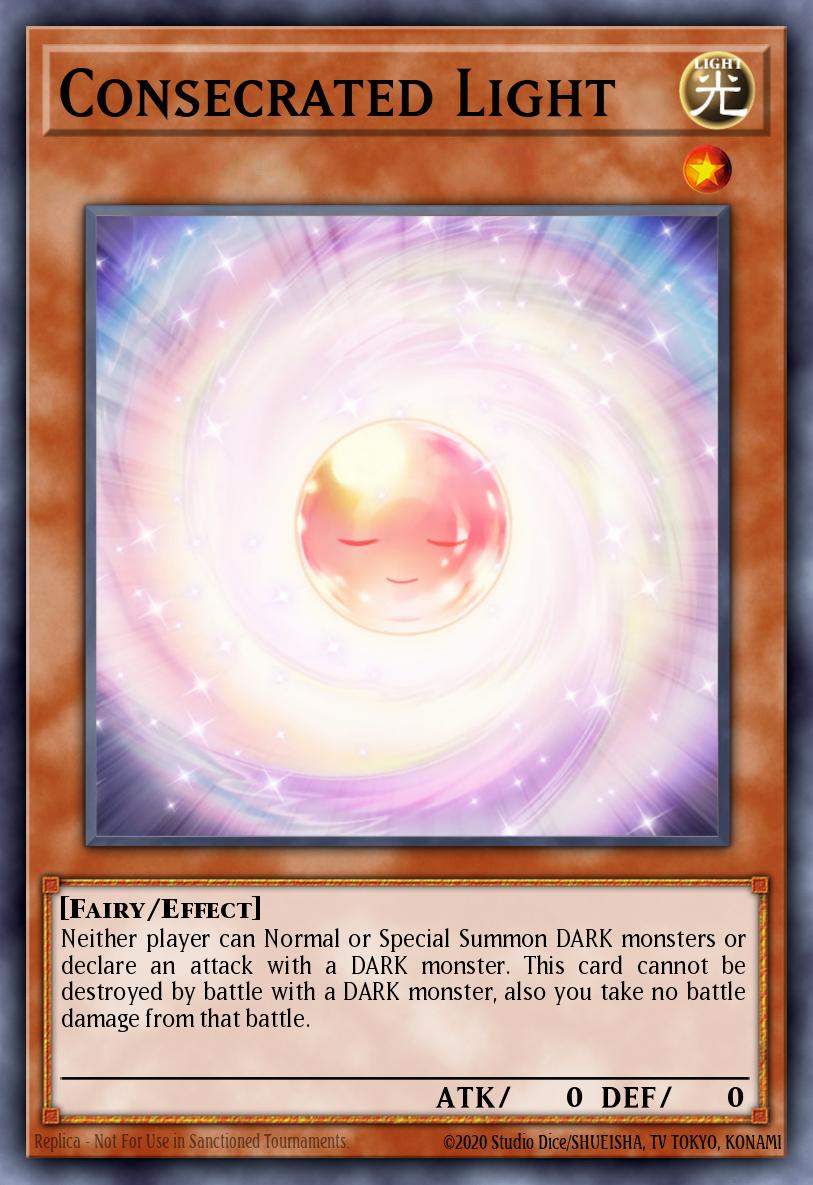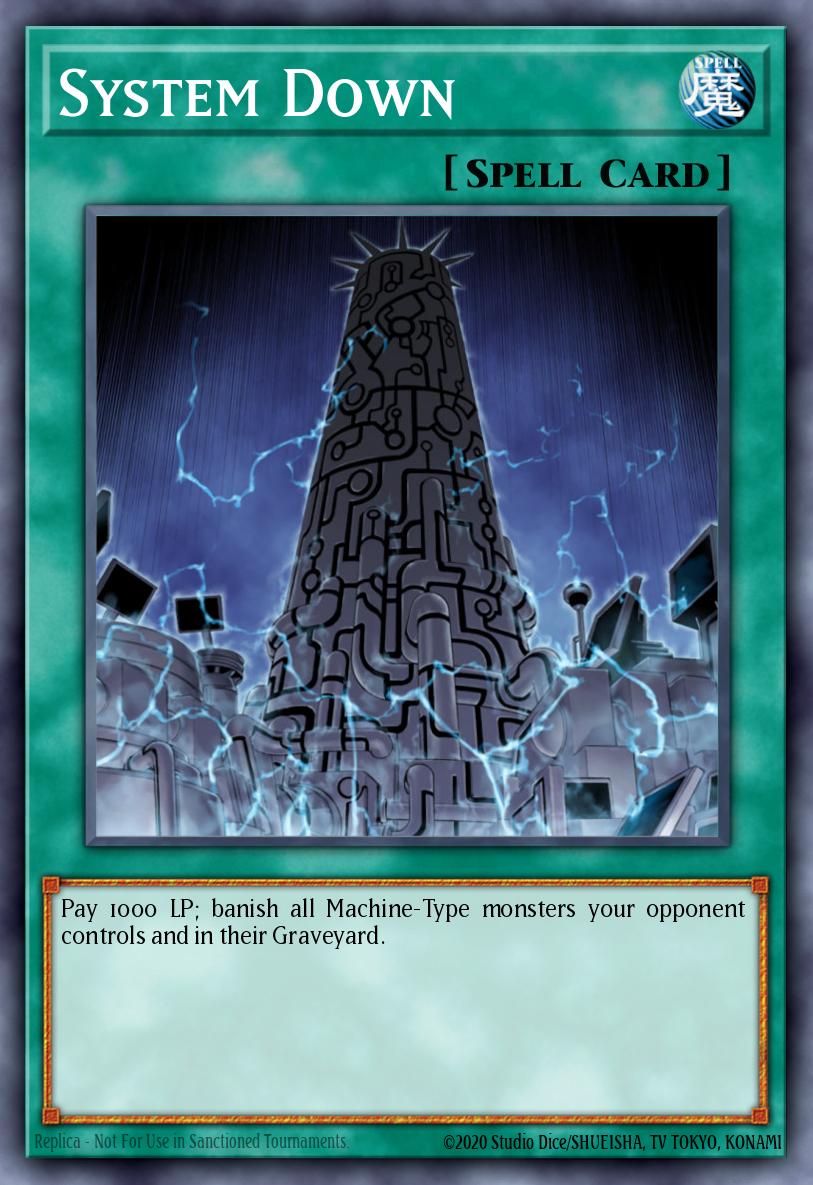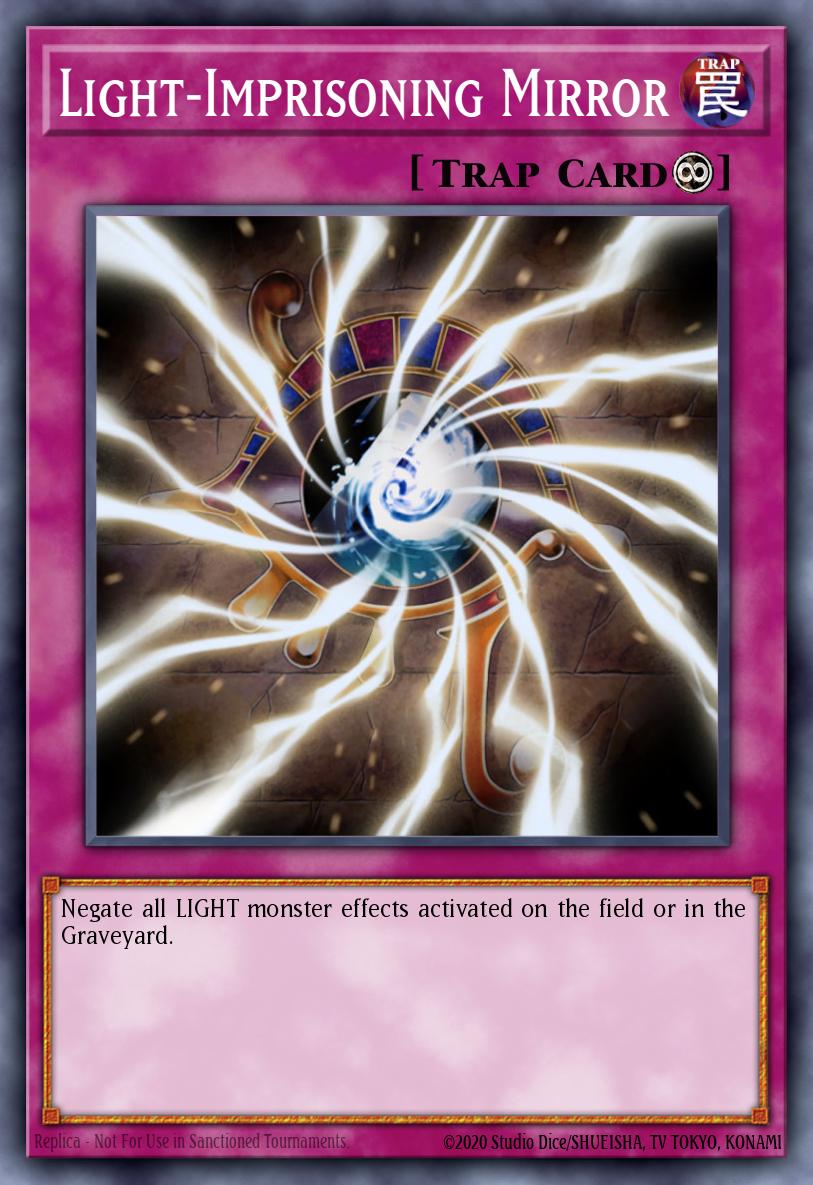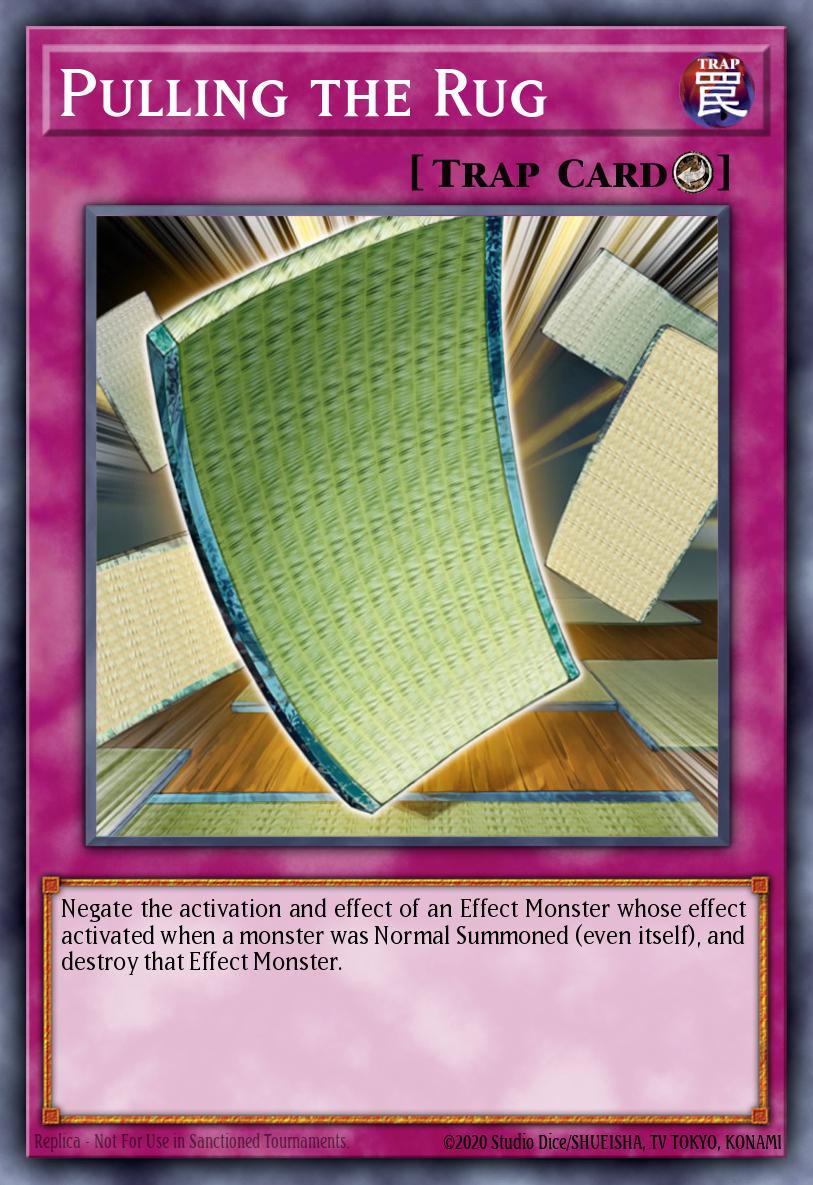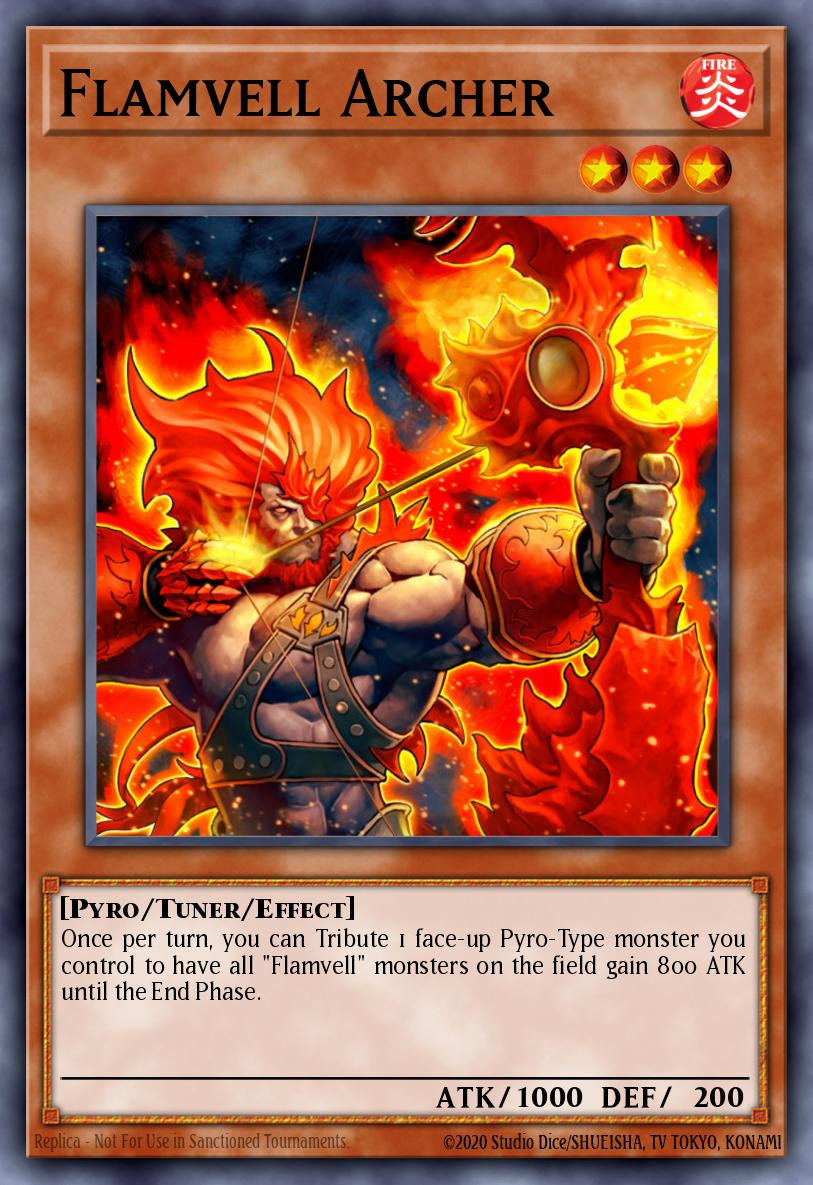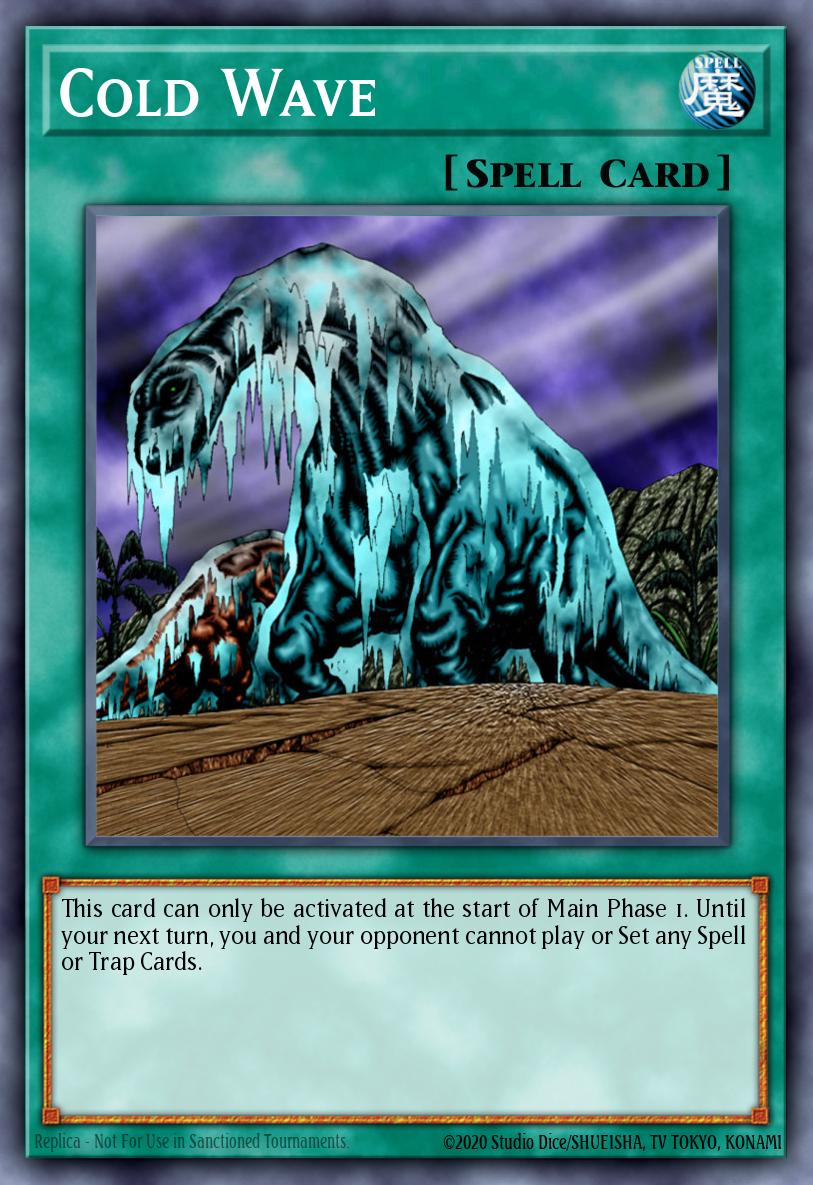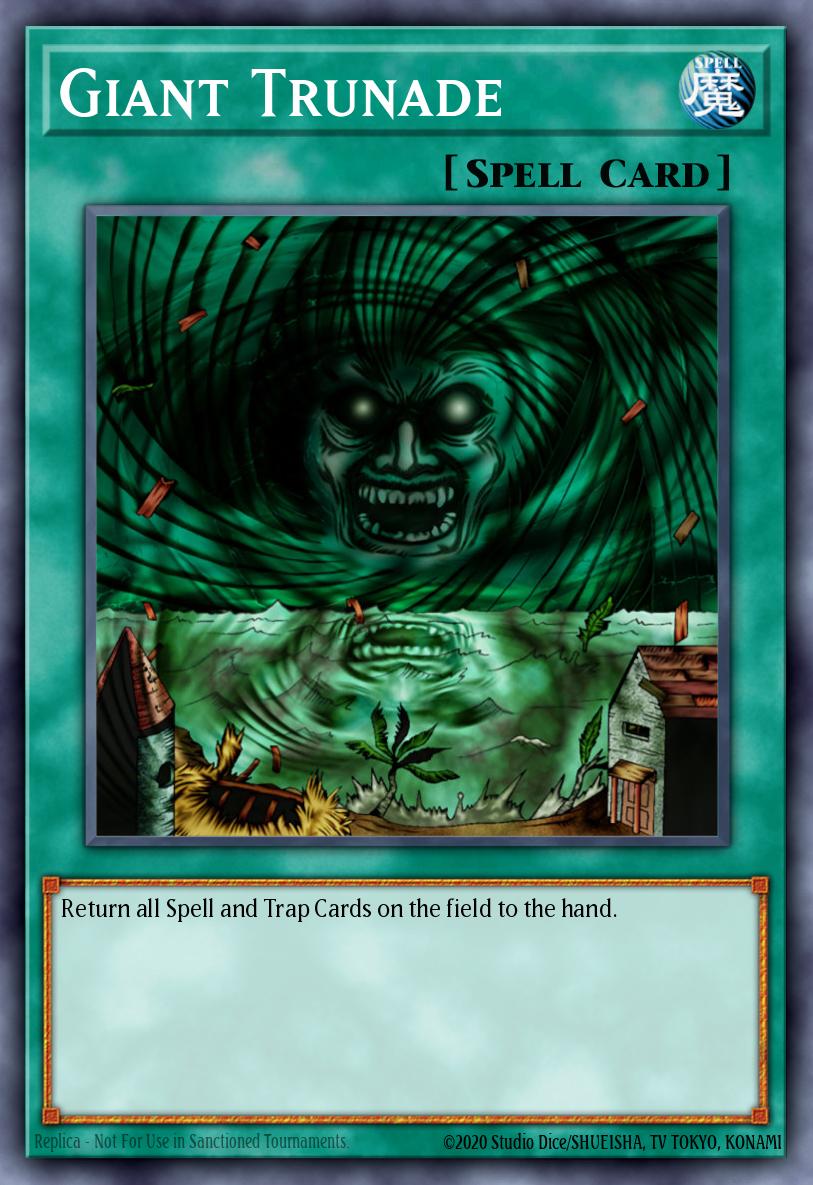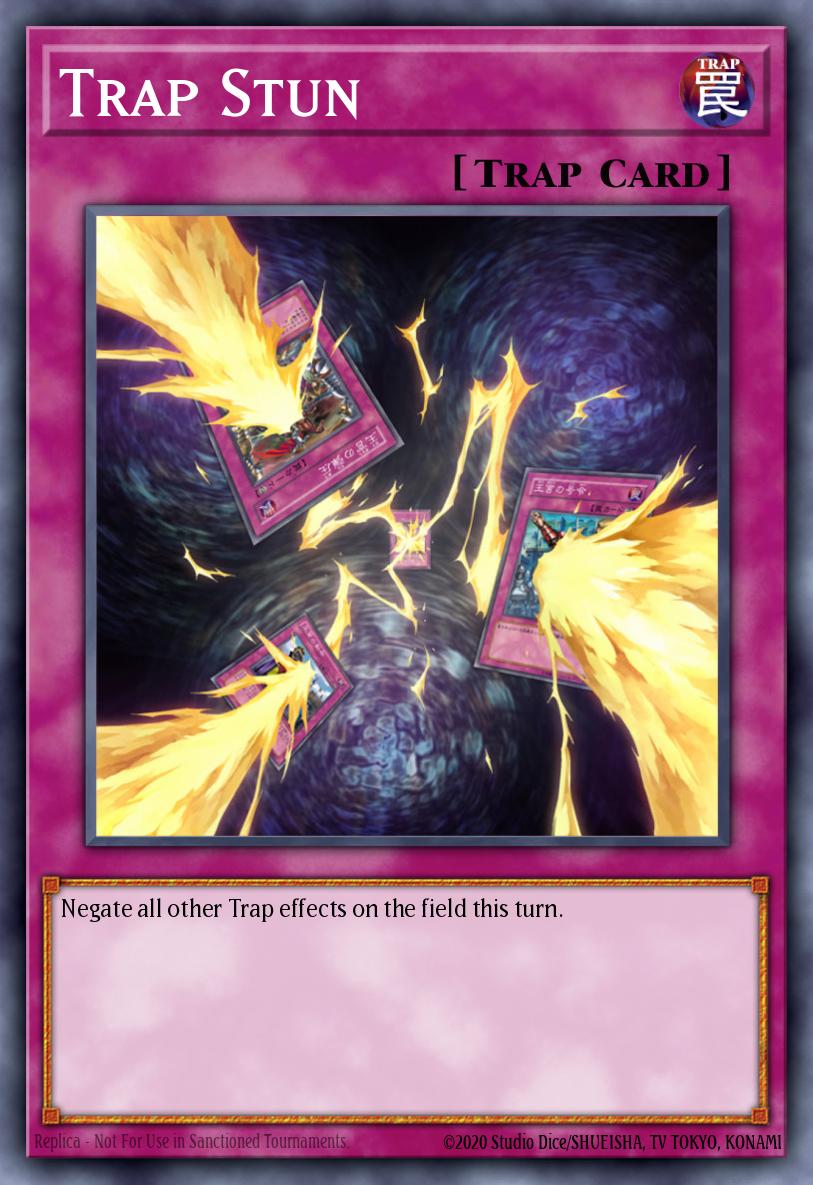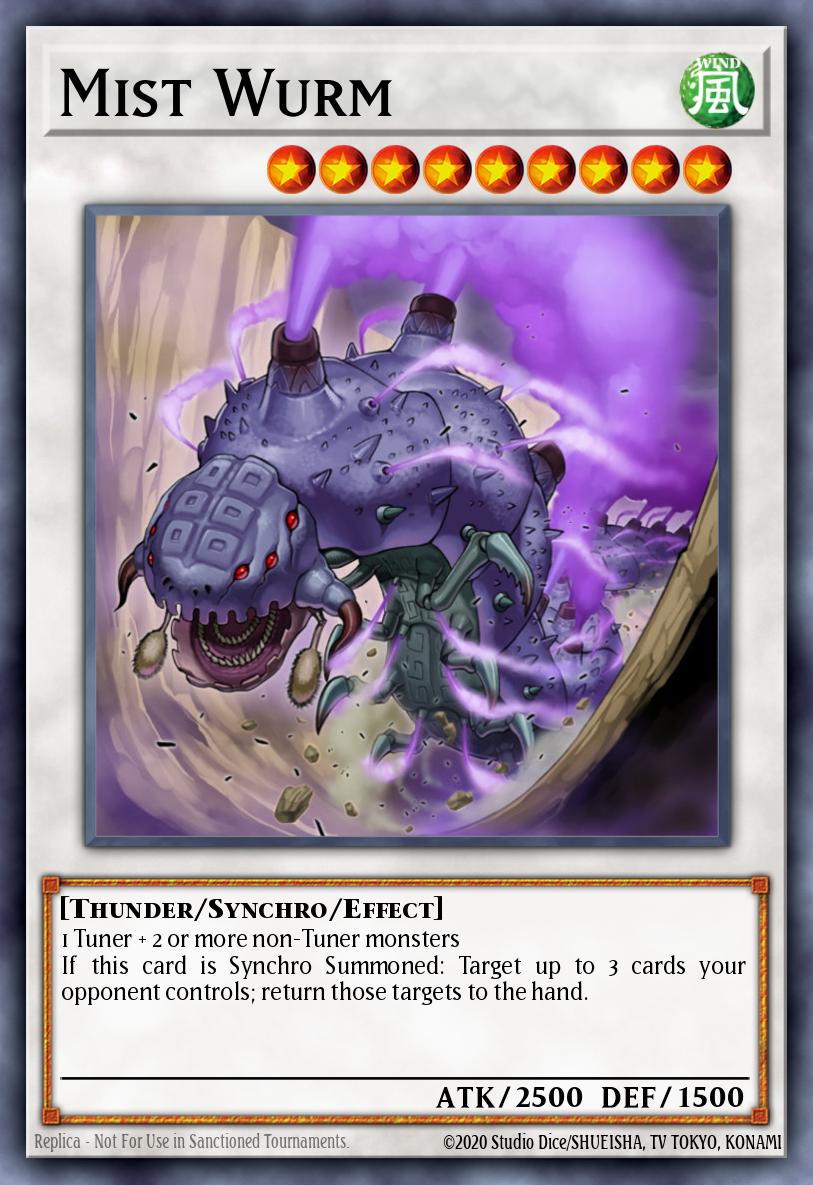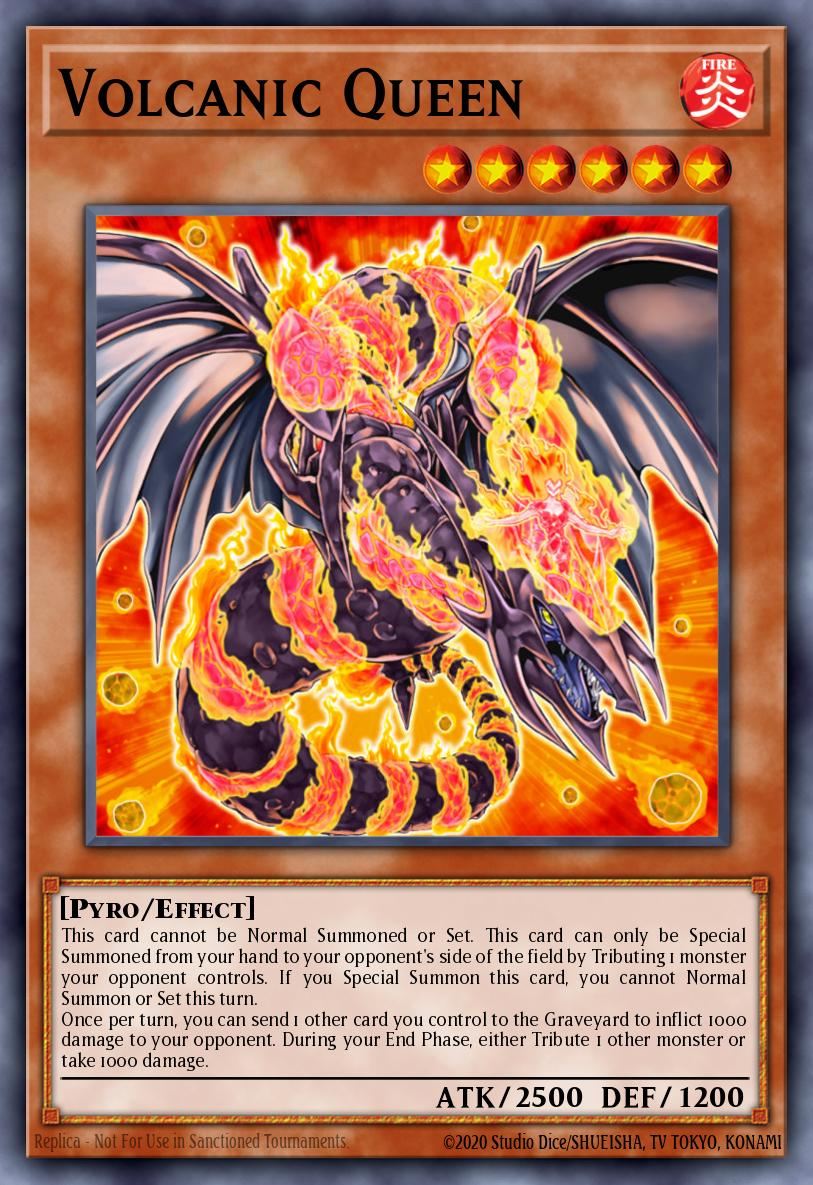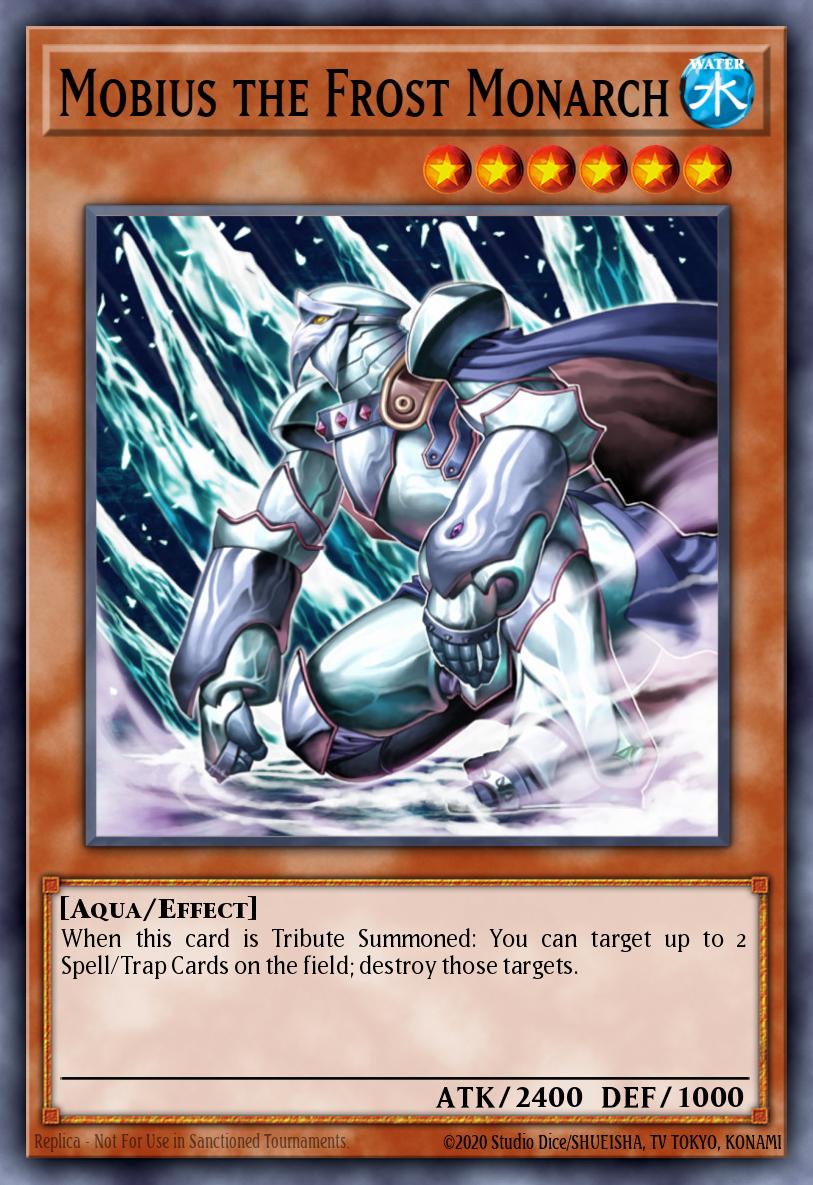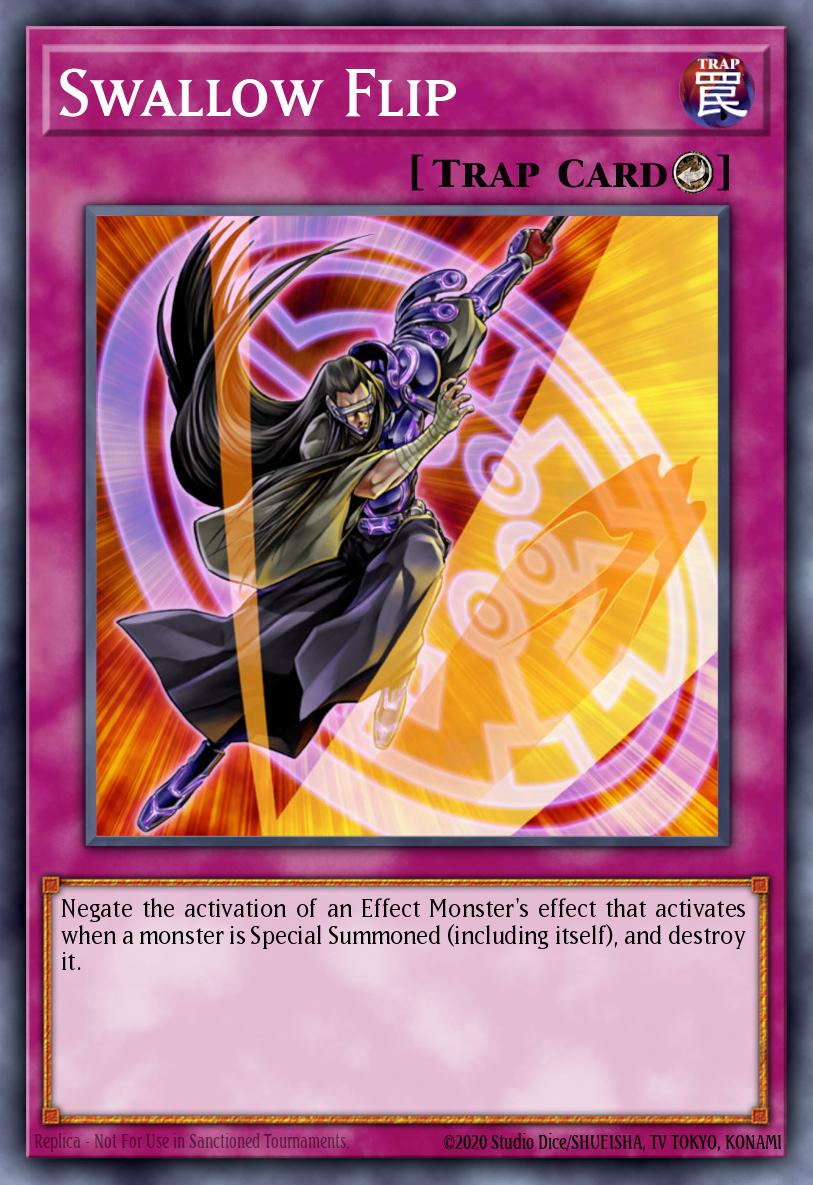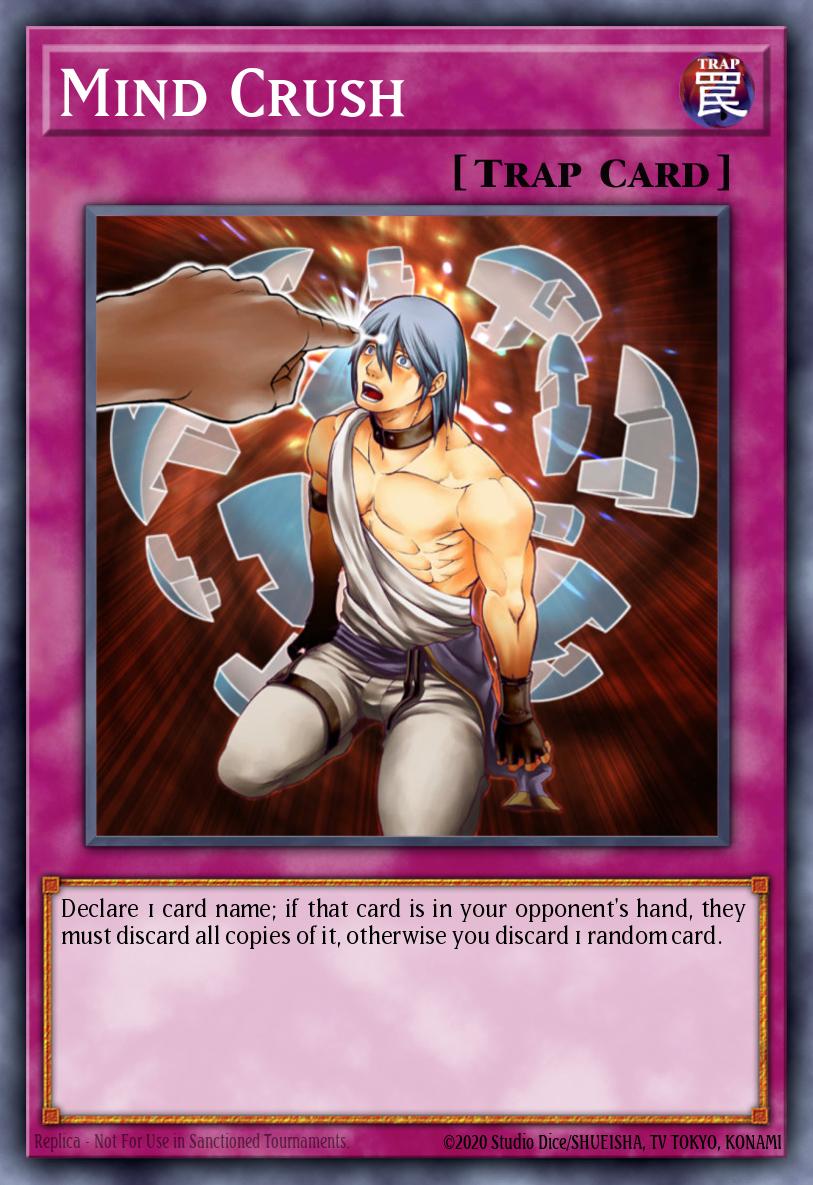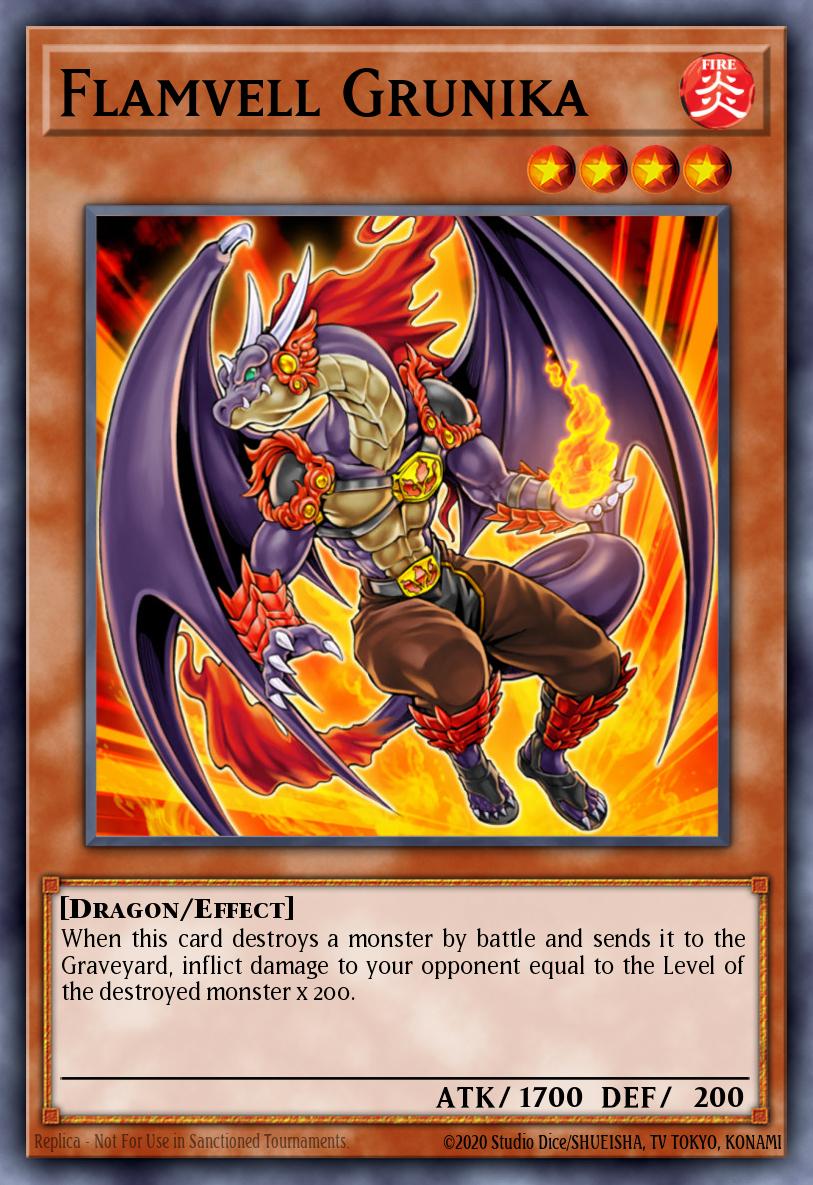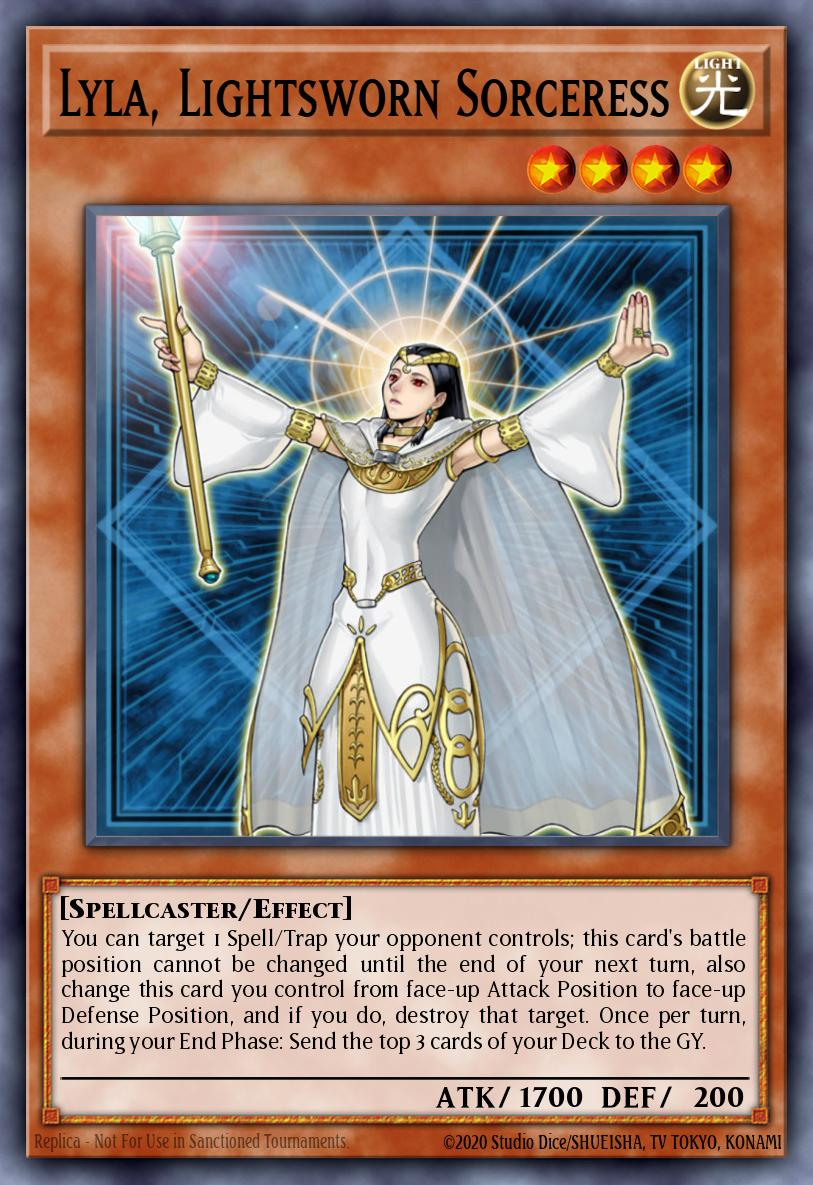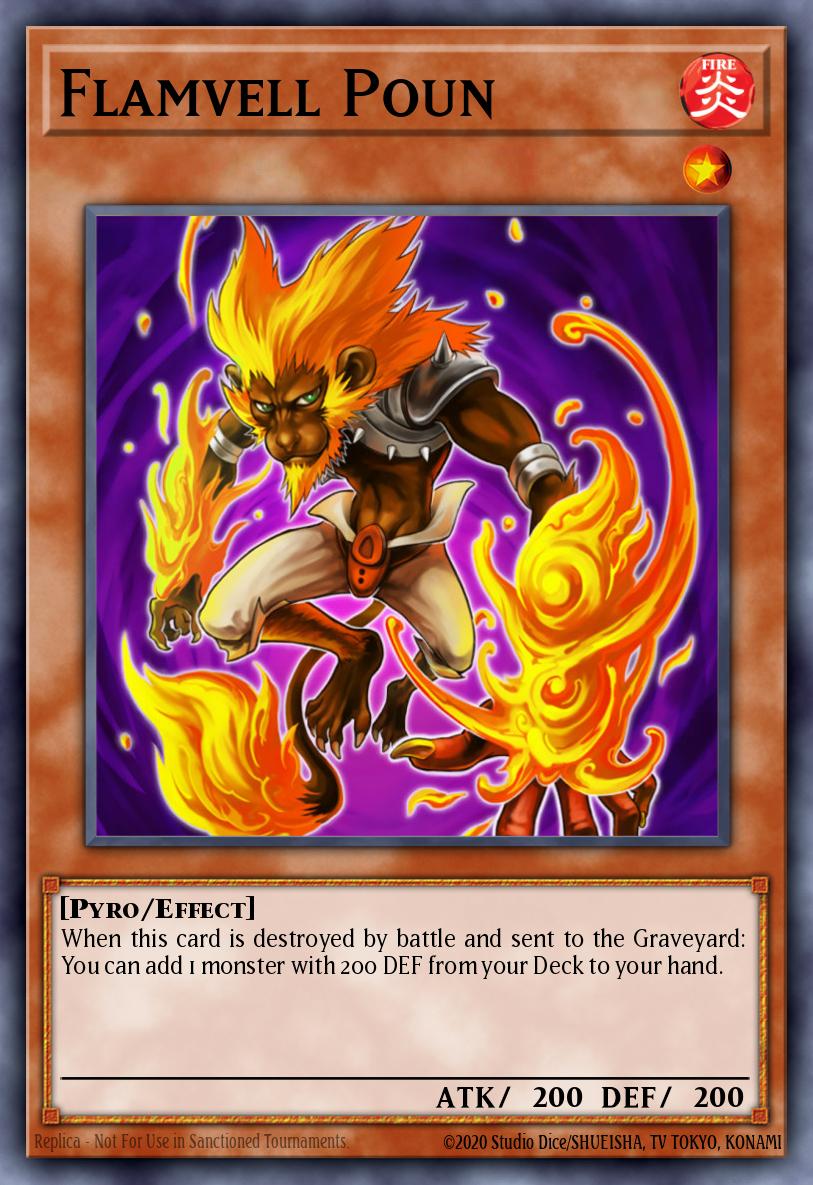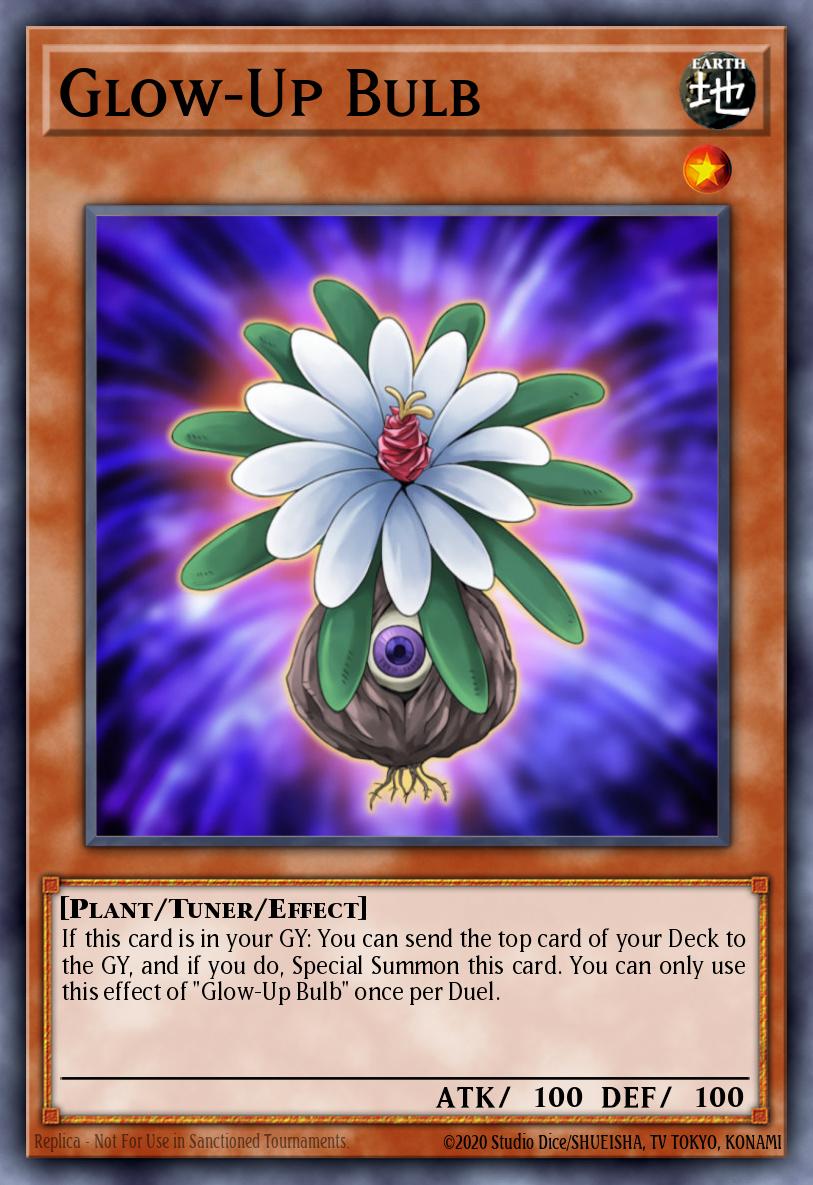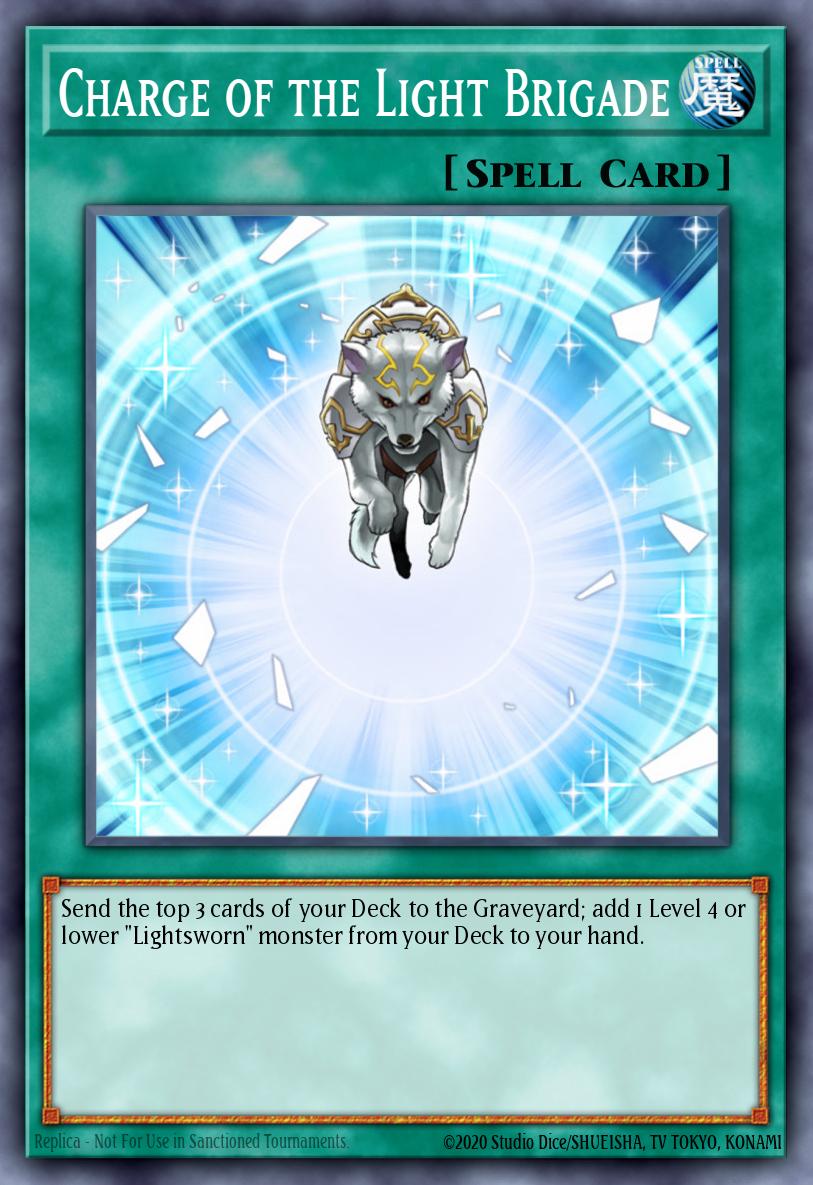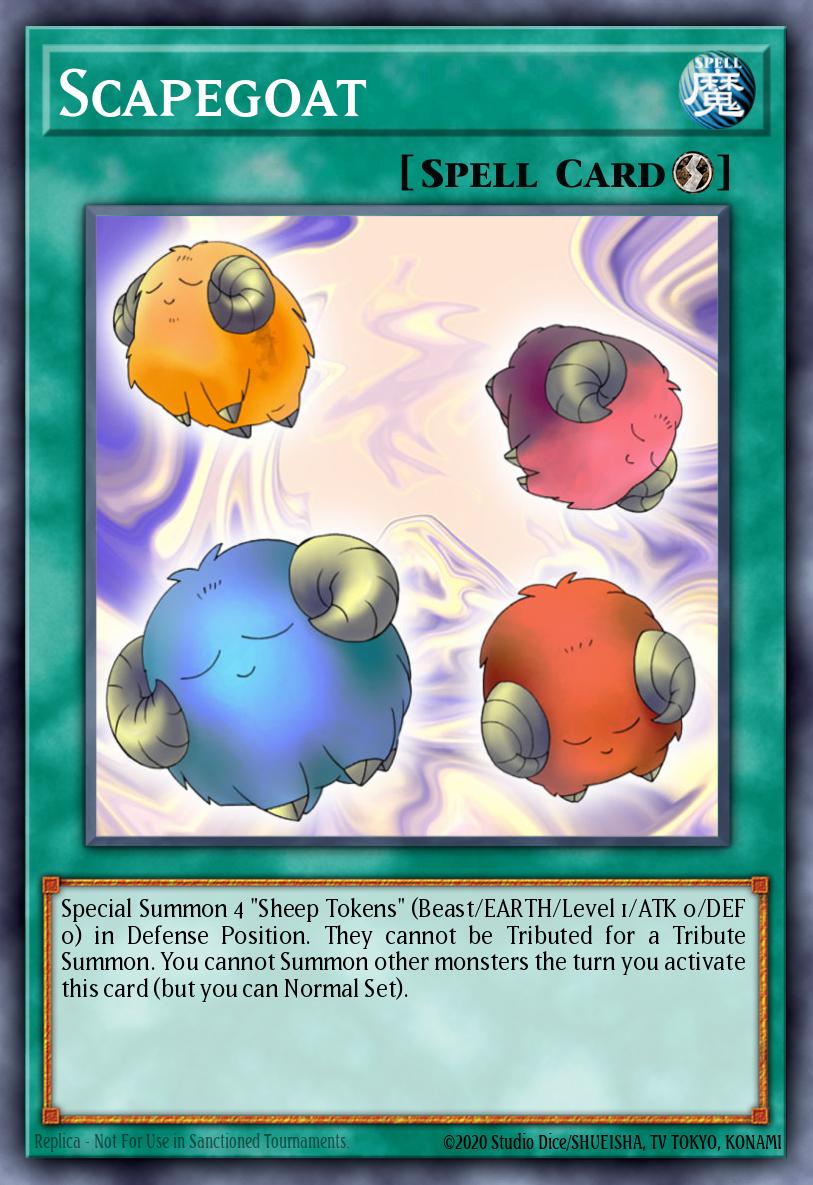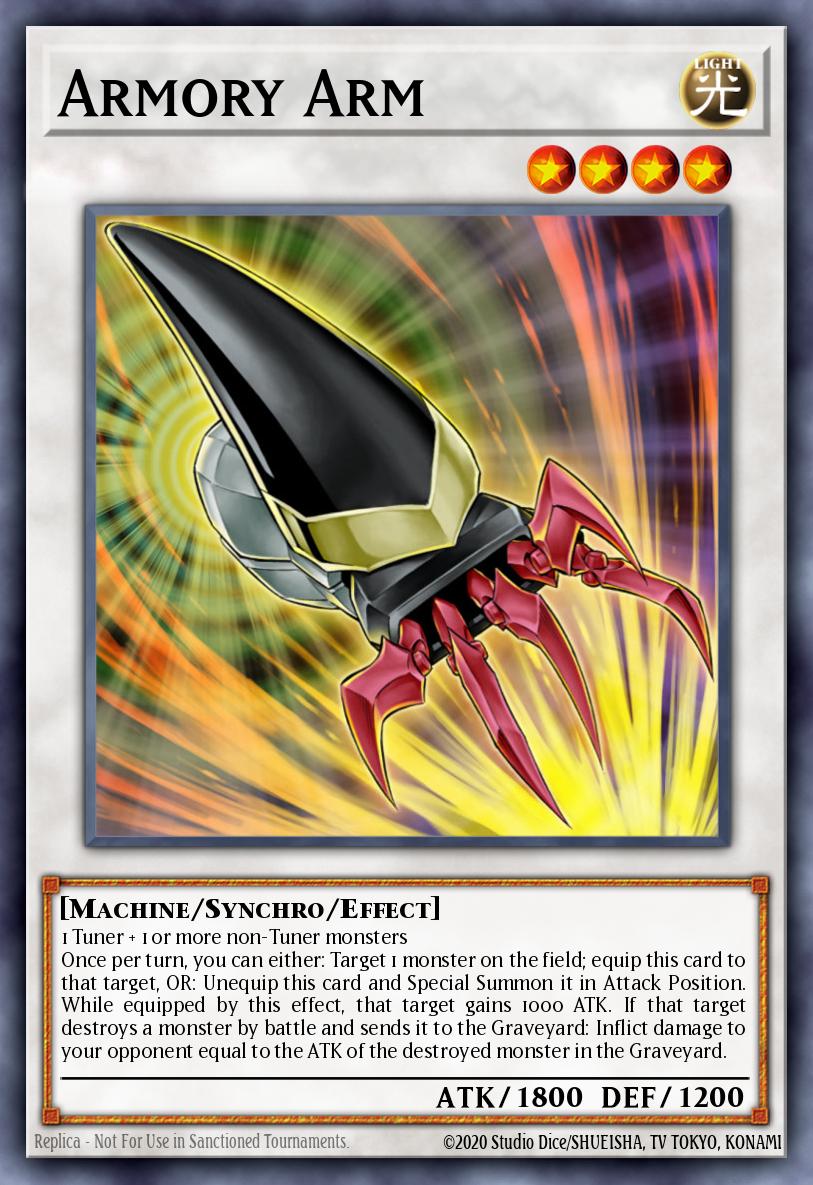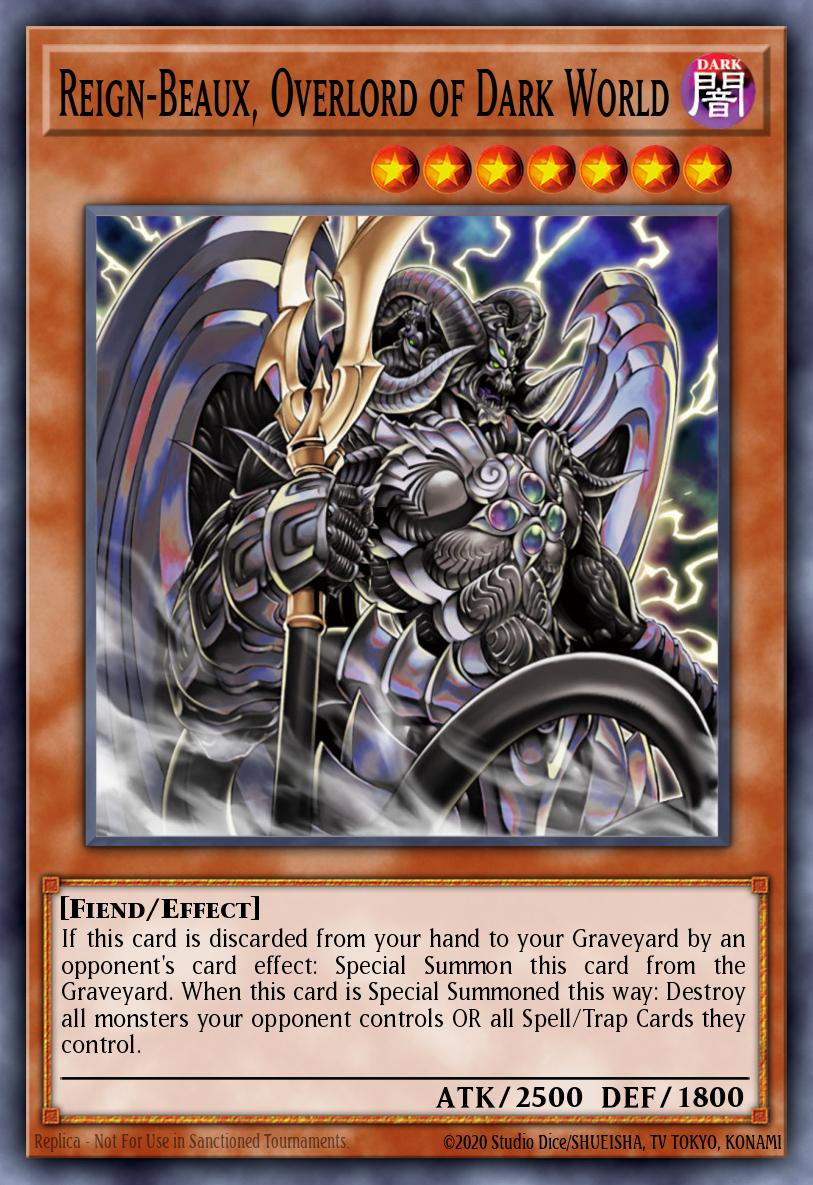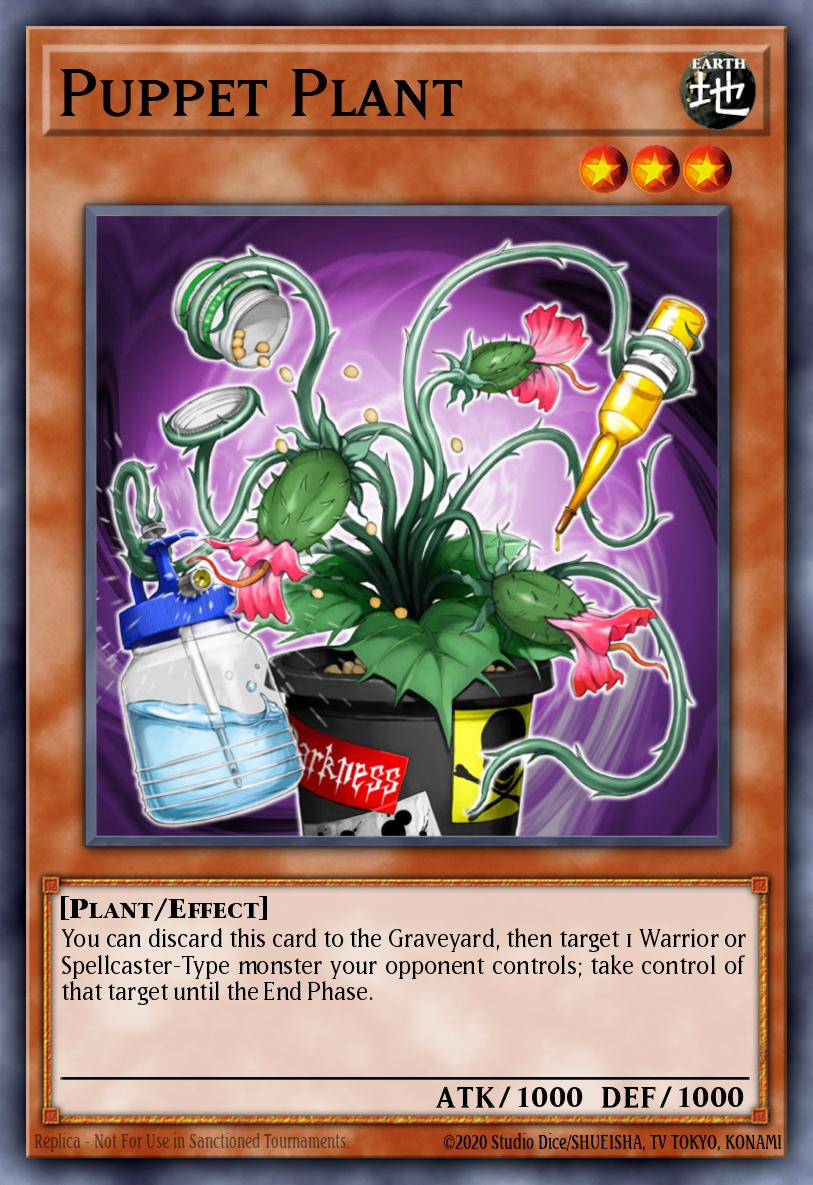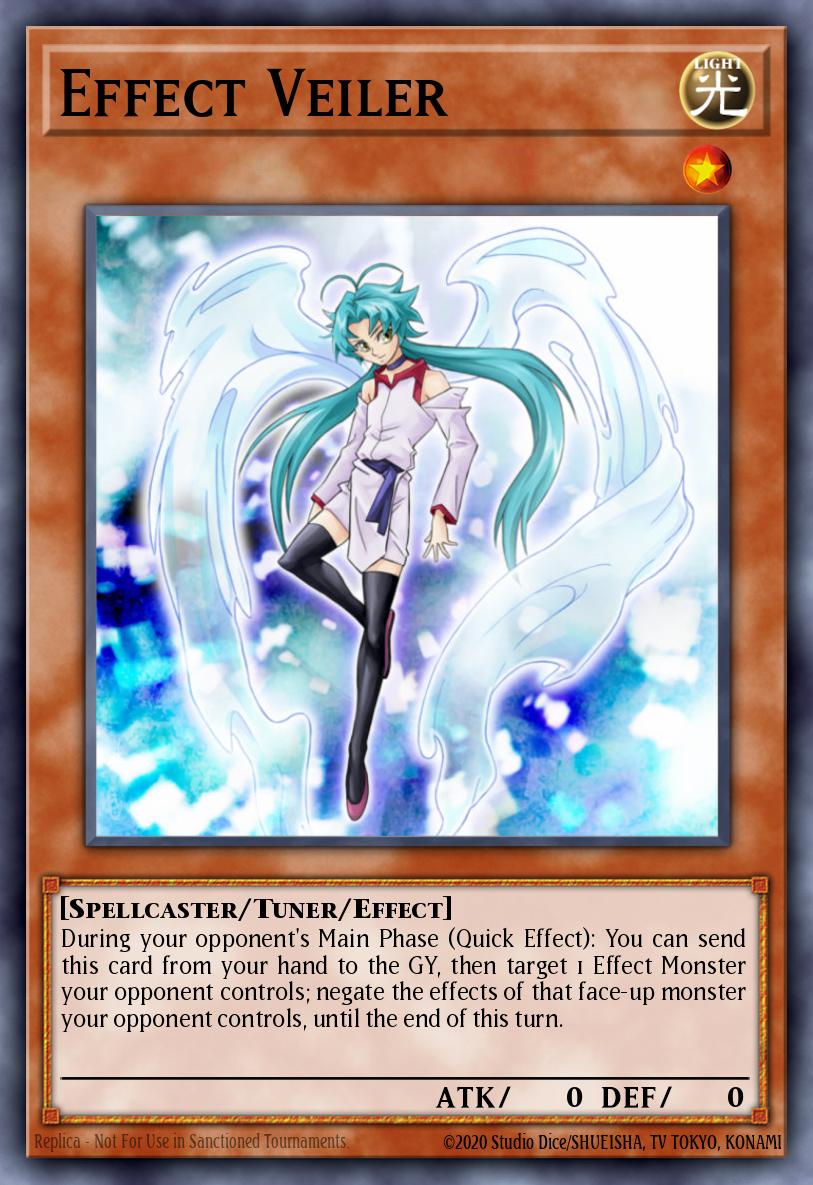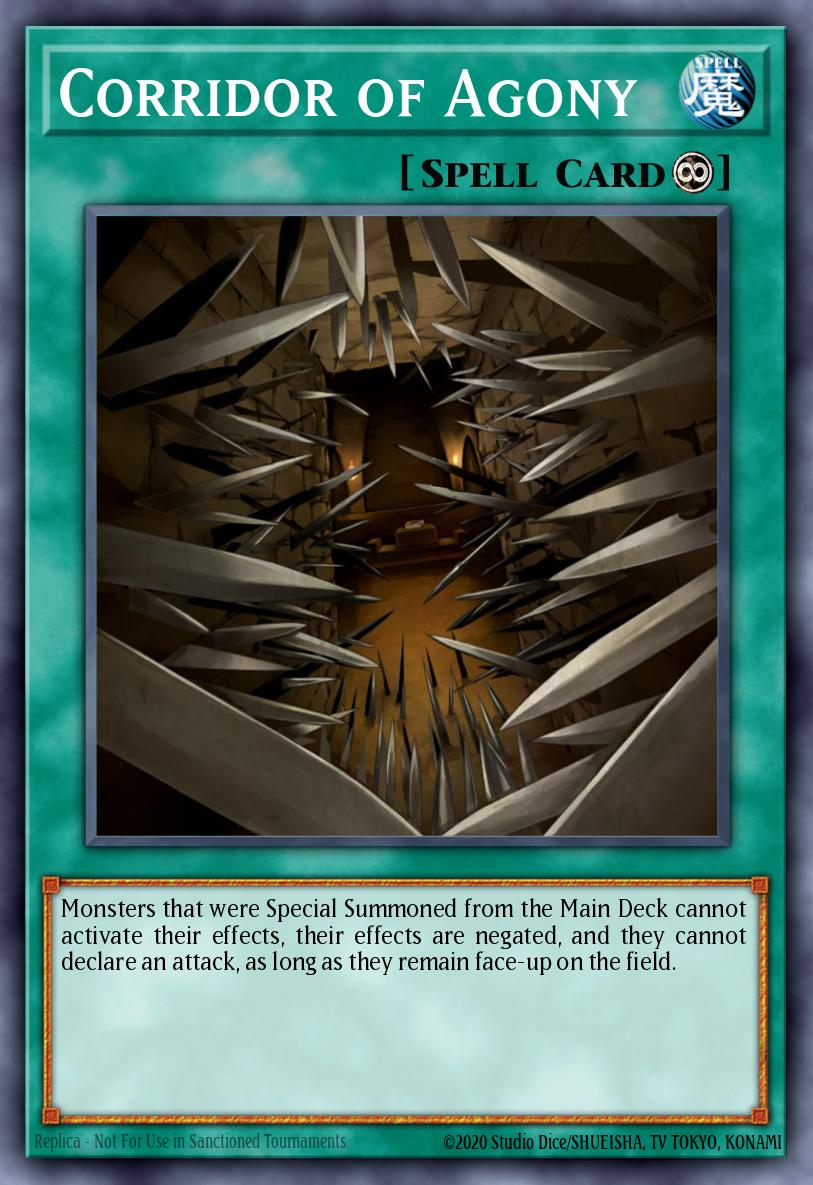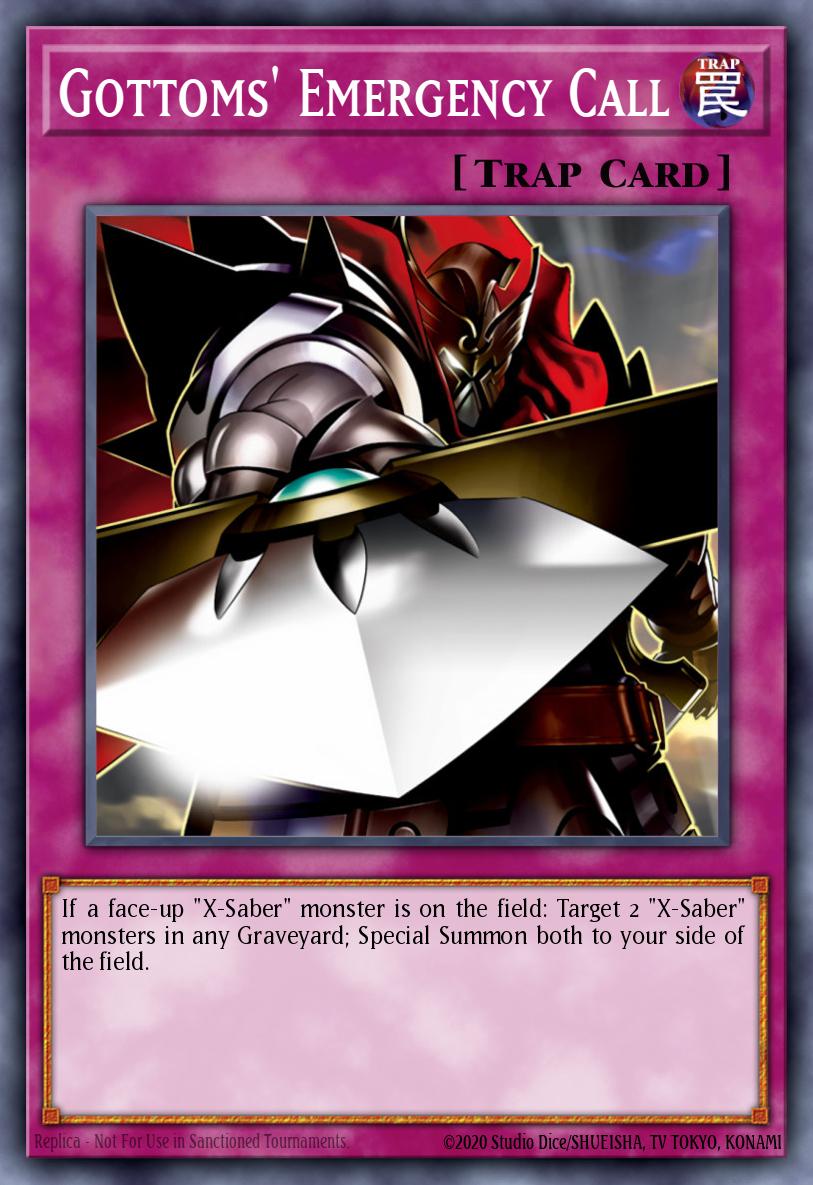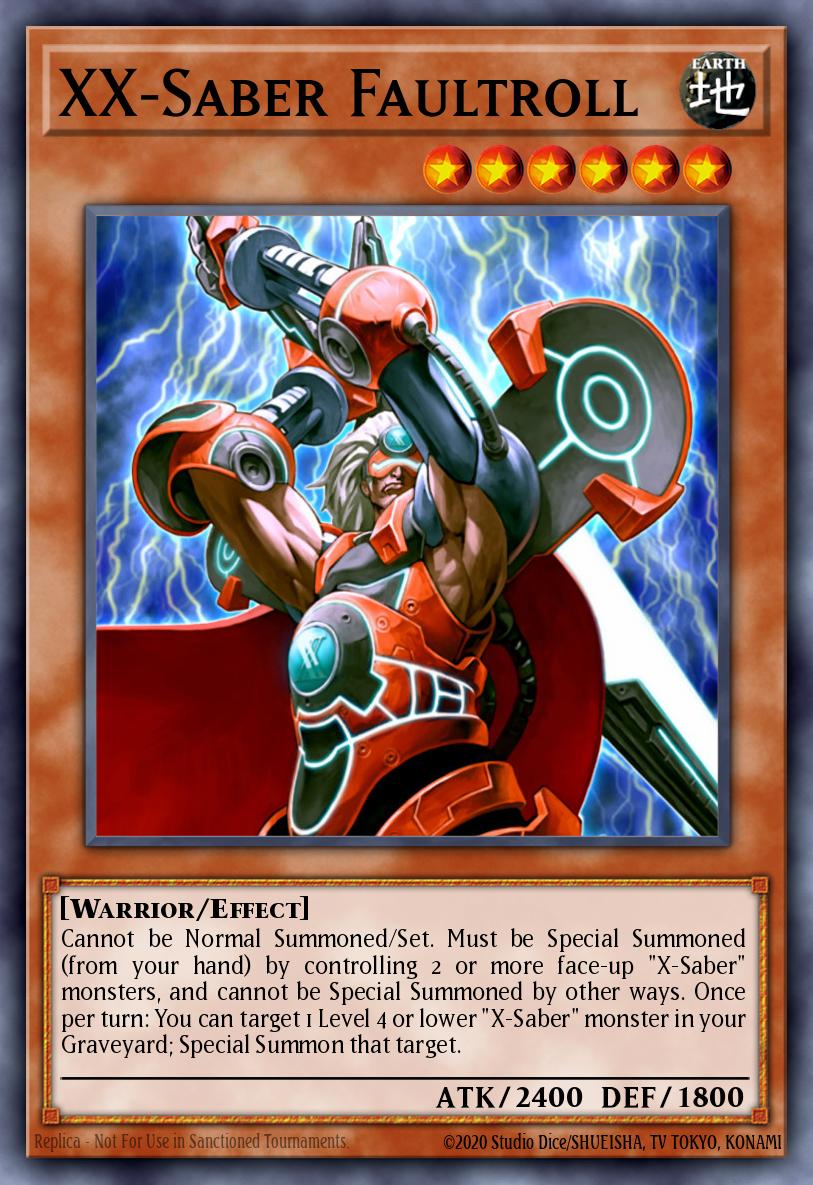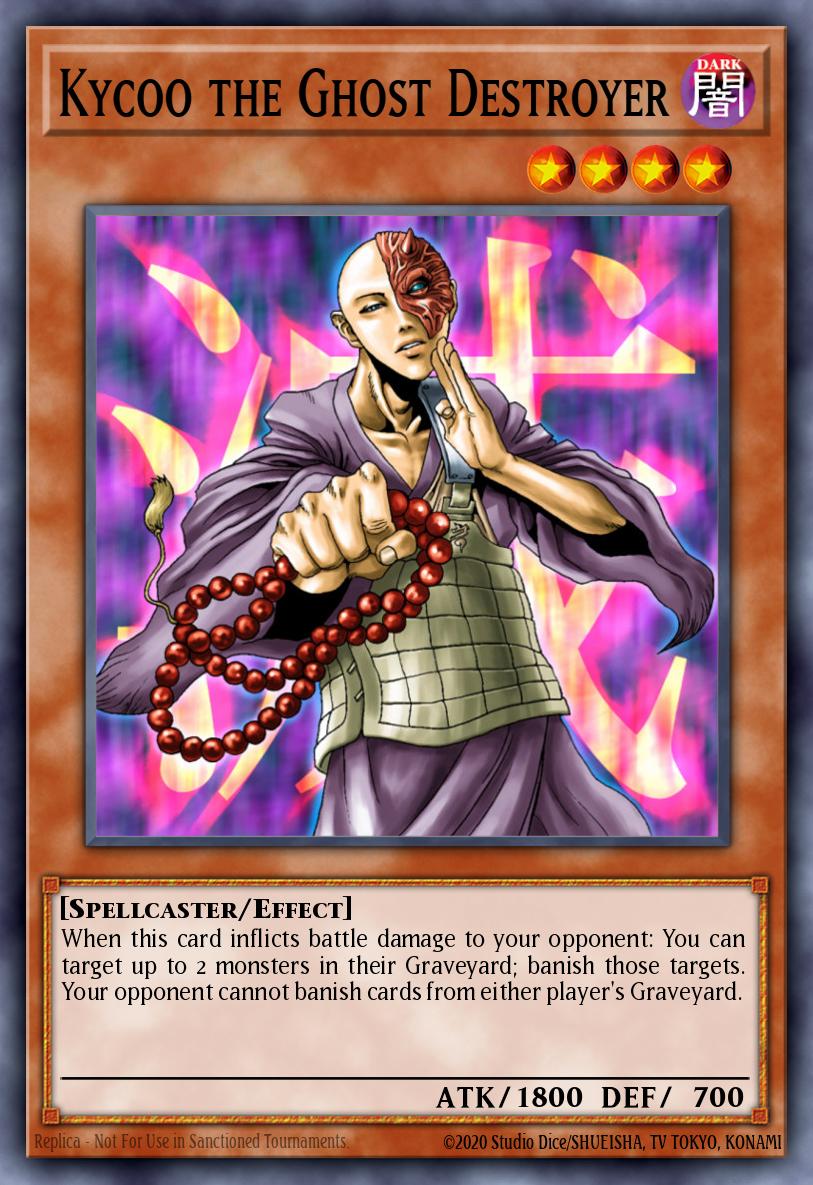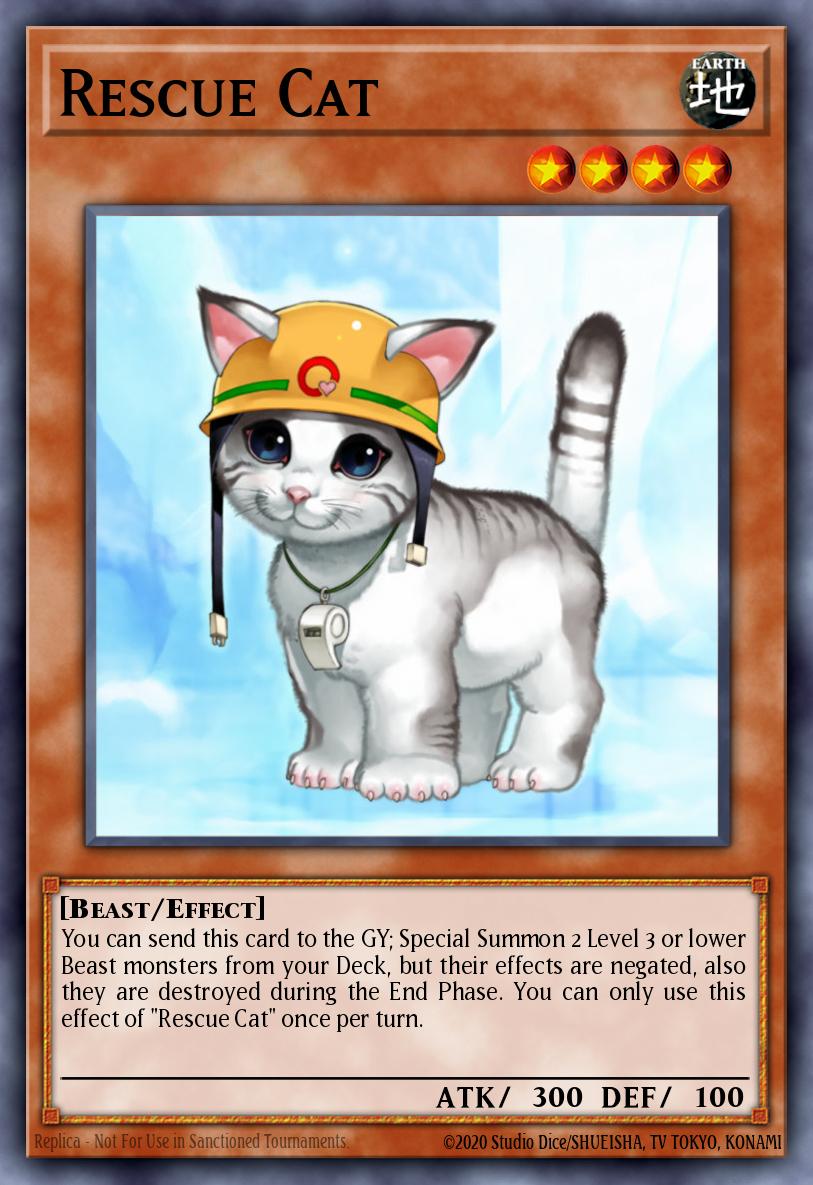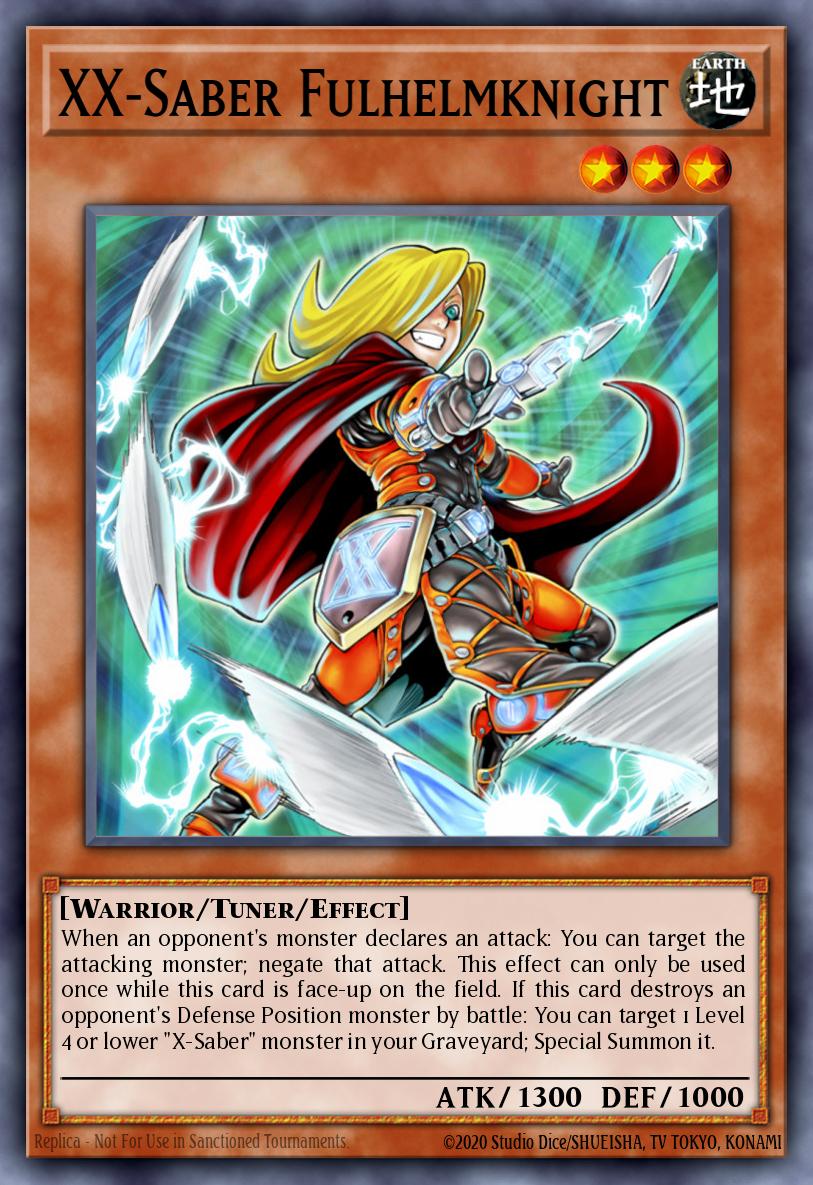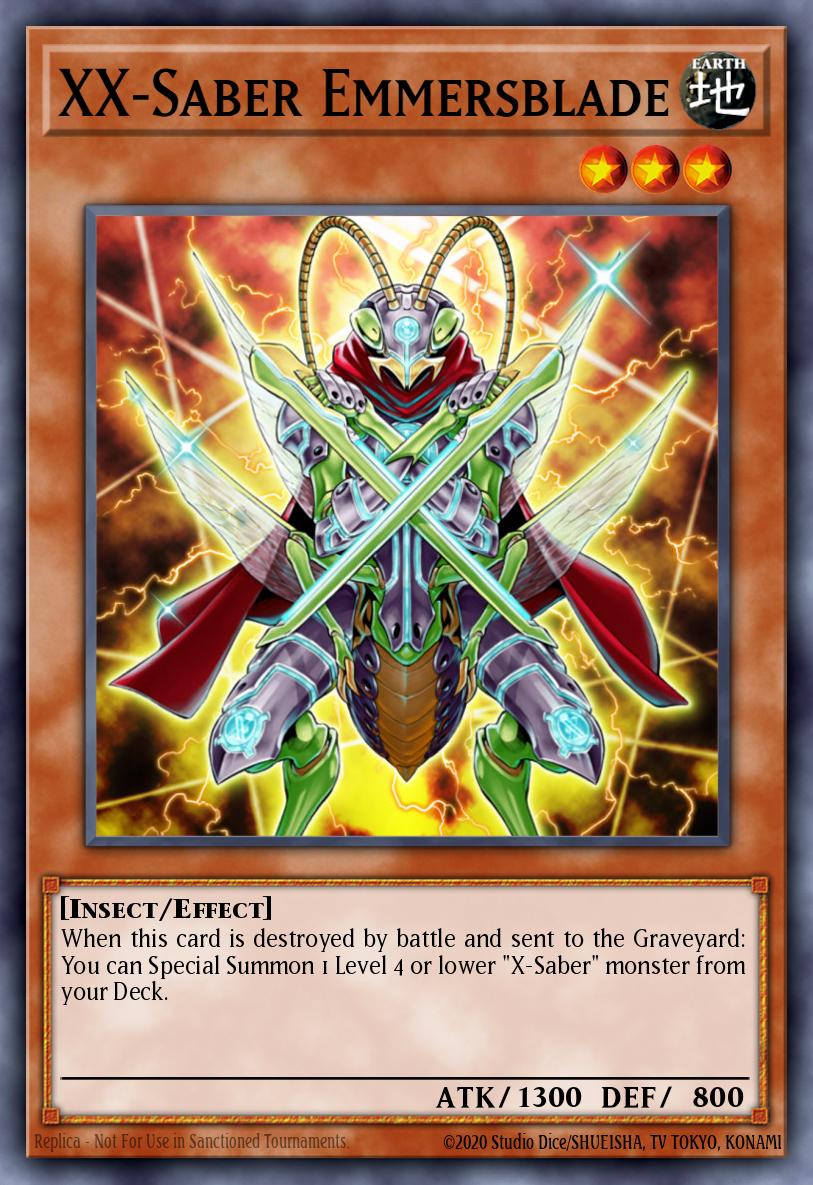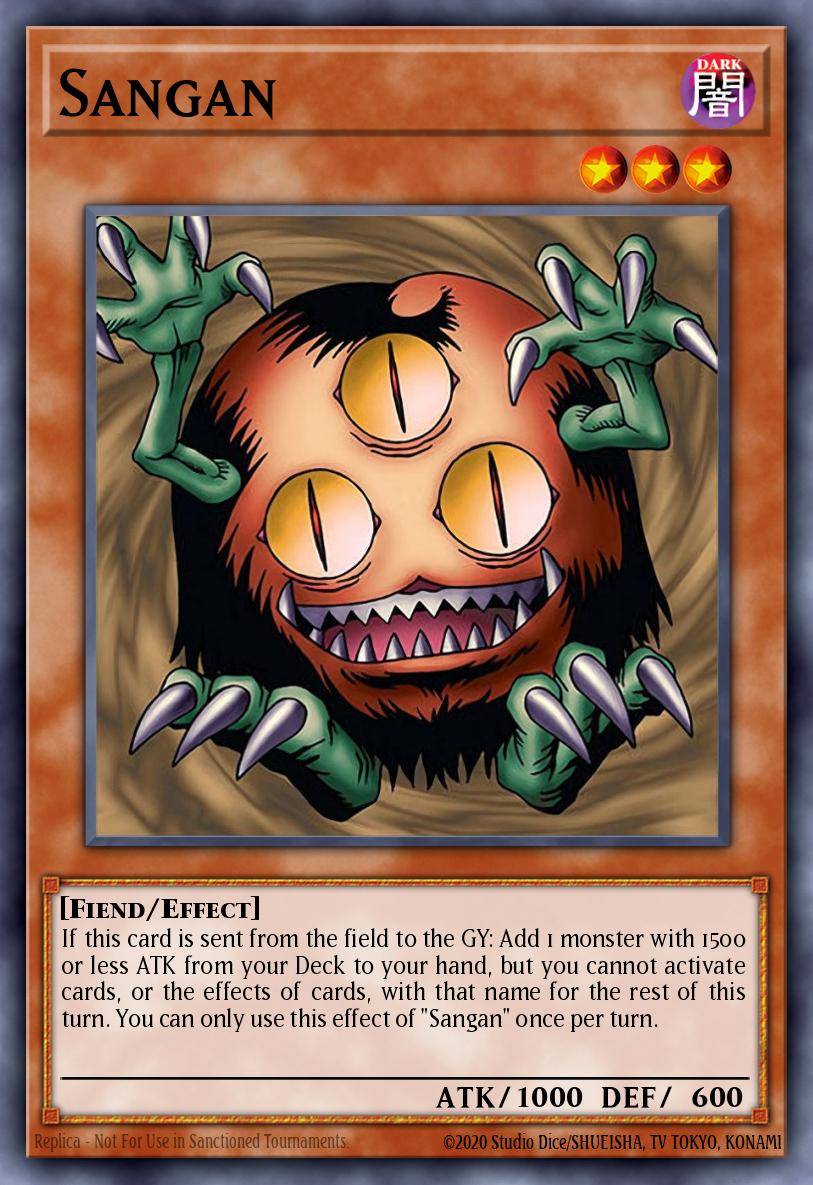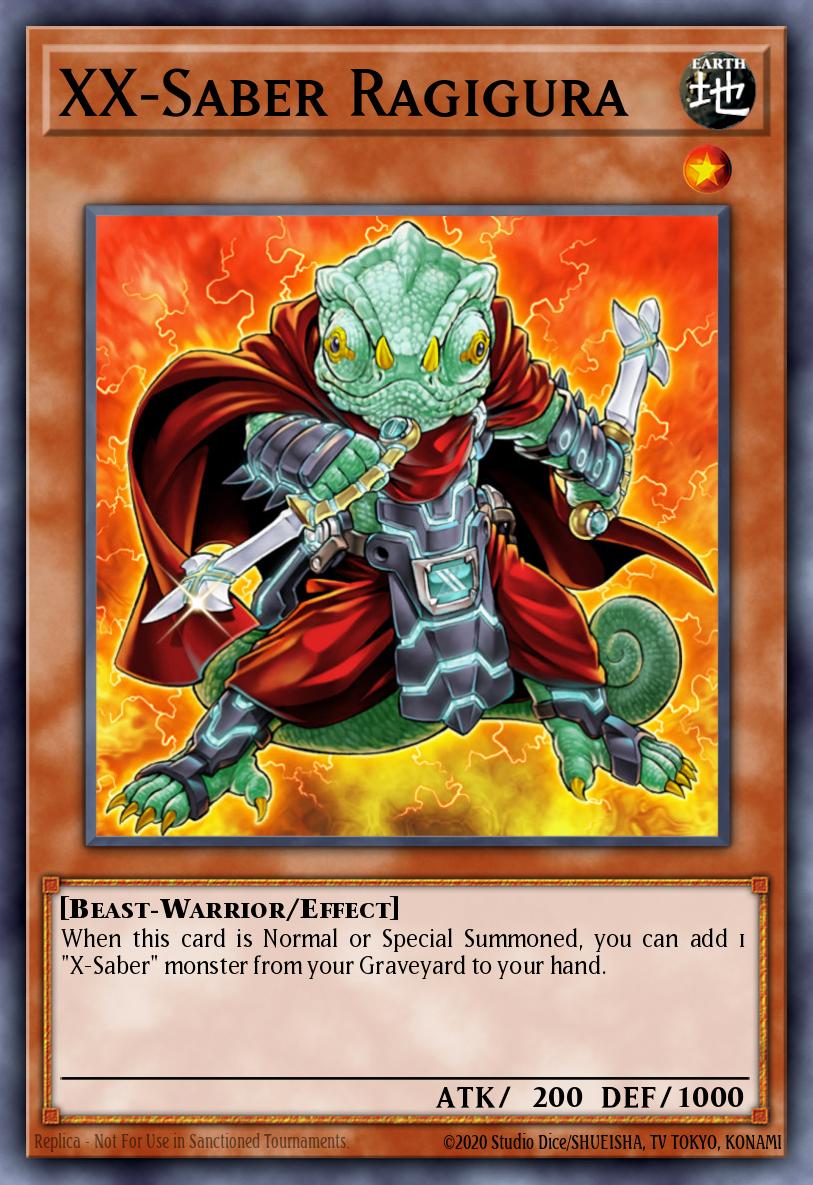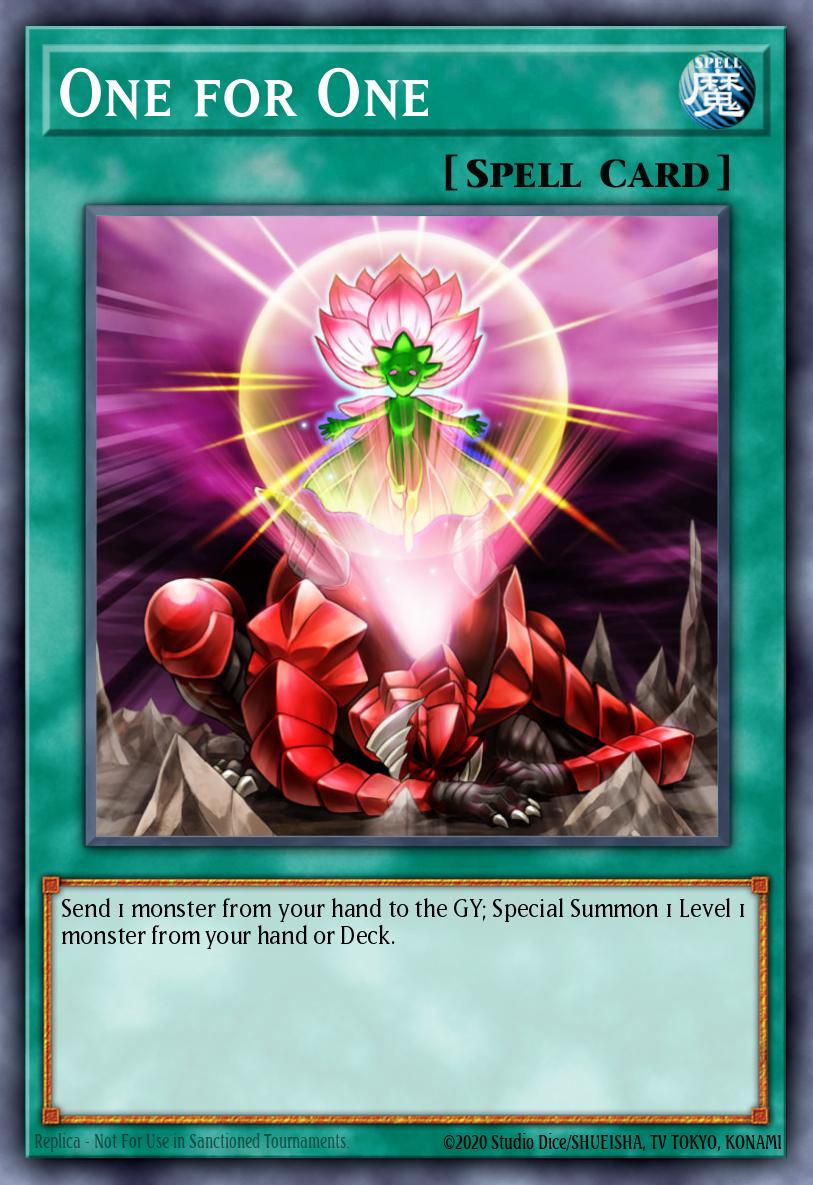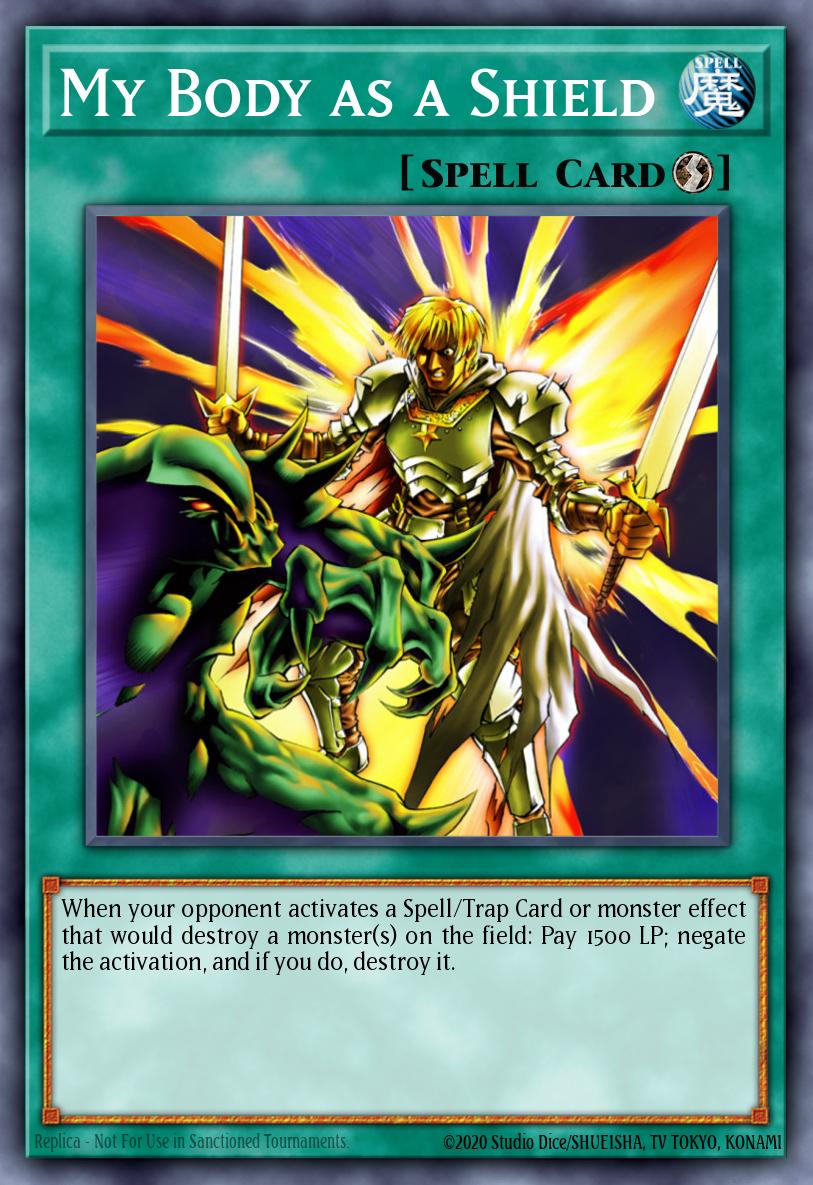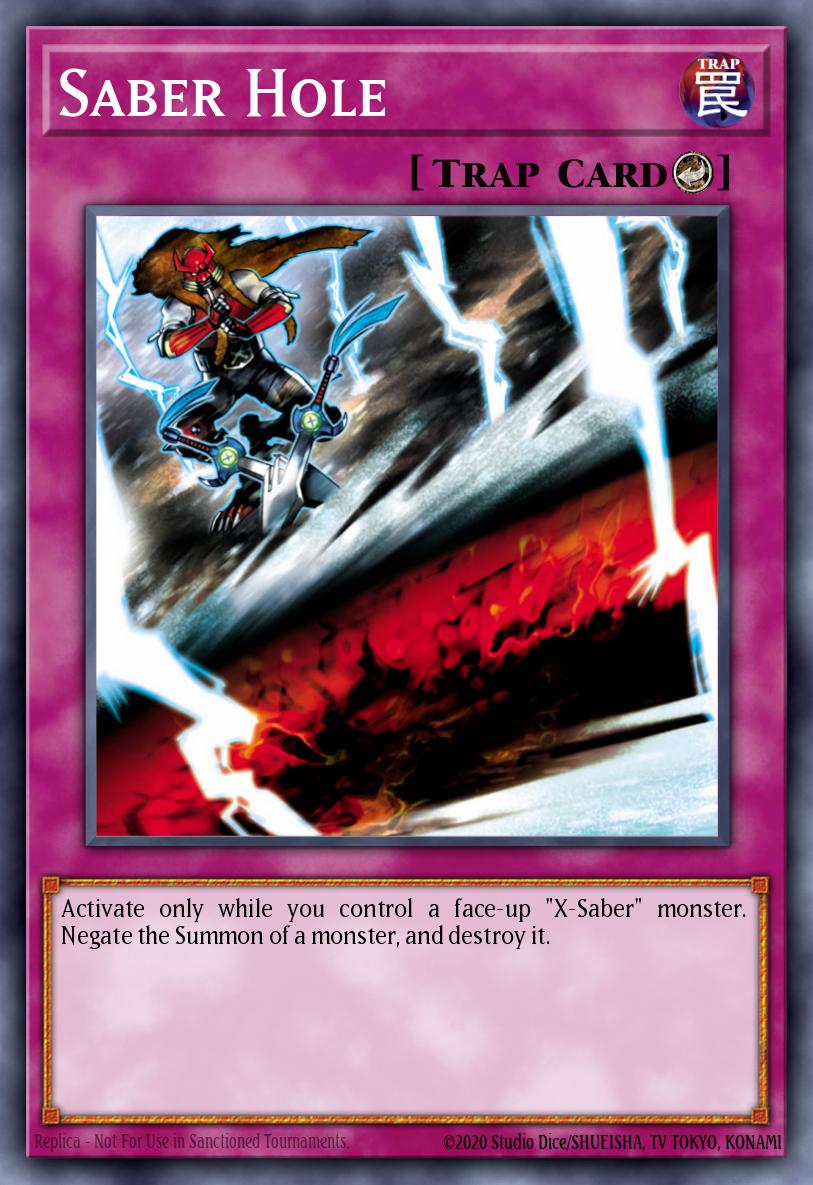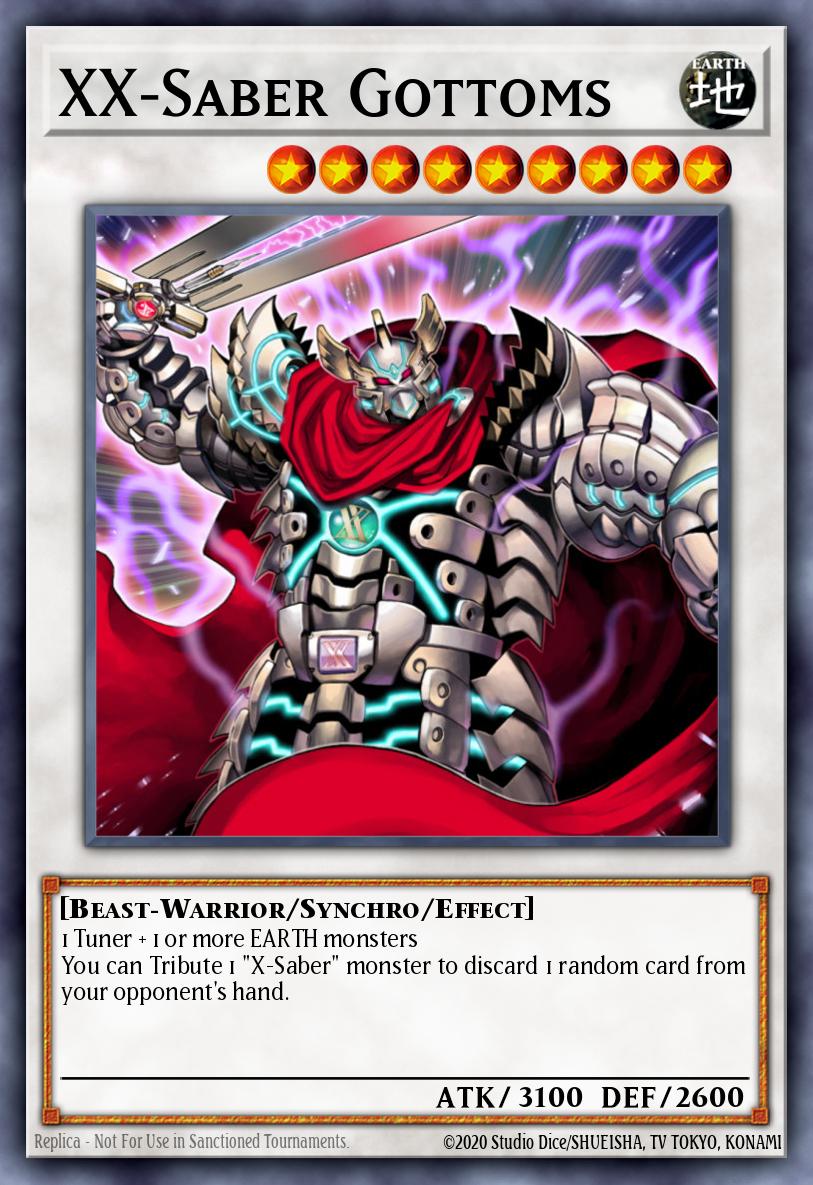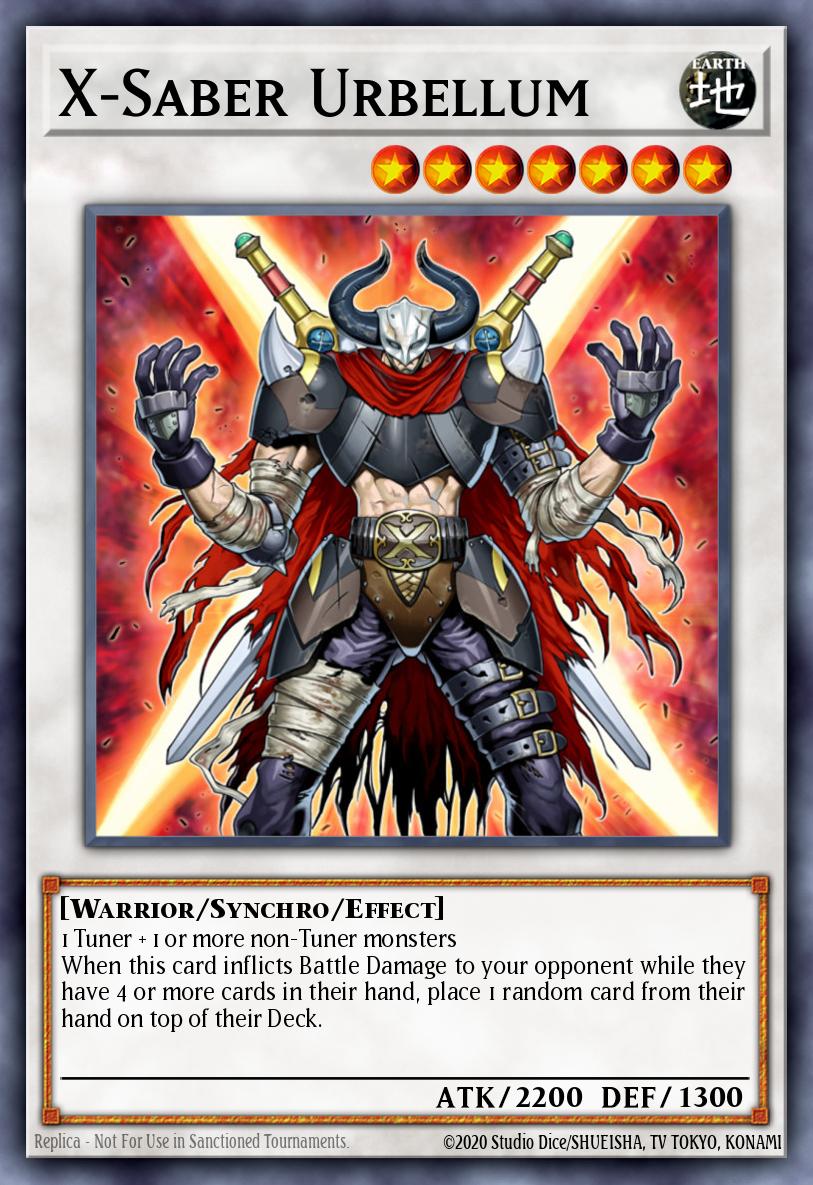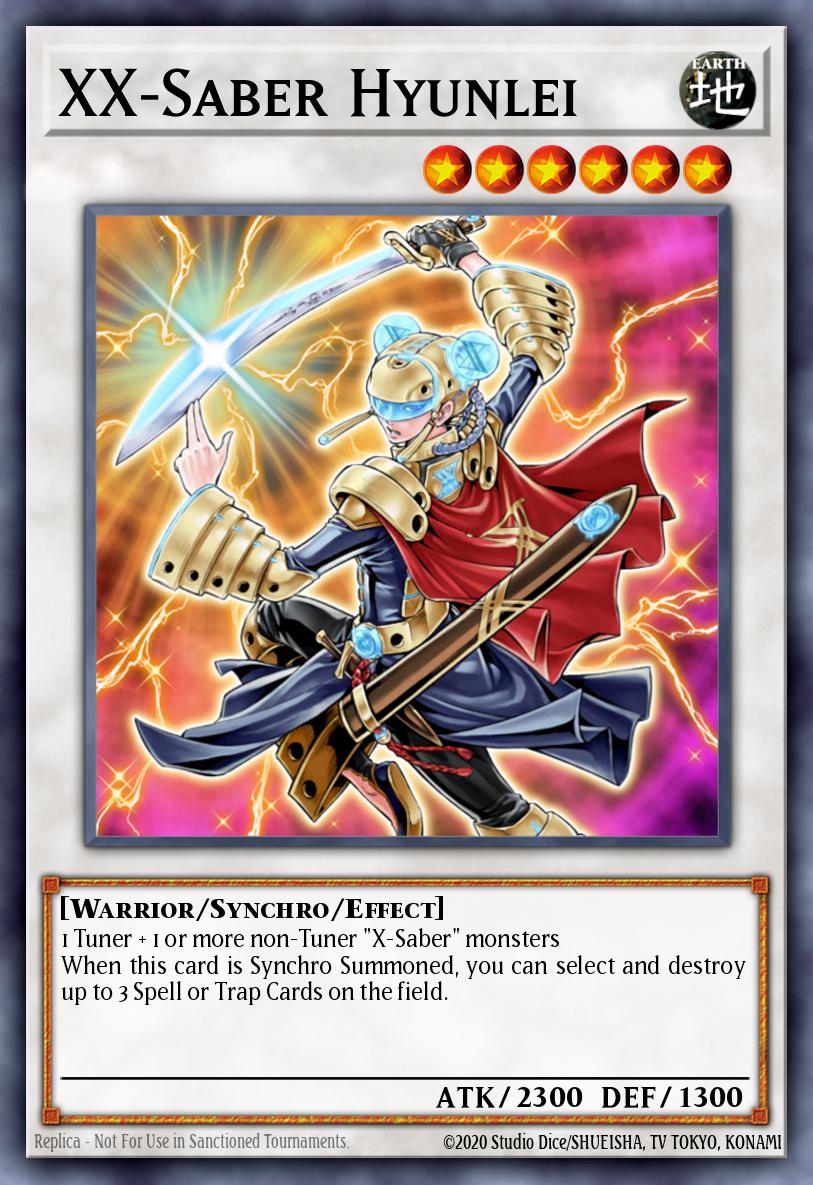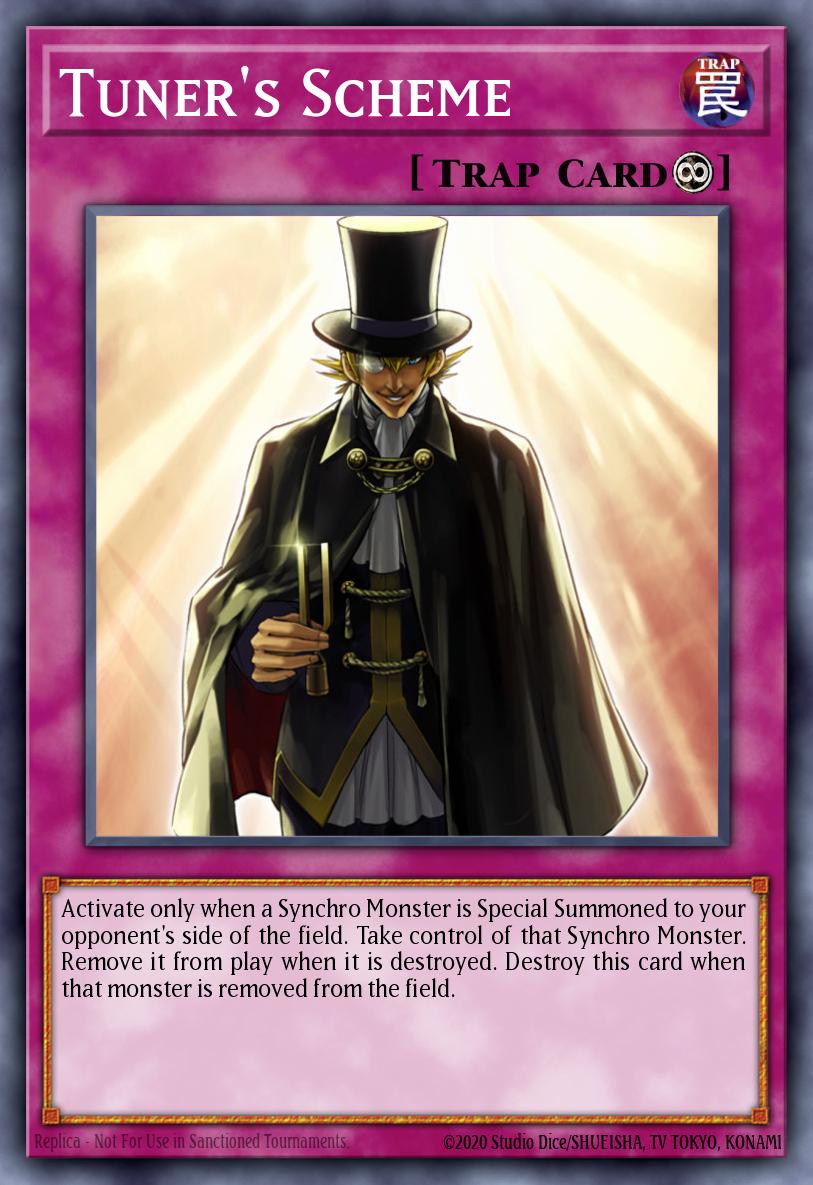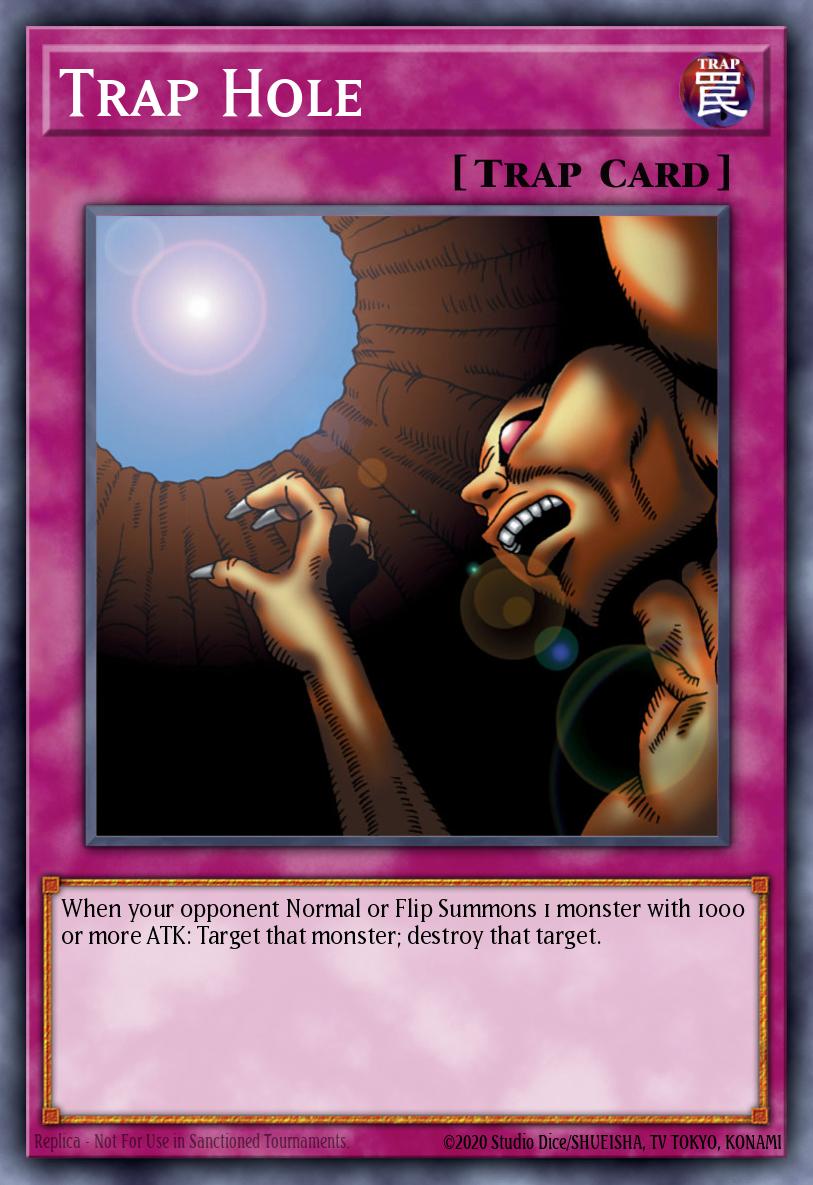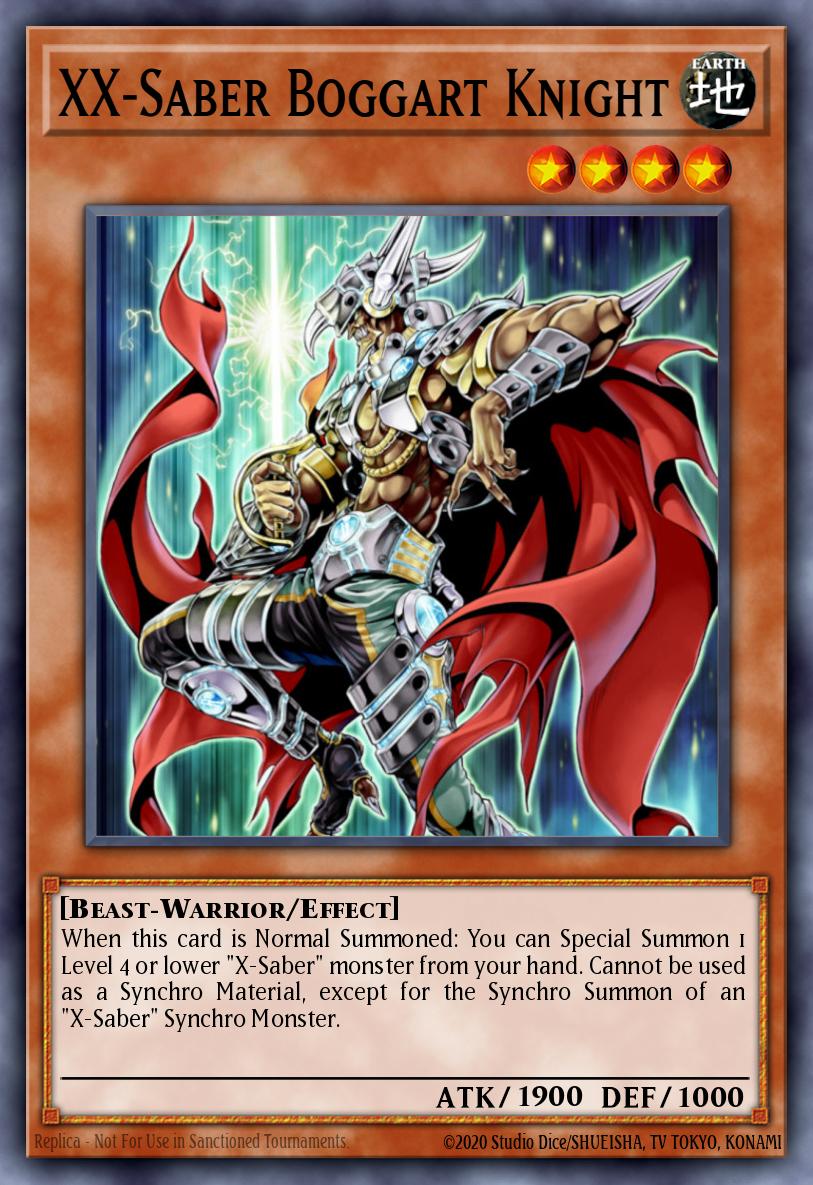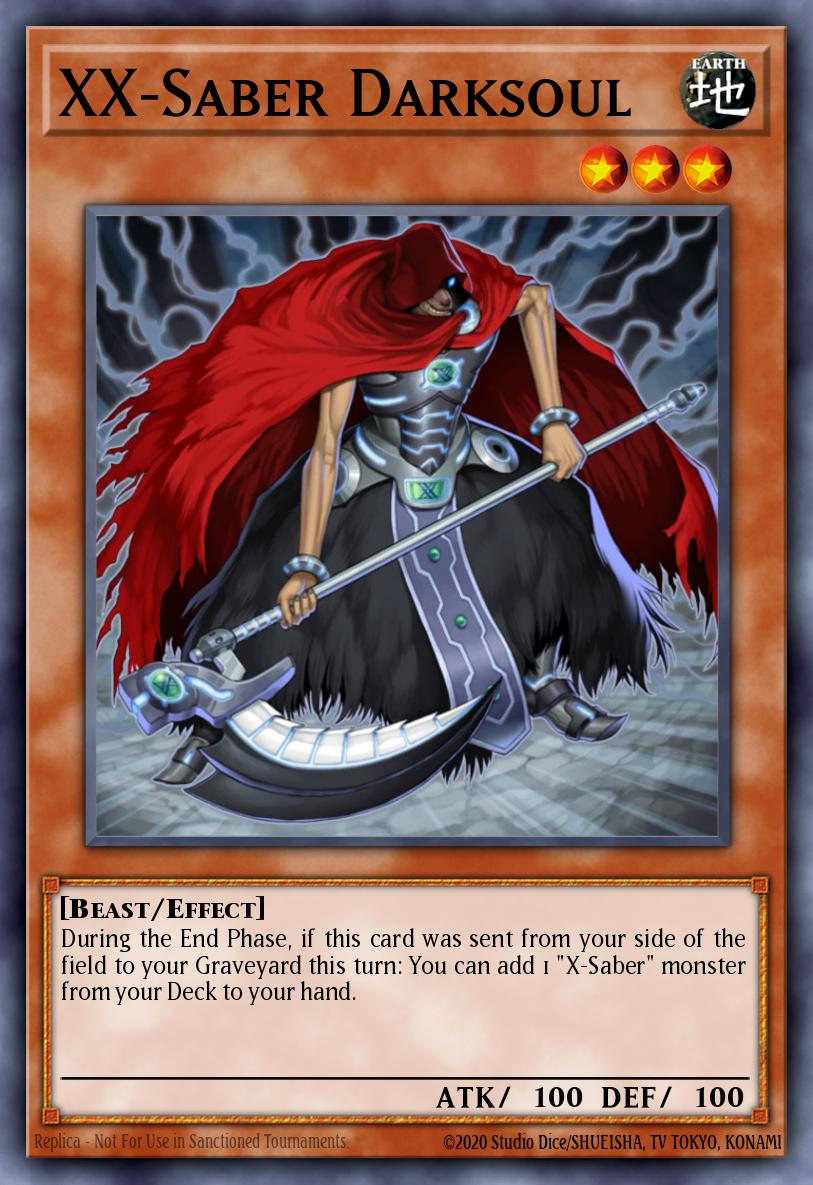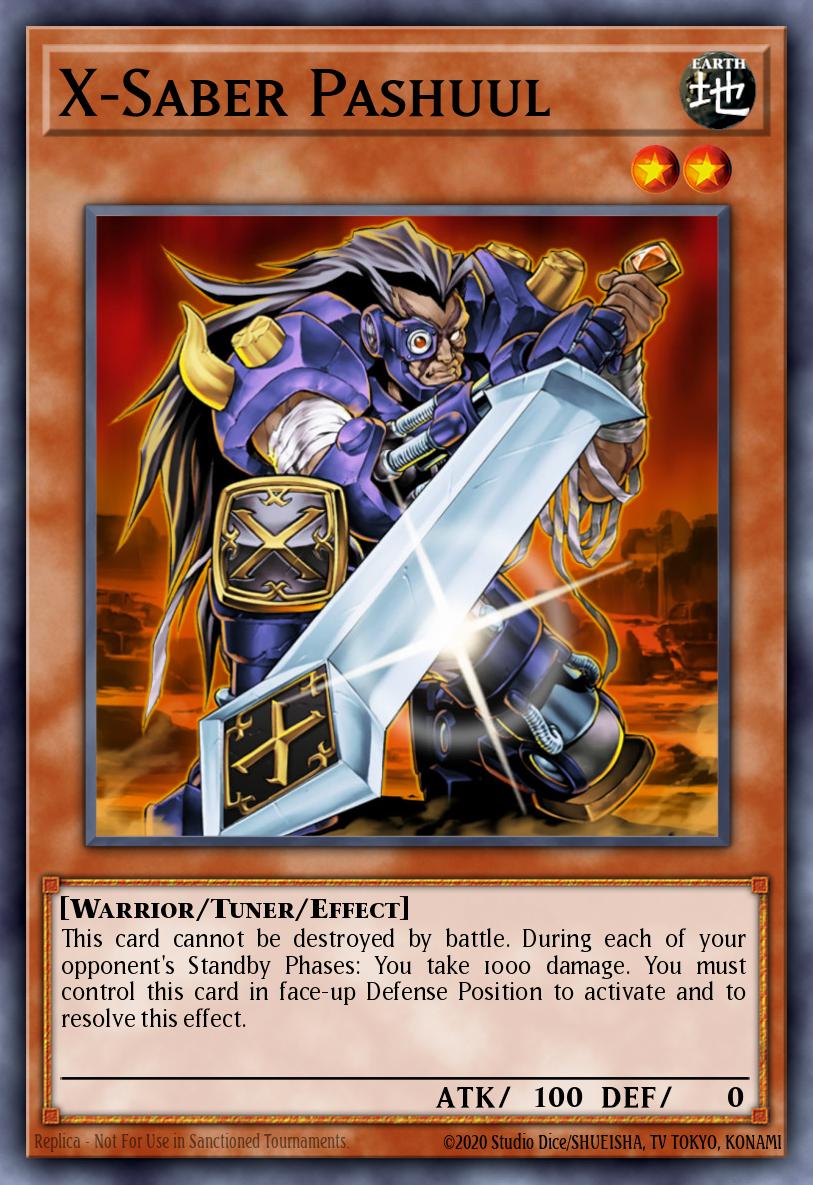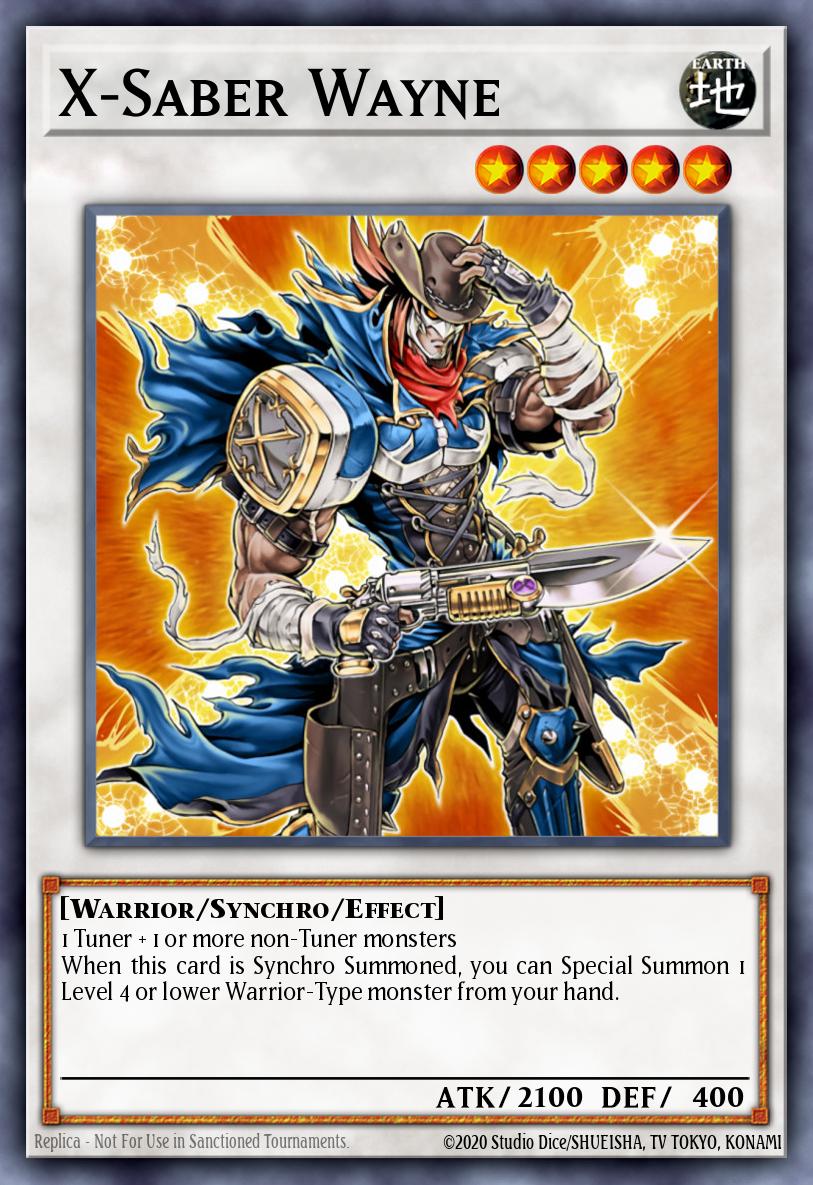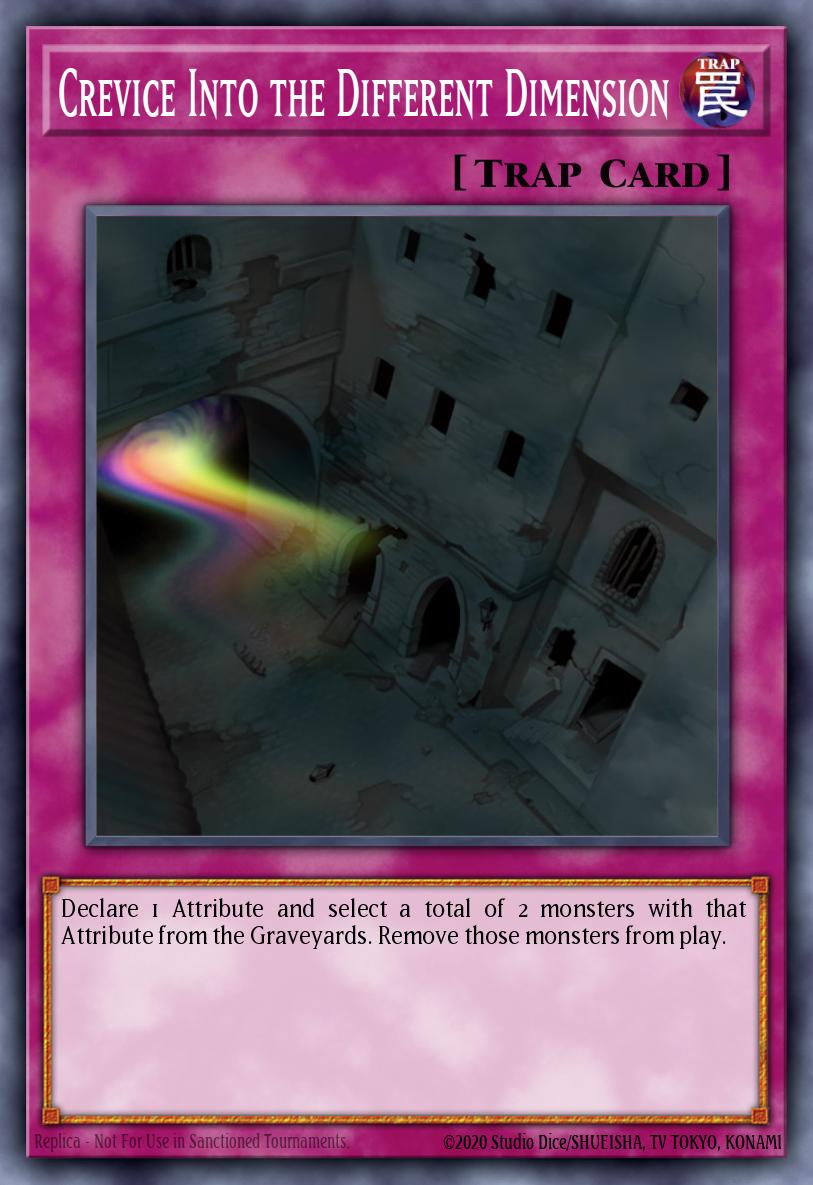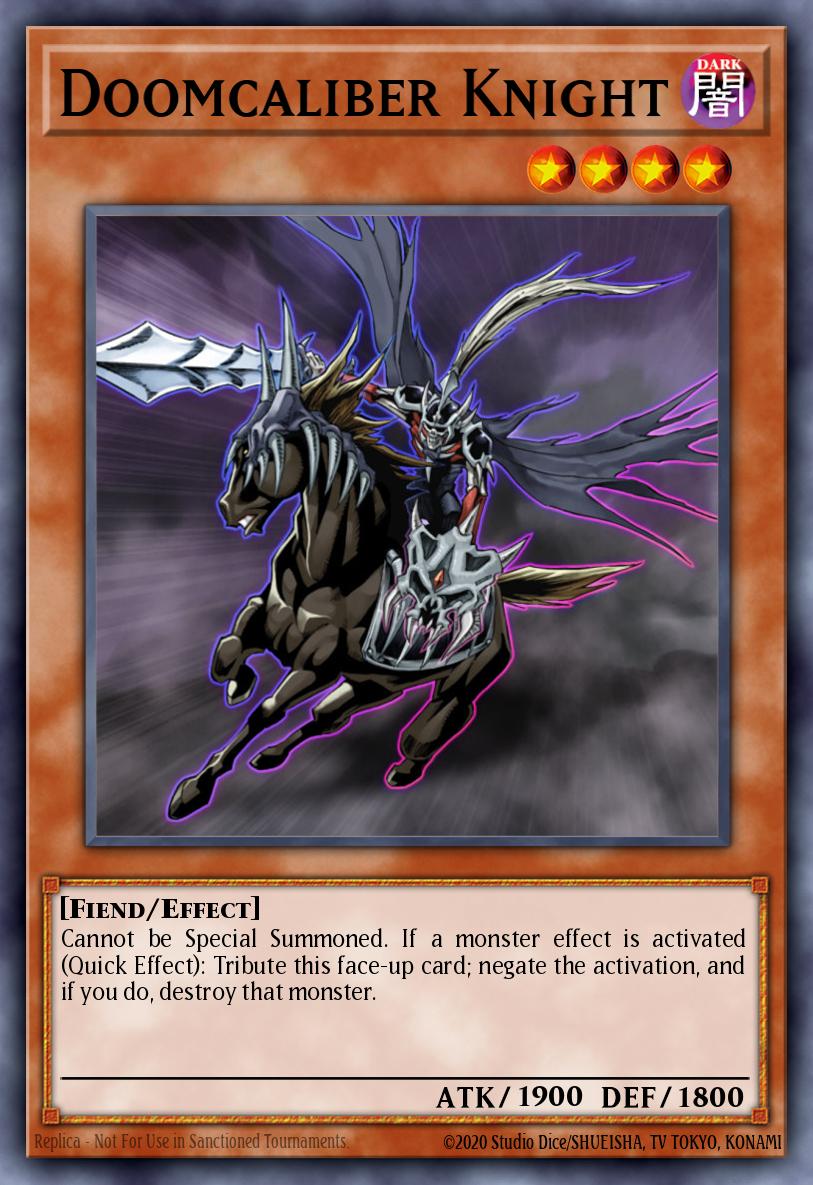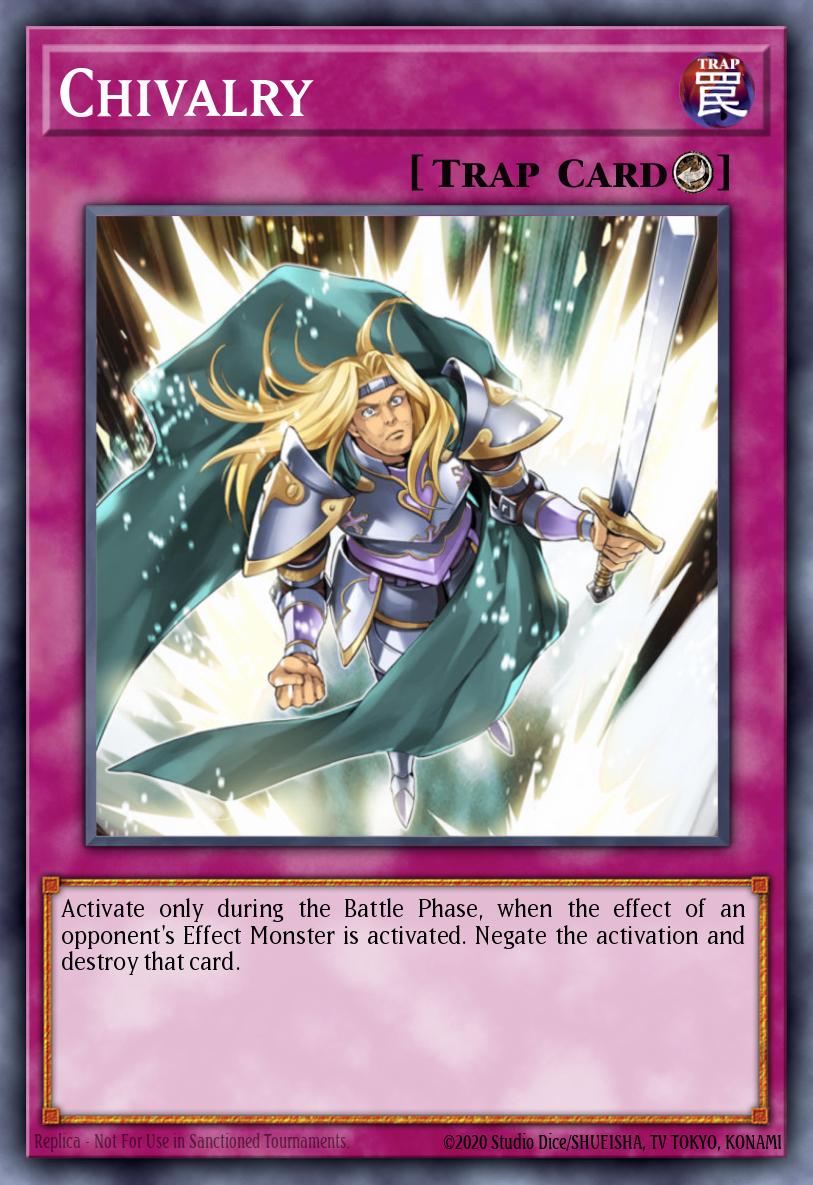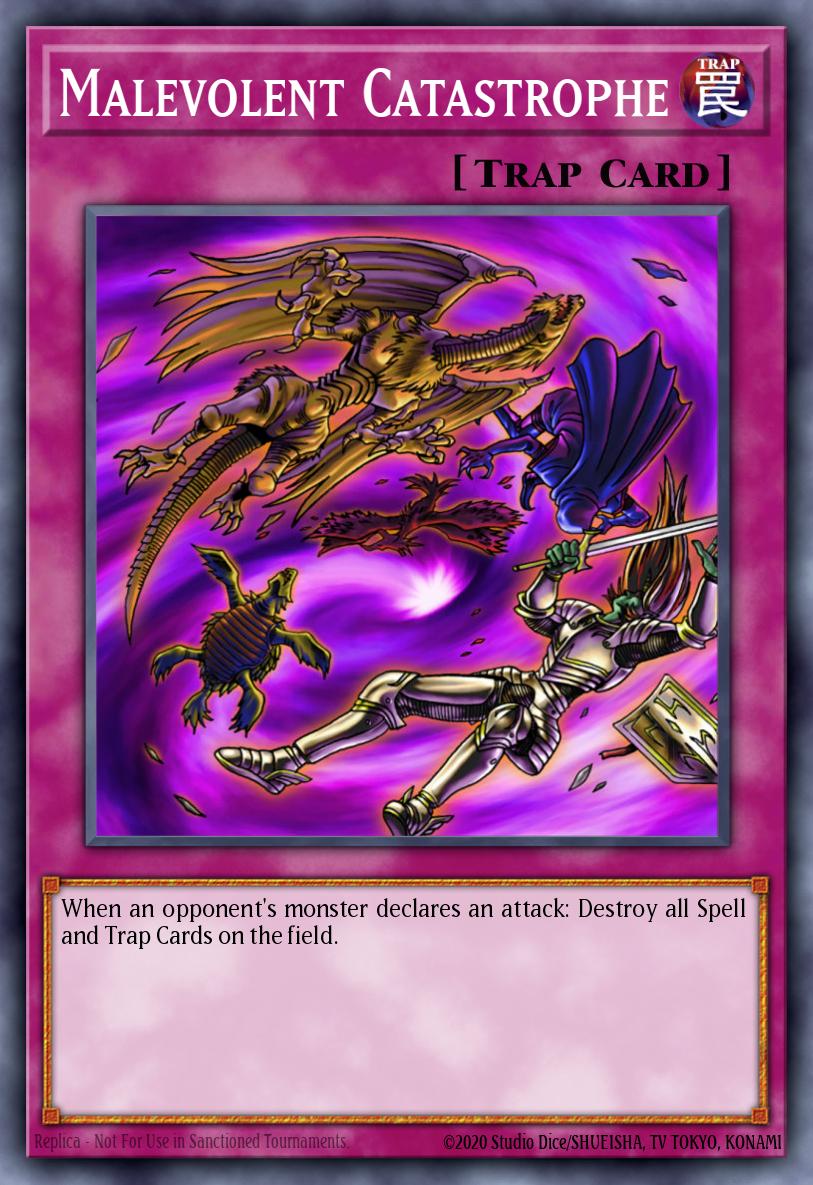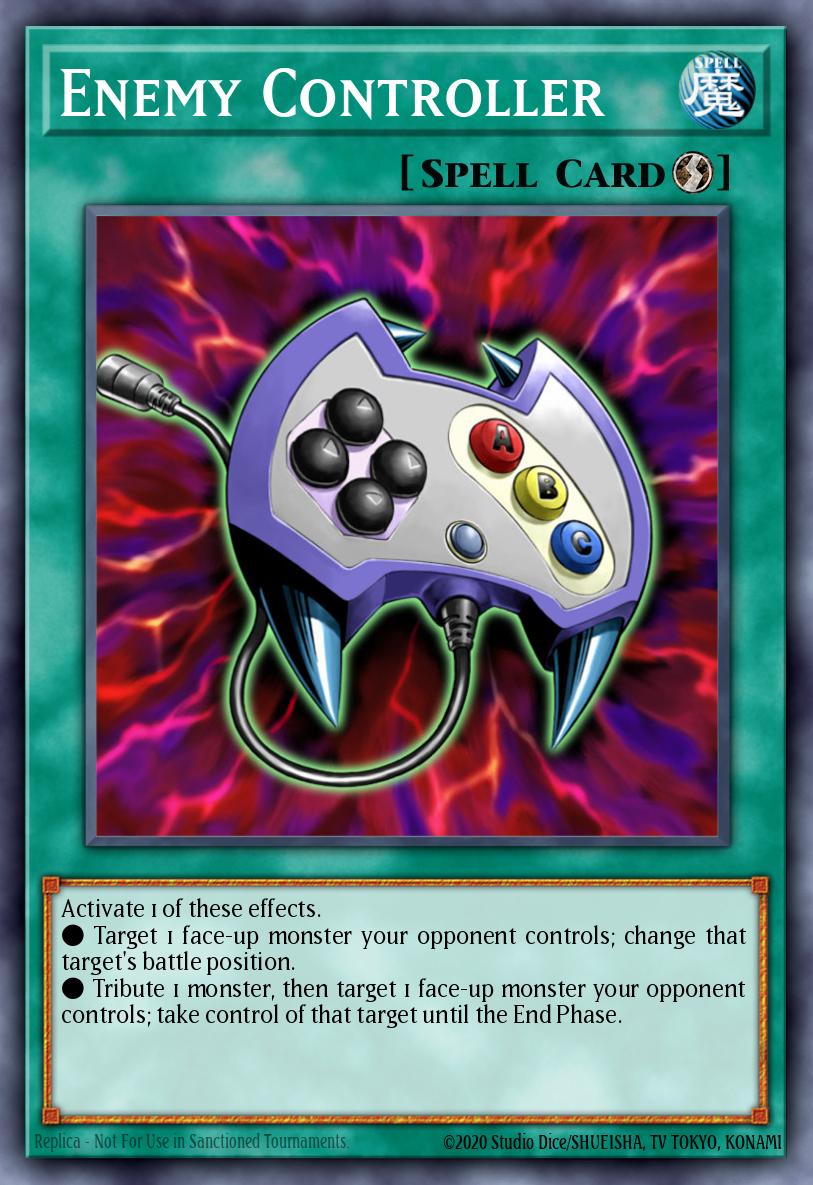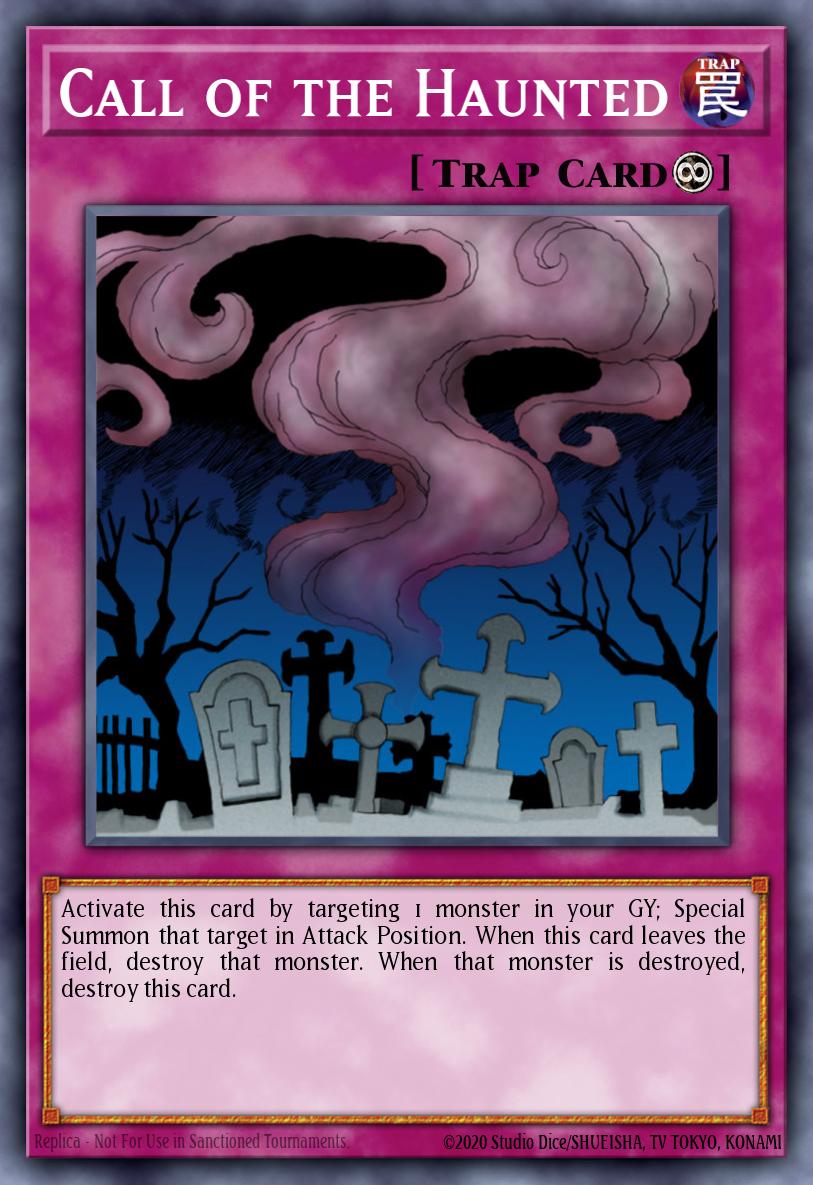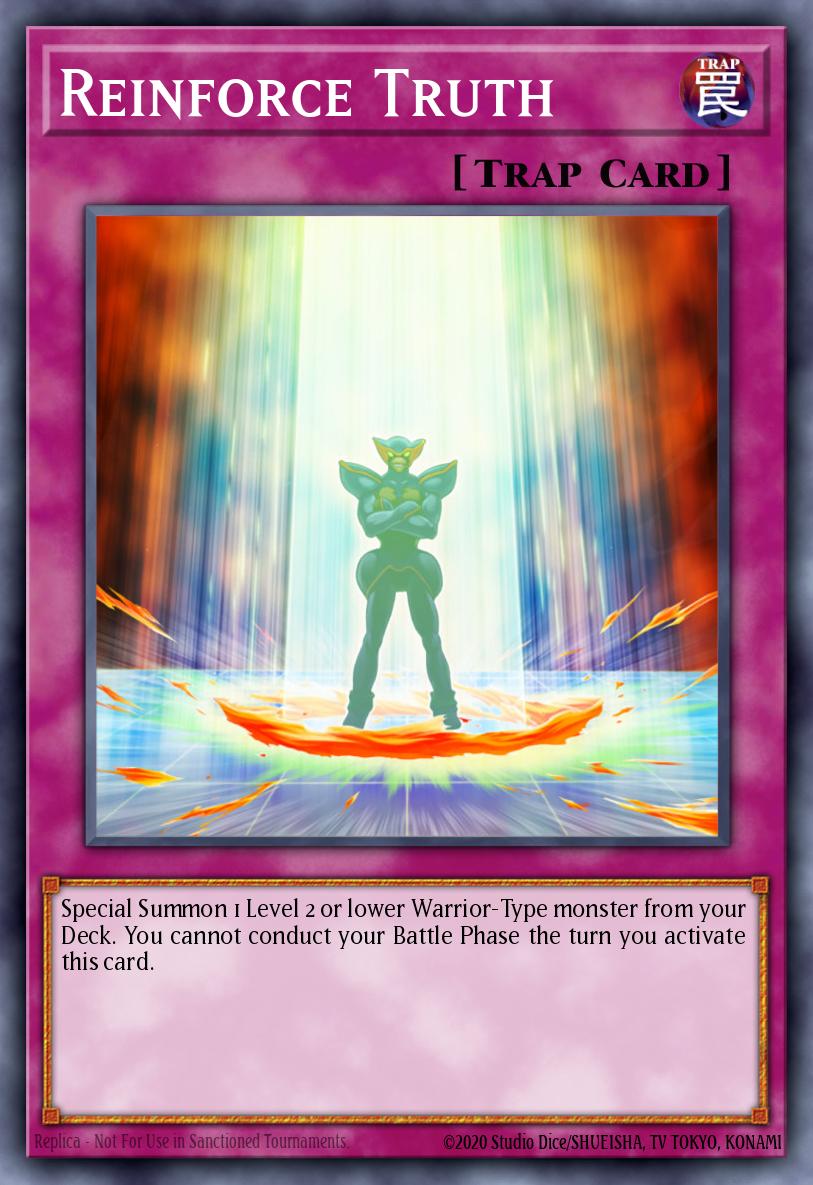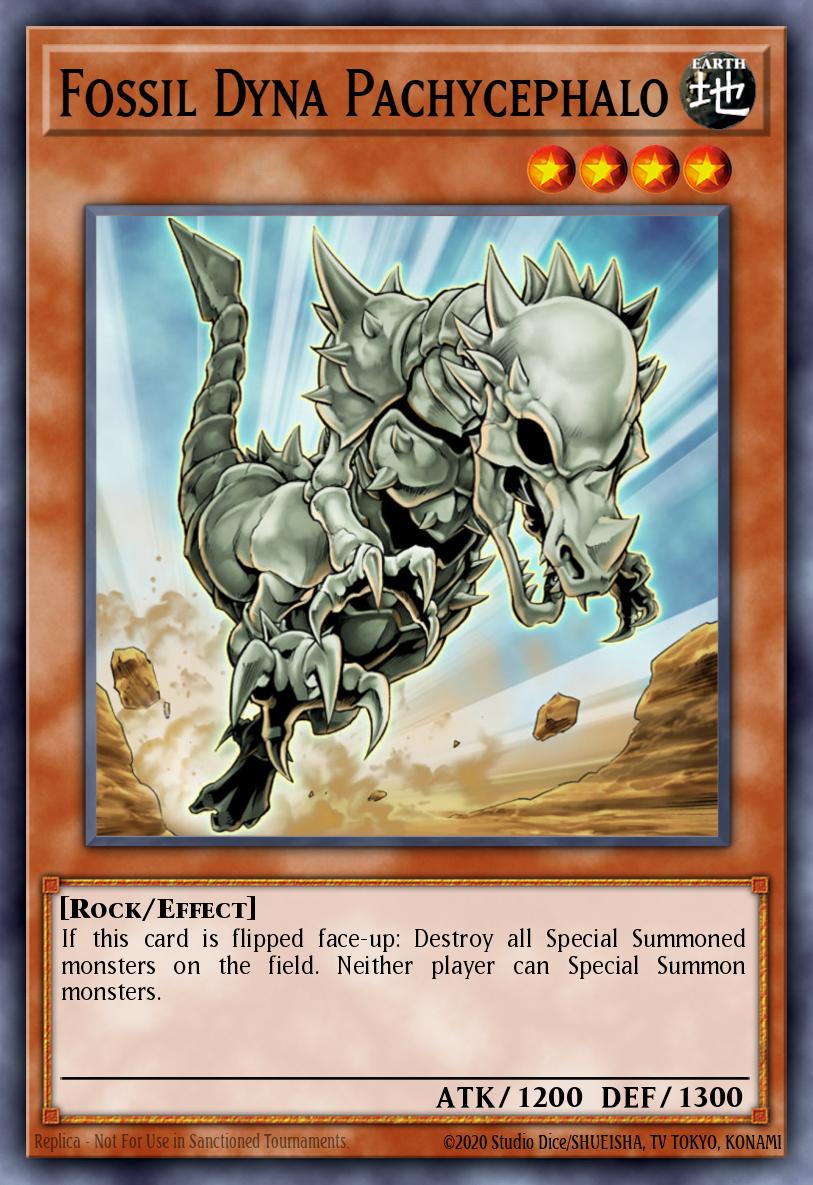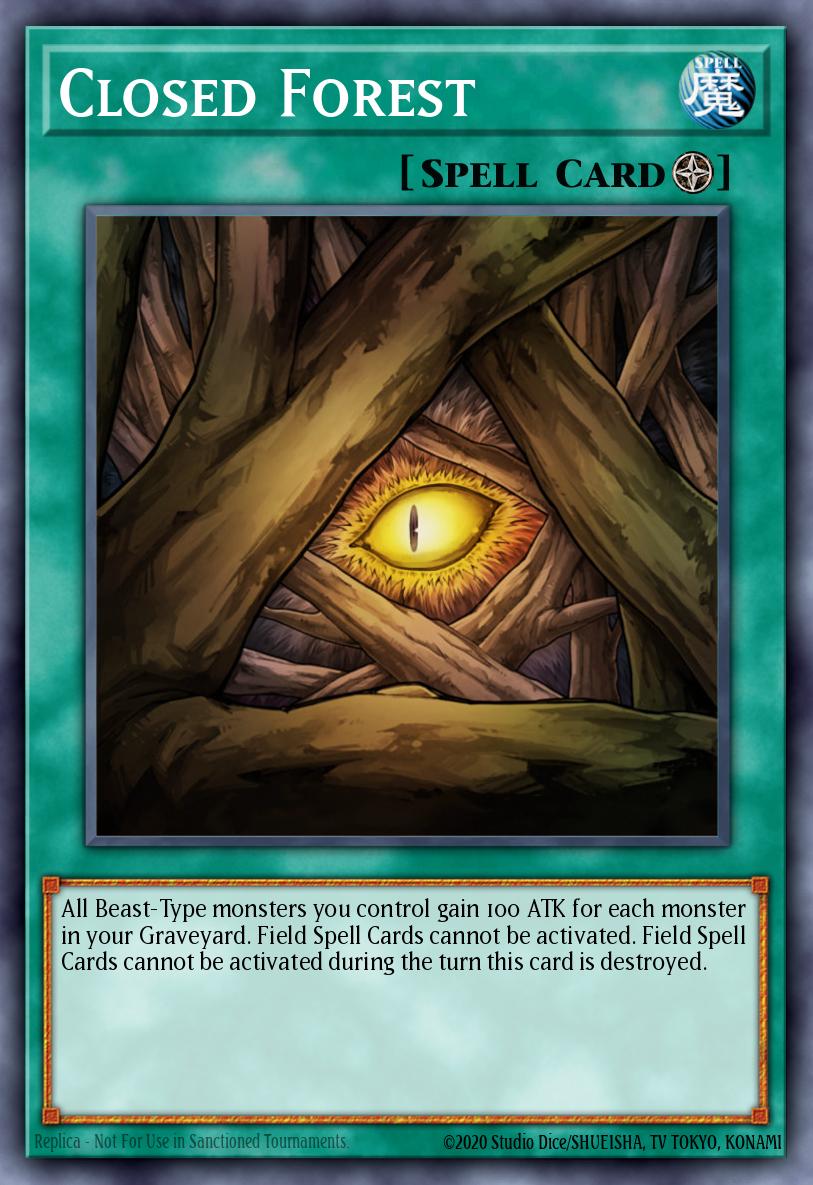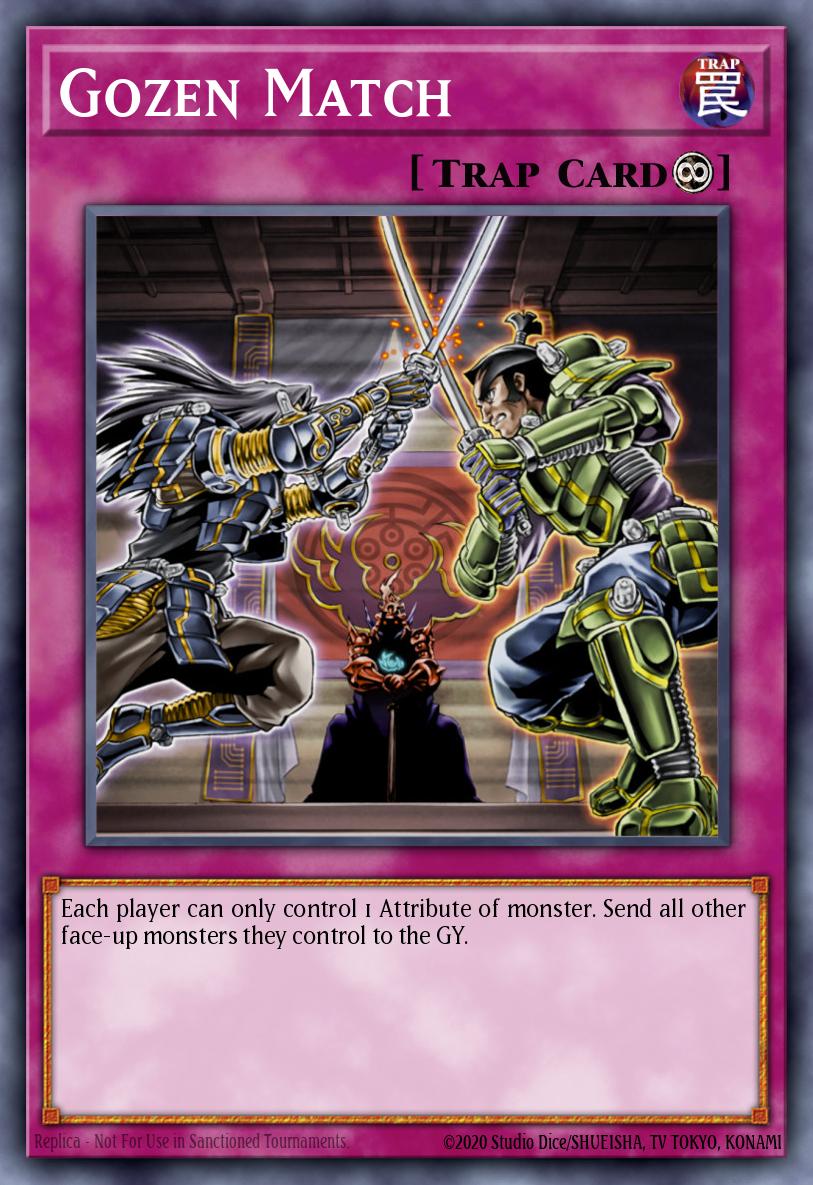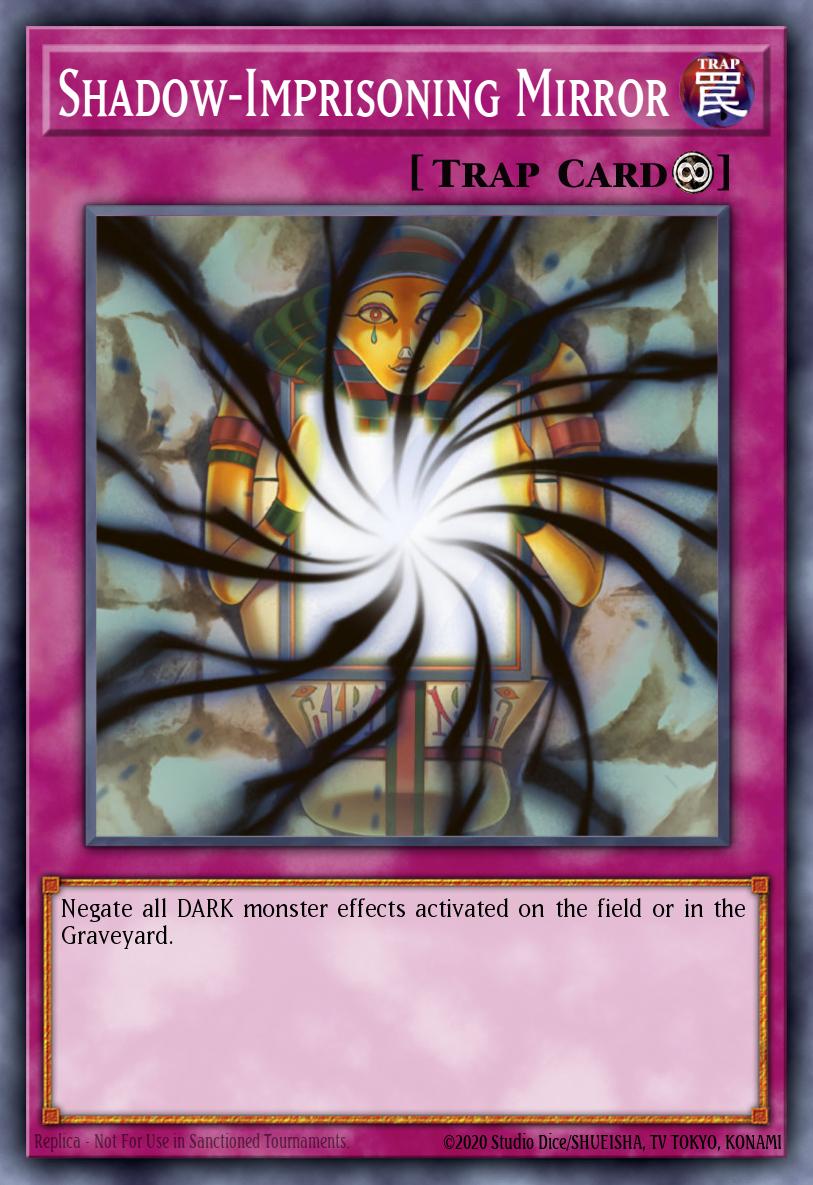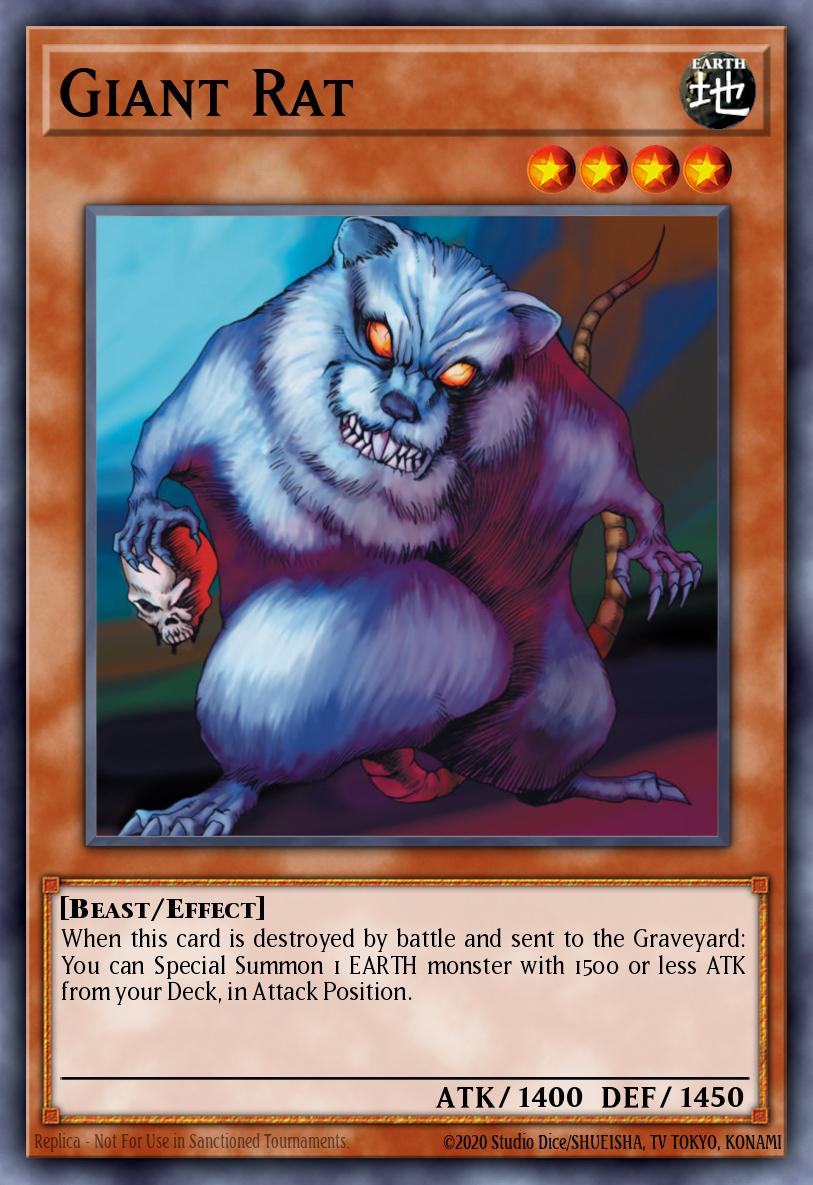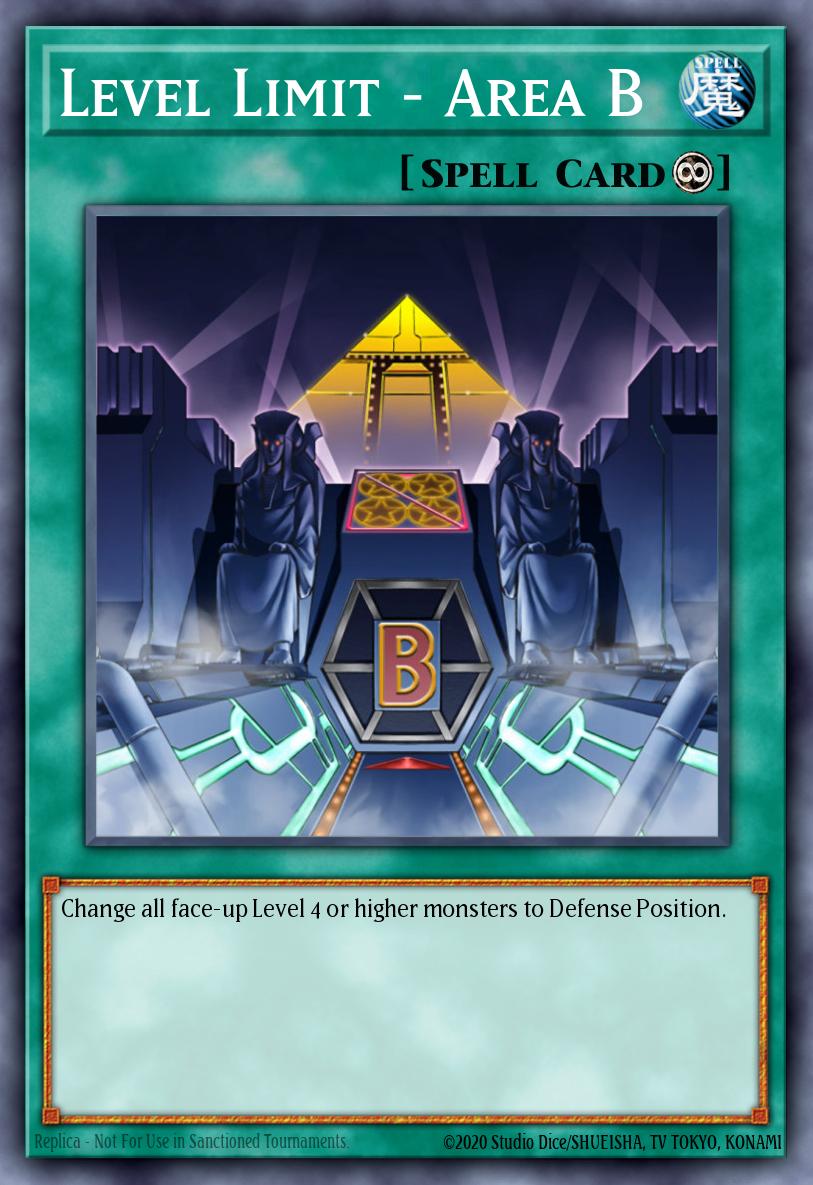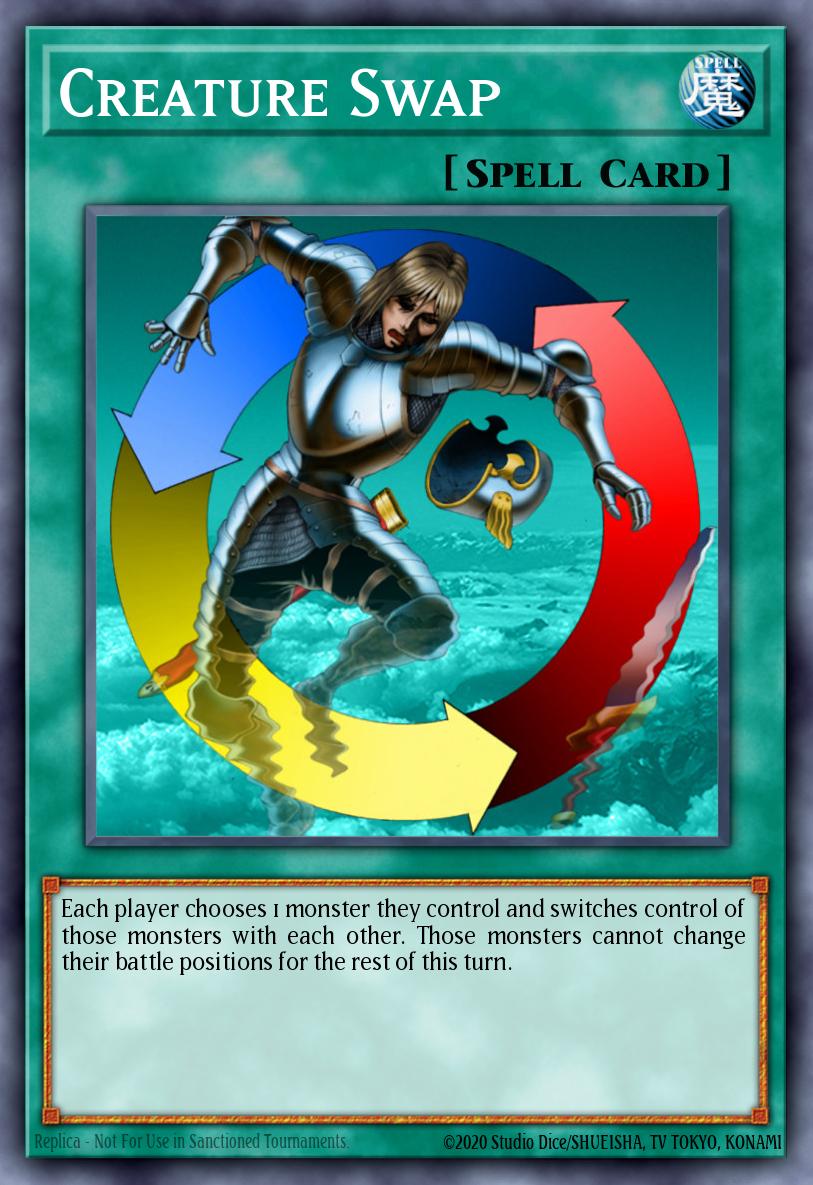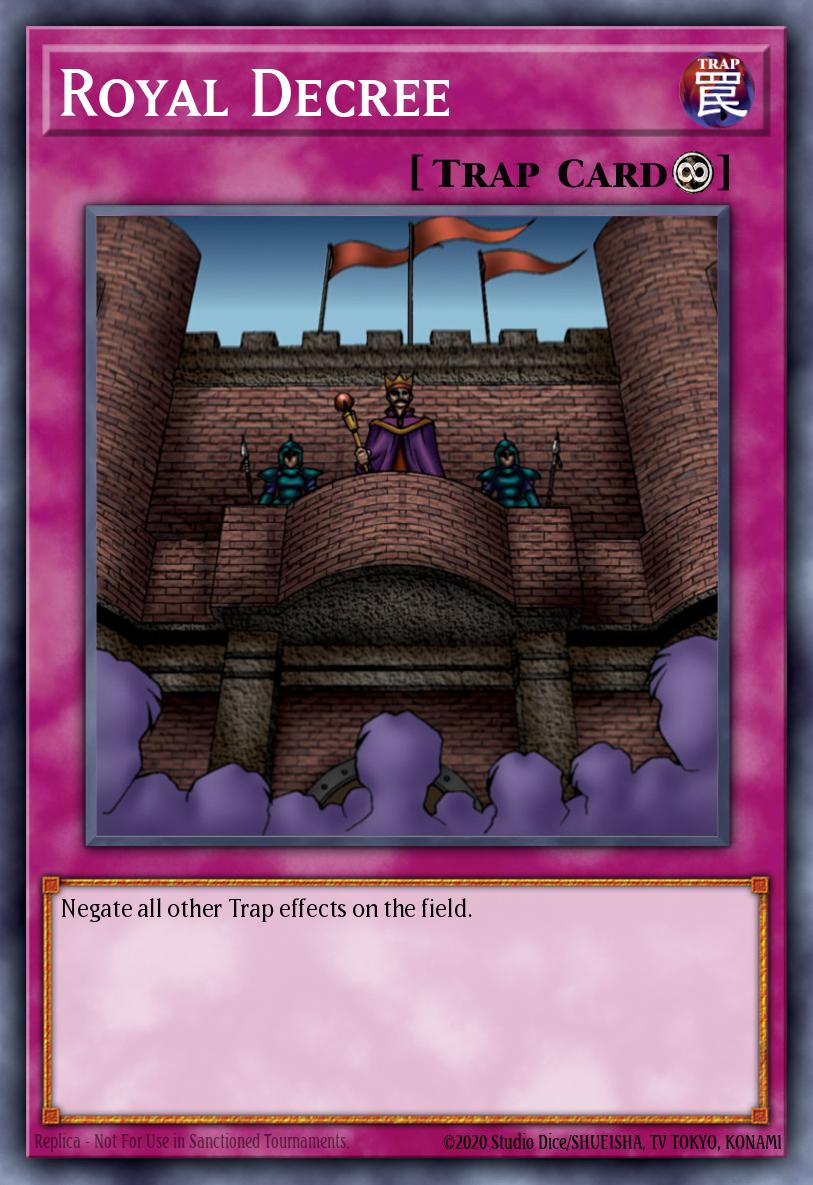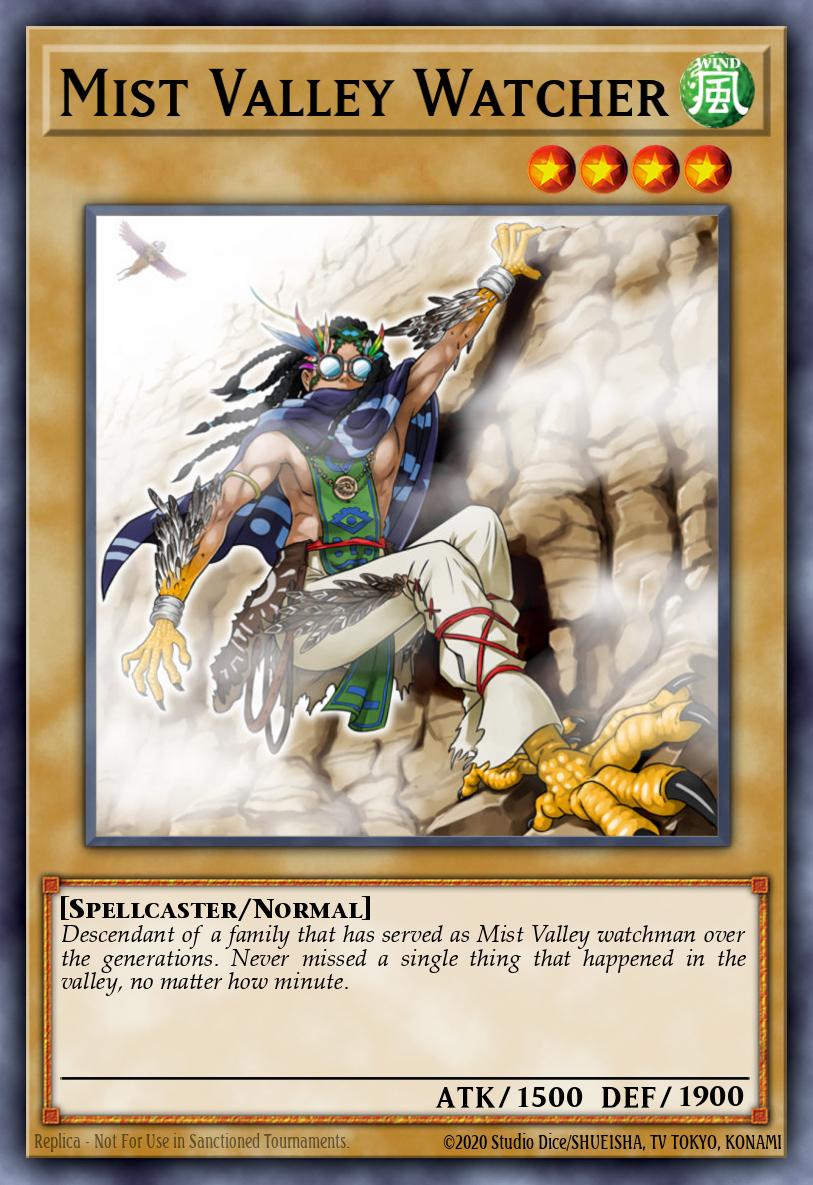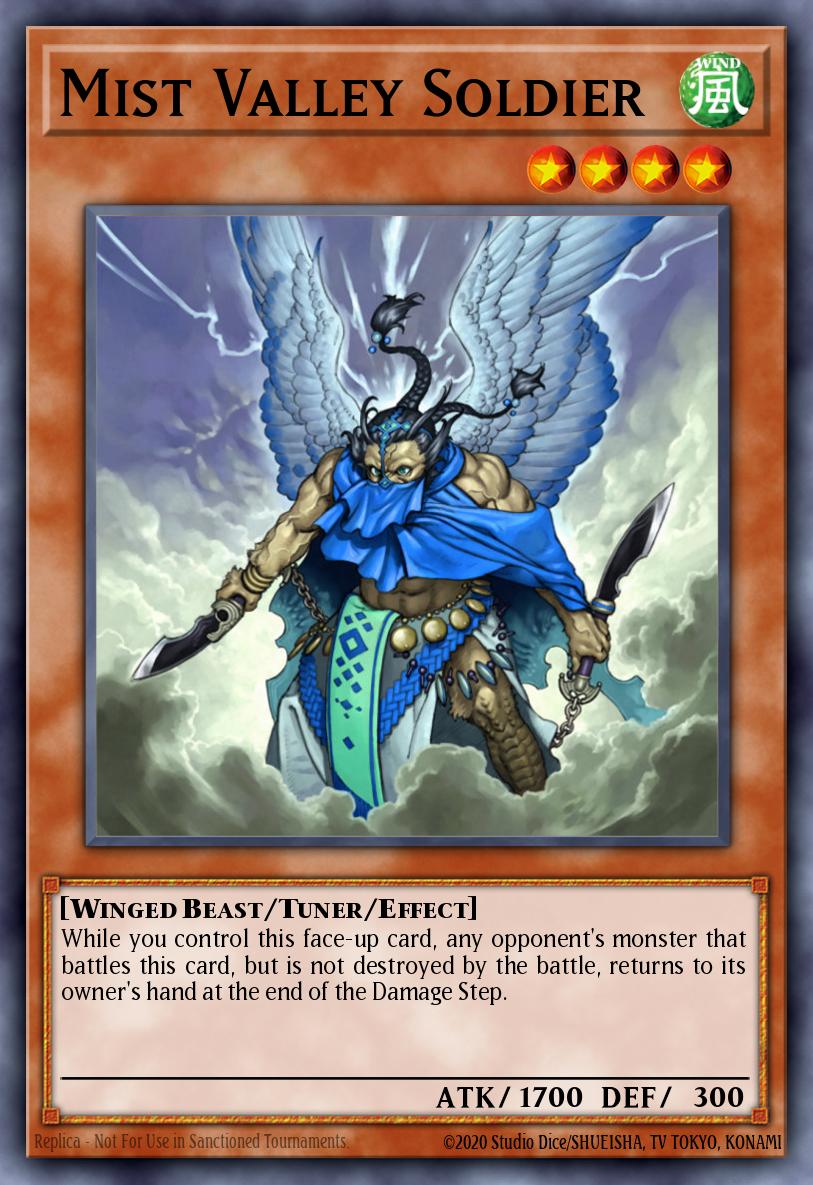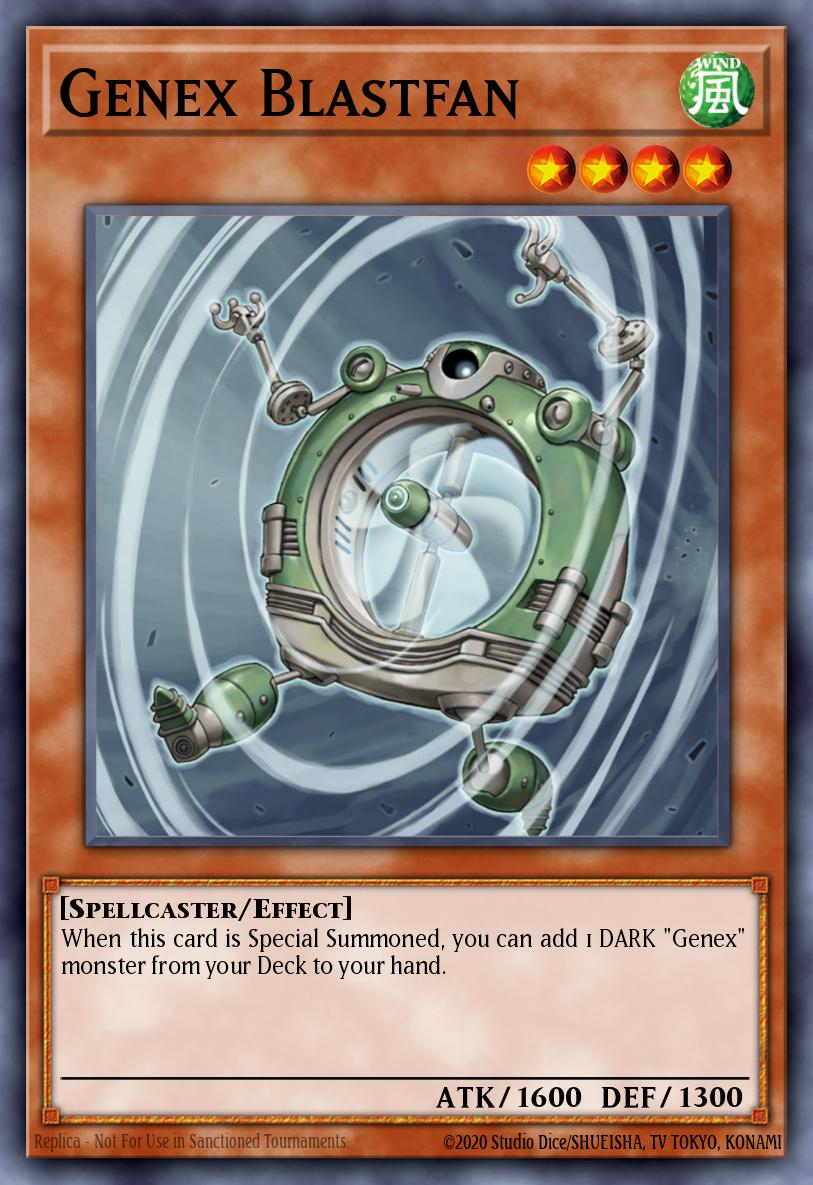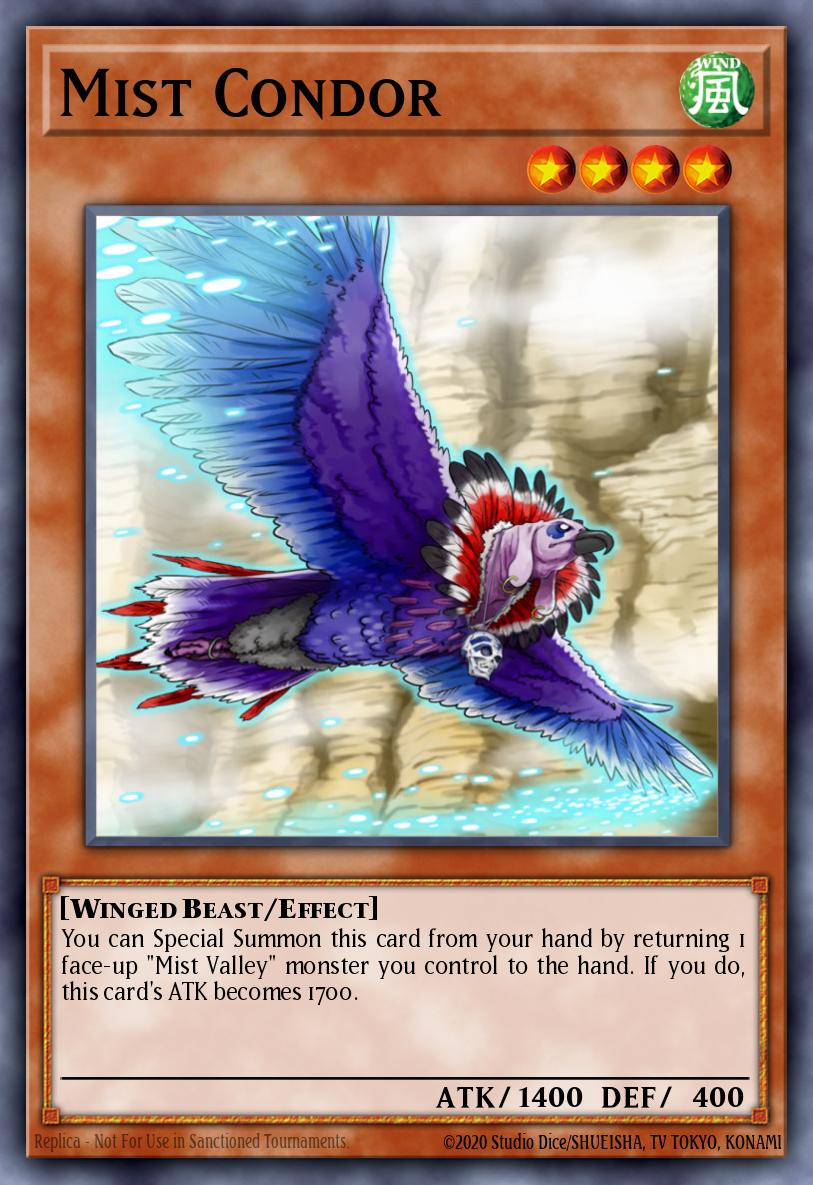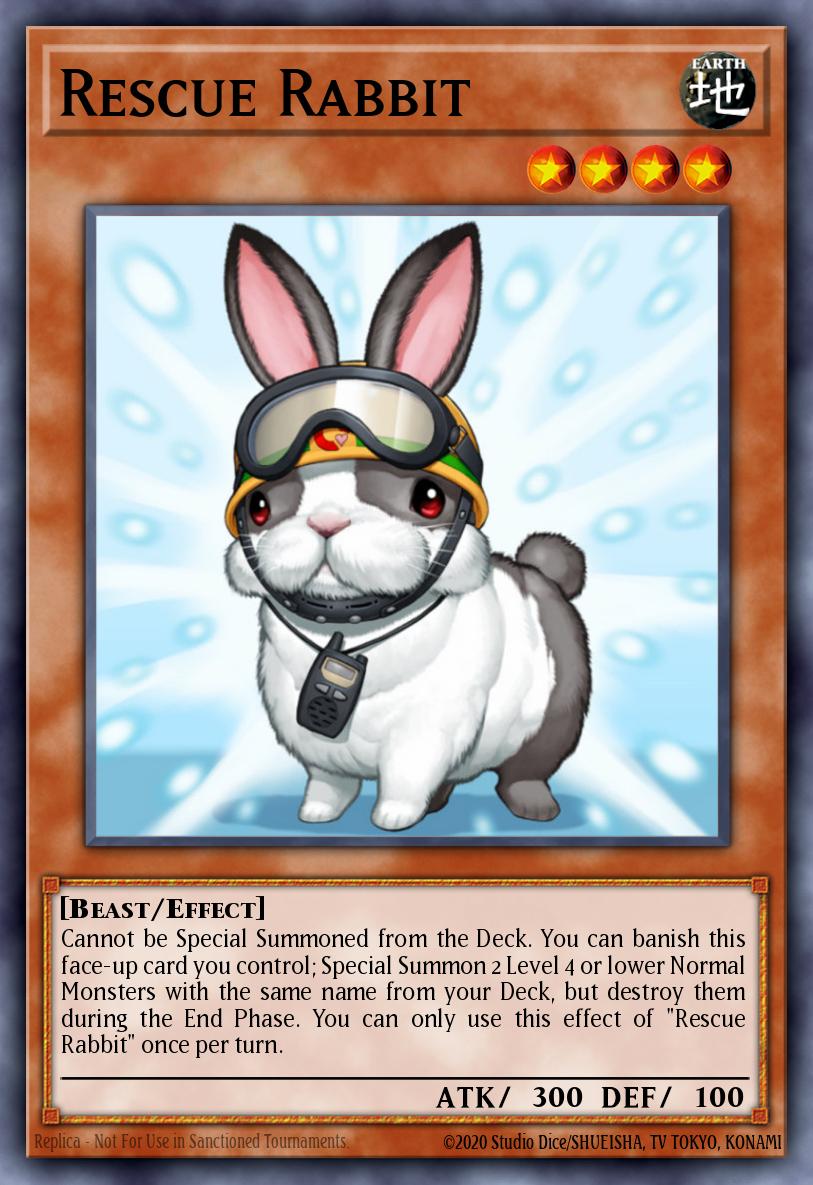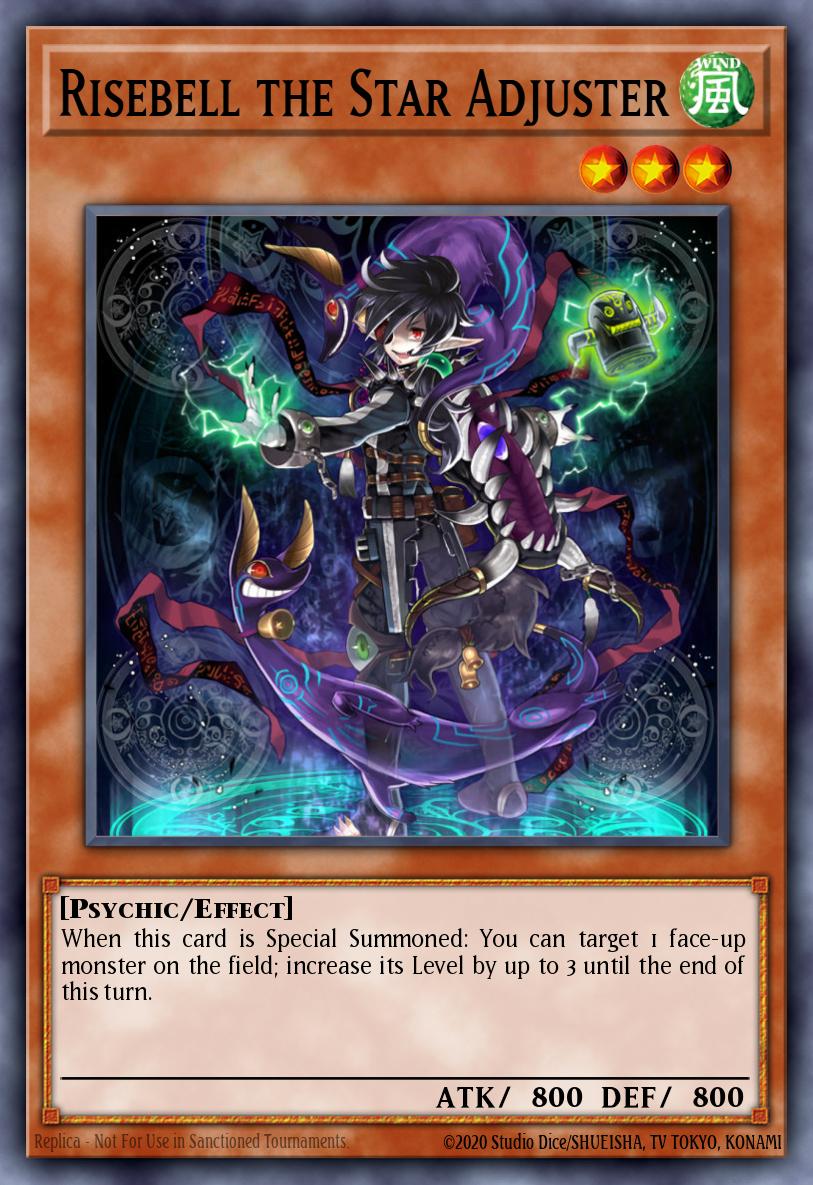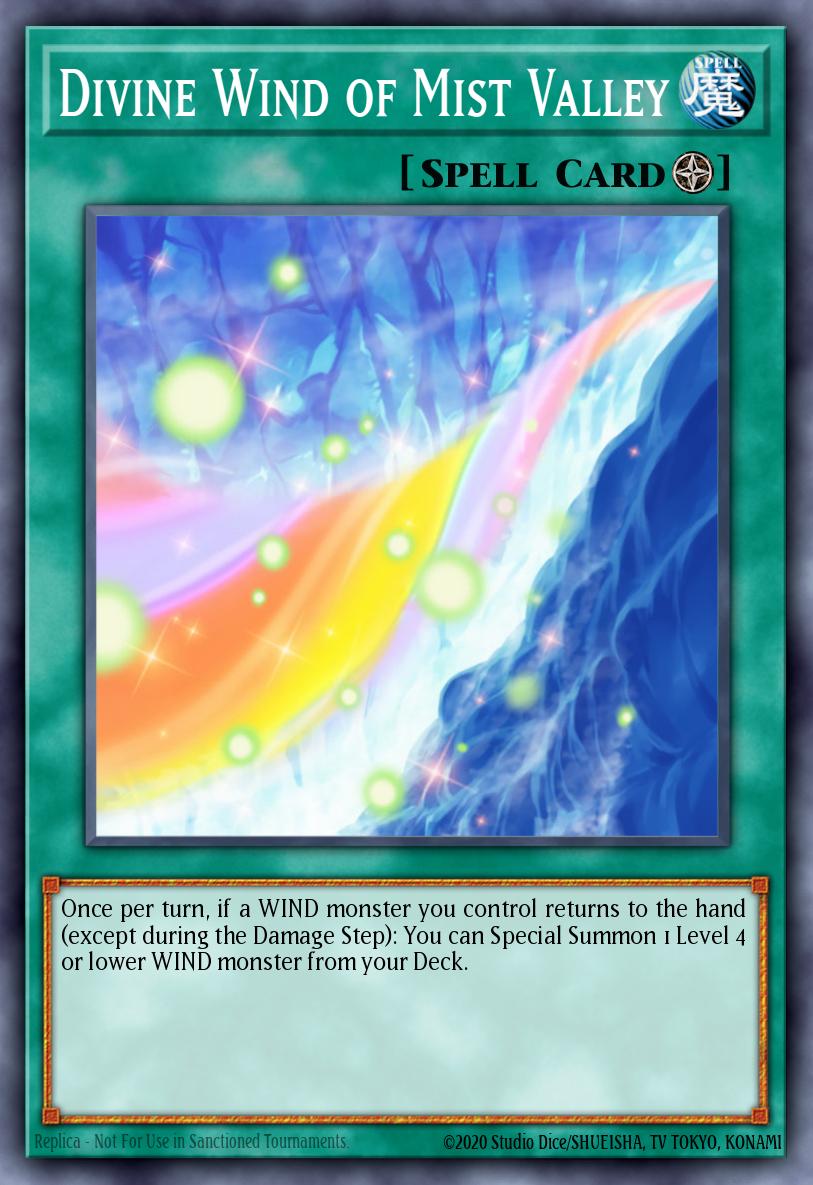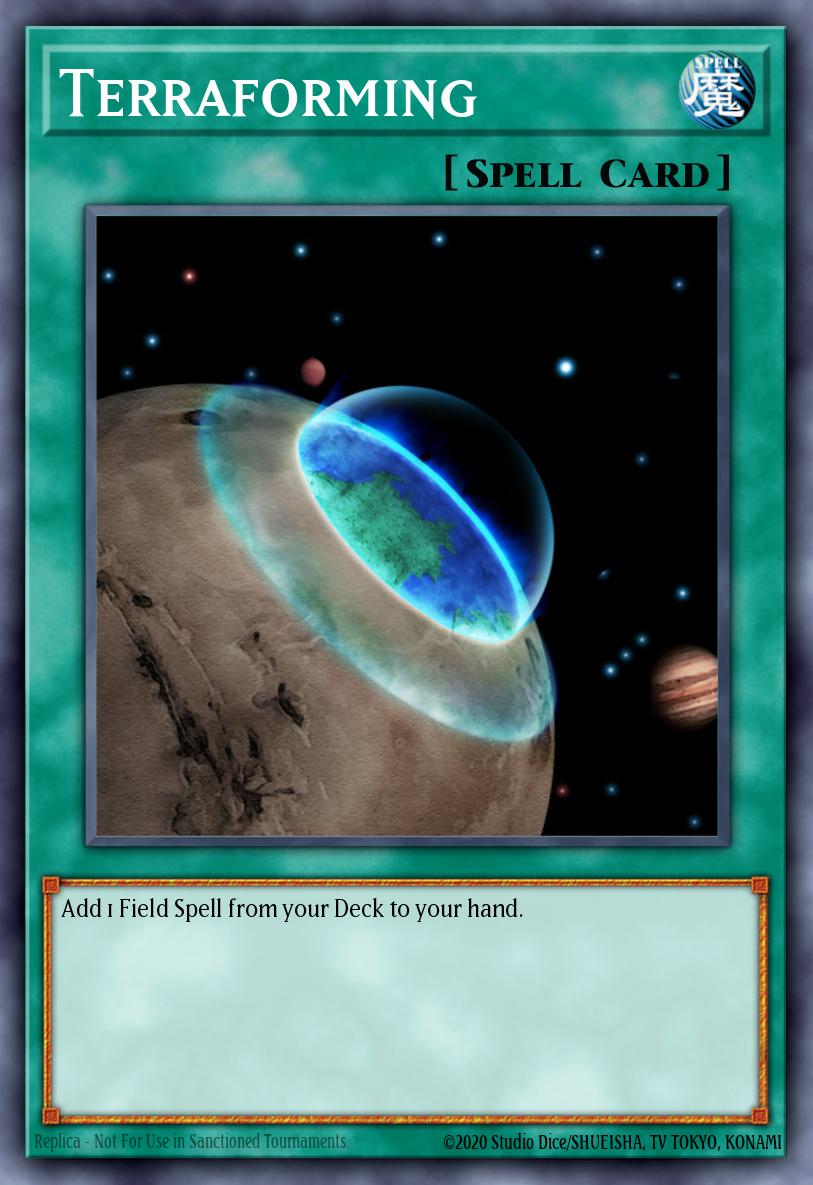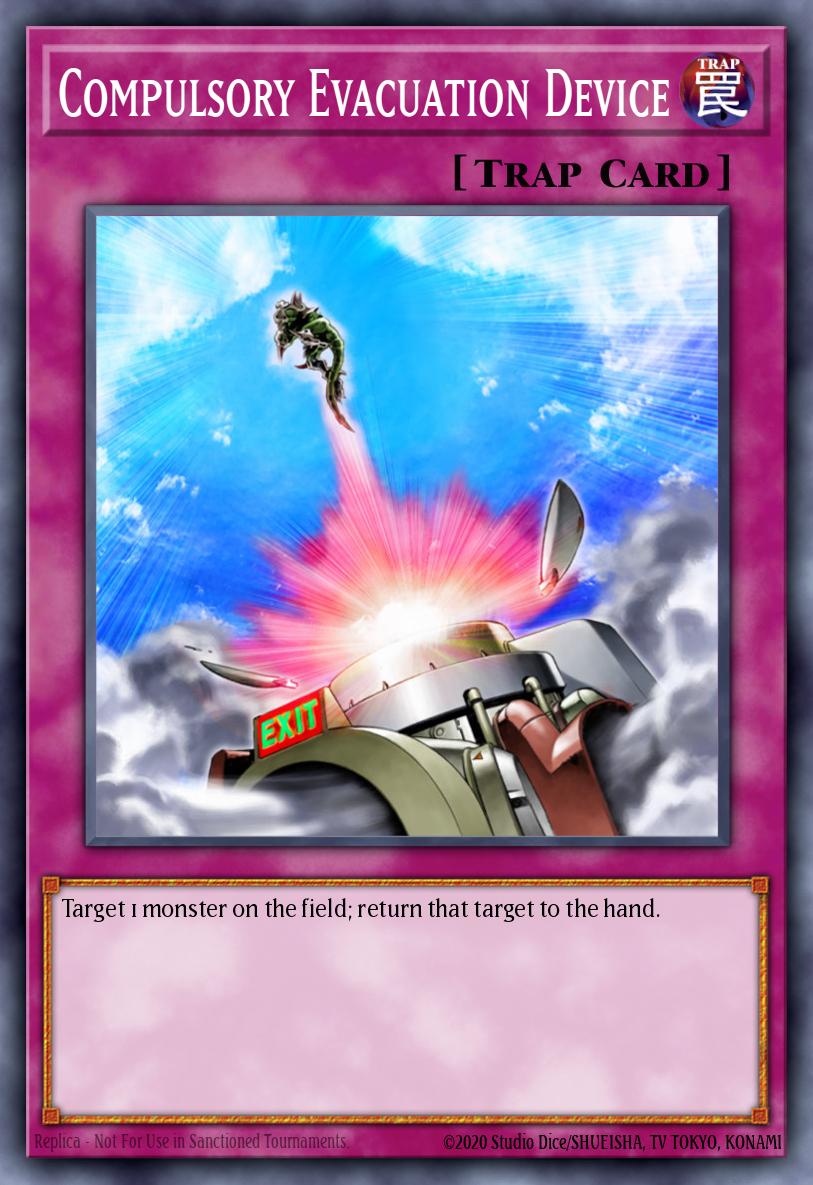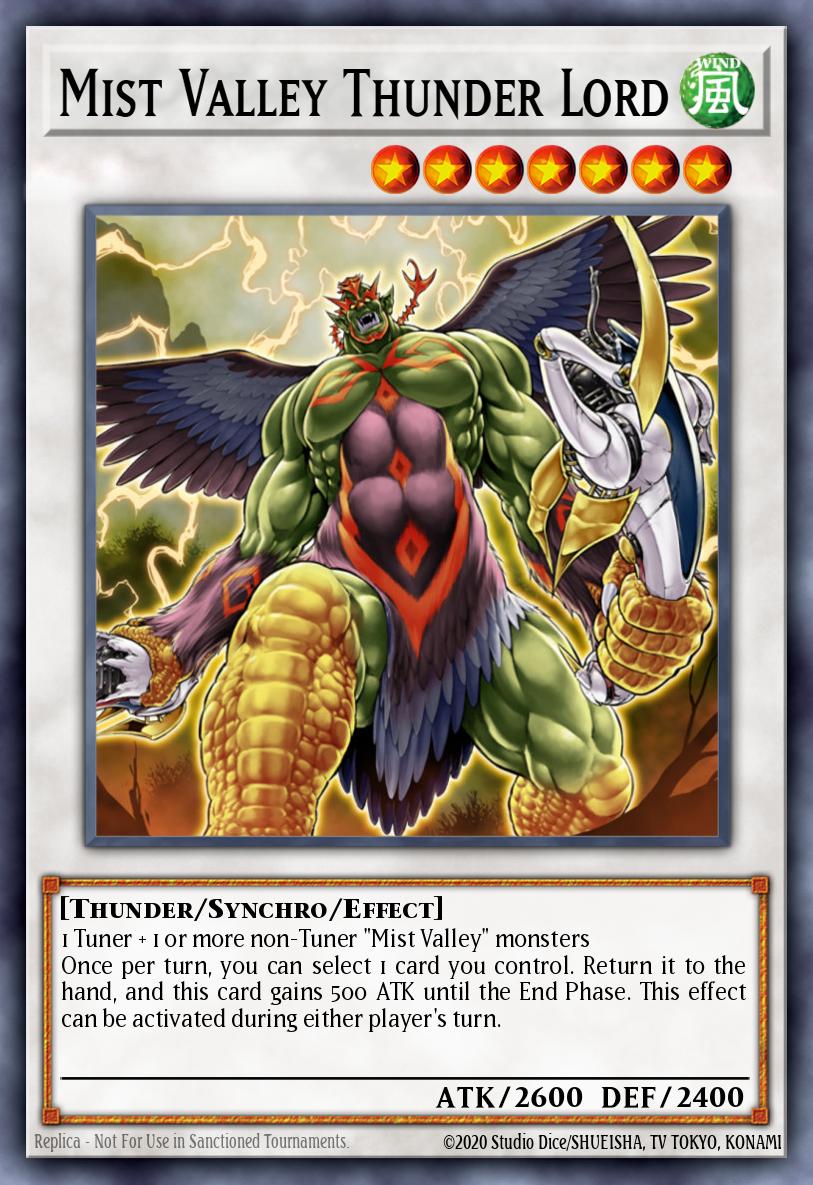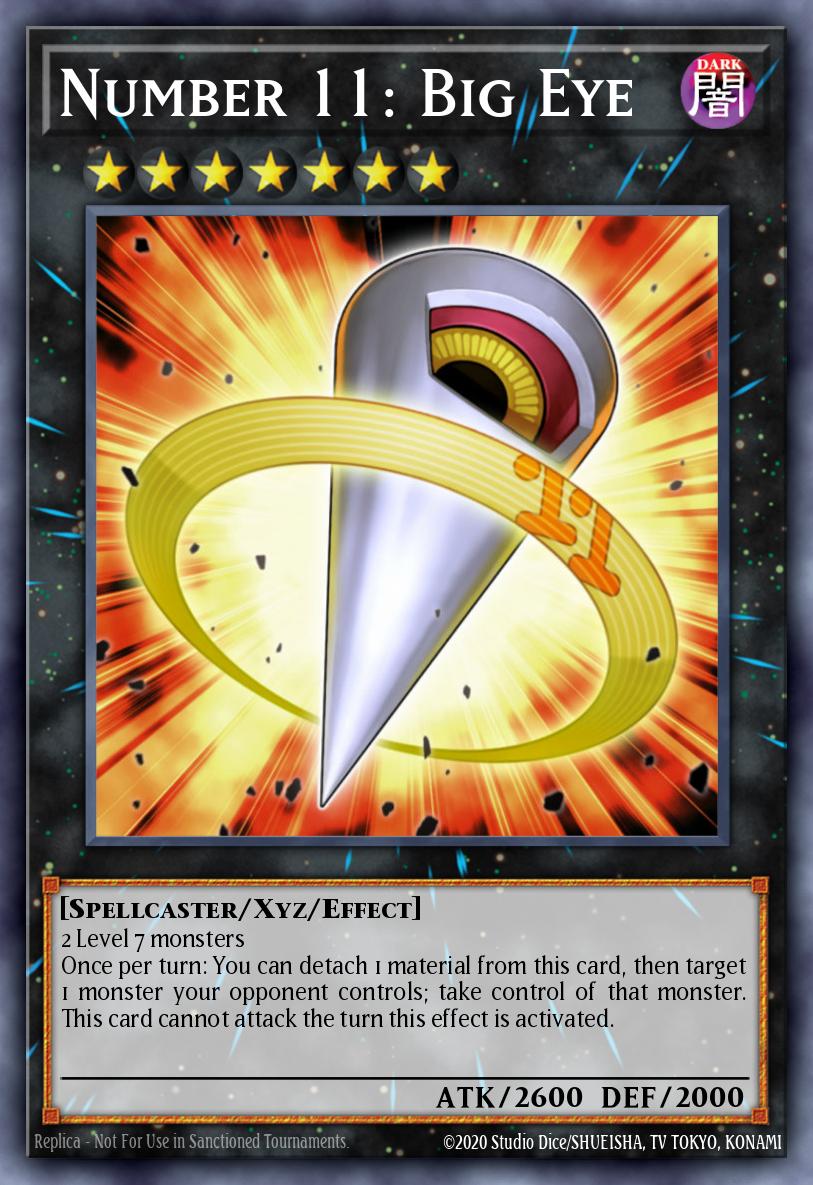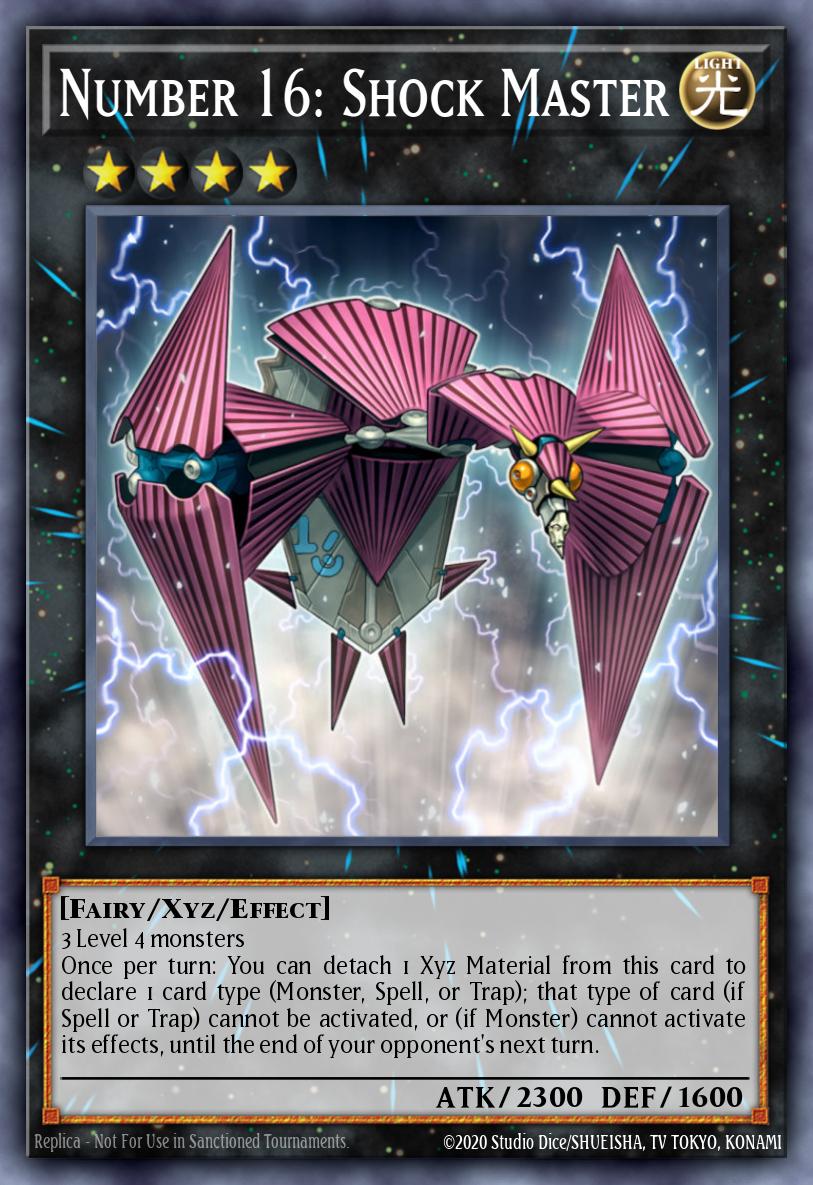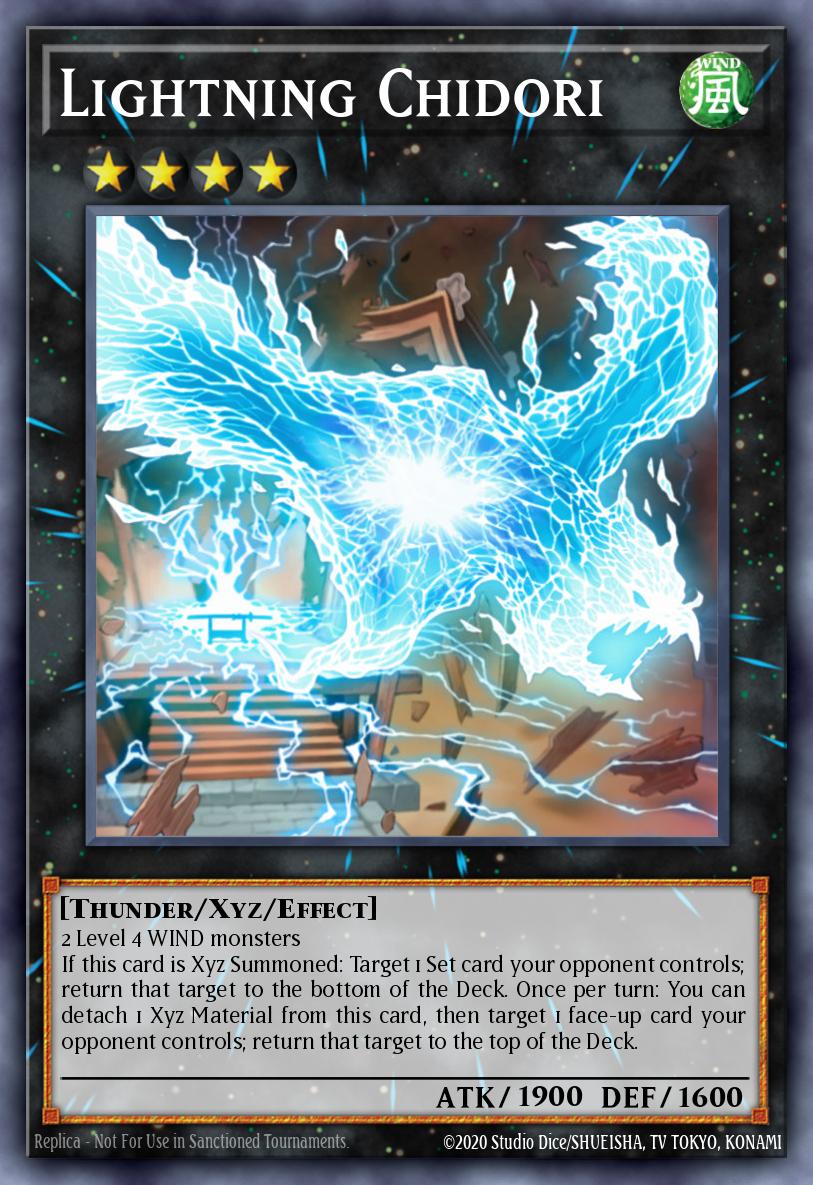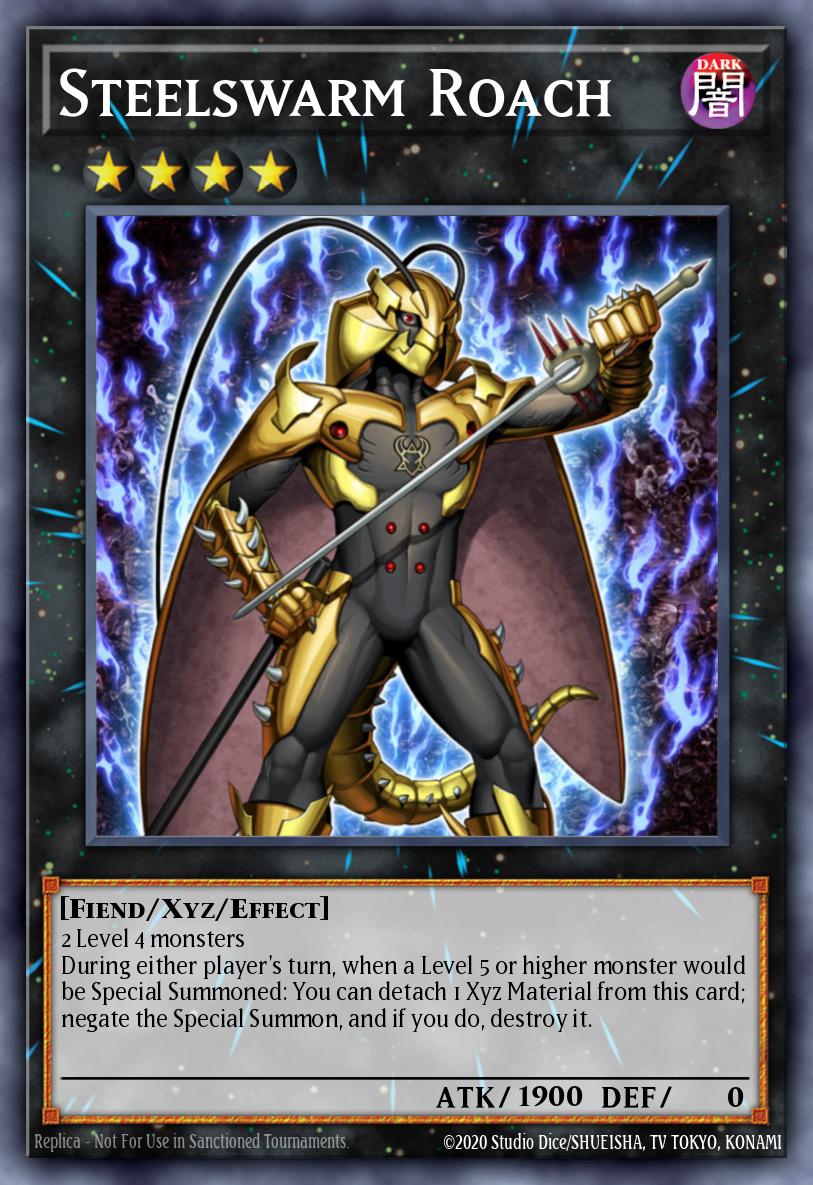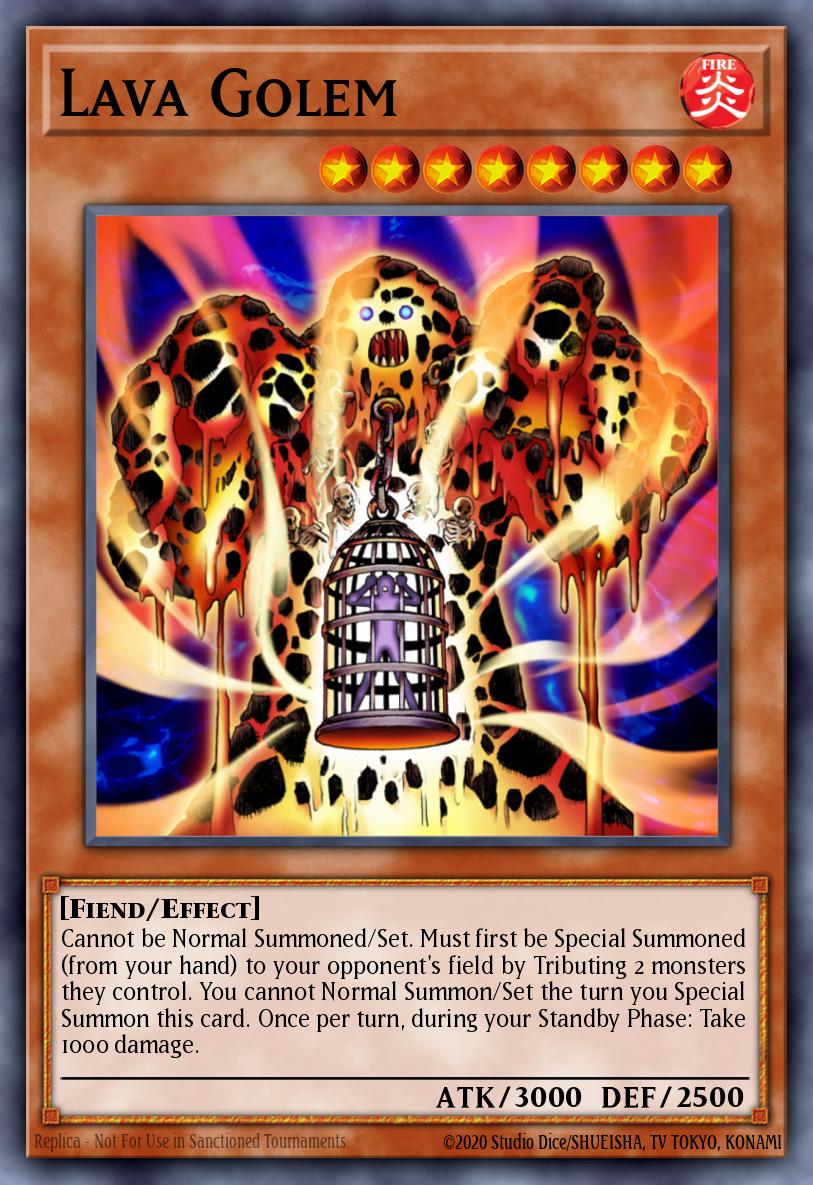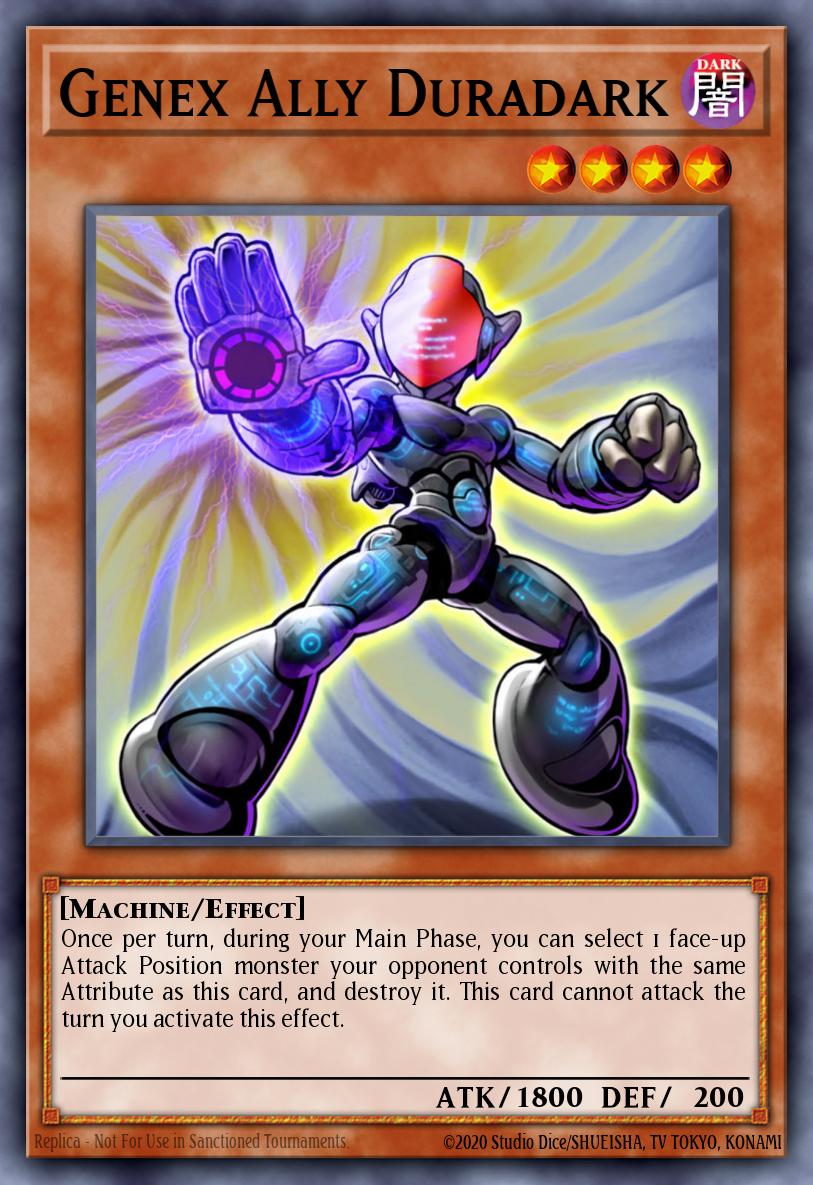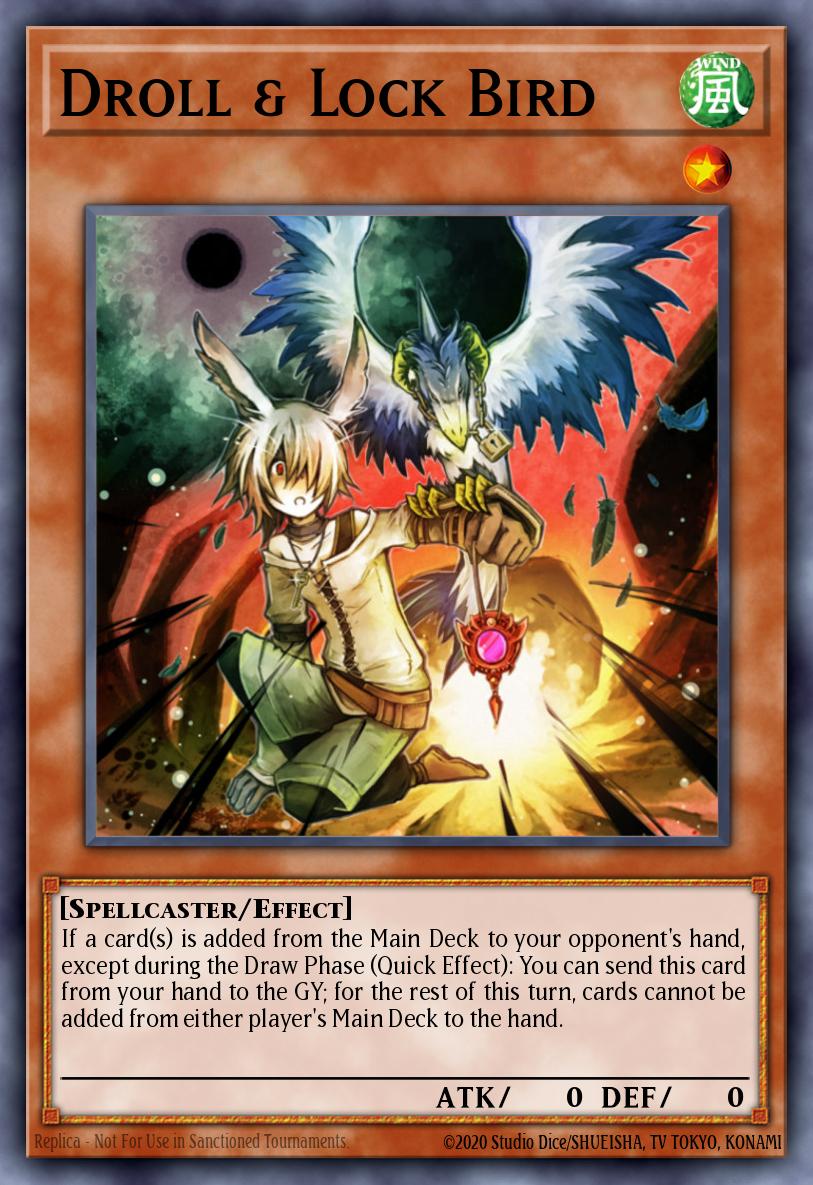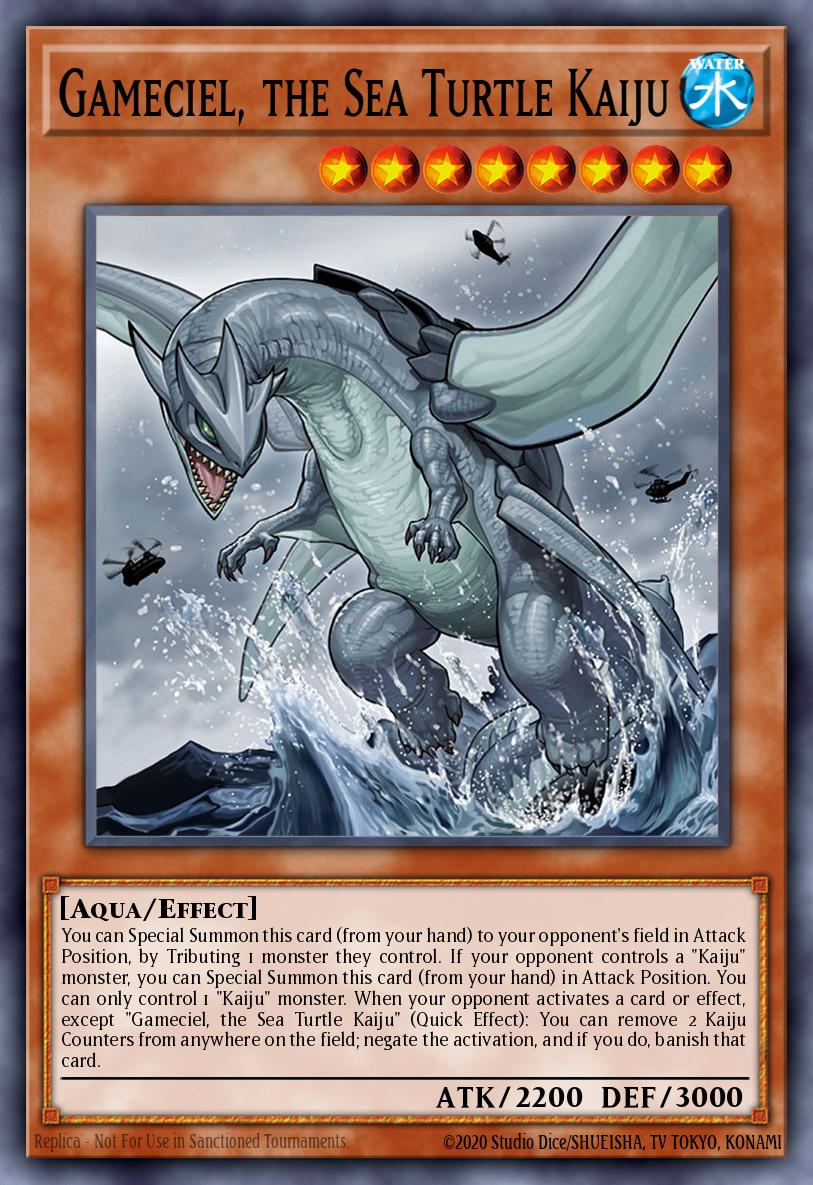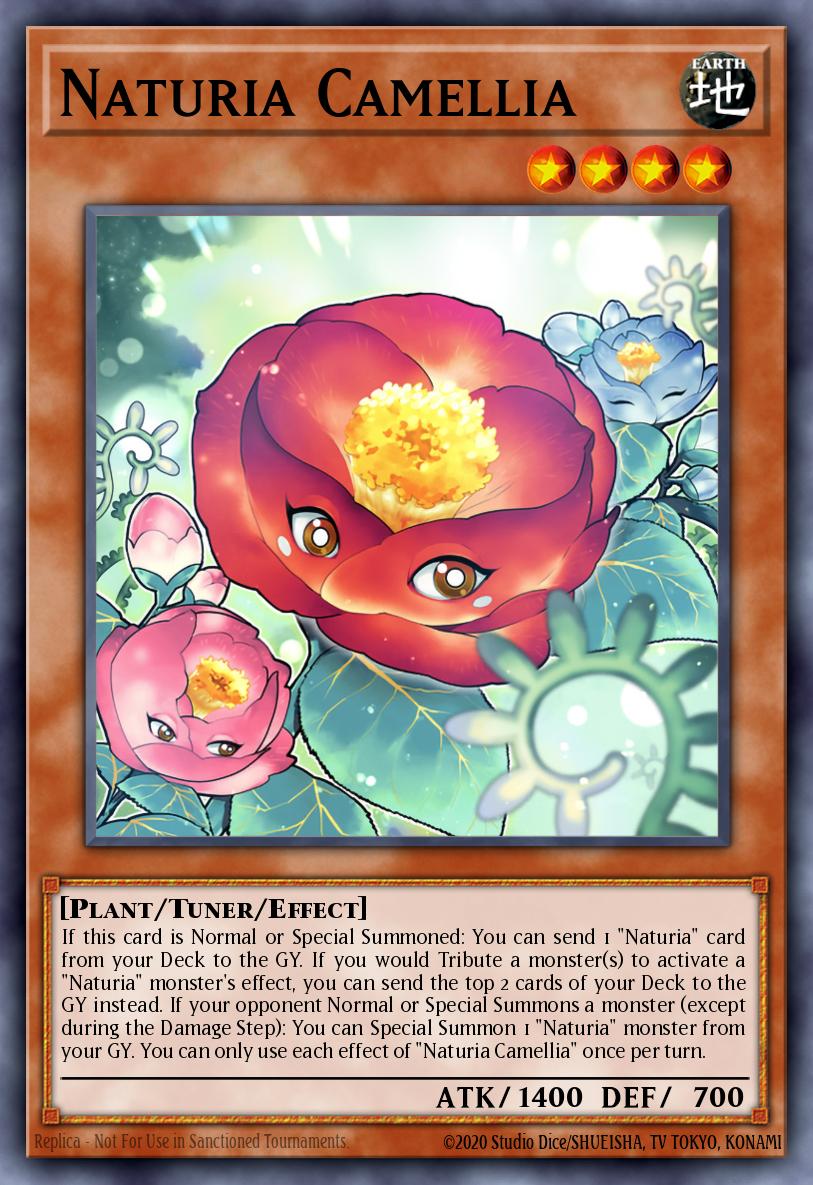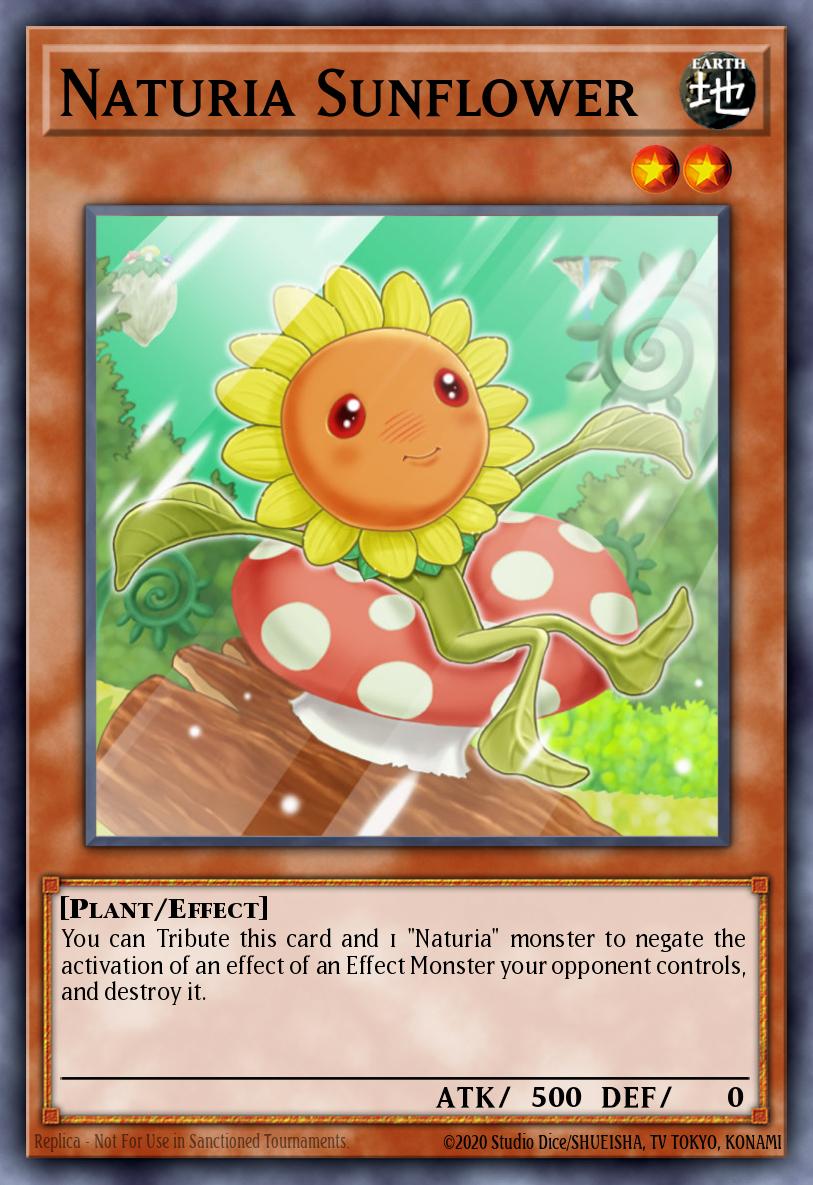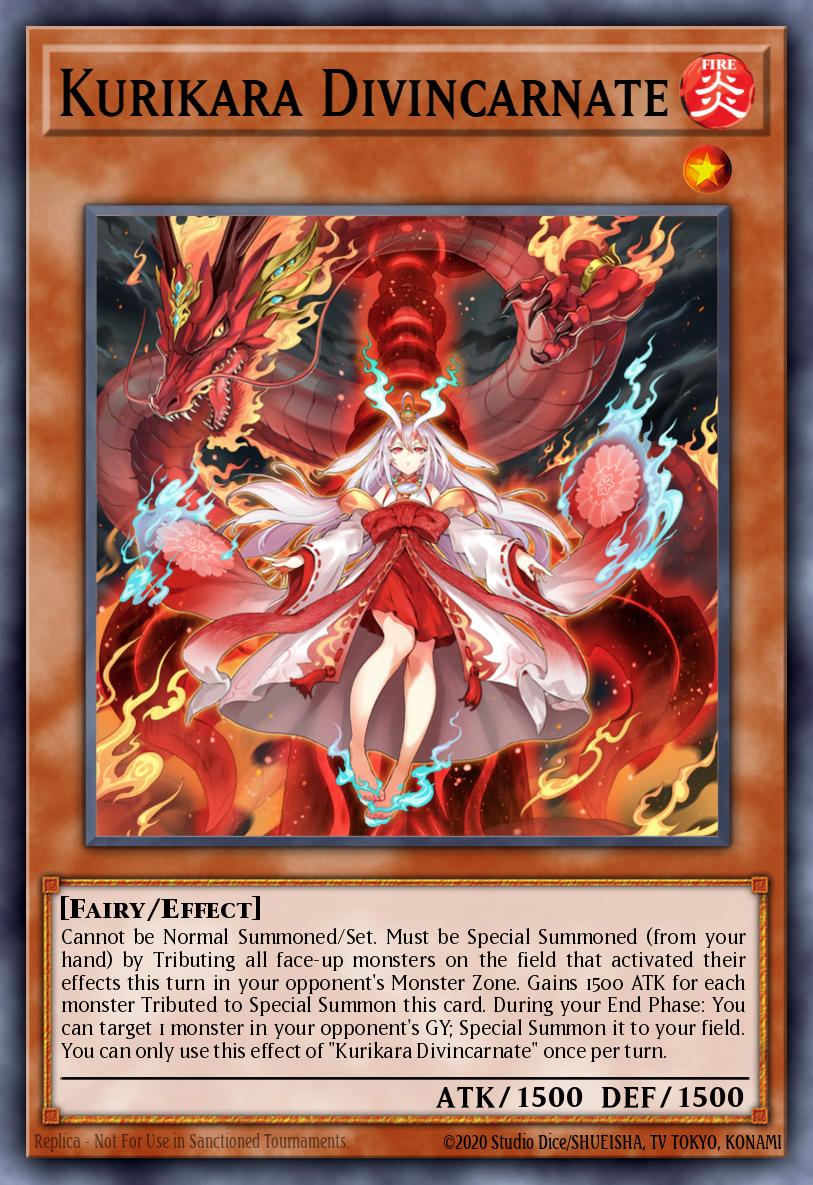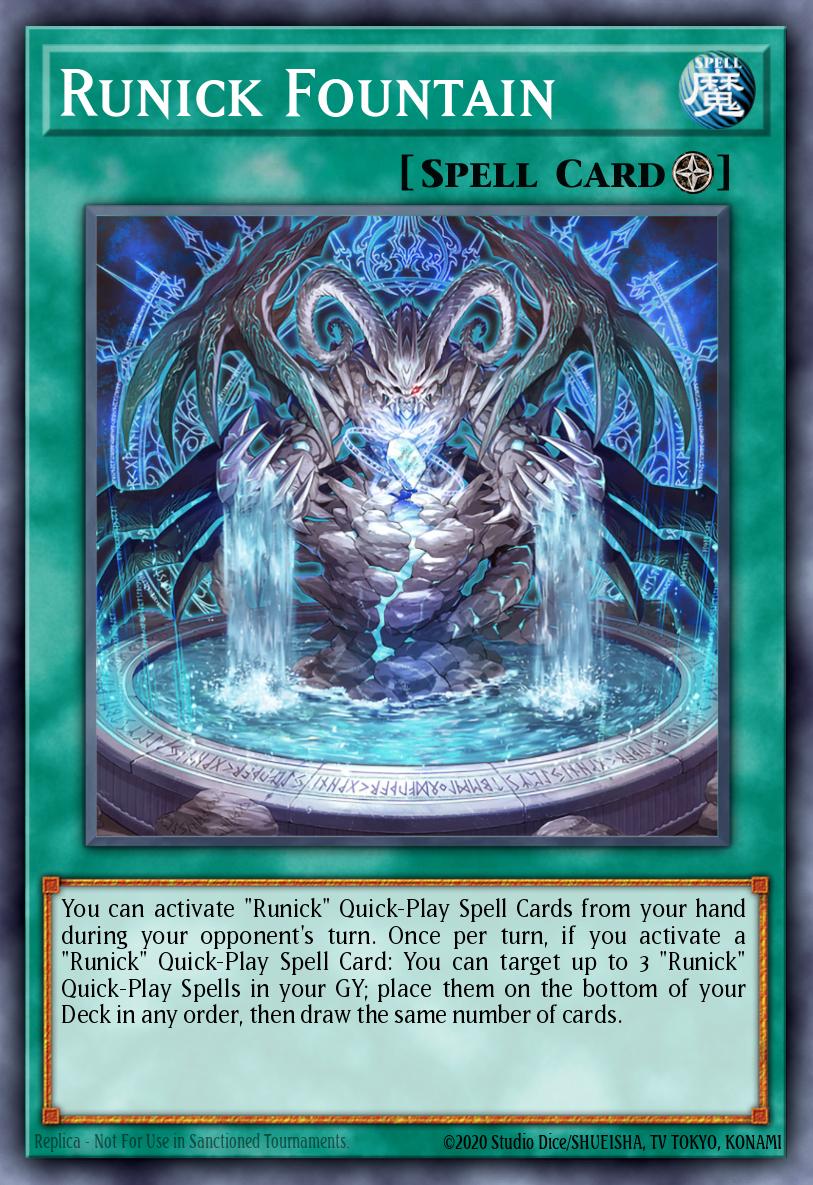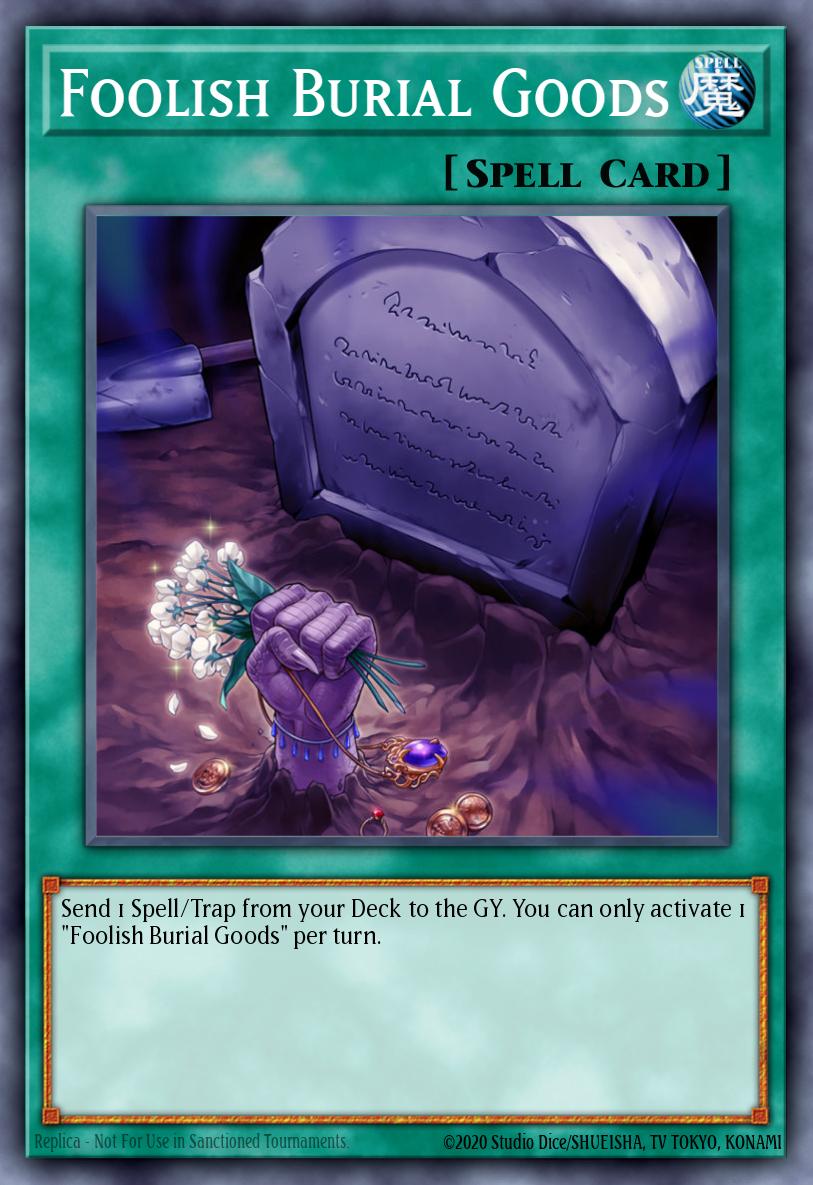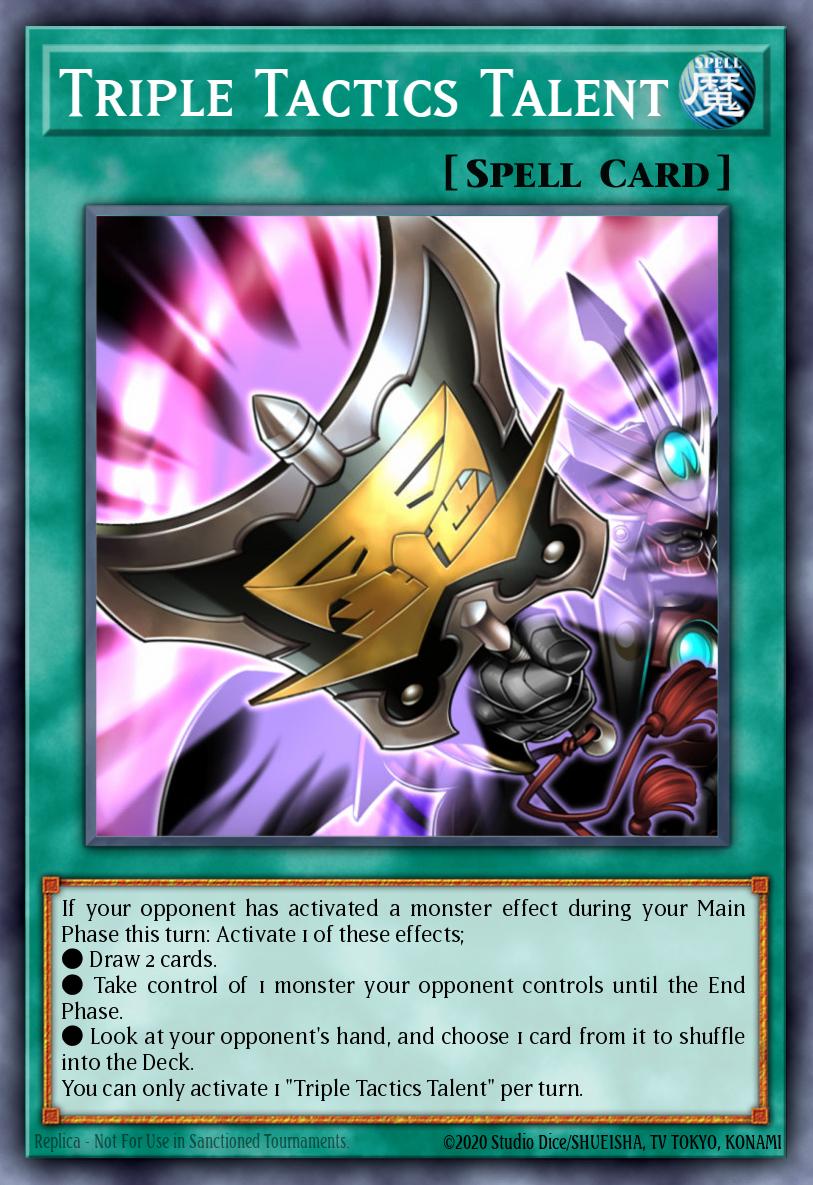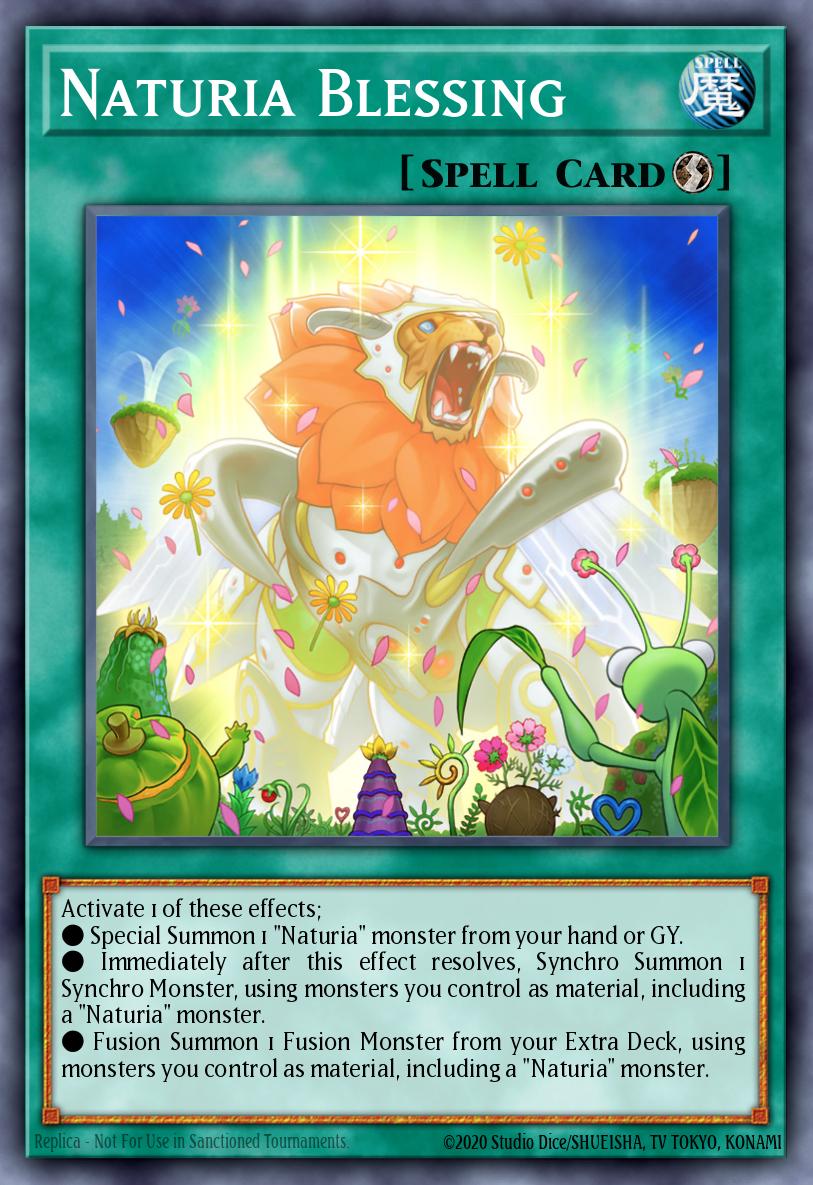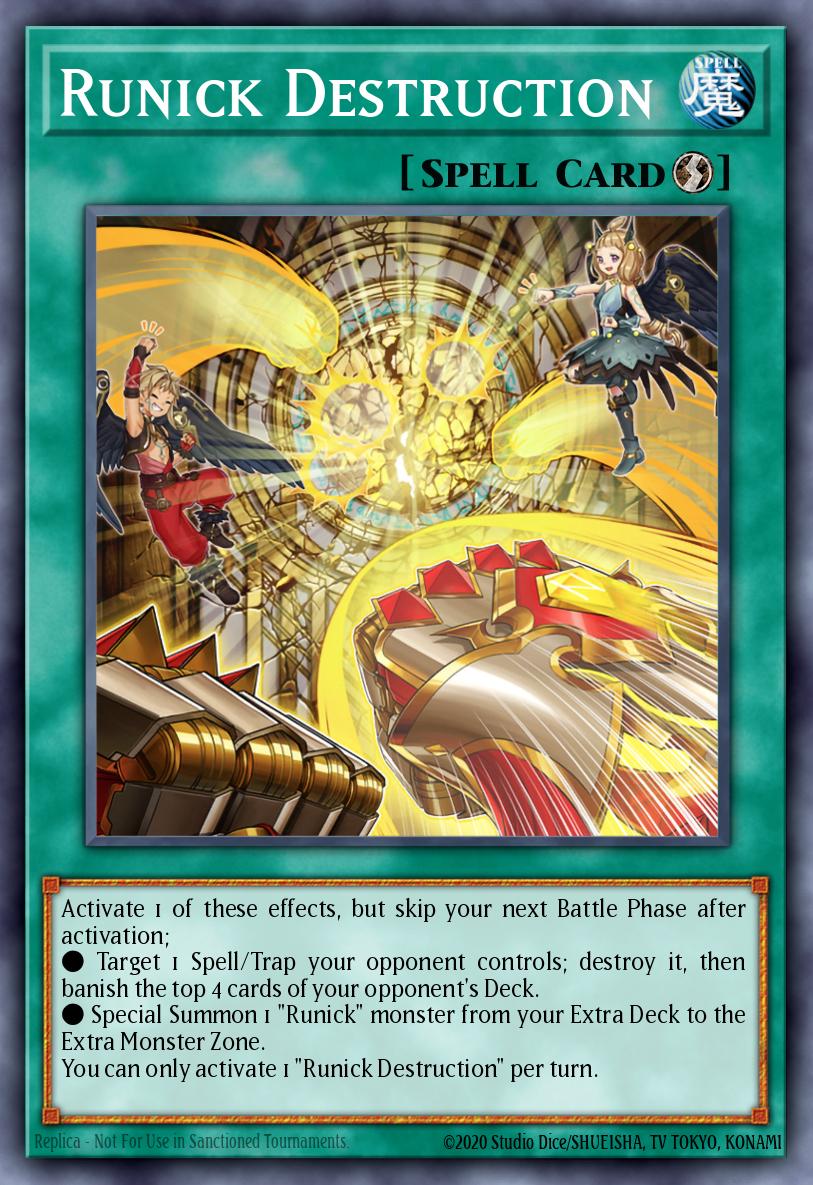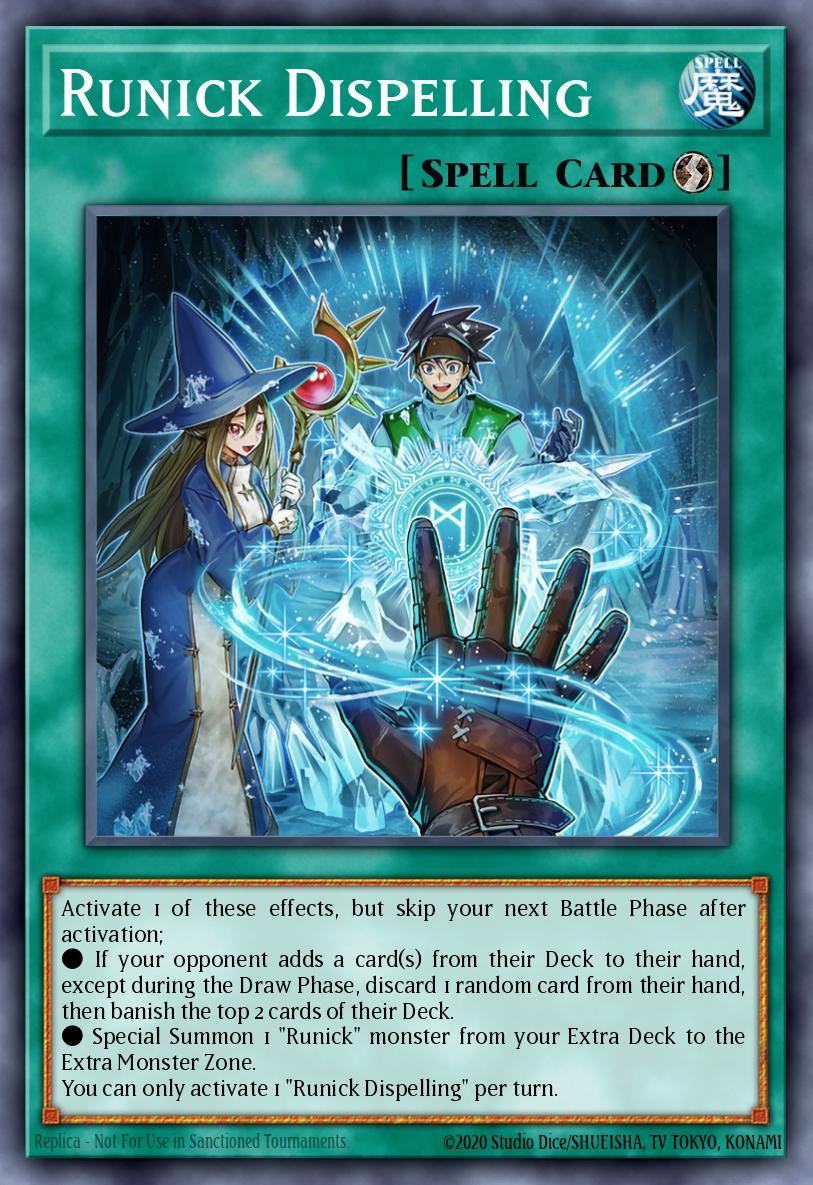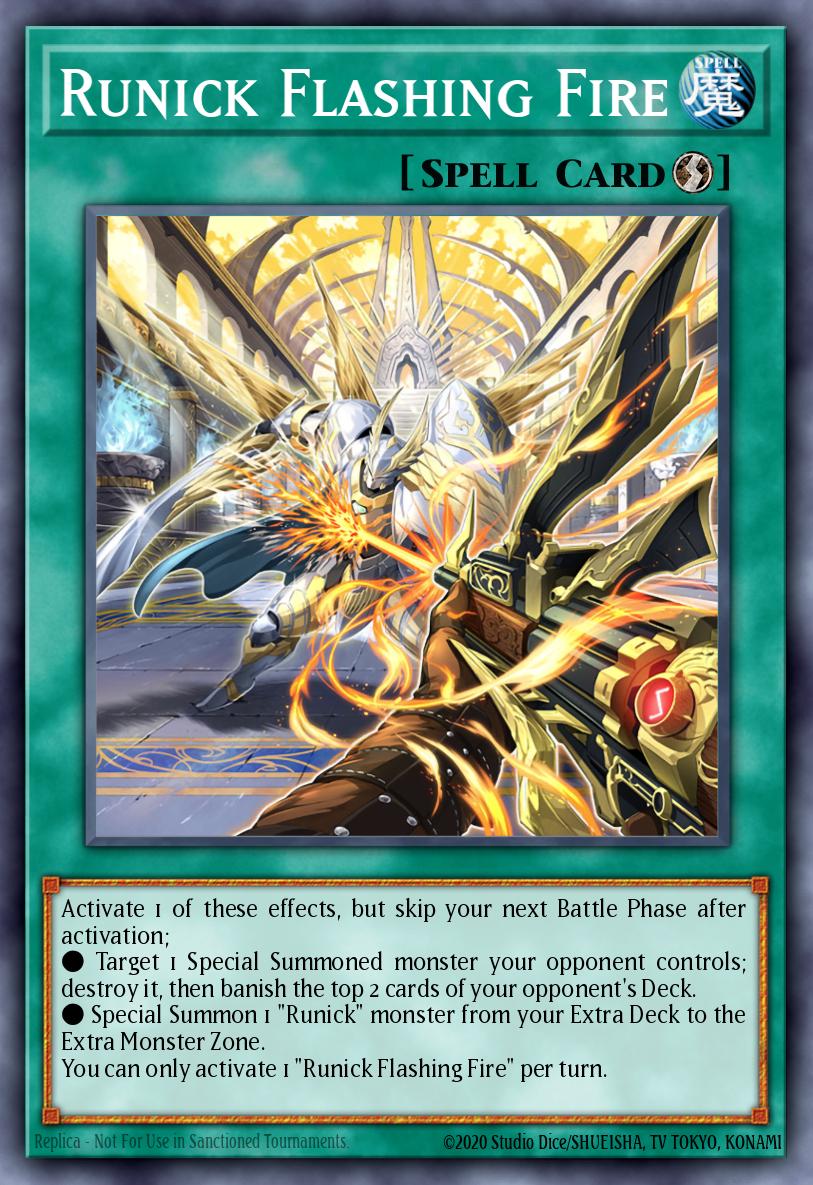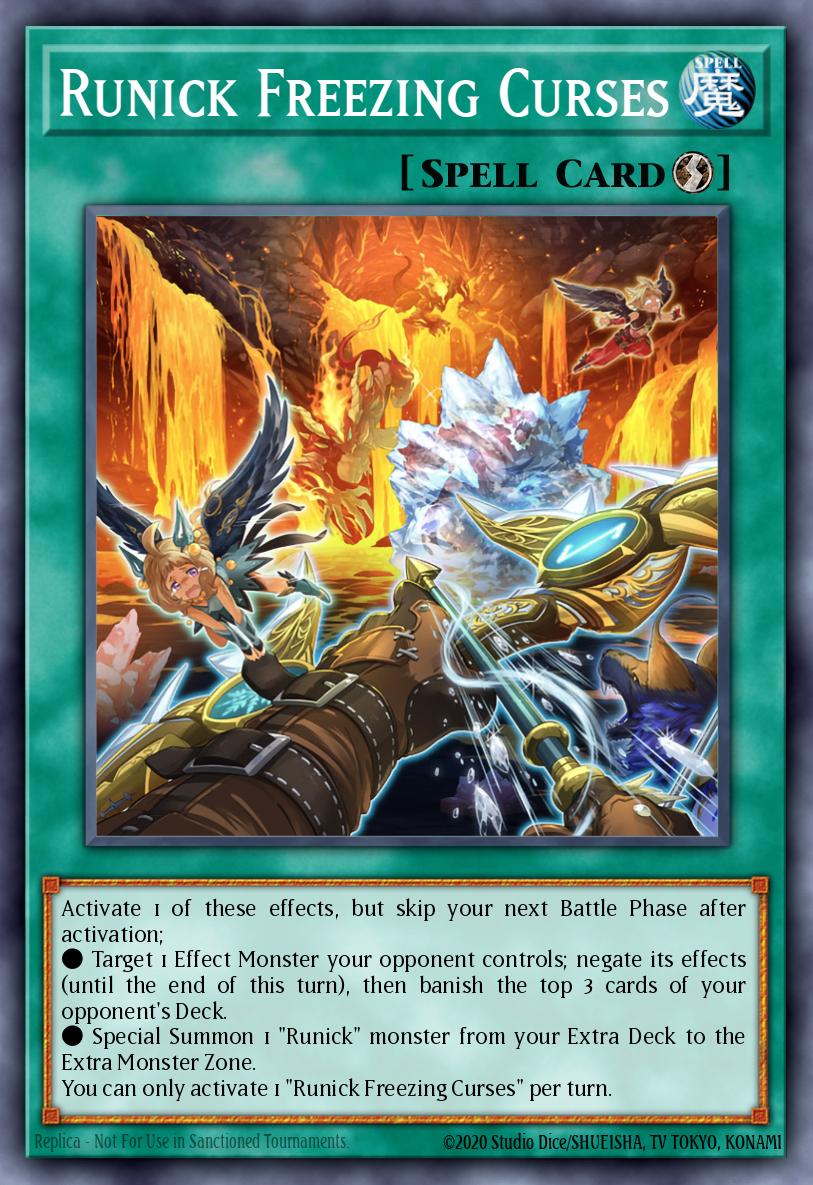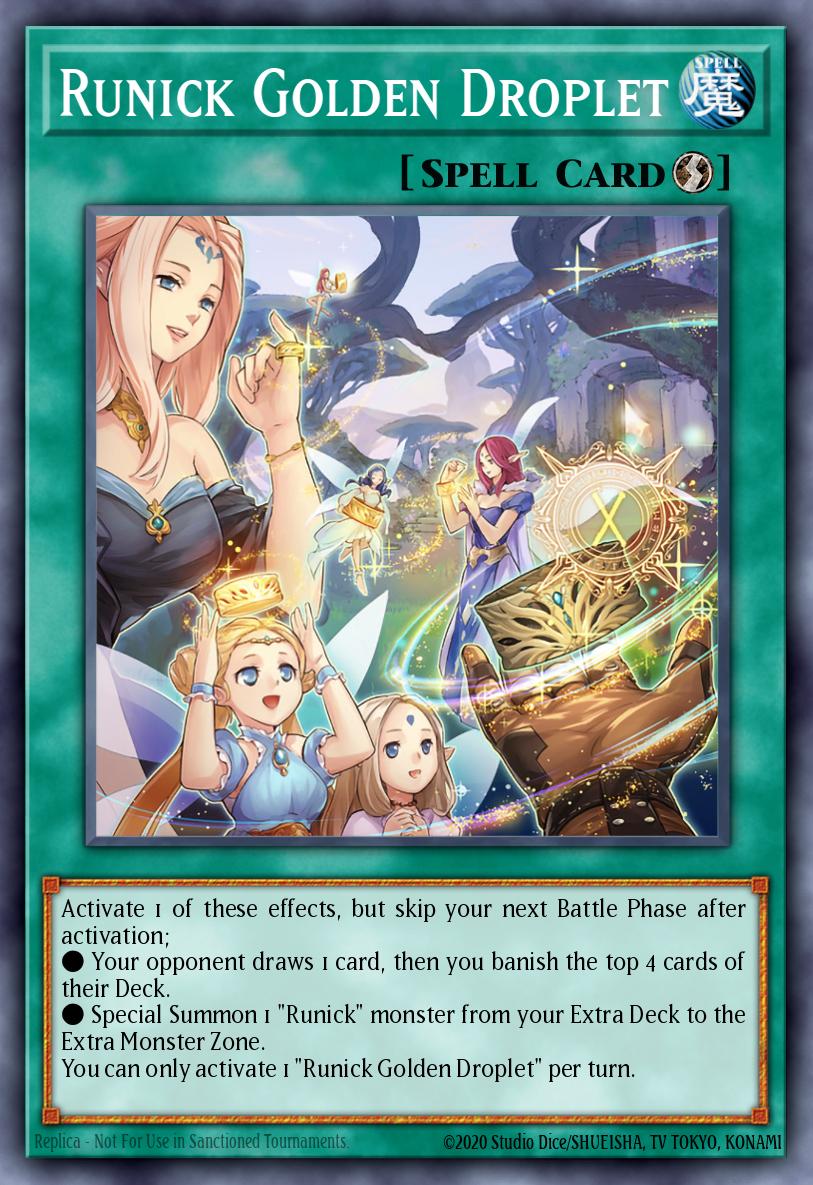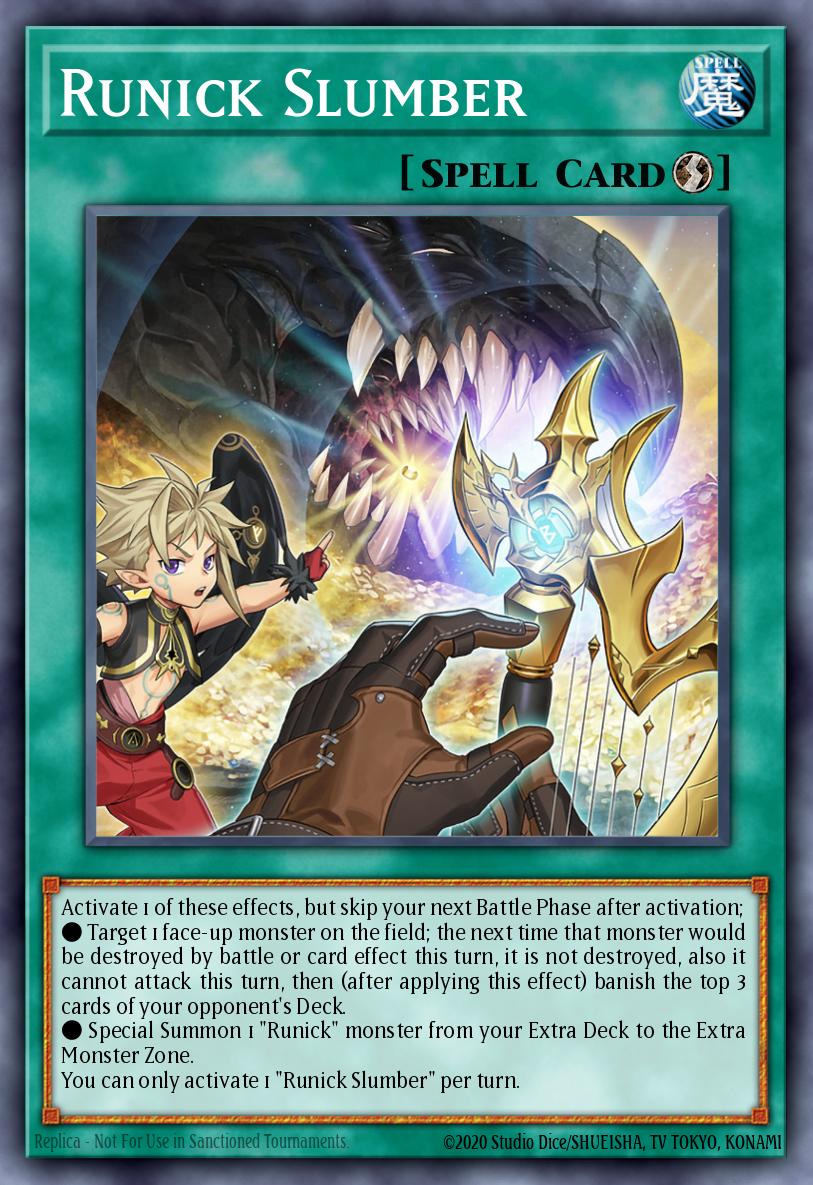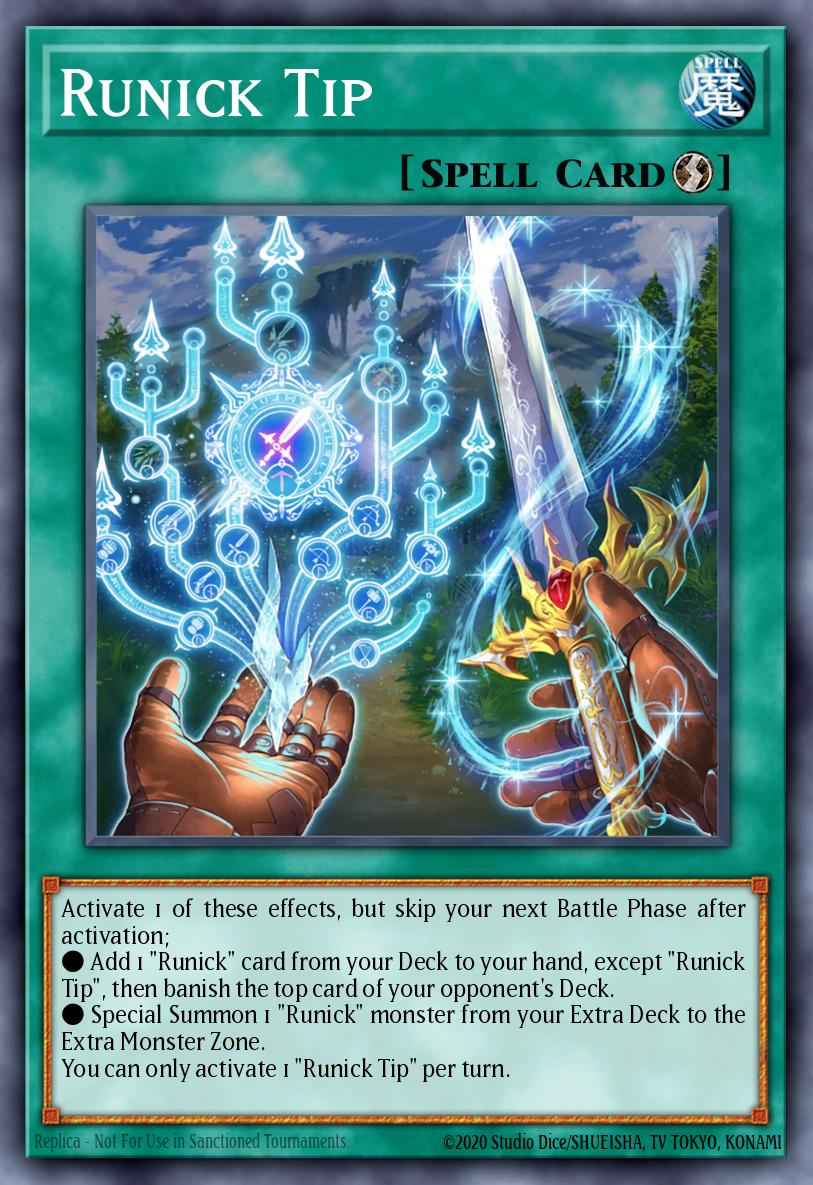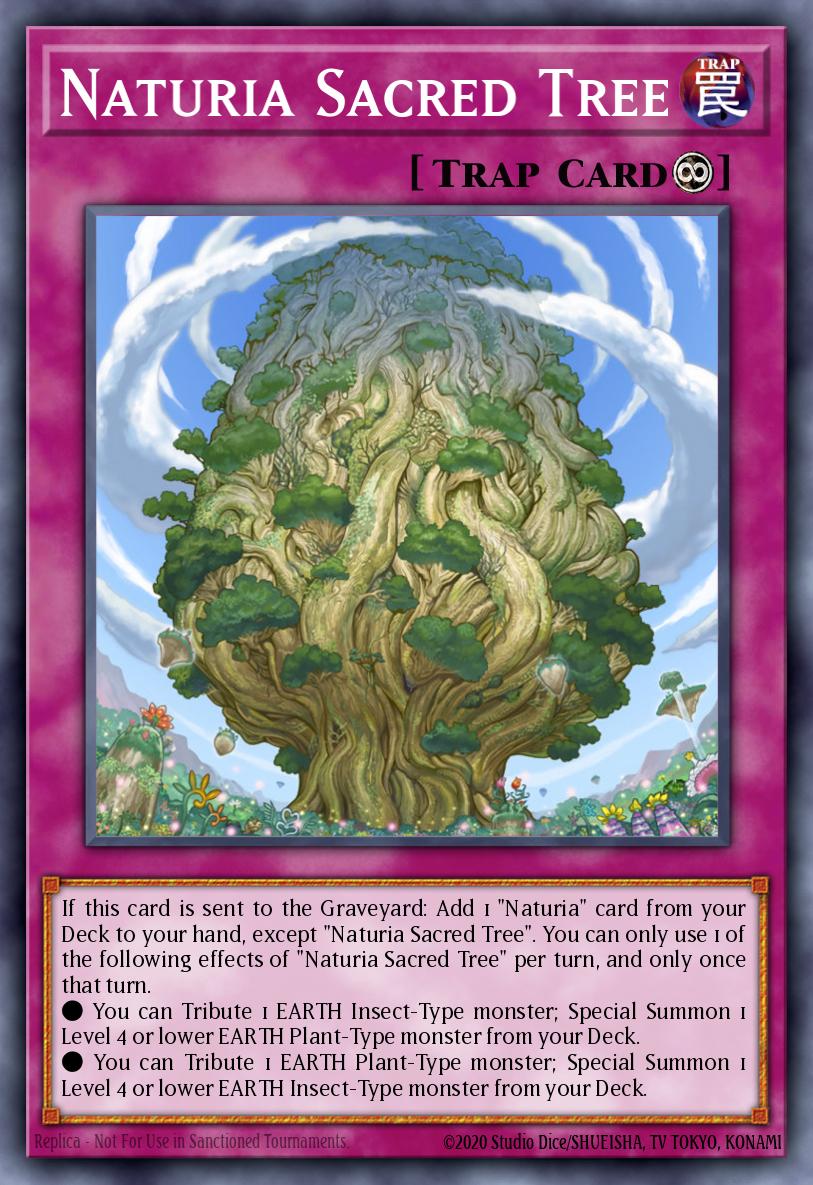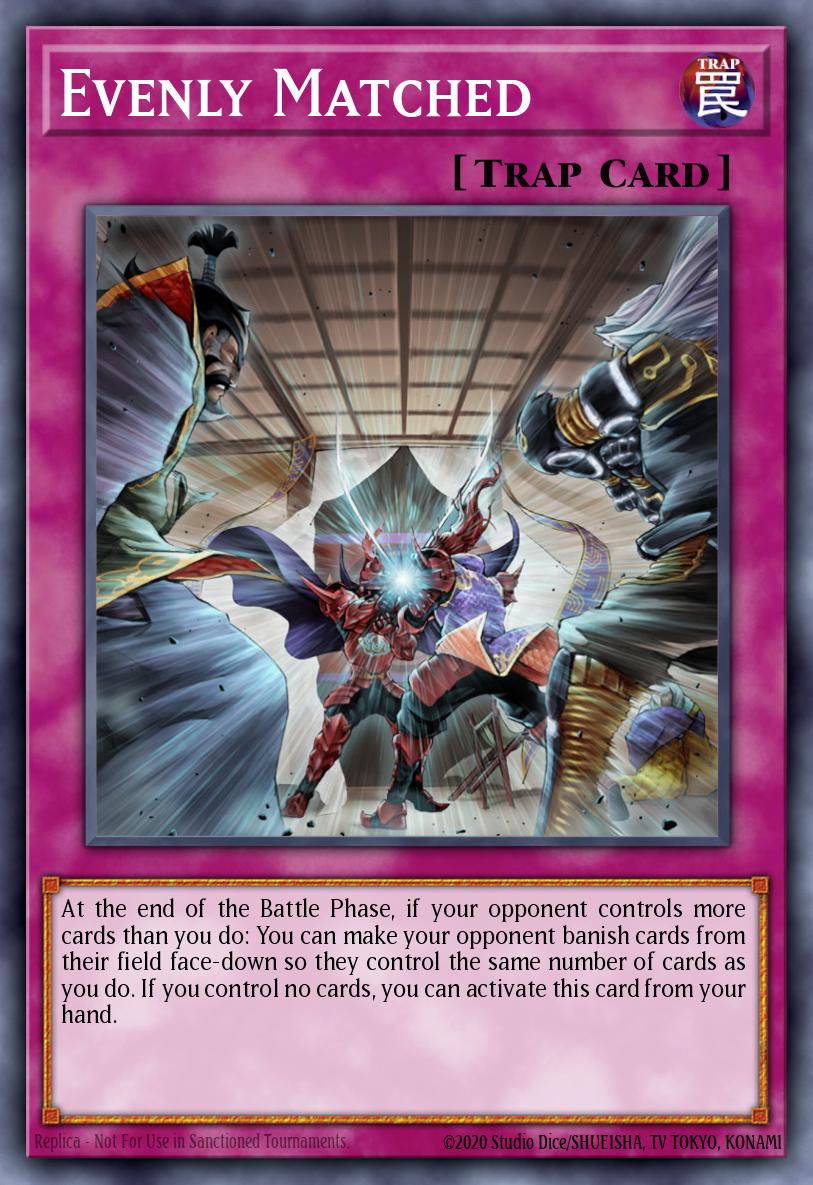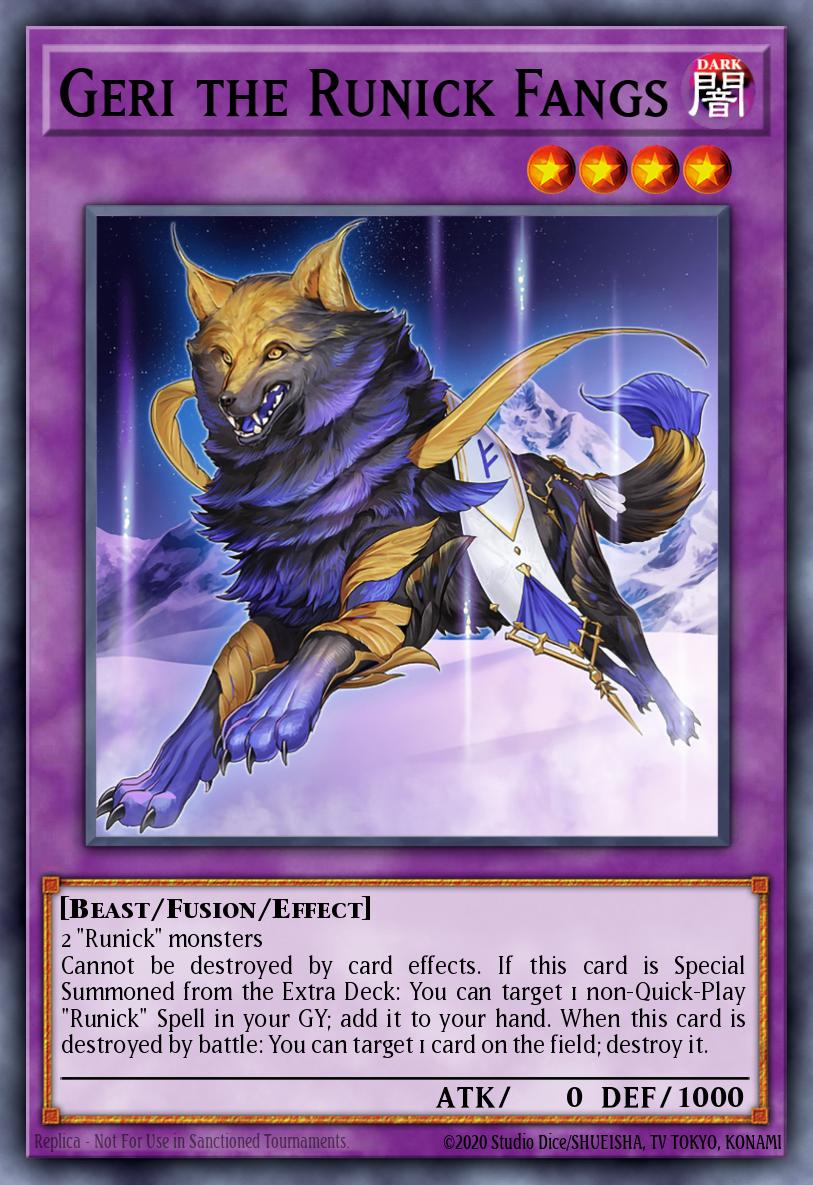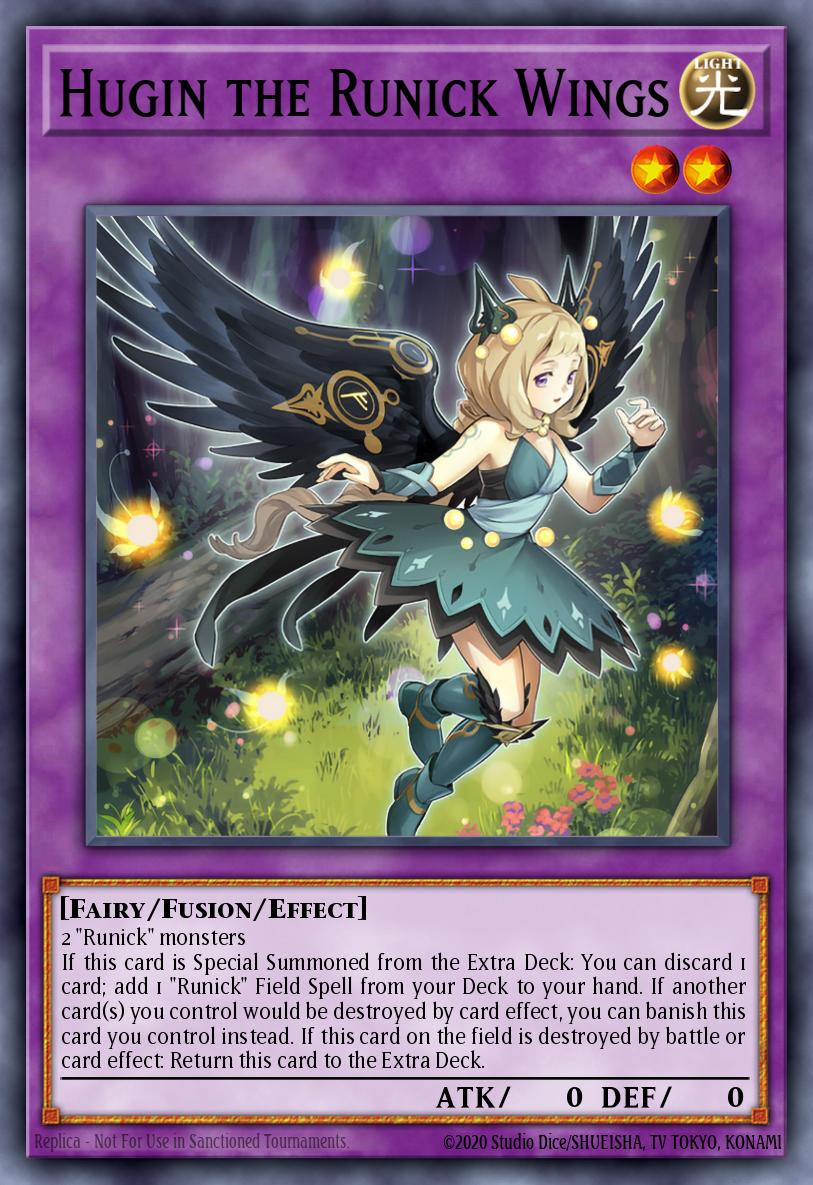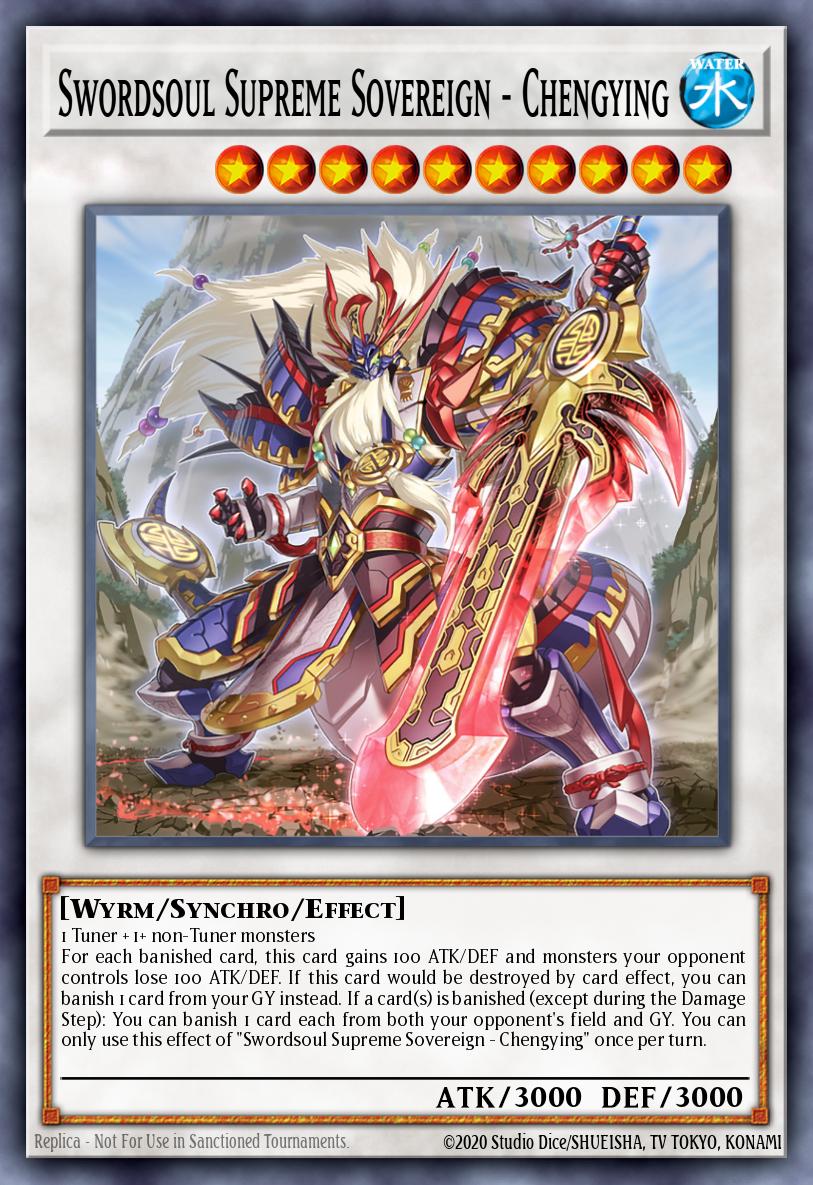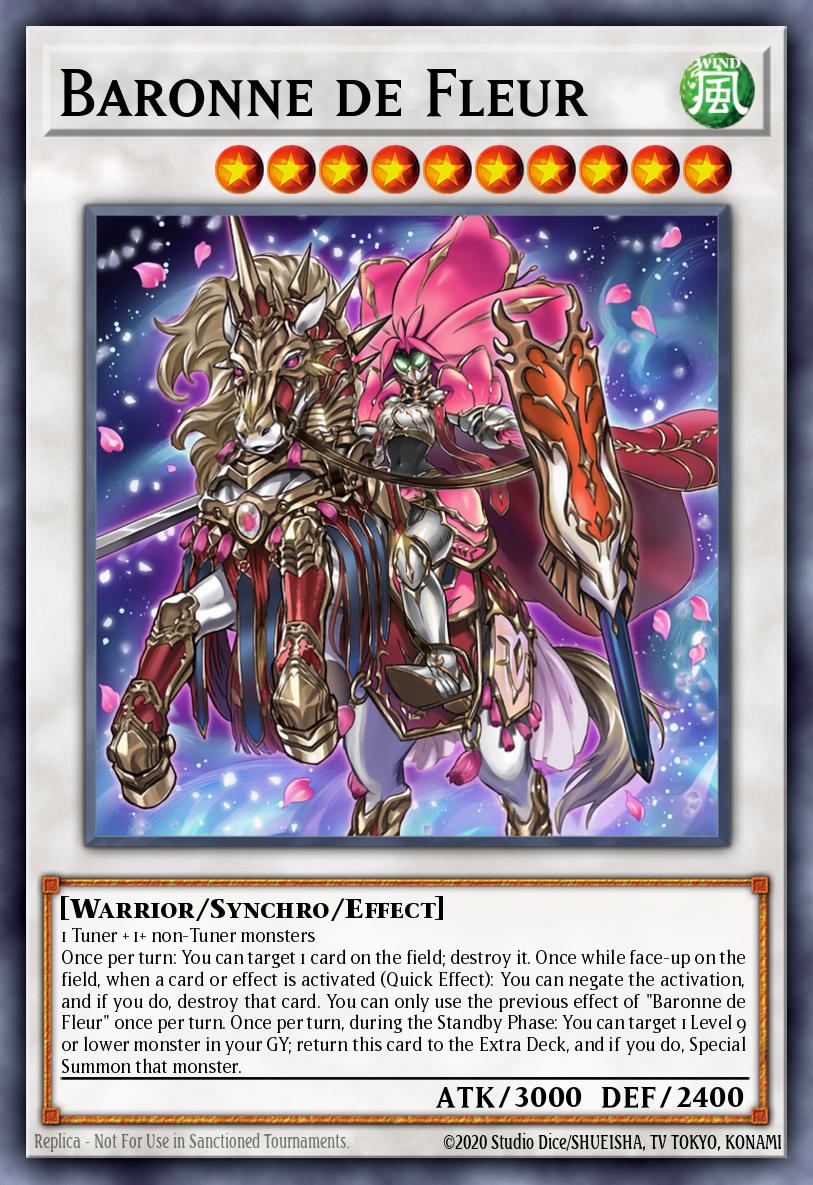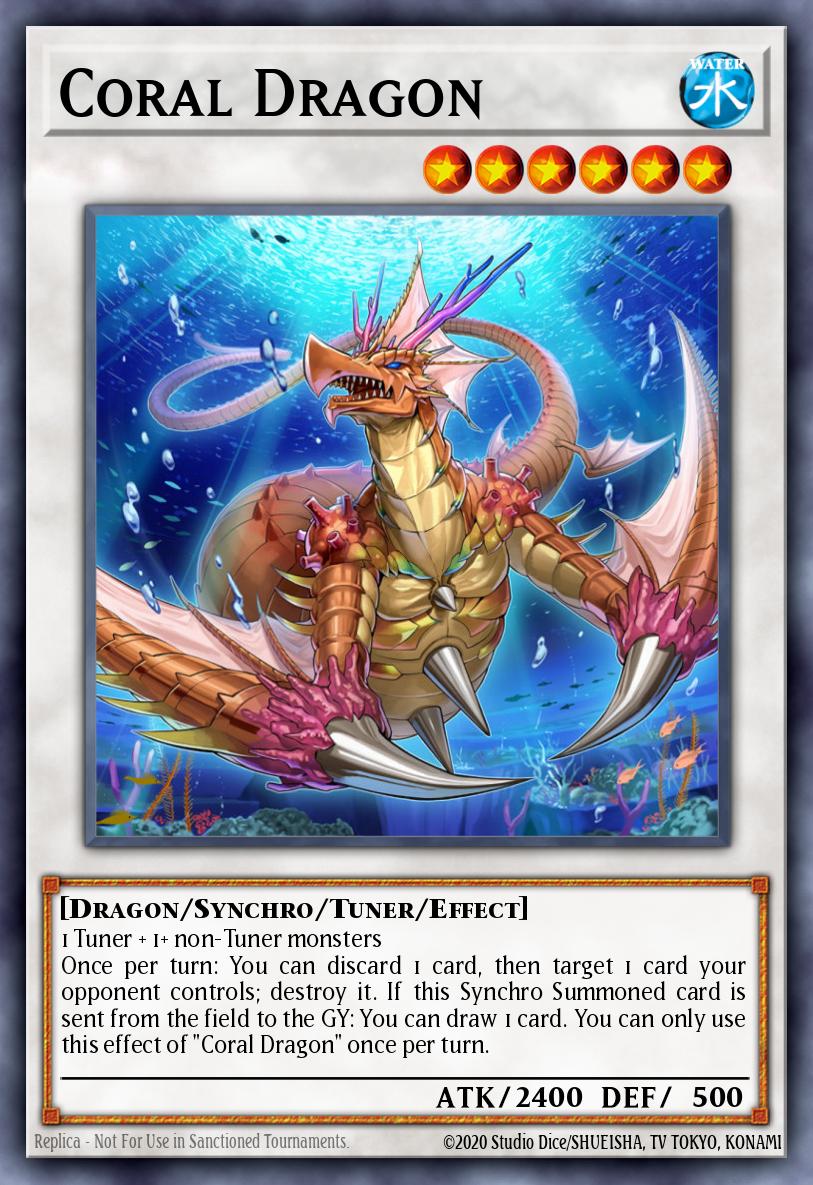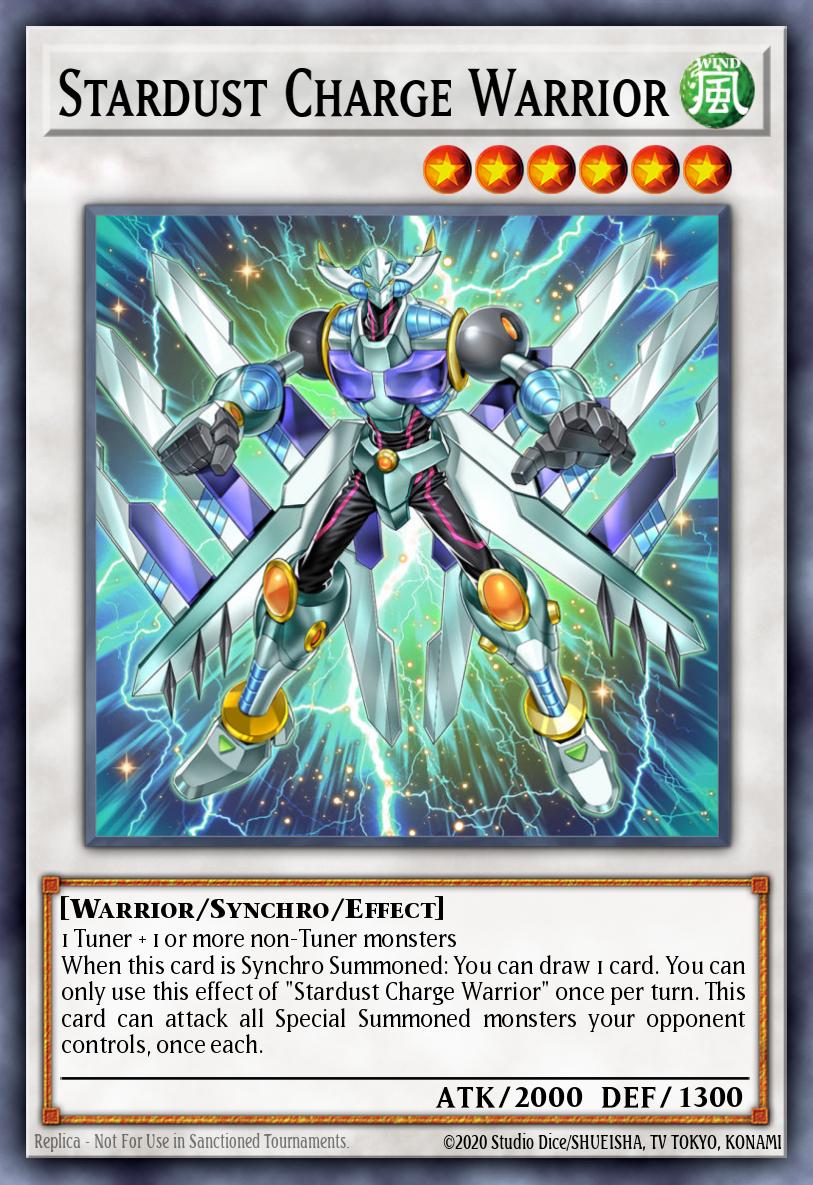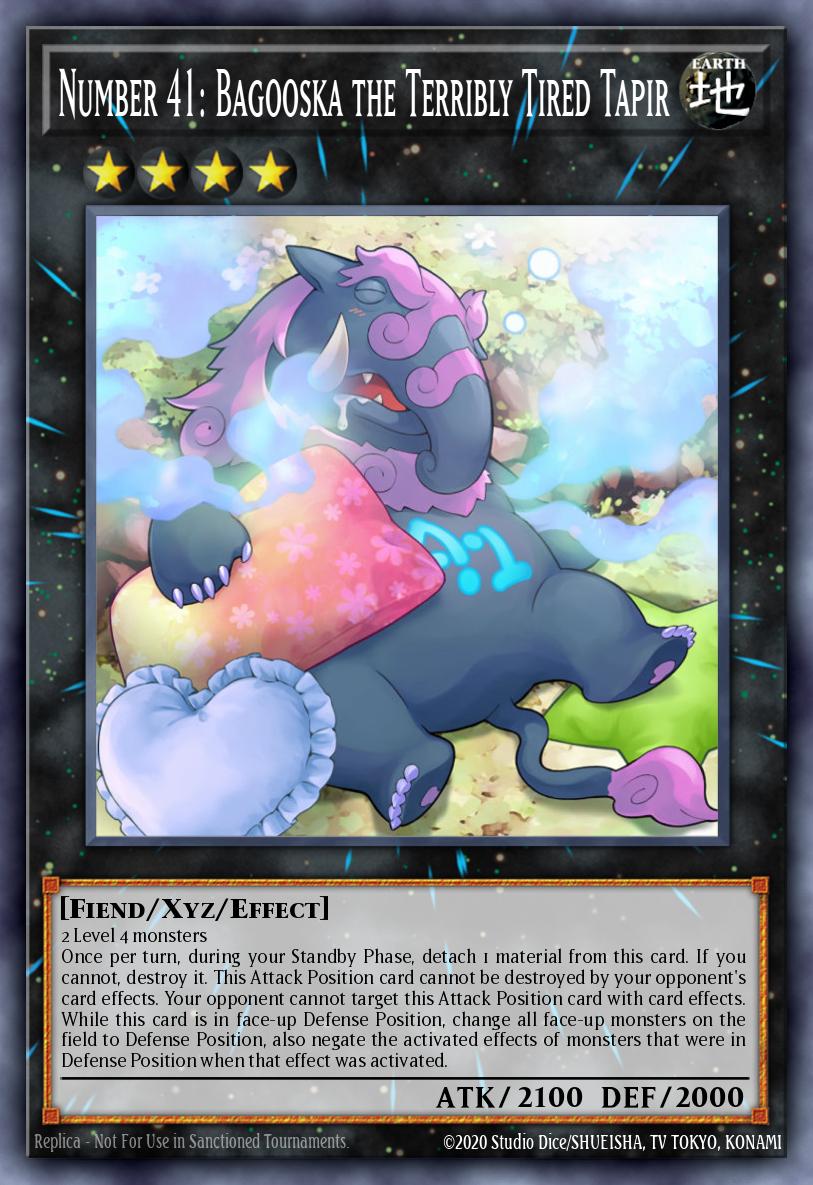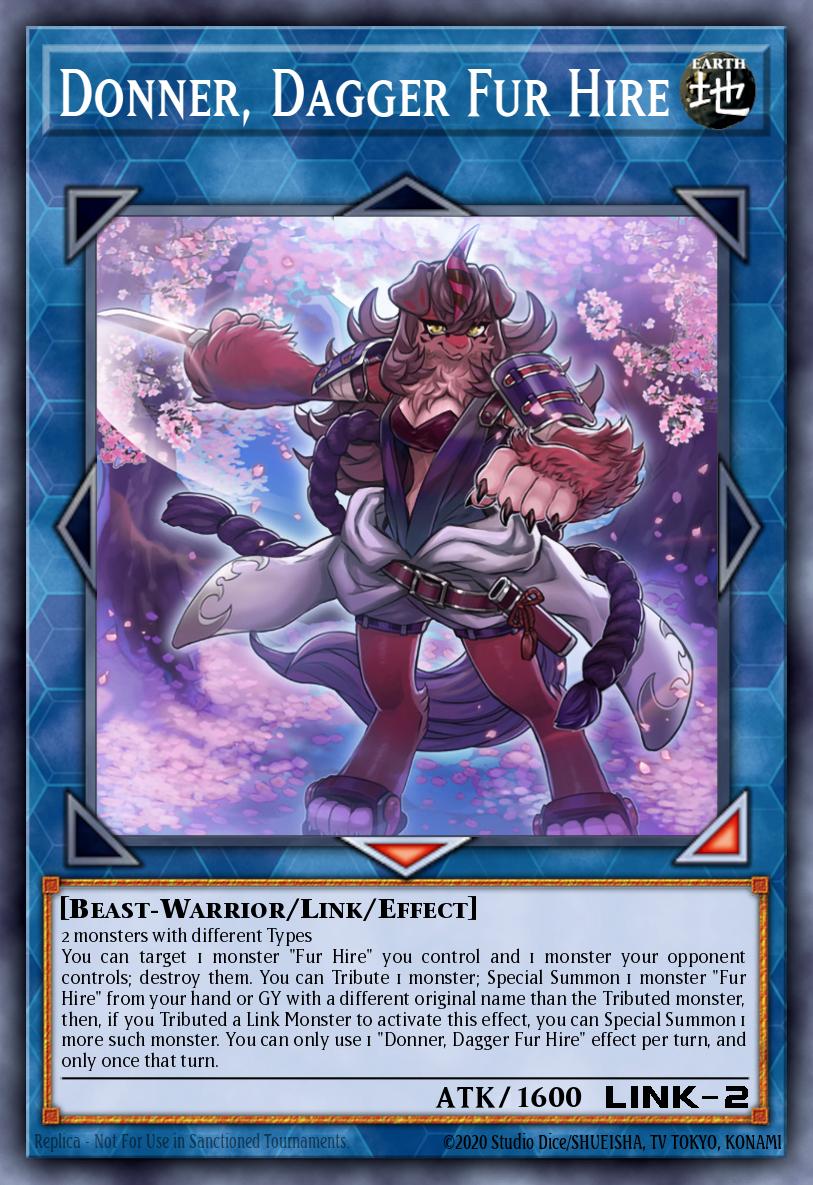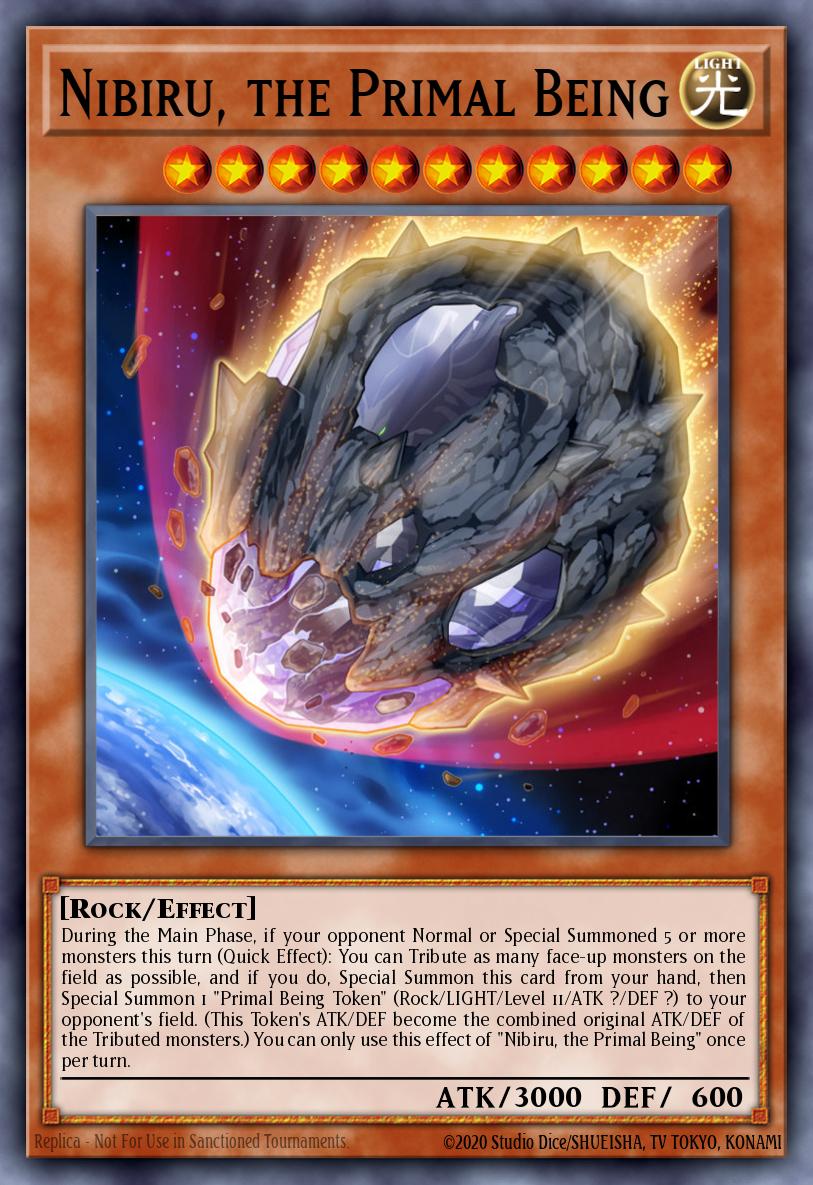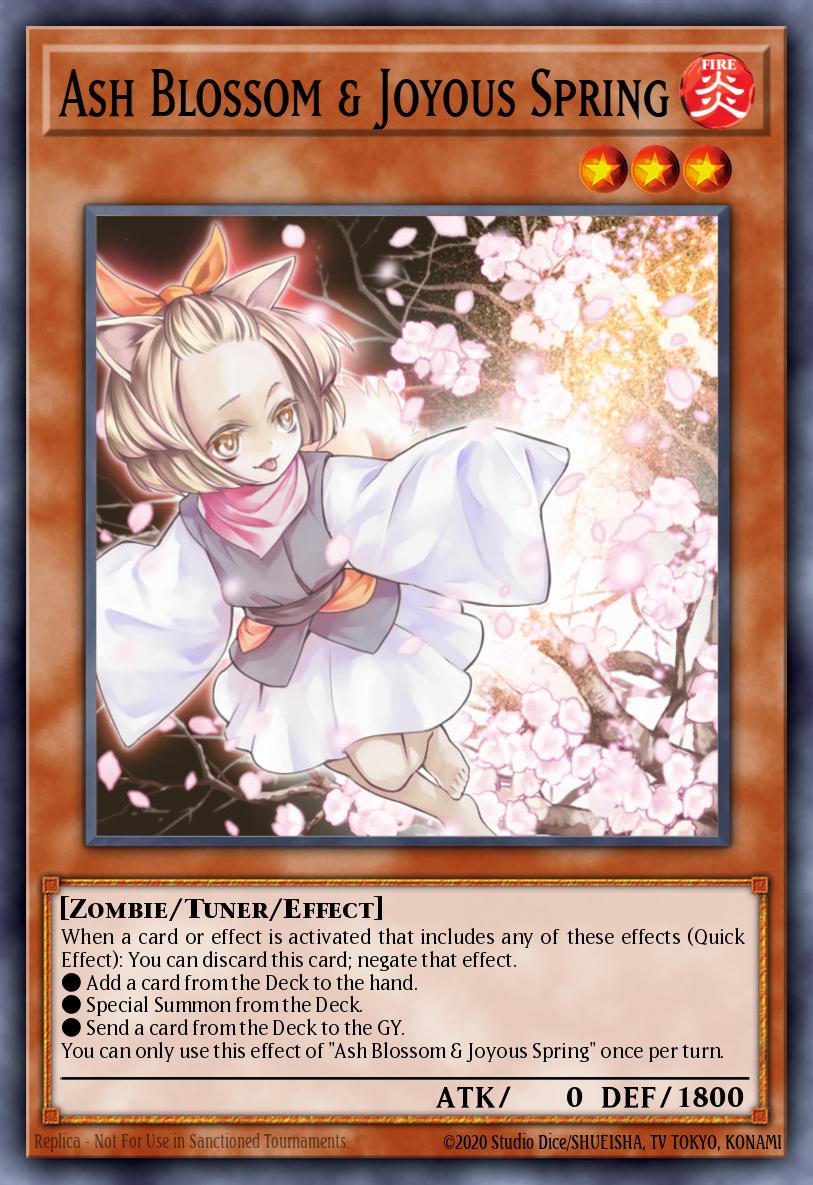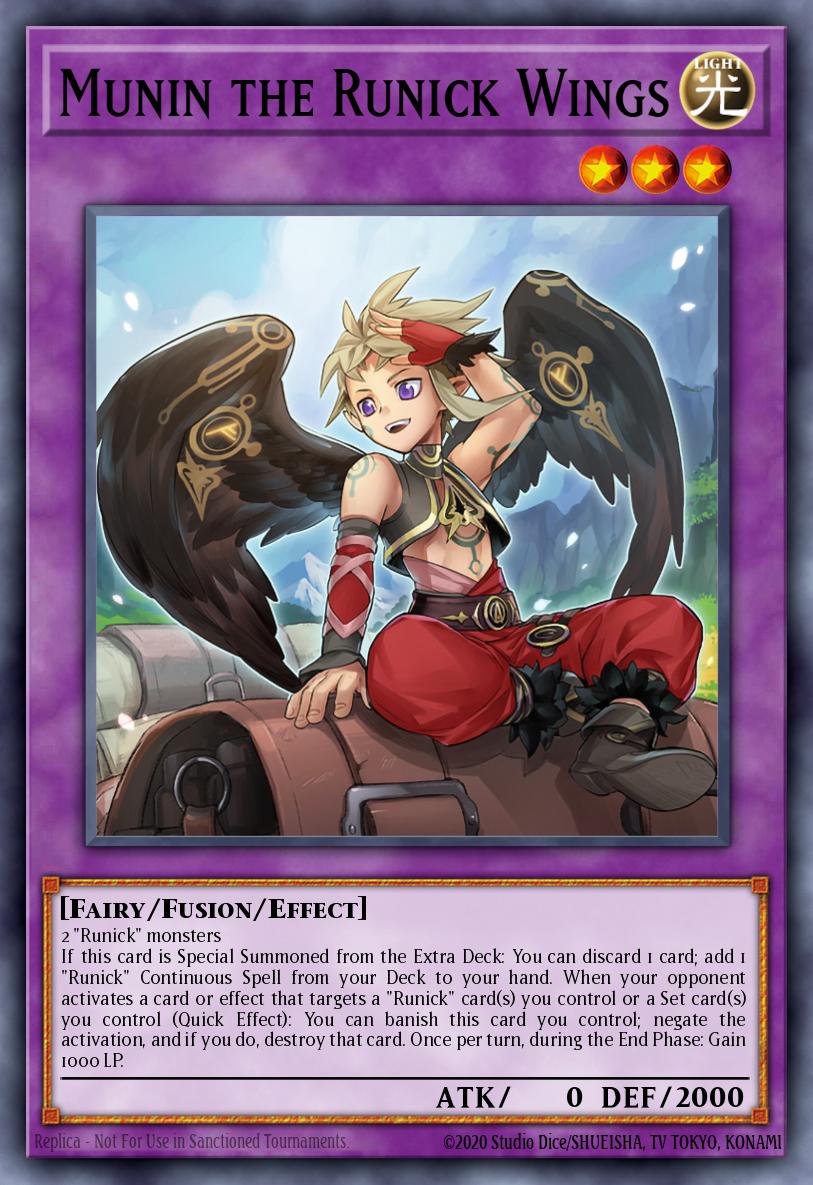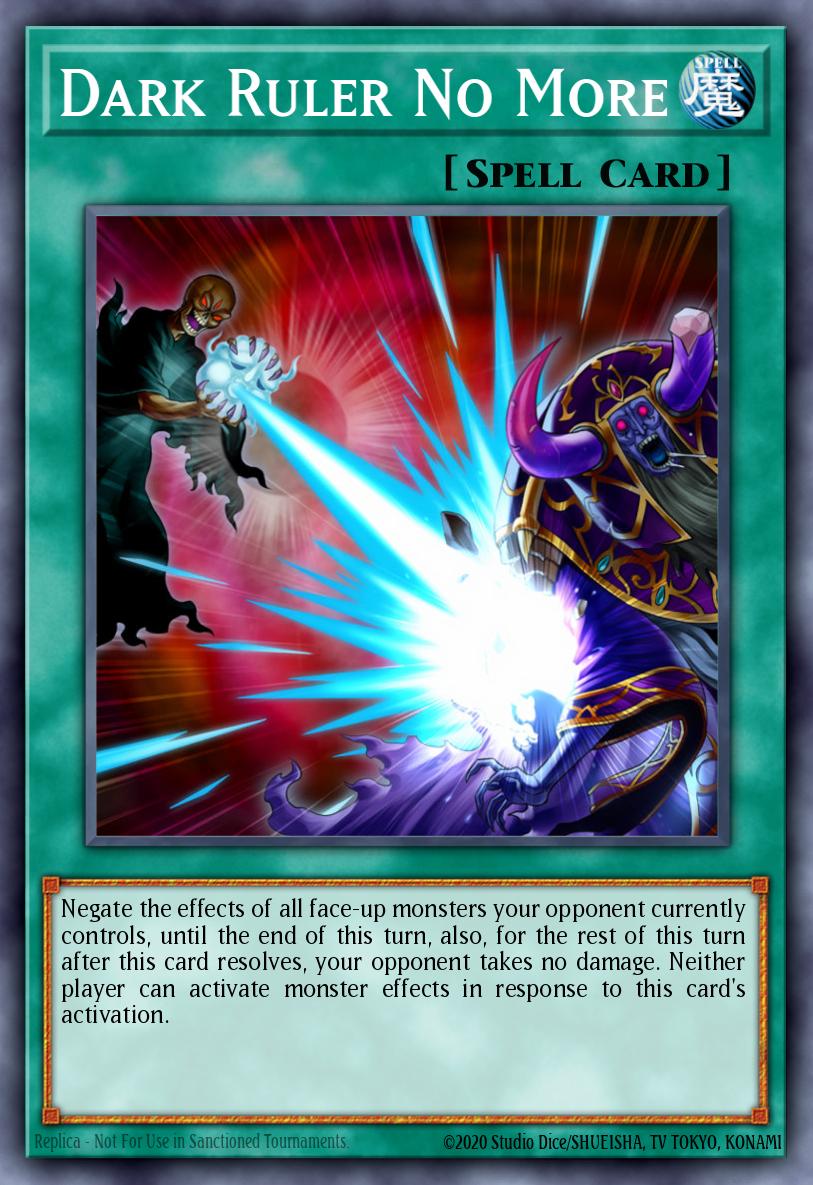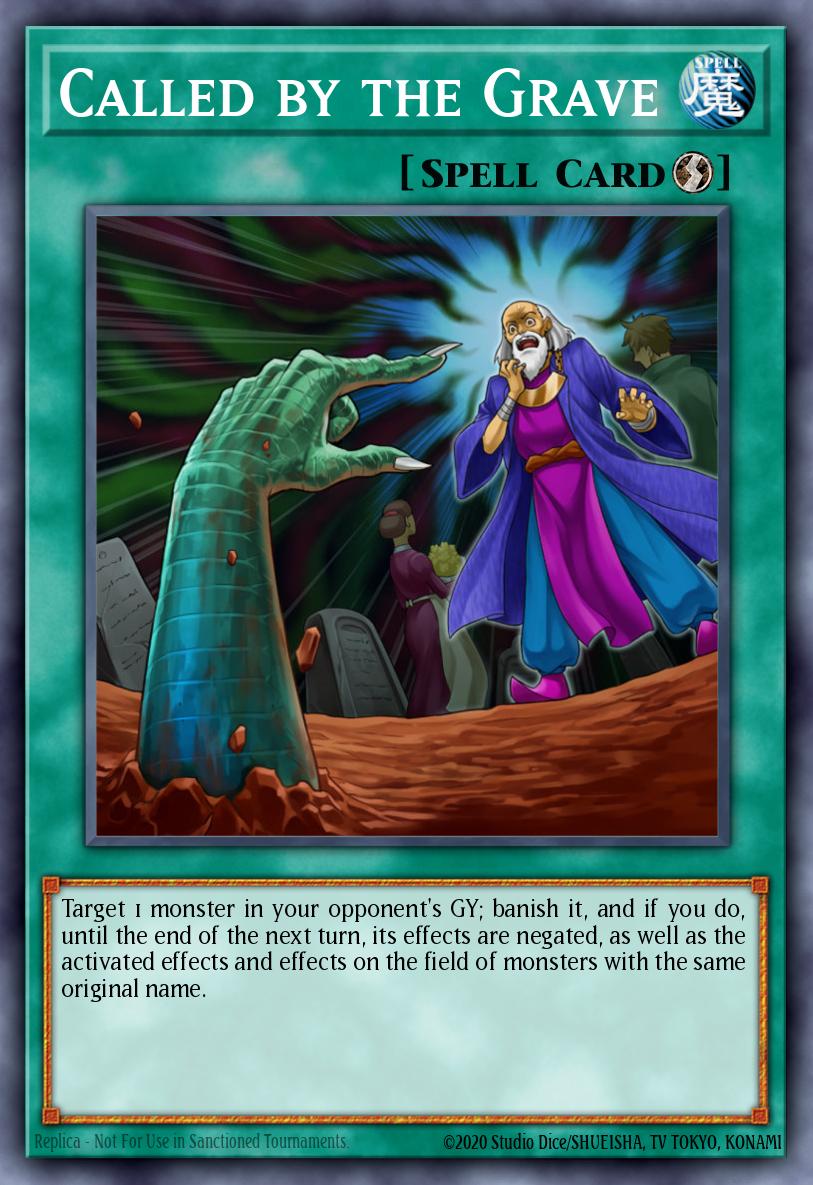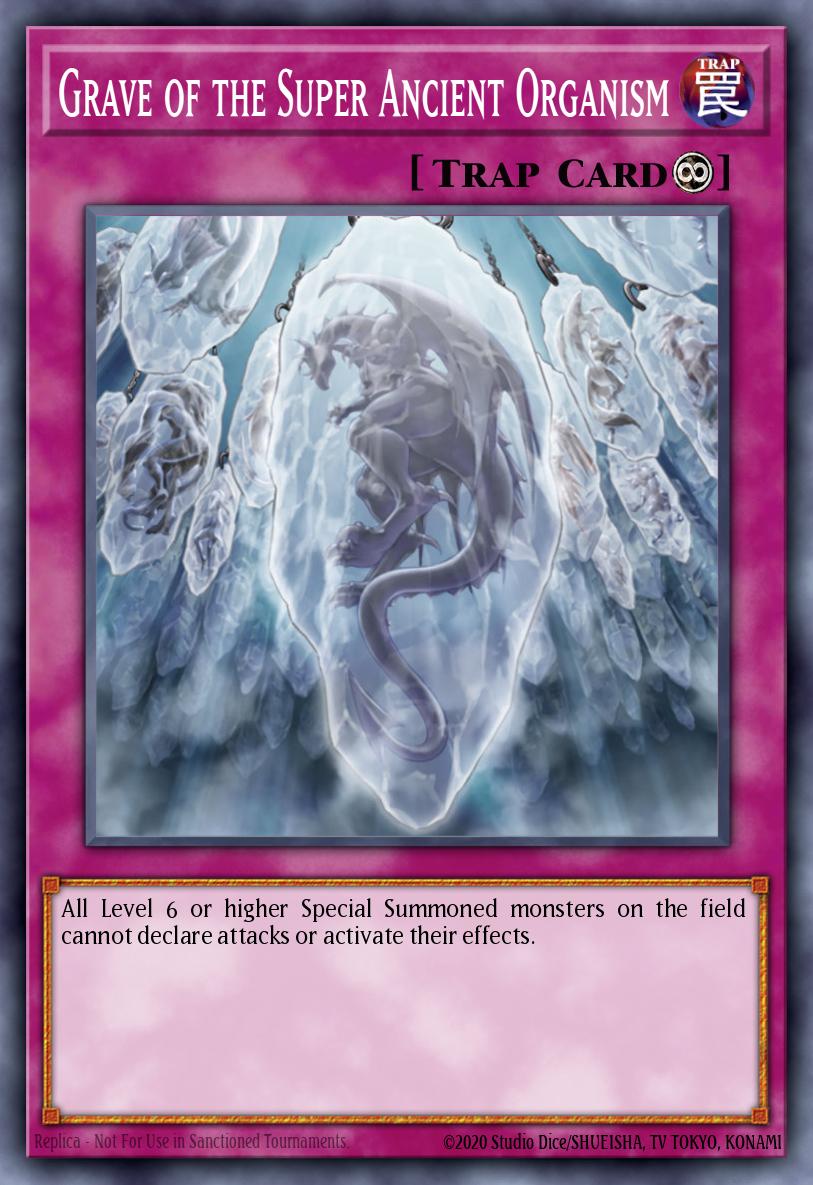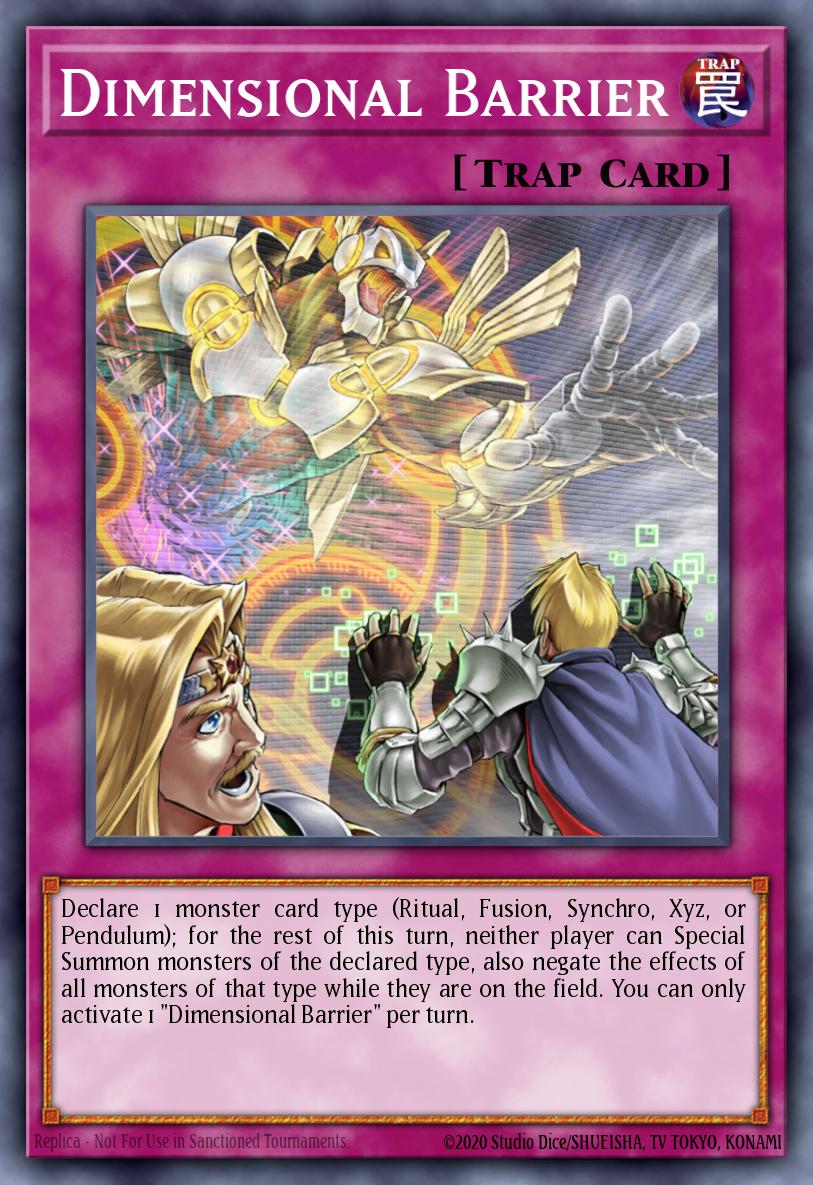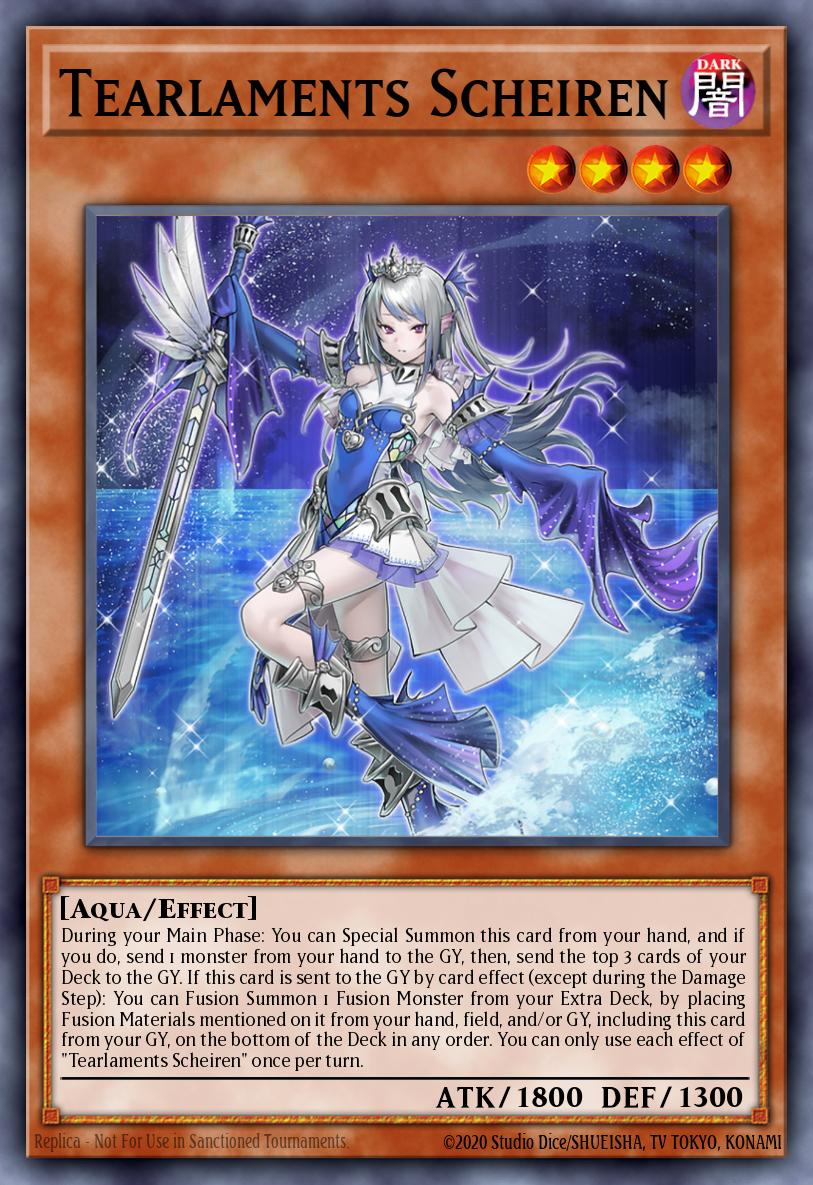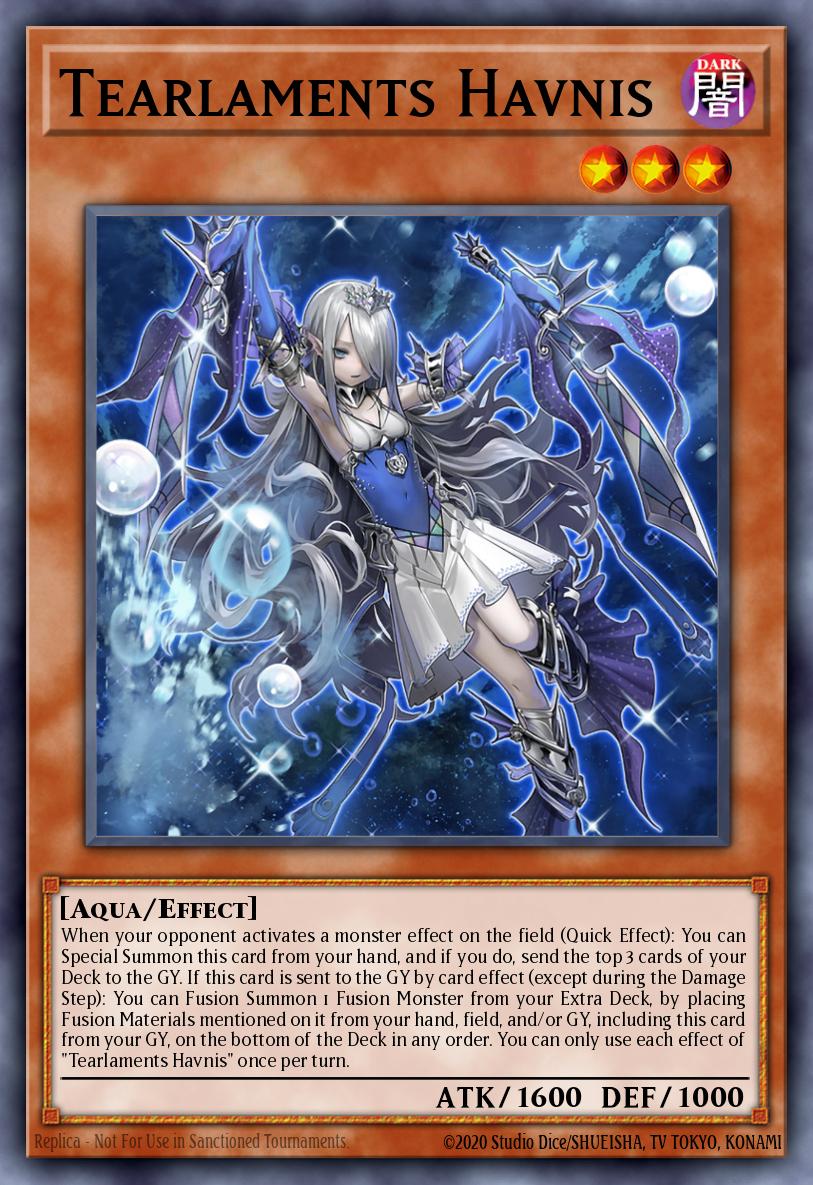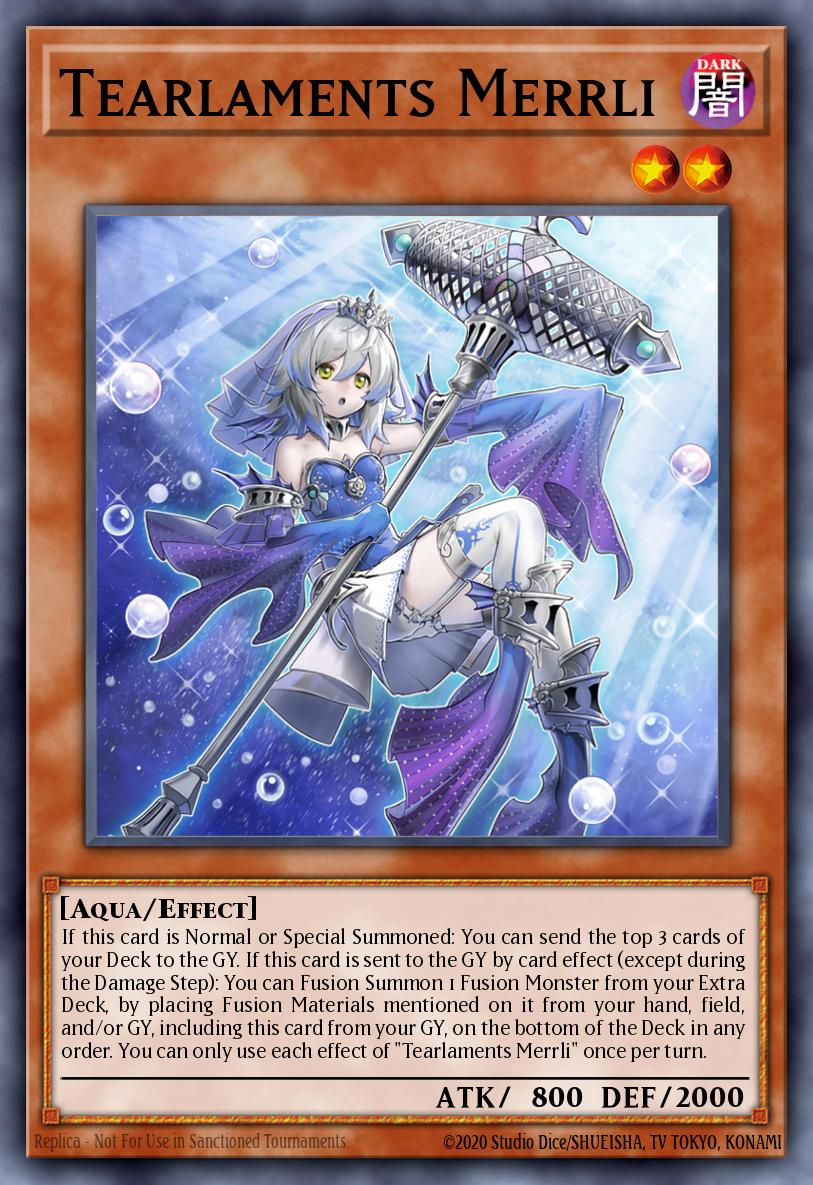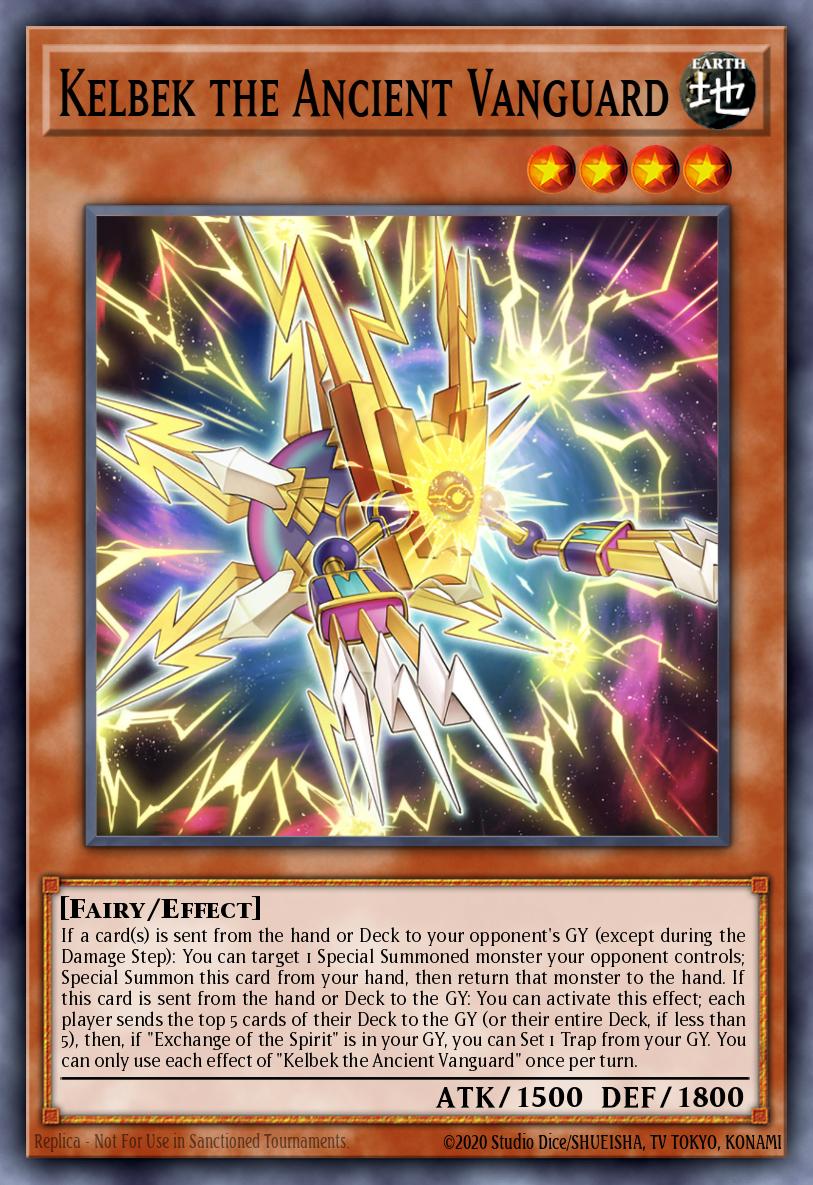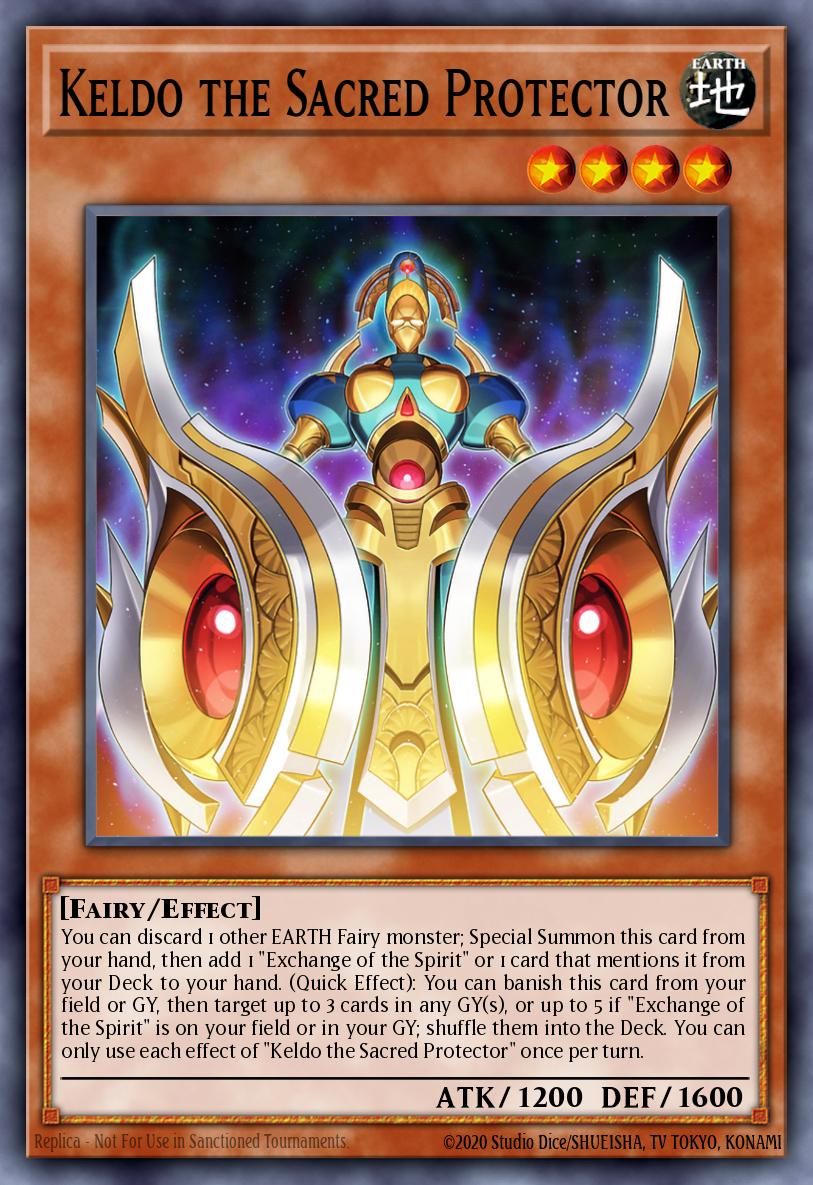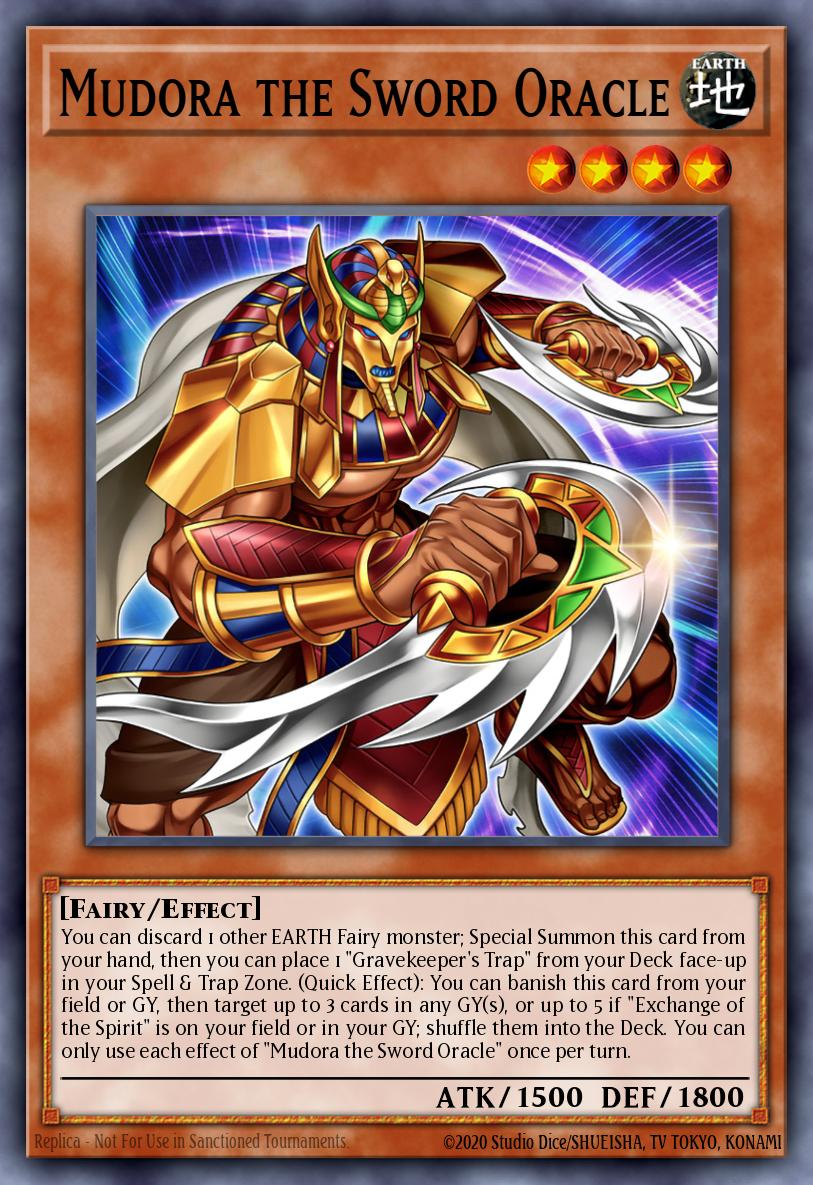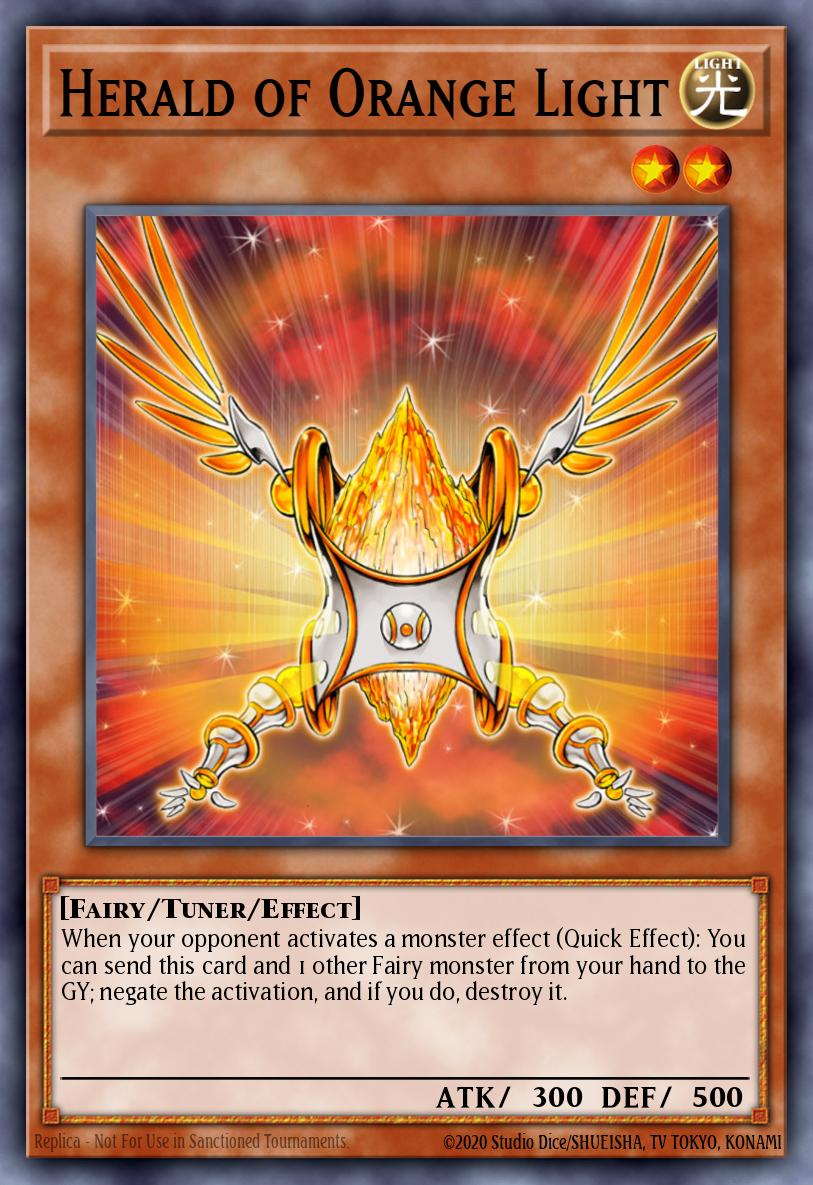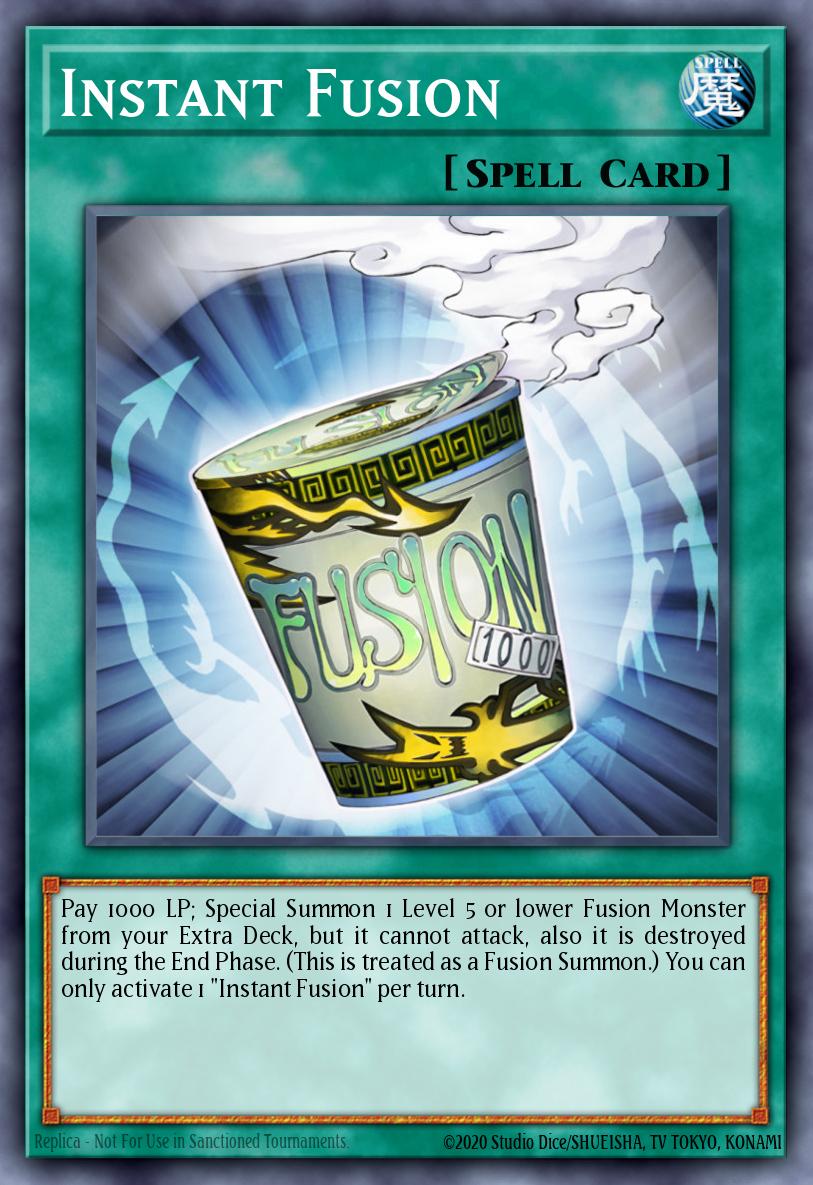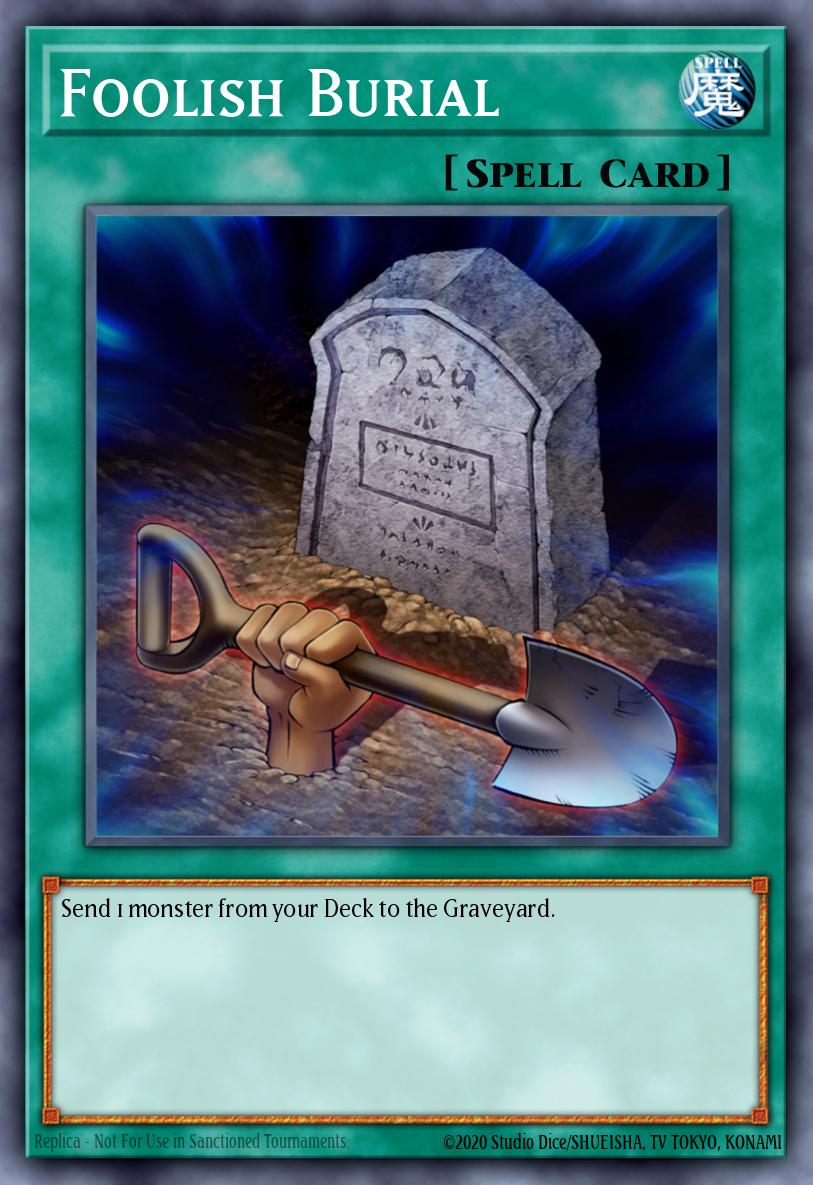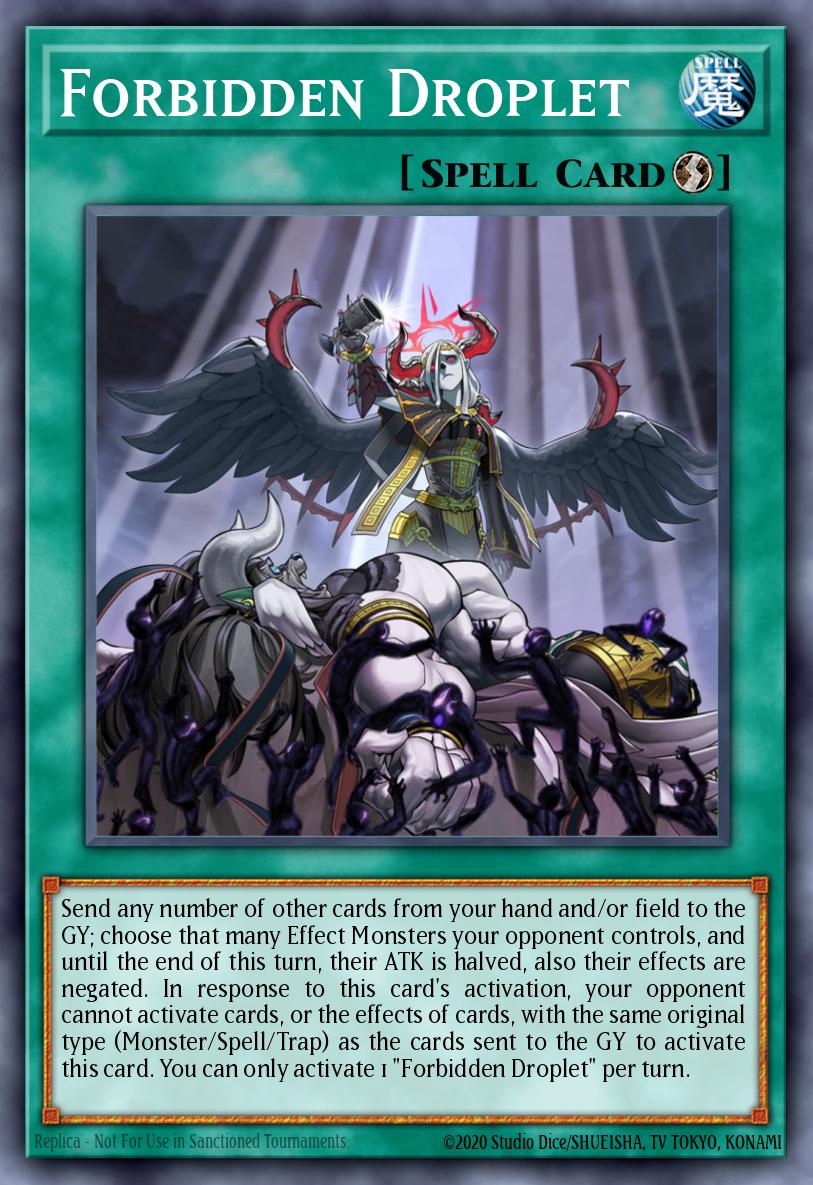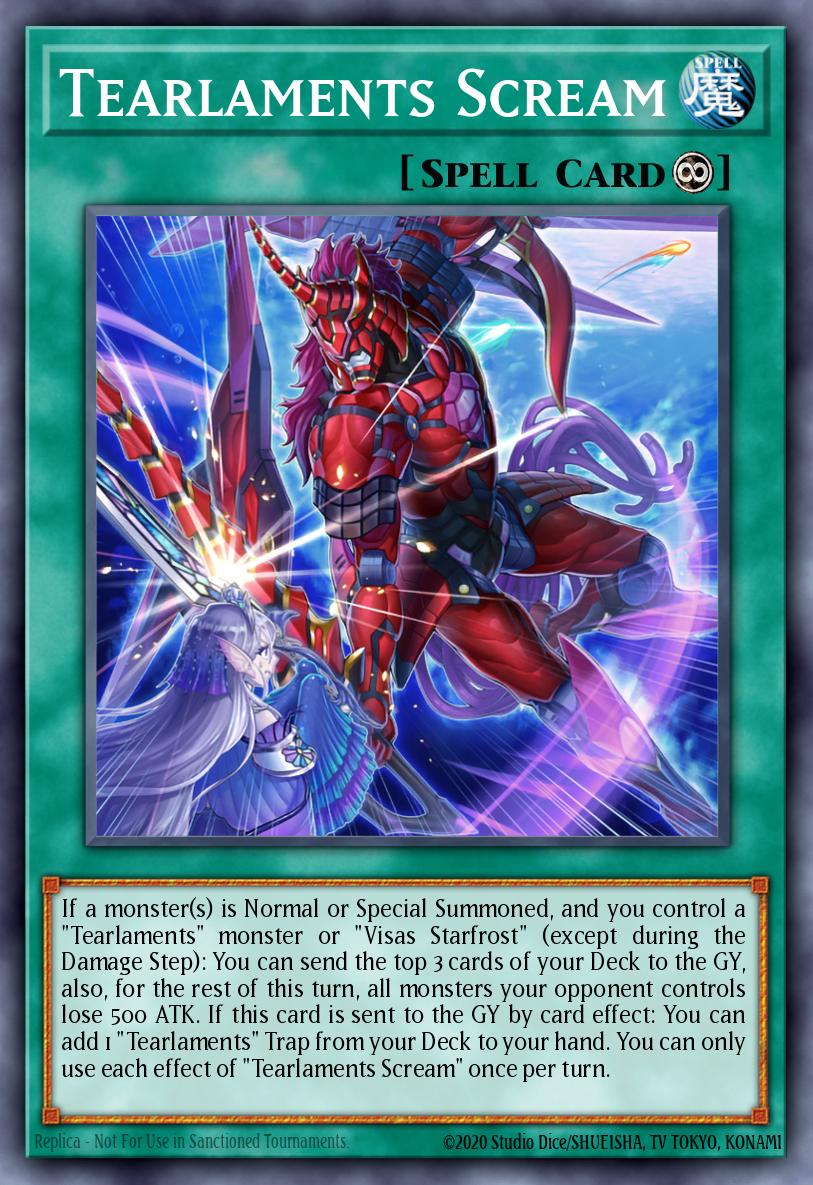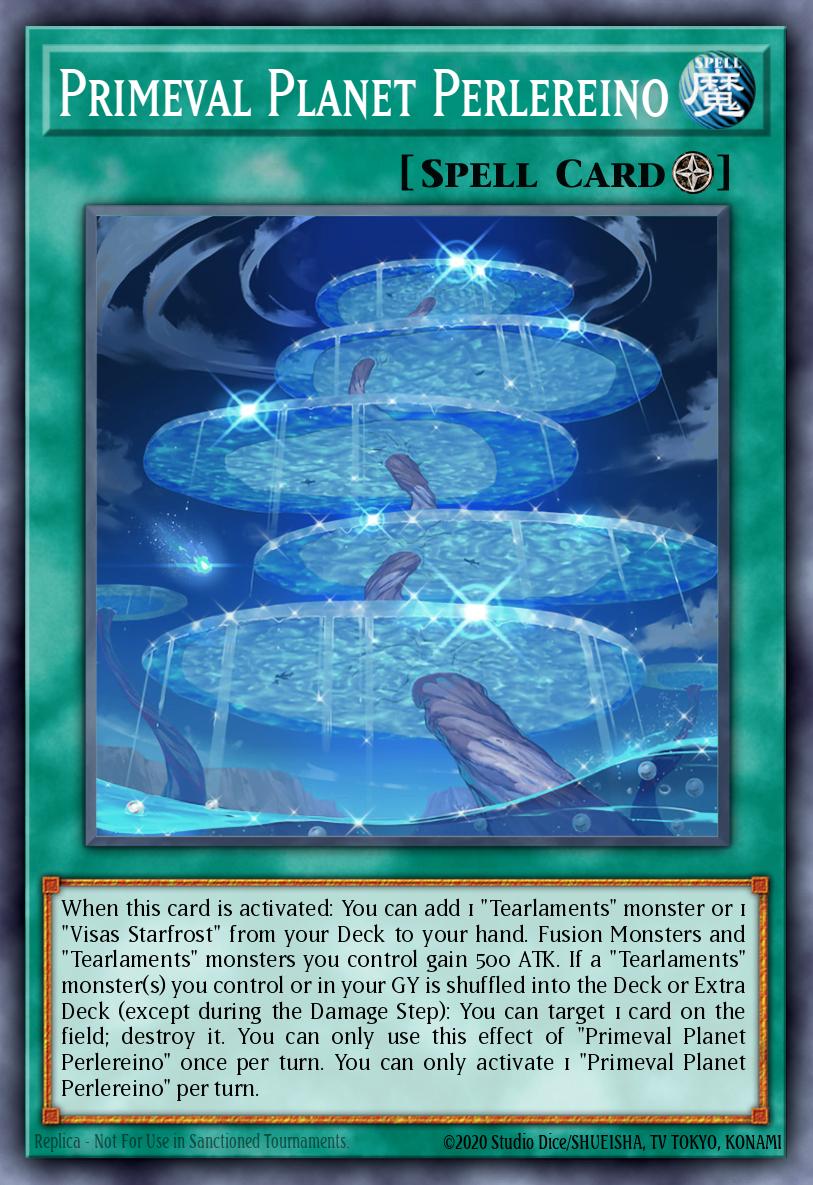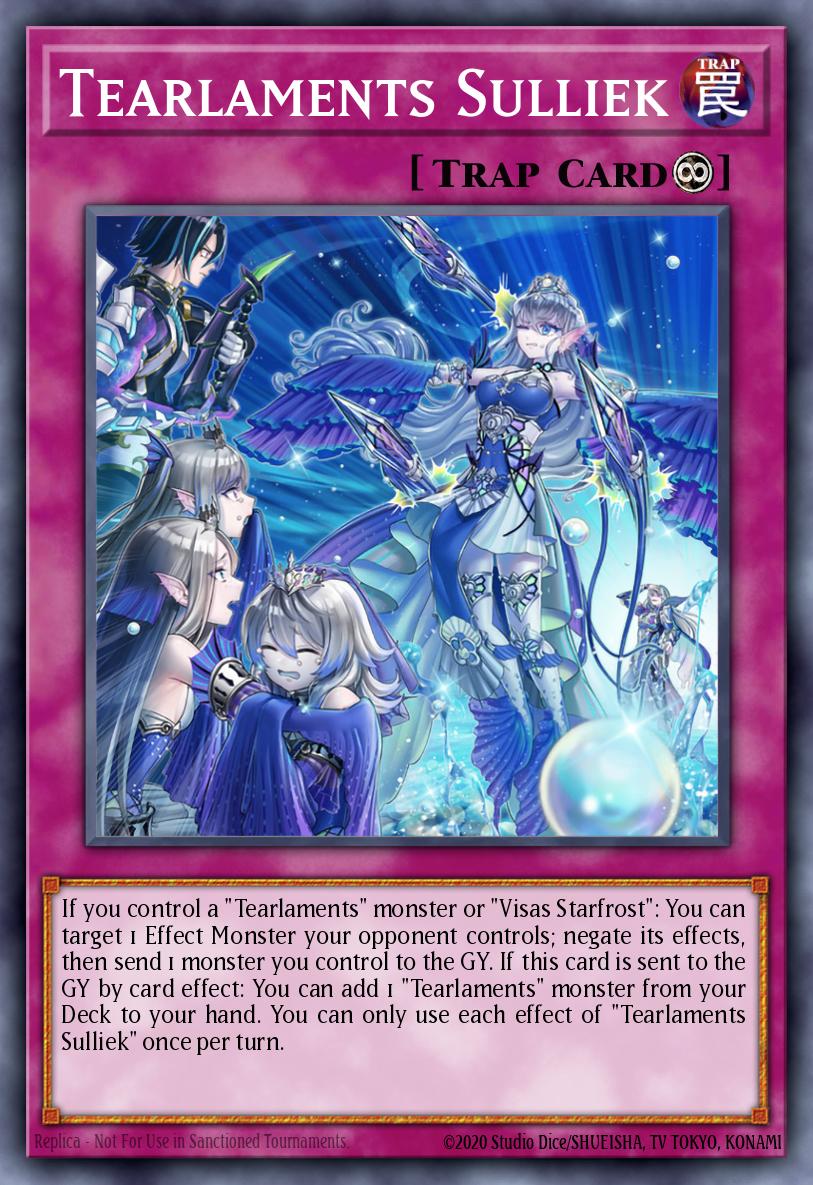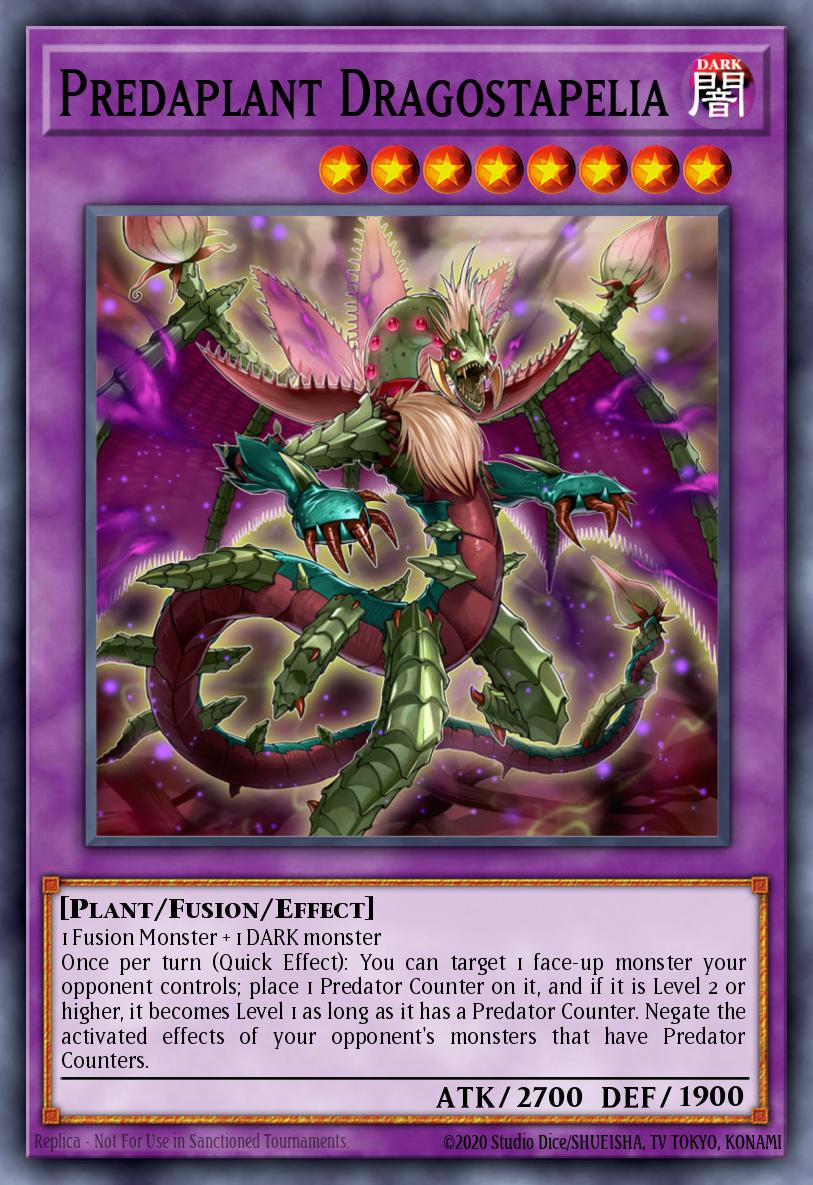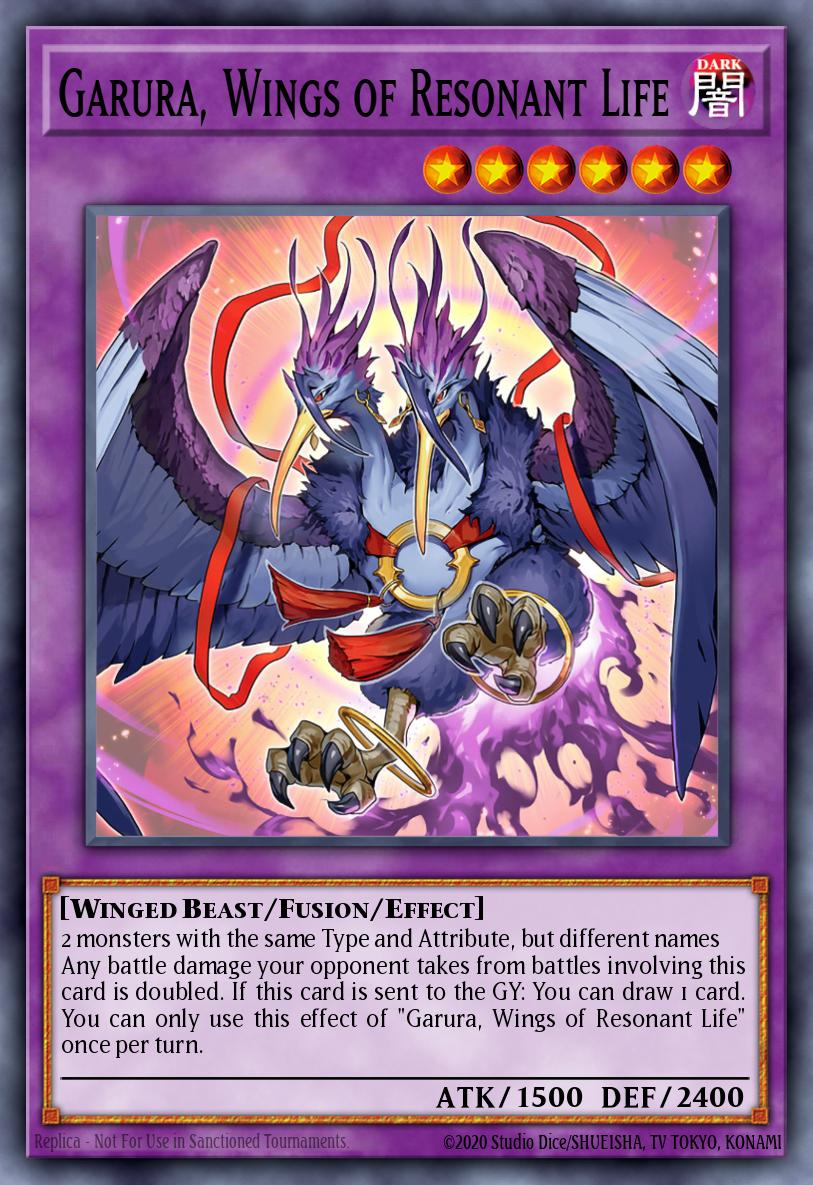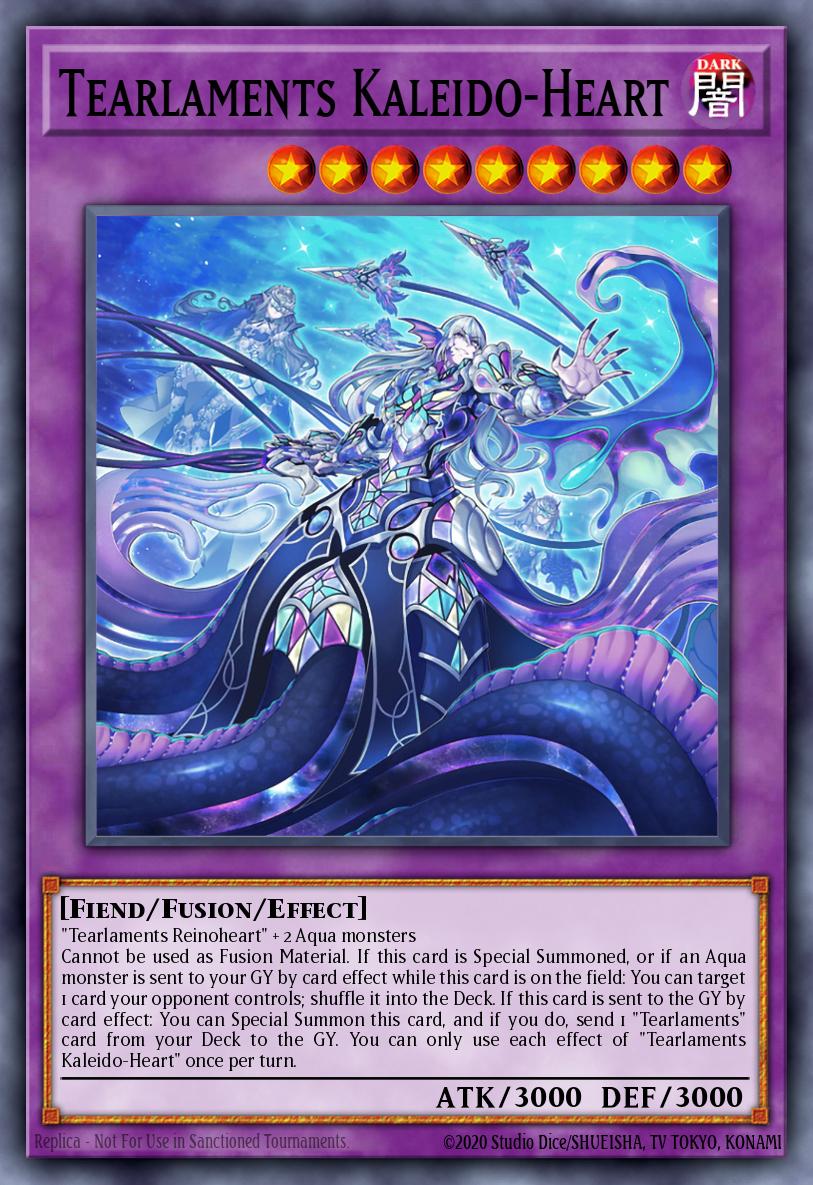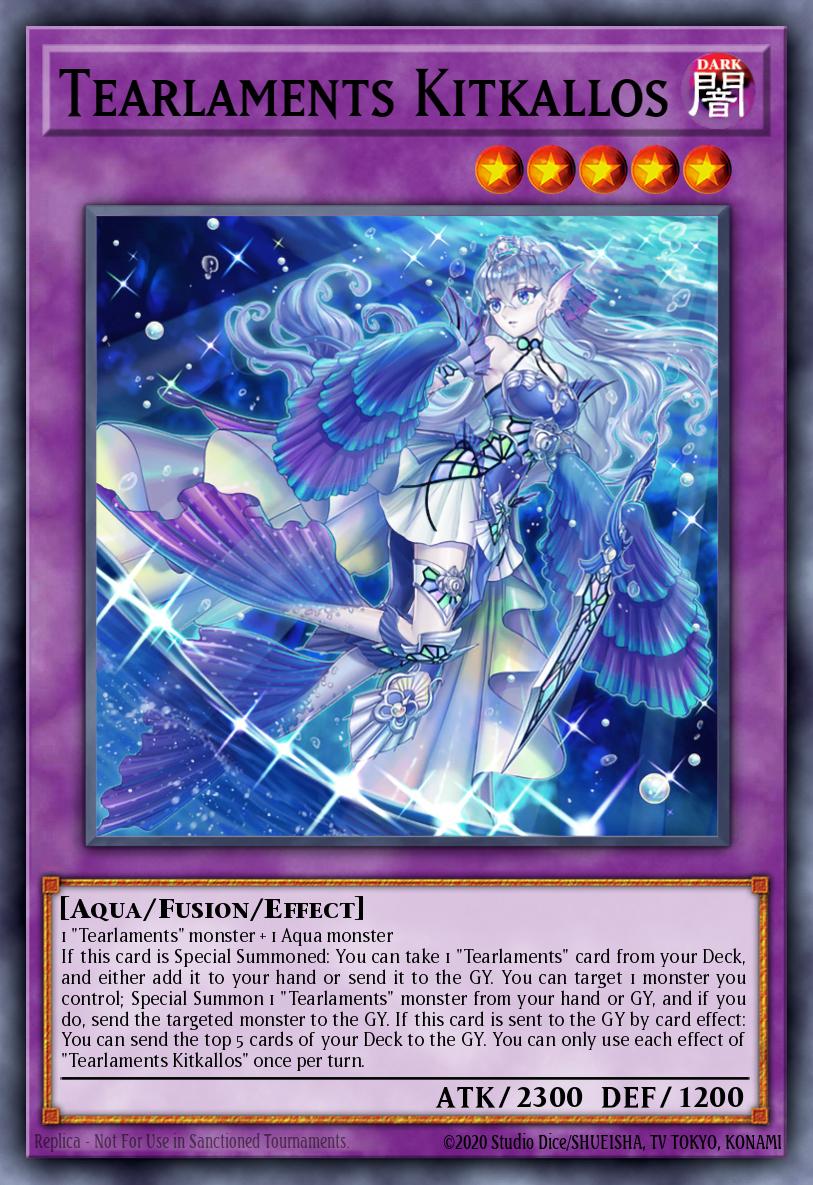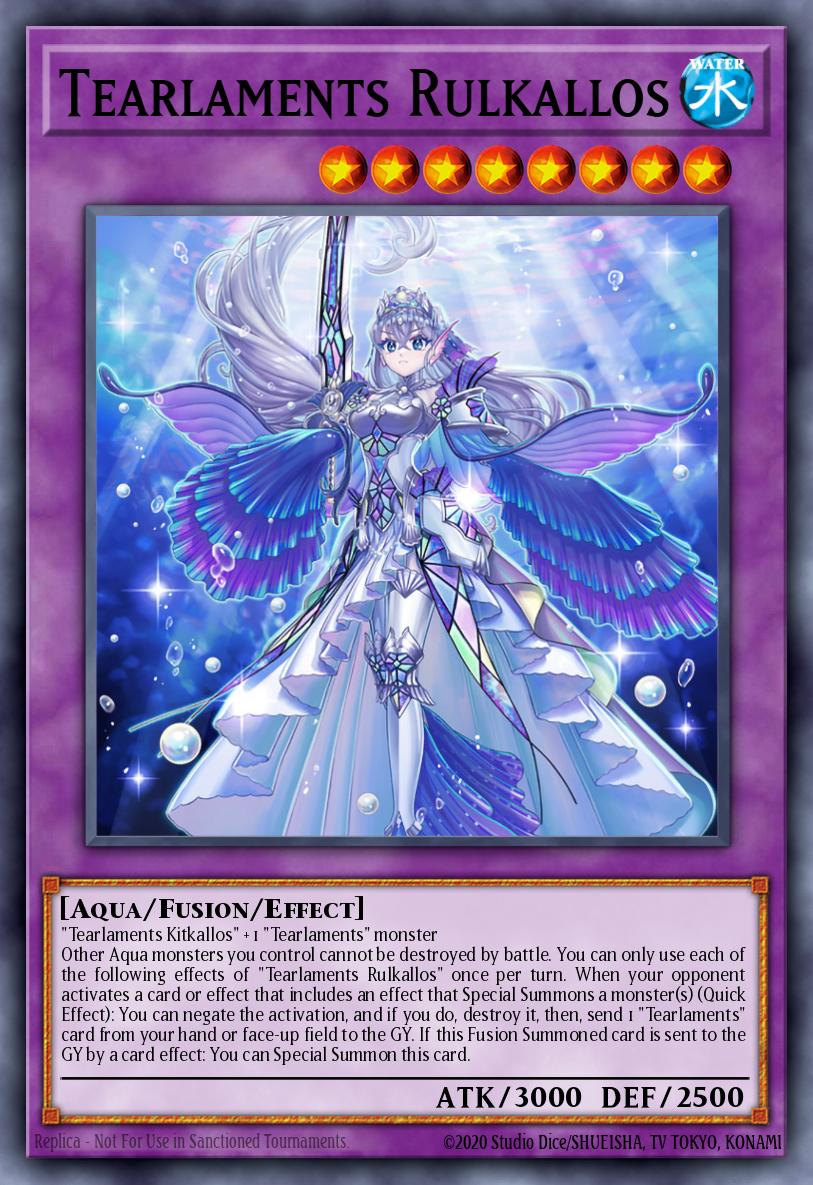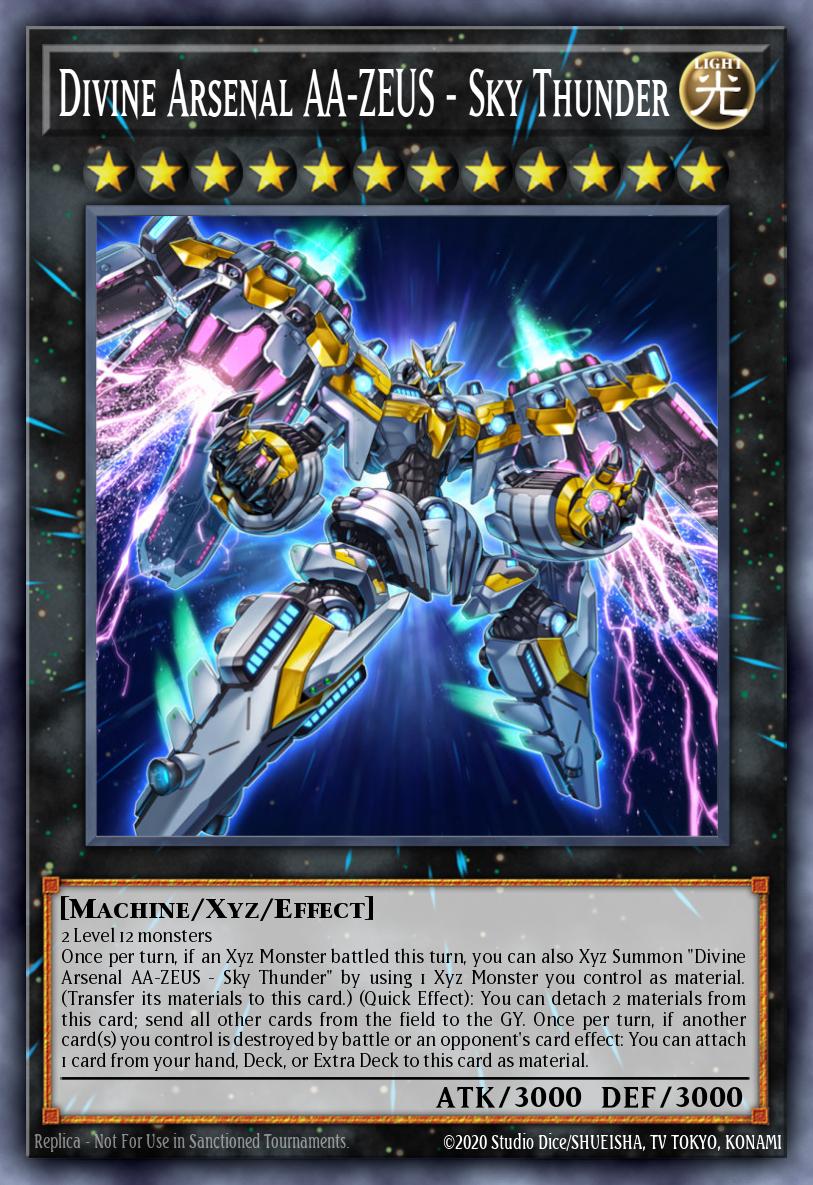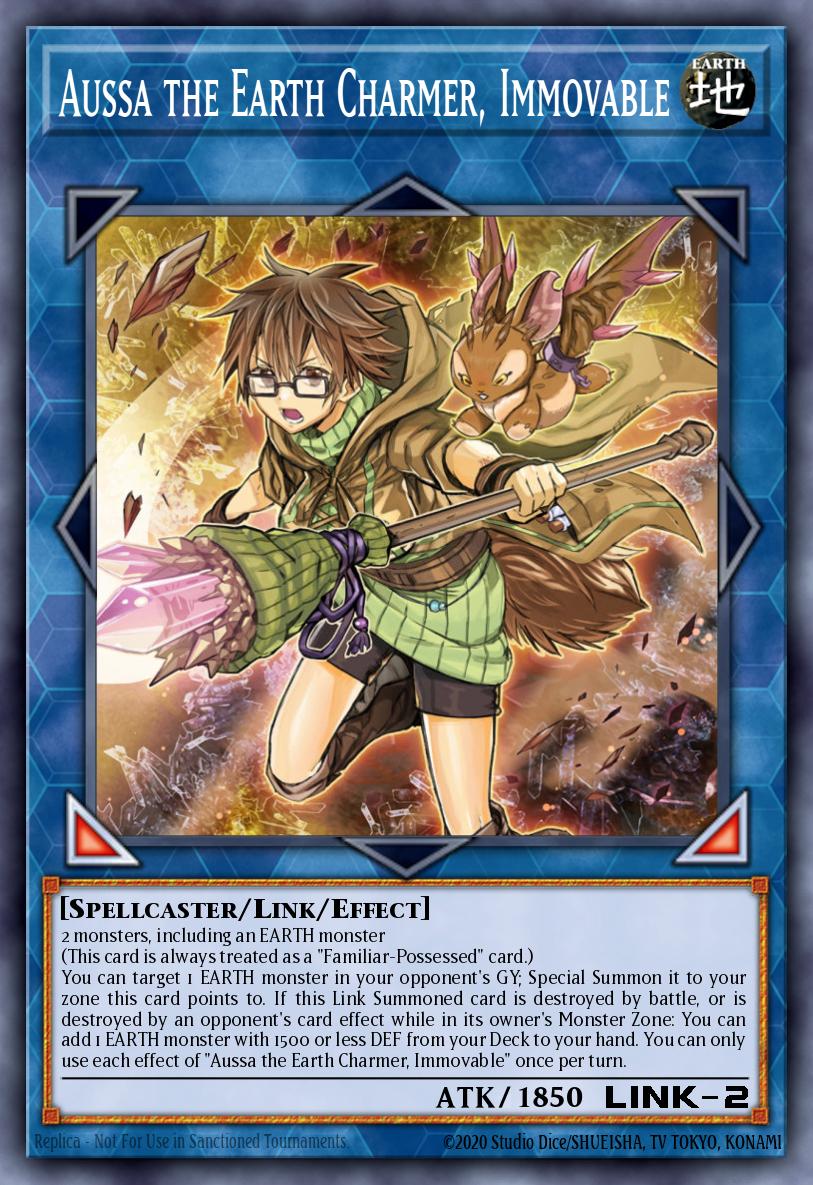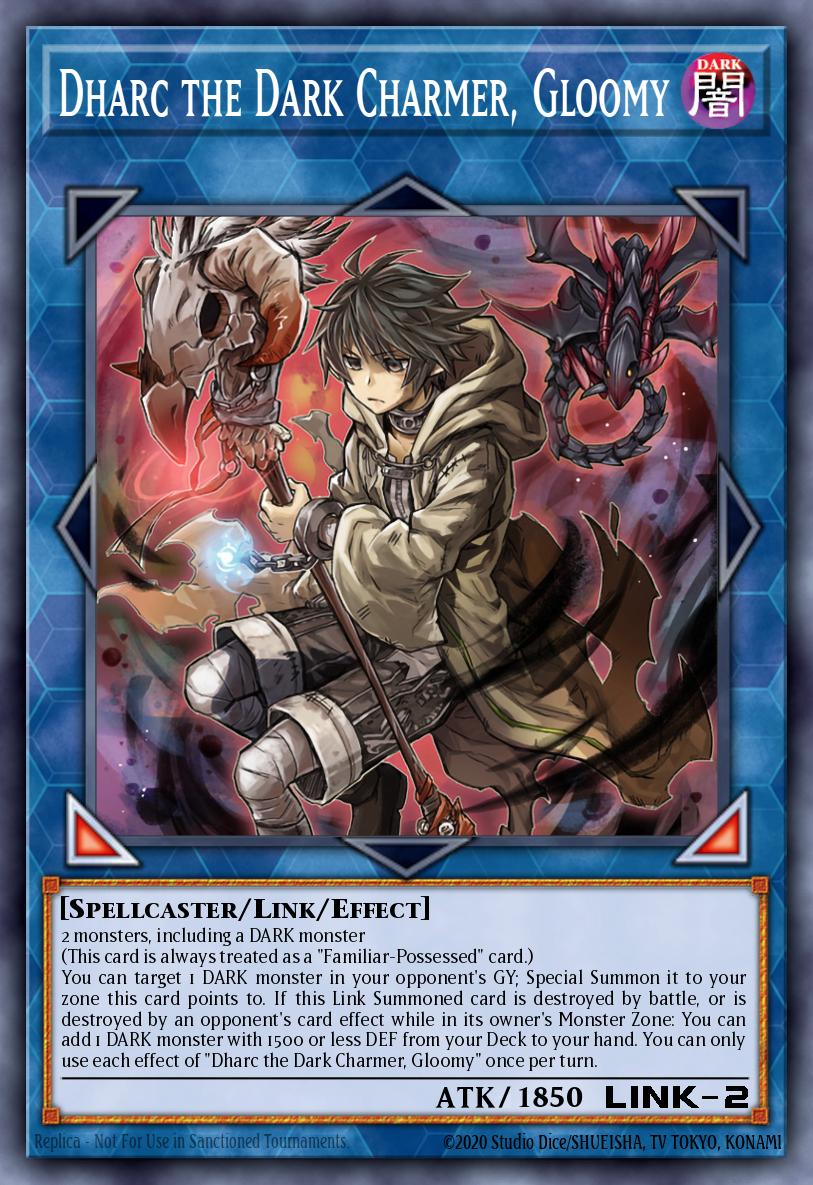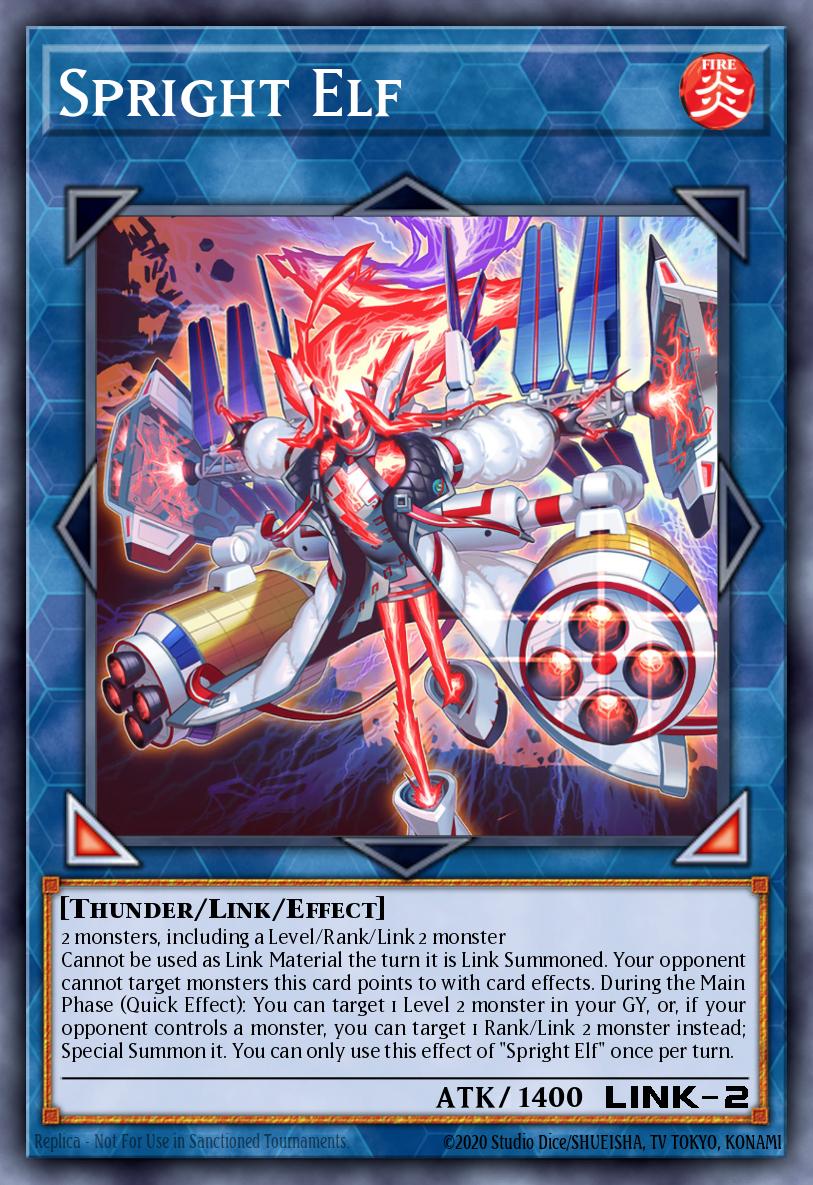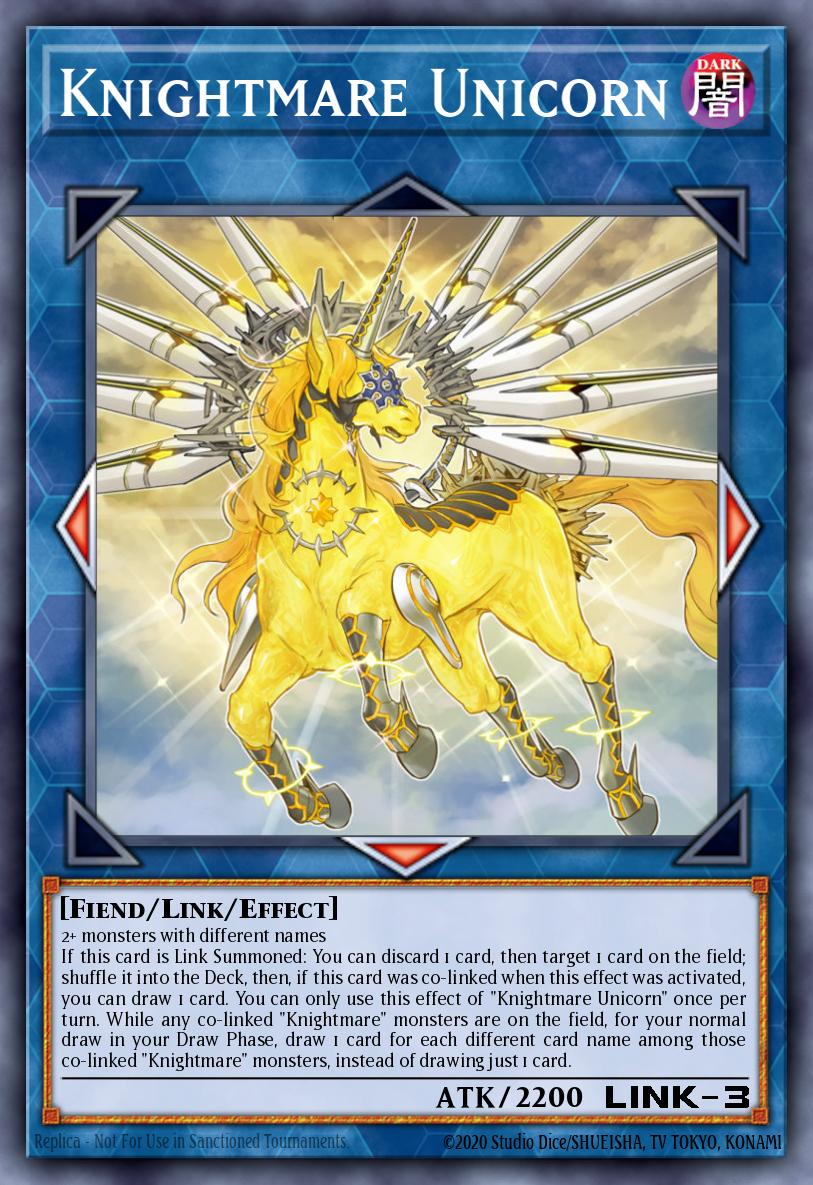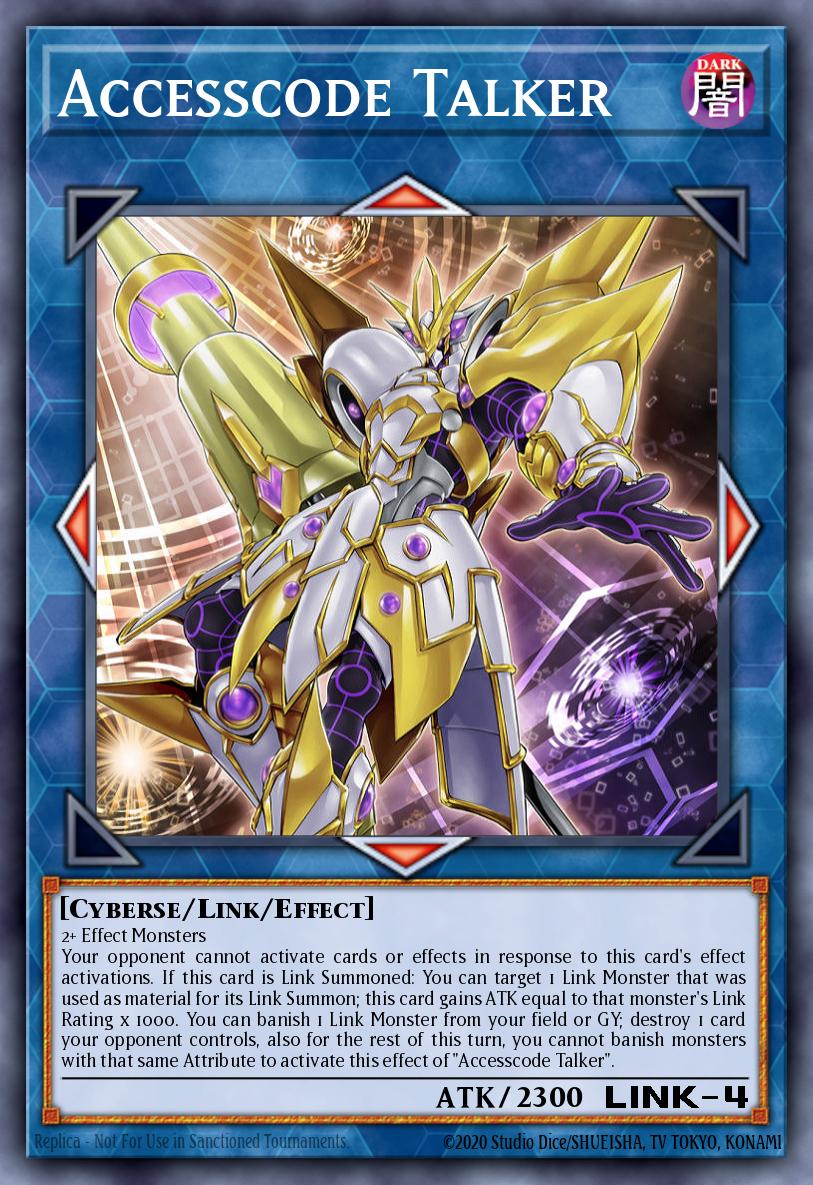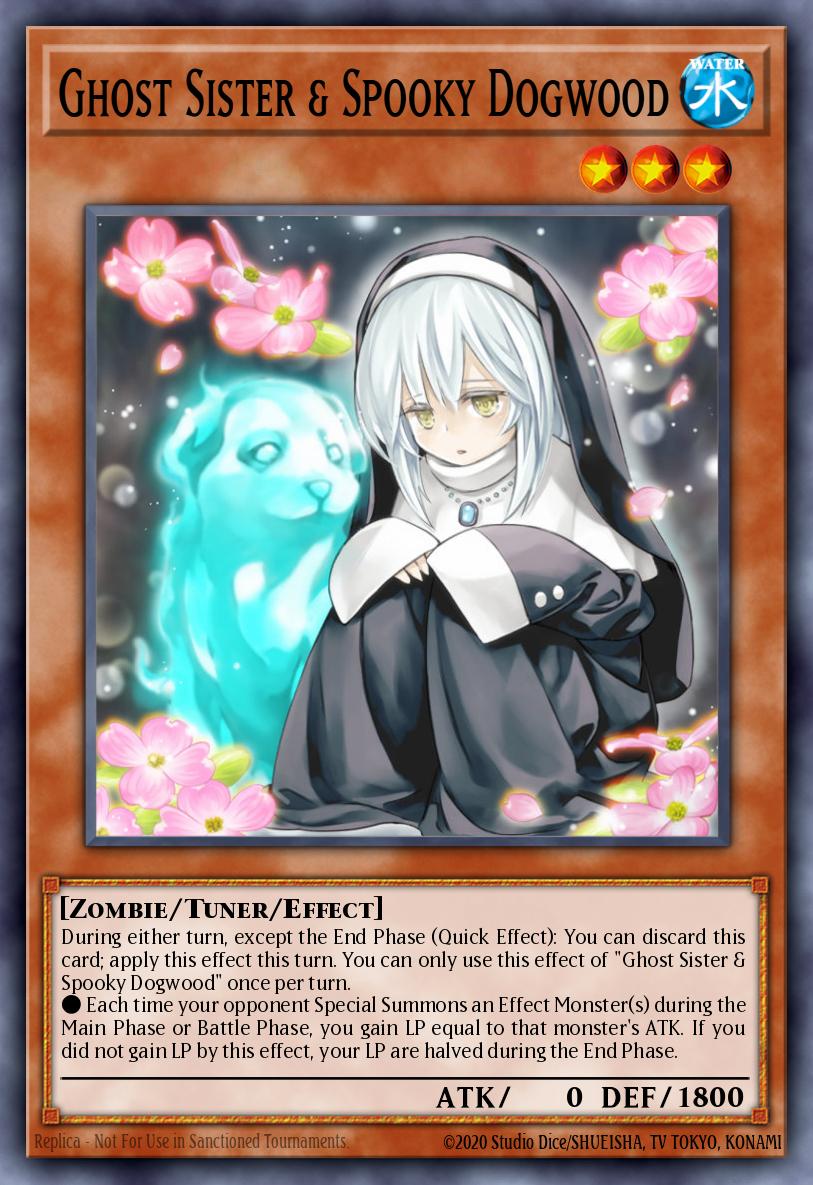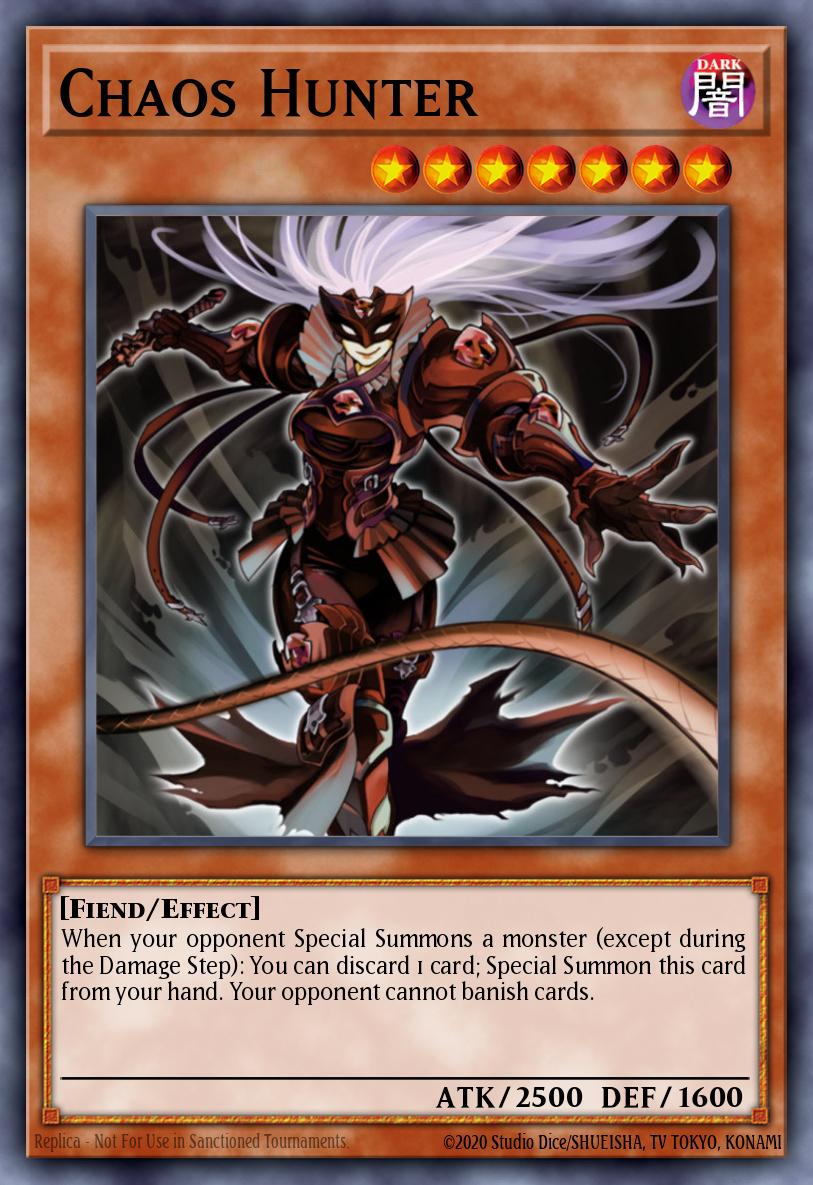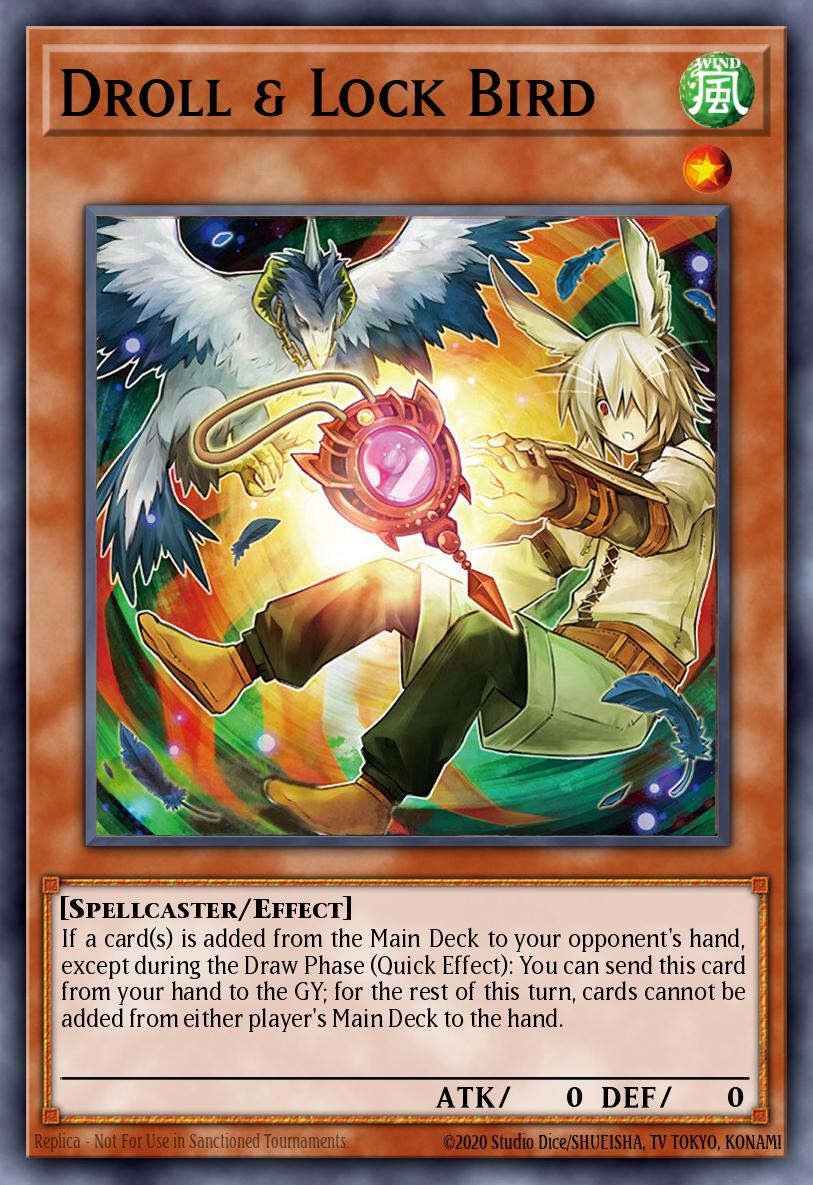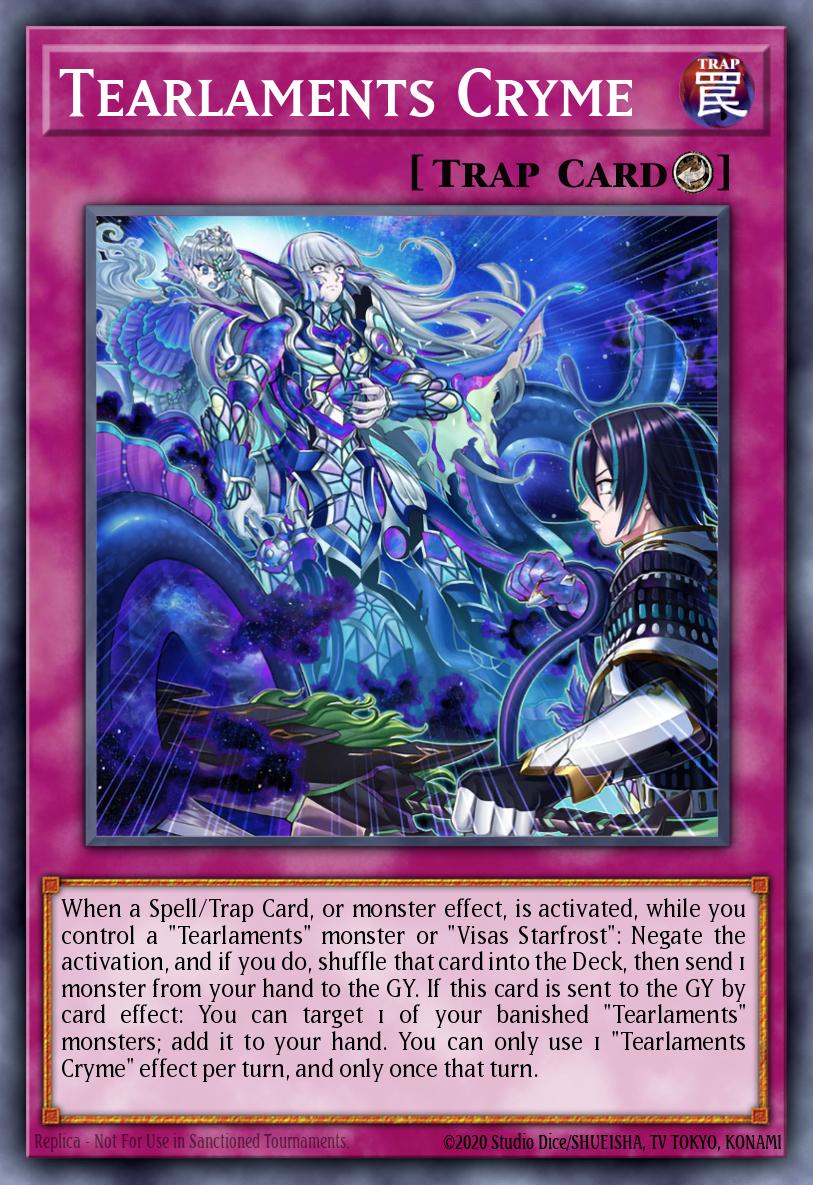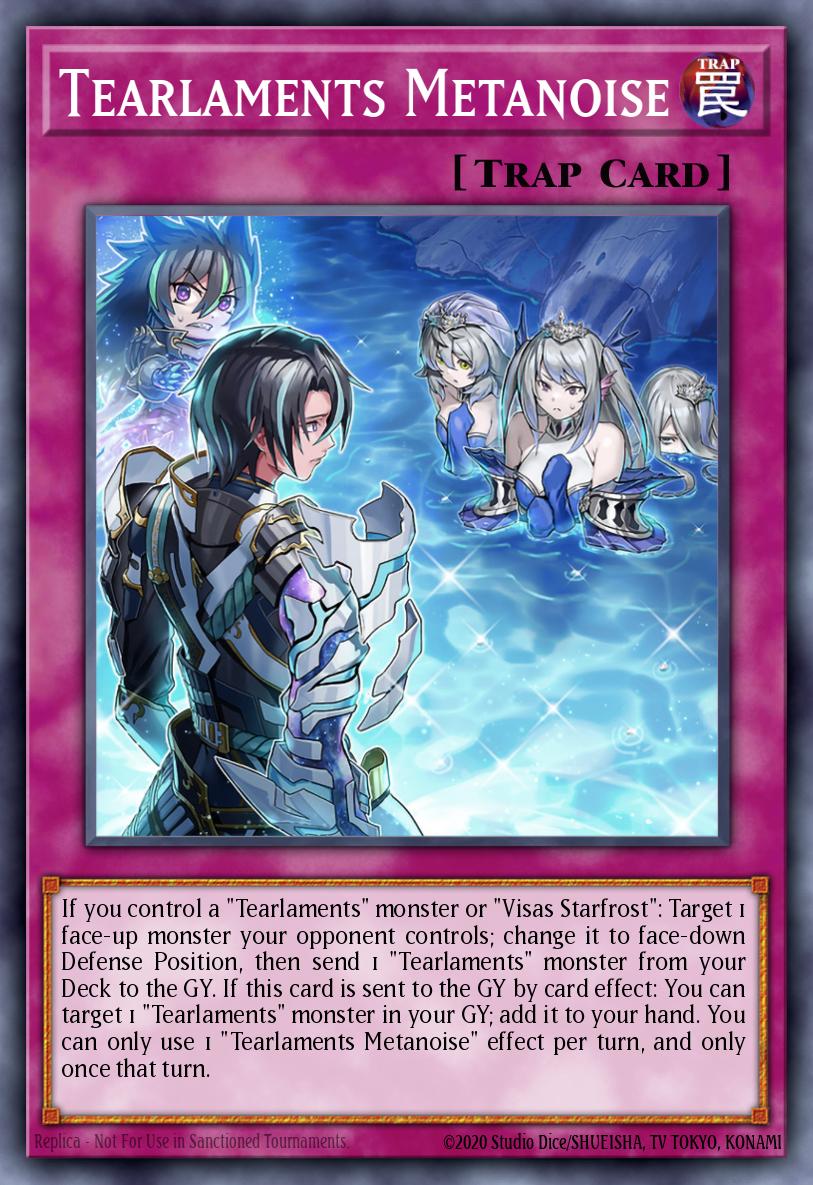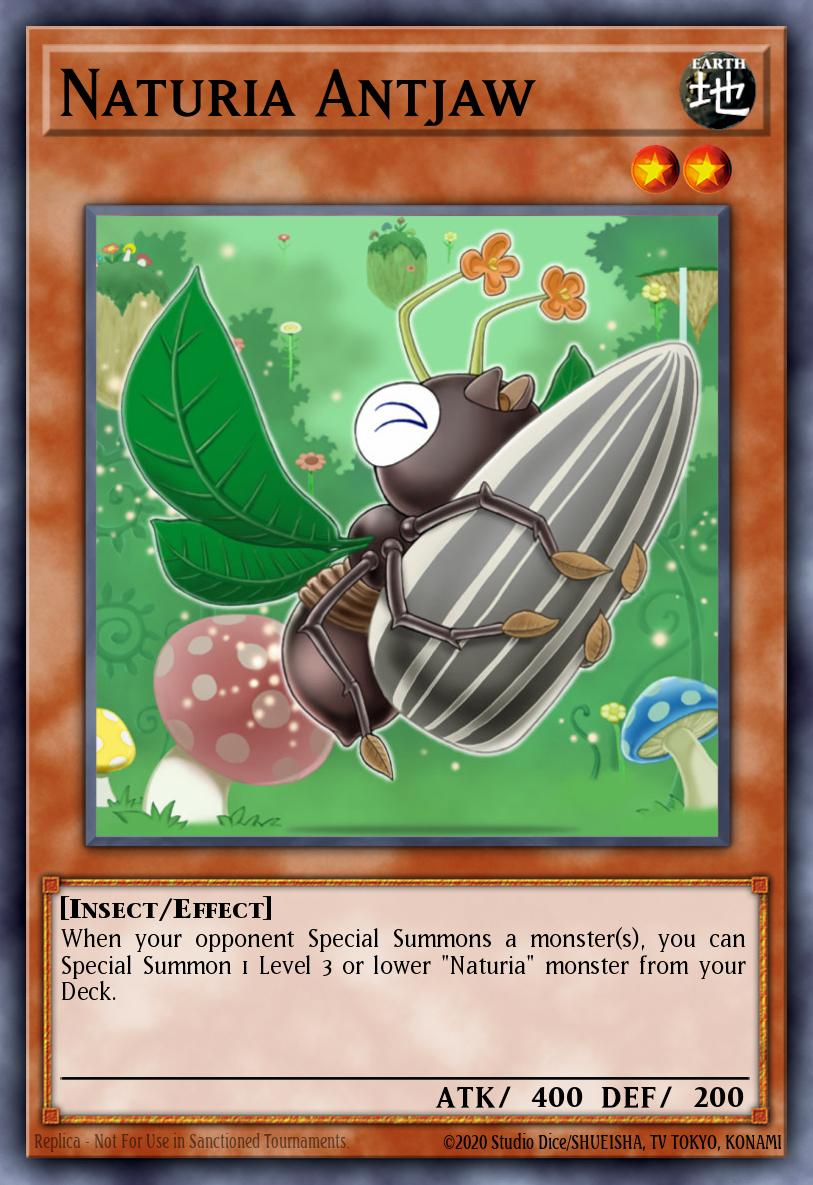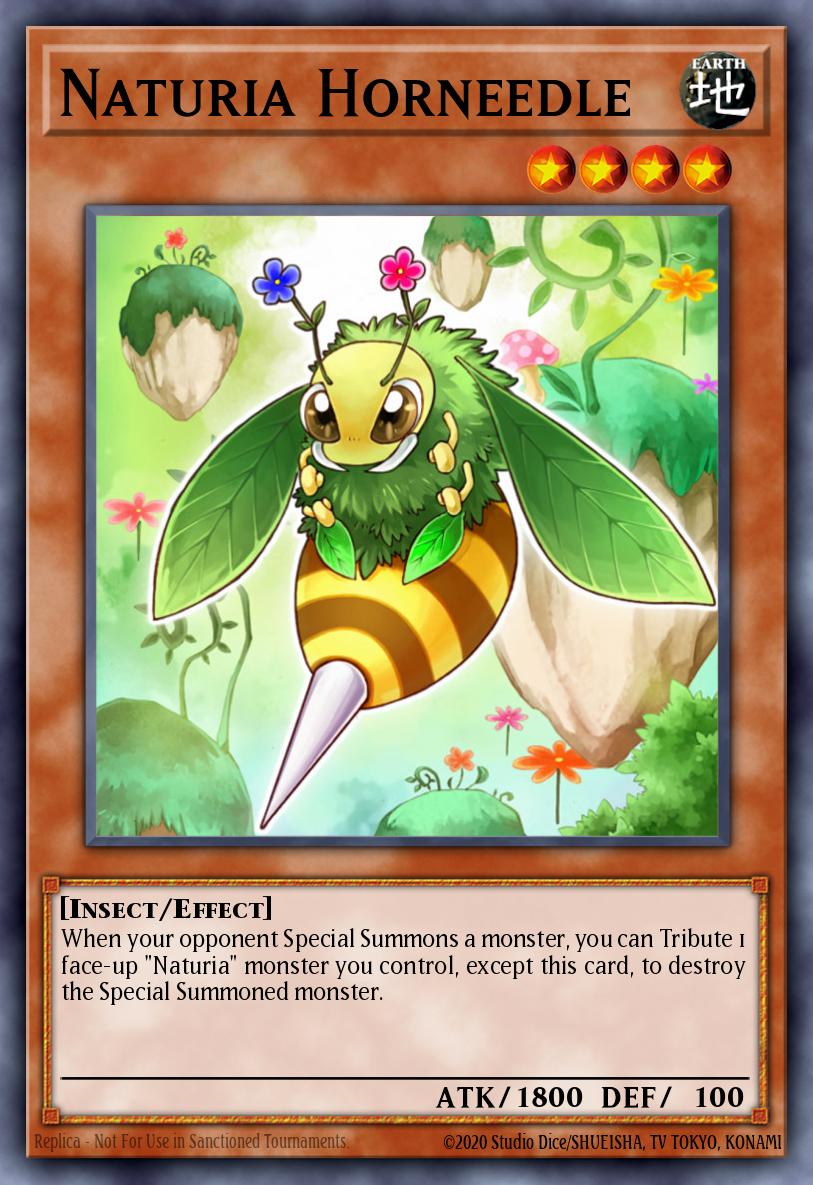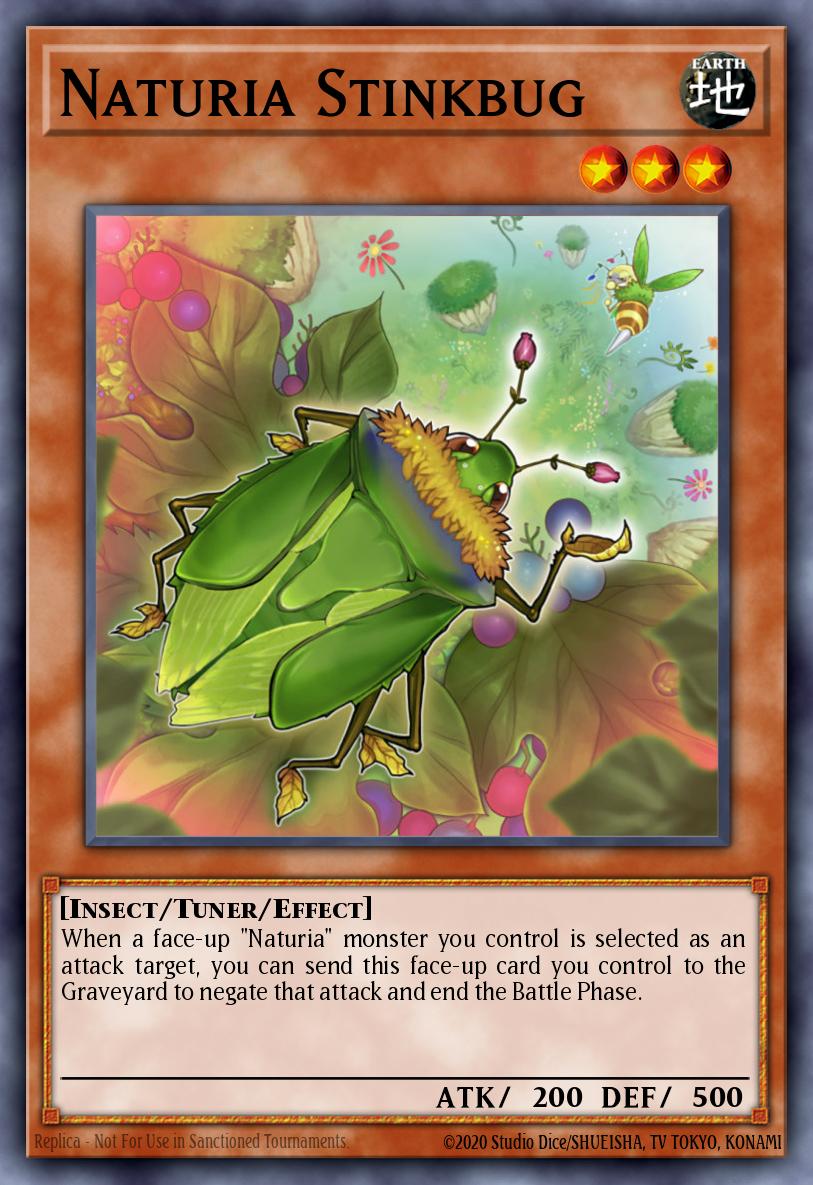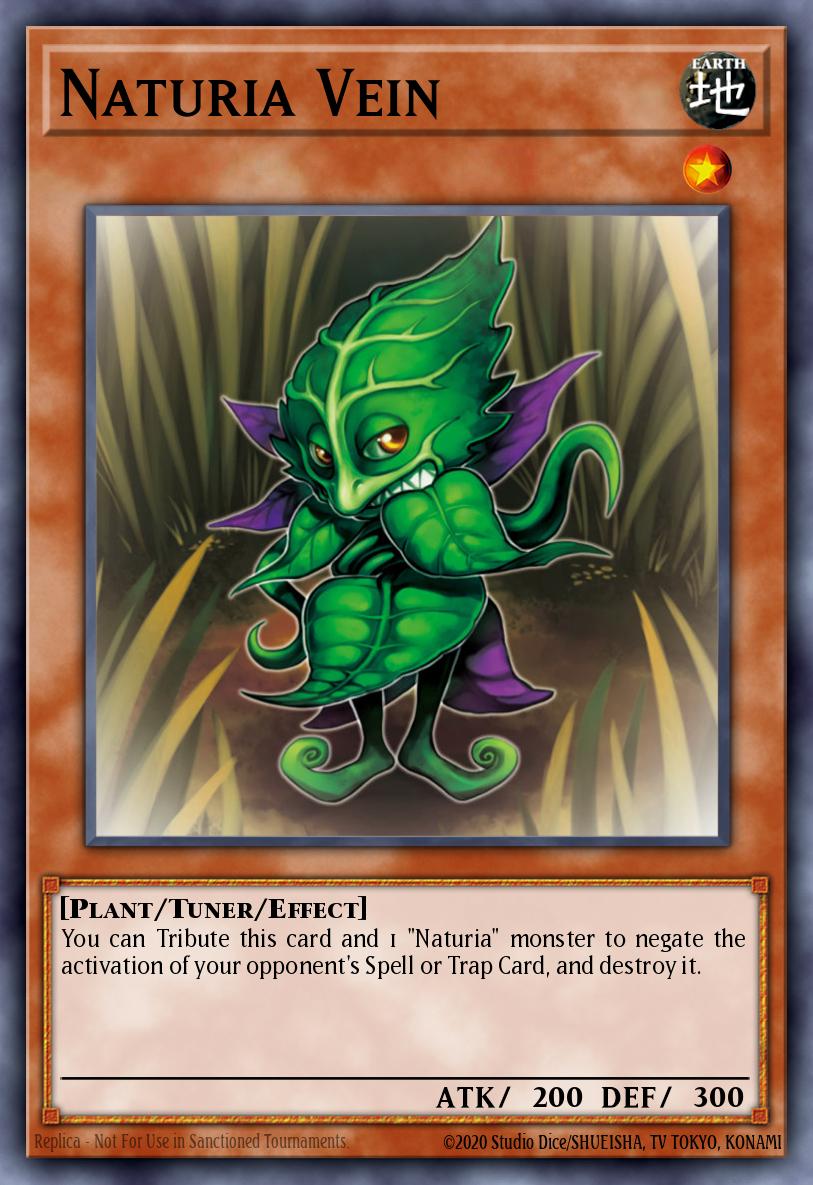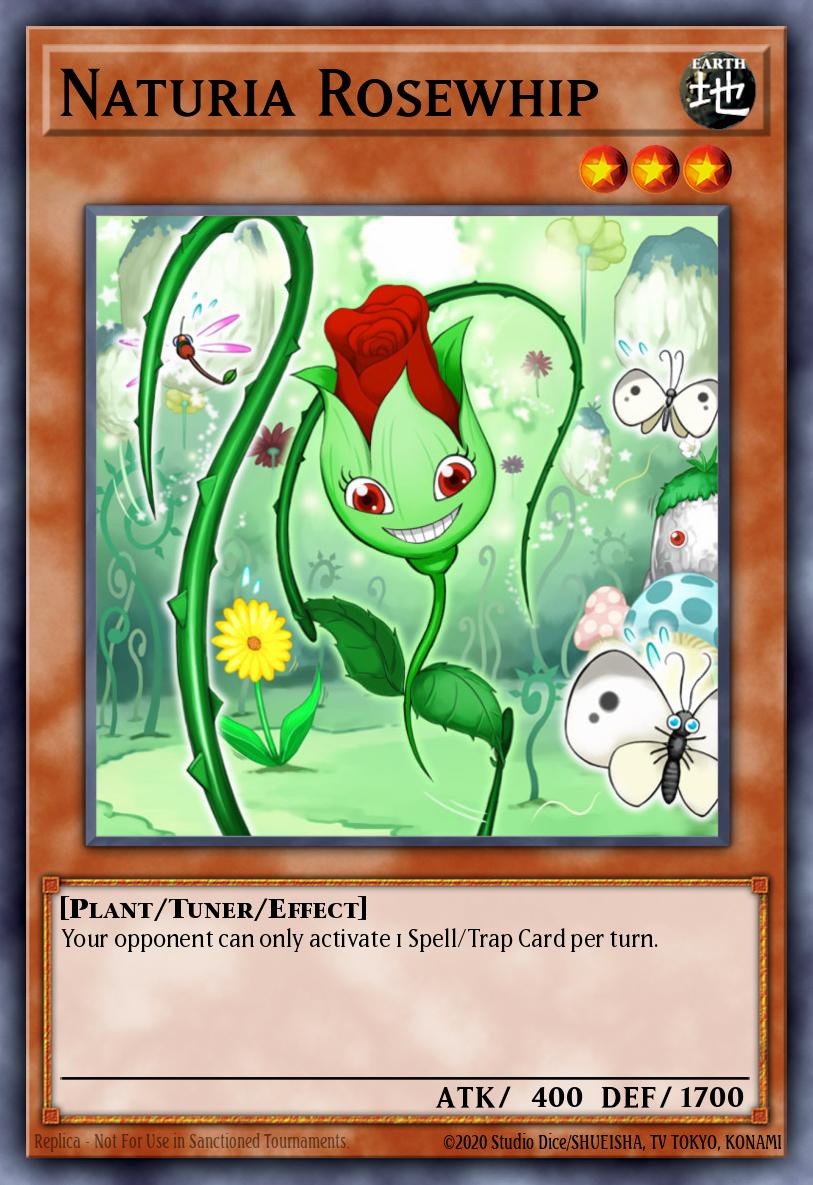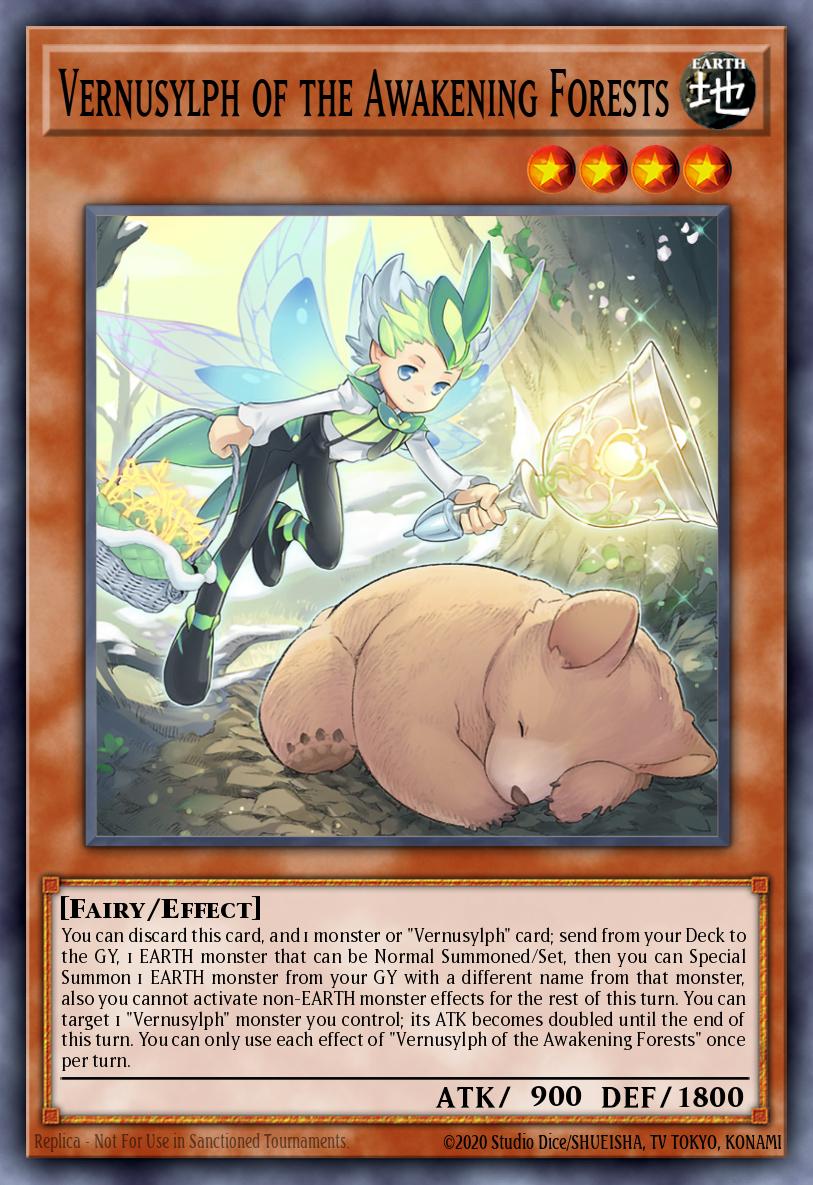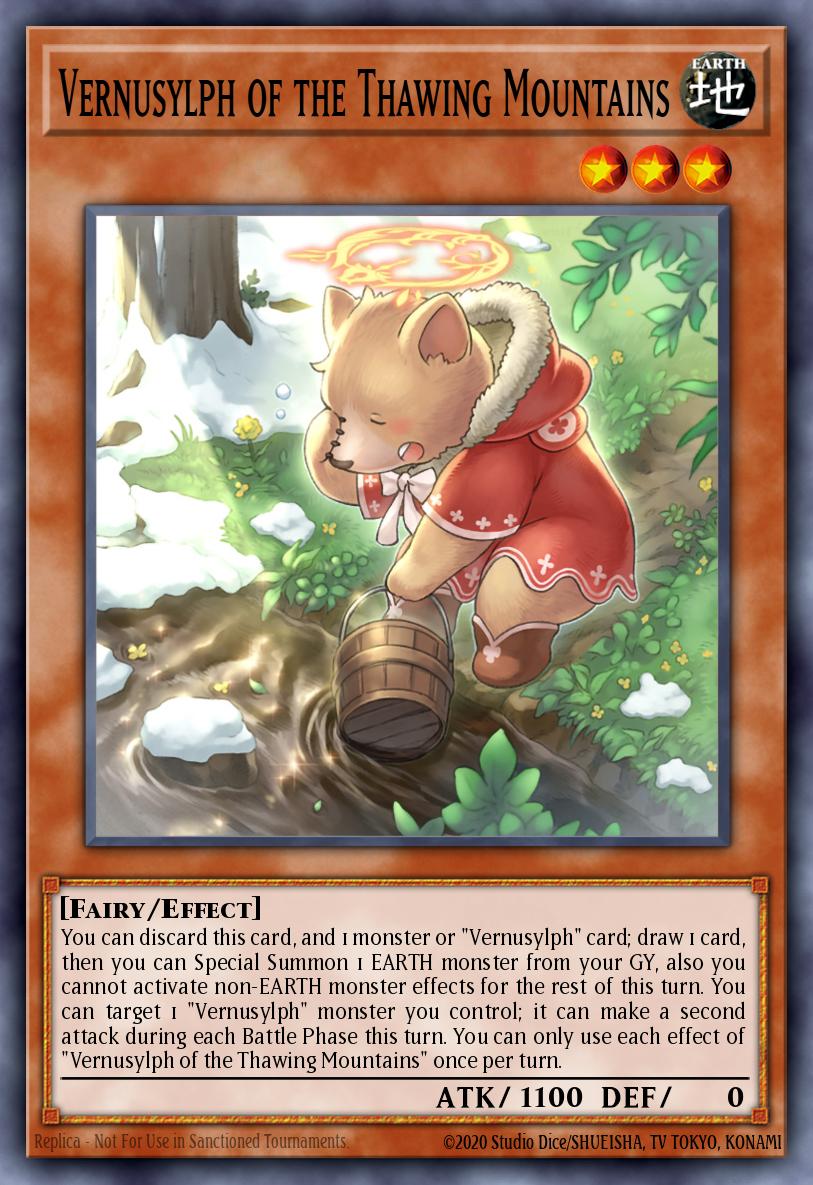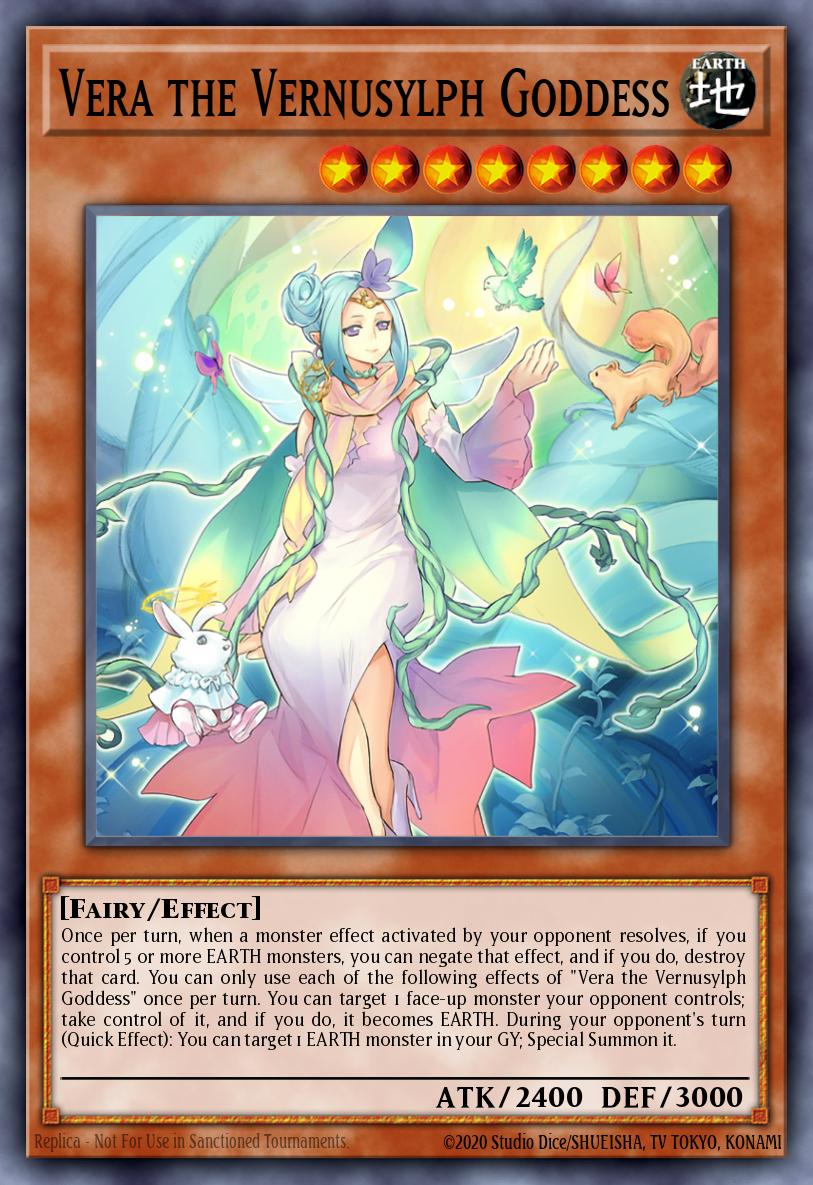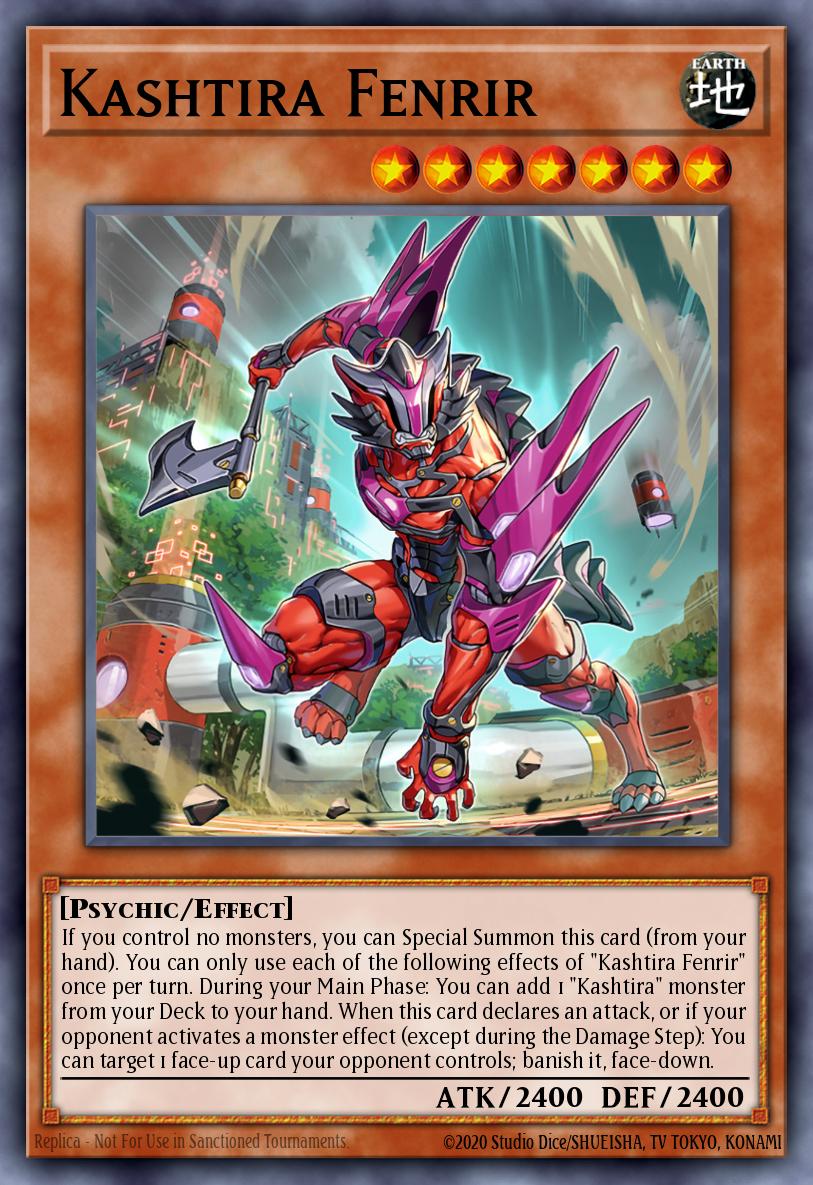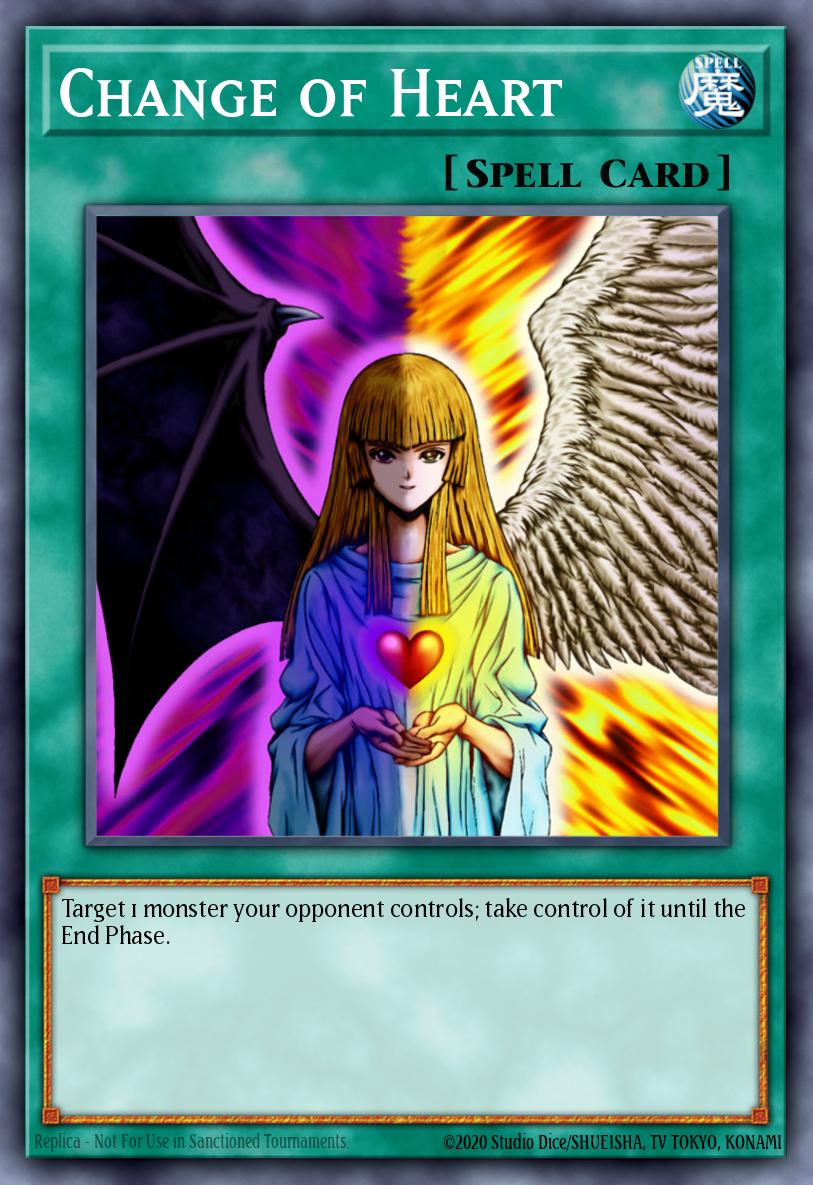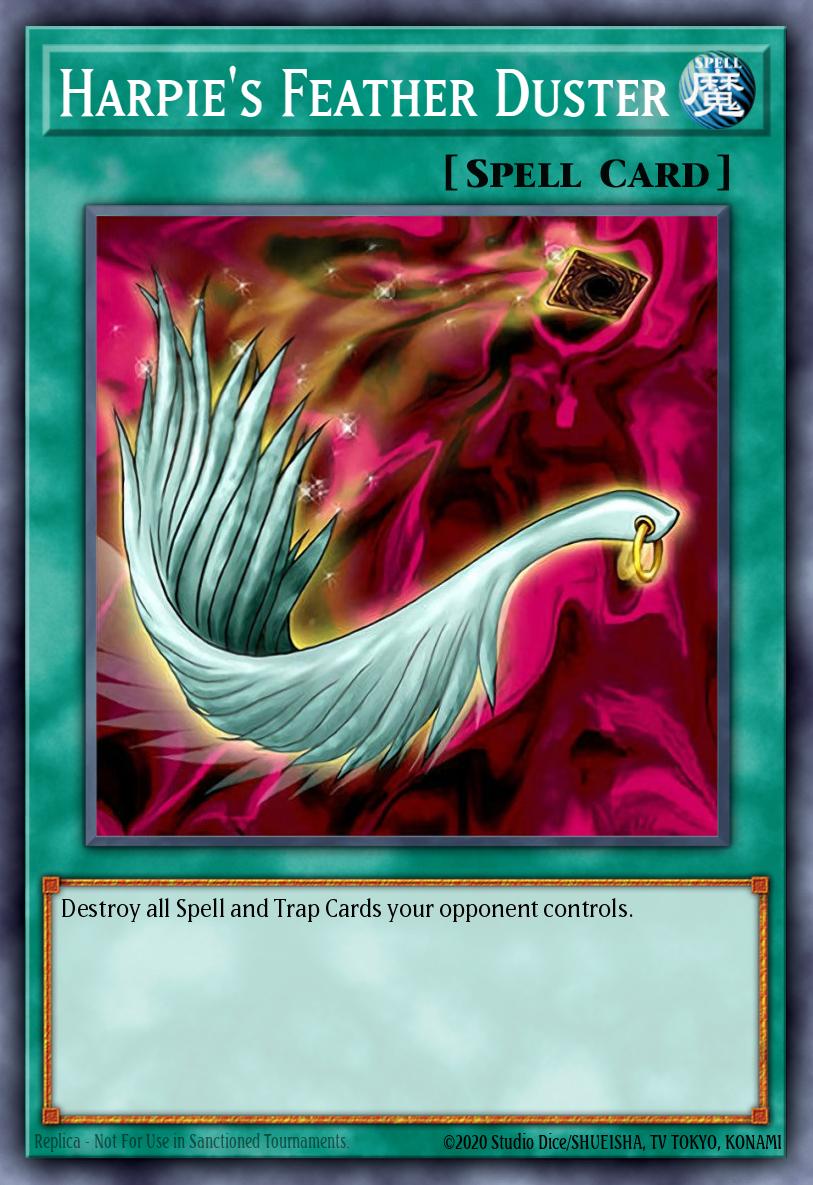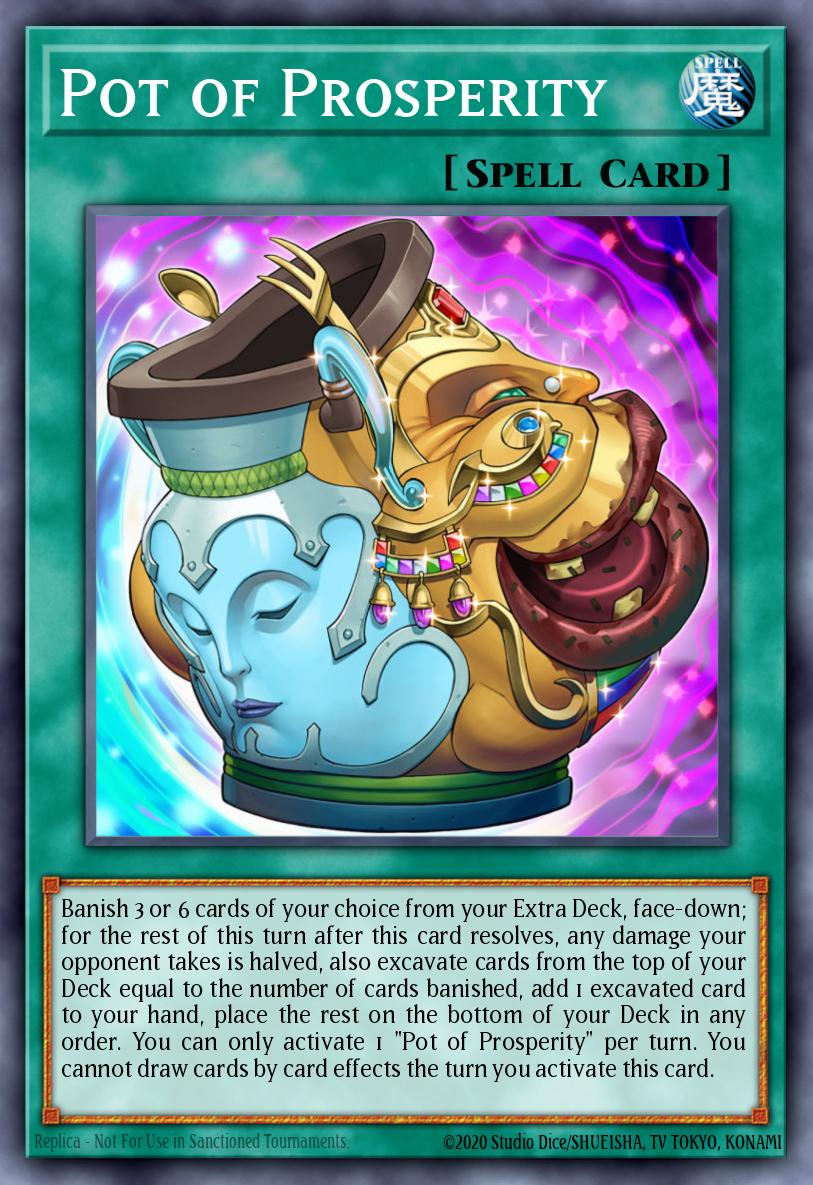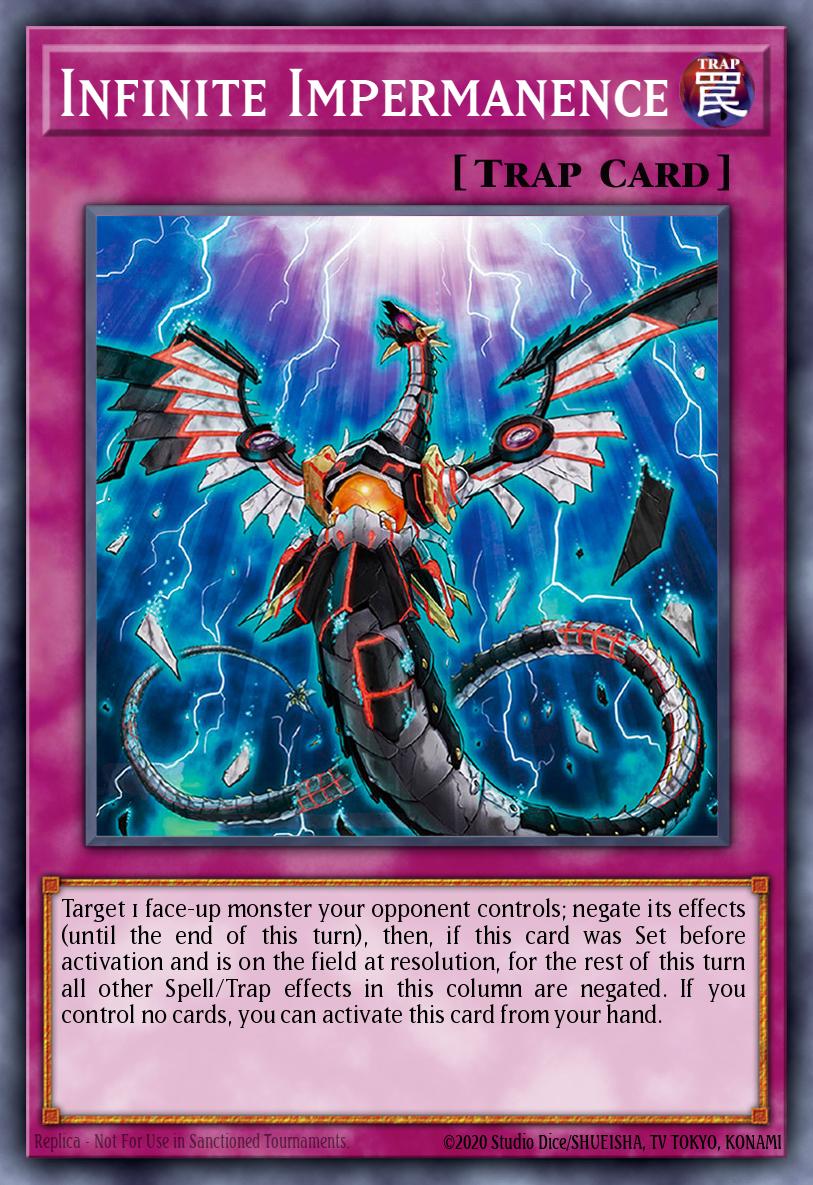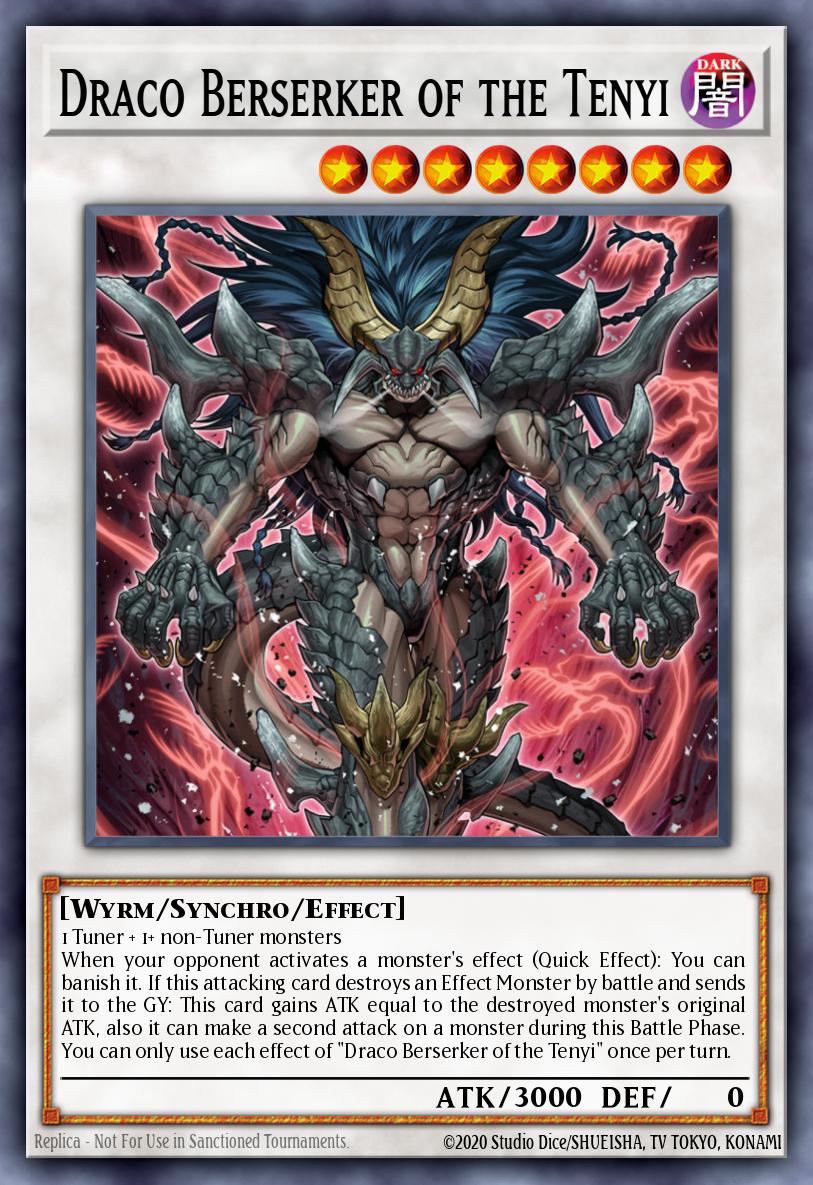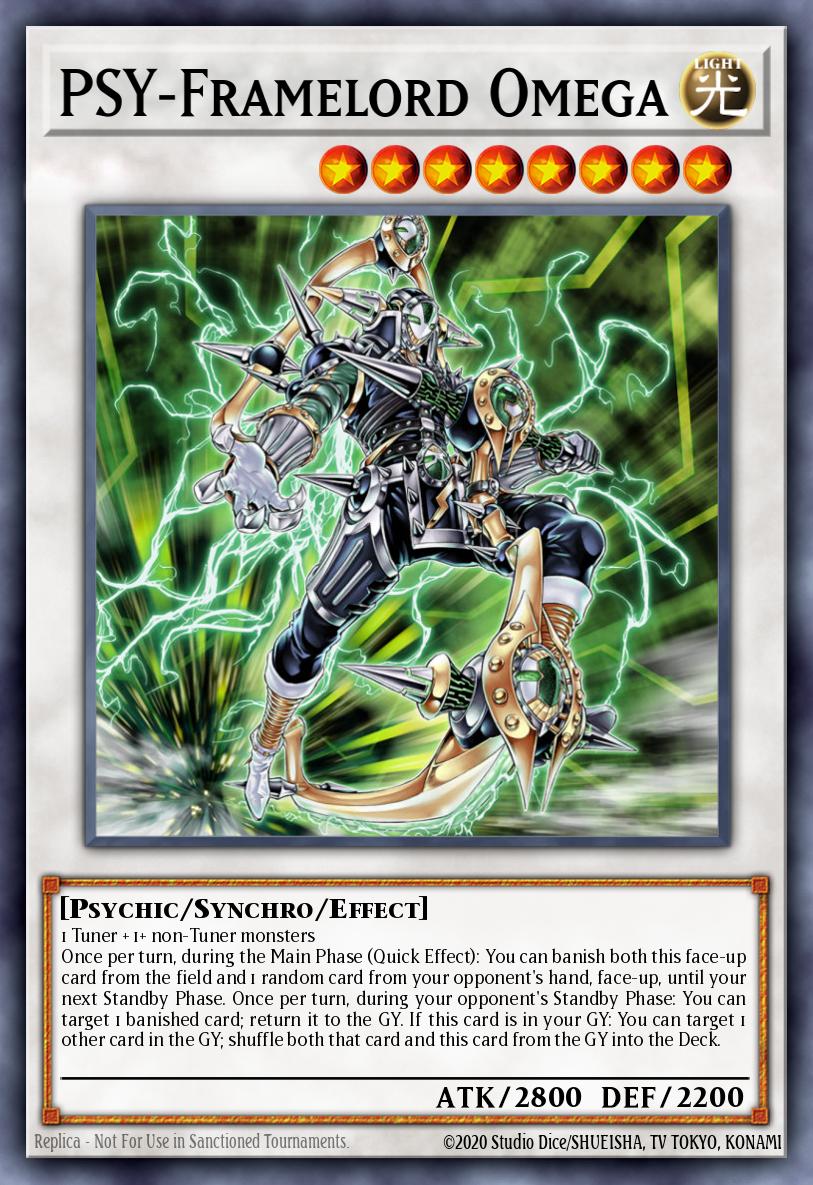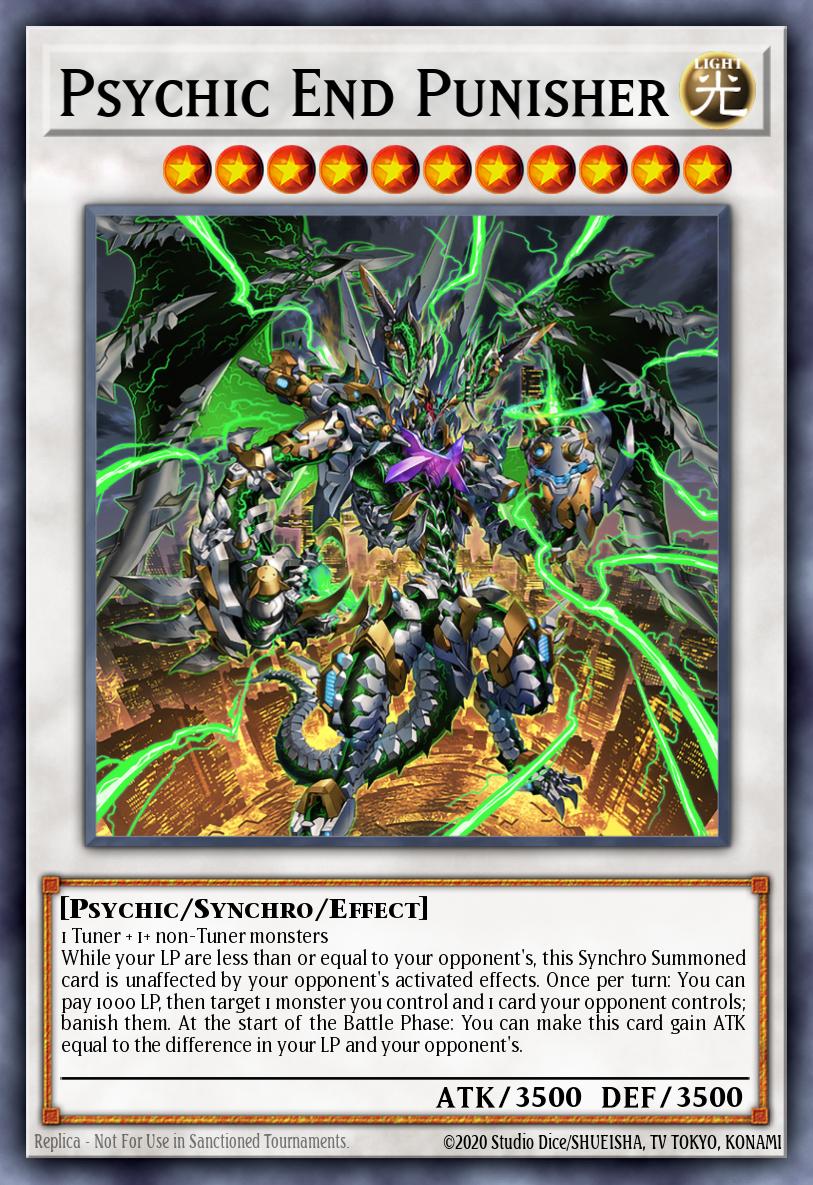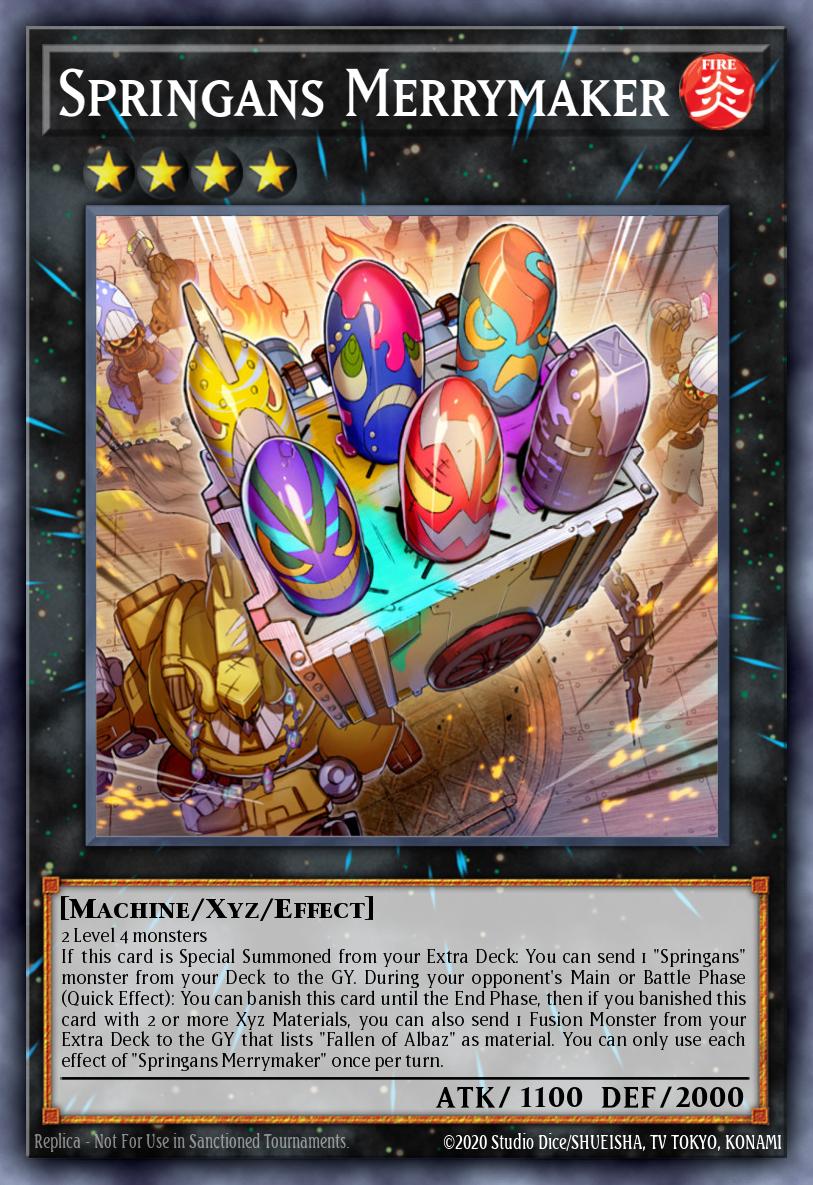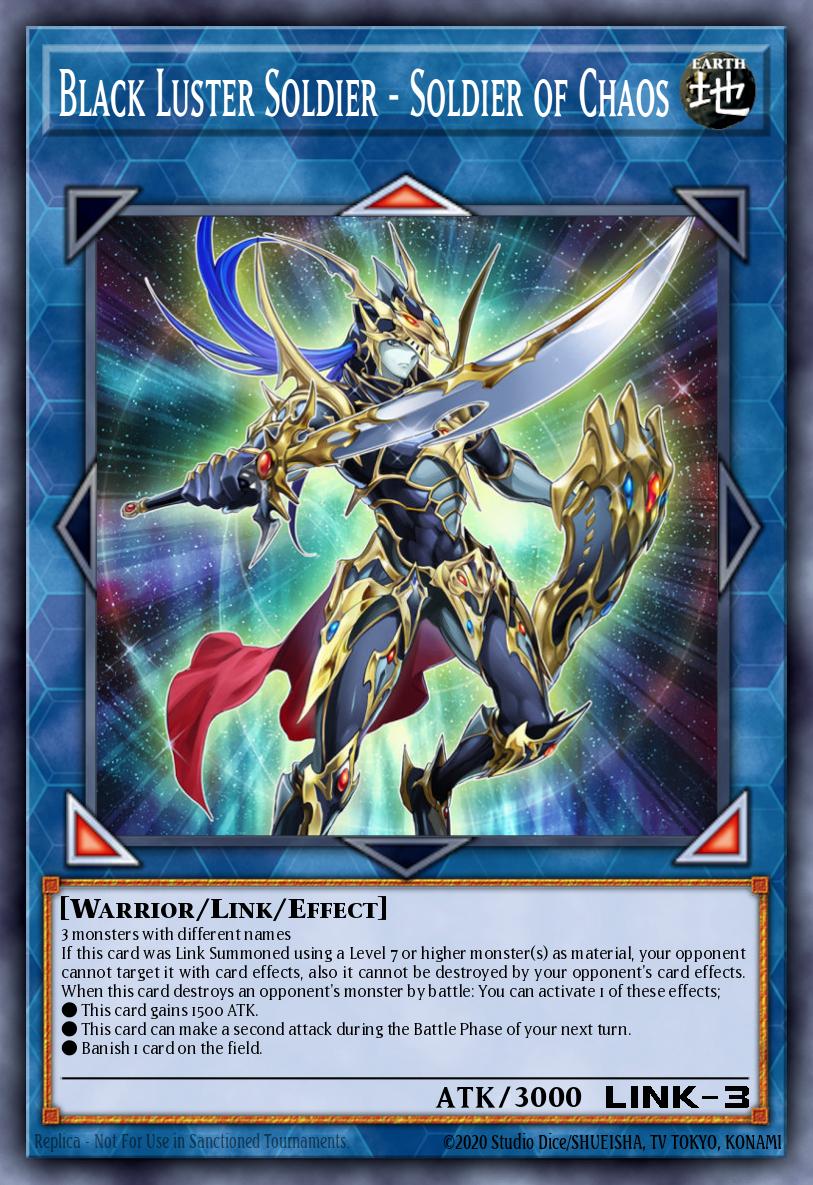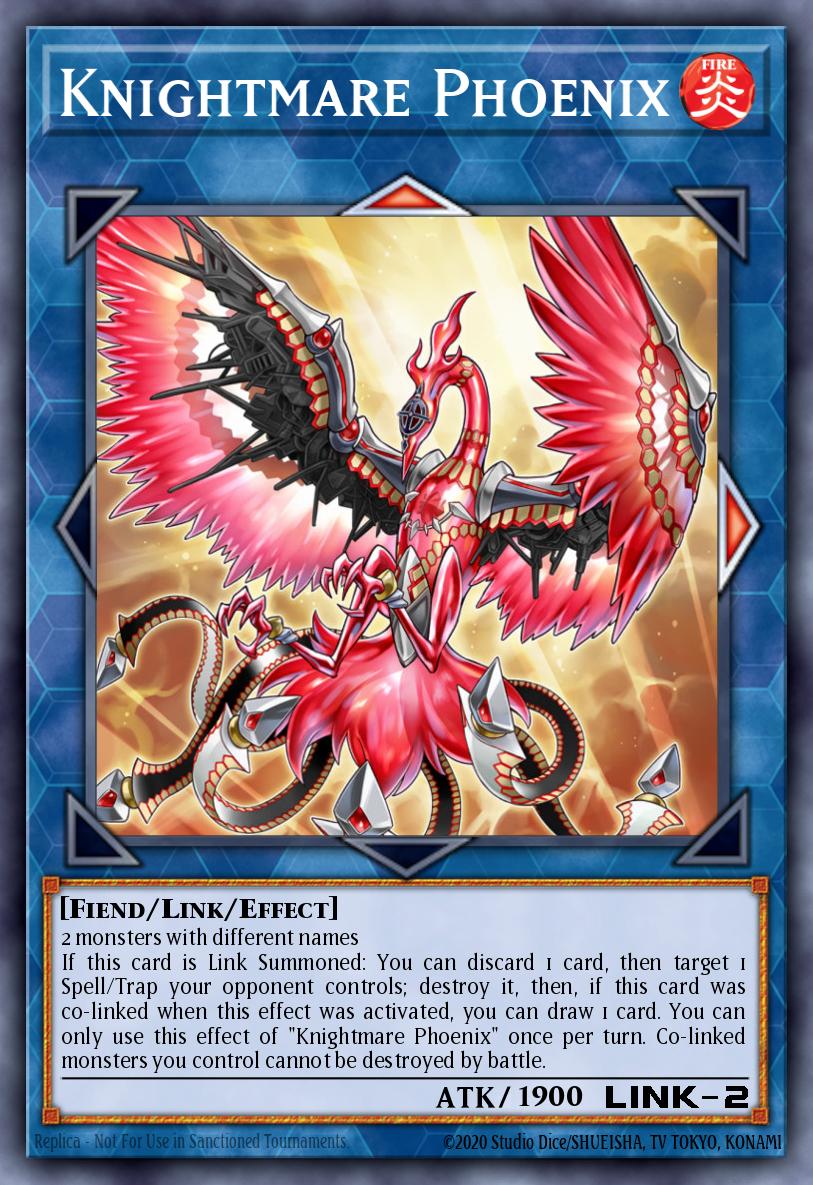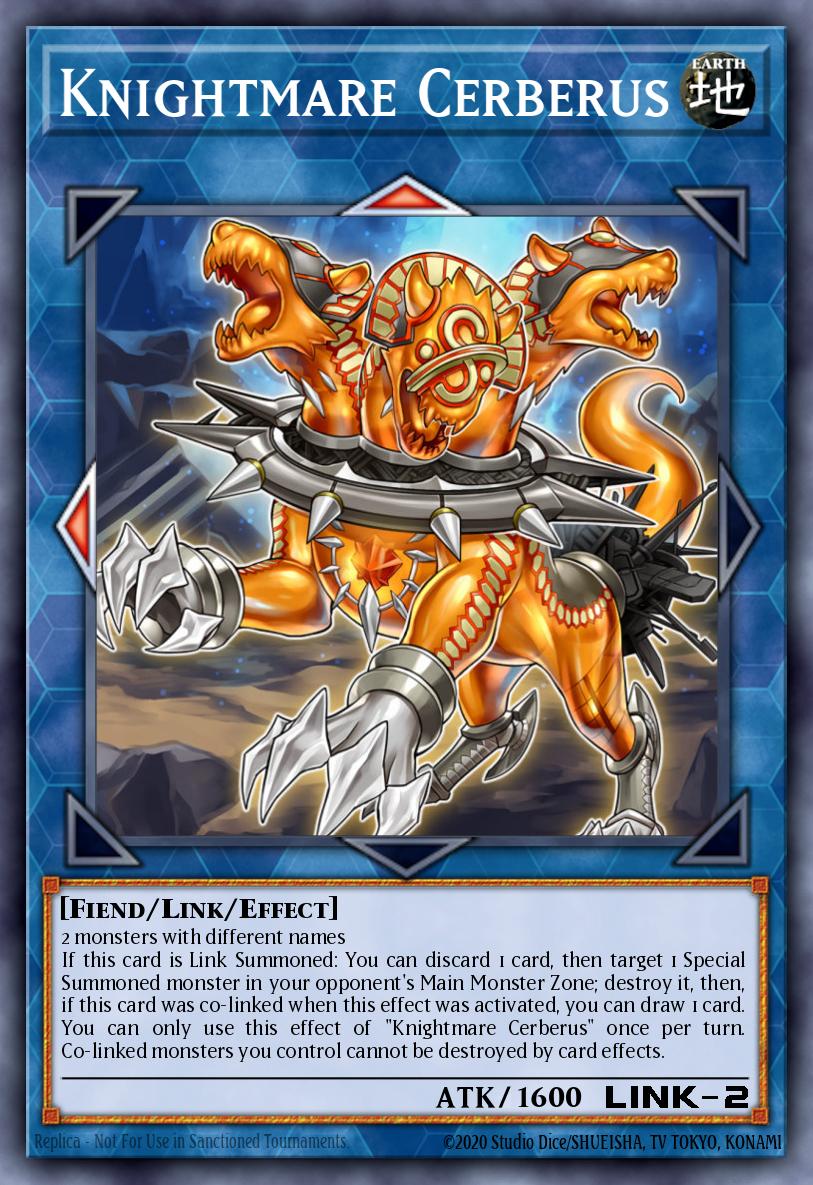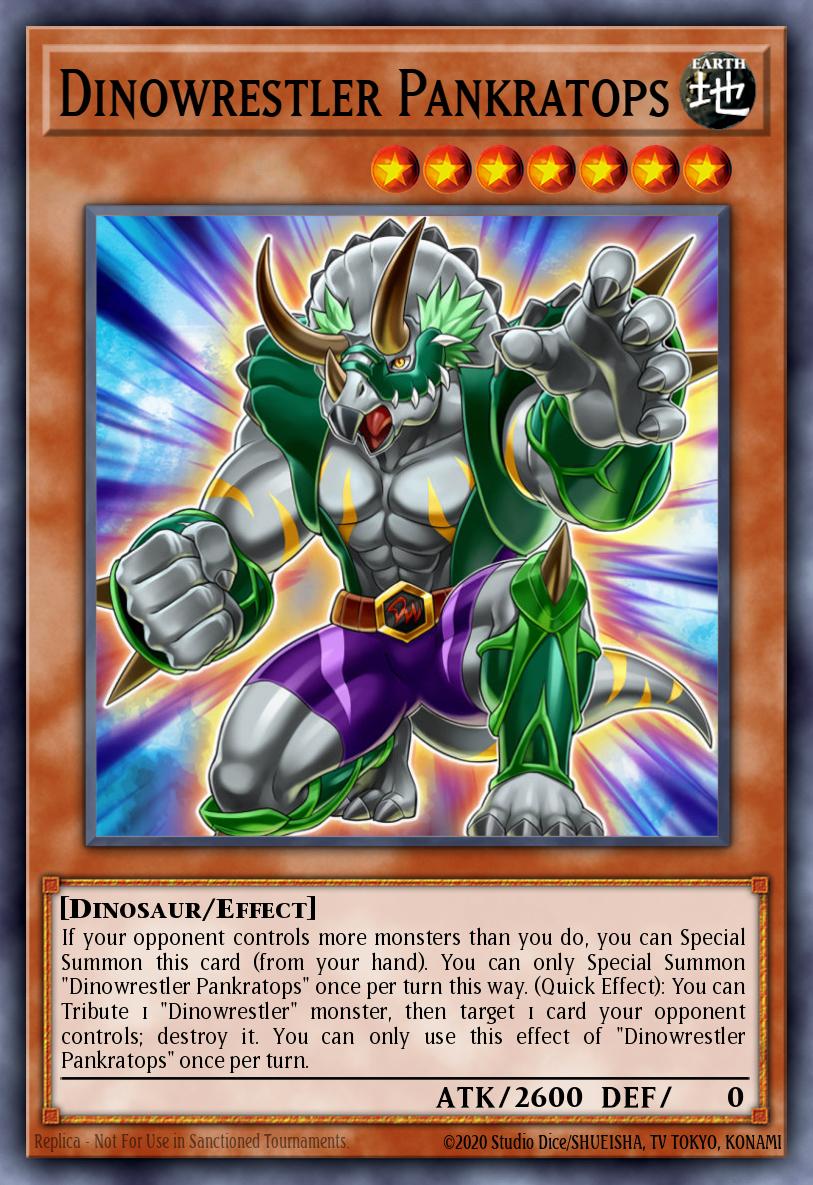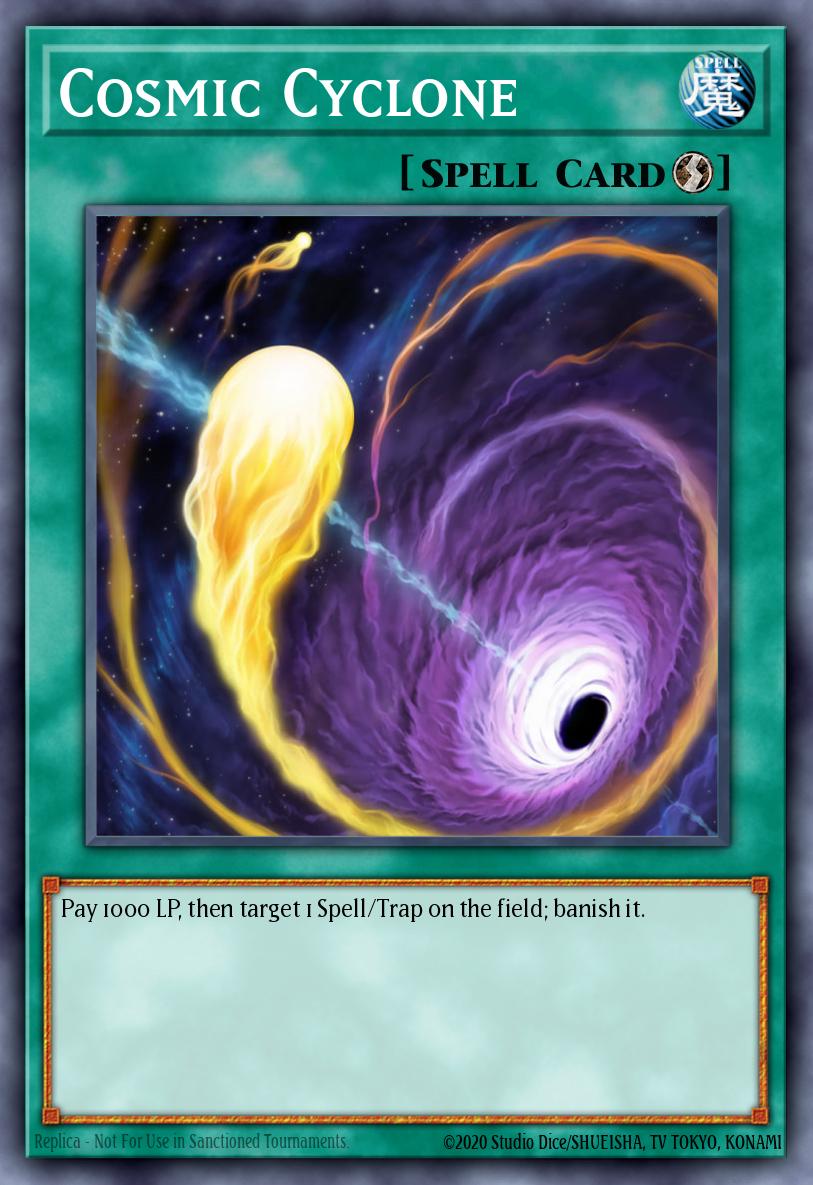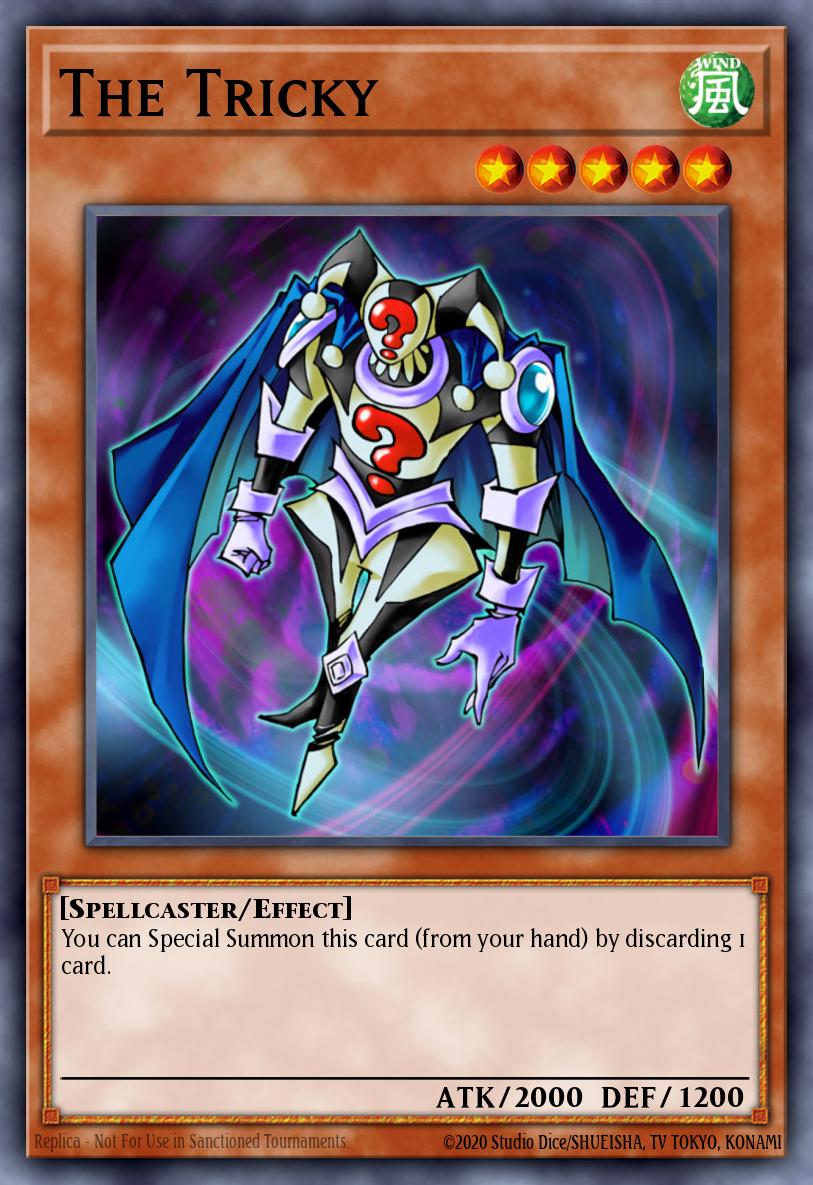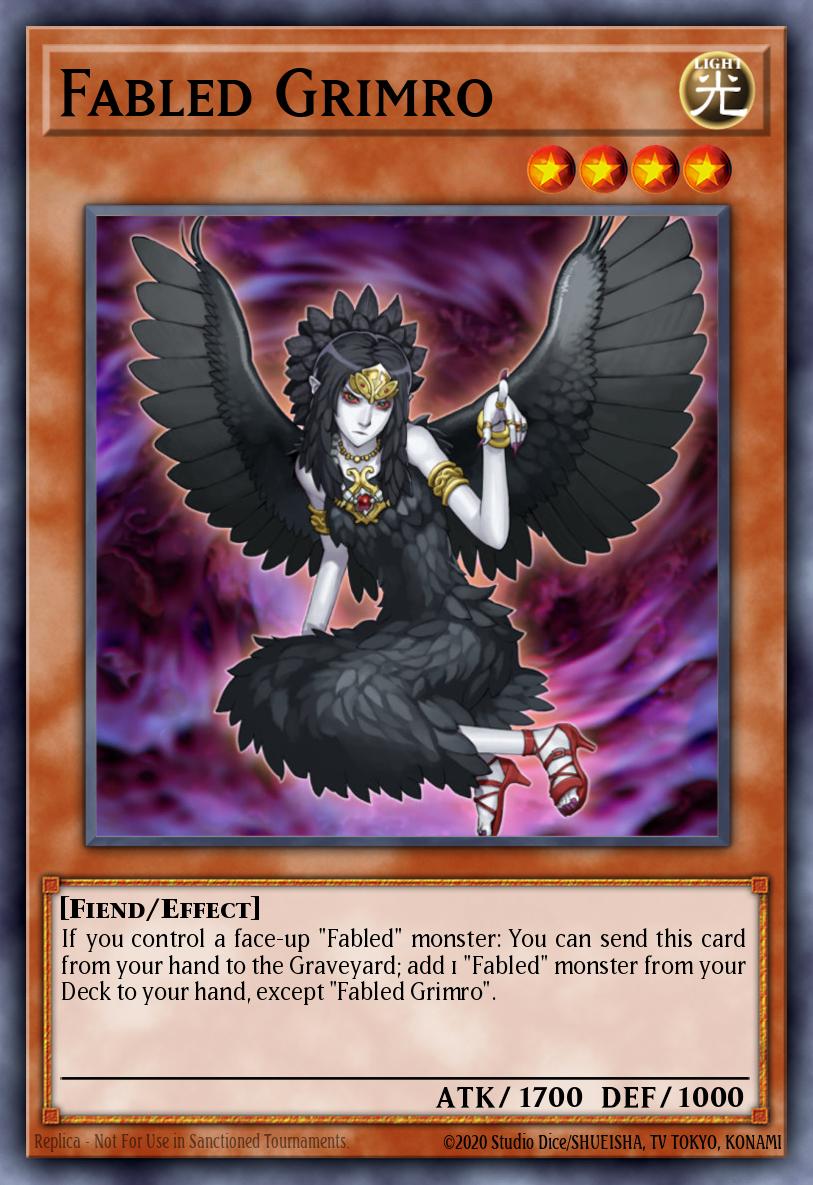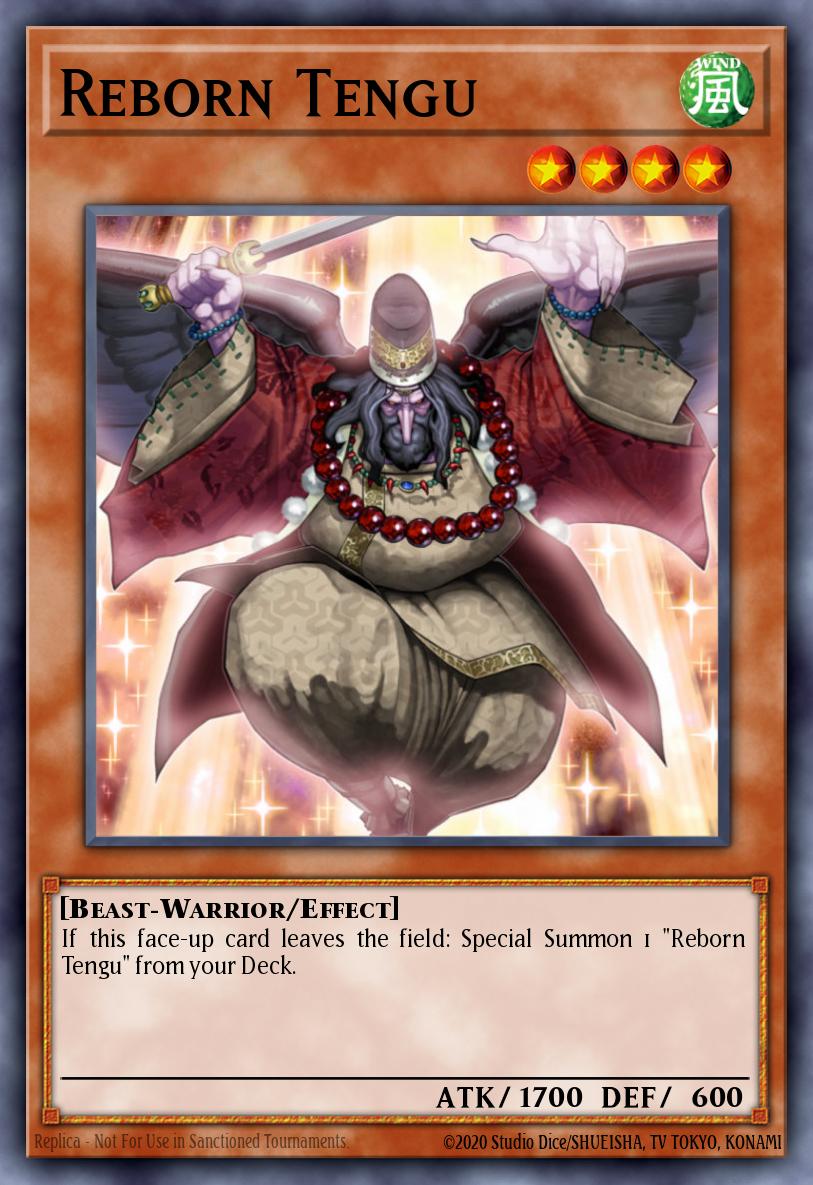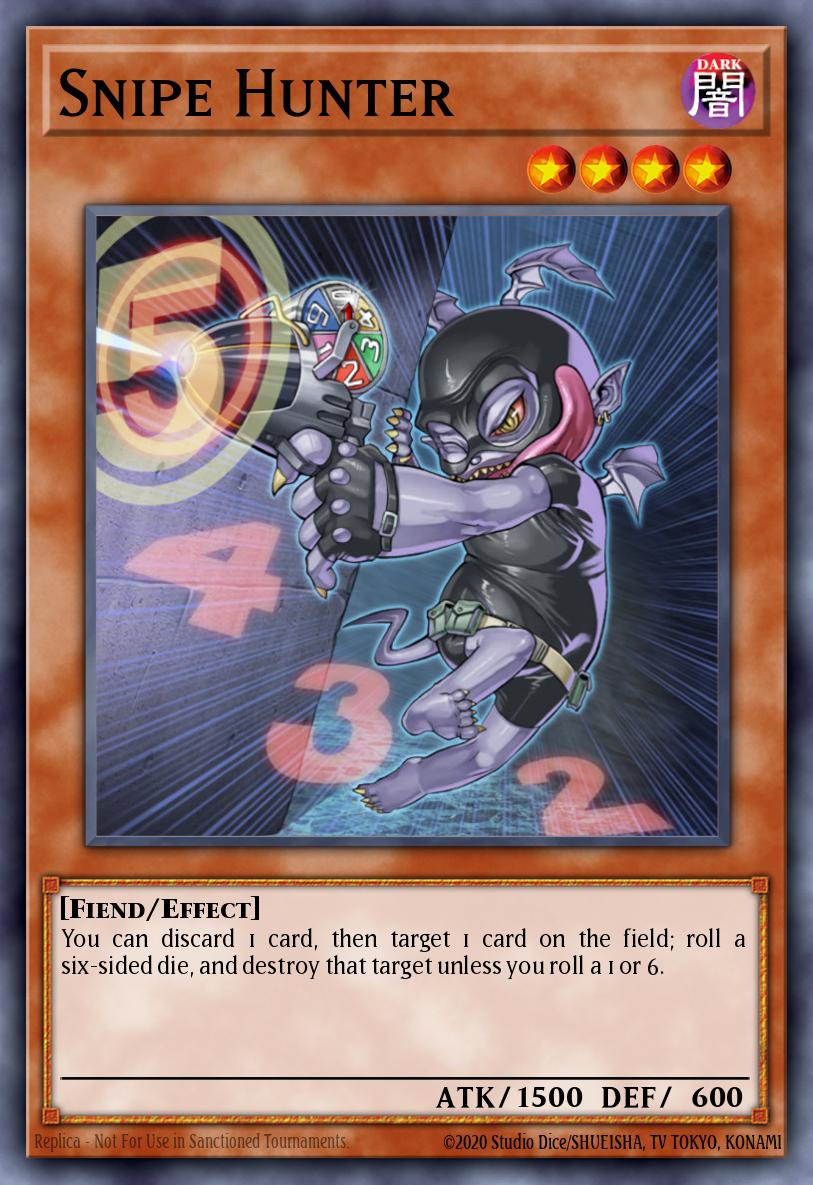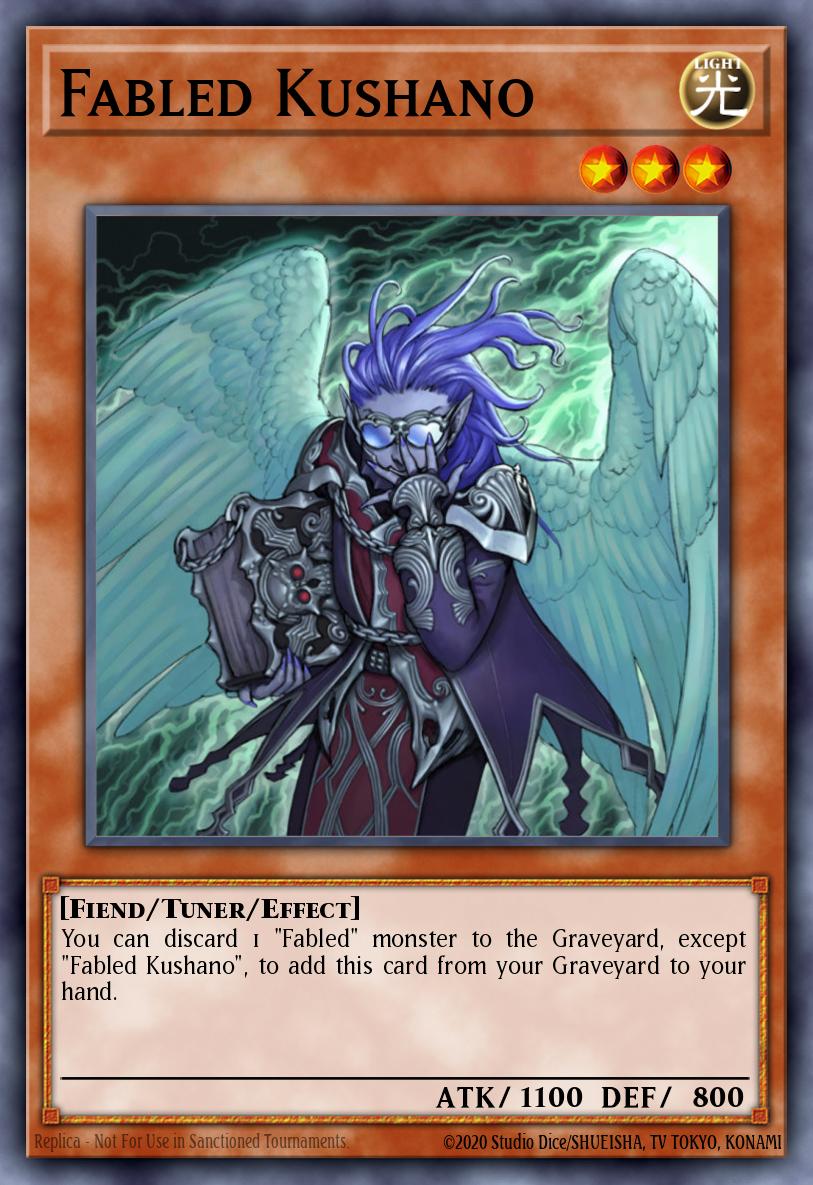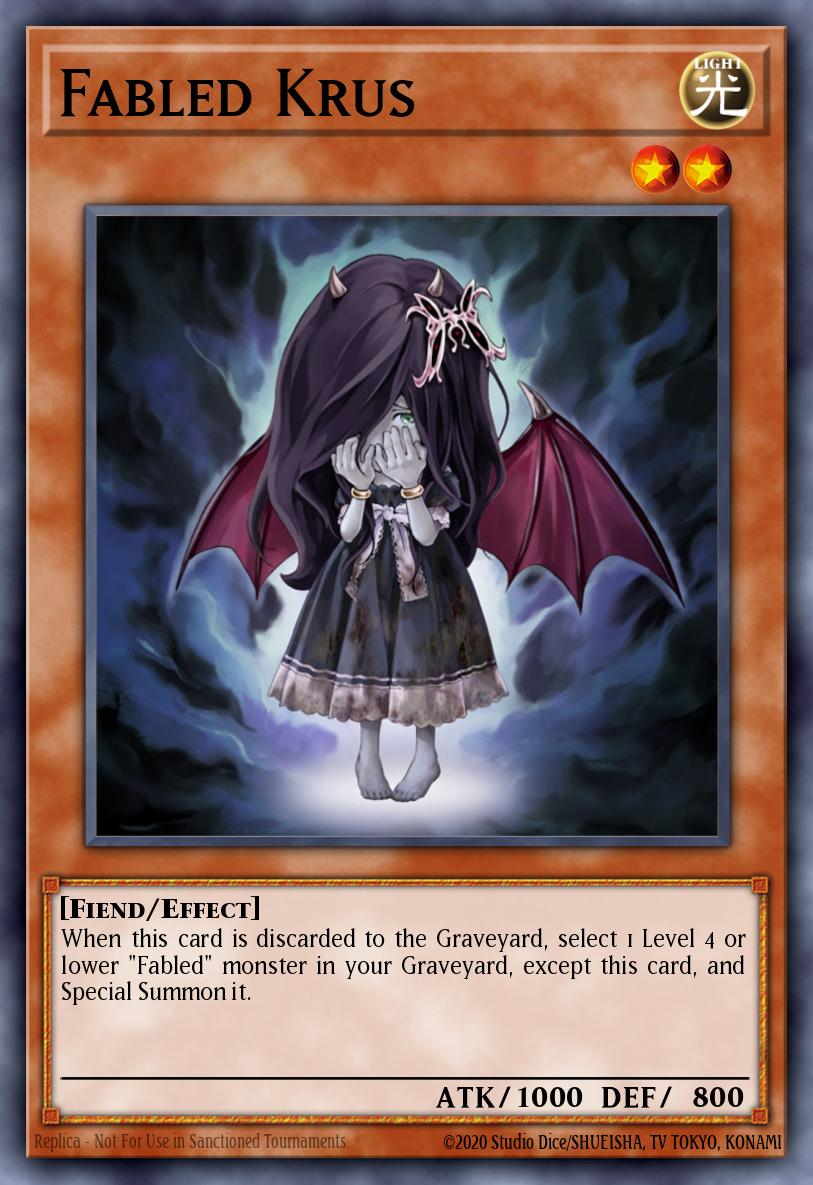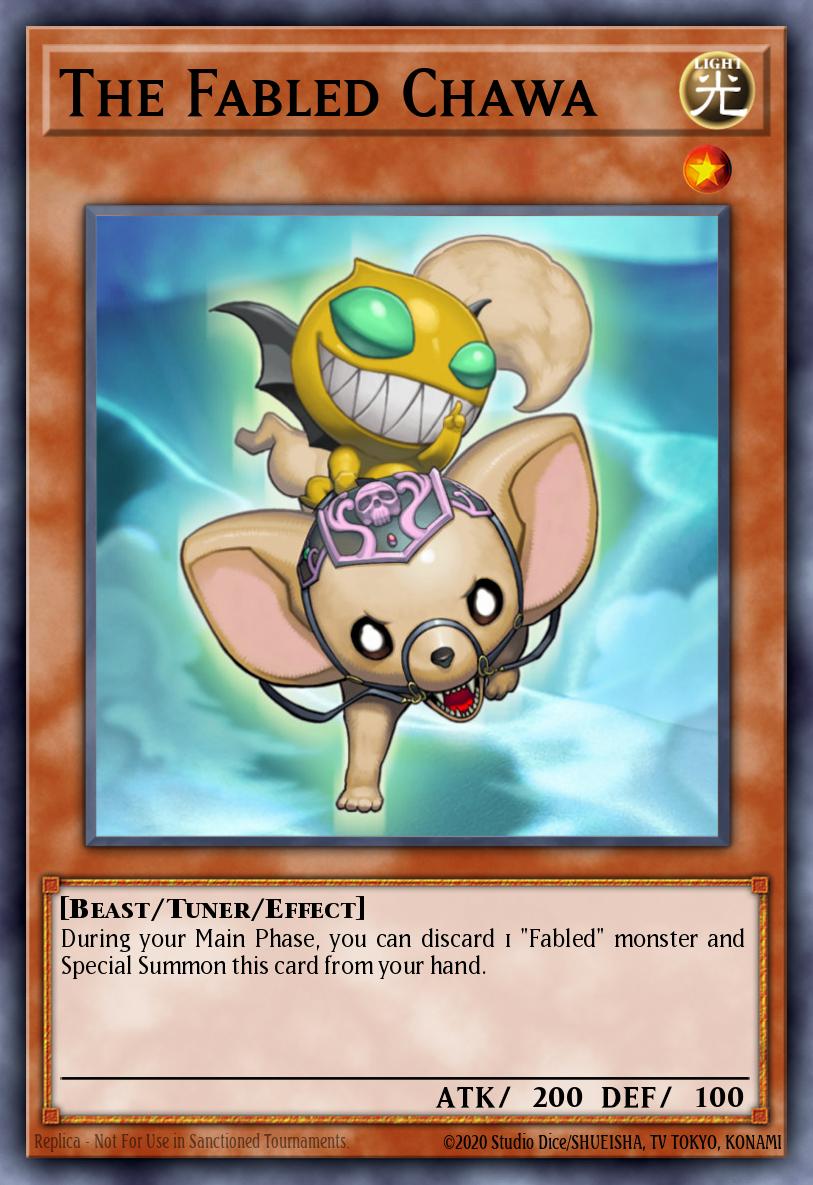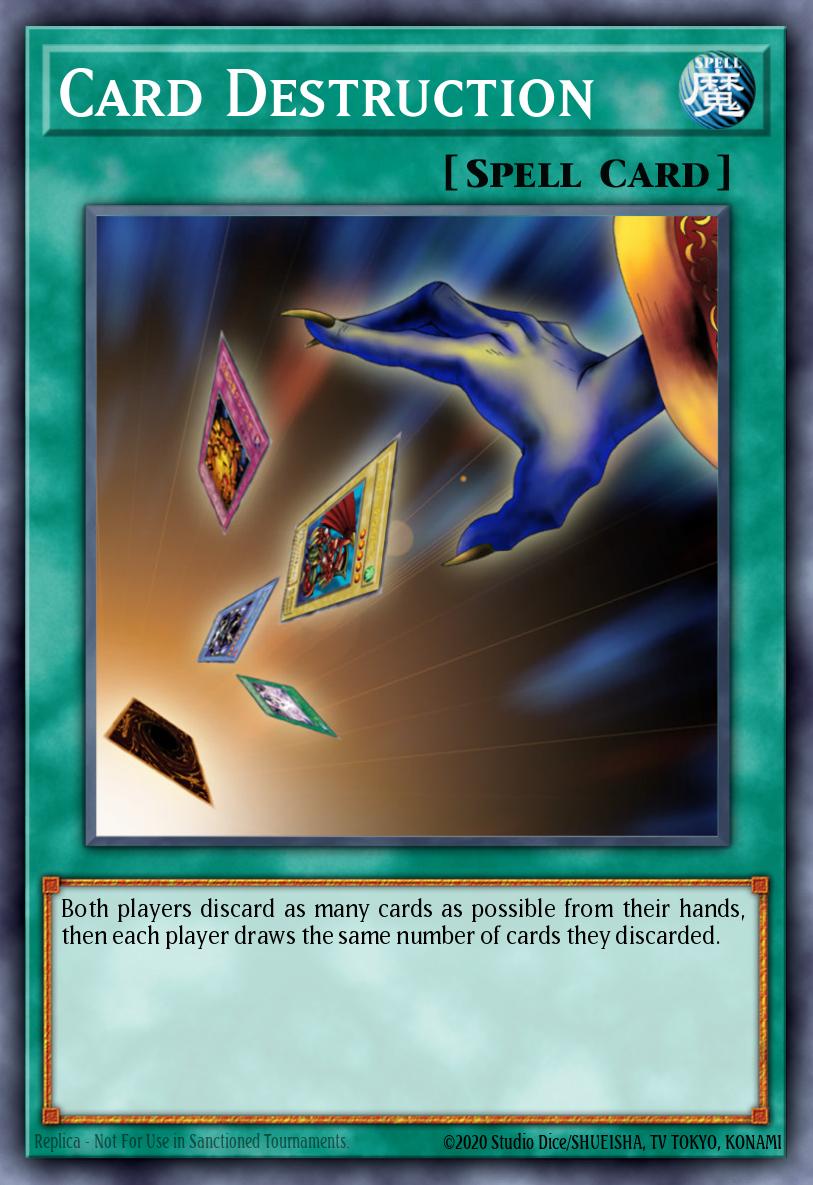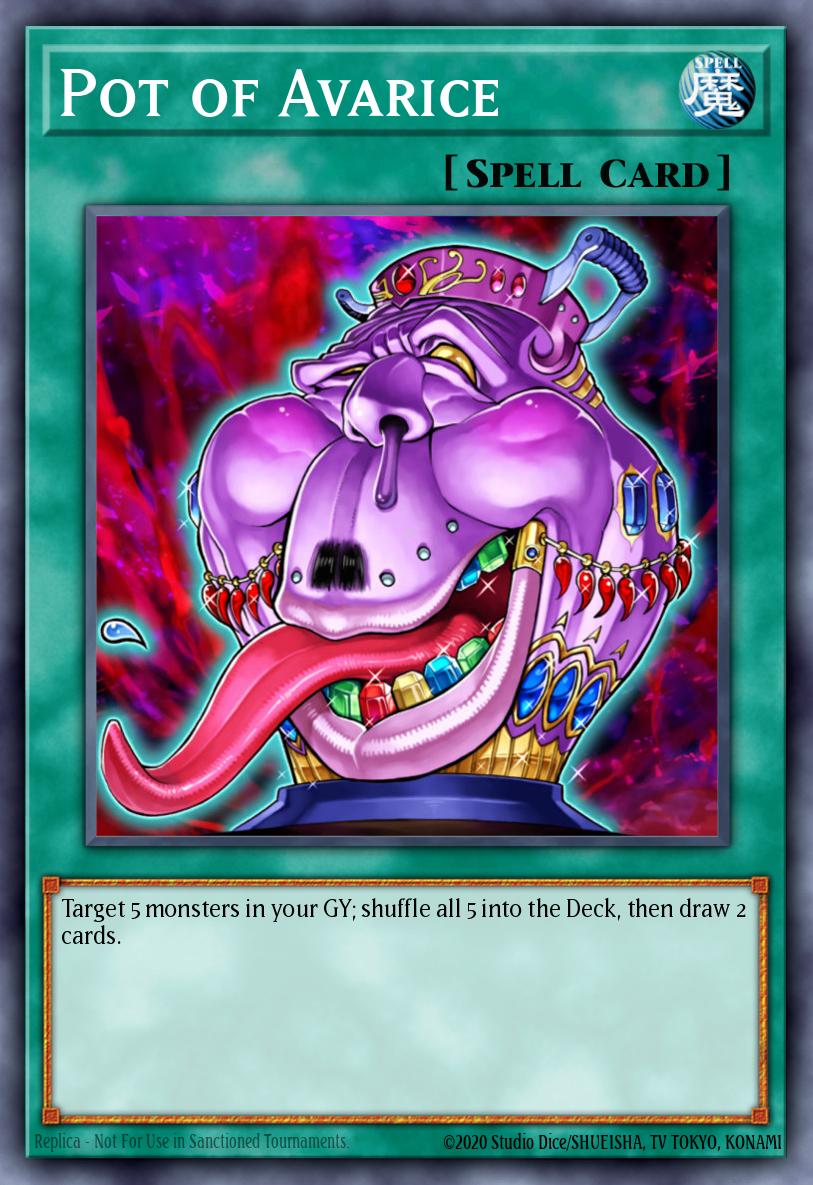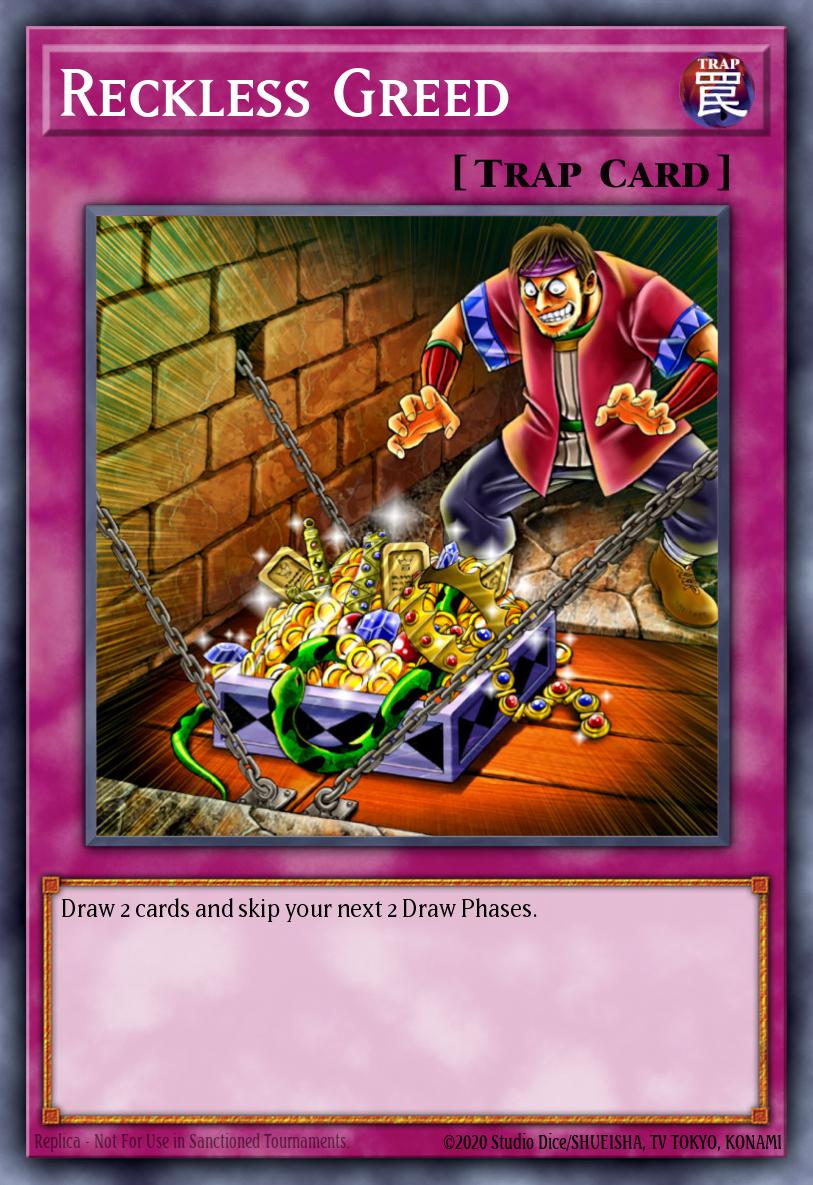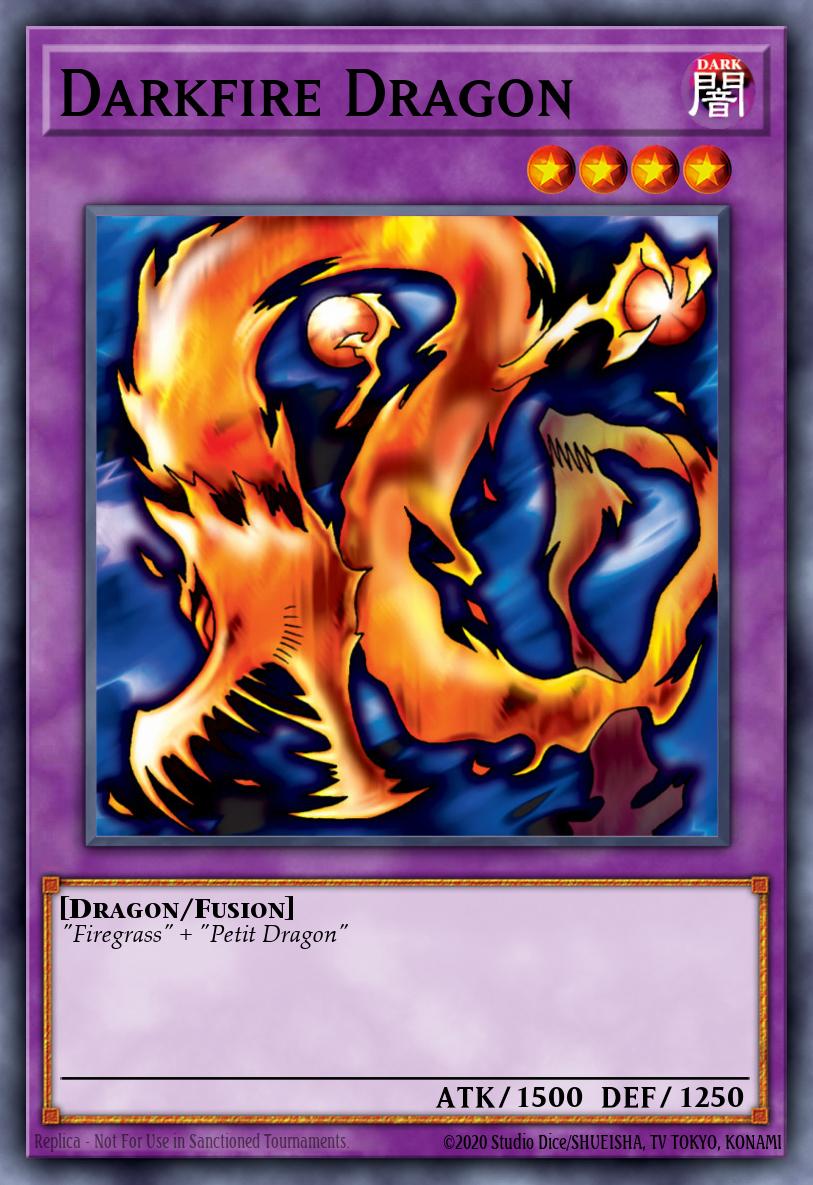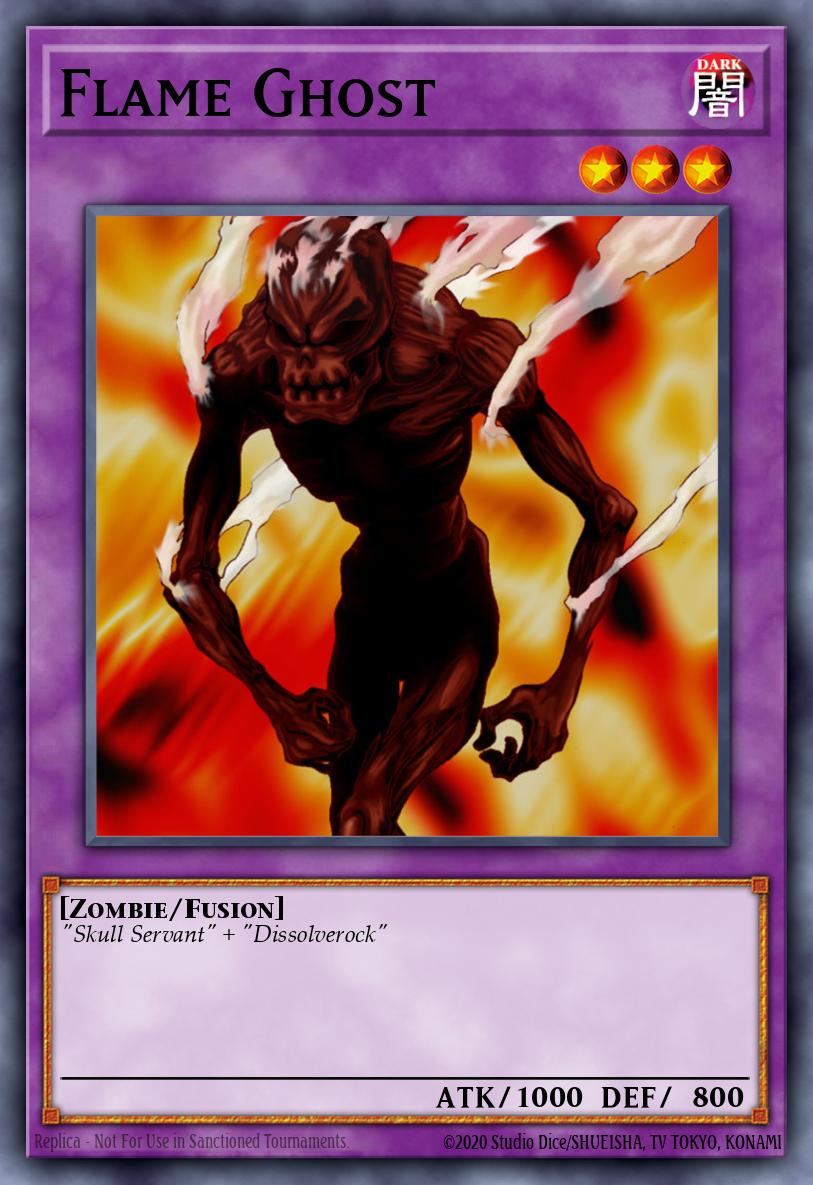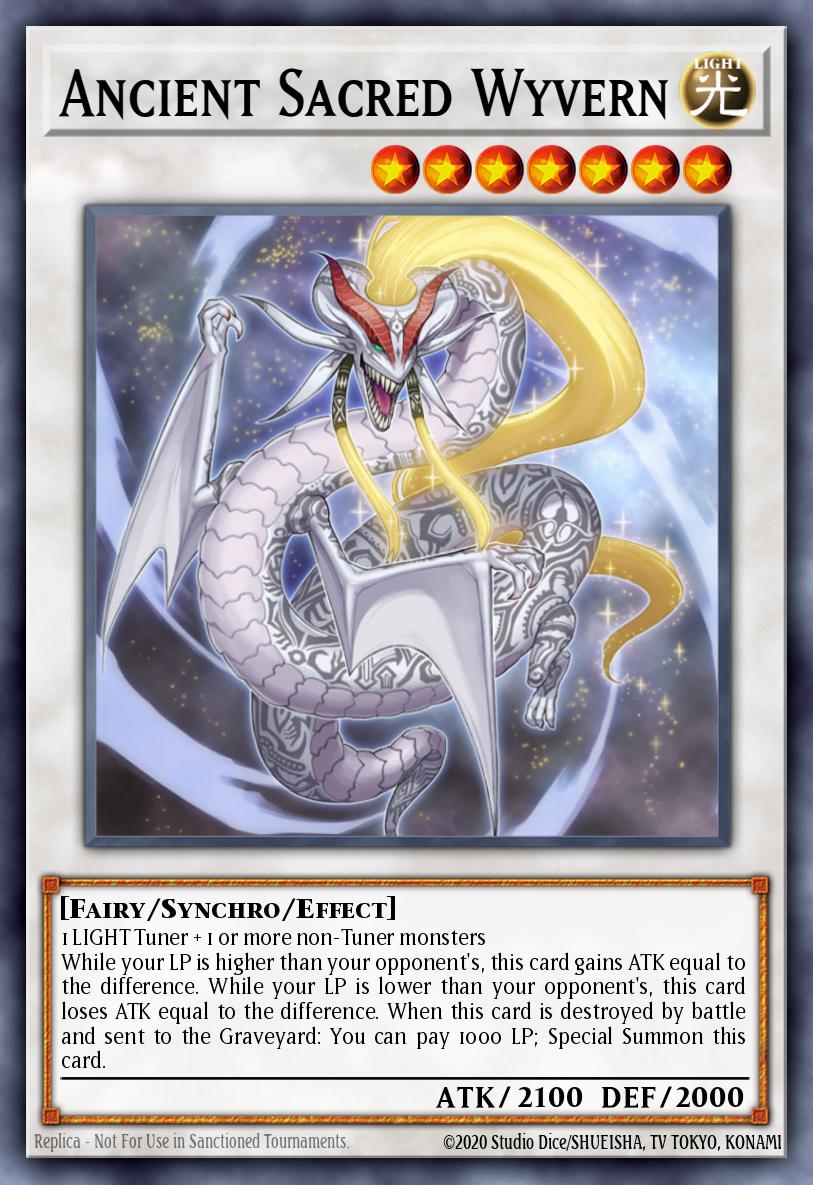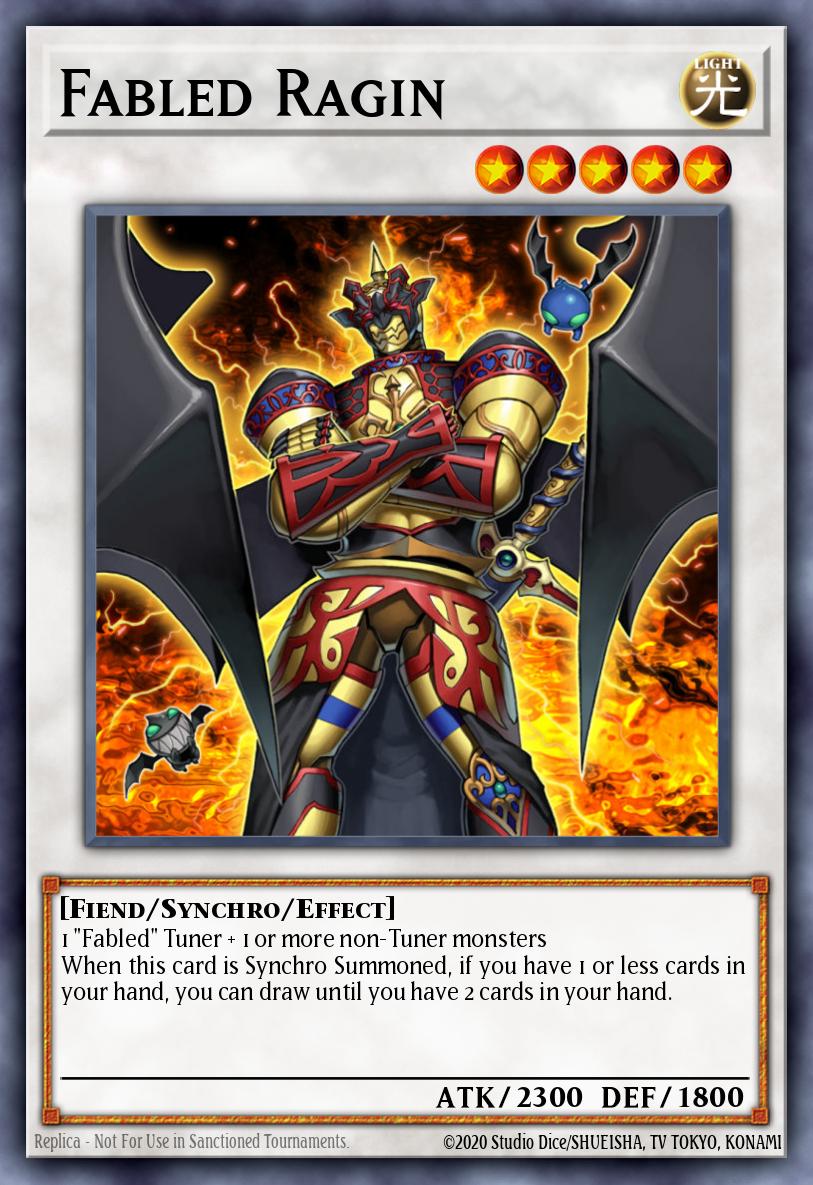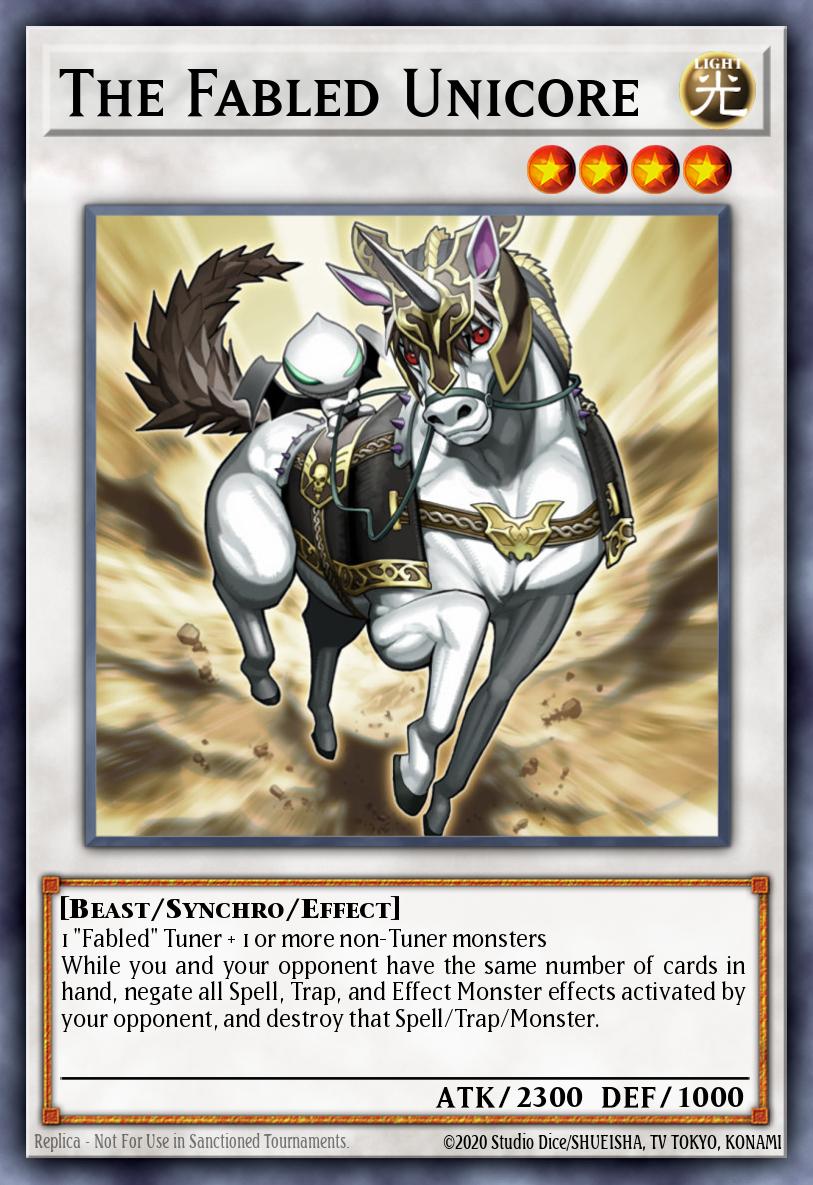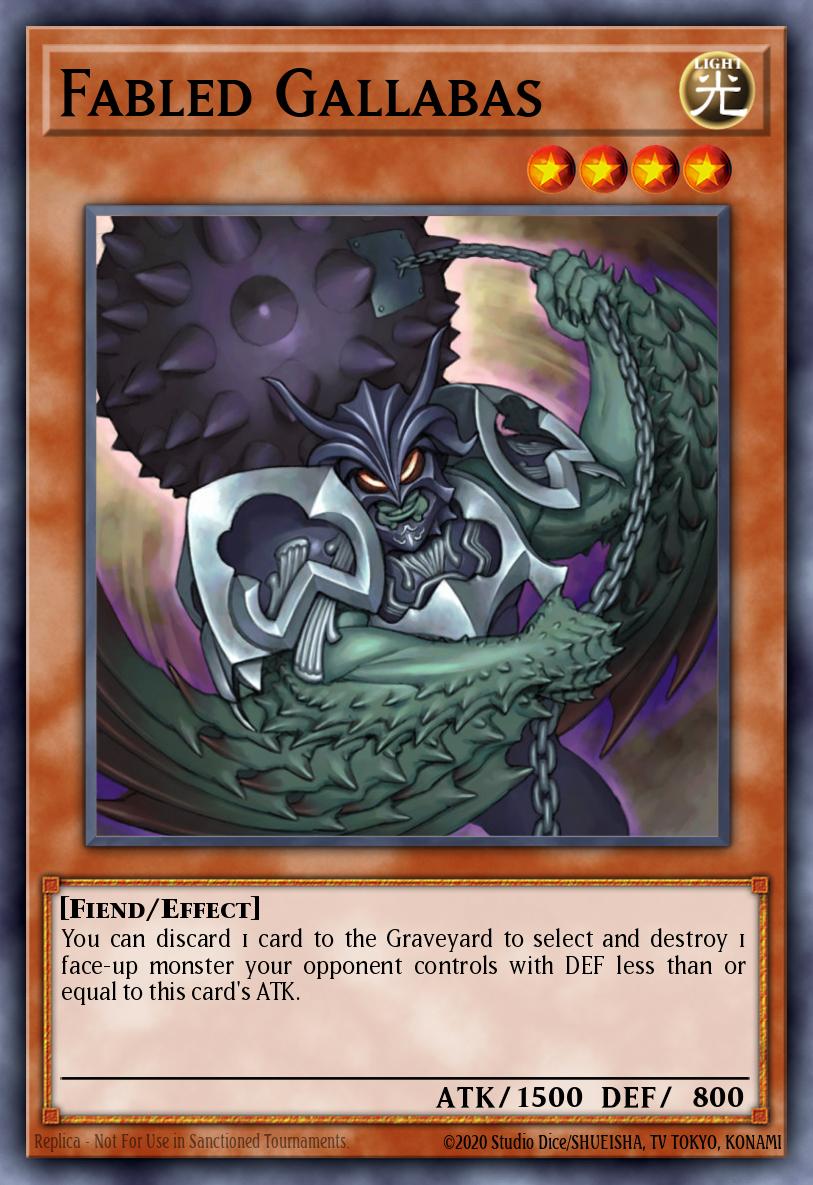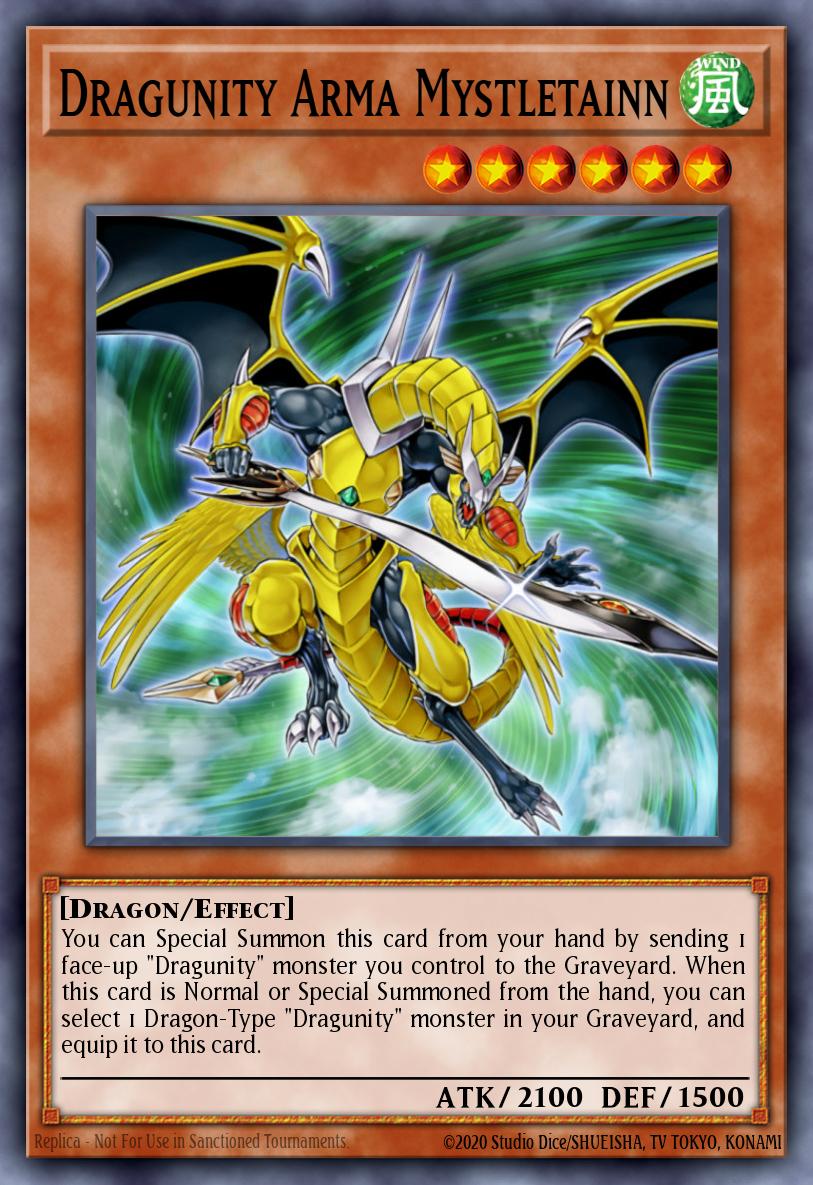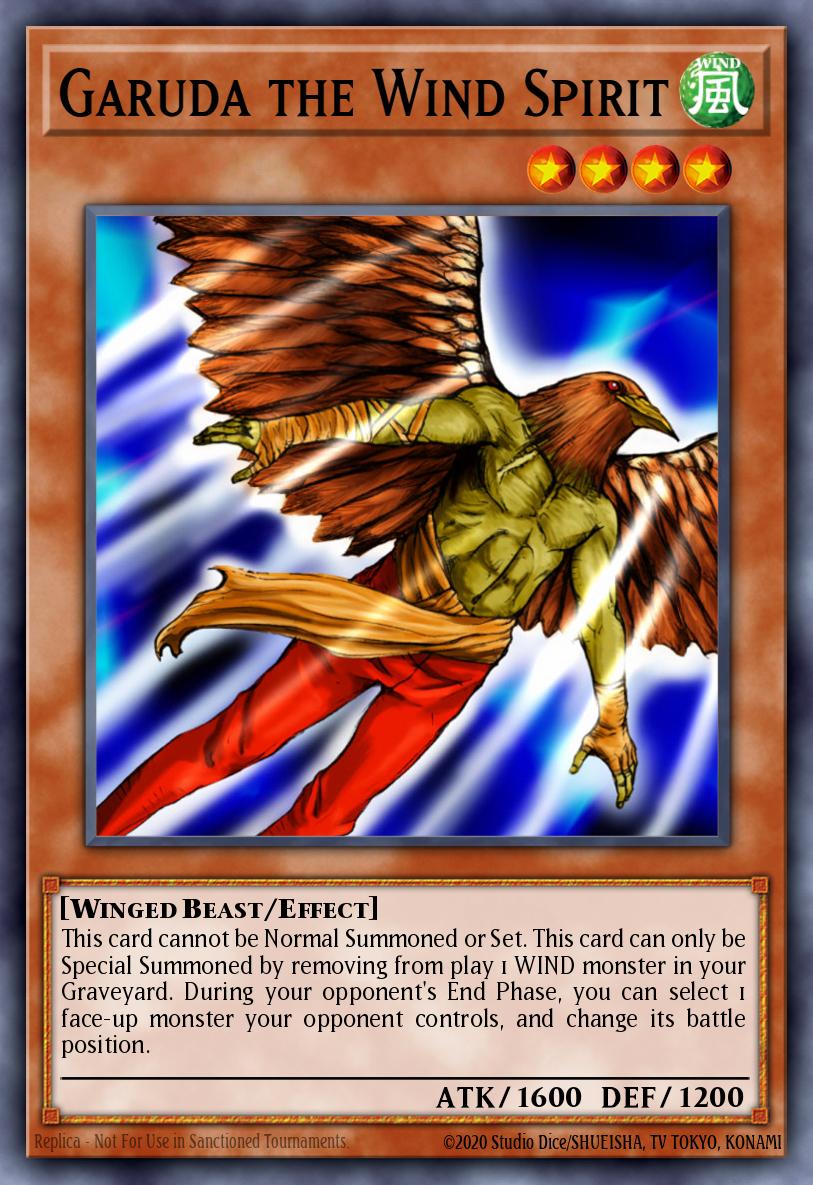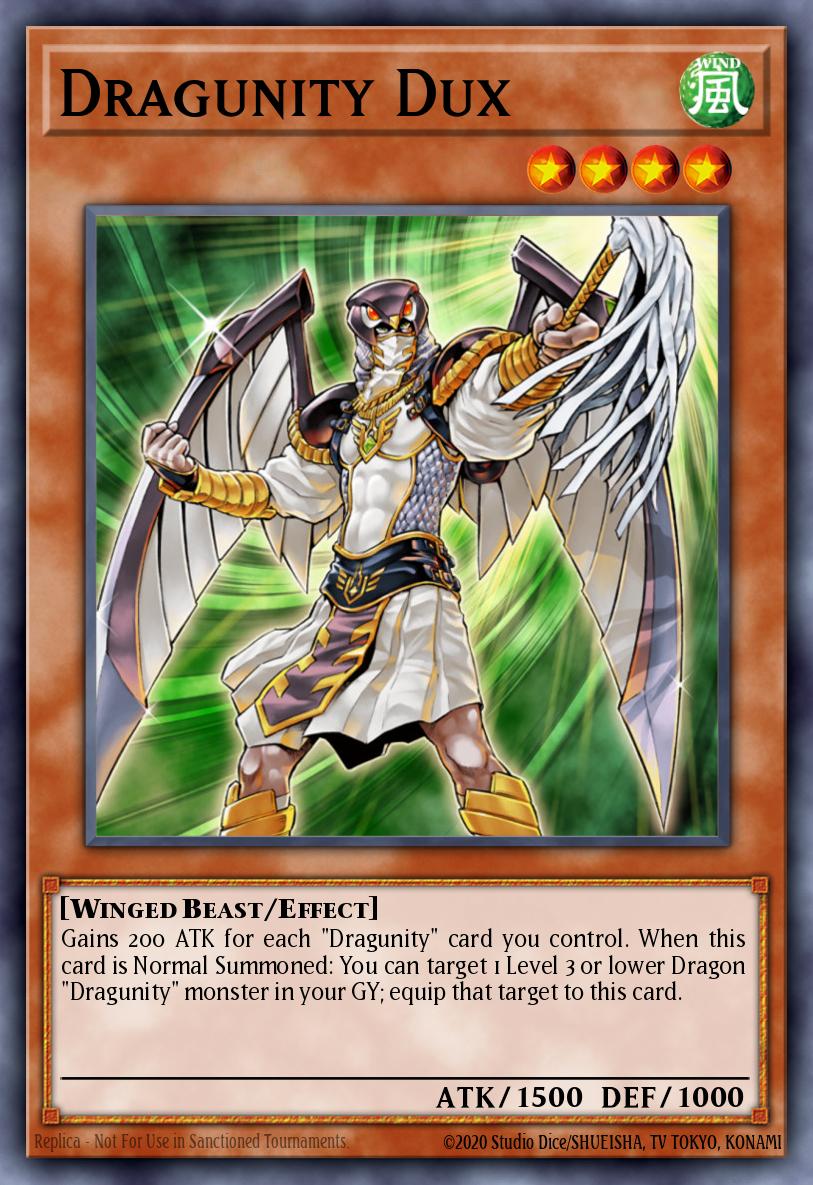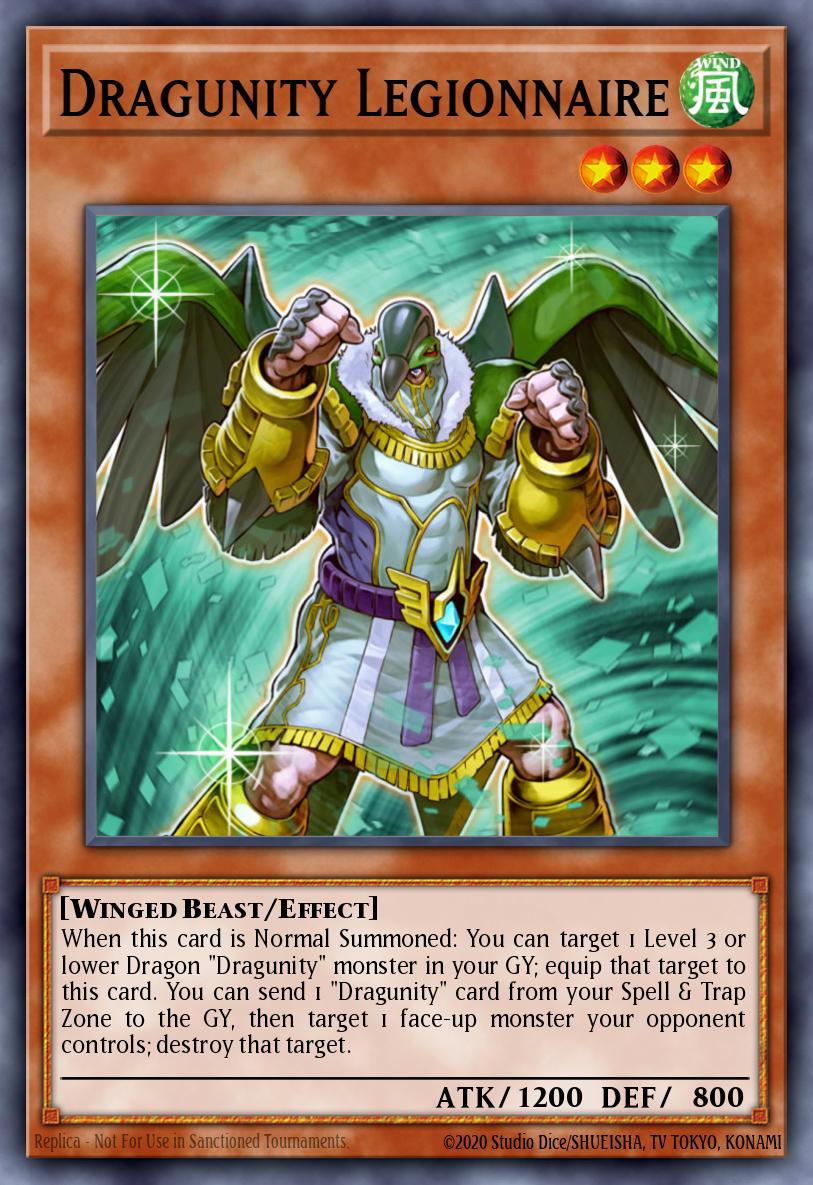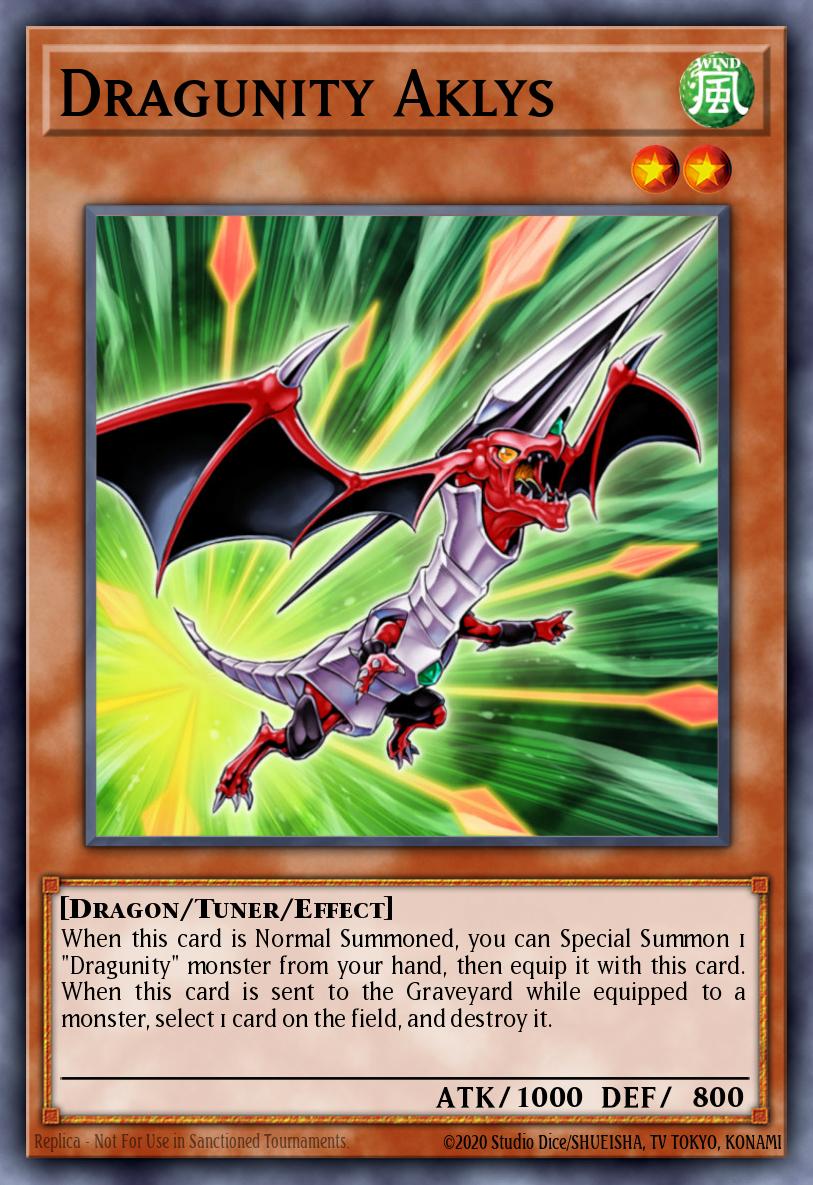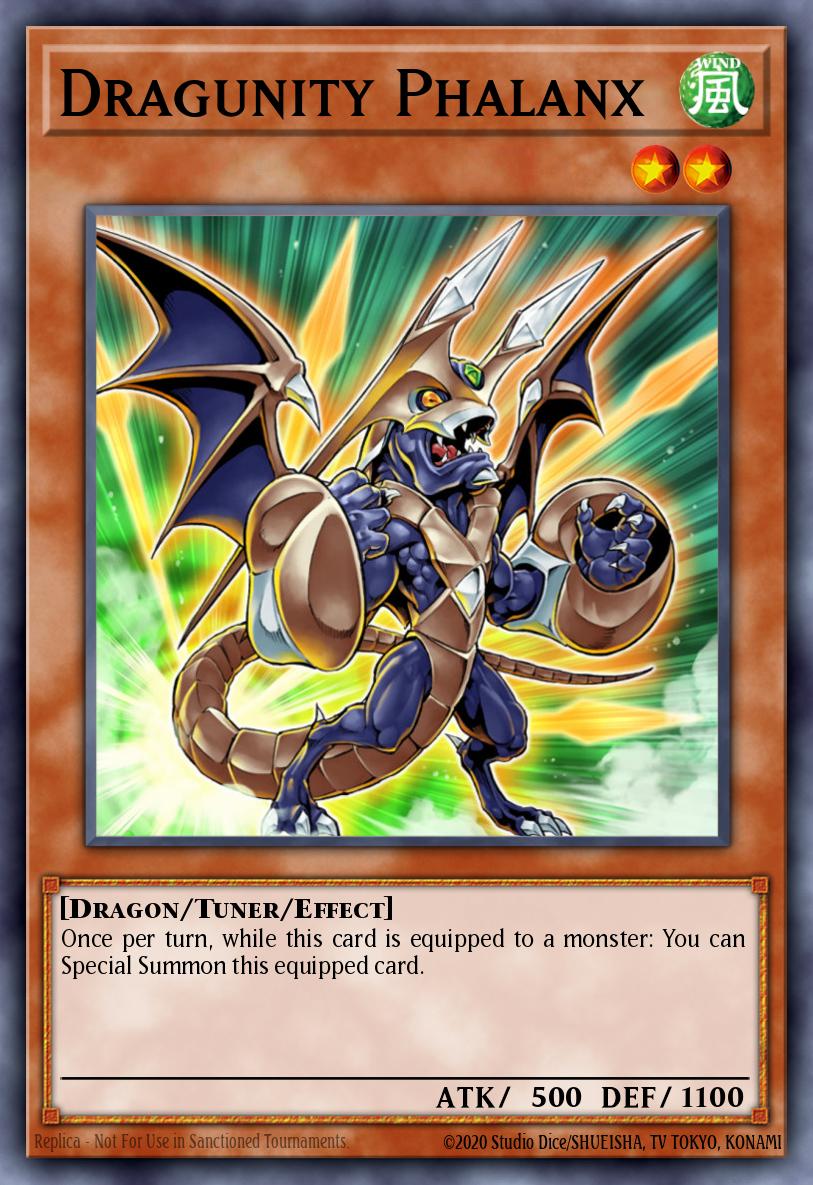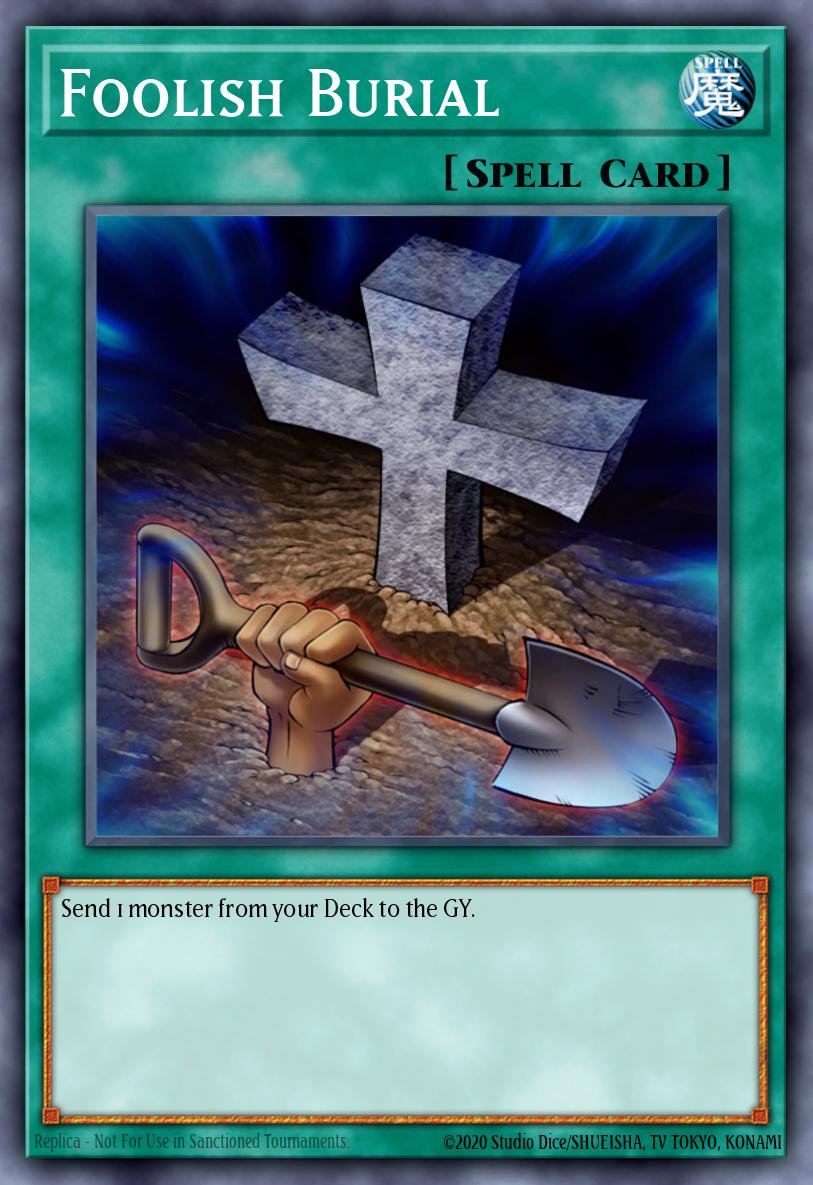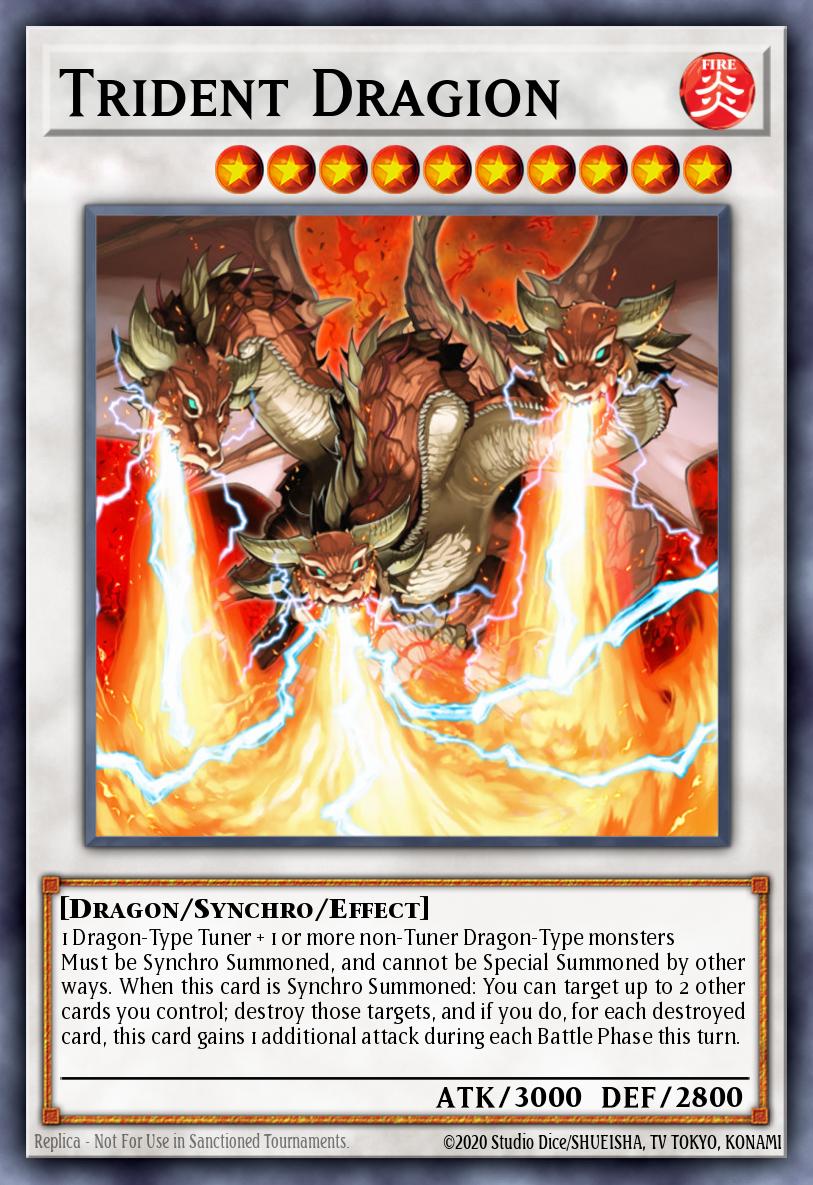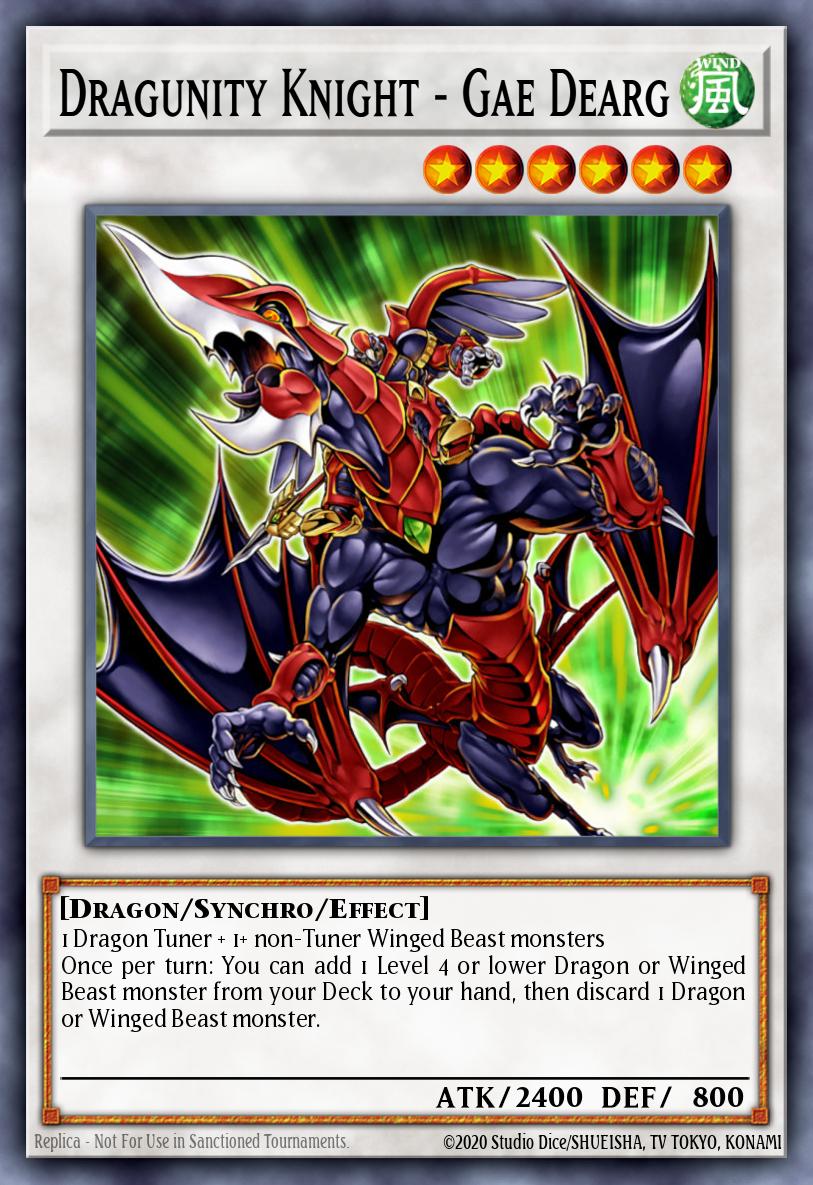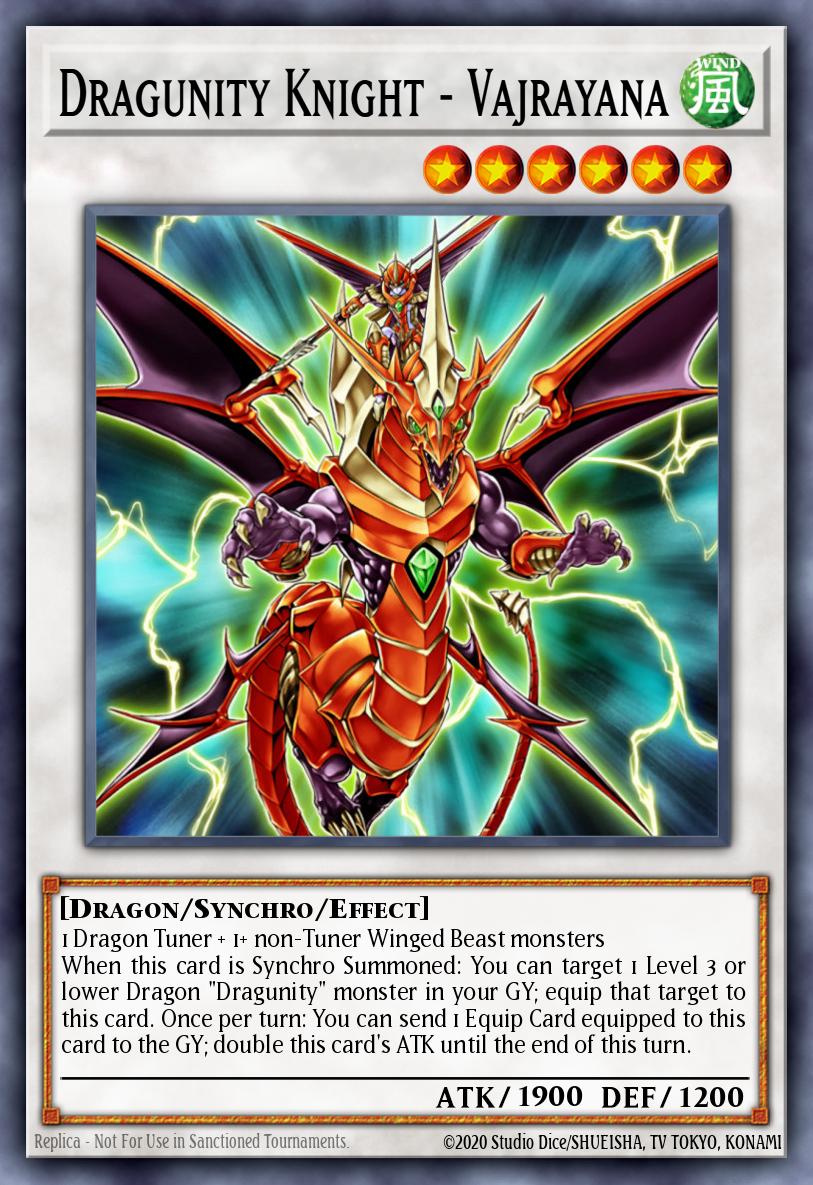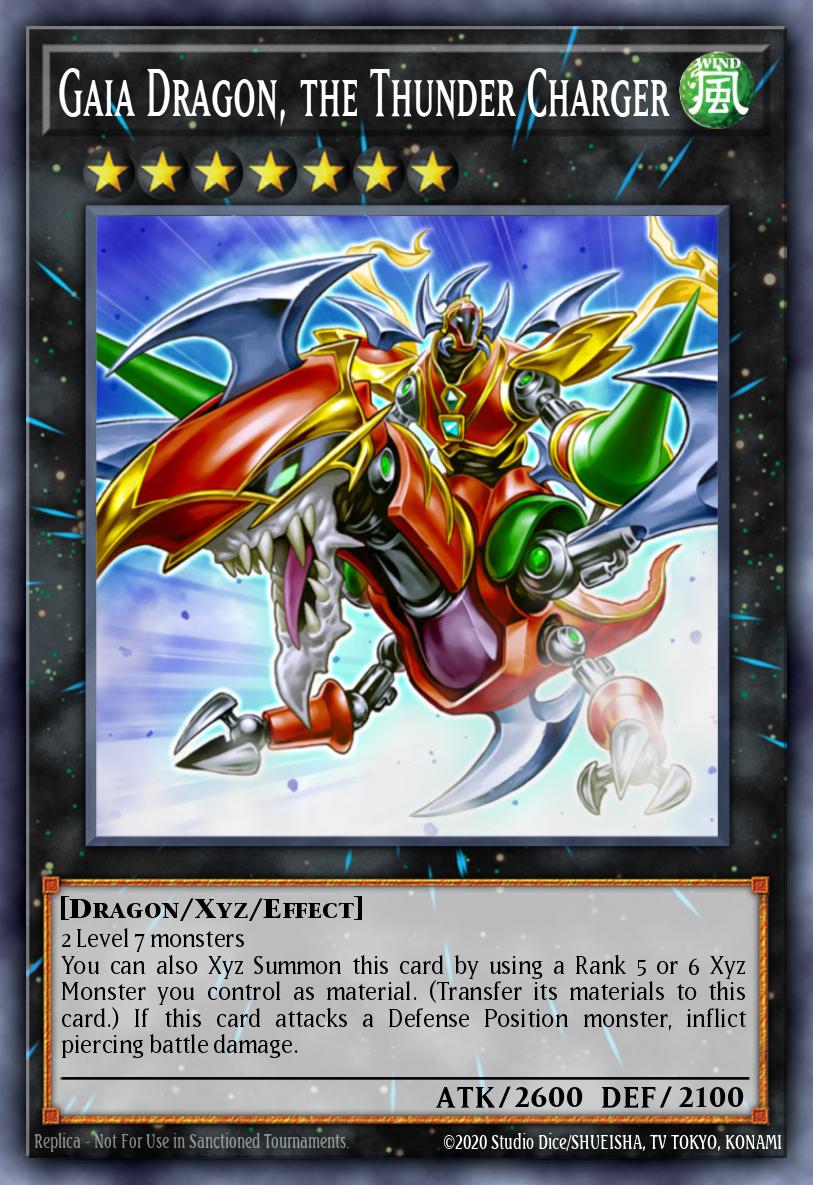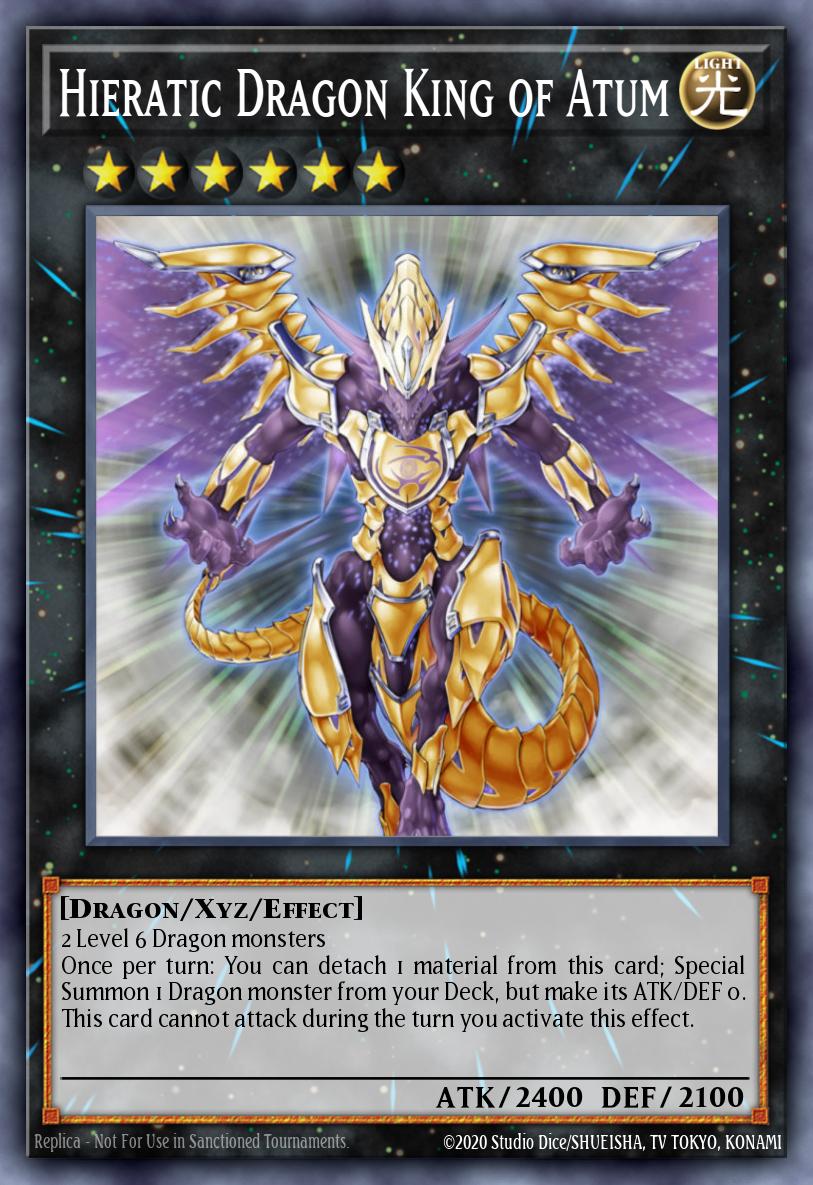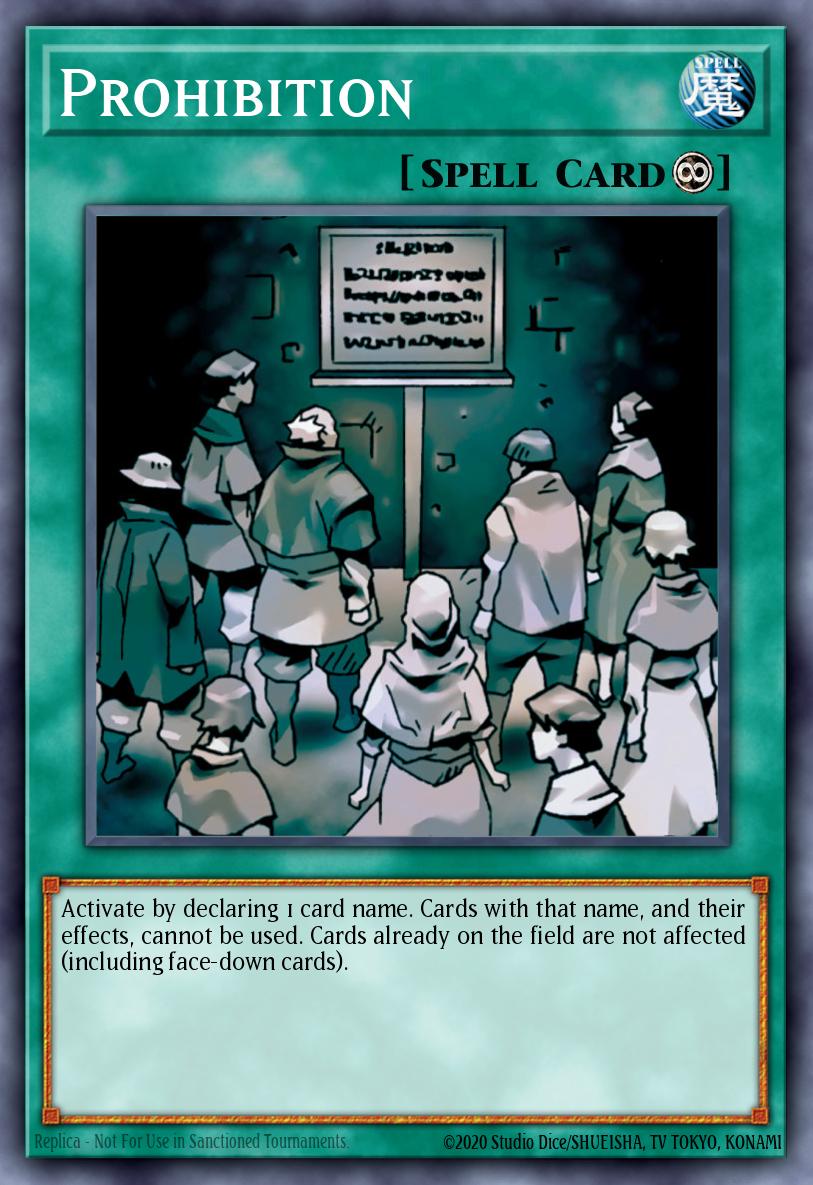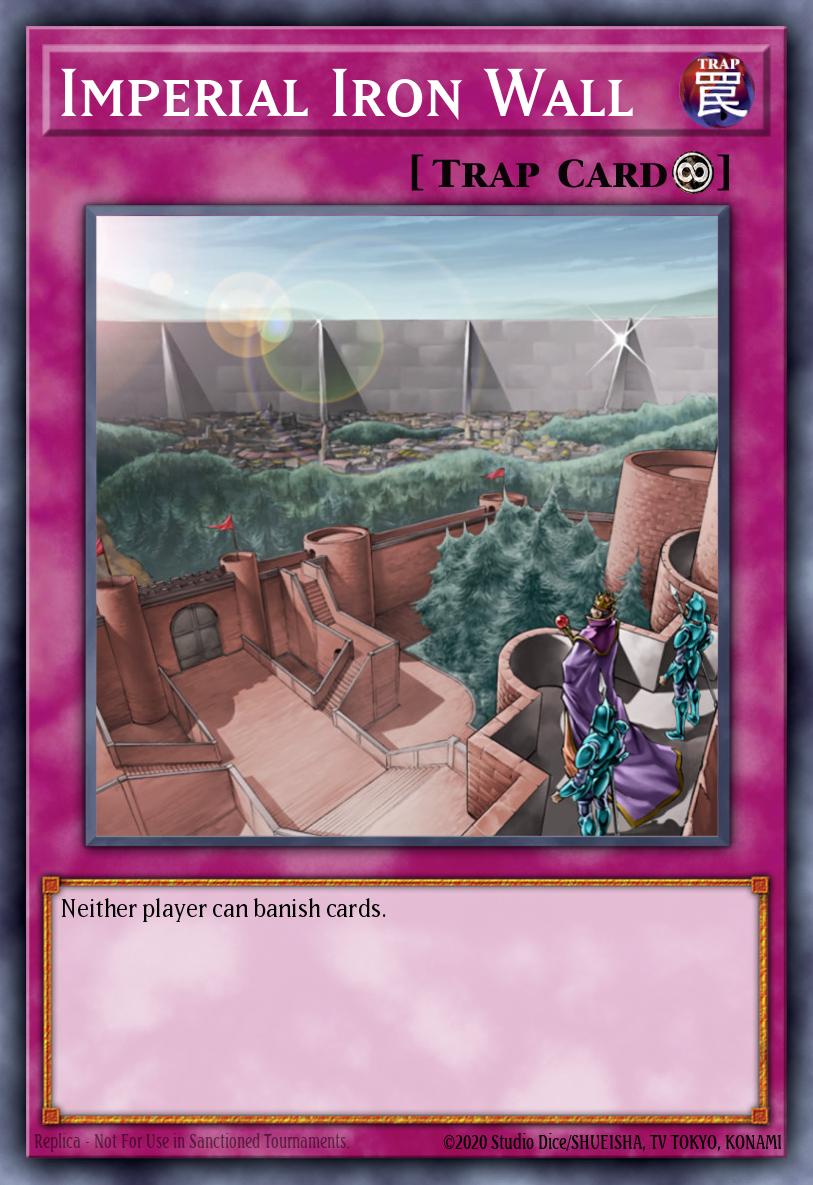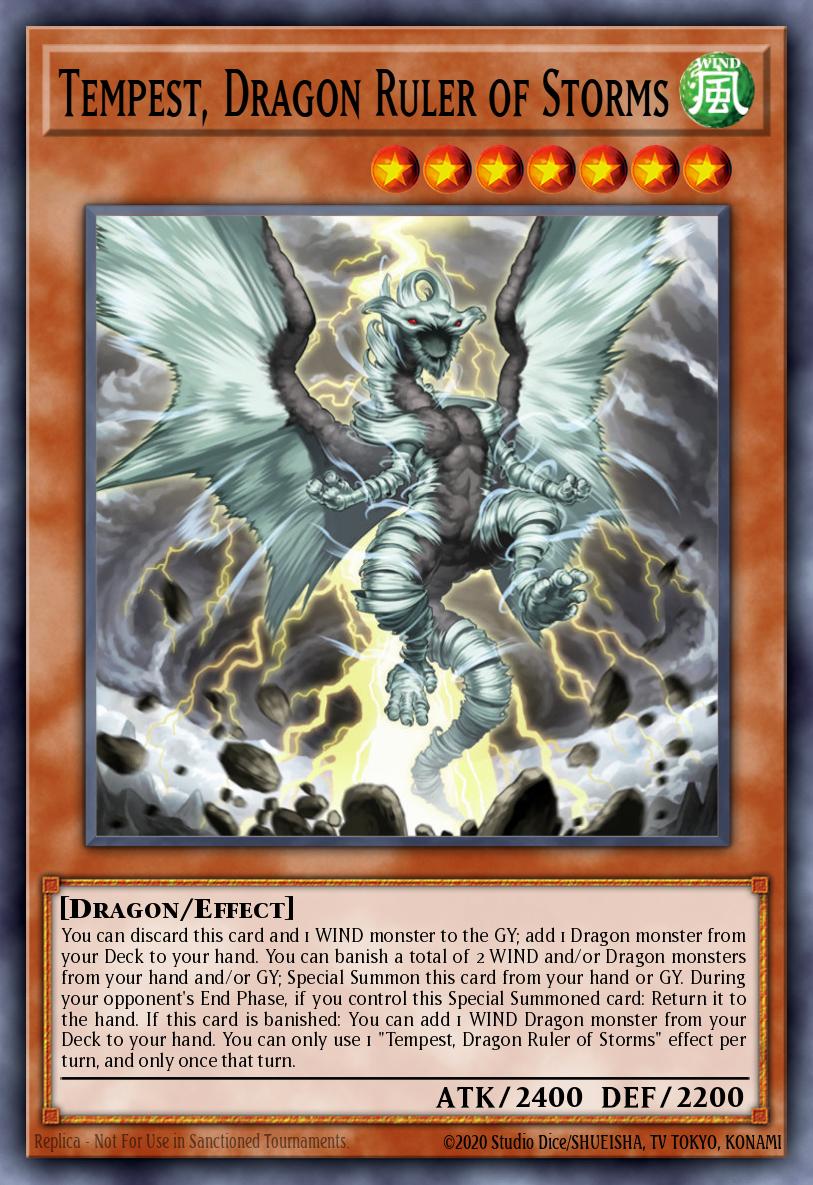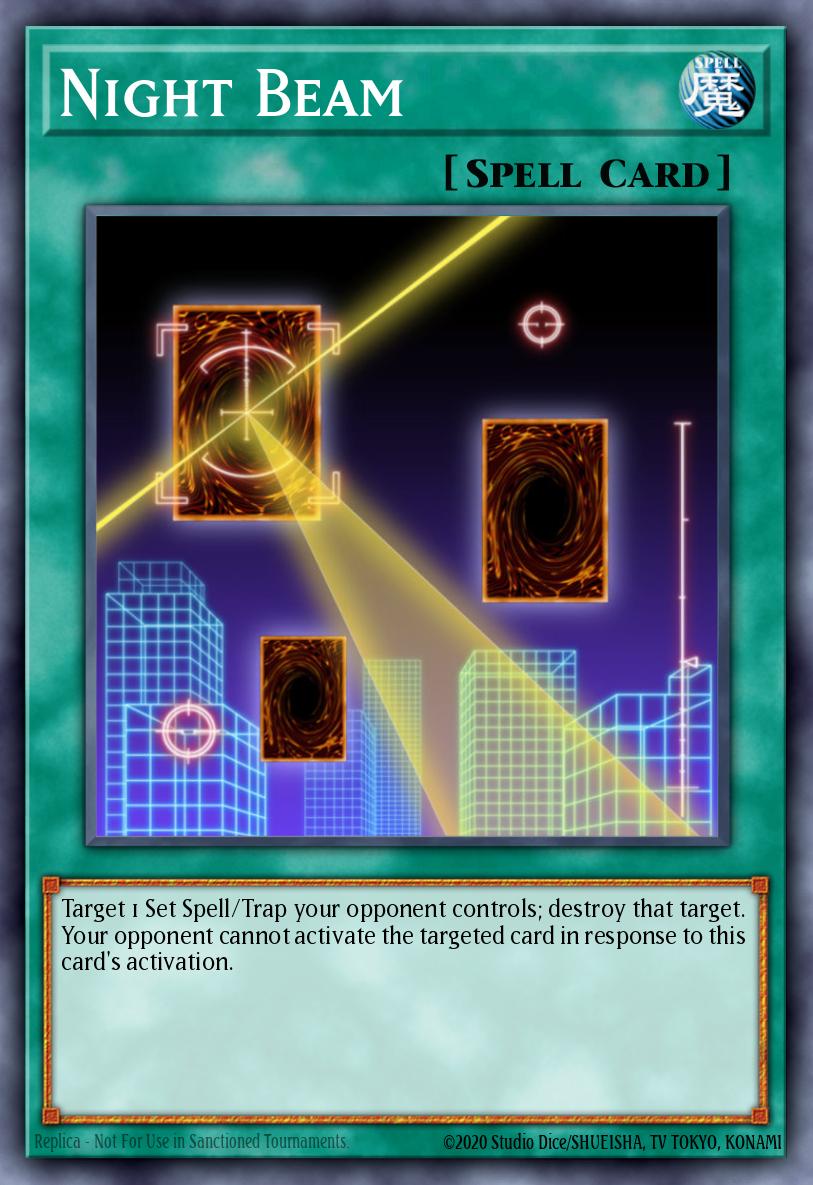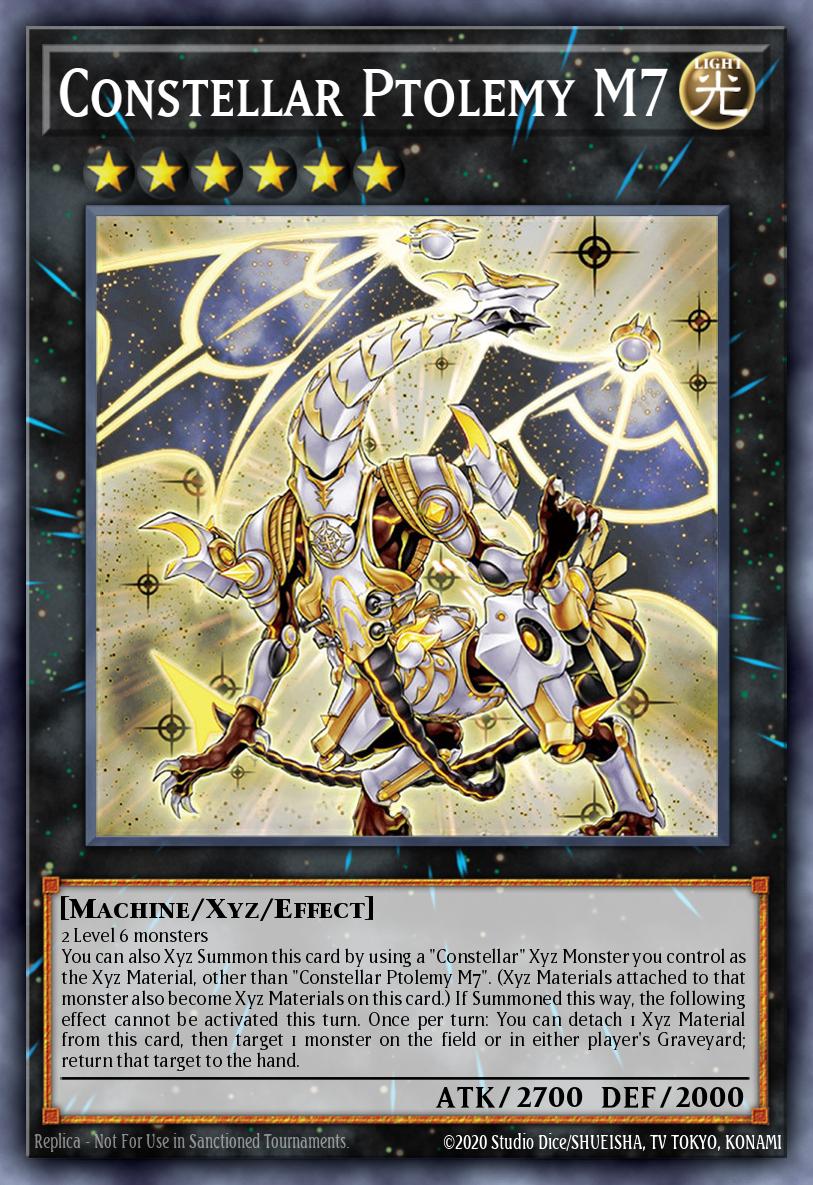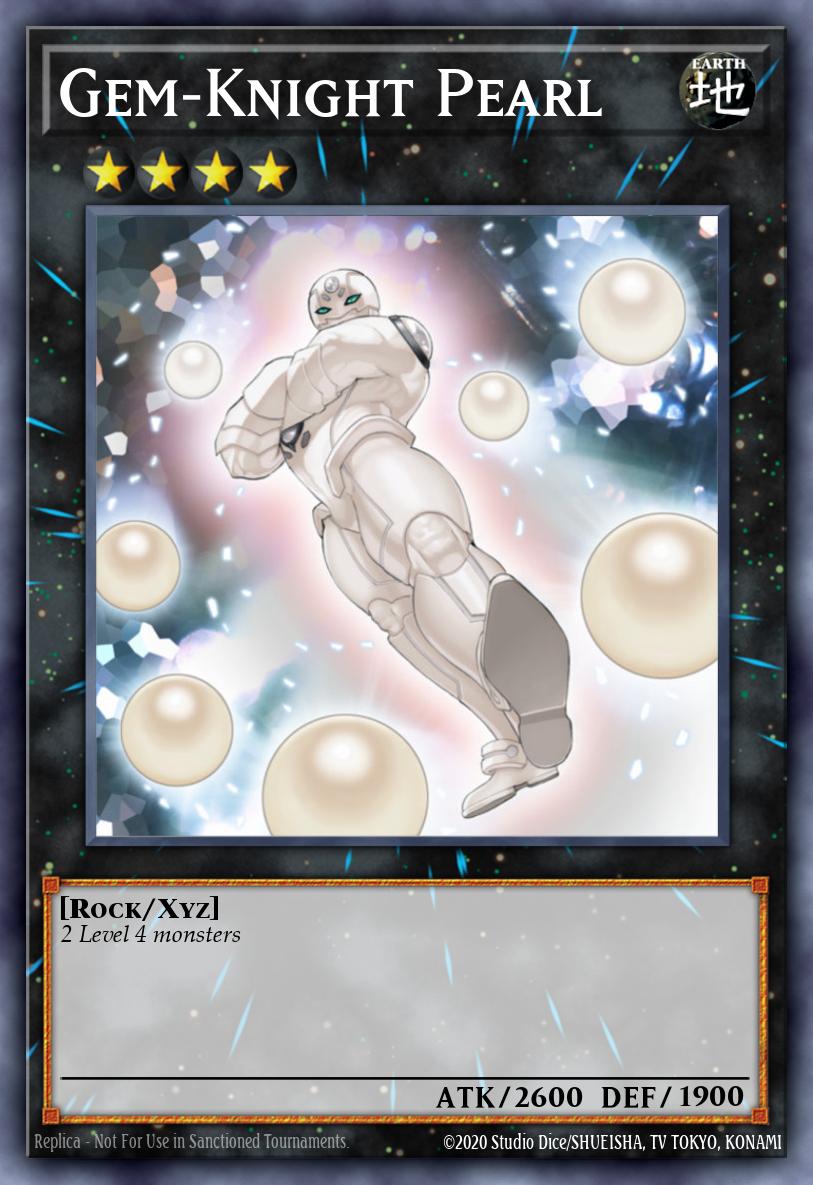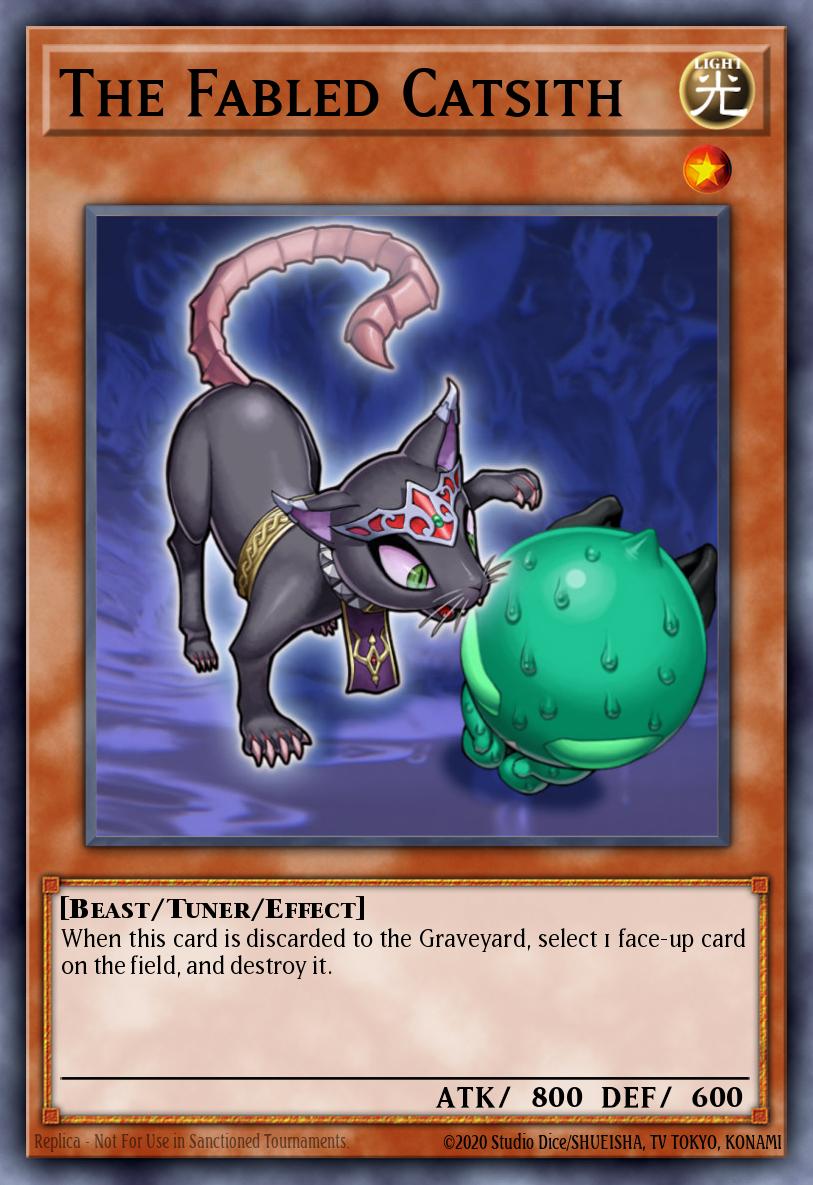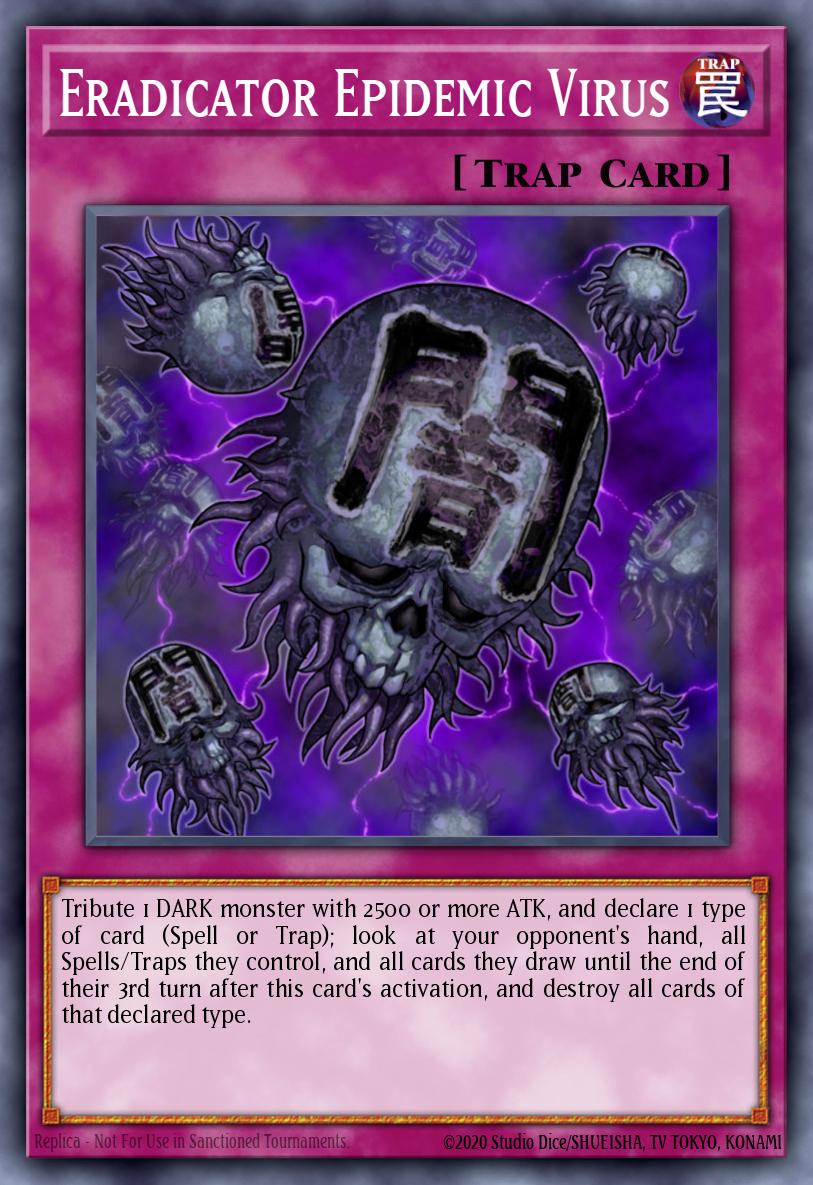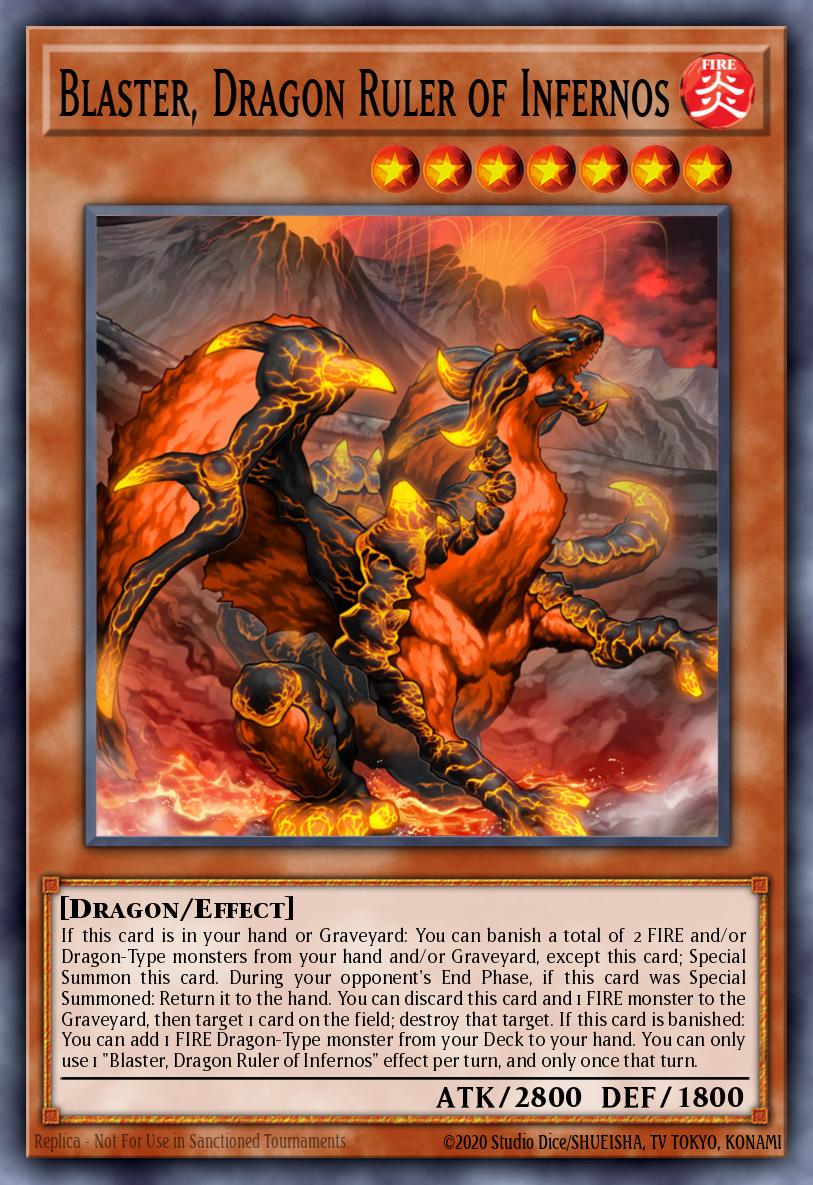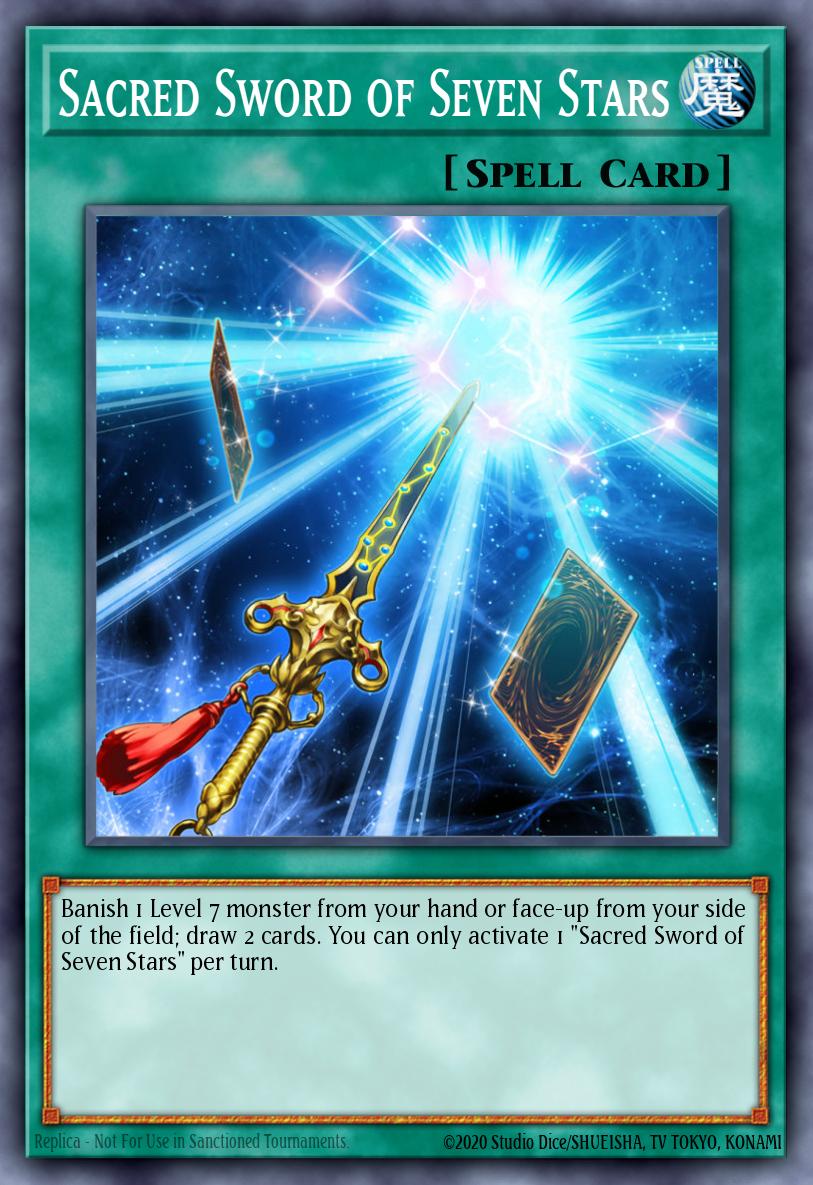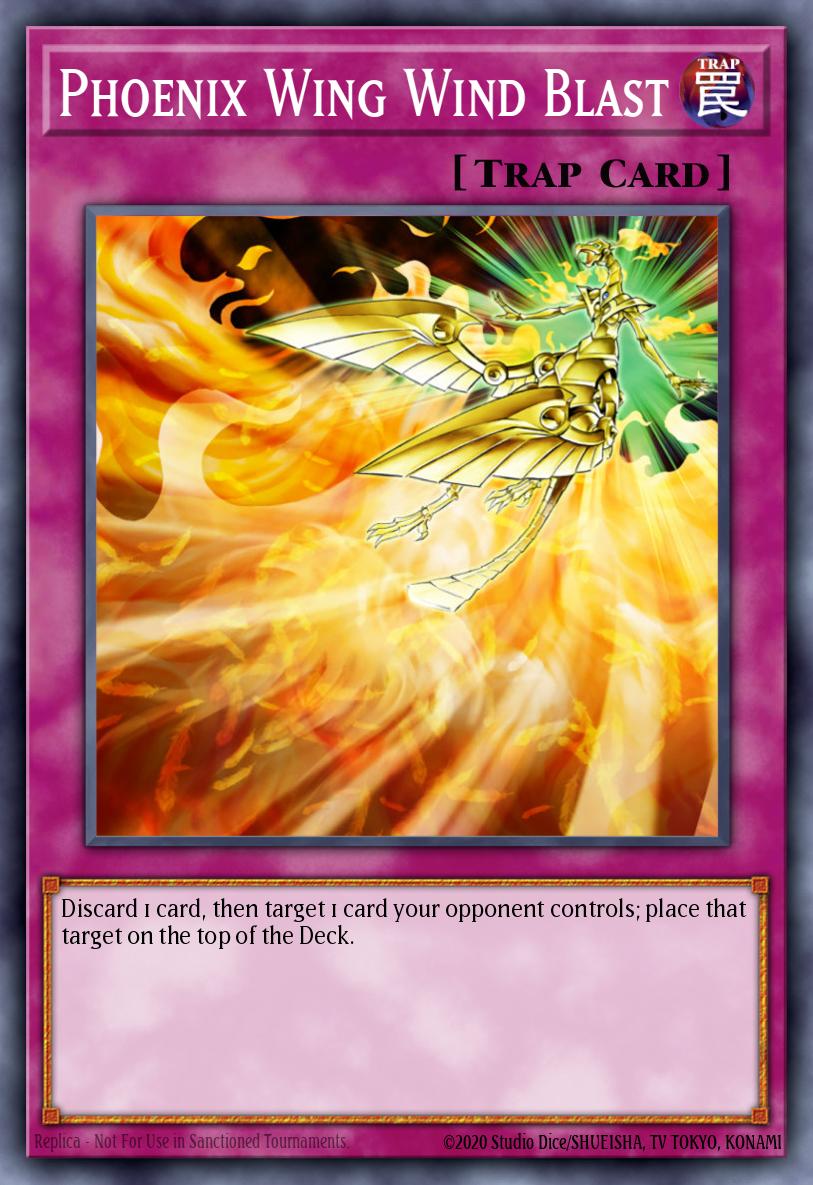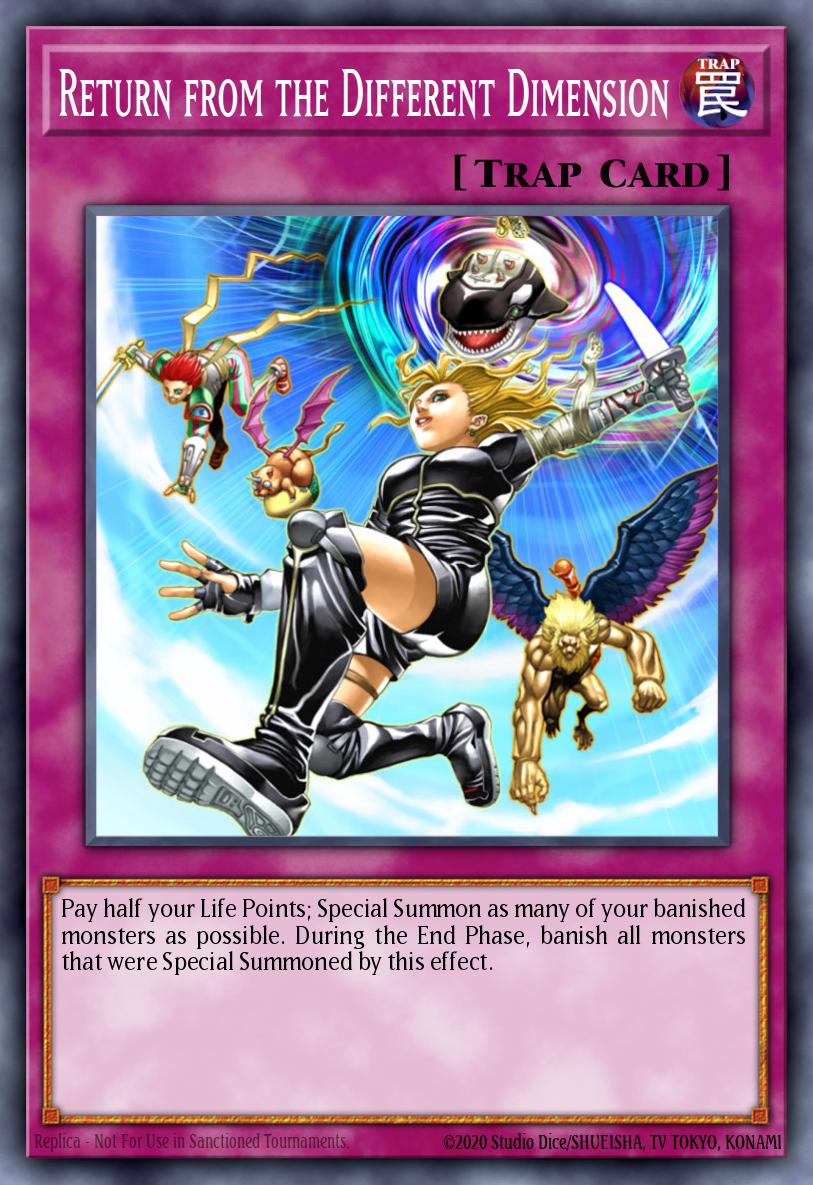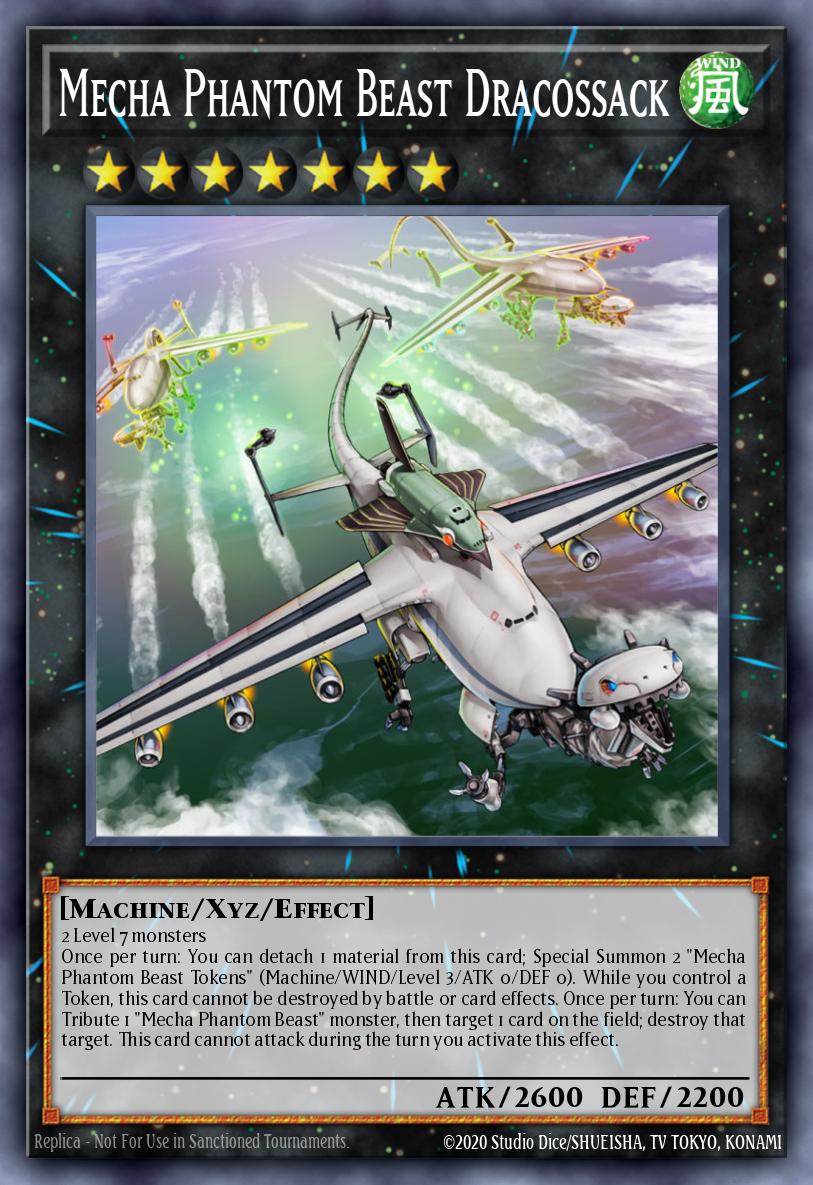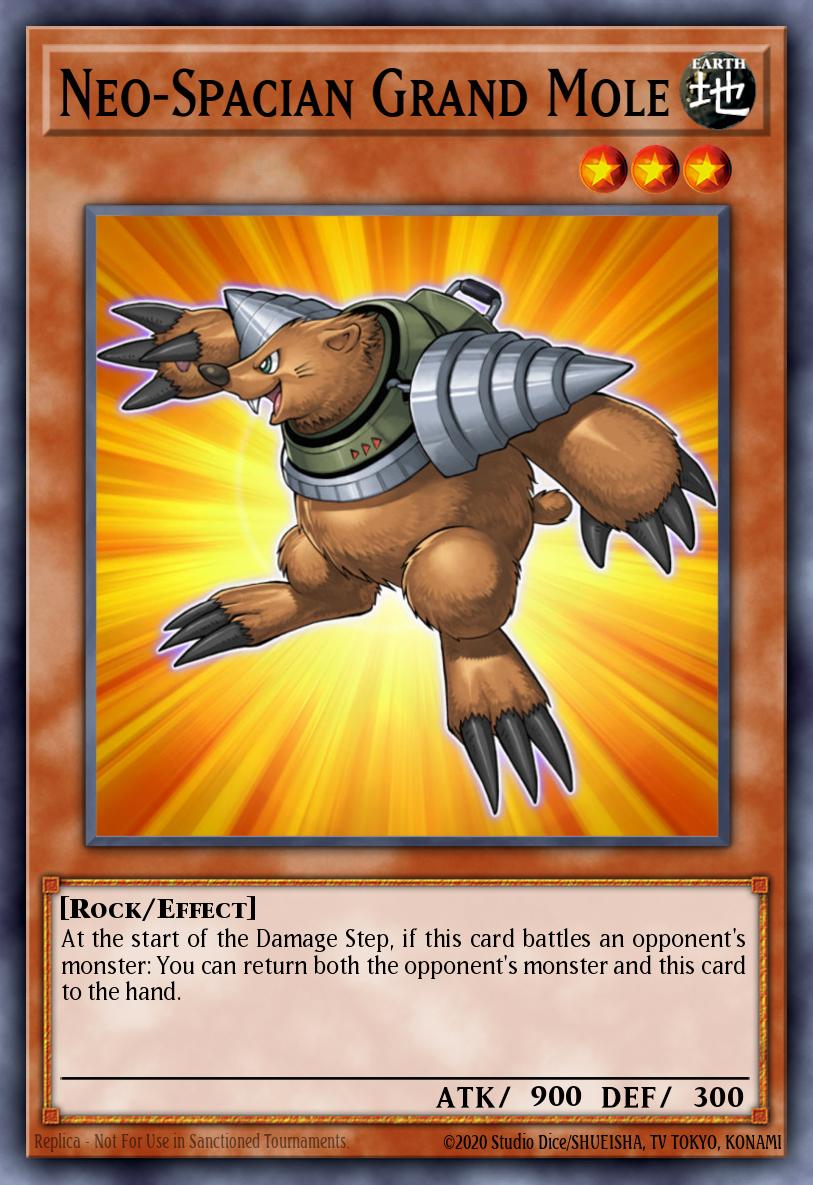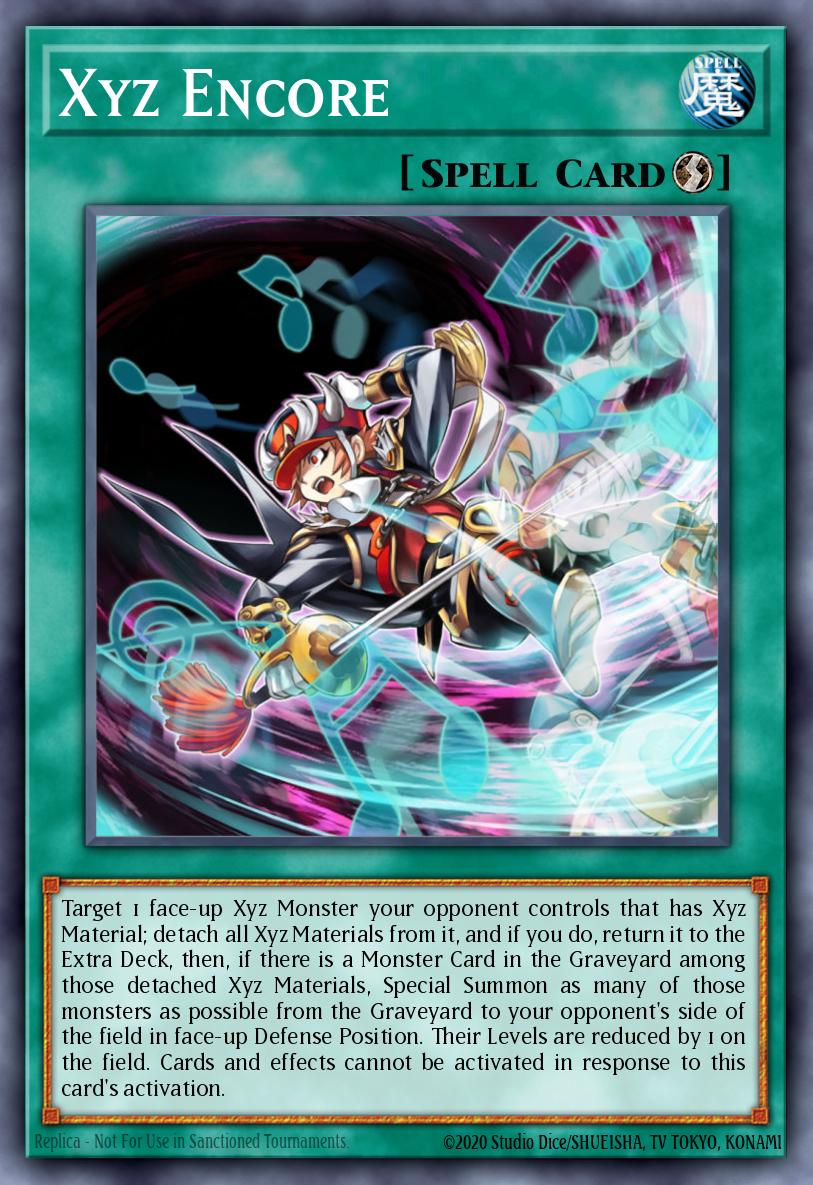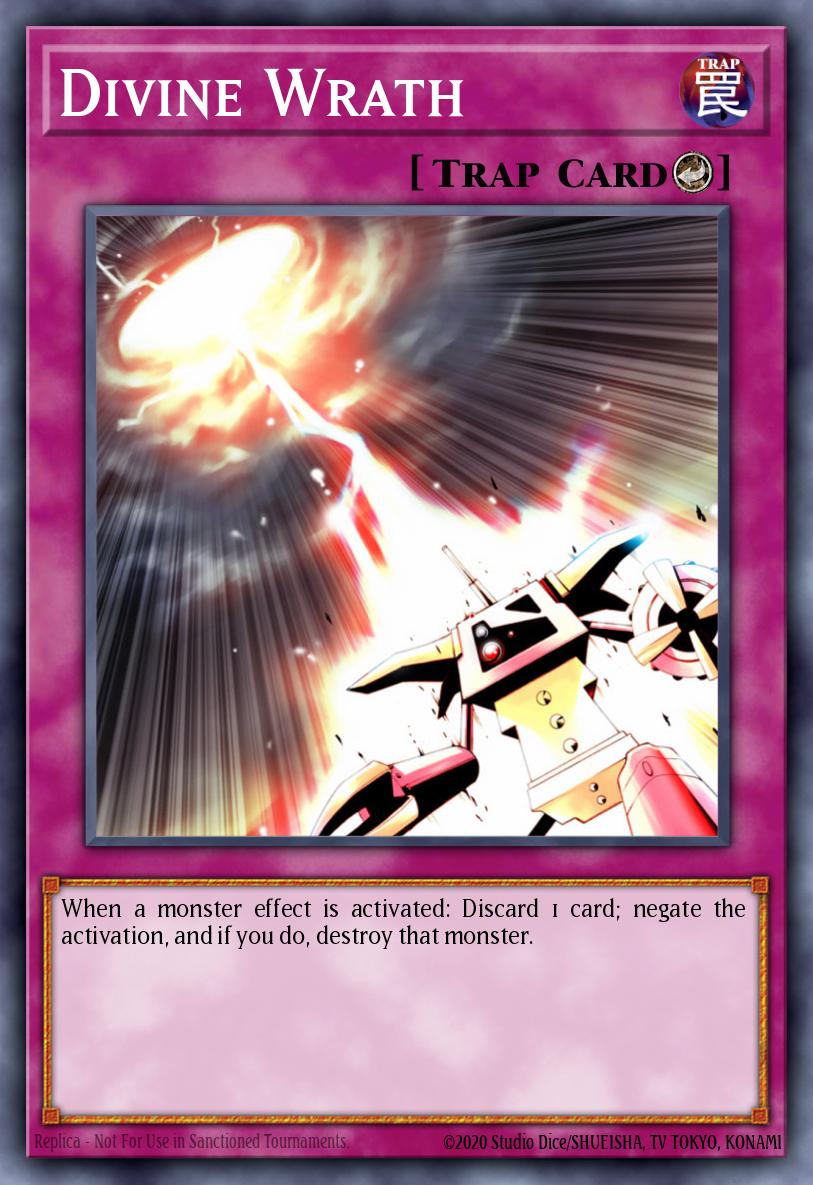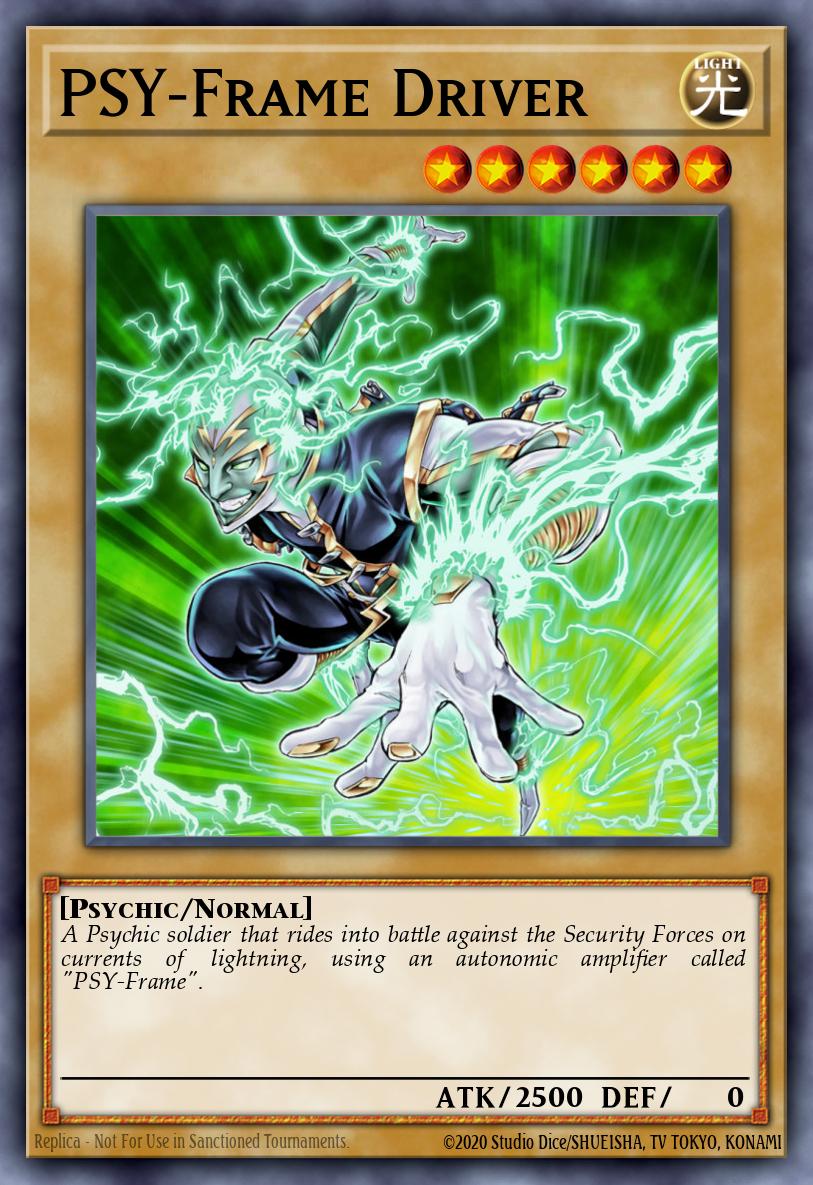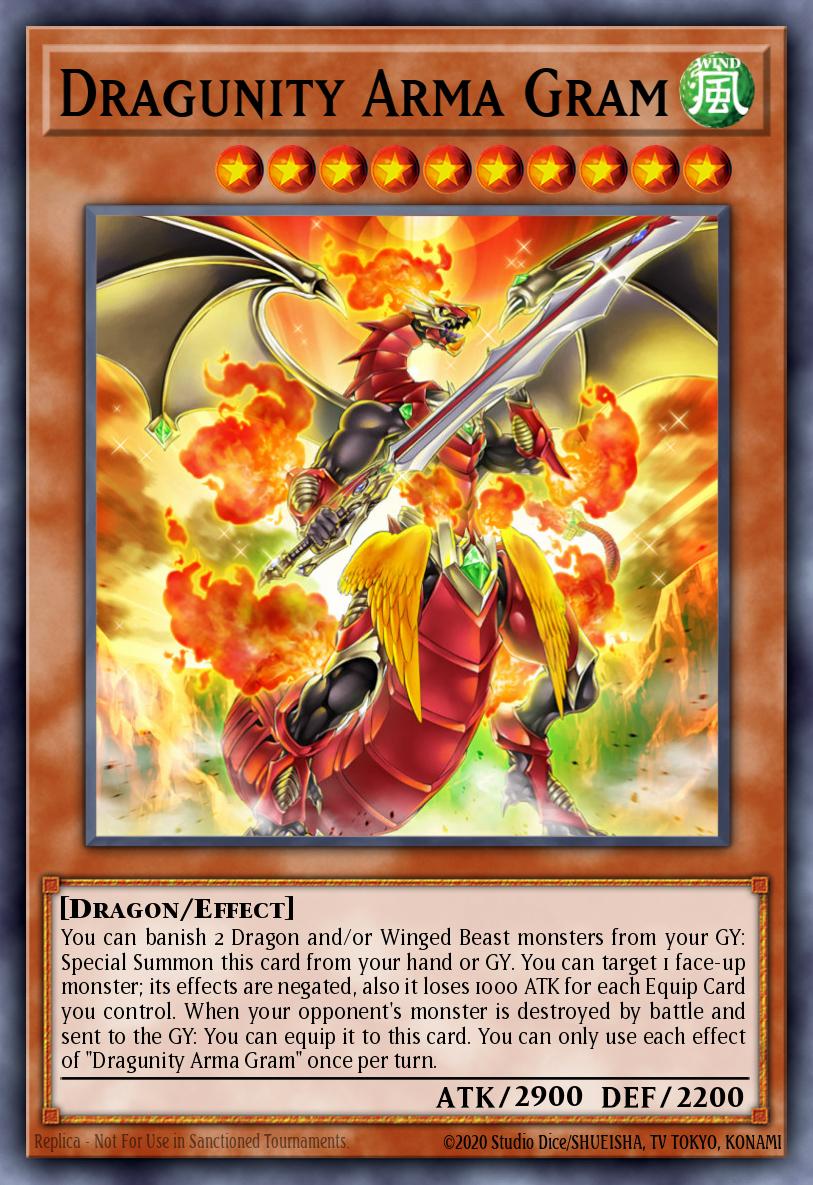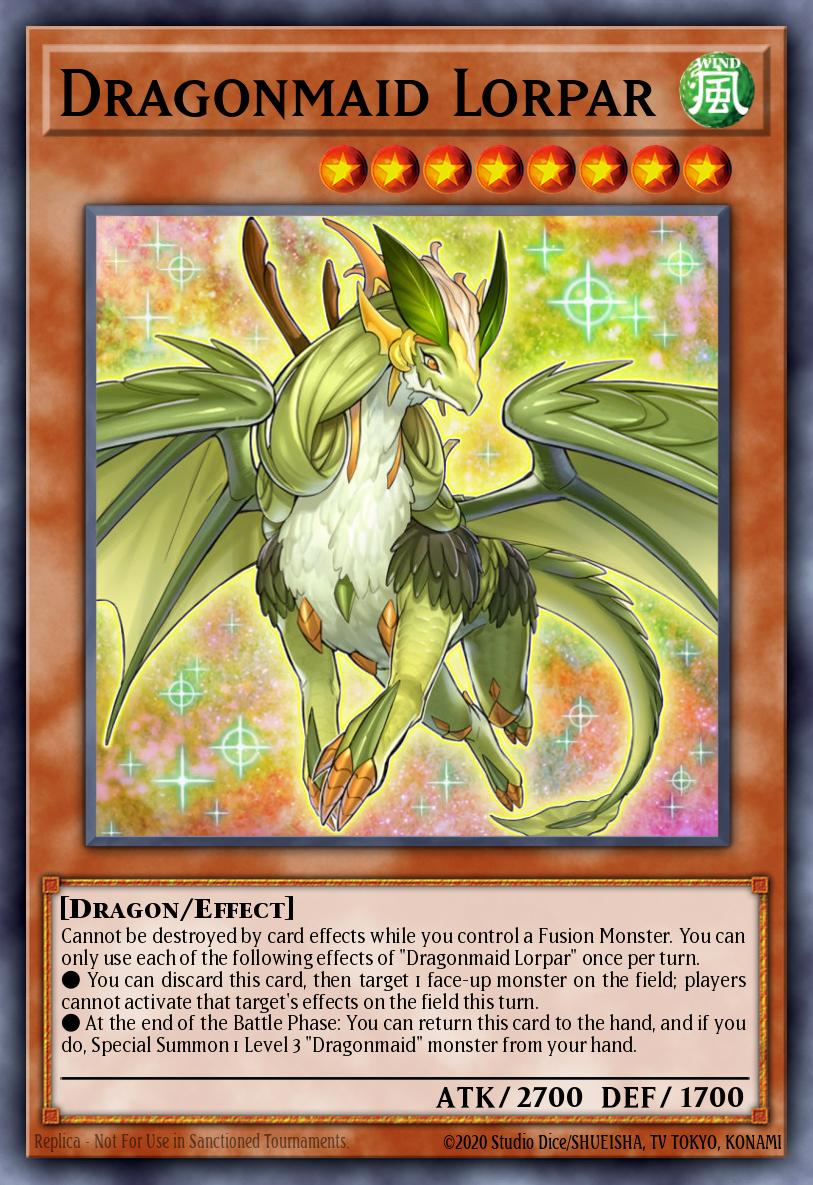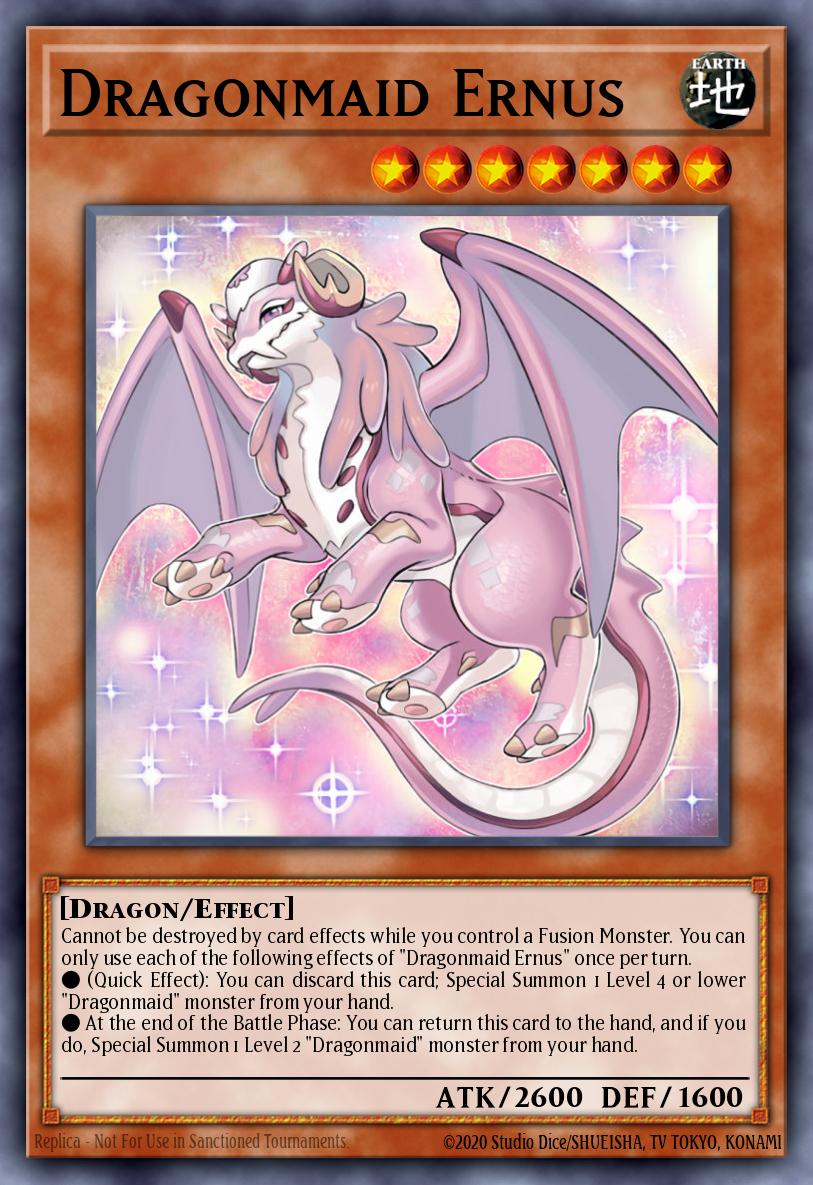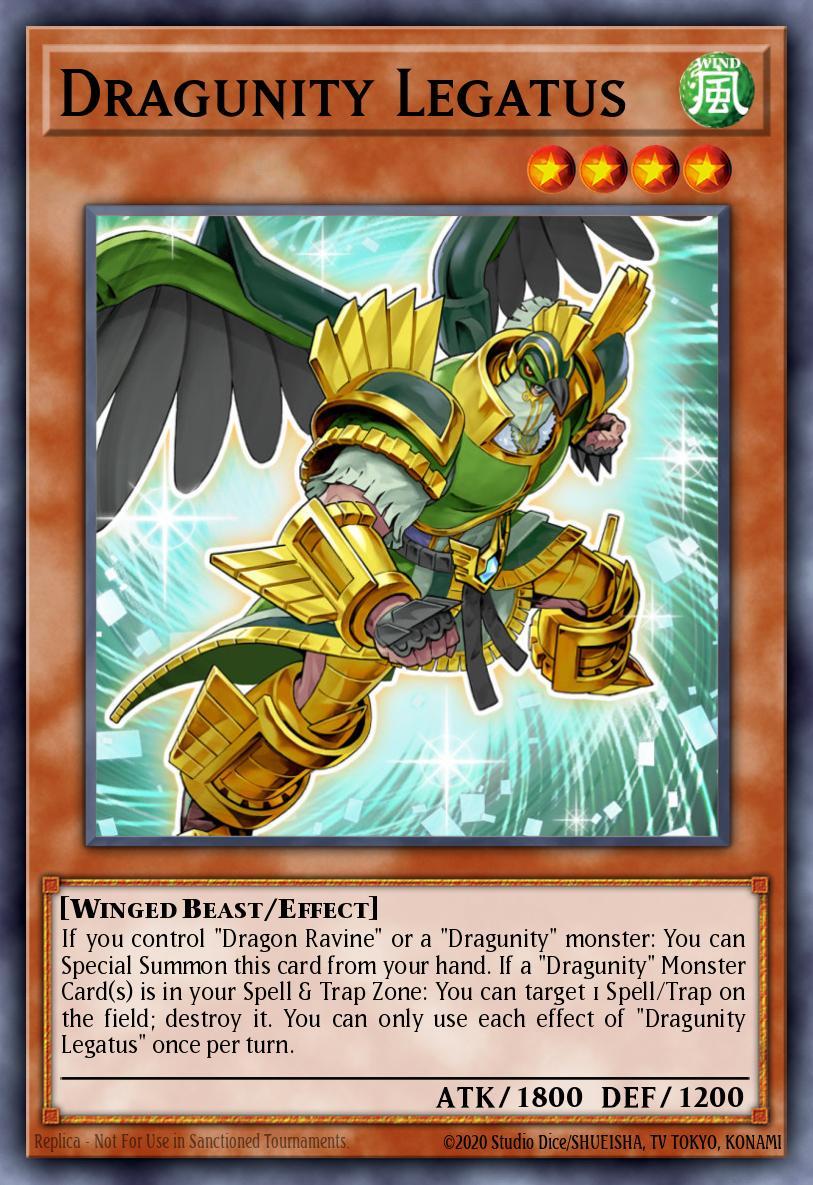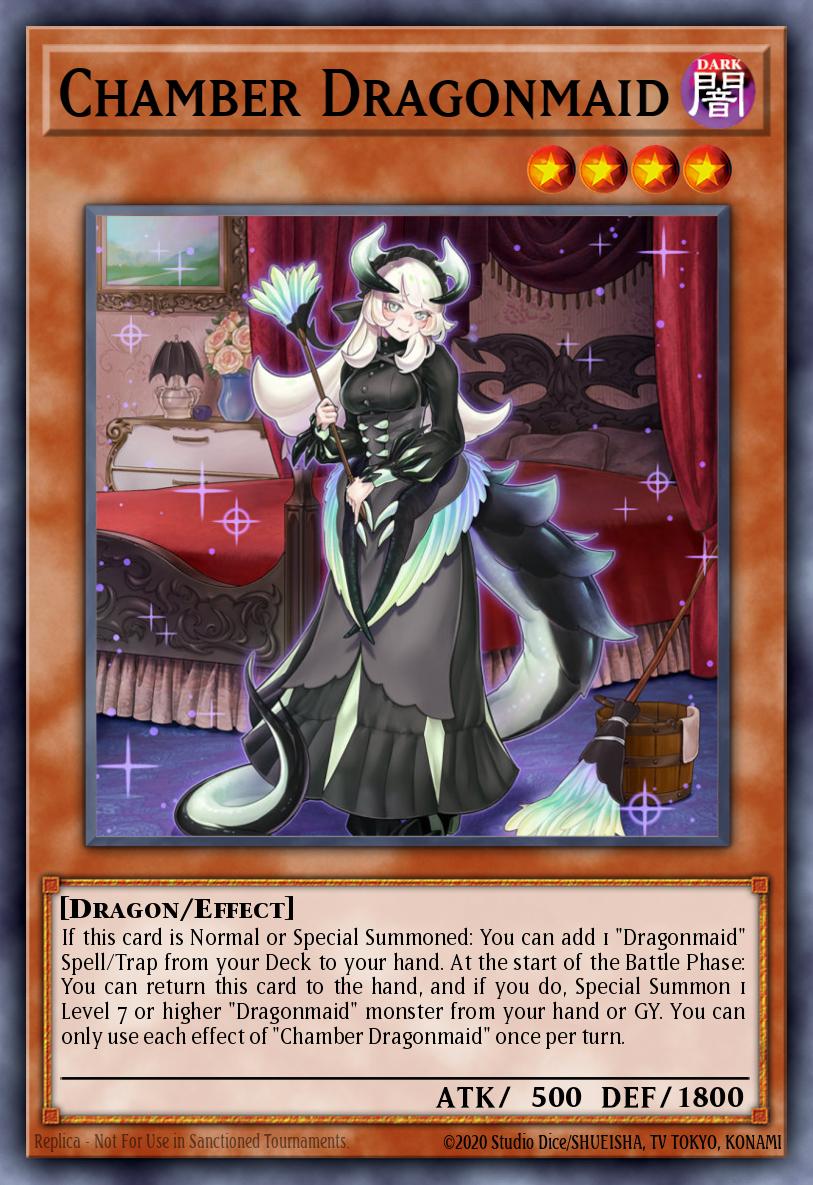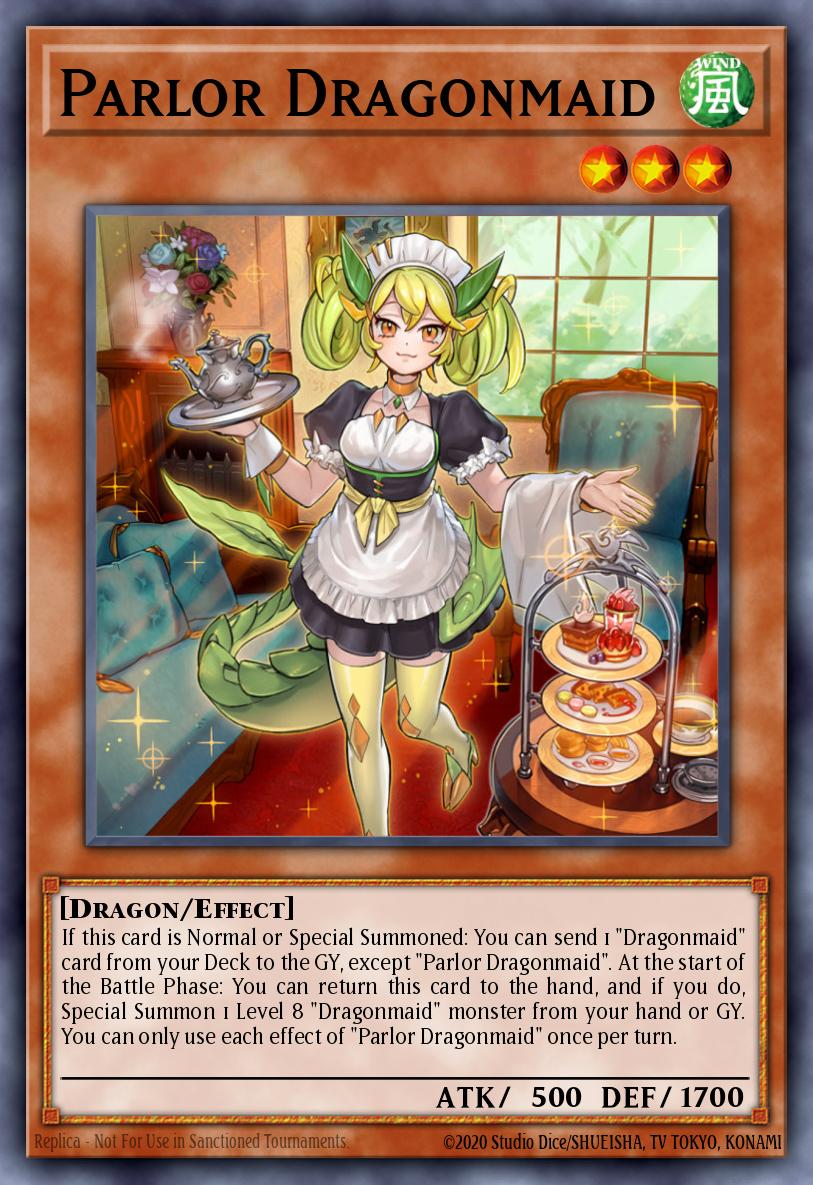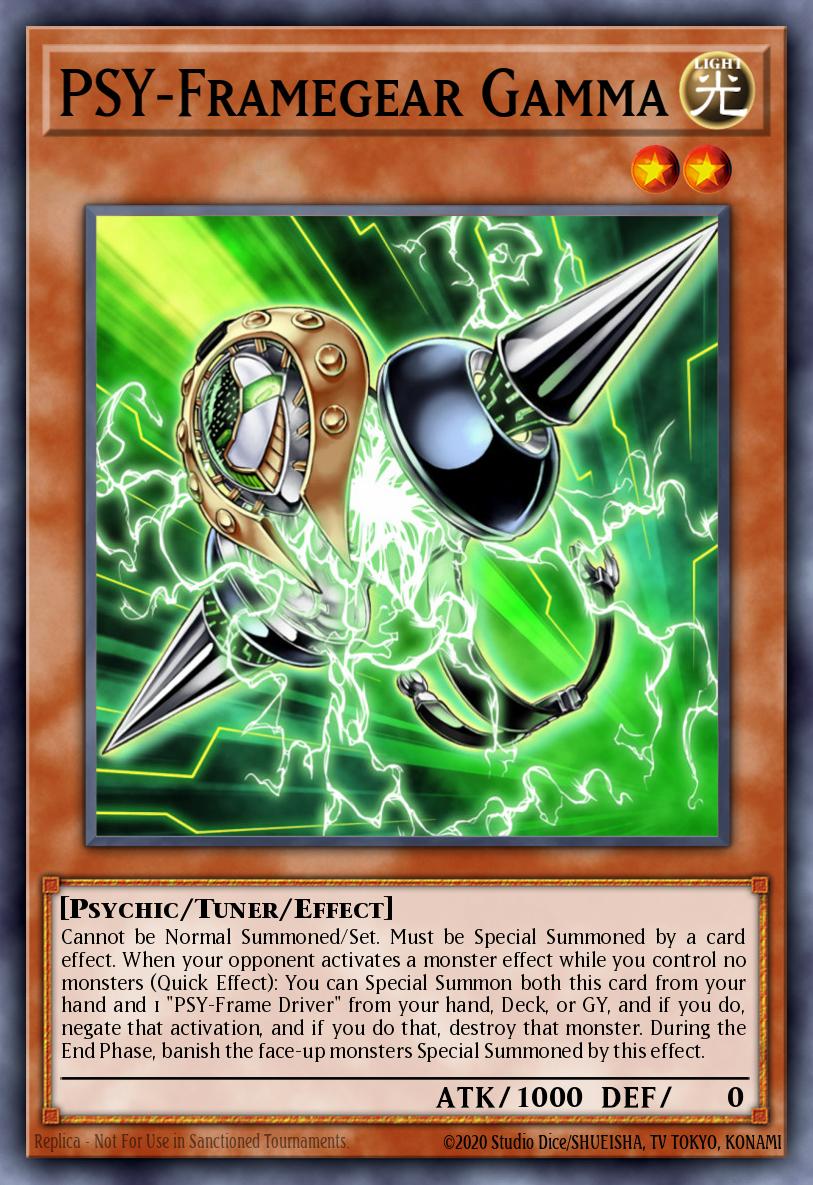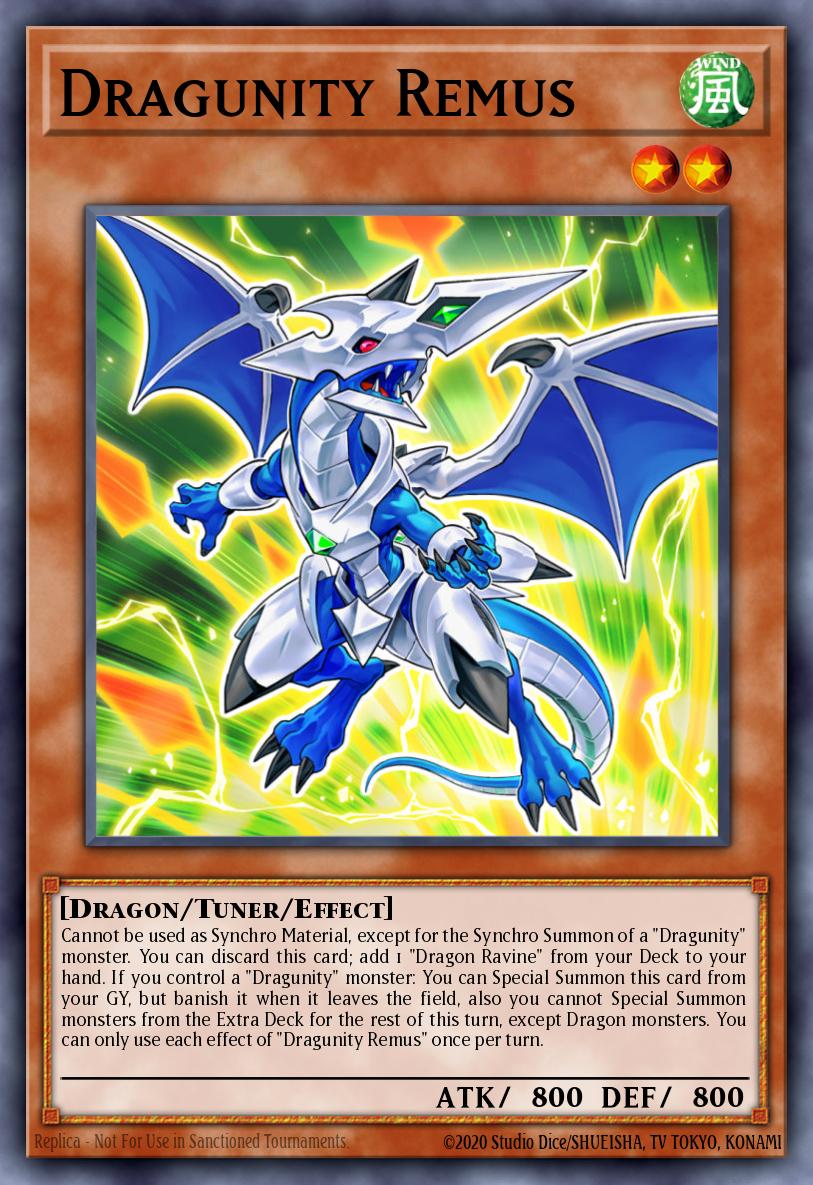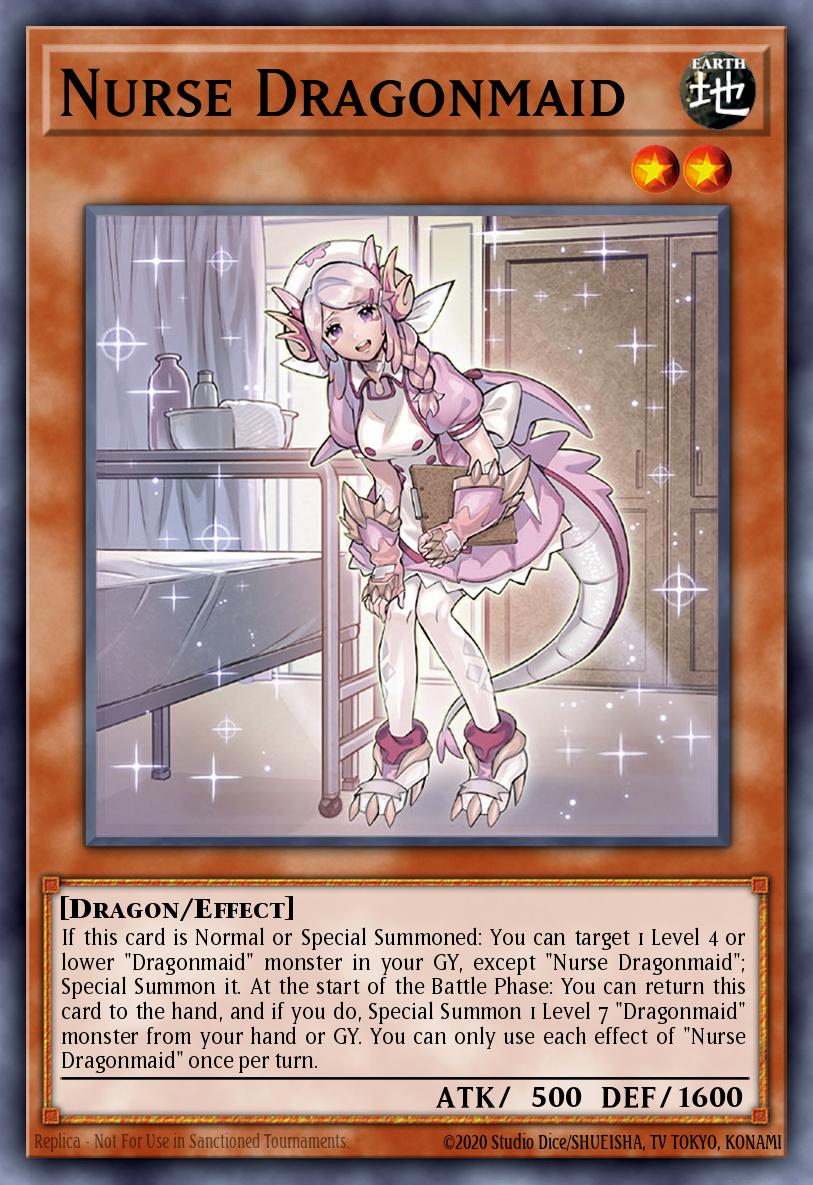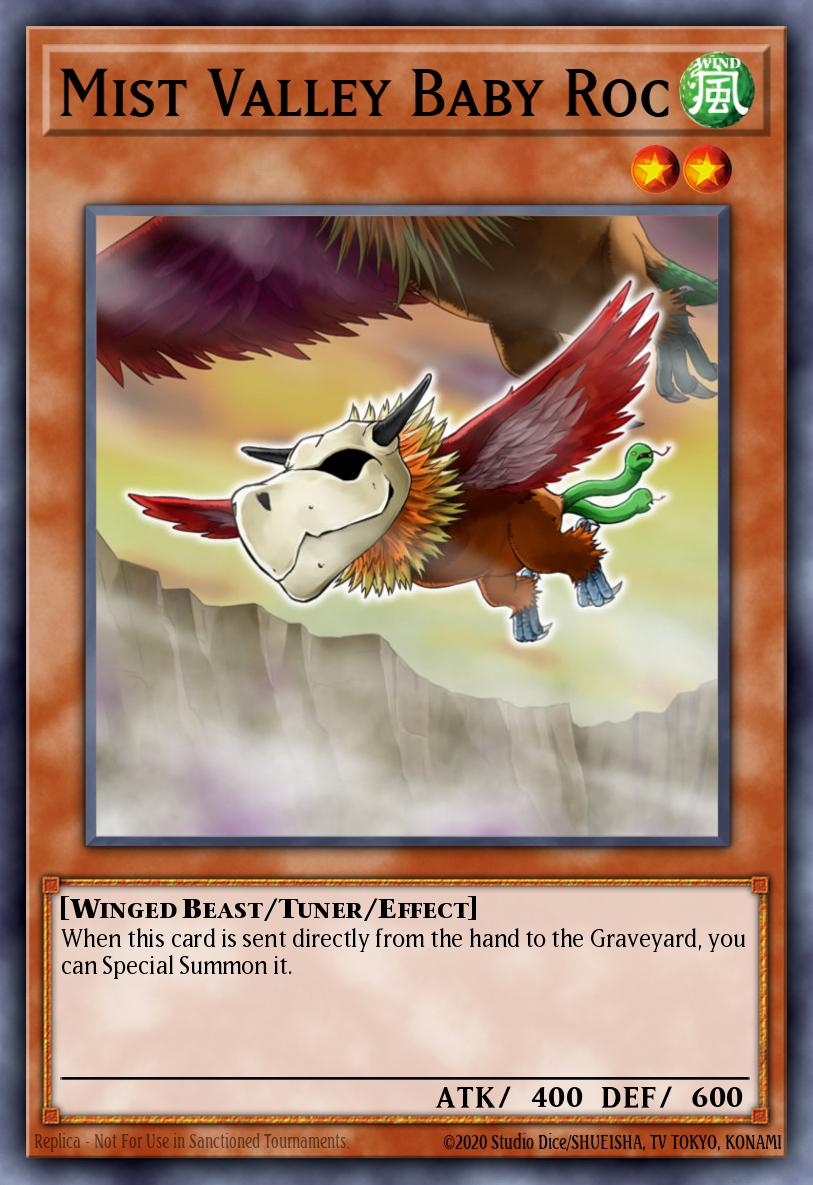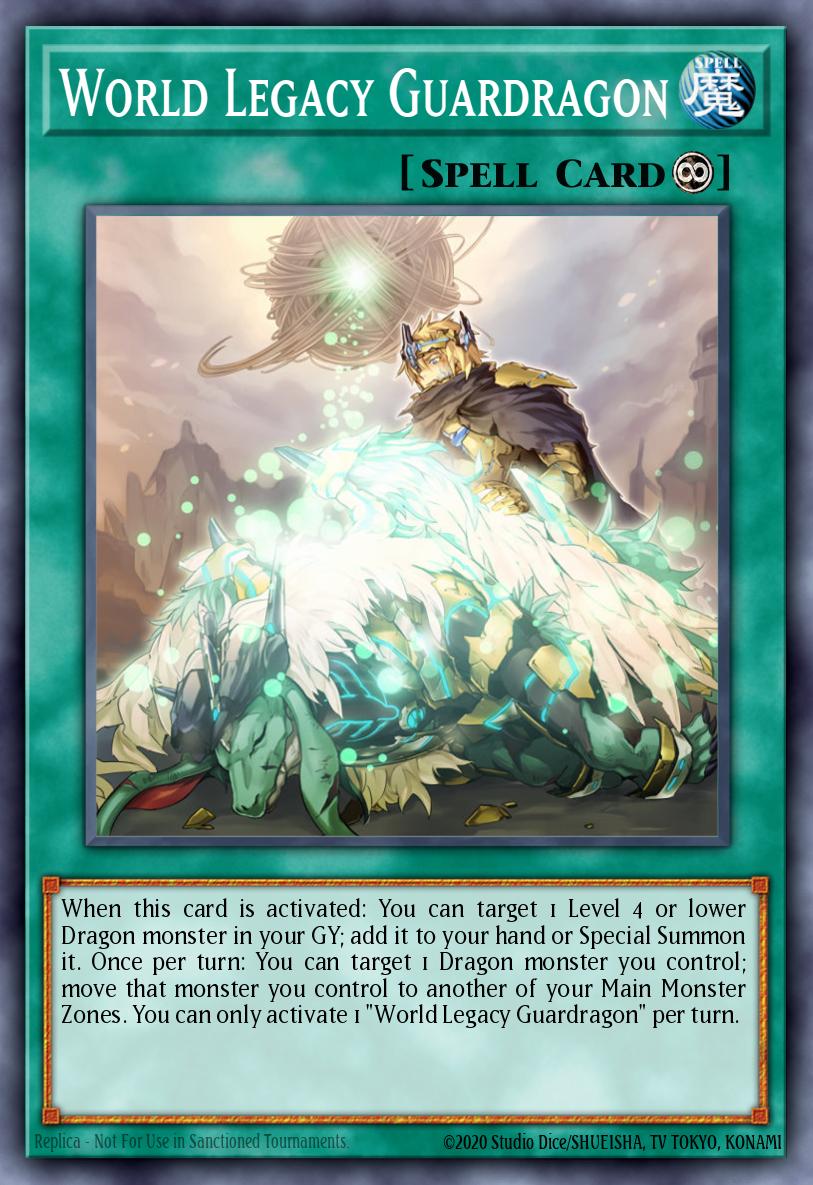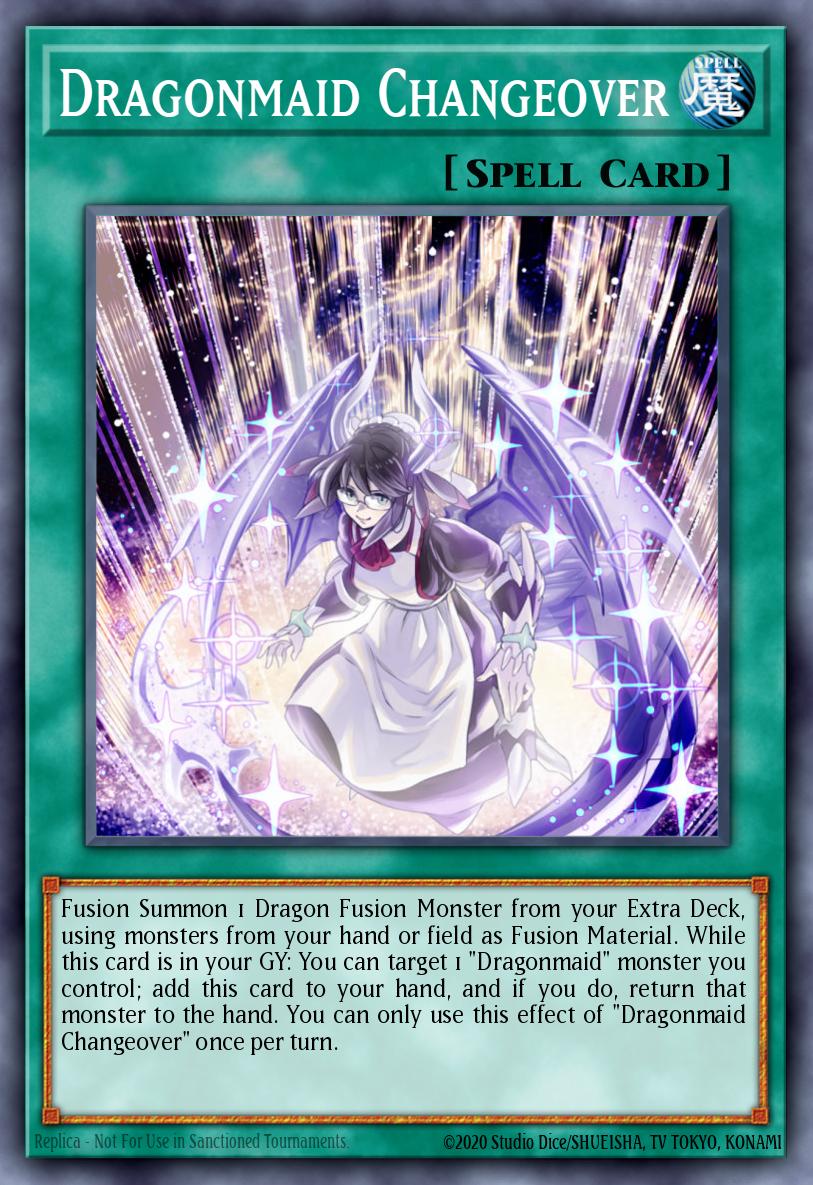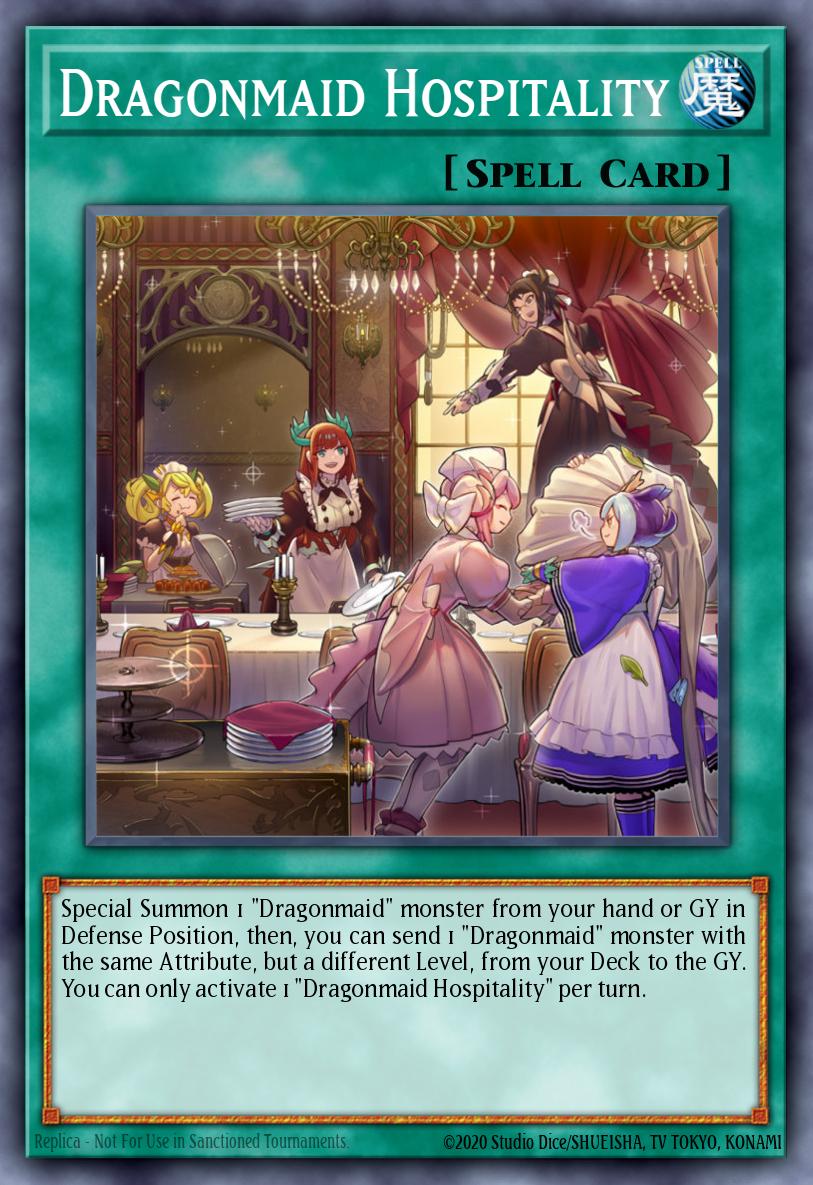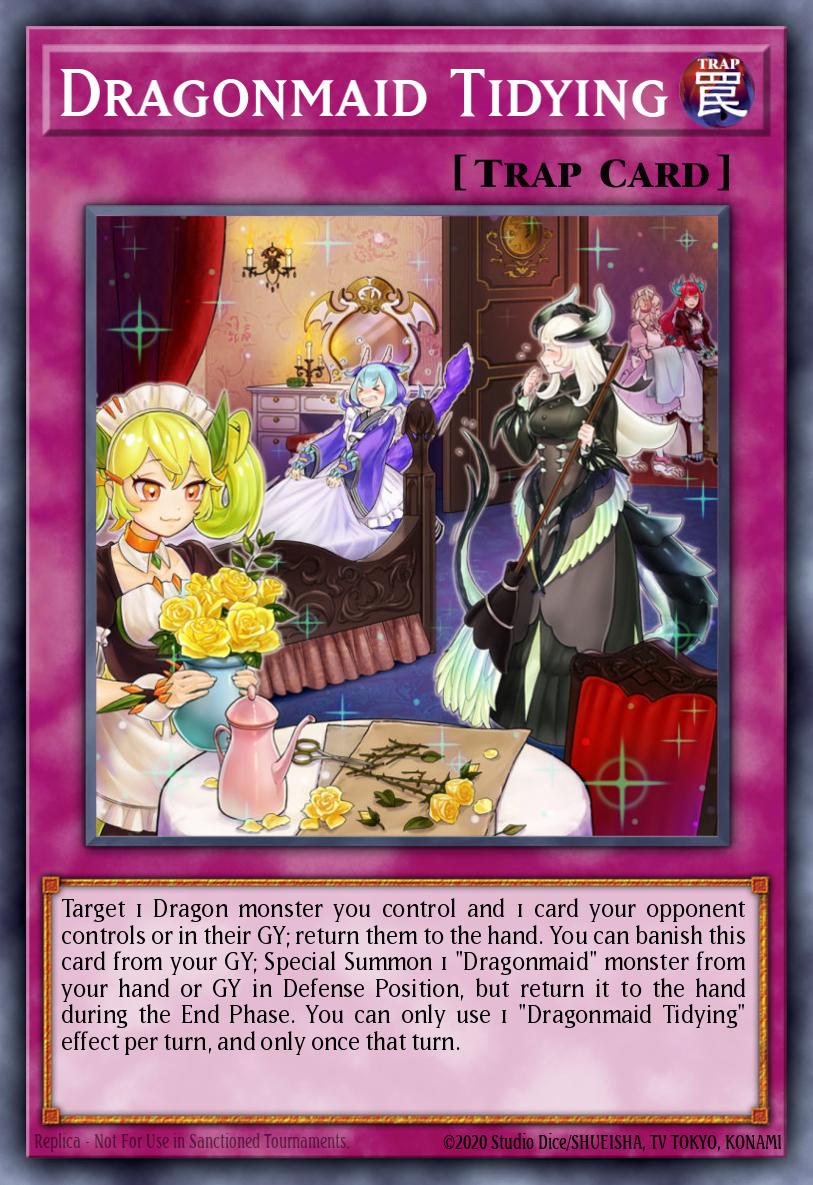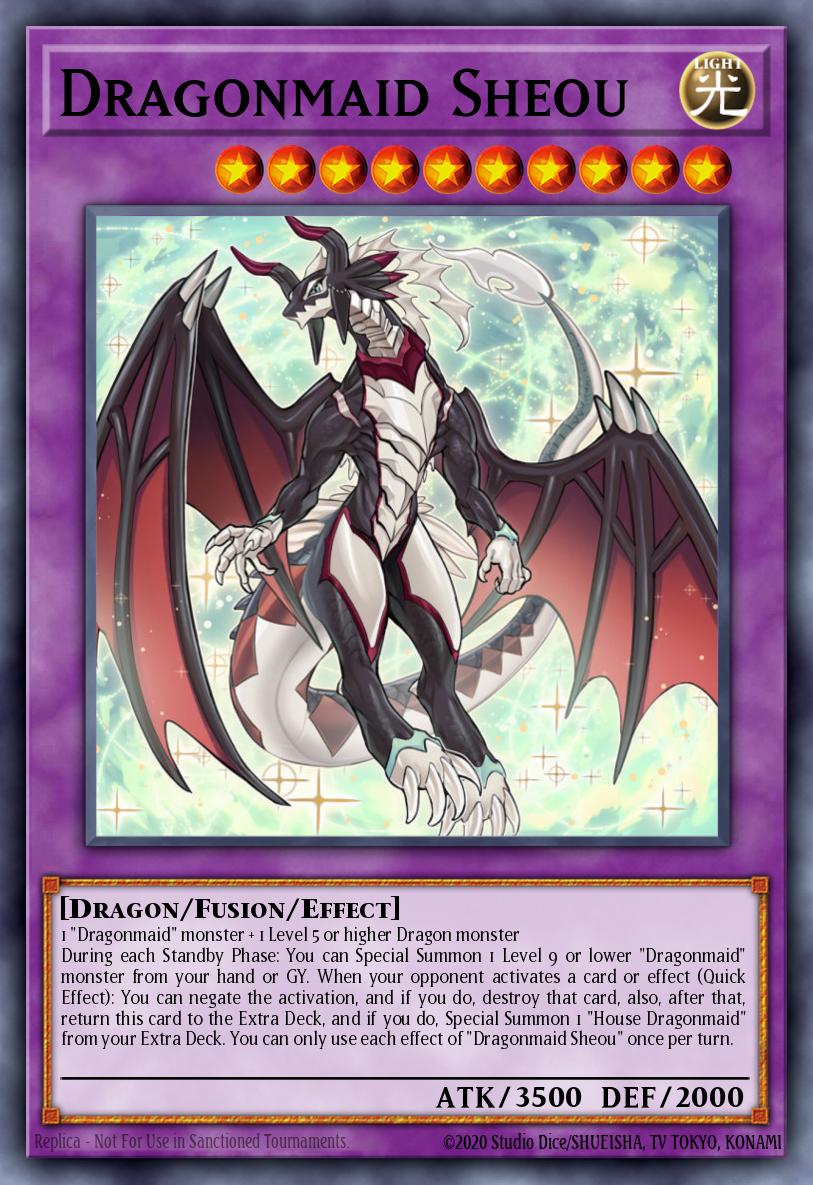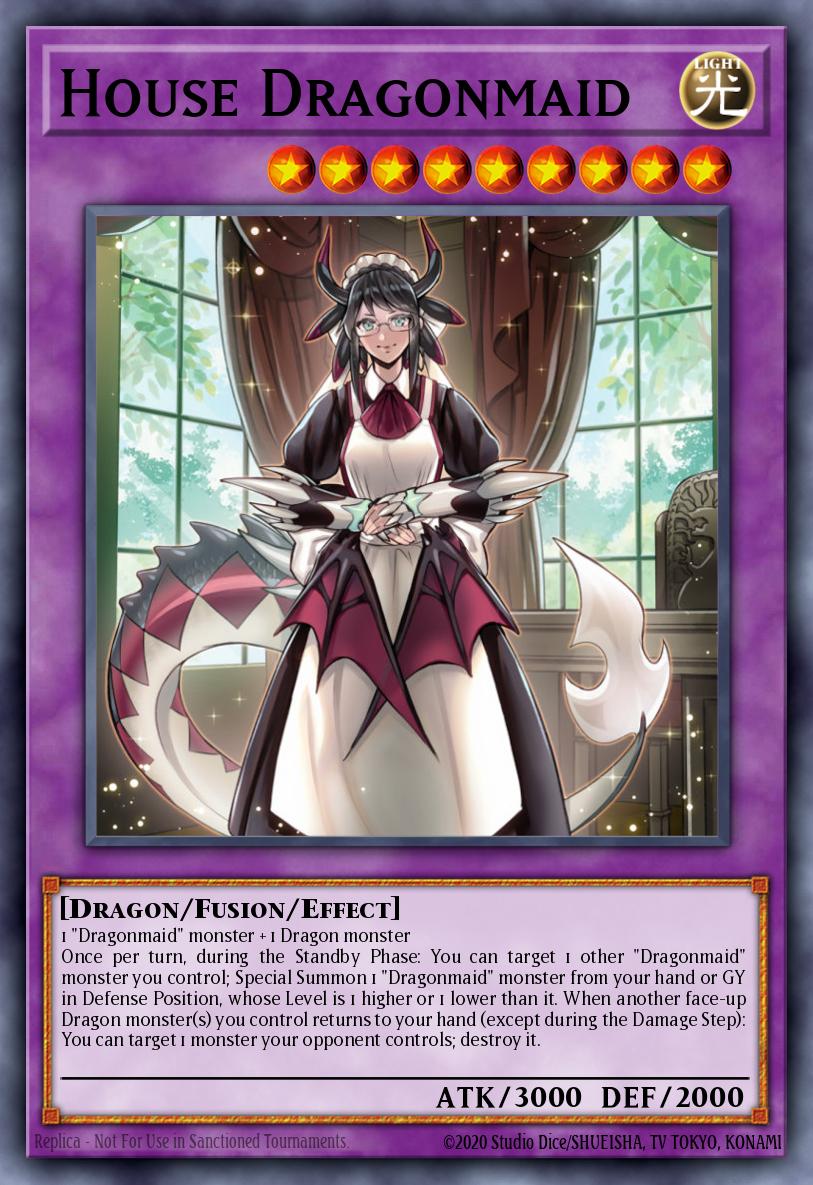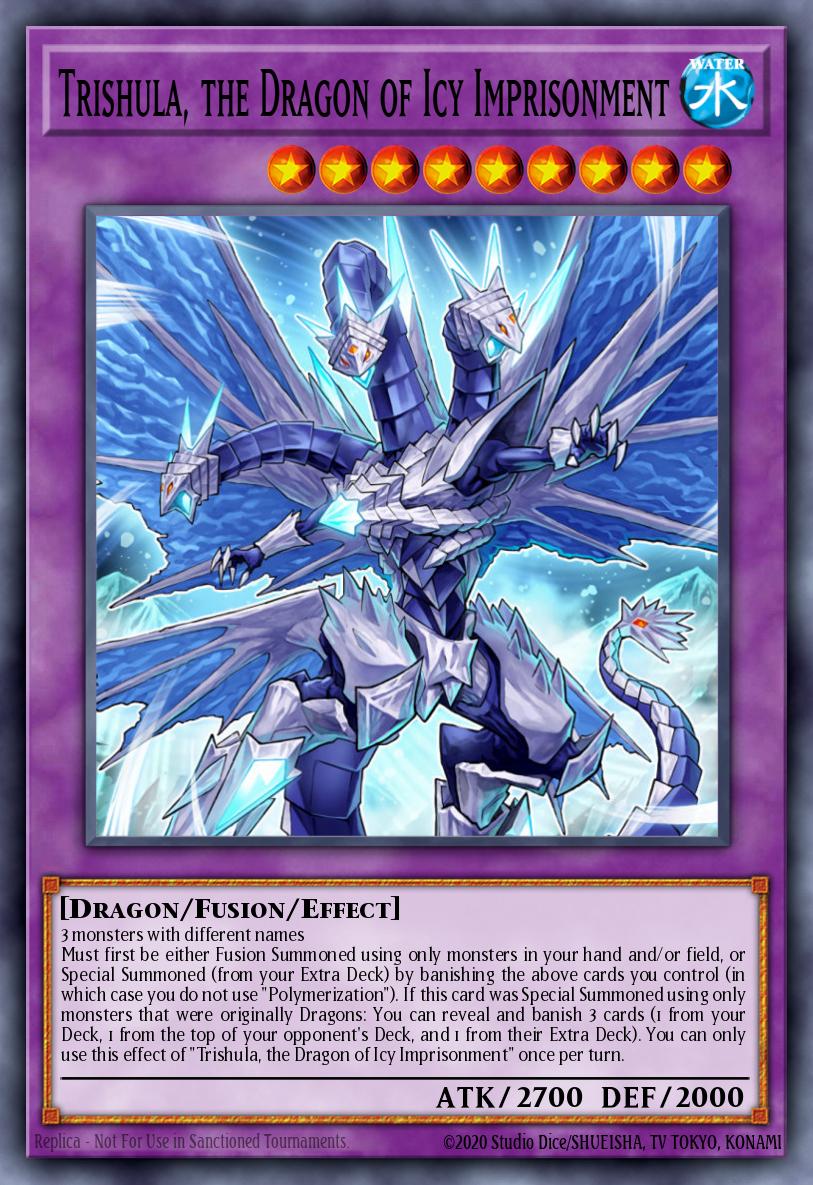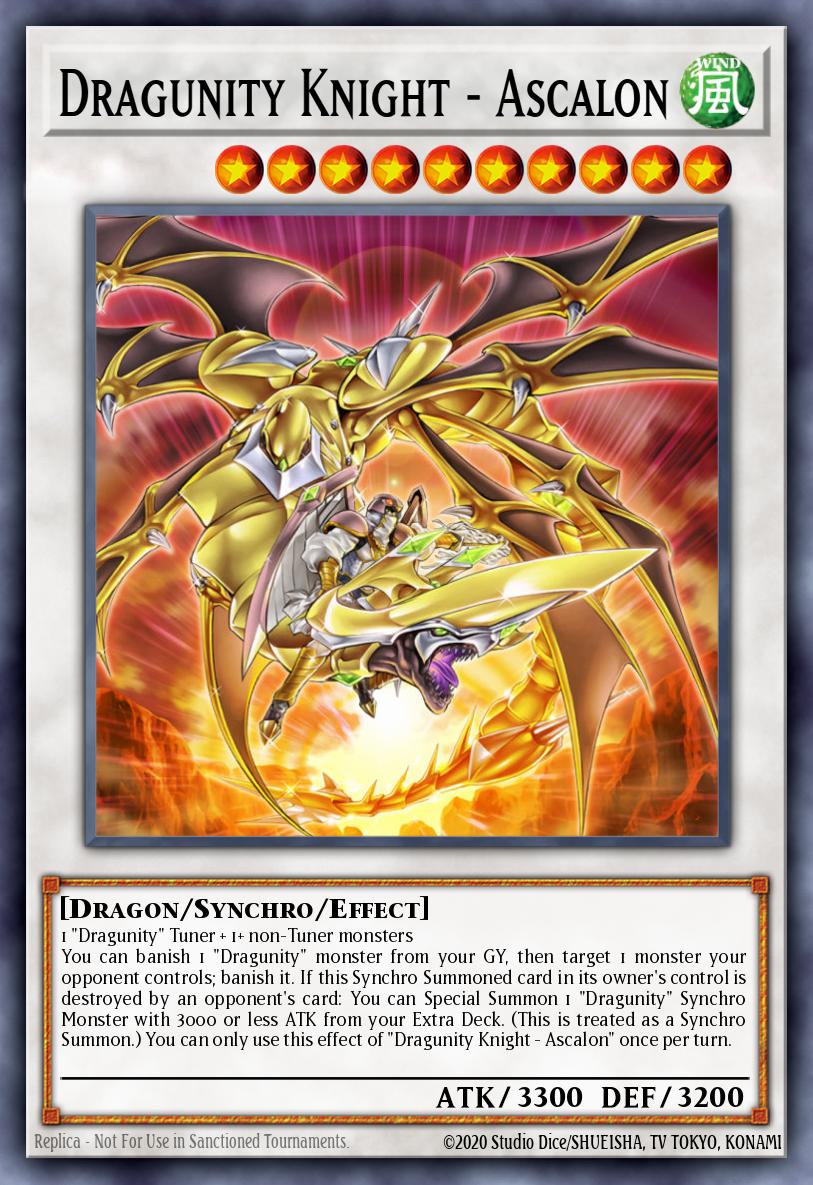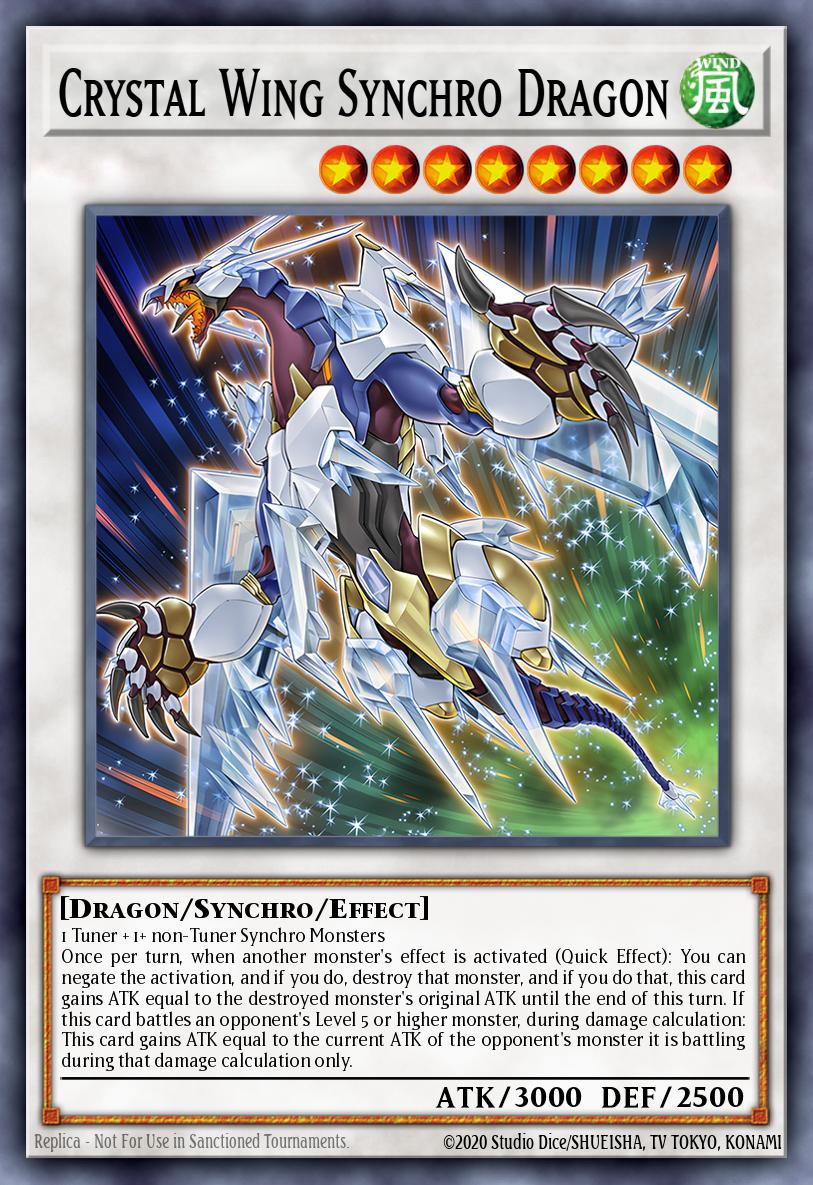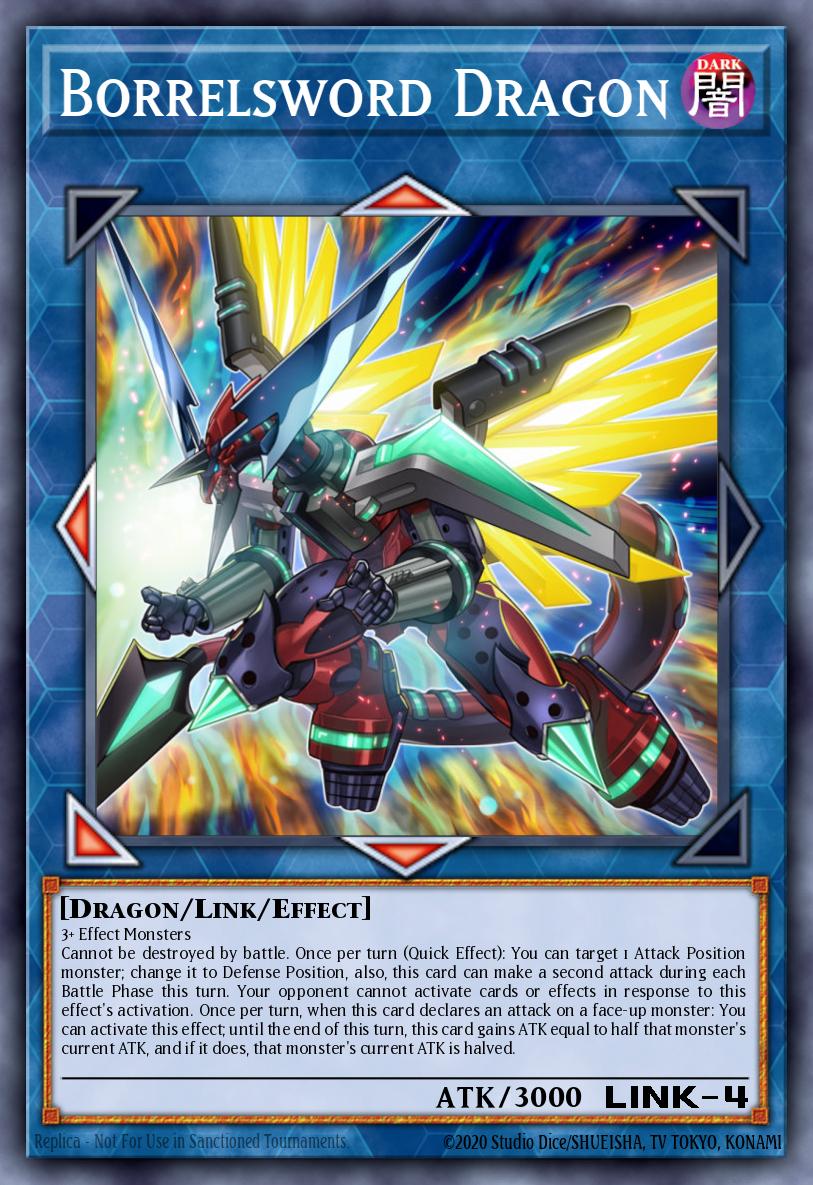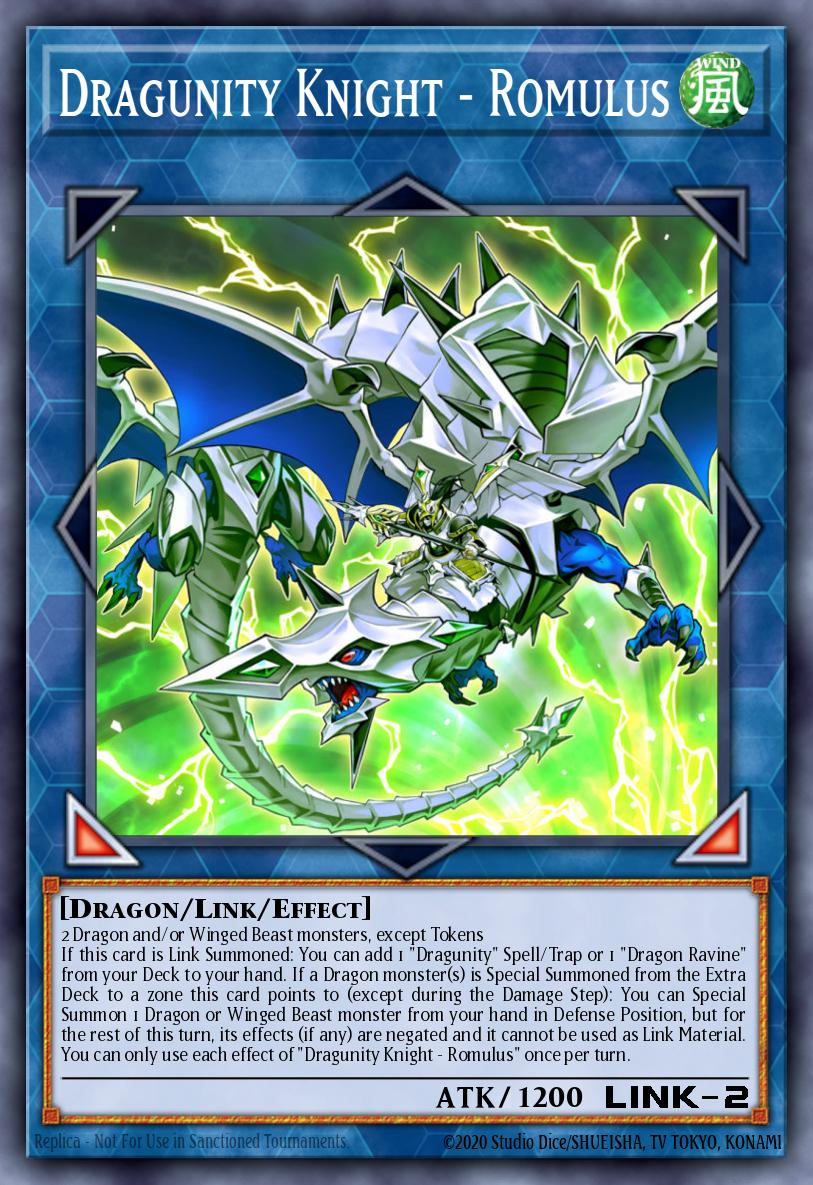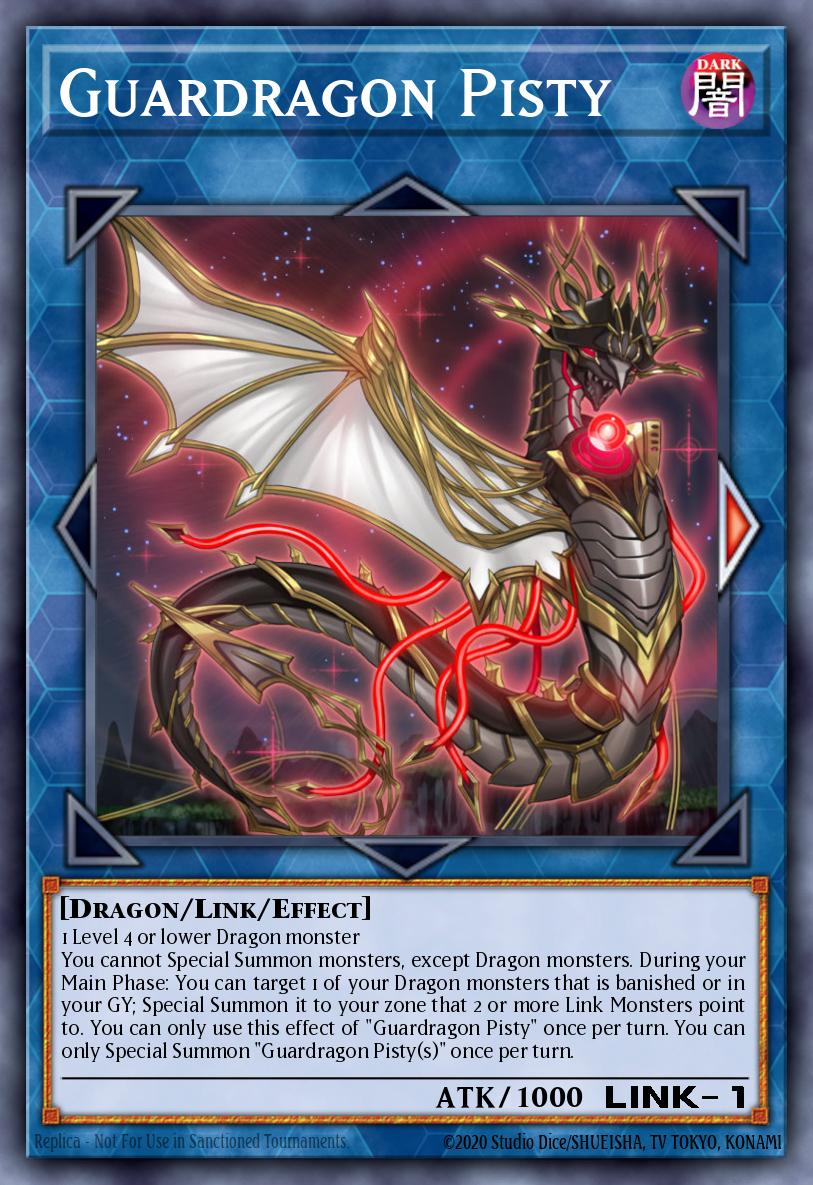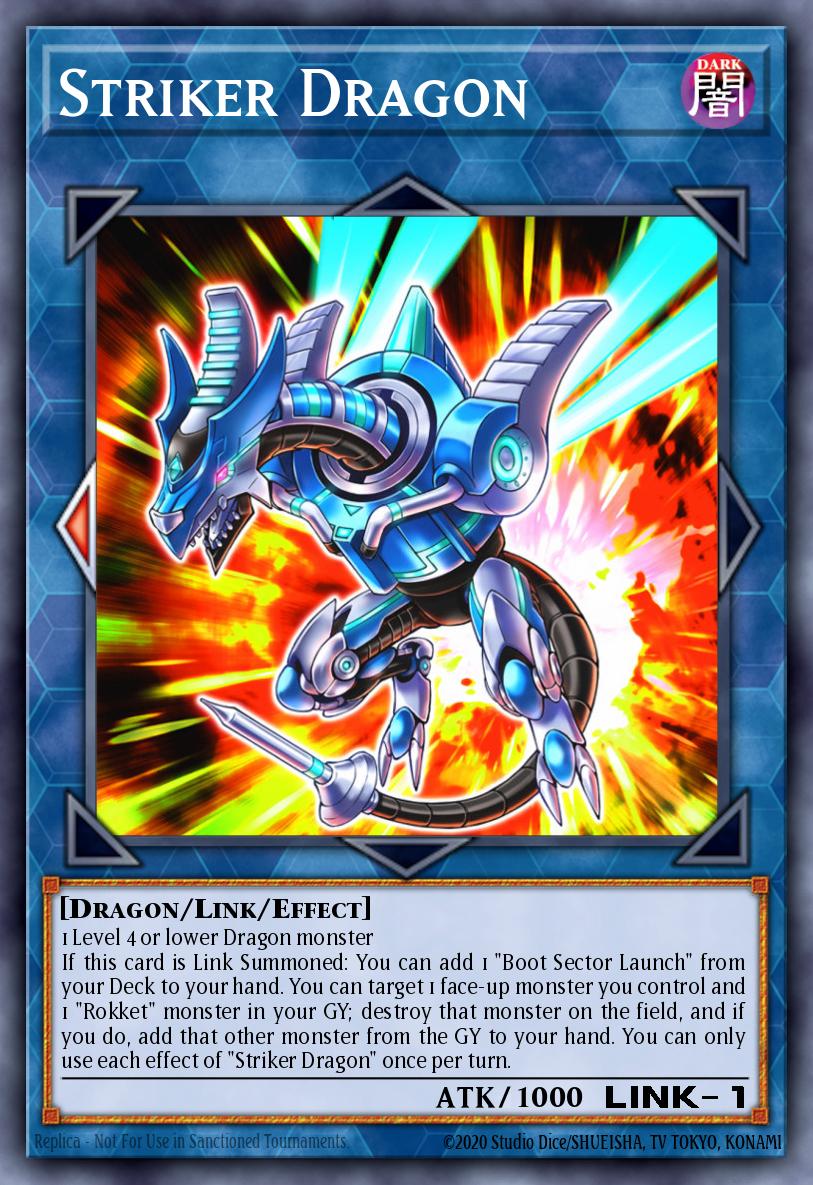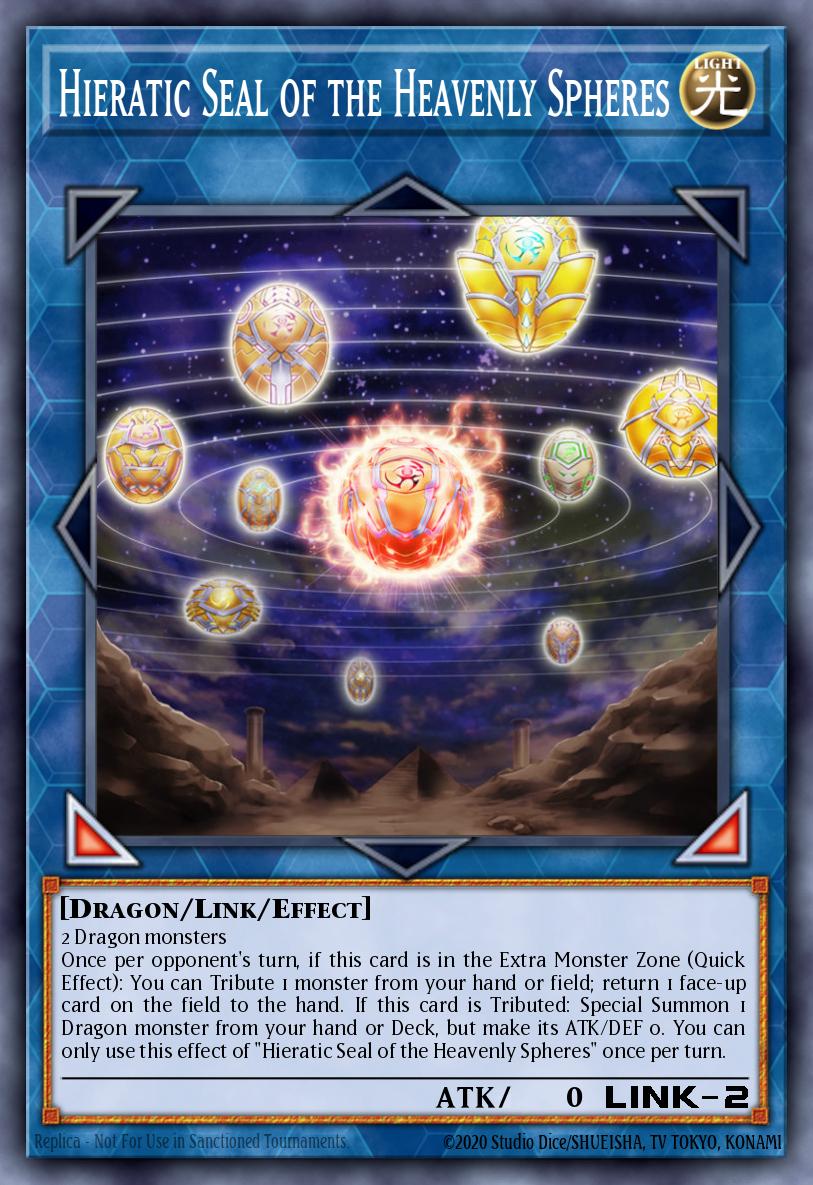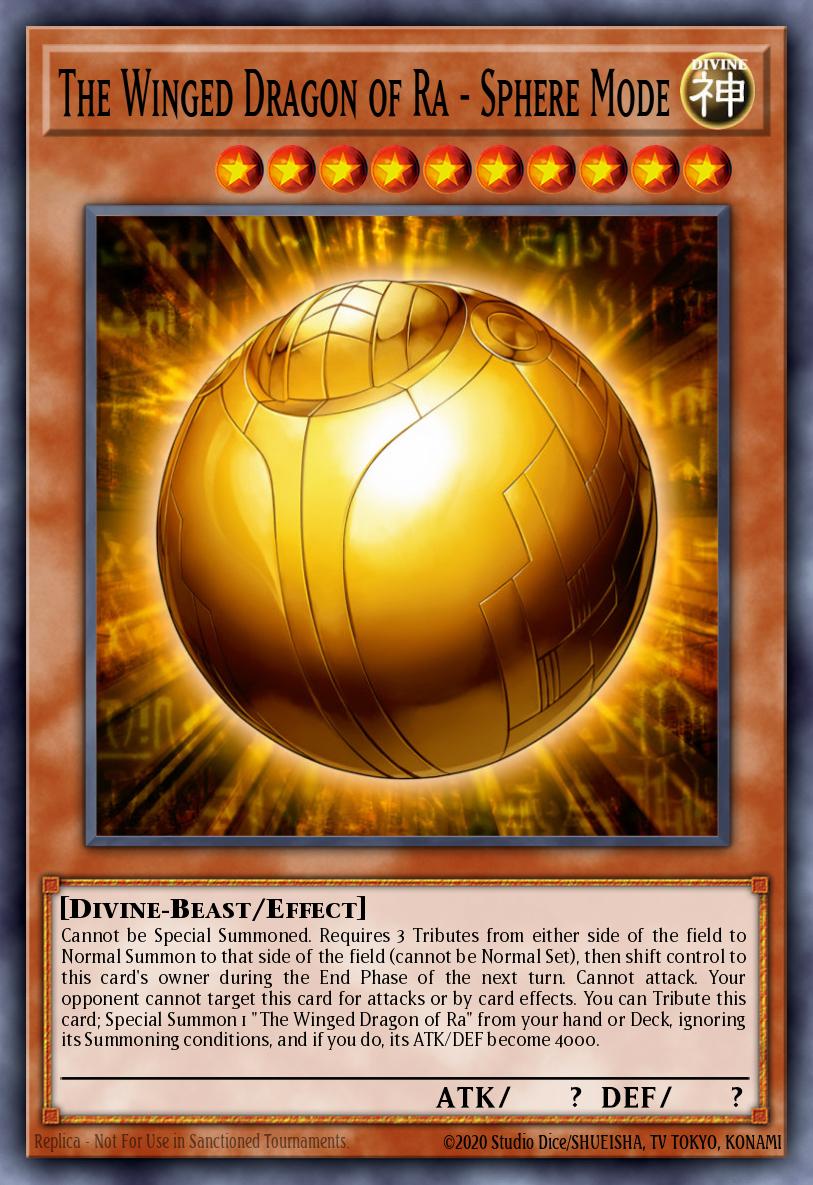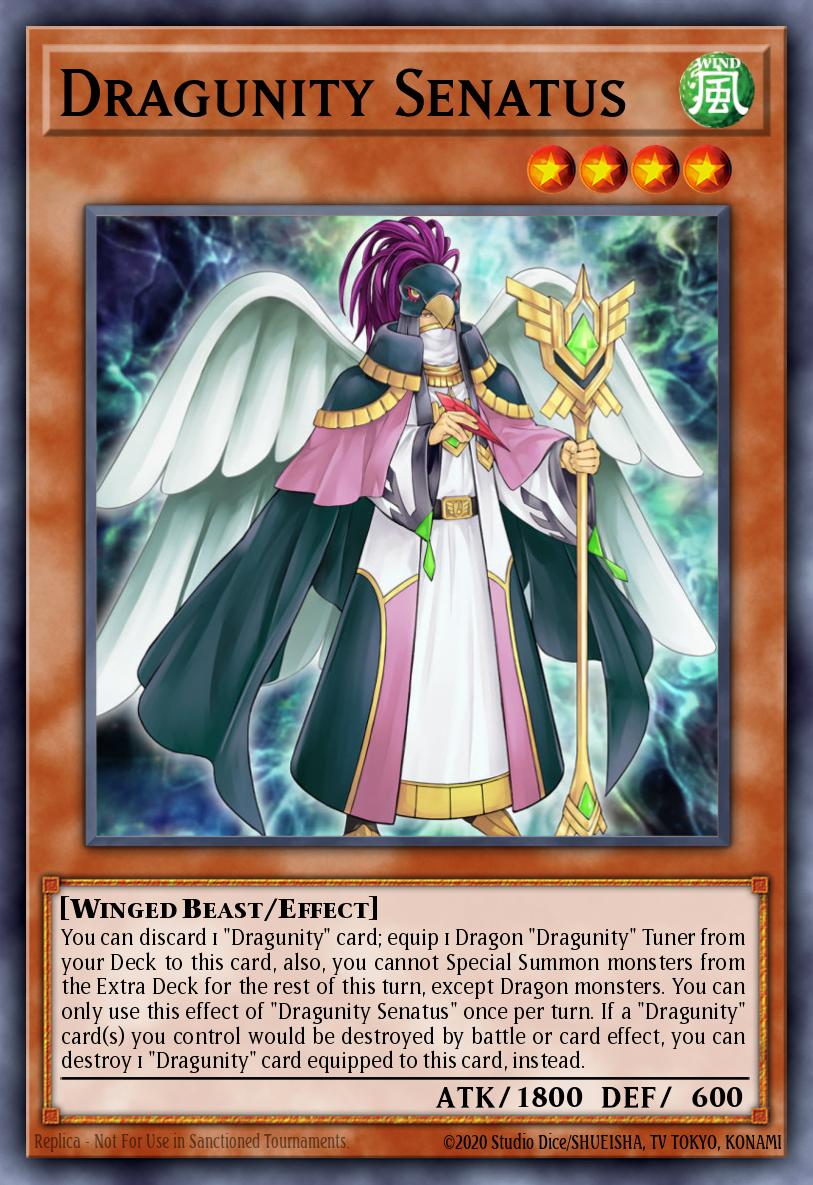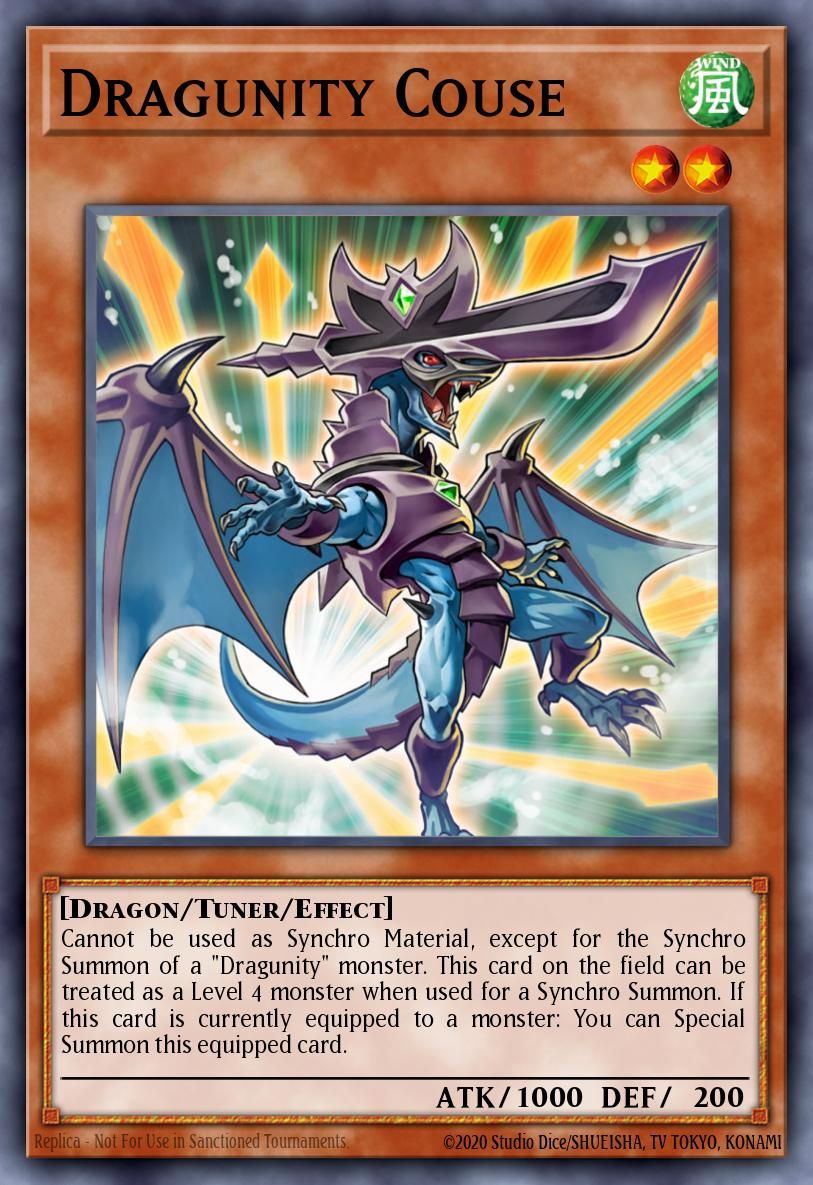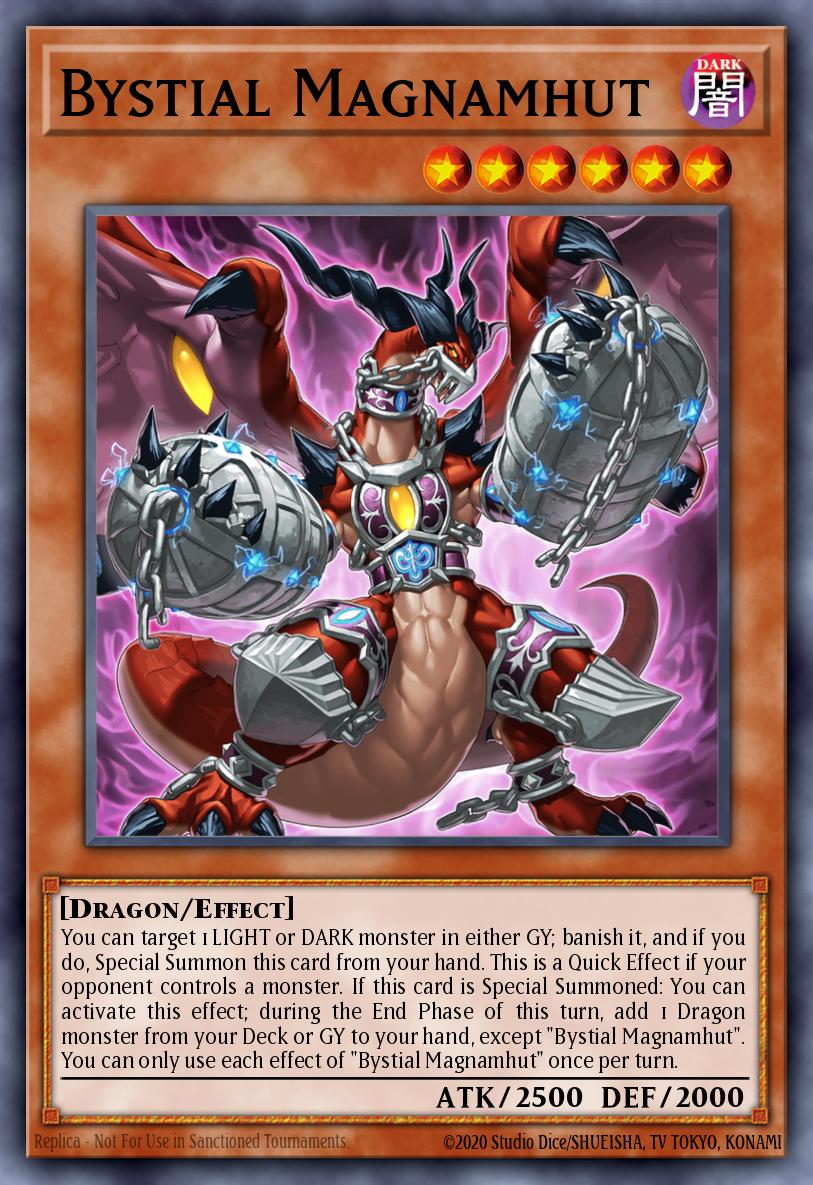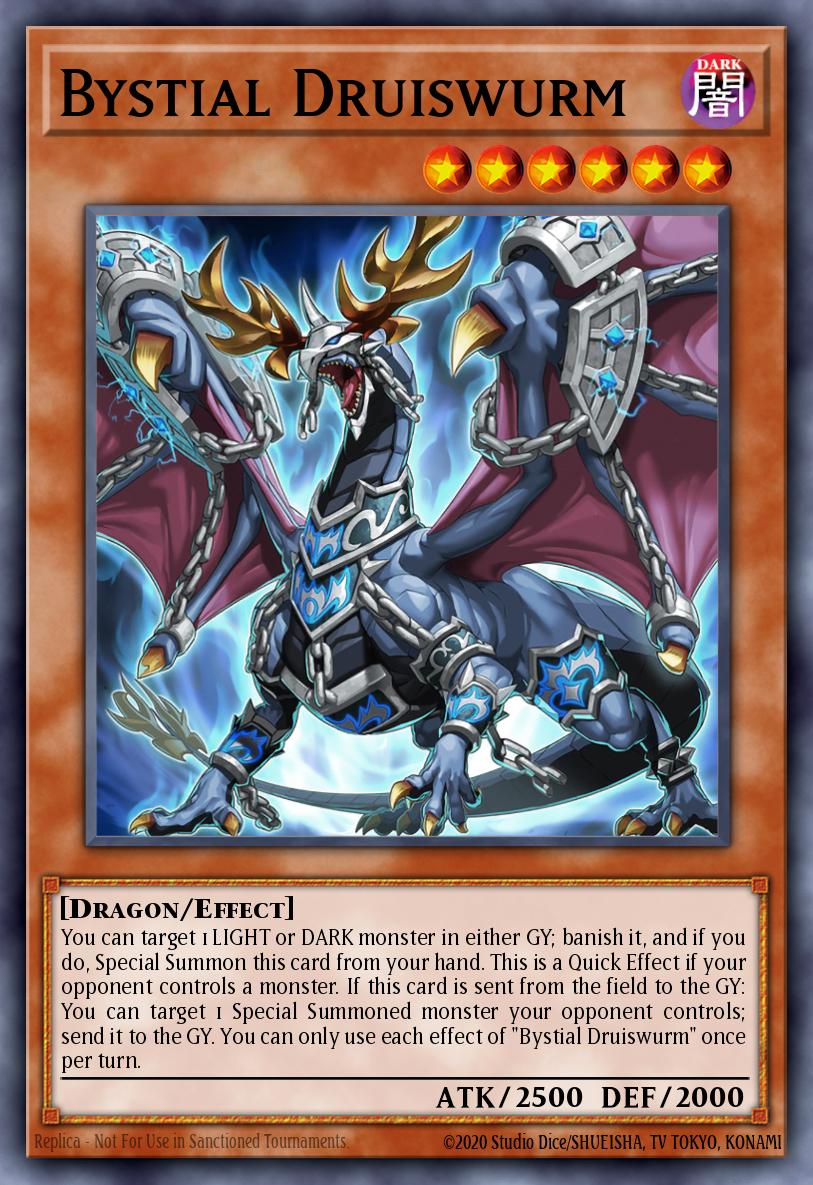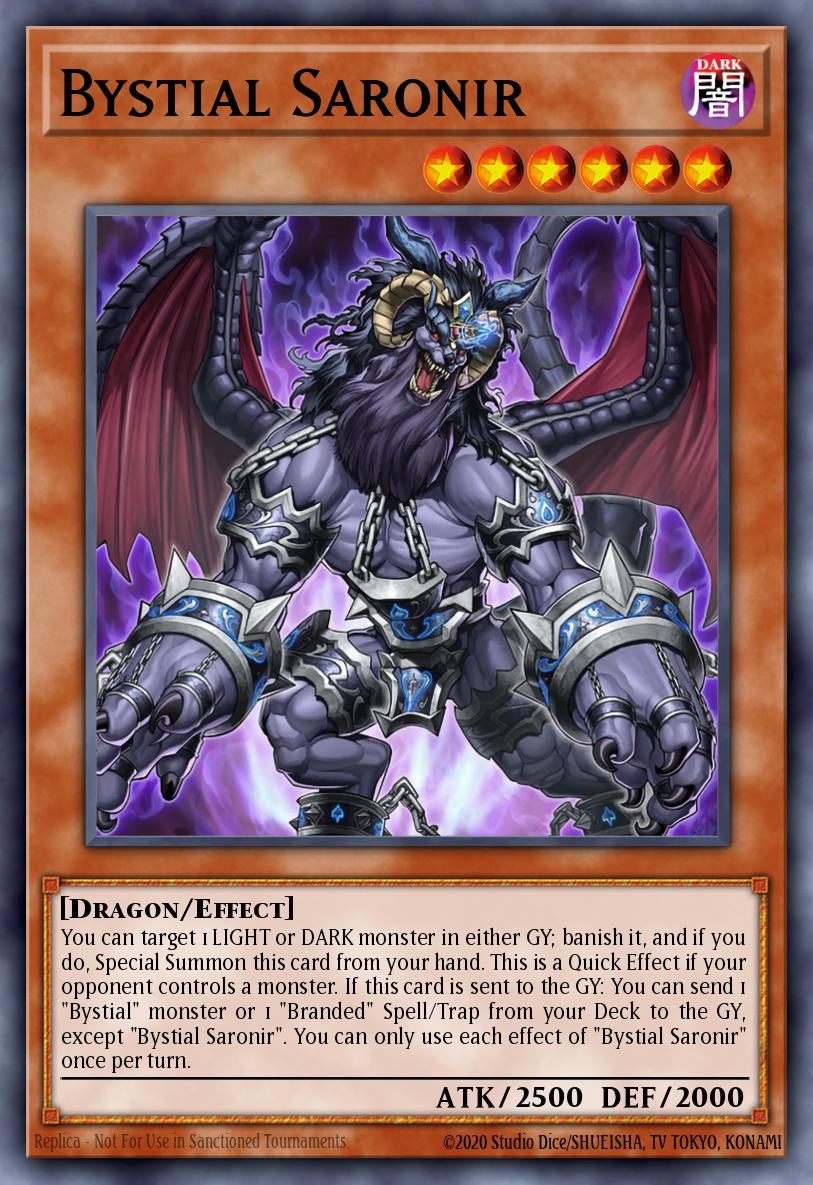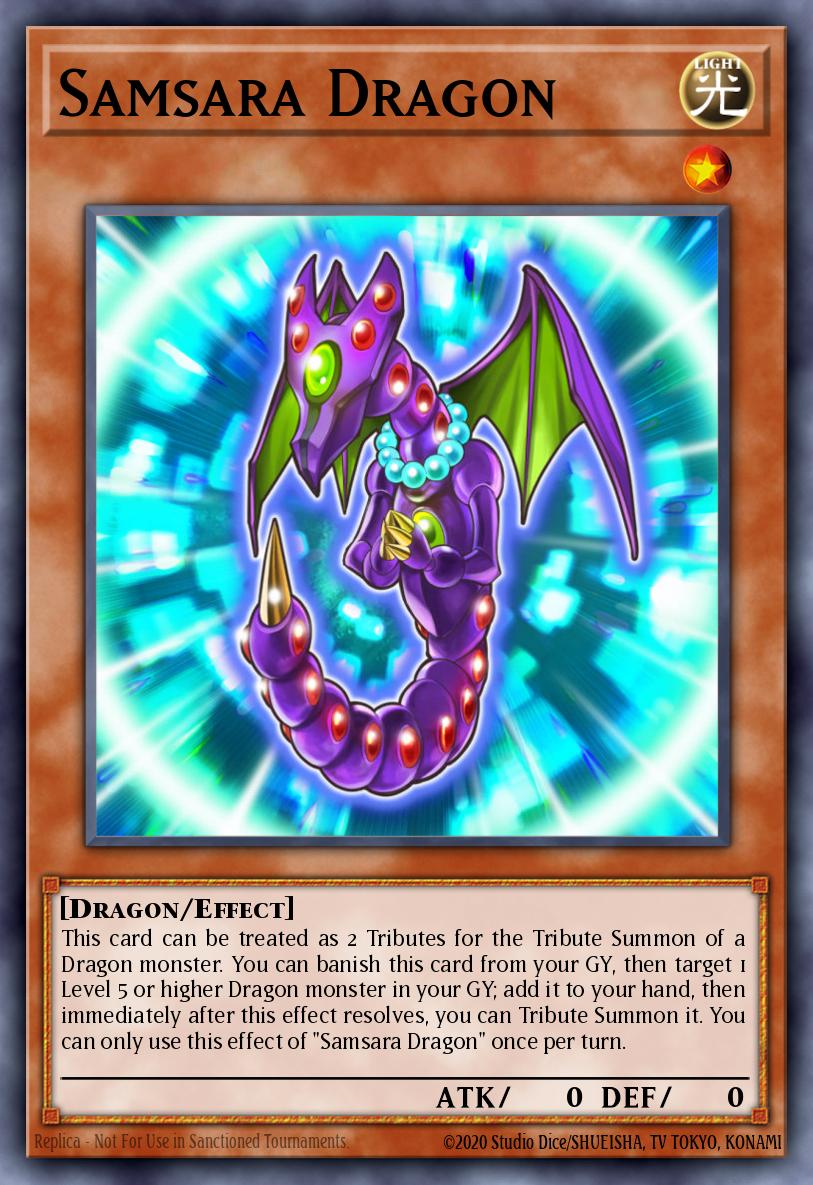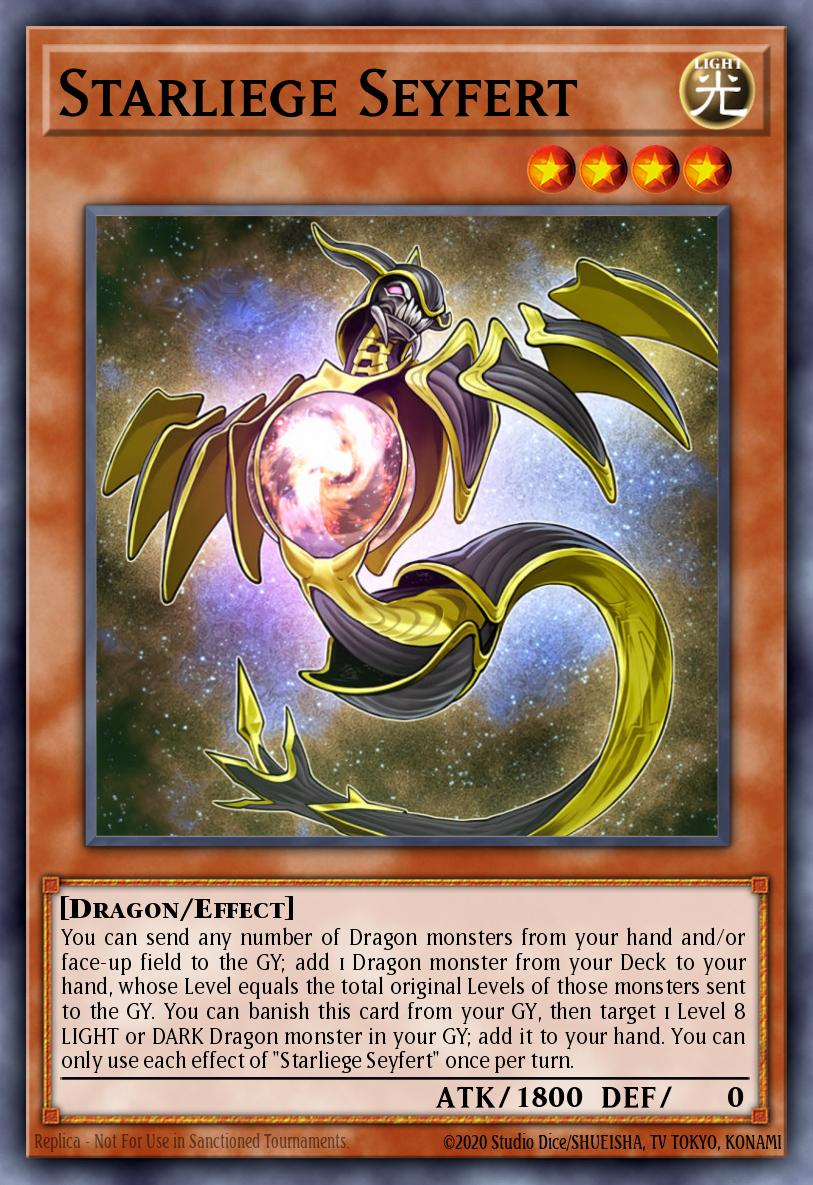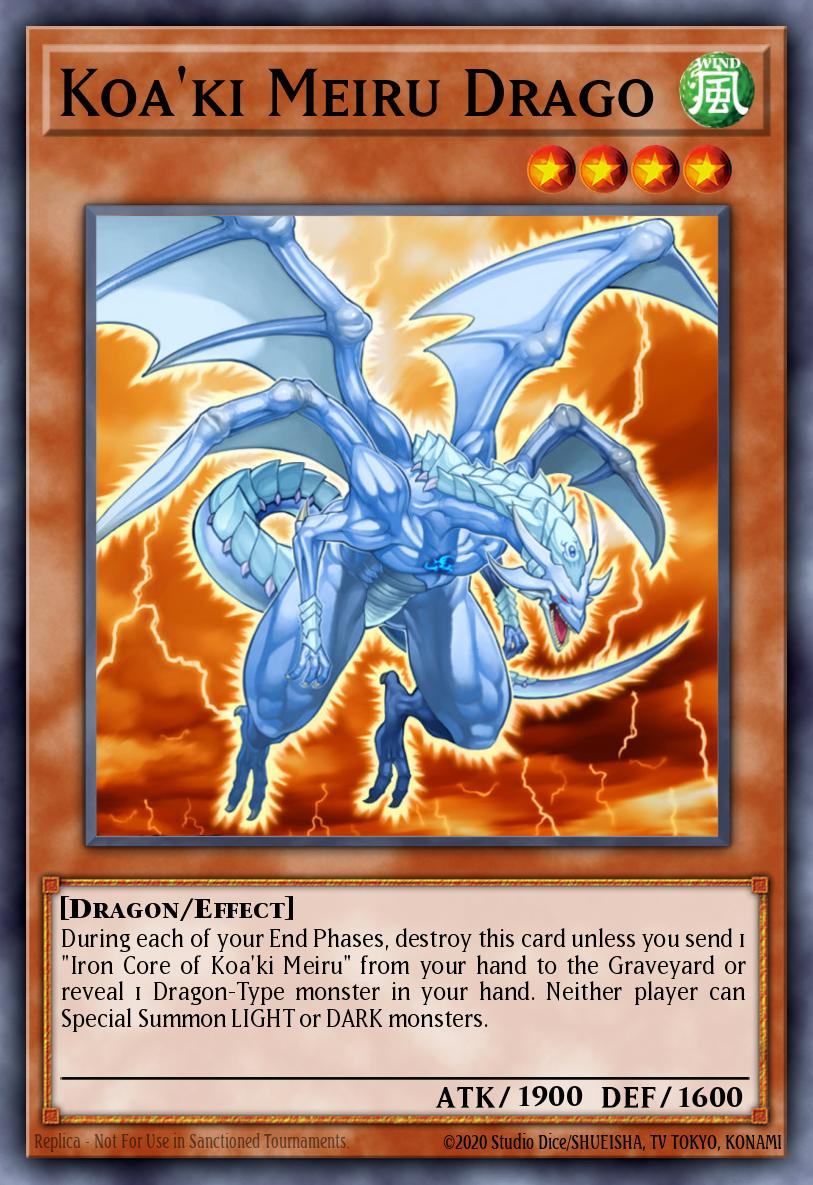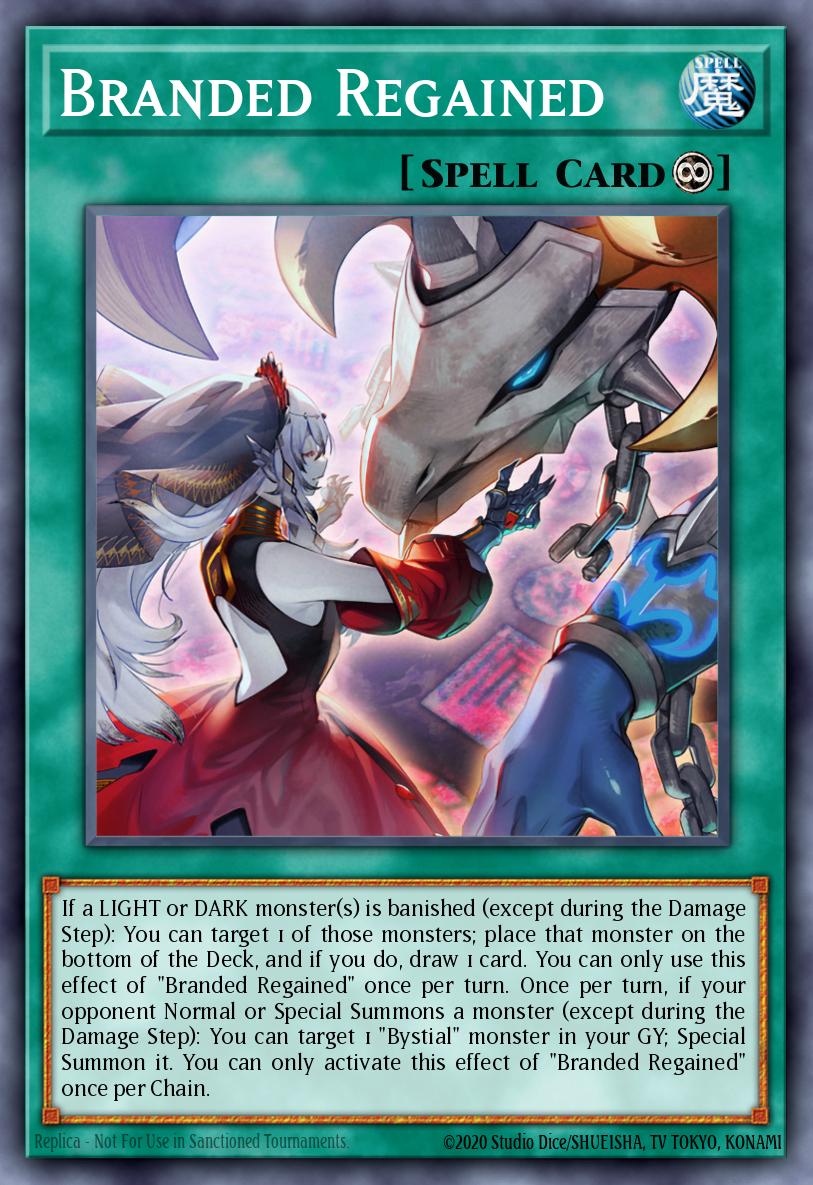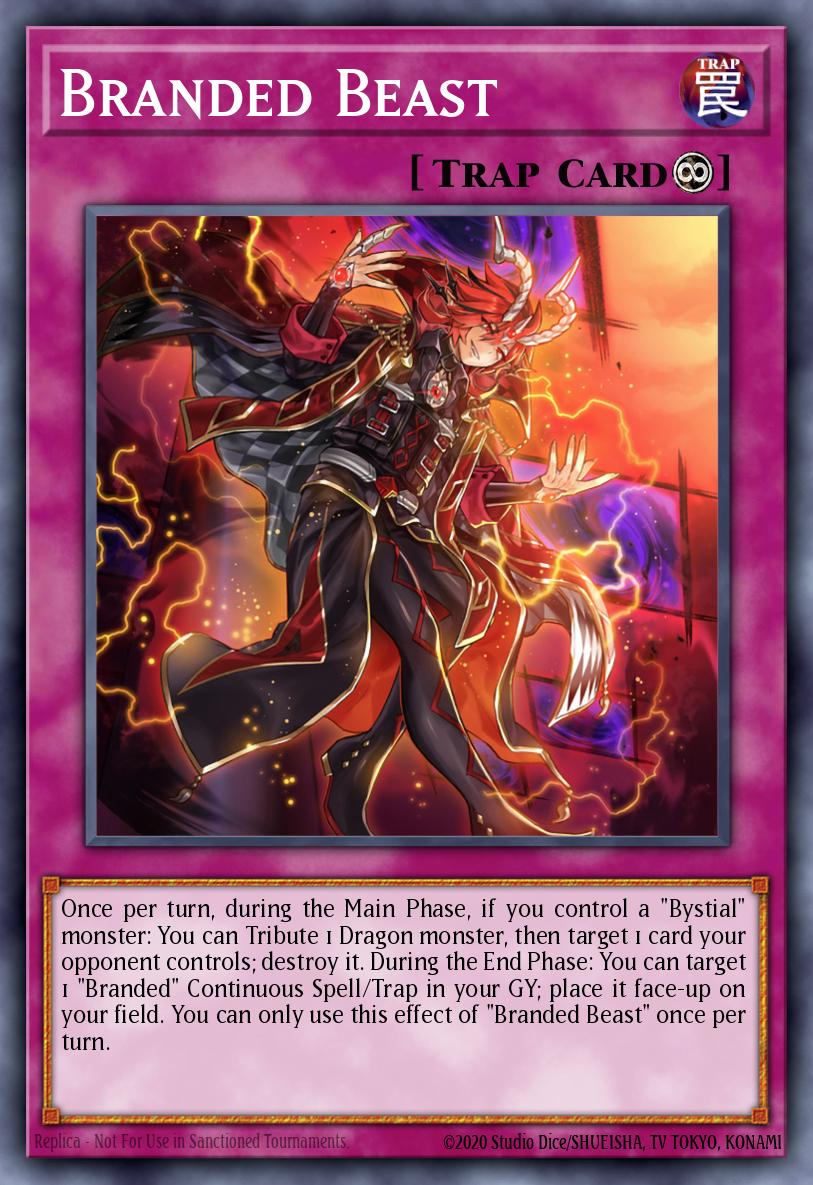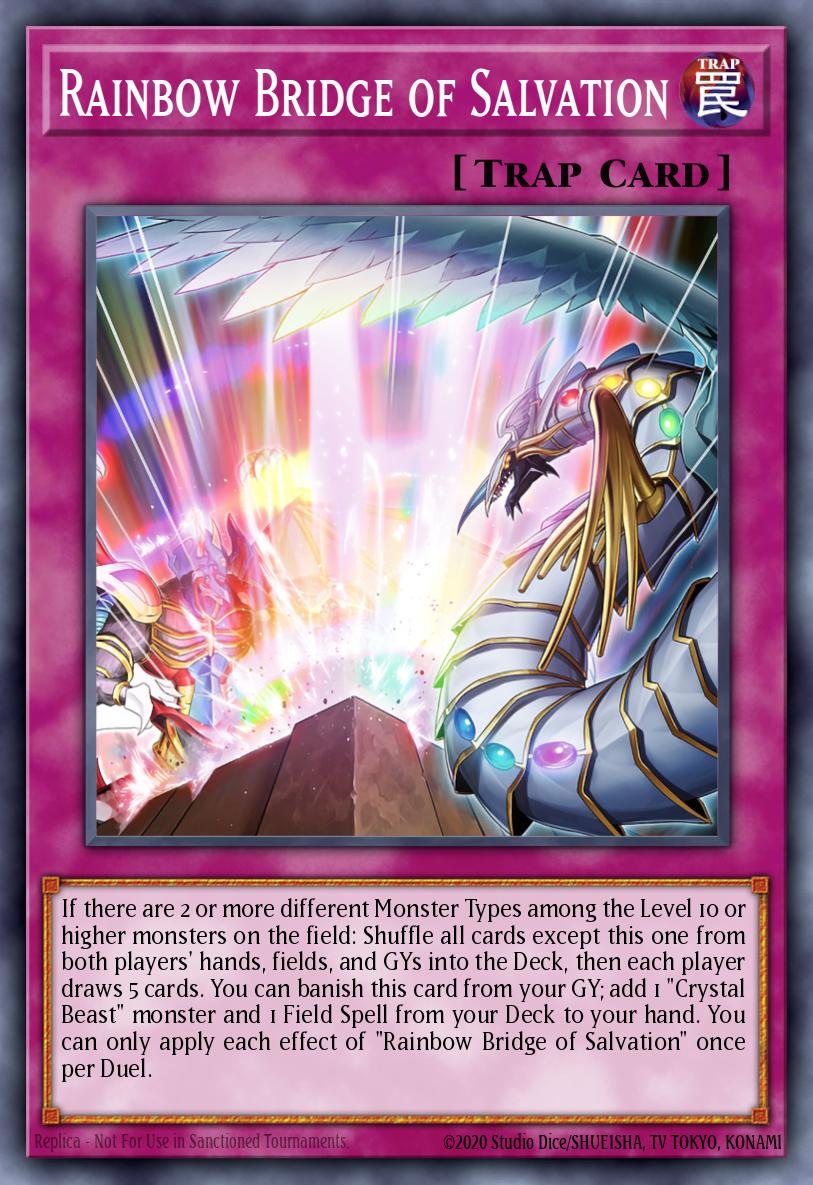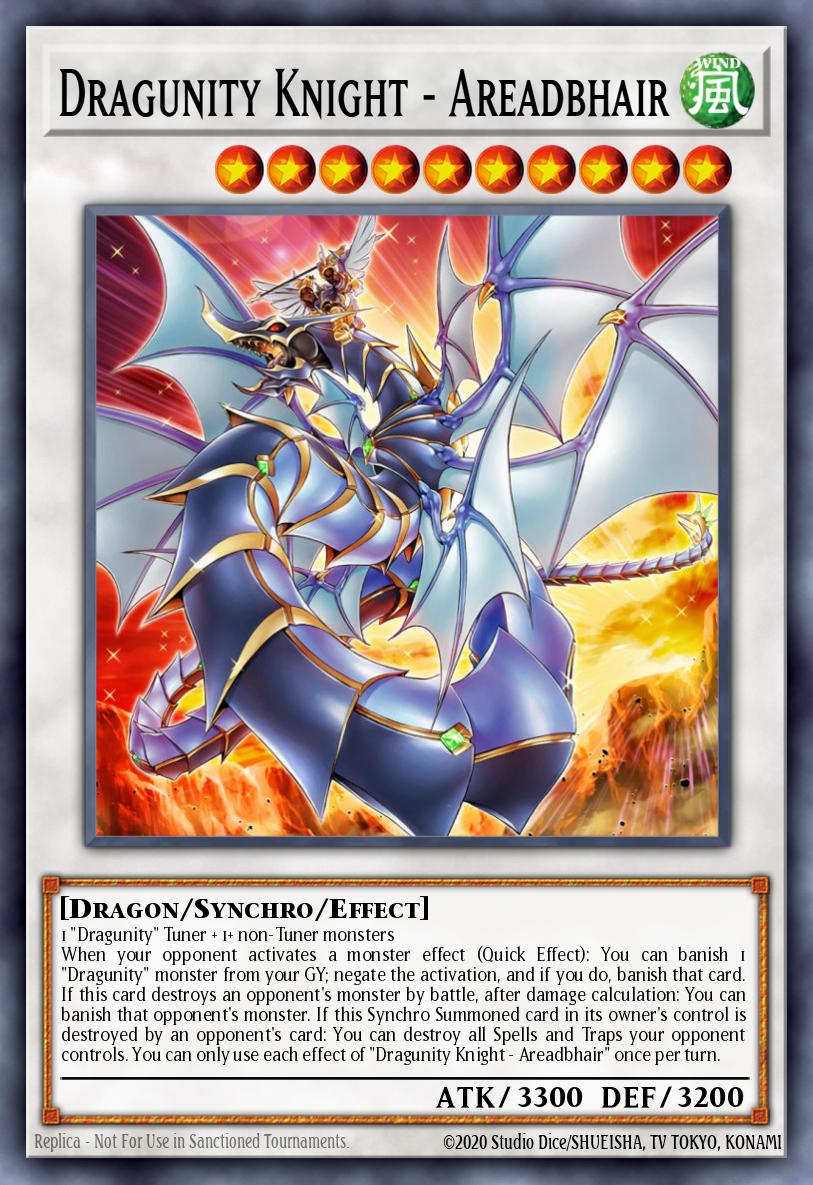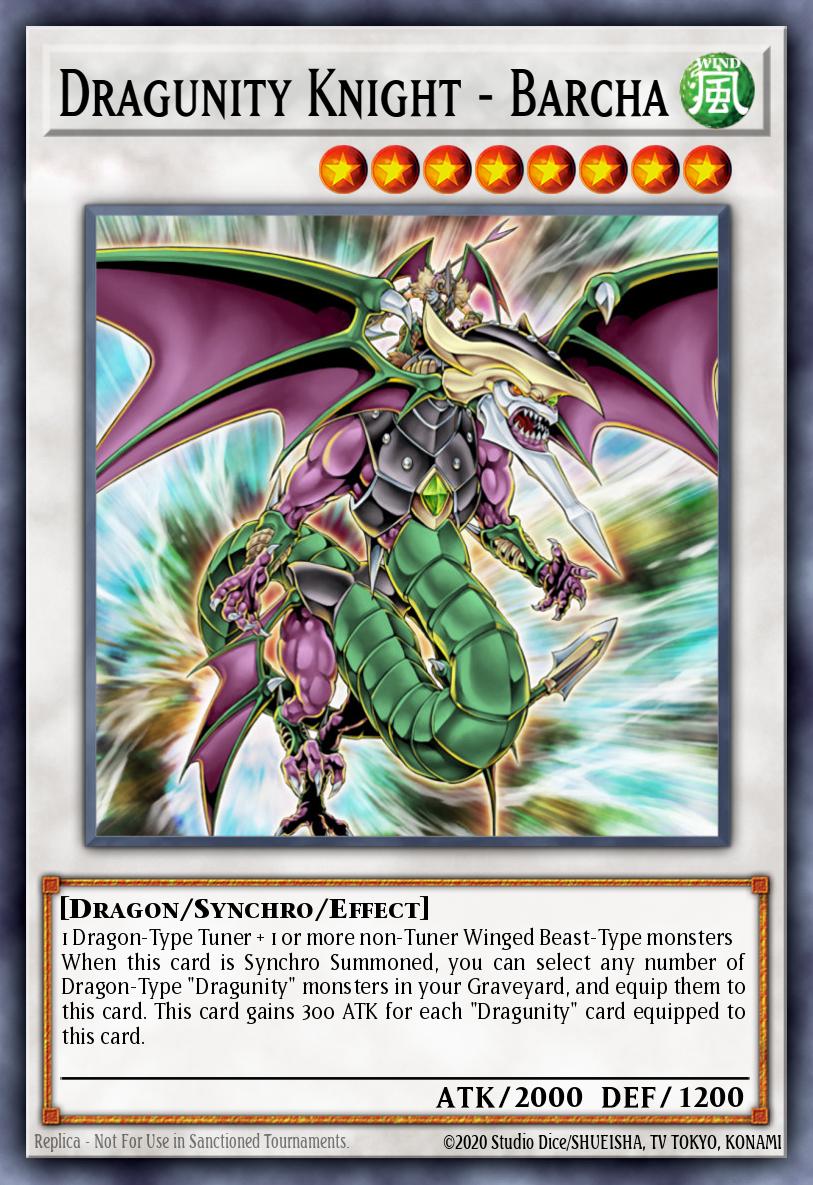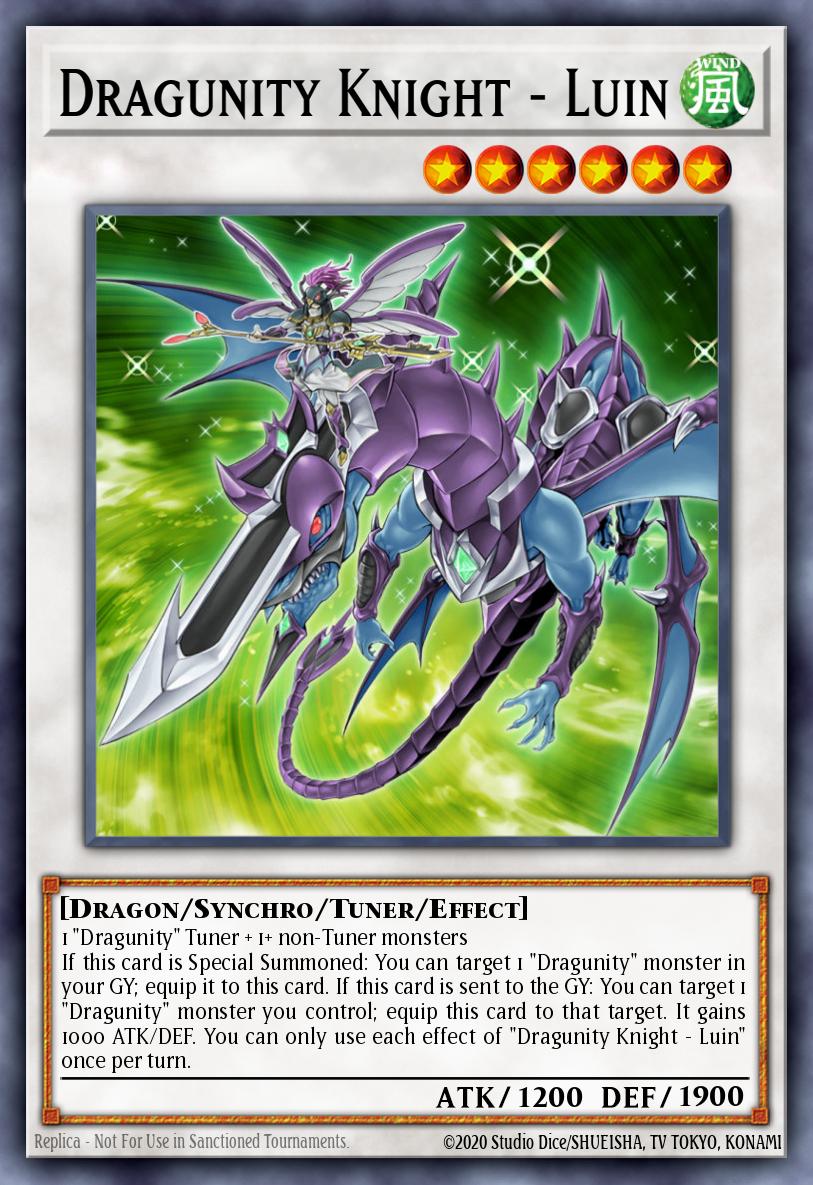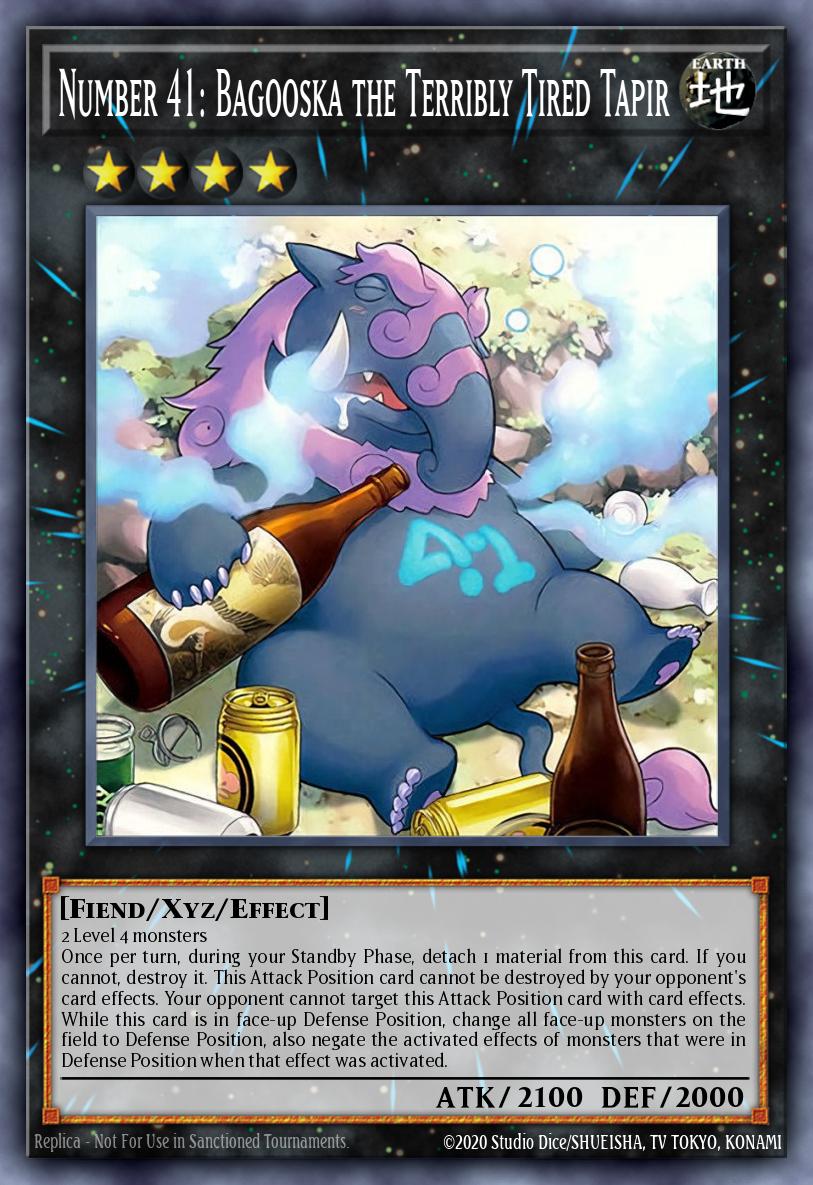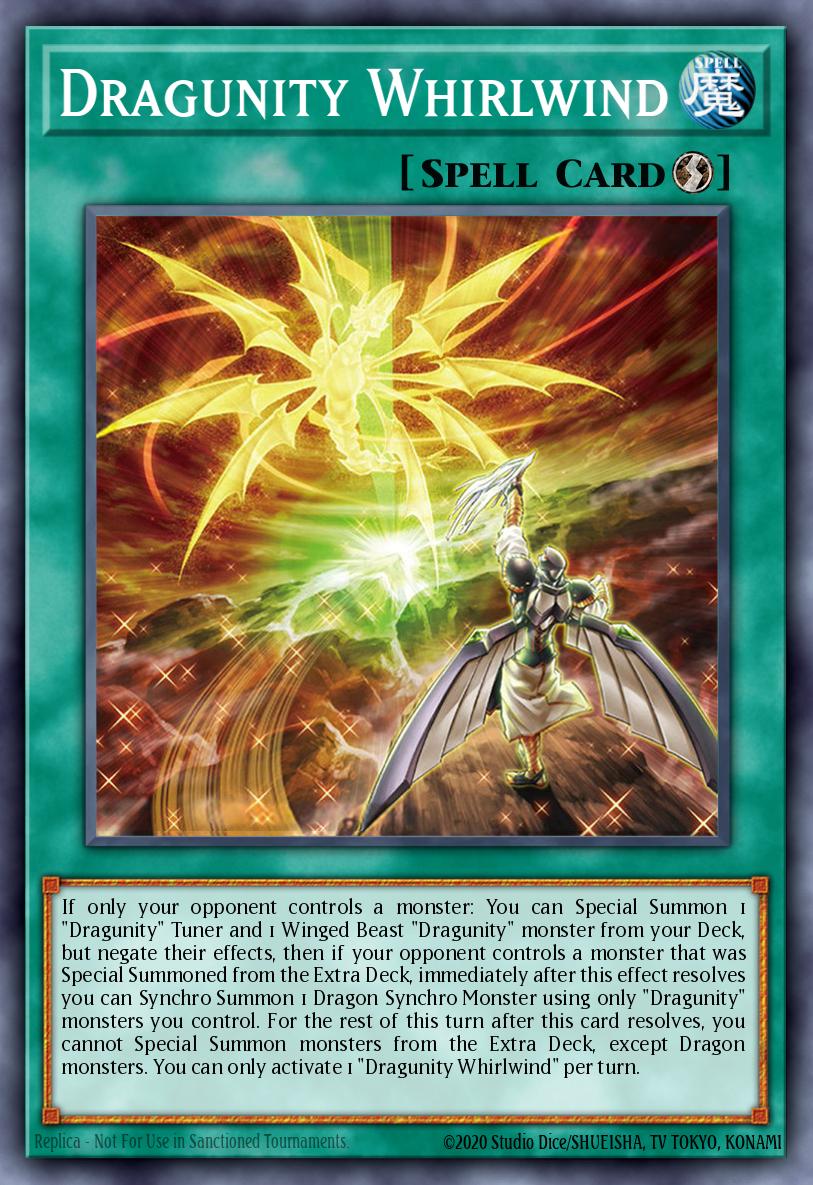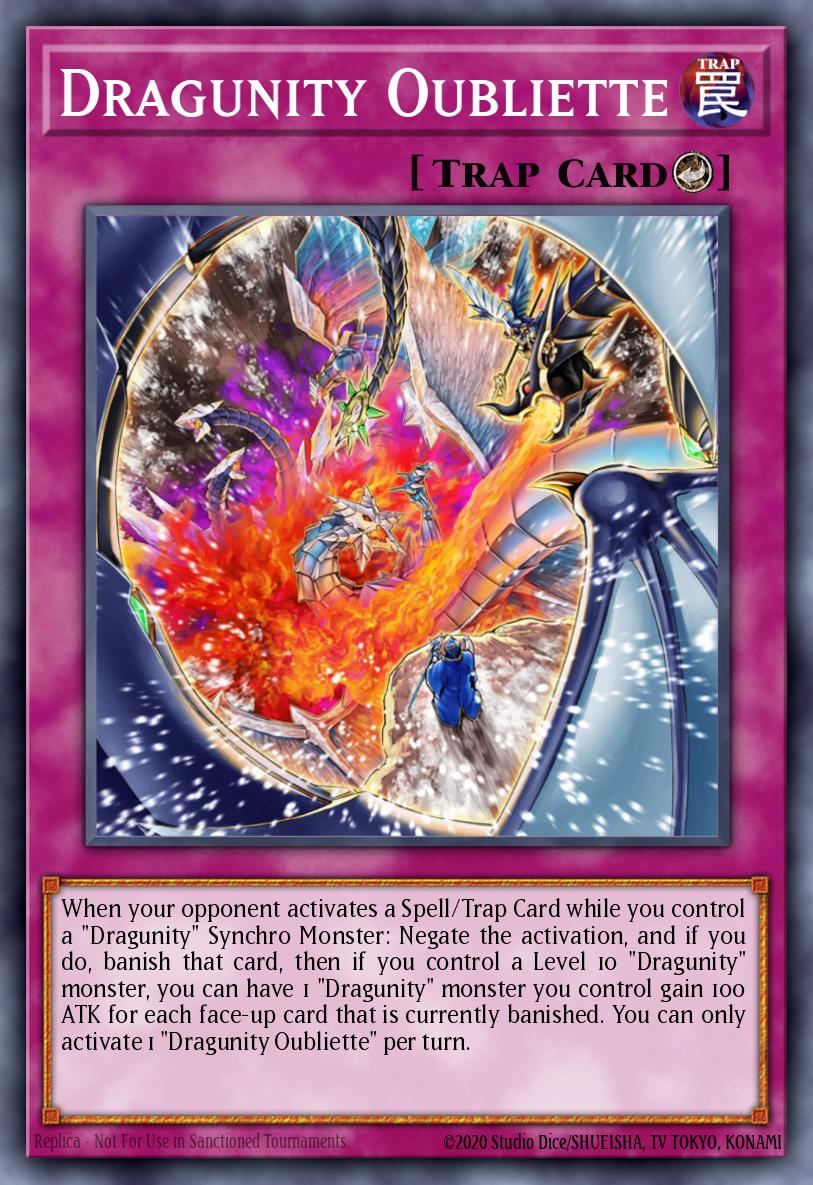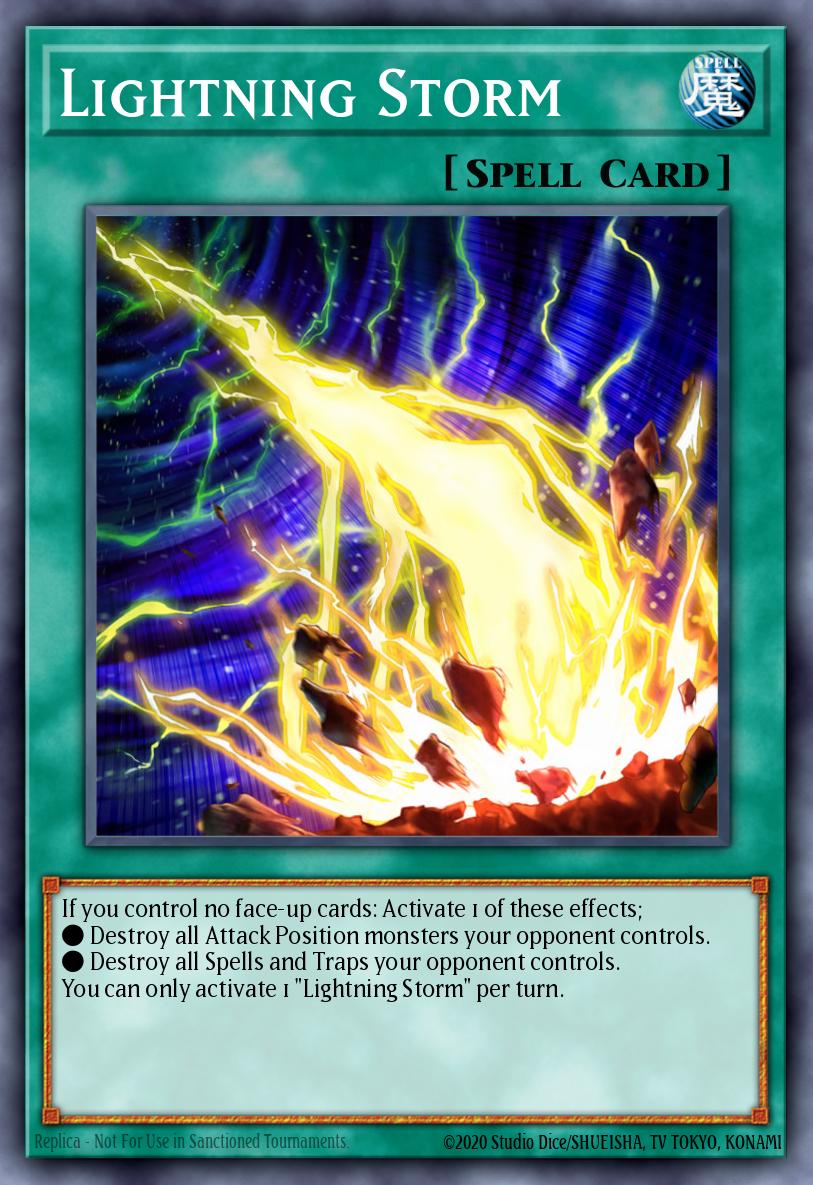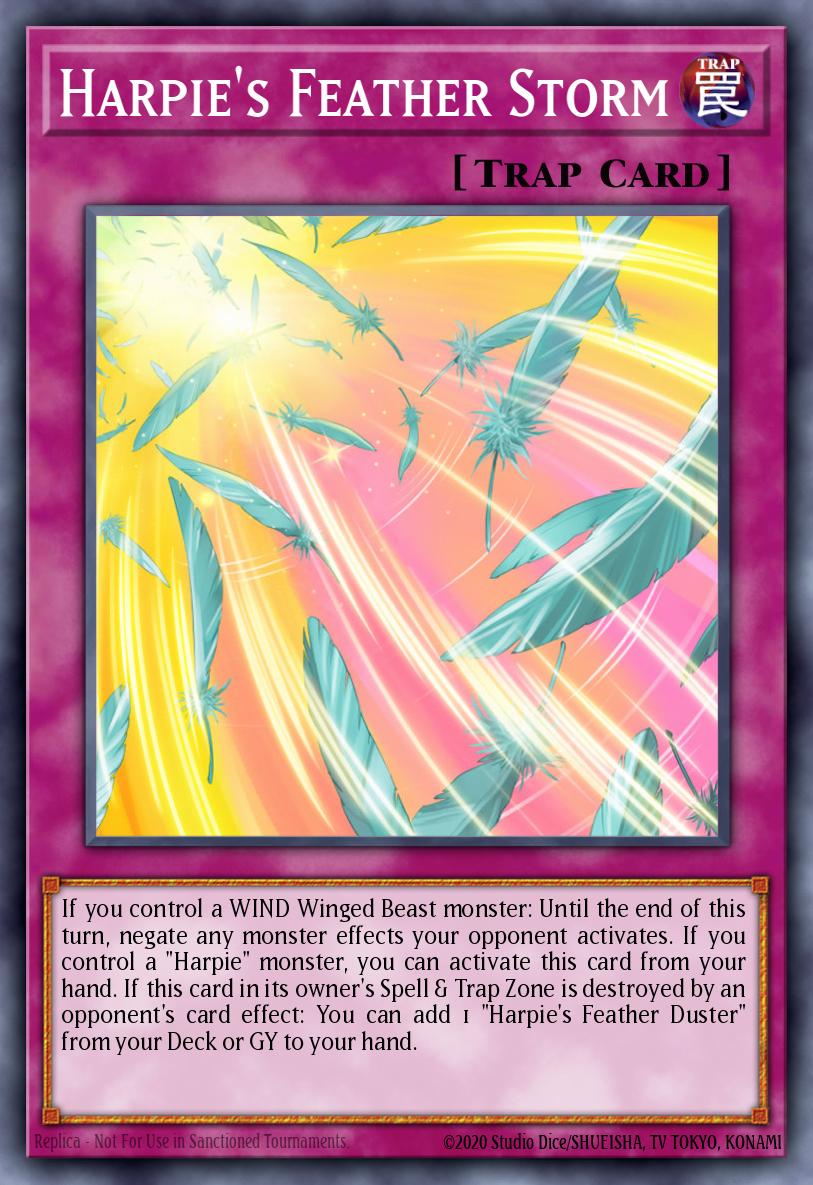Early into the Synchro Era, Konami decided to try something different with their cards, and that is to tell a story through said cards. Over several years, we continuously got cards and archetypes that tied together into the same lore that told a story when analyzed closely. The first lore the game ever saw was the classic Duel Terminal storyline, consisting of multiple archetypes from 2009 until 2015, and arguably even beyond that (but that's for another time). Even when said lore ended, the archetypes involved continued to receive legacy support to tie up loose ends and add a little bit extra to the completed story. With a project like this, a lot of archetype designing is required to make the cards thematically fit what they do in said lore, while also hoping to make a playable archetype in the Yu-Gi-Oh TCG and OCG. In this series, I will go over every single archetype part of this lore and see how successful the designing process of said archetypes was in the competitive landscape to see what archetypes held some real power in the actual game and what archetypes felt like they were just pack filler.
Introduction
To start this series off, we of course have to go back to the beginning of it all. Part 1 will discuss the archetypes that debuted in Hidden Arsenals 1-4, which was in the earliest days of archetype design for Yu-Gi-Oh. This was an era where there were a ton of misses in terms of making these archetypes feel playable and this article is likely to show the archaic nature of old archetype design. With that said, even if the archetypes themself weren't great, each one at least provided a few cards that were able to leave a mark on the game in some way. The first 11 archetypes that will be analyzed from this lore are Worms, Ice Barriers, Flamvell, X-Sabers, Mist Valley, Ally of Justice, Genex, Naturia, Fabled, Jurrac, and Dragunity, and will also include the sub-archetypes that spun off from the select few that got some. Each archetype has varied in success in some way, so let's get into these first several and see which ones were the most powerful in this group.
Worms
We start with the archetype who, in the lore, were the invaders of the Duel Terminal world that the other tribes joined together to try and conquer, so already a high standard to live up to in terms of the actual game. With that said, Worms as a whole didn't too terrible. The whole archetype wasn't that much of a success, but a few standout cards in the archetype made playing somewhat of a Worm strategy viable. The archetype is based mainly on FLIP monsters, which was starting to feel outdated by the time the archetype was released, but it wasn't impossible to see said monsters appear every once in a while. The combo of Worm Xex and Worm Yagan carried this strategy with how they comboed together. Xex was able to send any Worm from your Deck to the graveyard on Normal Summon, which you could send the Yagan that could trigger its effect when Xex was on the field to summon itself in face-down Defense Position. Yagan then could bounce a monster on the field after it was flipped face-up, which was solid removal for the era, though this effect was mainly triggered through the powerful W Nebula Meteorite.

W Nebula is a Normal Trap that could flip your face-down all face-up, triggering any effects they might have upon being flipped. This can trigger your Yagan to bounce an opponent's monster, likely their Normal Summon for the turn, to slow them down a bit. At the end of the turn, all your LIGHT Reptiles go back to face-down Defense Position (likely to let you reuse Yagan again, but then you get to summon a Level 7 or higher LIGHT Reptile from the Deck and get a free draw. The main monster summoned off this effect was Worm King, due to its high ATK, ease of tribute summoning if you had to, and ability to tribute a Worm to destroy other cards on the field. The only other Worm worth playing was Worm Cartaros since it does have a FLIP Effect to search for any Worm monster, synergizing well with the strategy and W Nebula Meteorite. 4 good monsters out of 26 isn't a good batting average, but the Deck did get a few tops and was even played at the 2011 World Championship, but sadly I could not find that decklist. Considering most of these other archetypes couldn't be played as anything close to a coherent strategy on their own, Worms overall didn't do too half bad in this context. One list even used Worm Zero with a copy of Super Polymerization in the side, so that's a nice little bonus.
Ice Barrier
Next up we get to the WATER Tribe from the beginning of the Duel Terminal lore who were in charge of guarding 3 powerful Dragons, the Ice Barriers. The Ice Barrier strategy can be best summoned up as a Synchro strategy that uses their Synchros to control the field and Main Deck to try and stun the opponent while also spamming the materials for Synchro Summons. This archetype got its support in the original Hidden Arsenal sets alongside being revisited over a decade later with a Structure Deck that was voted on. With that in mind, the Deck as a whole hasn't been able to make an impact as a standalone strategy. Despite that, there are still a few standalone cards in the archetype that have made somewhat of a competitive splash.
The cards that saw niche competitive play were Mirror of the Ice Barrier and Shock Troops of the Ice Barrier. Mirror is a solid card to put into a Side Deck against any strategy that tries to banish your cards from your hand, field, and/or graveyard while Shock Troops saw a minor bit of play in 2015 when Nekroz was a top Deck and we needed a way to out a monster that was Ritual Summoned with Djinn Releaser of Rituals as material. If you want to get past the niche cards of the archetype, the 4 cards to make a big impact on the metagame were the Synchros the Deck had in the early days.
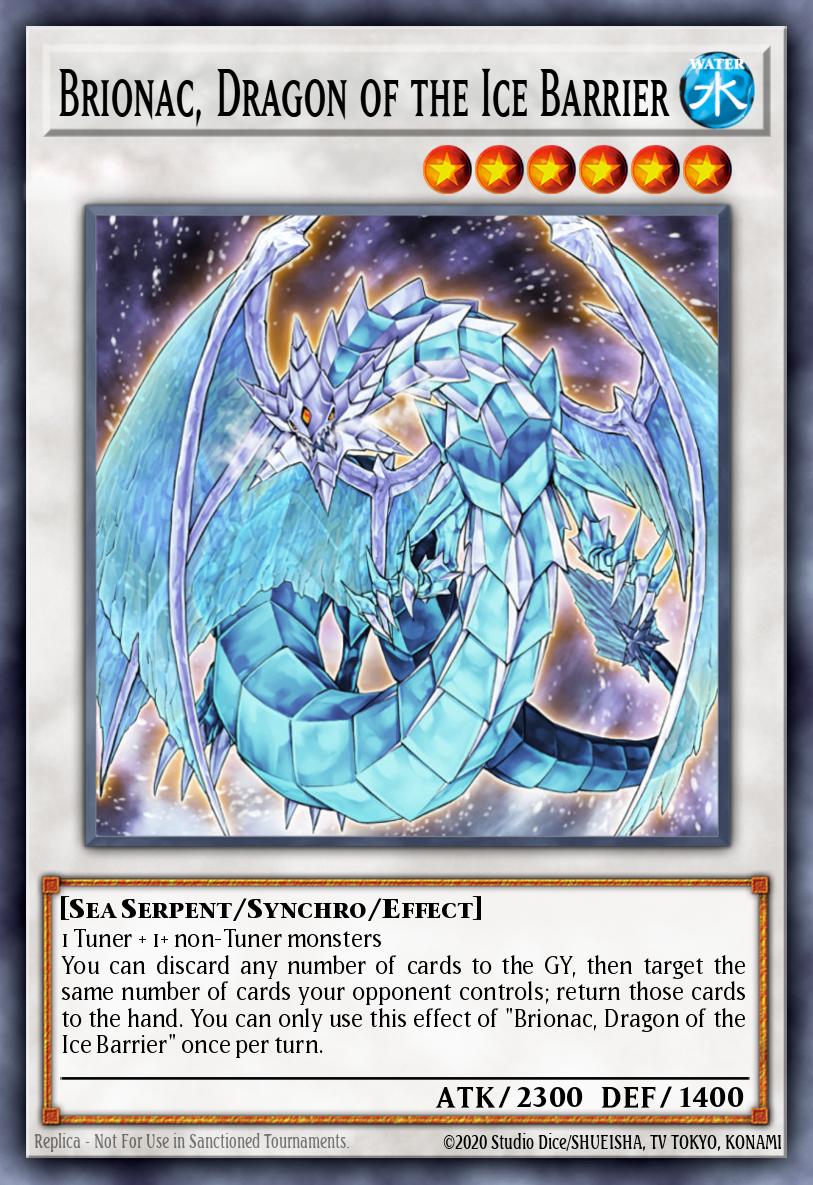
The first of these Synchros was Brionac, Dragon of the Ice Barrier. Brionac is a generic Level 6 Synchro with a powerful ability to discard any number of cards from your hand to return the same number of cards on the field to the owner's hand. This was a pretty potent removal for 2009 standards, and it gets even better when you consider this didn't have a hard once-per-turn on it. This meant you didn't have to discard all your cards at once and could just do it one at a time in the chance this effect got negated, and if it didn't, you could just keep discarding and bouncing cards over and over again. It also could have applications returning your cards to the hand to make use of anything lacking a once-per-turn clause. The best target to return was a copy of your Premature Burial since the card returning to the hand would not destroy the card it revived. Brio's run as one of the best Level 6 Synchros lasted until its ban in late 2012, where it wouldn't return to the game until early 2017 with an errata to make it a hard once per turn, as well as being unable to return cards you control to the hand. It has still seen some play since its return with said errata, but it overall wasn't the same as it was years prior. The card has also received a retrain in the form of Brionac, the Dragon of Icy Malevolence, but nothing has taken off with that card to the extent it did with the original.
The second Synchro to come along is Dewloren, Tiger King of the Ice Barrier. Dewloren is another Level 6 Synchro that isn't as generic as Brionac, needing your non-Tuners to be WATER monsters. That, however, doesn't take away from any power that Dewloren had. It spent most of its life either Semi-Limited or Limited due to its ability to return your cards to the hand for no cost, only being a soft once per turn. This has allowed for some FTK loops in the past, but none of them made a meta impact due to Konami's control of a card like this and keeping it on the Forbidden and Limited List for so many years. It didn't stop the card from seeing play in many Mermail Atlantean Decks, since it is one of the few strategies that can summon Dewloren and make use of its bouncing effect to potentially reuse Atlantean and Mermail monsters. It didn't stay in Mermail Atlantean Decks forever and it pretty much stayed under the radar until its errata to make it a soft once per turn into a hard once per turn. It's now at 3 and has seen no play since it got errata. It's unknown if it'll ever pop up again, but Dewloren has still had a noteworthy history.
Thirdly, we get to Gungnir, Dragon of the Ice Barrier. Gungnir is similar to Dewloren in that it can only use WATER monsters as its non-Tuners, the only main difference is that Gungnir is a Level 7 monster. This card has a simple soft once-per-turn ability to discard up to 2 cards to target the same number of cards the opponent controls and destroy them. It doesn't have the degenerate capabilities that Brionac and Dewloren have had, but it still found a place in Atlantean Mermail strategies as well. Not only do you get the discard to destroy the opponent's cards, but triggering the effect of Gungnir does help activate the effect of your Atlantean cards as well as a few of your Mermails. It was a relevant option in the Atlantean Mermail strategy for many years, but now it doesn't pop up as often as the Atlantean Mermail strategy has fallen off over the years. If another WATER Deck came along that could afford the discard cost, then you might be more likely to see Gungnir pop up again. It was the only Synchro in the archetype to not see the Forbidden & Limited List since nothing it did was necessarily broken. It's a good card just held down by the fact there aren't many WATER strategies to use it now.
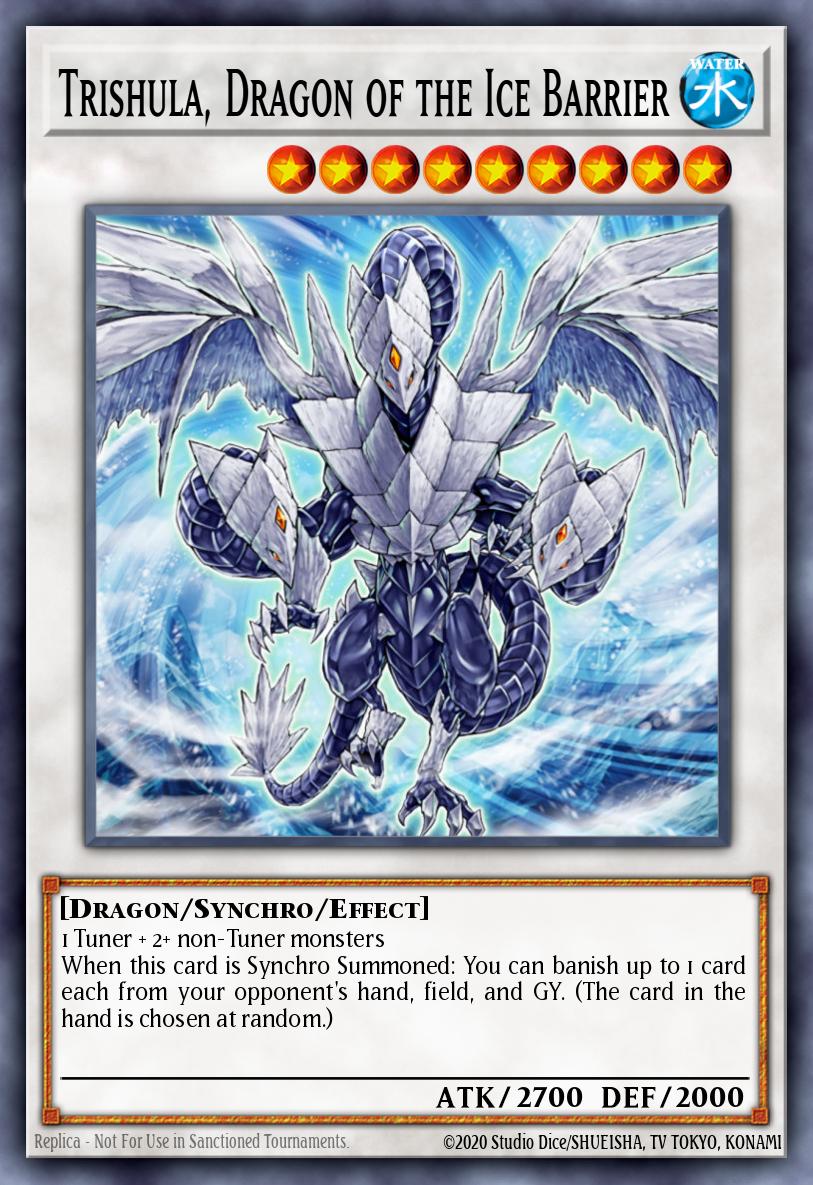
The best is arguably saved for last, with the final Synchro to cover in this archetype being Trishula, Dragon of the Ice Barrier. Trishula is one of the most iconic Synchros in the game's history, and for good reason. It saw a ton of play over the years for being a great generic Level 9 Synchro, the only catch was you had to use at least 2 non-Tuner monsters to summon it. In return, you get a monster that on summon would banish a card from the opponent's hand, field, and graveyard. Many Decks that could summon Trishula ran the card for how powerful the removal she offered was. Several Decks, like OCG Infernities, were able to spam out 3 of these in a turn to rip 3 cards from the opponent's hand, quickly getting it to Limited status. It still saw play after its limitation, mainly making its home in a Deck like Tengu Plants up until the card was banned in early 2012, but it later returned in the middle of 2015. It eventually returned to 3, but it went back to 1 in fears of the 2020 rule changes, but it didn't do enough to where it could return to 3 once again. Even with all those changes, the card still saw decent play over the years. The hand rip is strong on its own, and the field and graveyard rip are also pretty solid. The card got 2 retrans with Trishula, the Dragon of Icy Imprisonment, and Trishula, Zero Dragon of the Ice Barrier, but the former saw limited play and the latter never really took off. It's still a mark to the legacy that Trishula has left on this game and it's a card likely to see play in some strategies able to Synchro Summon it for years to come. Overall, this does mark a pretty solid impact from the Ice Barrier archetype on this game, but never as a pure strategy.
Flamvell and Neo Flamvell
The third archetype worth discussing is the FIRE tribe of the Duel Terminal, Flamvell. This is the first archetype with a sub-archetype as well in Neo Flamvell and overall, both archetypes have made the FIRE Attribute associated with having 200 DEF for the remainder of the game's history. This is due to how powerful Rekindling is as a card to revive many of your FIRE monsters with 200 DEF to open up many plays for you. Rekindling made a bigger impact outside of Flamvell, despite basically being a Flamvell card, but that's a discussion for Part 2. With that said, Flamvells was able to find a little bit of success as something close to a proper strategy. The main thing is to summon Flamvell Firedog to try and destroy a monster in battle and try to summon a Flamvell Tuner from the Deck since they all meet the 200 or less DEF requirement for Firedog.
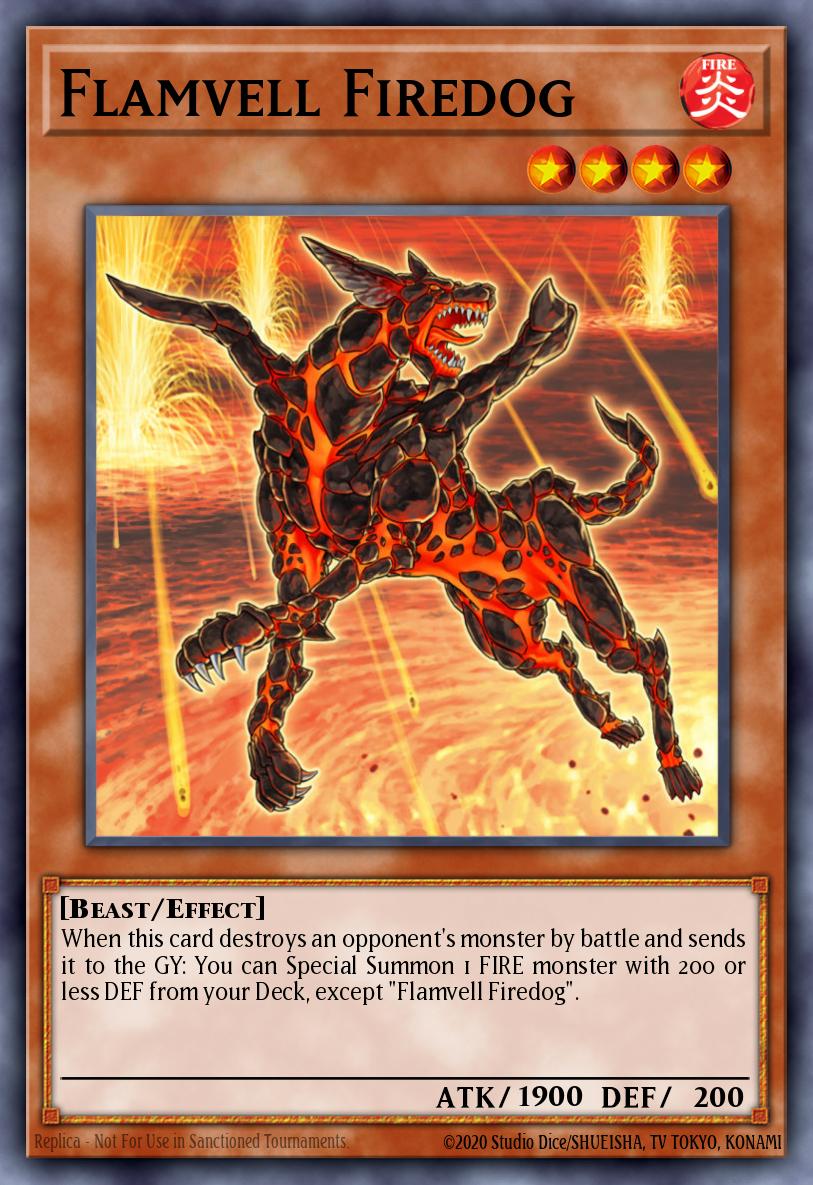
The archetype having Tuners from Levels 1 to 4 is nice for various Synchros, but these Tuners don't have effects that are all that great, basically making them vanilla monsters. The slower-paced format of 2009 to 2011 still allowed for something that could be close to being considered a Flamvell Deck viable, though it was Firedog, some Tuners, and Rekindling, but success is still a success. After Flamvells fell off, Firedog at least found a home in Fire Kings, a few Battlin' Boxer, and a Hazy Flame list due to some monsters having 200 DEF or less, so if you don't count Rekindling, then Flamvell Firedog is the standout of the archetype. Besides Firedog, the main other Flamvells to see play were Flamvell Magician, Flamvell Archer, Flamvell Grunika, and Flamvell Poun, and all were mainly just for Firedog targets. None of the Neo Flamvells have any results. Overall though, the archetype was decent in 2010 and 2011 and is even one of the standout Decks for Edison format.
X-Saber and XX-Saber
Now we go to the EARTH tribe of the early Duel Terminal days to look at the X-Sabers and XX-Sabers. Now this is certainly one of the more successful archetypes from the earlier days, but first to talk about the standalone success stories. X-Saber Airbellum was a good Level 3 Beast Tuner to use during the days of Synchro Cat to help make your Level 5 and 6 Synchros off a single Rescue Cat. The effect Airbellum has to discard a card if it lands a direct attack and does damage is a nice bonus as well. X-Saber Urbellum was also solid as one of the early generic Level 7 Synchros when you didn't need Black Rose Dragon to nuke the field and when Dark Strike Fighter was banned. X-Saber Palomuro is nice as a Level 1 EARTH Reptile Tuner that's searchable off King of the Feral Imps, but the monster you used it for will be discussed later. XX-Saber Gottoms has some niche use in anything that can meet the material requirement since its effect to hand rip the opponent is very strong, especially in Decks that can use it multiple times a turn. The biggest standalone success, however, goes to M-X-Saber Invoker for its ability to summon a Level 4 EARTH Warrior or Beast-Warrior in so many different strategies that can make a generic Rank 3 when the card wasn't banned.
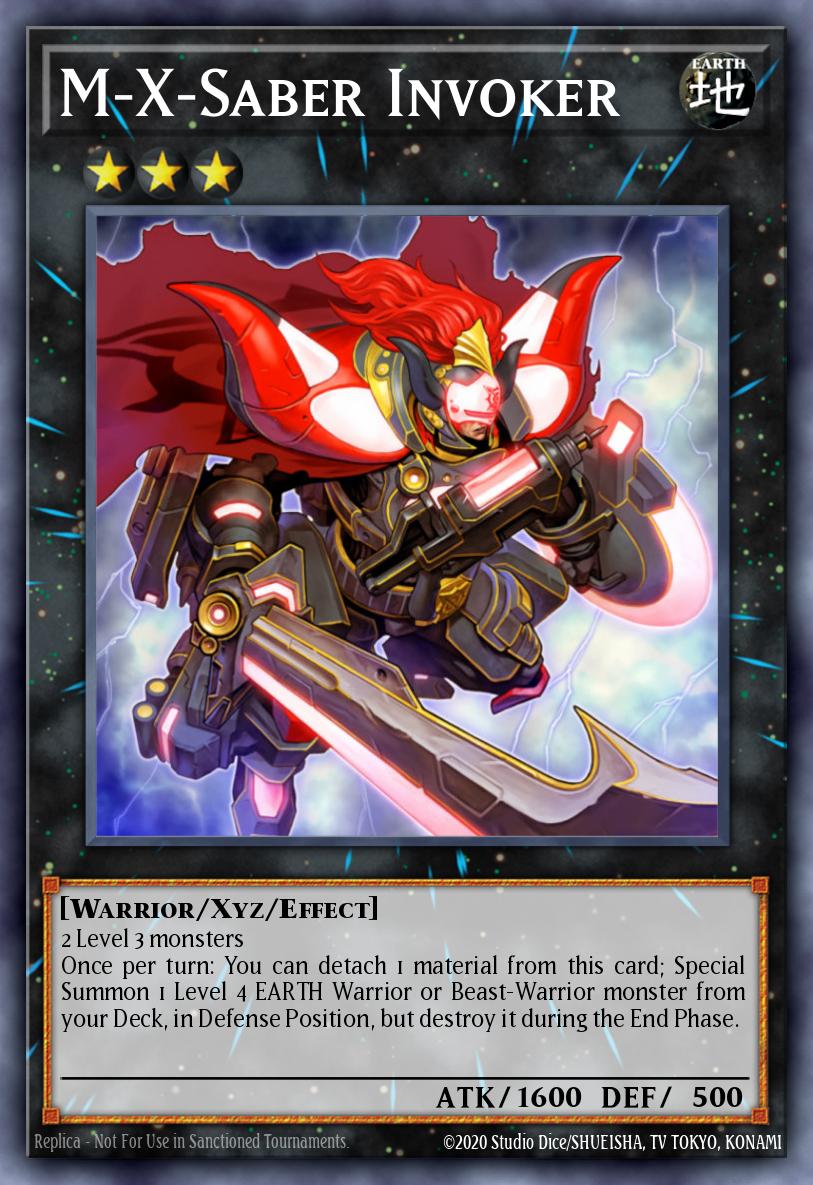
Now to get to the Deck's success as a proper strategy, it was mainly carried by TCG Exclusives. Sure you had nice cards from core sets like XX-Saber Faultroll, XX-Saber Hyunlei, and the aforementioned XX-Saber Gottoms, but the best cards came from the TCG side of things. XX-Saber Emmersblade was a great way to float into most of your X-Saber monsters upon being destroyed in battle. XX-Saber Fulhelmknight had a nice attack negation ability on a Tuner, plus being able to revive an X-Saber if it destroyed something in battle. XX-Saber Boggart Knight was a great Normal Summon to get another X-Saber out of your hand to make Faultroll live as well as helping you make your Synchros. Finally, for TCG exclusives, you had XX-Saber Darksoul to reward you for using it as Synchro Material by searching for an X-Saber during the End Phase. There was even a period where it kept counting the number of times it went to the graveyard, getting multiple searches off a Darksoul you could keep reviving.
The Deck had a good lineup of monsters, especially thanks to the TCG. There were decent swarming capabilities off the monsters with Emmersblade summoning from Deck, Boggart Knight from hand, and Faultroll from the graveyard. Darksoul also gave a little bit of consistency as well, alongside the 1-of Rescue Cat you could run at the time. Airbellum, Urbellum, and Gottoms were both decent for ripping cards from the opponent's hand, while Hyunlei could destroy the opponent's Spells and Traps. All that alongside the generic Syncrhos you had access to, alongside the archetype's Spell and Trap support with Saber Slash for monster removal, Saber Hole for summon negation, and Gottoms' Emergency Call for revival all made for a decent 2010-2011 strategy.
Mist Valley
The fourth and final tribe from the early Duel Terminal days is the WIND-based Mist Valley archetype. Mist Valley's game plan is simply using abilities to return cards to their hand for their effects. It's not the strongest of the Duel Terminal archetypes easily, but of course, there are always a few standouts. Mist Valley Baby Roc ironically has a better use in a different Duel Terminal archetype that's better than what it can do for Mist Valley. Mist Valley Apex Avian has seen a ton of use over the years in certain Pendulum strategies alongside the Floowandereeze Deck. Divine Wind of Mist Valley is a pretty strong Field Spell to summon WIND monsters from the Deck, hence why it was limited for a time and why you might see sporadic use of a card like Mist Valley Falcon. Finally, if we want to talk about honorary members, Mist Wurm was a good generic Level 9 Synchro for a time due to its ability to bounce up to 3 cards on the opponent's field to the hand, but it was later replaced by Trishula in most cases.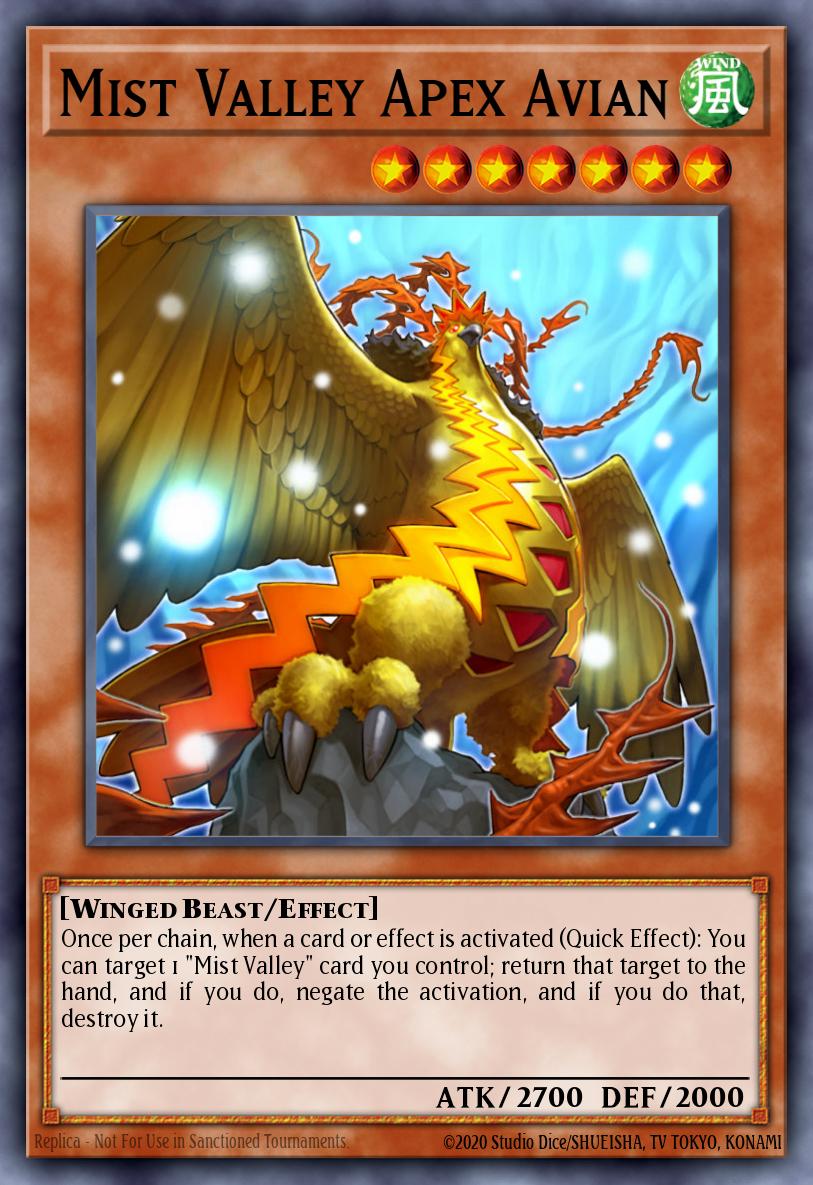
If you want to talk about Mist Valley as a Deck, there isn't much there. Overall, I could only find 1 Regional top from the Deck's history, and the game plan seems to use several self-bouncing abilities to make use of Divine Wind to help make several Synchros and Xyzs. Mist Condor is another good honorary member of this Deck, and of course, you got Mist Valley Falcon. You can see Mist Valley Soldier used as a 1-of since the archetype was one of the few in the early days of Synchros to have a Level 4 Tuner, helping make Level 8 Synchros with greater ease. You can also use Rescue Rabbit to summon 2 copies of Mist Valley Watcher from the Deck since it is a Level 4 Normal. It wasn't too successful of an archetype, but honestly finding a single Regional-topping list does exceed my expectations from this archetype.
Ally of Justice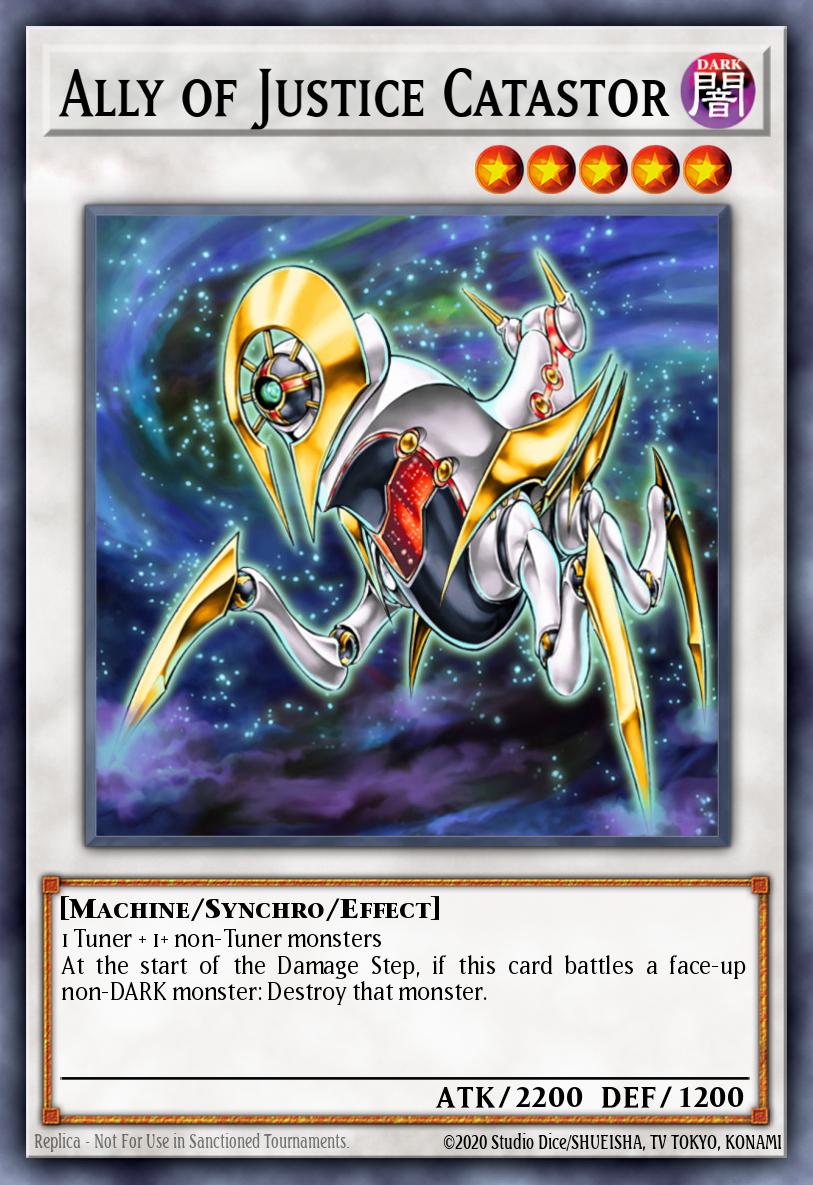
Now for the archetype the 4 tribes worked together to stop the Worm invaders, the Ally of Justice. The Ally of Justice archetype is hard centered around countering LIGHT monsters, and in some instances face-down Defense Position monsters as well. The archetype only serving to satisfy this extreme niche made it next to impossible to be a meta contender, and the Deck as a proper strategy did nothing over the years. With that said, there are a few standout monsters in the archetype that have made a splash. Two of the best monsters the archetype had to punish LIGHT-centric archetypes were Ally of Justice Quarantine to turn off their Special Summons, and Ally of Justice Cycle Reader to remove multiple LIGHT monsters from the opponent's graveyard. Ally of Justice Core Destroyer also saw a little bit of use for its ability to destroy any LIGHT monster it battled. Ally of Justice Decisive Armor was a strong Level 10 Synchro that could punish any LIGHT-based strategy to near-lethal degrees with its burn ability and option to remove backrow and other Set cards. Finally, the biggest success from the archetype was Ally of Justice Catastor, which was a generic Level 5 Synchro that destroyed any monster it battled if said monster wasn't a DARK Attribute, making it one of the best Level 5 Synchros for many years. Ally of Justice didn't have a ton of success, but it did offer some nice counters to LIGHT monsters and a very strong Level 5 Synchro for the early Synchro Era, so it at least had something going for it.
Genex, R-Genex, and Genex Ally
Now that the first four tribes, the evil invaders, and their hard counters are covered, let's explore the rest of the Duel Terminal world by going into the Genex archetype. The Deck tries to have consistency and swarming with multiple searching and Special Summoning abilities, but overall the Deck was too slow to work on its own. That's not to forget the fact it had 2 sub-archetypes spin-off from it with both R-Genex and Genex Ally. Despite the archetype's lack of success as a cohesive strategy, there are a bunch of good single cards in said archetype that did find a place.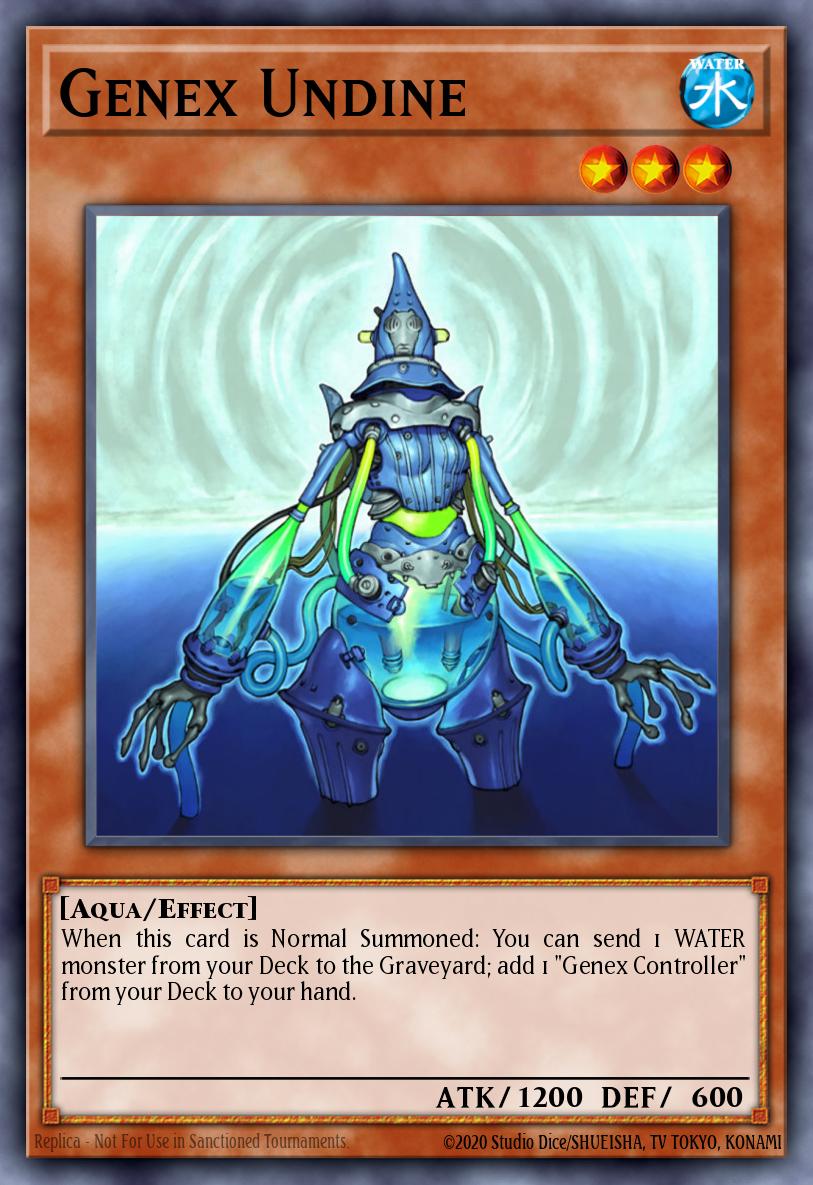
Genex Ally Duradark had a niche amount of success in a select few Side Decks for its ability to destroy any monster in Attack Position with the same Attribute as it, which is normally DARK. Genex Ally Remote was a Level 3 Machine Tuner that a few Karakuri OTK strategies decided to play in 2013 just to have more Tuners in the Deck. Genex Ally Triarm saw use in a Mermail strategy since using a WATER monster as the non-Tuner let you rip a card from the opponent's hand, and the card could fit somewhat naturally since Mermails already ran Genex Undine to send Atlanteans from Deck to grave to search for the Level 3 Tuner Genex Controller. Genex Ally Triforce was also run in a few Decks like a Worm Deck, some Agent Decks, and a Fire Fist Deck since its ability for using a LIGHT non-Tuner helped revive LIGHT monsters, and a FIRE non-Tuner burned the opponent for the ATK of any monster it destroyed in battle. Locomotion R-Genex is a fine Synchro for DARK Decks that can use a Genex Tuner since it can take control of the opponent's monster with the highest Level. Genex Blastfan was used in the Mist Valley Deck from earlier since Divine Wind could summon it from Deck and trigger its ability to search a DARK Genex. The main target, and one of the better Genex monsters, was Genex Ally Birdman for its ability to bounce a monster back to your hand to Special Summon itself, comboing with Divine Wind well, and offering a ton of looping potential to a point where it was Limited for many years. One of Birdman's best homes was Geargia Karakuri since it could bounce Geargiaccelerator back to the hand, which could then re-Special Summon itself, while you summoned a Tuner to help summon the Karakuri Synchros. The last Genex to see any real play was Genex Neutron, used in many Karakuri Decks to help search for their Tuner monsters during the End Phase so the Deck can play on the next turn.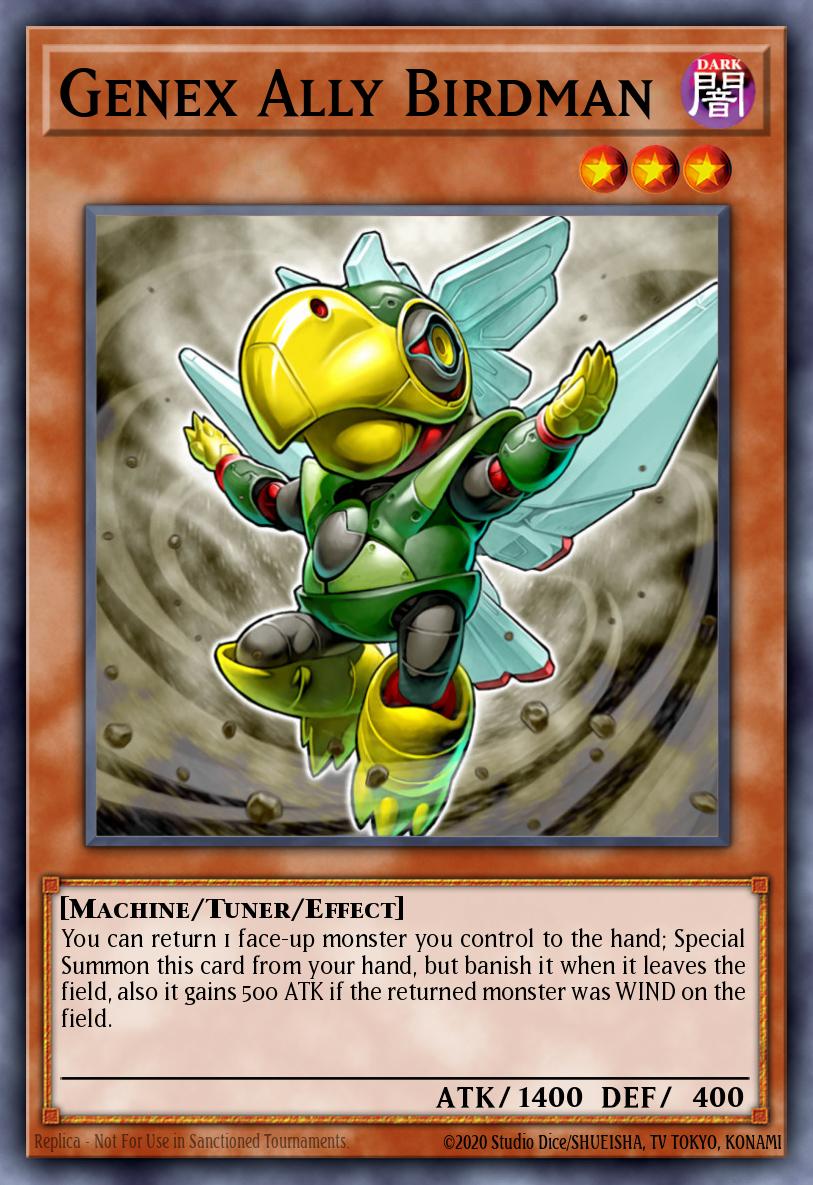
Overall, this is yet another archetype with not a lot of success. Most of the Genex cards that ever saw any play were mostly niche and hardly ever run at all, to be honest. The few exceptions here are Genex Neutron being in multiple Karakuri Decks, the Genex Undine and Genex Controller package being a near staple for many Atlantean Mermail Decks, and Genex Ally Birdman for all the combo potential it allowed. The playstyle sounds like it could work in theory, but it needs a lot of modern support to help make it work now.
Naturia
Now we look at the peaceful Naturia Deck, whose playstyle is to mainly stop the opponent from making their plays while the Naturia Deck swarms enough bodies on board to go into their Extra Deck. For many years, the Extra Deck monsters were what stood out from the archetype since the rest of it wasn't played. The archetype gave 3 pretty good Synchro monsters to help negate Spells, Traps, and monster effects. All 3 Naturia Synchros need EARTH Tuners and EARTH non-Tuners to summon, making them exclusive to certain strategies. Naturia Landoise was the monster effect negation and the least common of the 3 Naturia Synchros since it did need to discard Spell Cards specifically to negate monster effects. Naturia Barkion negated Traps by banishing 2 cards from your graveyard, making it a good card to run when the format gets more Trap heavy. Finally, for the Synchros, you got Naturia Beast to negate Spells by sending the top 2 cards from your Deck to the graveyard, making it easily the best of the Naturia Synchros, and the only one I've ever seen some players request the ban of over the years. Besides those three, you got Naturia Exterio serving as a powerful Fusion you could cheat out with cards like Cyber-Stein and Waking the Dragon to get a monster that can negate all the opponent's Spells and Traps just by sending the top card of your Deck to the graveyard and banishing a card from said graveyard, it was never a card you hard Fusion Summoned since it needed both Beast and Barkion.
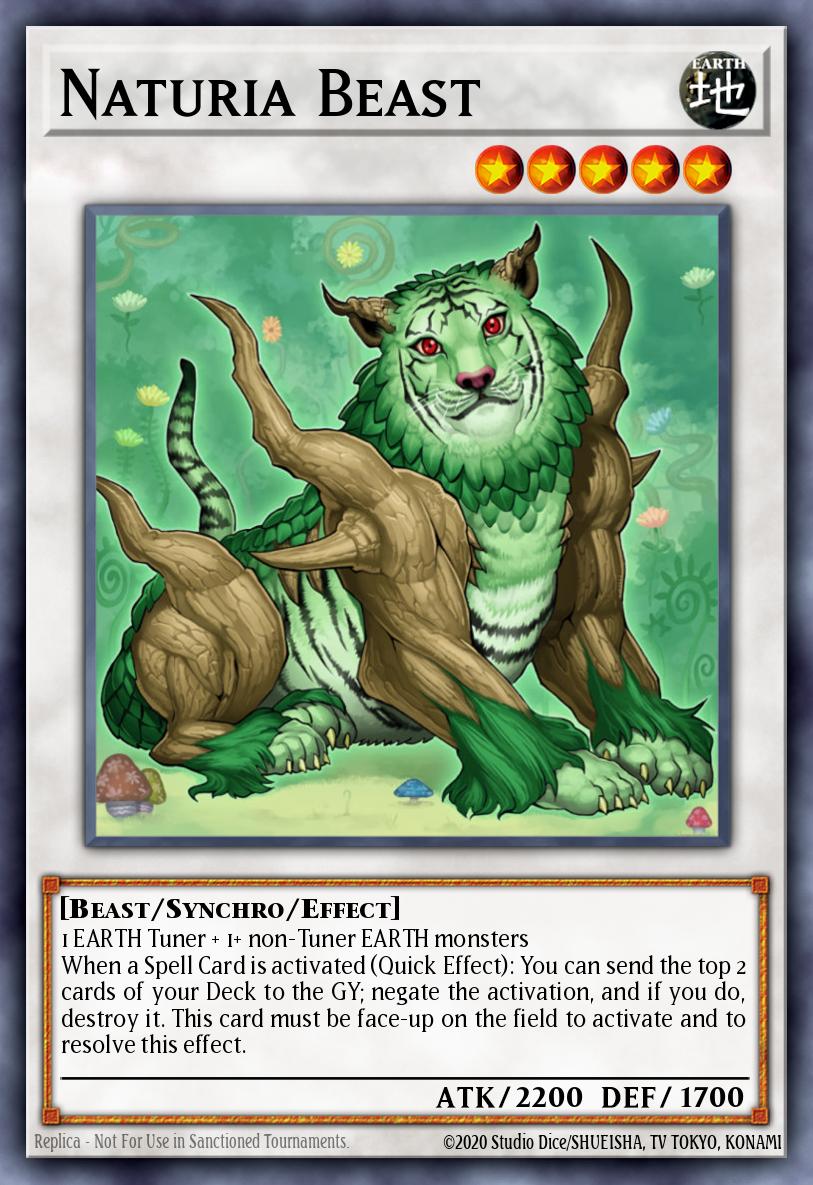
For many years, the Extra Deck monsters were the only Naturia cards ever ran. However, in 2022, the archetype got some legacy support that saw a ton of play. Naturia Mole Cricket was a very strong card to tribute in order to summon a Naturia from the Deck, or up to 2 if the opponent controlled the strongest monster on the field. It's pretty good to get to any Naturia you need, especially since it's a Quick Effect and it could revive itself if either the opponent summoned from the Extra Deck or you summoned a Naturia from the Extra Deck. Naturia Camellia was also great for sending Naturia cards from Deck to grave, helping send Naturia Sacred Tree to search for a Naturia Blessing to serve as revival for the Naturia archetype. It could also replace the tributing effect of any Naturia by instead sending the top 2 cards from your Deck to the graveyard, working with the aforementioned Mole Cricket very well, alongside the old Naturia Sunflower for some monster effect negation. Now, pure Naturia didn't work well still, but Runick Naturia was great for Runick's ability to have many versatile Spells for removal and disruption, alongside the milling of Camellia and Naturia Beast putting Spells in the graveyard you could put back with Runick Fountain. Runick Naturia was pretty good, but eventually, Sacred Tree went to 1, basically eliminating the viability of this strategy, but at least Naturia somewhat worked as an archetype finally. Besides Runick, however, Naturia also worked with the Ishizu cards for milling and recycling of your Sacred Trees and Blessings. You also had Vernusylph synergy for generic EARTH support, helping spotlight more Naturia cards like Naturia Antjaw, Naturia Horneedle, Naturia Stinkbug, Naturia Vein, and Naturia Rosewhip. The Rosewhip later mentioned is also good in Rikka Sunavalon for its ability to limit the number of Spells and Traps the opponent can use in a turn while also synergizing with the Deck due to its Plant-typing.
Fabled and The Fabled
Now we get to Fableds and The Fableds, basically being another version of Dark Worlds since they all focus on discarding. The thing that should be mentioned is that Fabled is a worse Dark World if I'm being honest. Sure, Fableds trigger off being discarded in any way while Dark Worlds have to be via card effects, but there's just not as much going for Fabled as there is Dark World. Only a few of the Fabled cards do anything noteworthy. There are solid Extra Deck cards like The Fabled Unicore to negate all the opponent's cards and effects if you can get both players' hand sizes to match, as well as Fabled Ragin to draw until you have 2 cards in your hand when your hand size is small at the moment. Sure you got cards like The Fabled Cerburrel and The Fabled Ganashia to Special Summon themselves off being discarded, but they are only of a few Fabled monsters to do so. Fabled Krus at least revives any Level 4 or lower Fabled upon discard. Fabled Grimro is pretty good if you already control a Fabled since she can then discard herself to search another Fabled. Some of the better discard effects that Fabled have are Fabled Kushano and The Fabled Chawa, besides that, you need outside support. 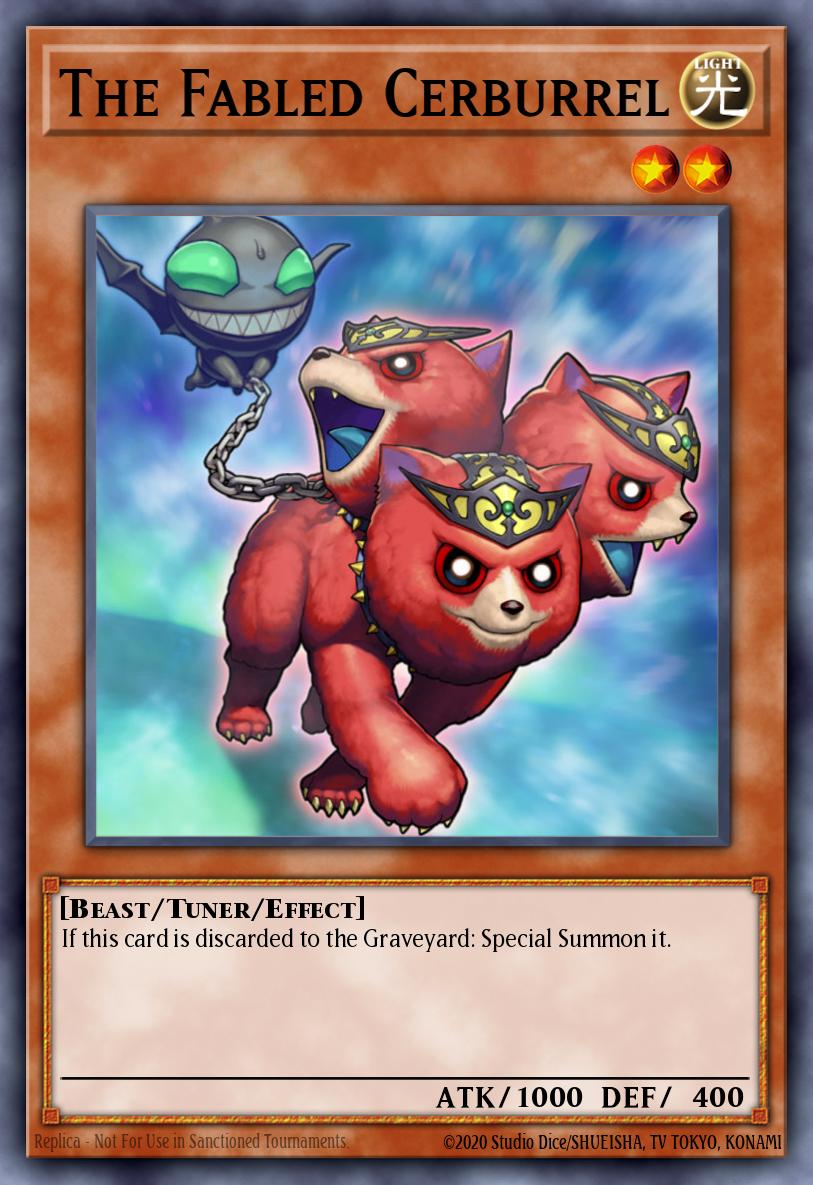
Outside a Fabled Deck, you saw cards like Fabled Raven in Dark World strategies to give the archetype more discarding options while also being a Tuner to help the Deck make Synchros. The Fabled Cerburrel was used in a few Racoon Decks and a Runick Synchro Deck since it's a Level 2 Beast Tuner that revives itself upon being discarded, synergizing with both strategies. The Fabled Catsith was used in some Blue-Eyes Decks in 2016 since it's a Level 1 LIGHT Tuner you can search off Sage with Eyes of Blue and trigger its effect to destroy a face-up card with something like The Melody of Awakening Dragon. Finally, Fabled Soulkius was used in some Burning Abyss Decks in 2018 that were trying to turbo out Beatrice, Lady of the Eternal the proper way. Besides those few cards being used outside Fabled, the Fabled Deck only had 1 top, which was a Top 32 at a YCS in 2011, and the strategy was basically as was described earlier. It's a decent casual Deck, to be honest, but the lack of good discard effects and options, alongside only having 1 Spell total in terms of Spells and Traps kept the Deck under Dark World's shadow.
Jurrac
The second to last archetype for part 1 is a rare Dinosaur archetype in the game, the Jurracs. Jurracs are a bunch of FIRE Dinosaurs who like to focus on monsters having 1700 ATK, and it's a beatdown strategy. It is basically modernized Amazoness with a few Synchros, and if Amazoness didn't work in 2004, this certainly wasn't going to work. Jurracs might be one of the worst of the Duel Terminal archetypes out there. The Deck is pretty slow overall, due to most of the monsters not swarming well enough to help with the deck's high-level monsters and Synchros. With that said, there are a few Jurracs that did things in the meta.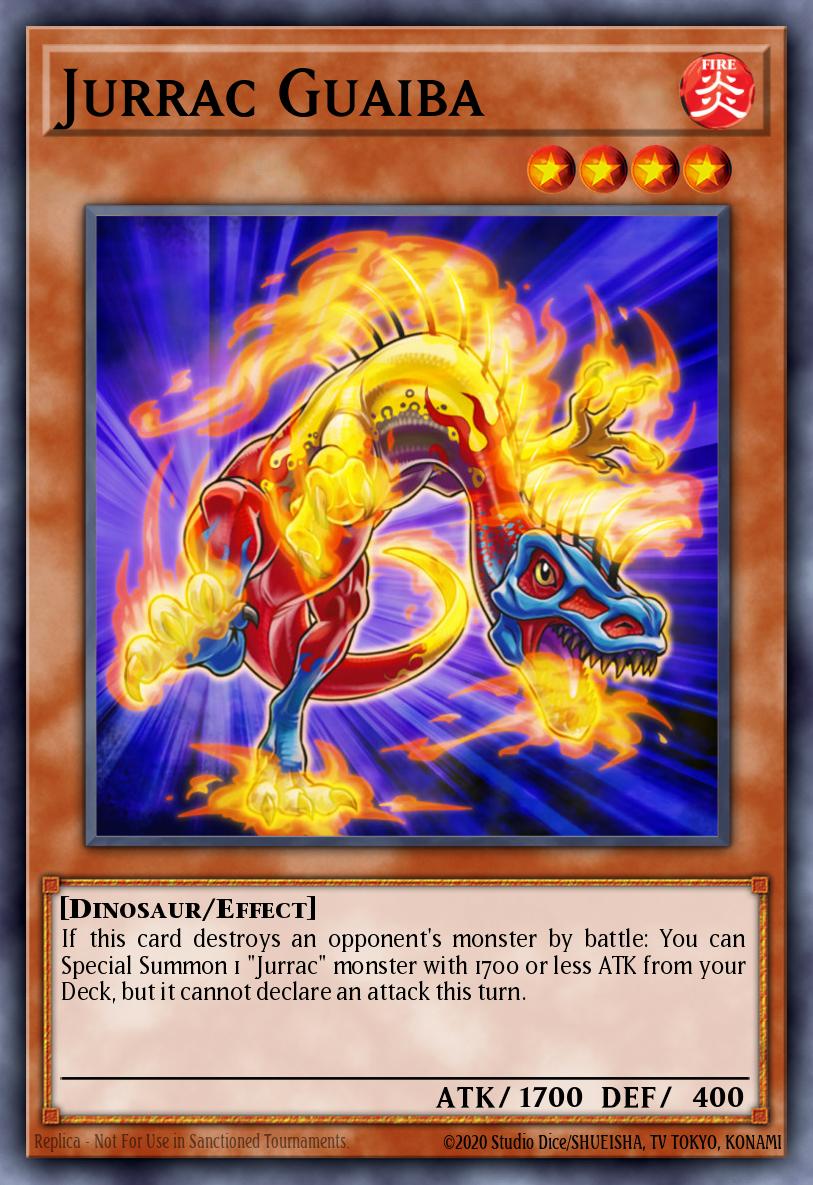
Jurrac Titano was a very niche option in Dinosaurs since it is technically a FIRE monster for True King Agnimazud, the Vanisher if you wanted. Jurrac Dino was also niche in Dinosaurs since it was a Level 3 Dinosaur Tuner, but the better Dinosaur Tuner was Jurrac Aeolo since it being Level 1 helps make cards like Denglong, First of the Yang Zing, and Trishula so the Deck could make True King of All Calamities easier. Besides those, Jurrac Guaiba was the earliest Jurrac to see play, having a role in Dino Rabbit to destroy monsters in battle so it can summon another copy of itself from the Deck to help make Xyzs like Evolzar Laggia and Evolzar Dolkka. Guaiba only bested Hydrogeddon by 100 ATK, but you take higher ATK on effects like this all the time, even if you give up the ability to attack with the monster you summon. Jurracs is a pretty subpar archetype, not offering a lot of cards to serve good enough niches, but at least they had something I guess.
Dragunity
The final archetype to cover is another one of the better archetypes from the early lore, the Dragunity archetype. This archetype is full of Winged Beasts and Dragons who are based on the Winged Beasts equipping the Dragons to help make Synchro plays. They even have a super strong Field Spell to support Dragons generically in Dragon Ravine, which got better when Dragunity Knight - Romulus came out to search for it. Besides that, Dragunities were able to stand alone as an archetype.
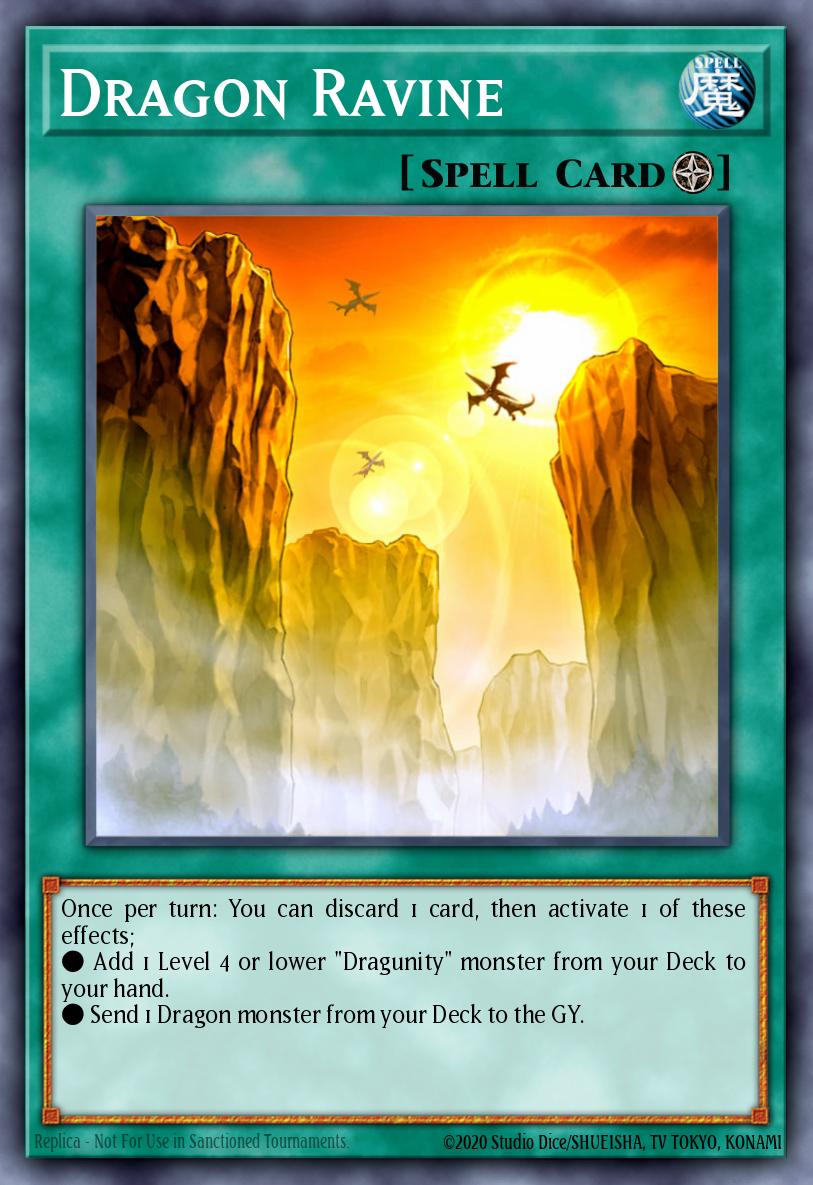
The combo of Dragunity Dux and Dragunity Phalanx was pretty good to get to Level 8 Synchros by first climbing into Dragunity Knight - Vajrayana. It was pretty consistent as well with the aforementioned Dragon Ravine alongside Dragunity Knight - Gae Dearg searching for the combo pieces you needed, which does include the aforementioned Baby Roc from the Mist Valley archetype. Dragunity Arma Mystletainn also helped make a Level 8 Synchro if you only drew into the Phalanx, just had to summon the Phalanx and send it off for Mystletainn to then equip and summon said Phalanx. The Deck's best era was when Tempest, Dragon Ruler of Storms was legal at 3, using Dragunities in grave to summon itself and being able to discard itself and a WIND to search for any Dragon to combo with.
Besides that 2013 success, Dragunities did have a top with Dragonmaids in 2022 after getting some more great cards like Dragunity Arma Gram, Dragunity Remus, Dragunity Legatus, Dragunity Glow, and Dragunity Knight - Ascalon as legacy support over the years. There was also a boost with Bystials being good for Dragons, also helping Dragunities top more and find use for more great cards like Dragunity Senatus, Dragunity Couse, and Dragunity Knight - Areadbhair. All the new support either boosts consistency like Glow, Remus, or Romulus, can help combo off more like with Legatus, Senatus, and Couse, as well as offers more boss monsters with Ascalon and Areadbhair. Dragunity has so many good cards for the archetype that it could take a whole article in of itself to discuss it all, and that's not to mention other good cards like Blackwing - Zephyros the Elite and Garuda the Wind Spirit in the Deck to name a few other cards. All the legacy support has a place in Dragunity, making it a great Deck with rogue potential all the time, especially as it gets more legacy support and generic Dragon support.
Conclusion
Overall, it isn't that bad of a start for the Duel Terminal. X-Sabers and Dragunities are easily the biggest success stories from this early lore, and these archetypes did give some of the best Synchros in the game. This article might not tell the full story, though, since there were a ton of cards from each archetype I didn't mention cause they were so subpar or bad. It was certainly an era for the Hidden Arsenal sets where you had to go through a lot of pack filler to find the hidden gems, but hidden gems they were. Each archetype of course varied in success levels, Konami had not perfected the idea of archetype design yet, giving a ton of pretty rough archetypes in earlier years. Part 2 will show an improvement in archetype design at least on a casual level at the very least, but how good was the stuff competitively? Well, I guess we have to wait and see when I go through the later Hidden Arsenal archetypes.

